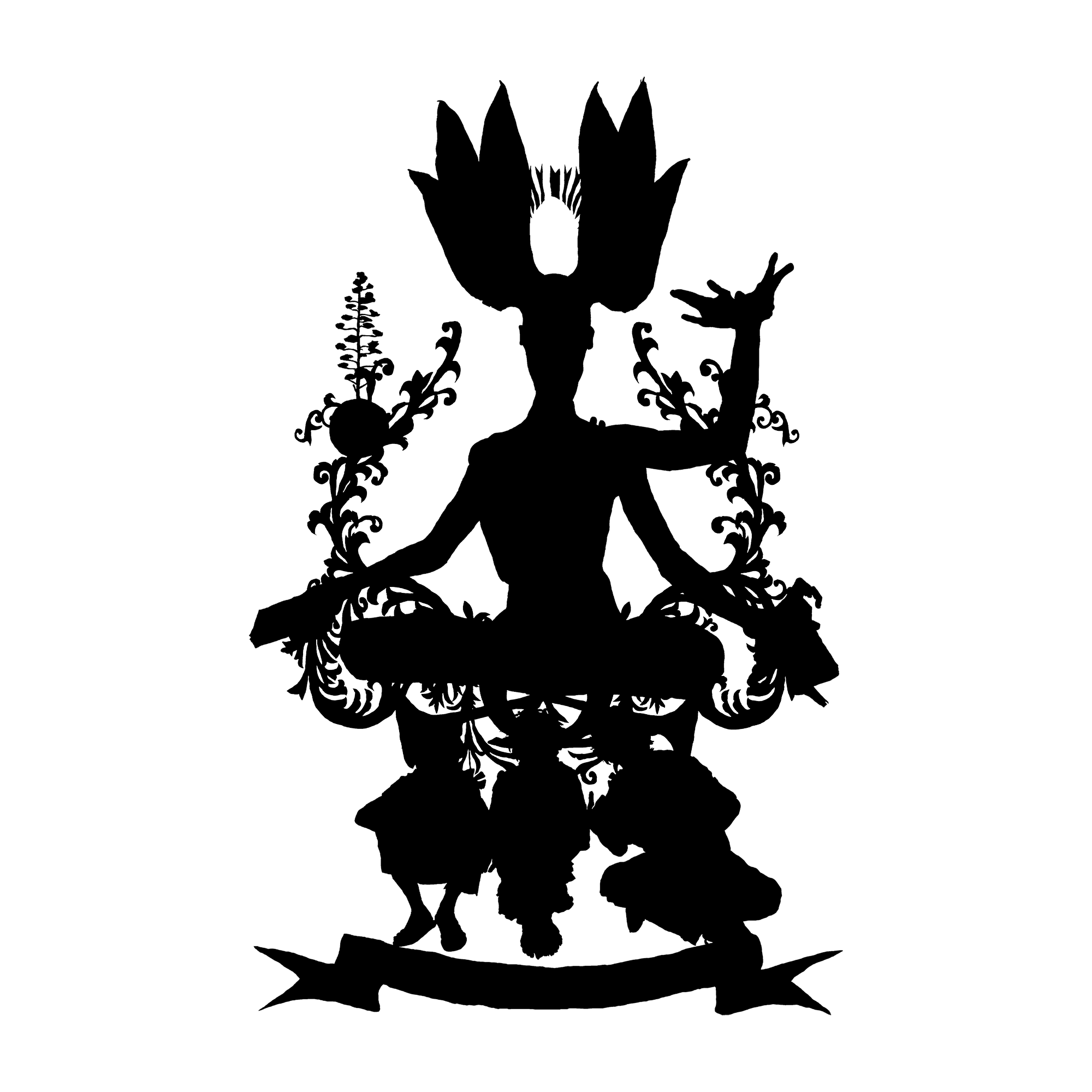C. M. Kosemen
Artist and Researcher
***
Research & inspiration
This is my research and inspiration page.
None of the content on this page belongs to me.
All images have been found online or in their respective sources, and have been reproduced here for non-commercial purposes.
Sources and artists have been indicated wherever possible.
The previous incarnation of this page can be seen here.
***
John Gaughan's illustrations of alien war castes from The Dragon Masters by Jack Vance
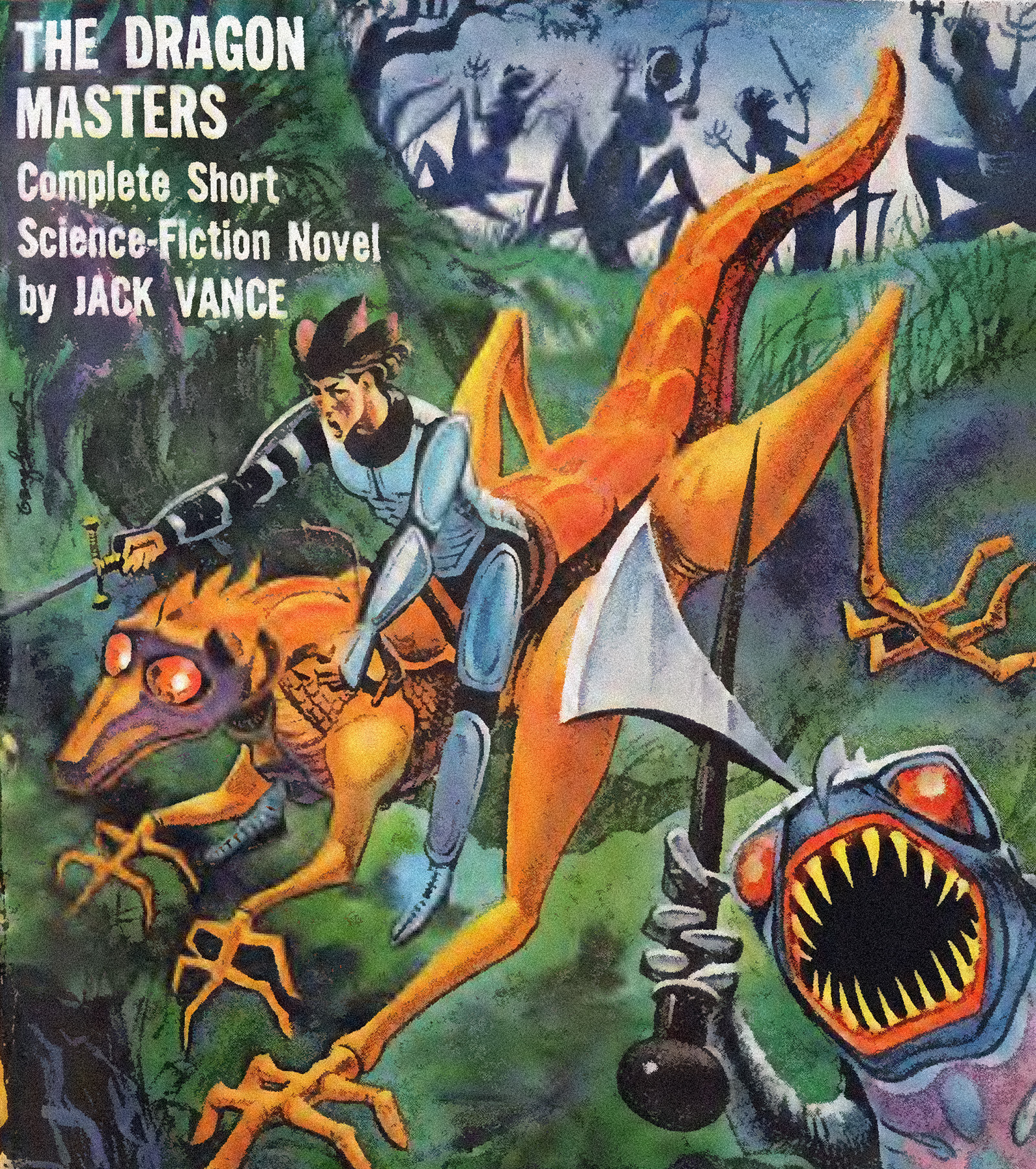
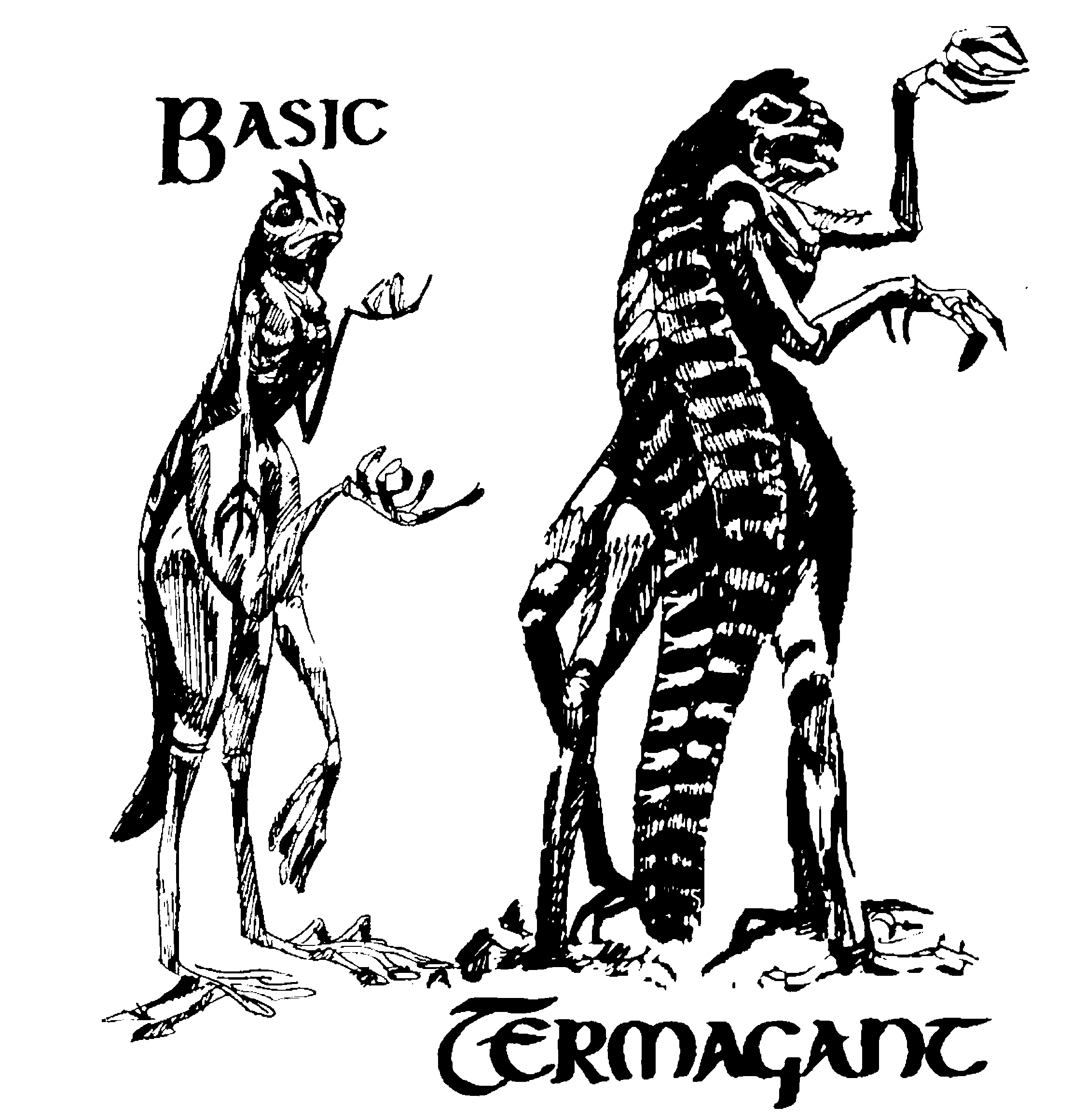
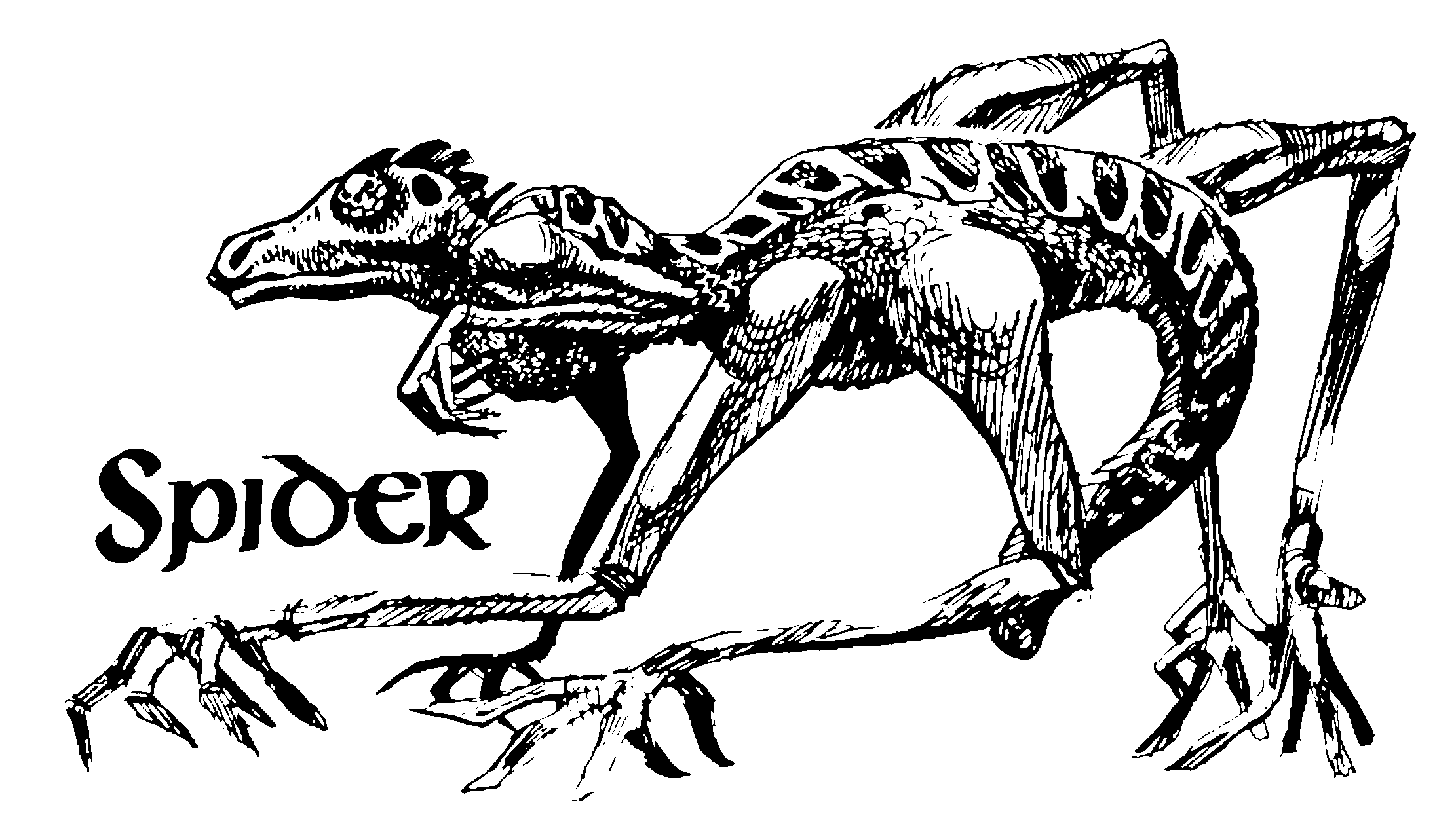
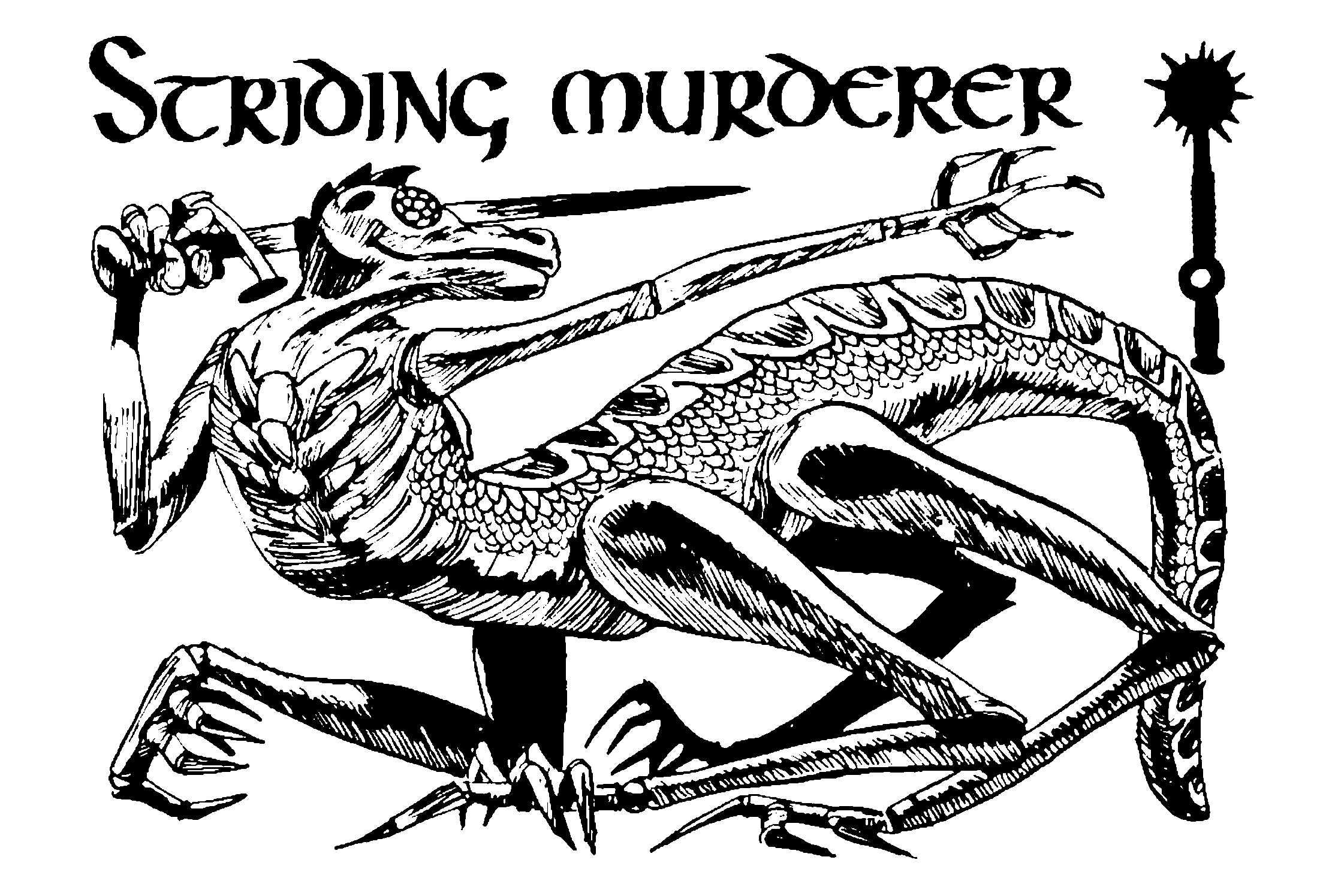
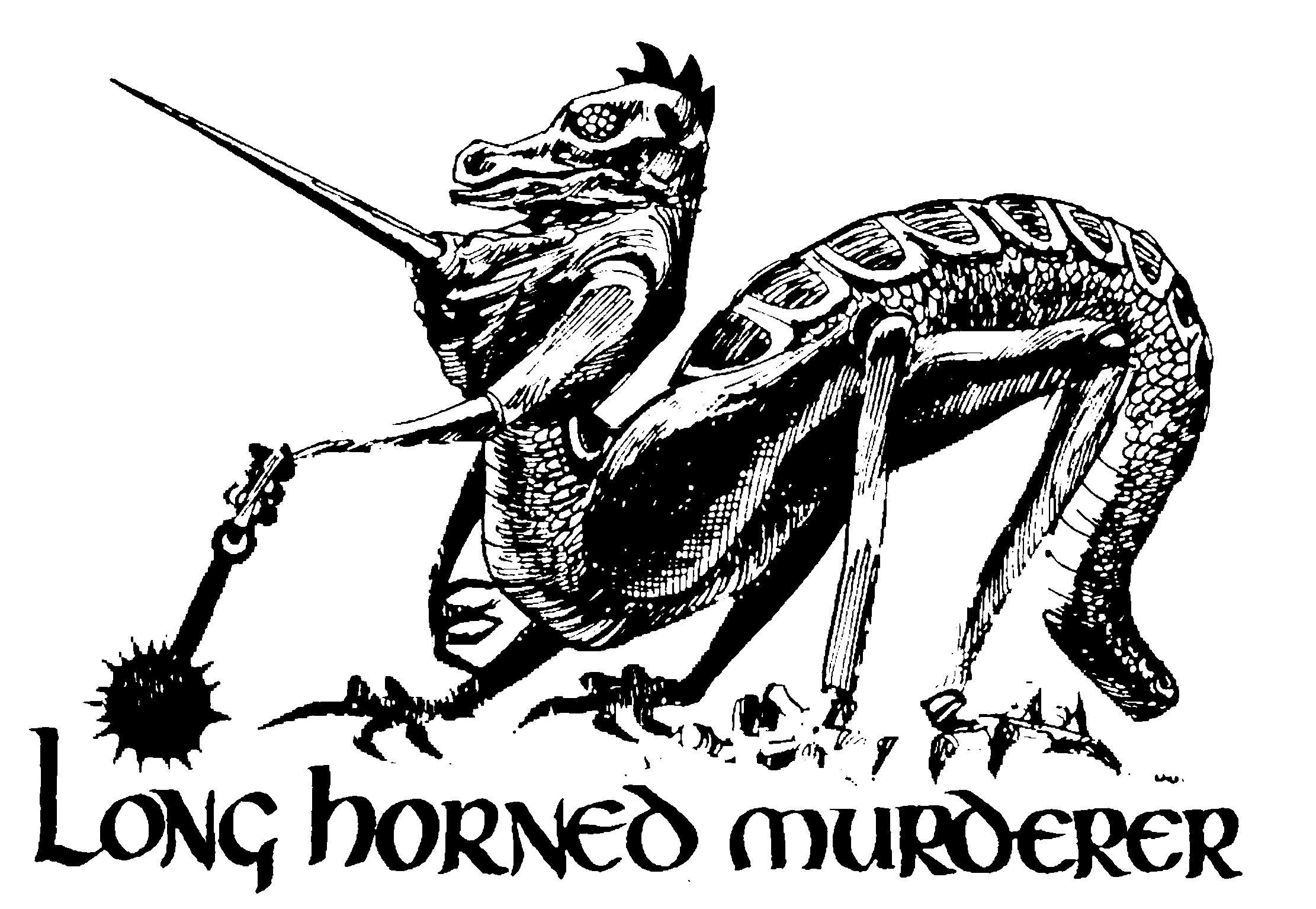
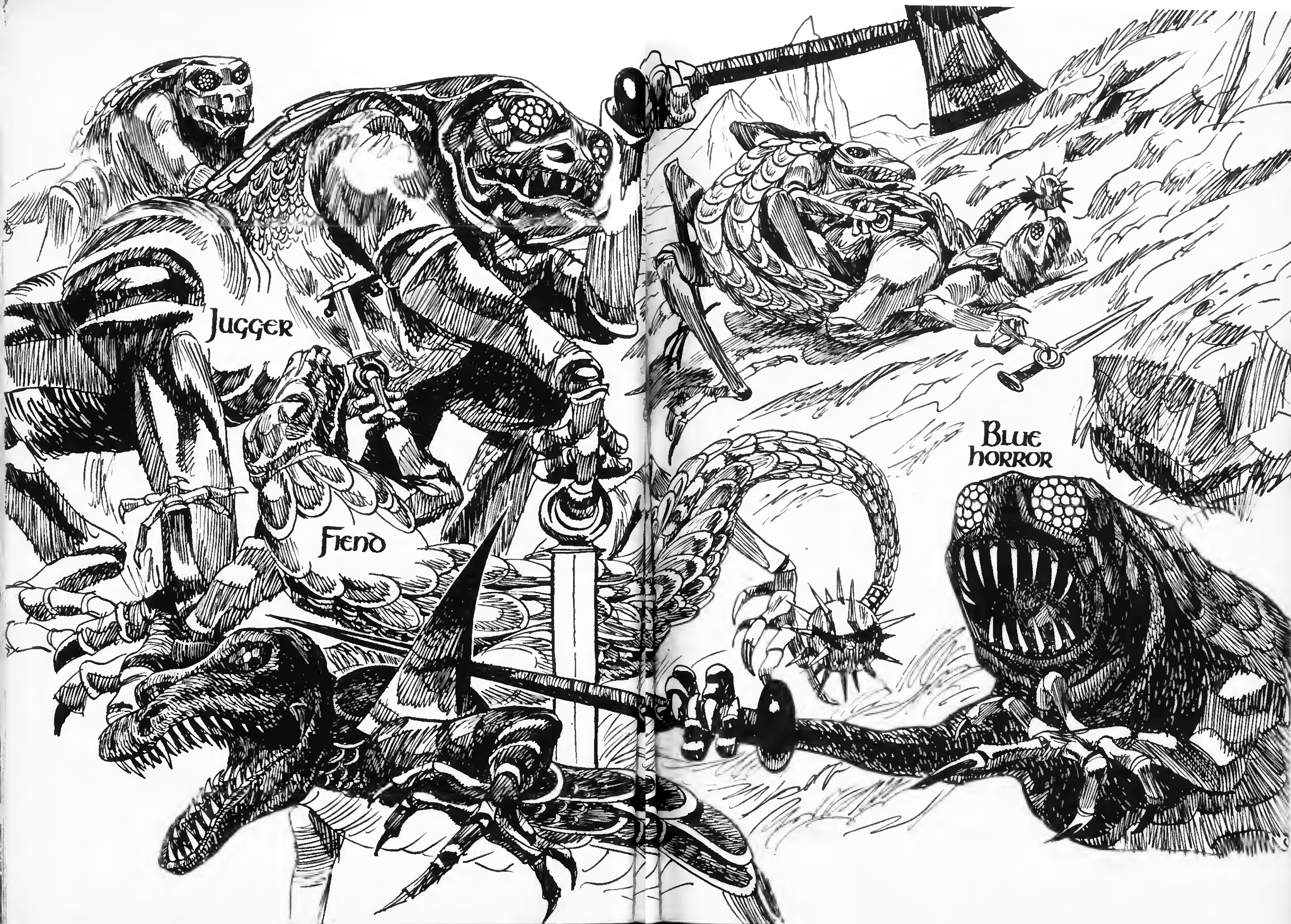
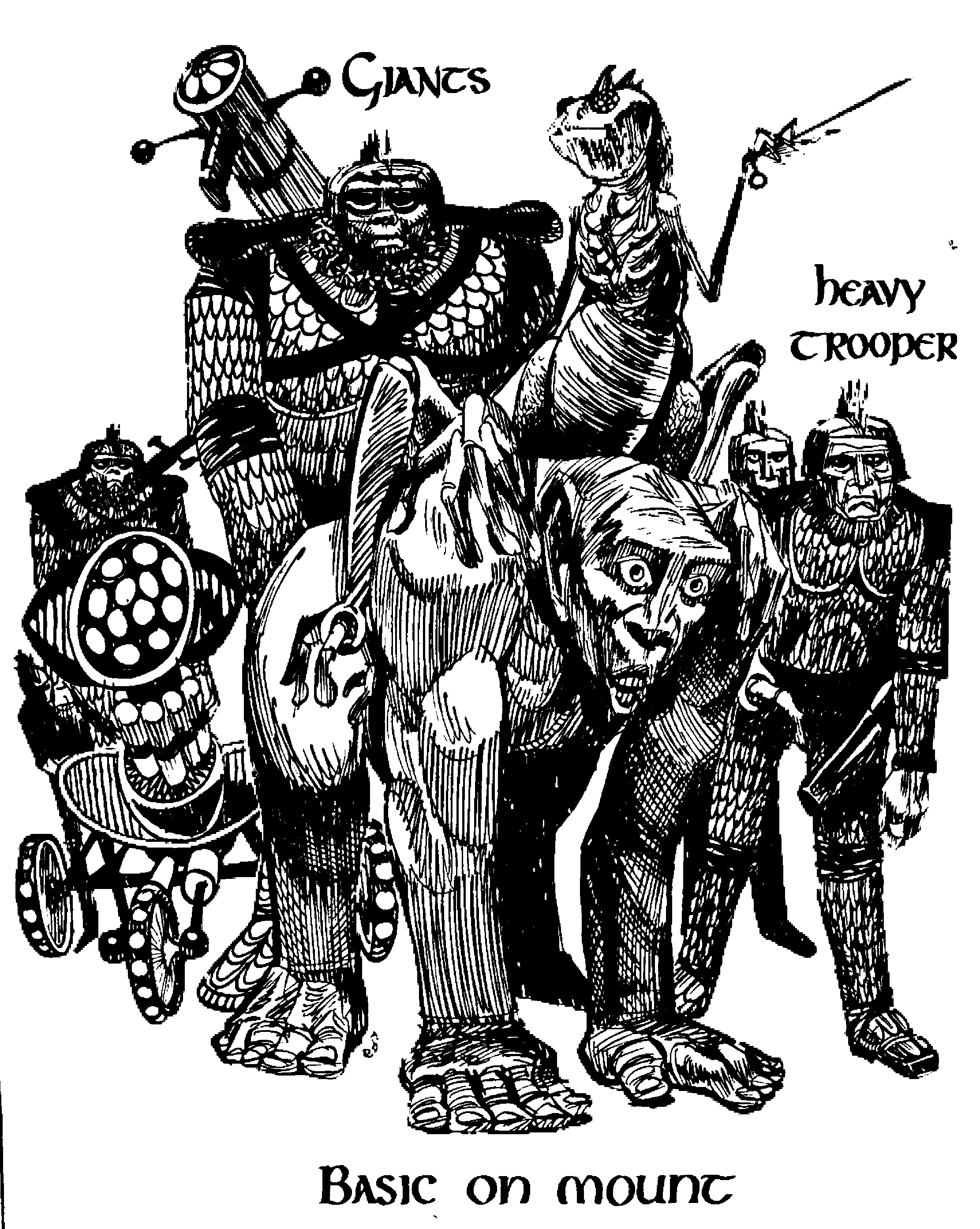
![]()
Source: Jack Vance, "The Dragon Masters", Galaxy Magazine, August 1962.
***
Surreal cyanotype prints by John Banting (1902–1971)
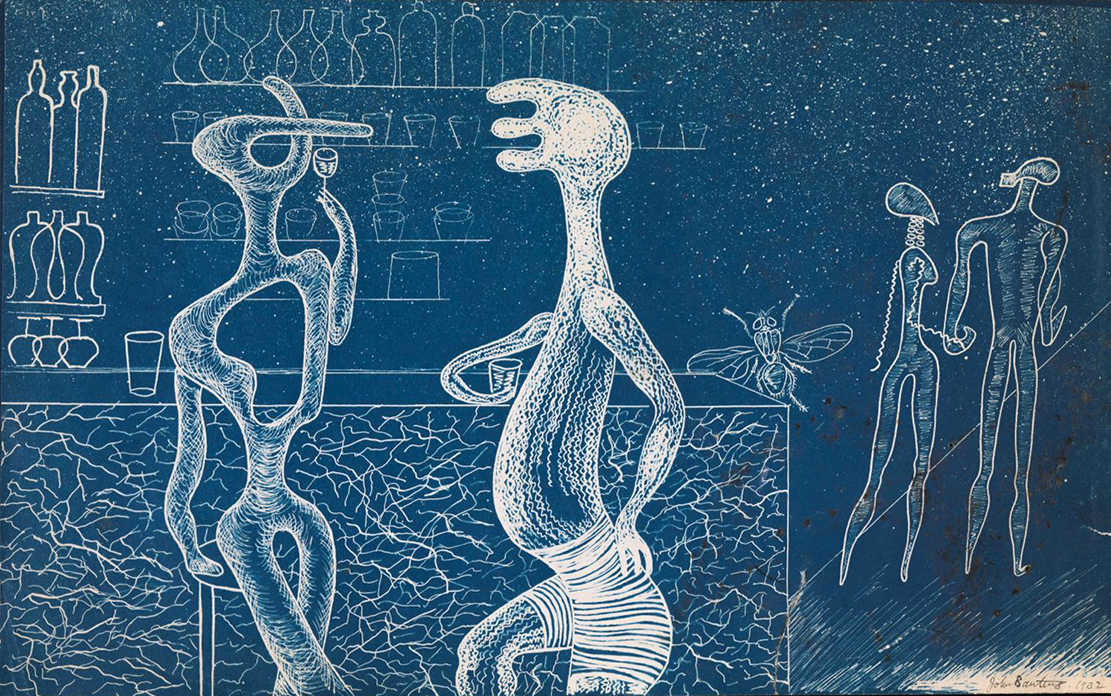
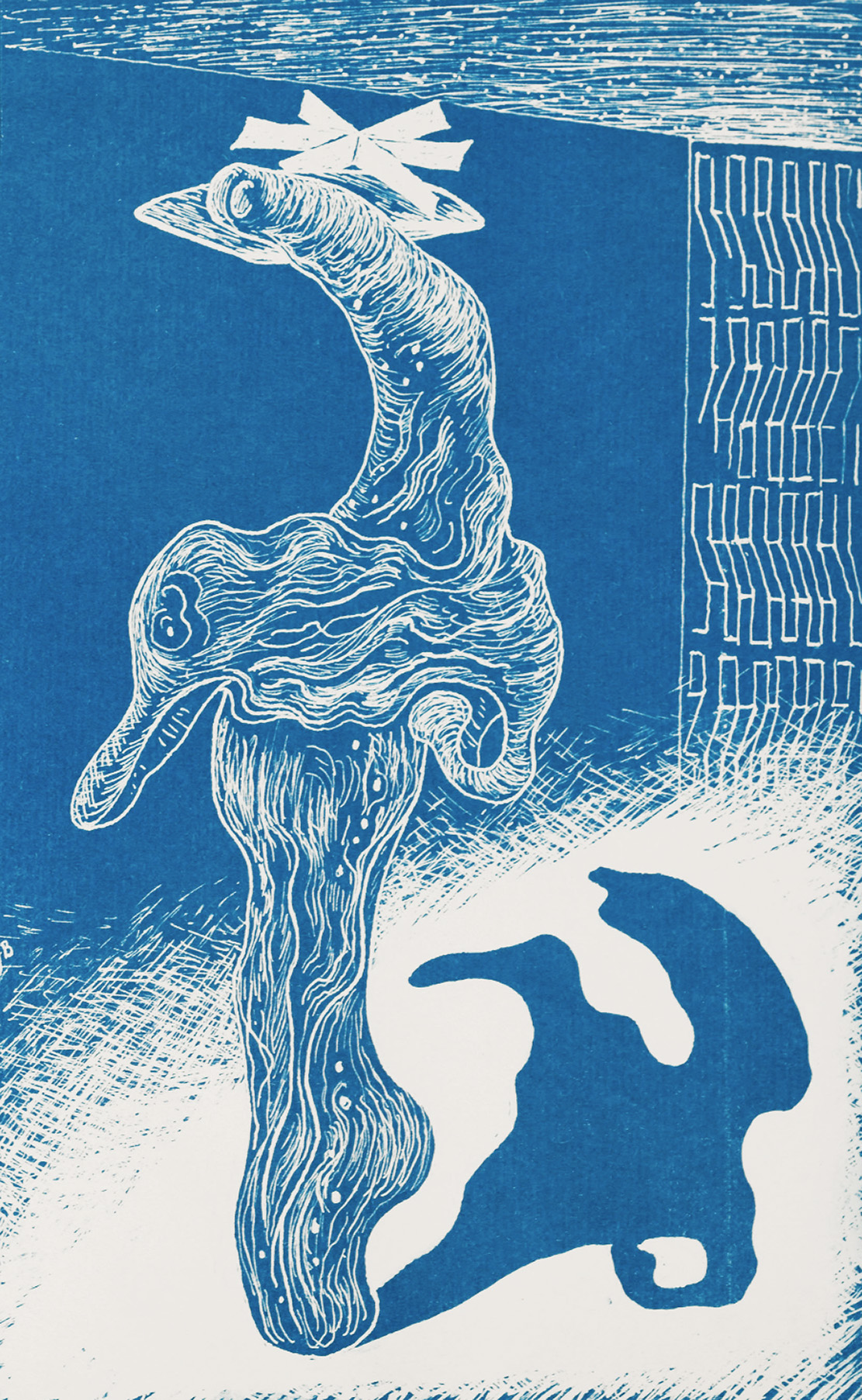
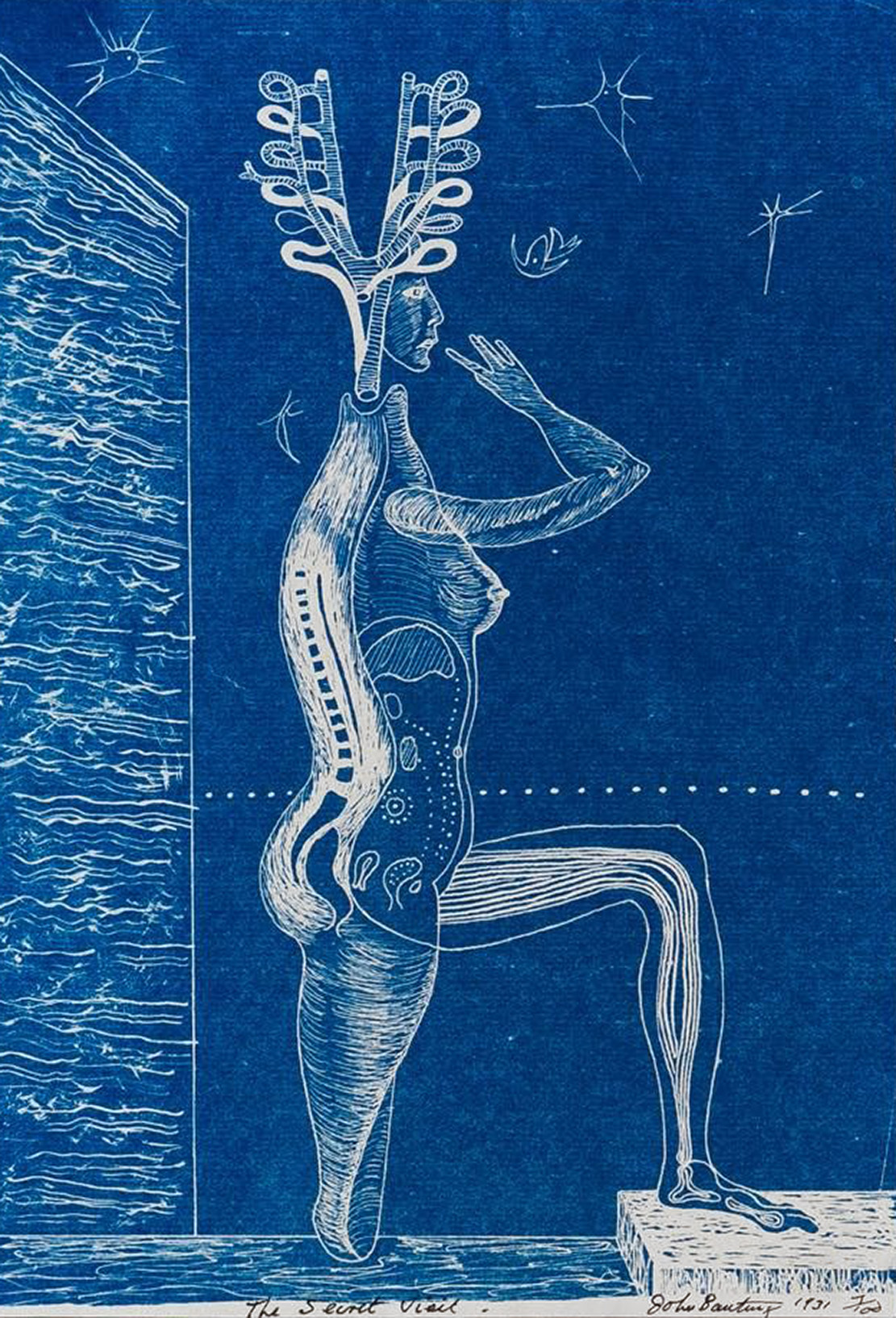
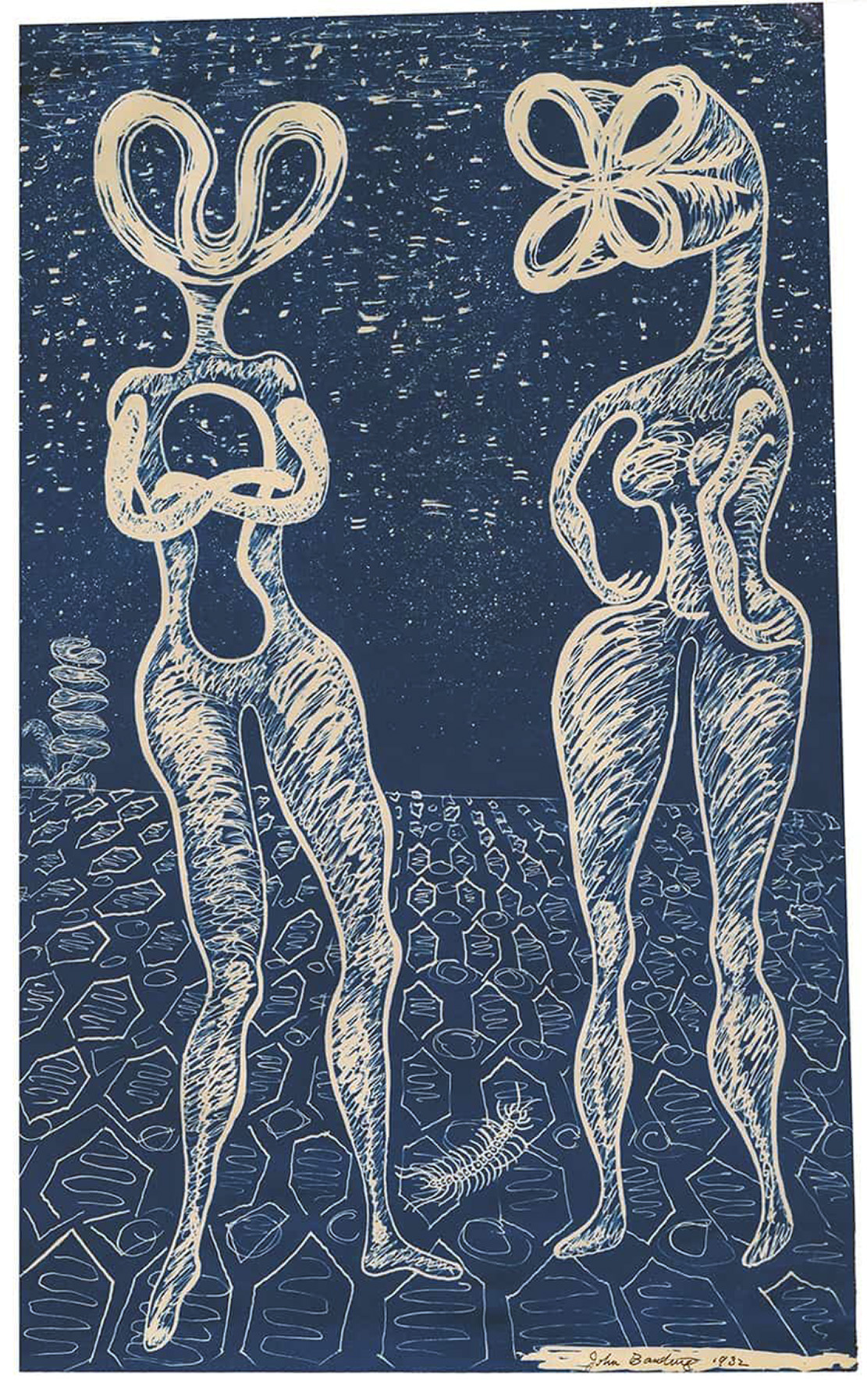
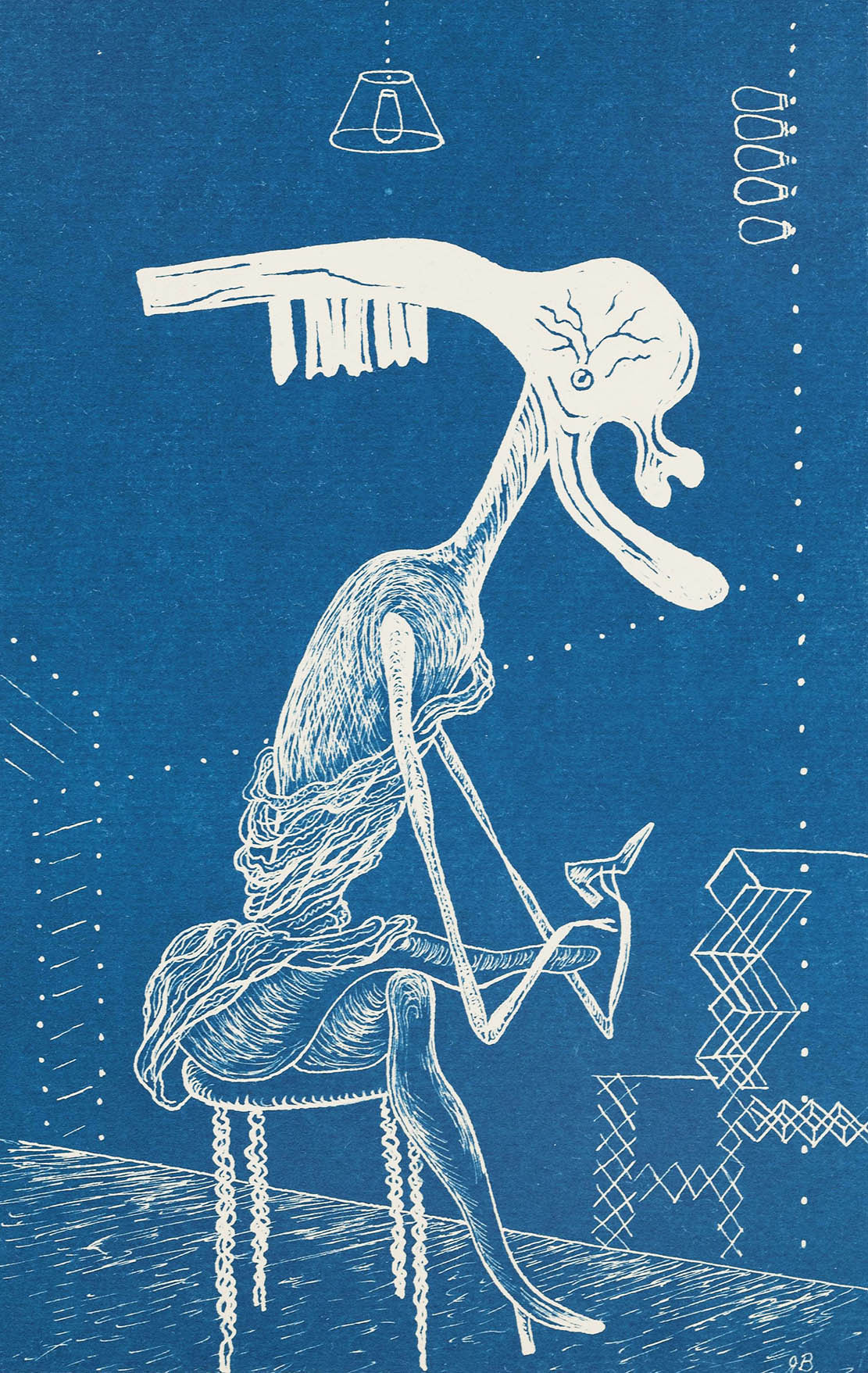
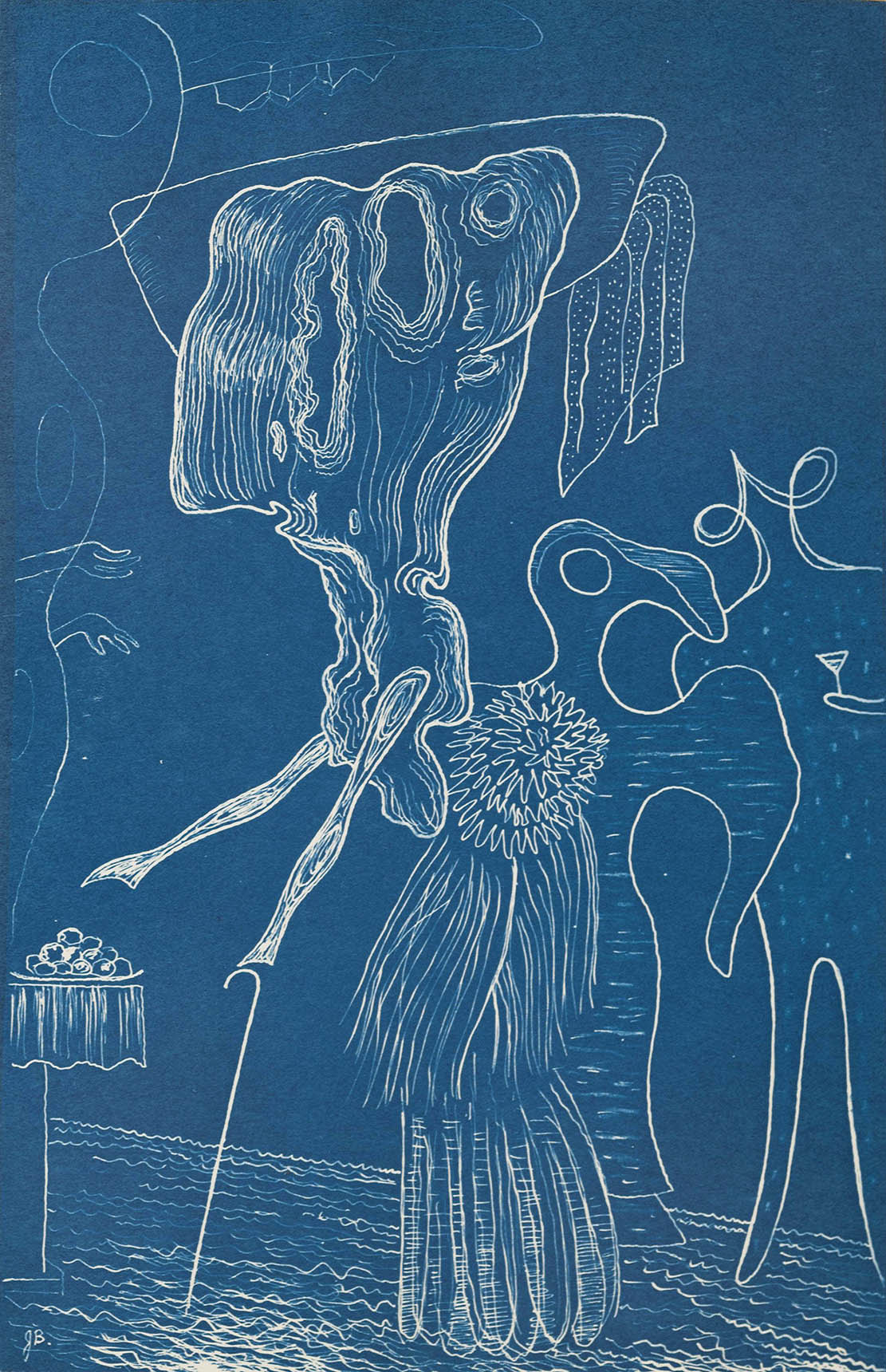
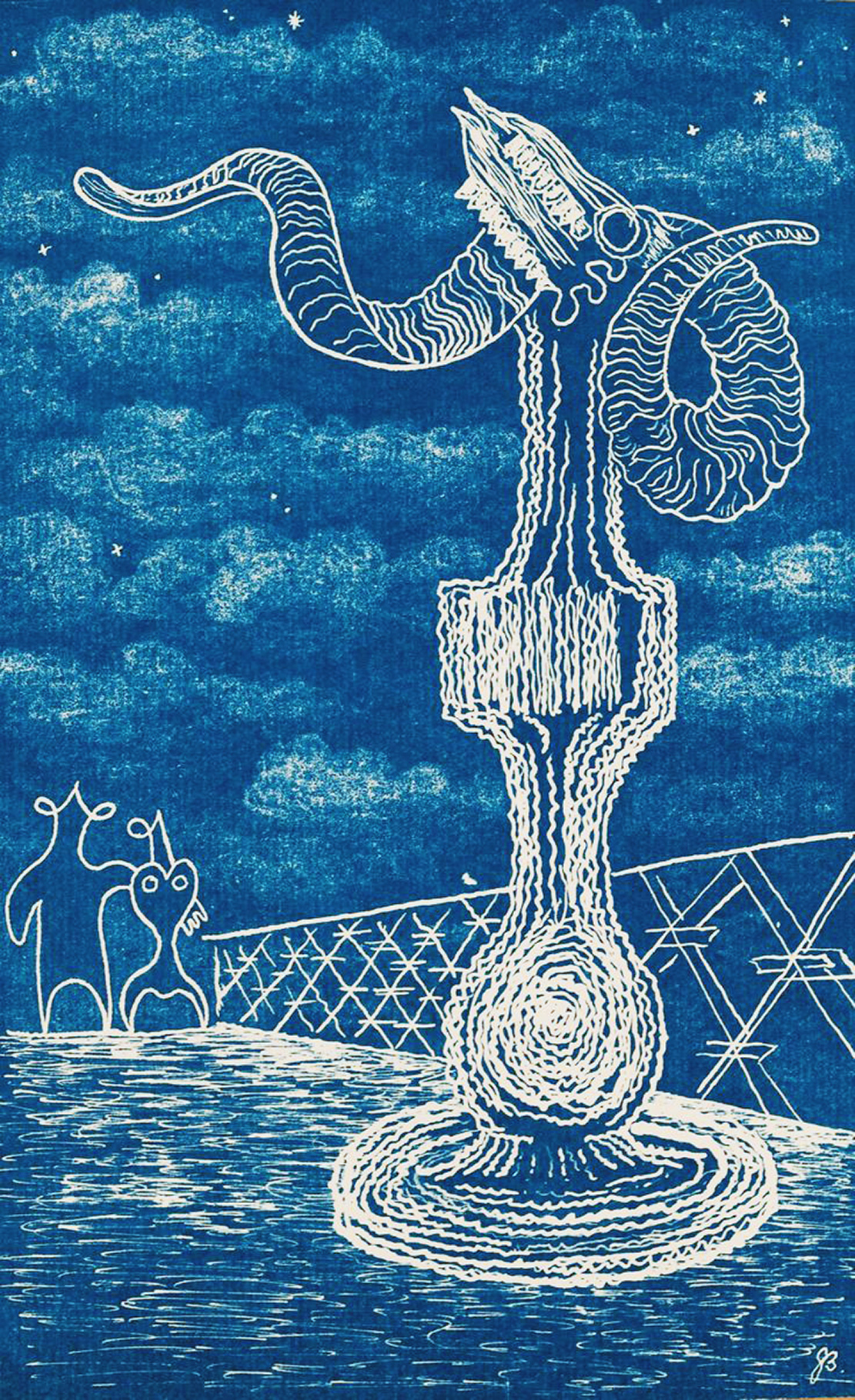
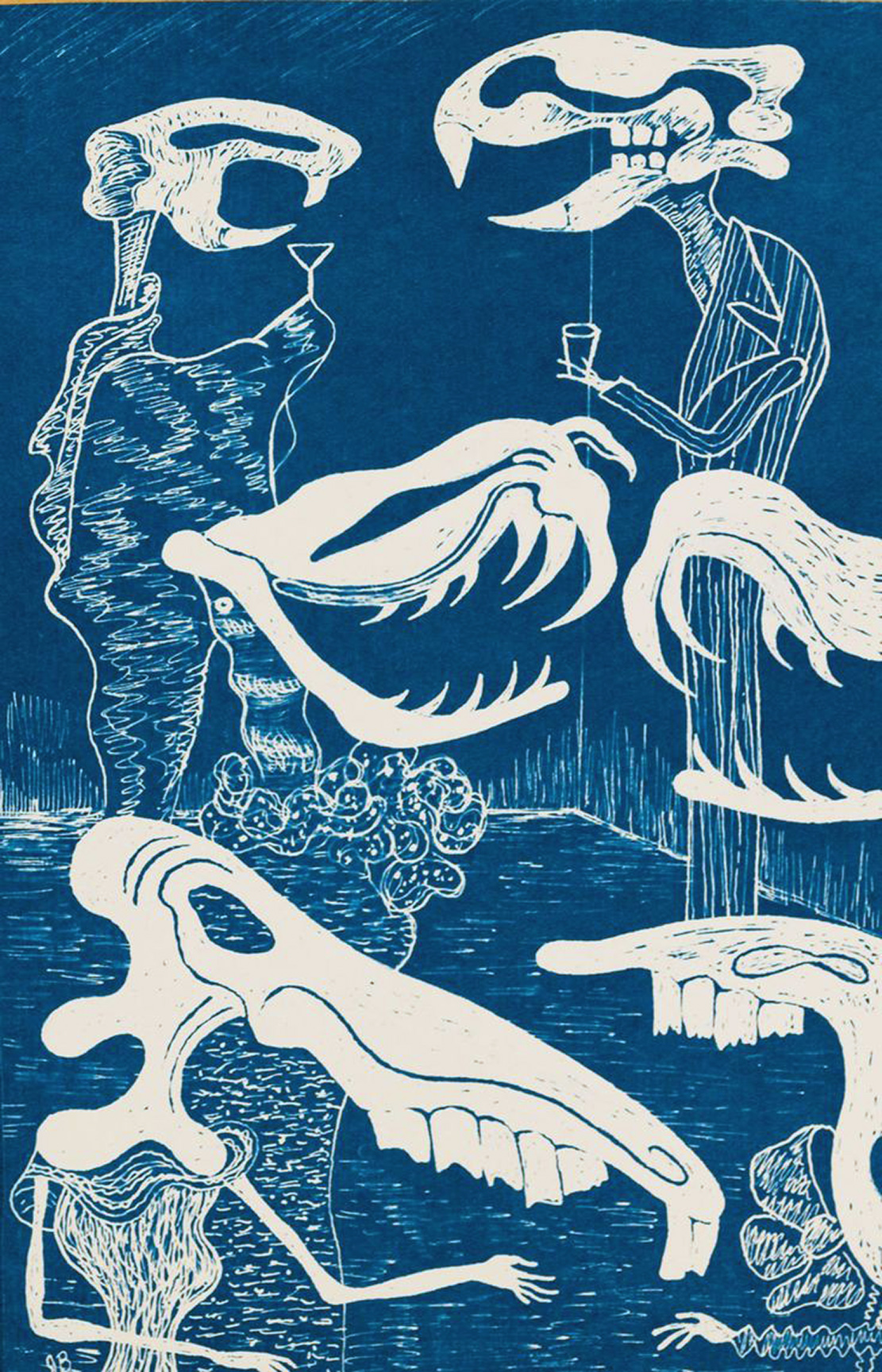
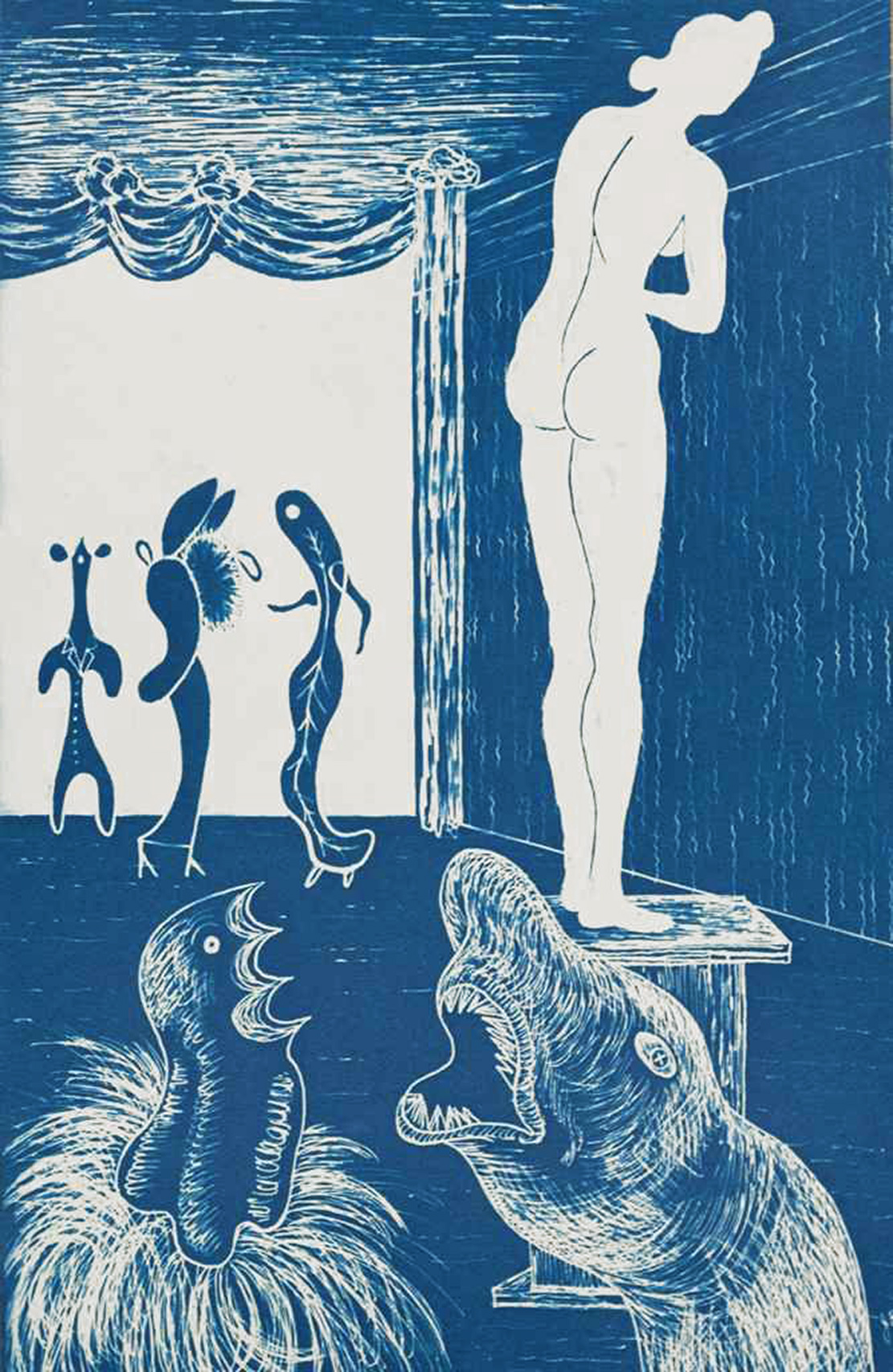
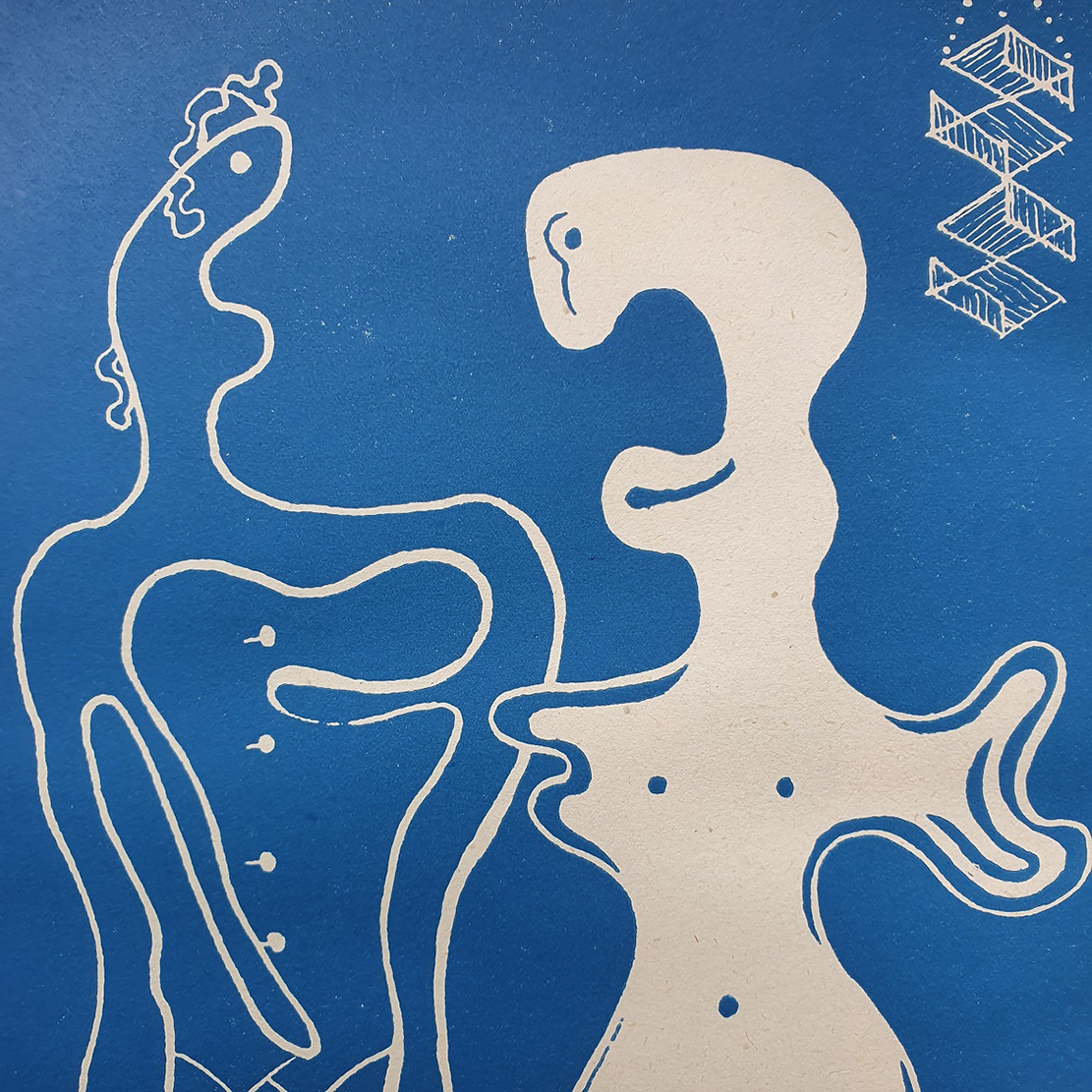
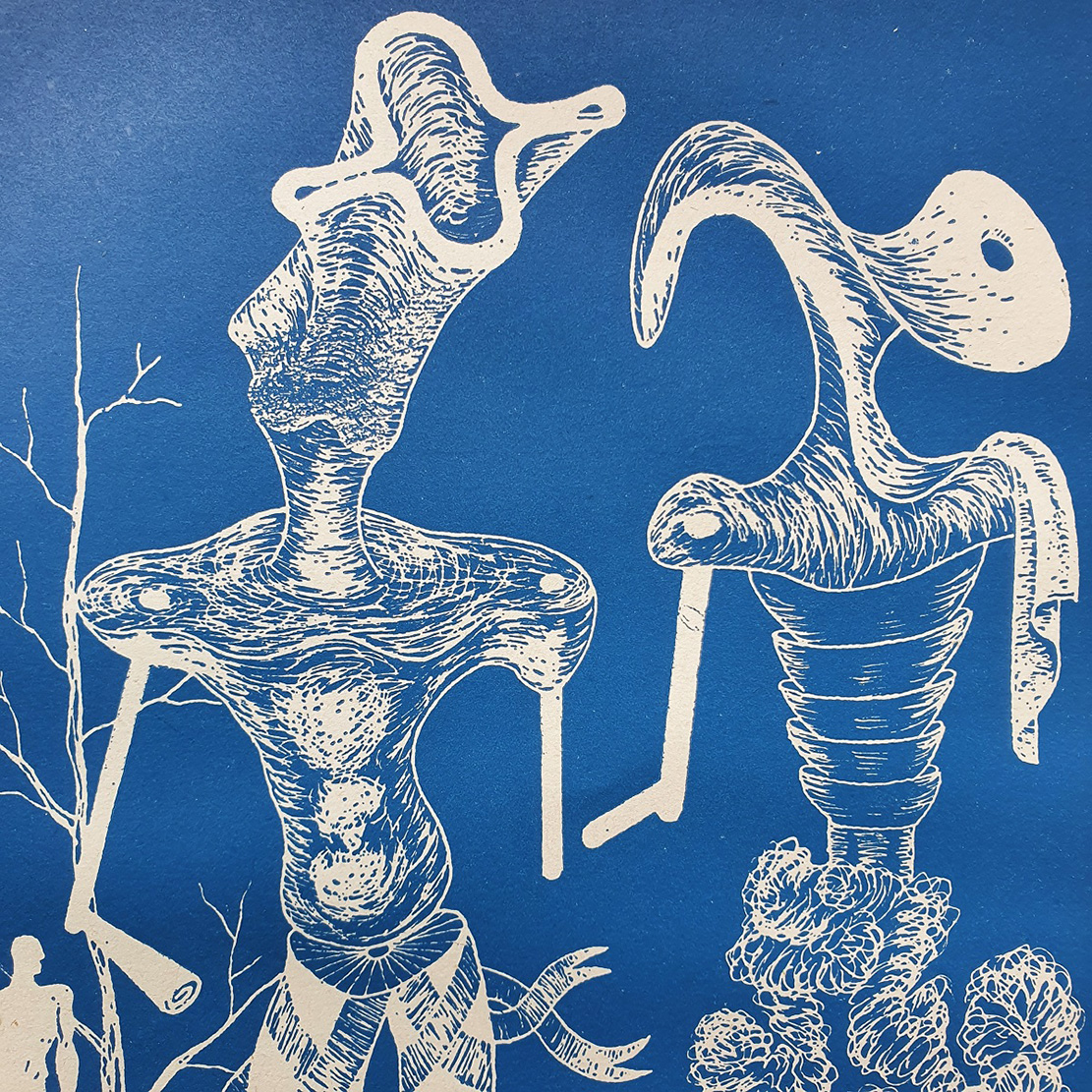
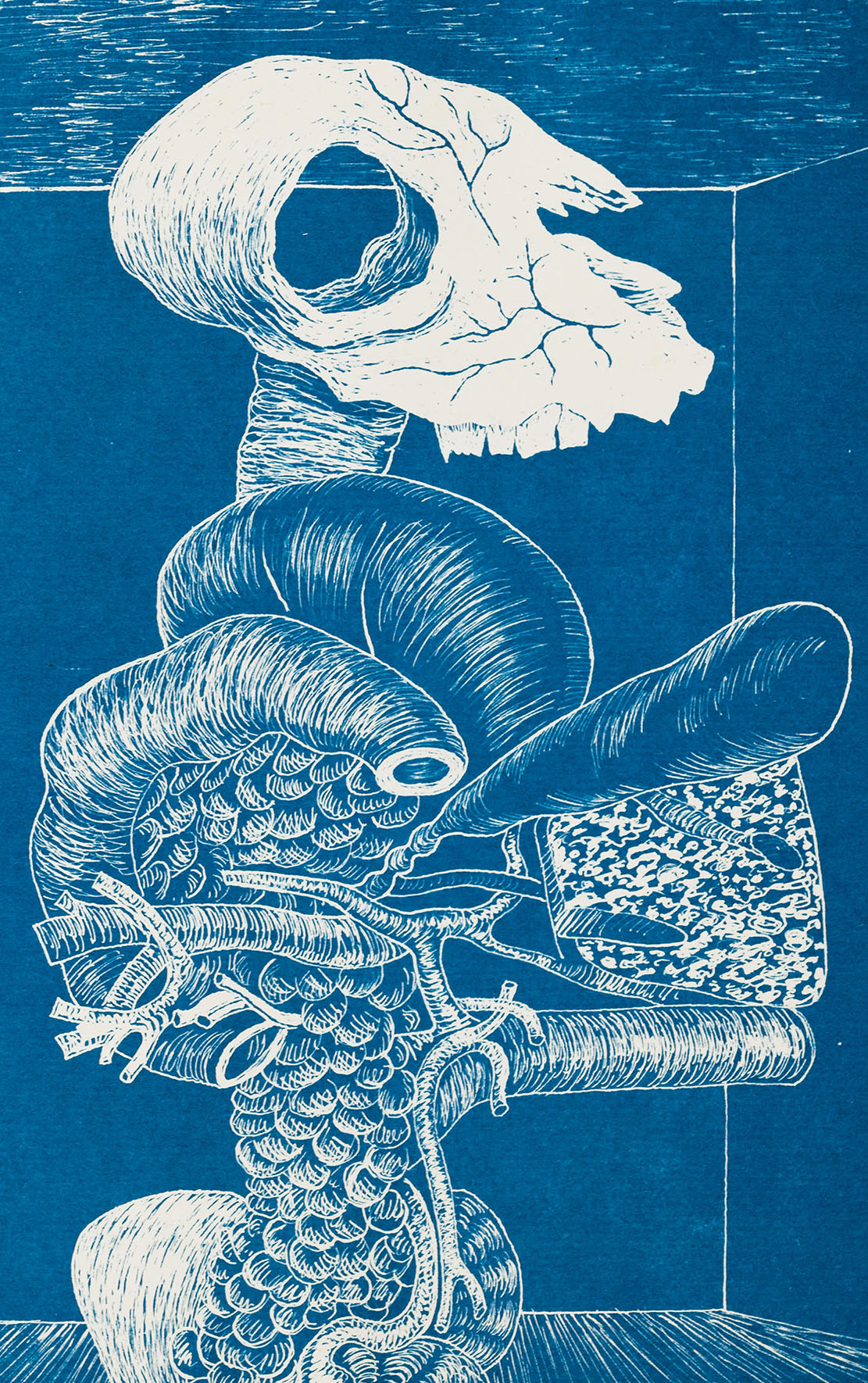
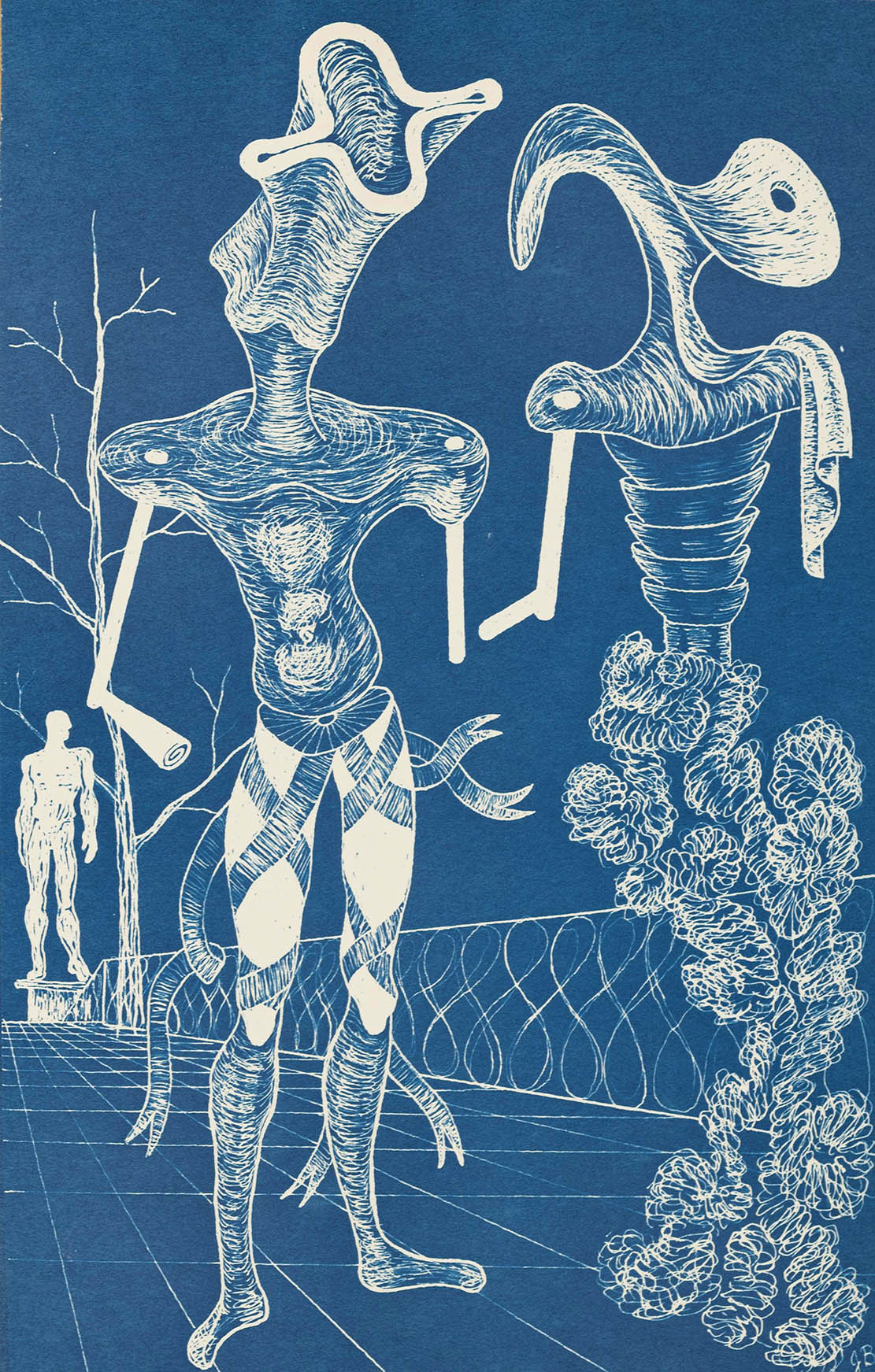
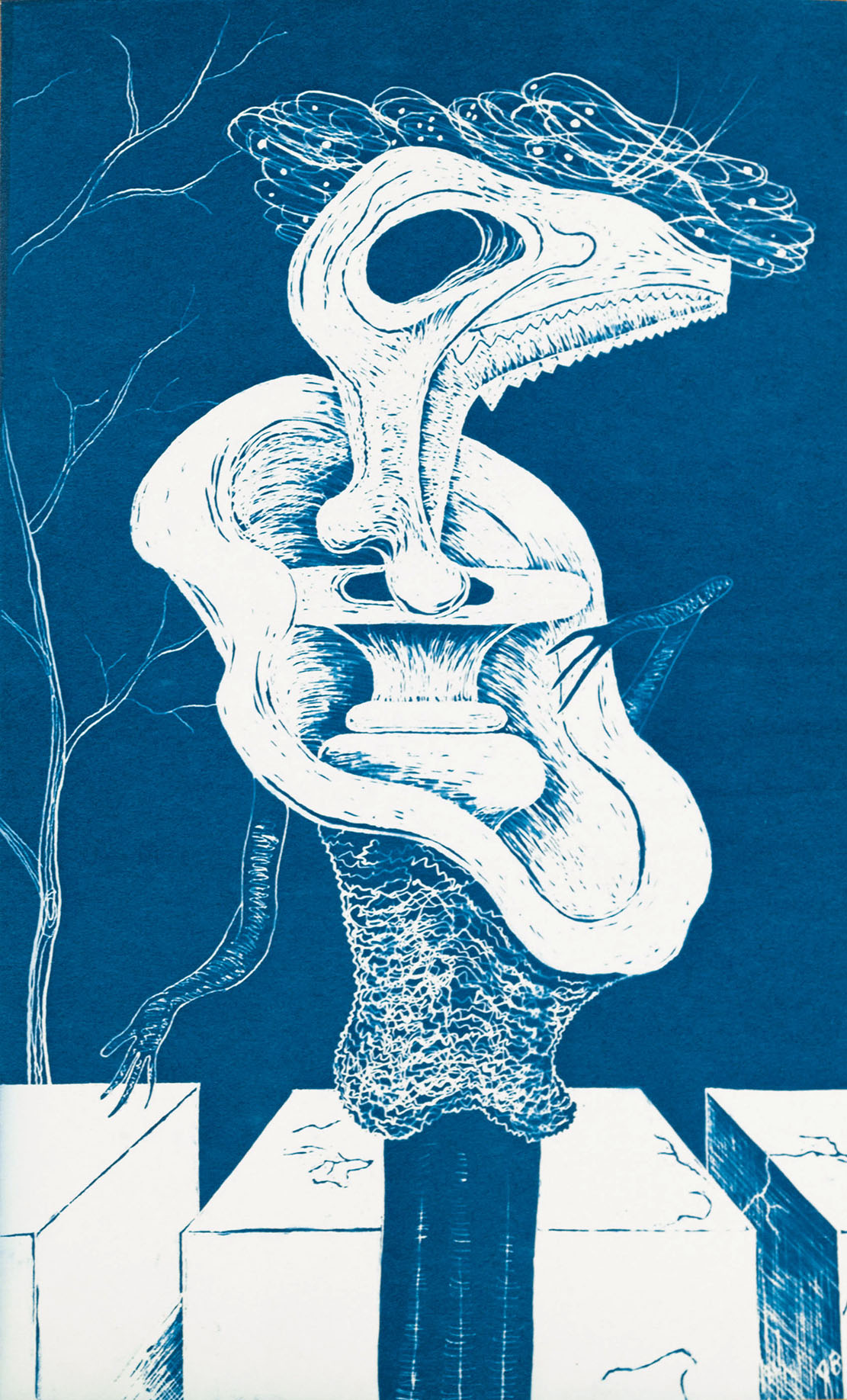
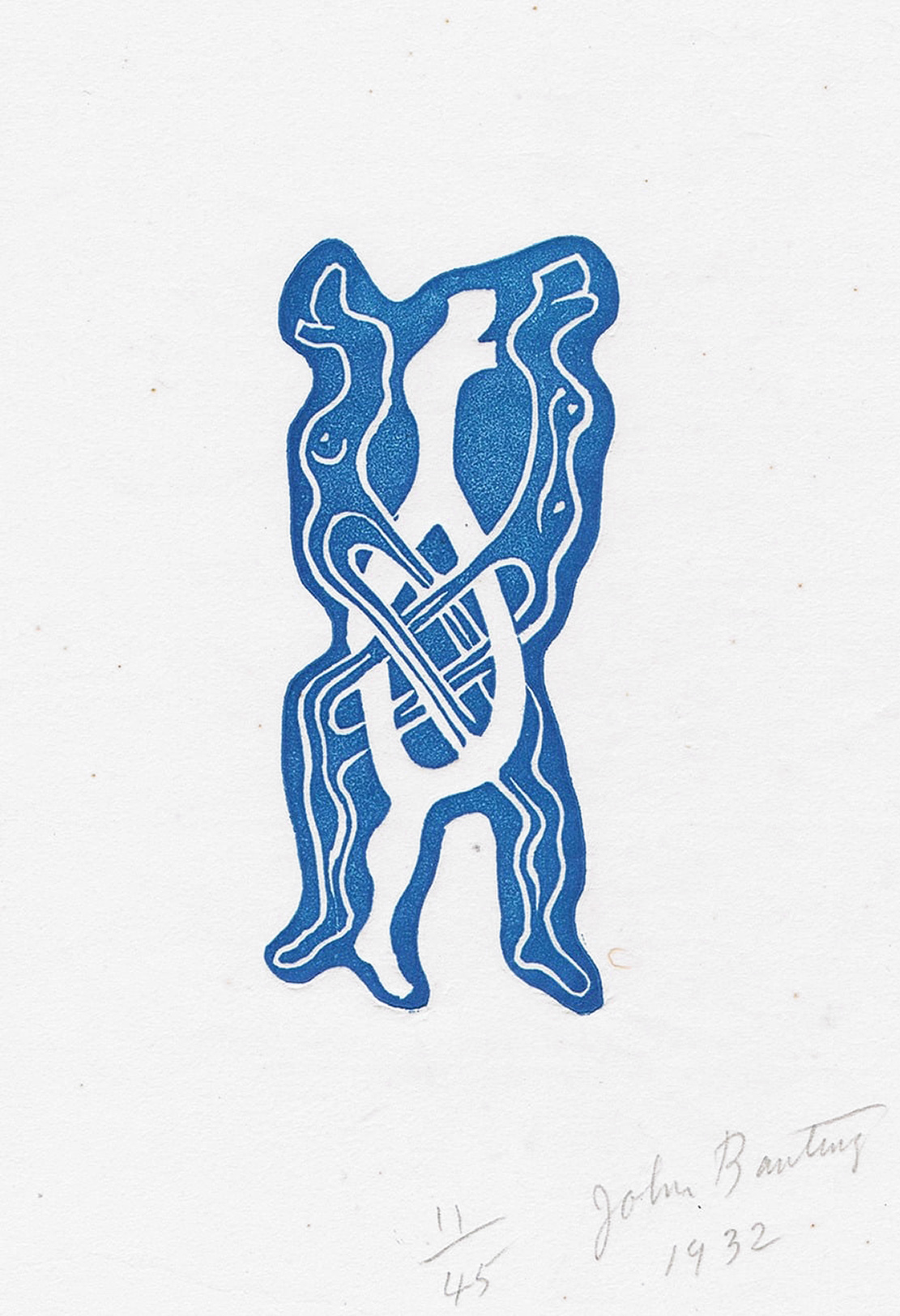
***
Genii and monsters on seals of the Bronze Age Minoan civilization in ancient Crete
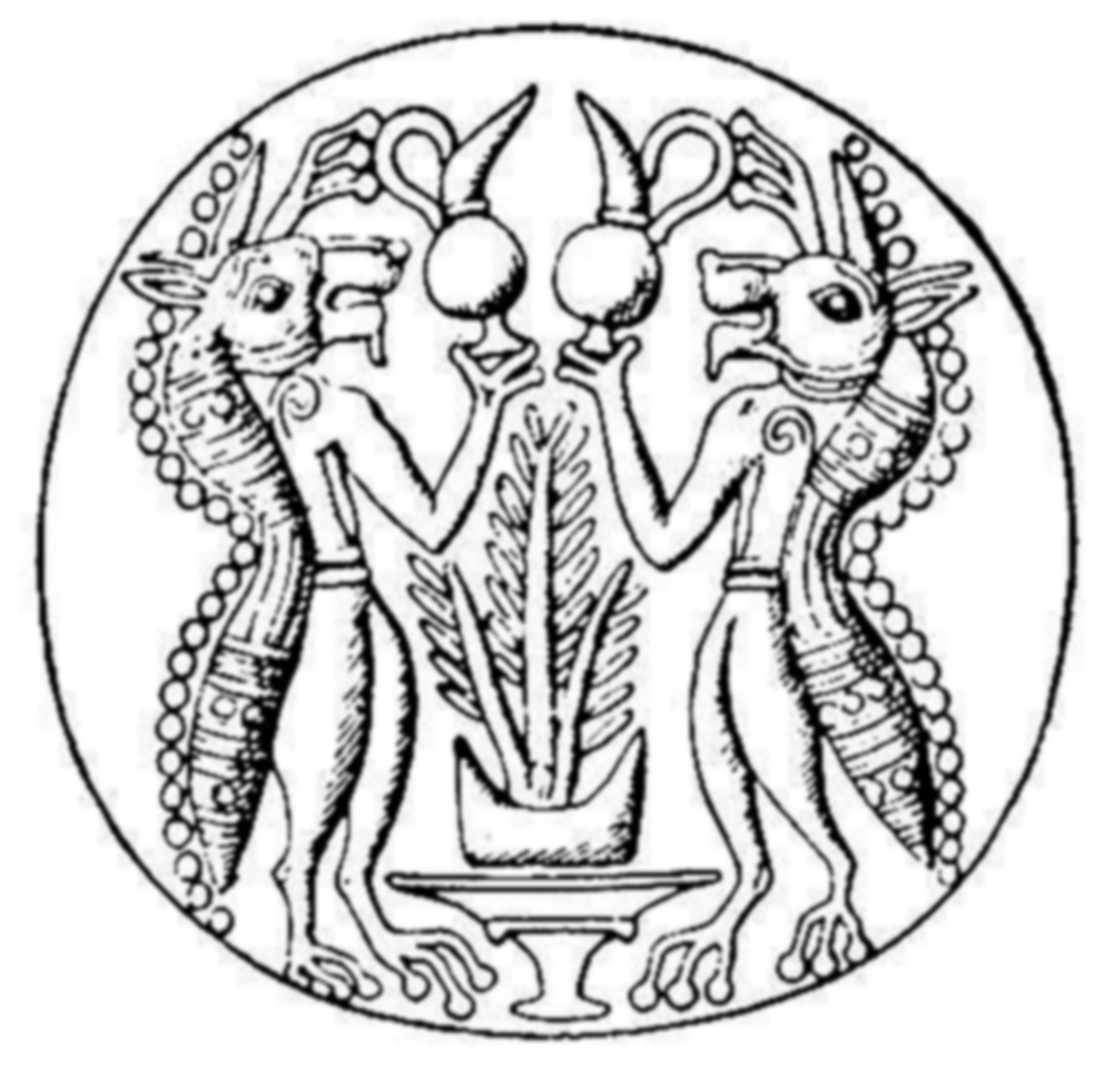
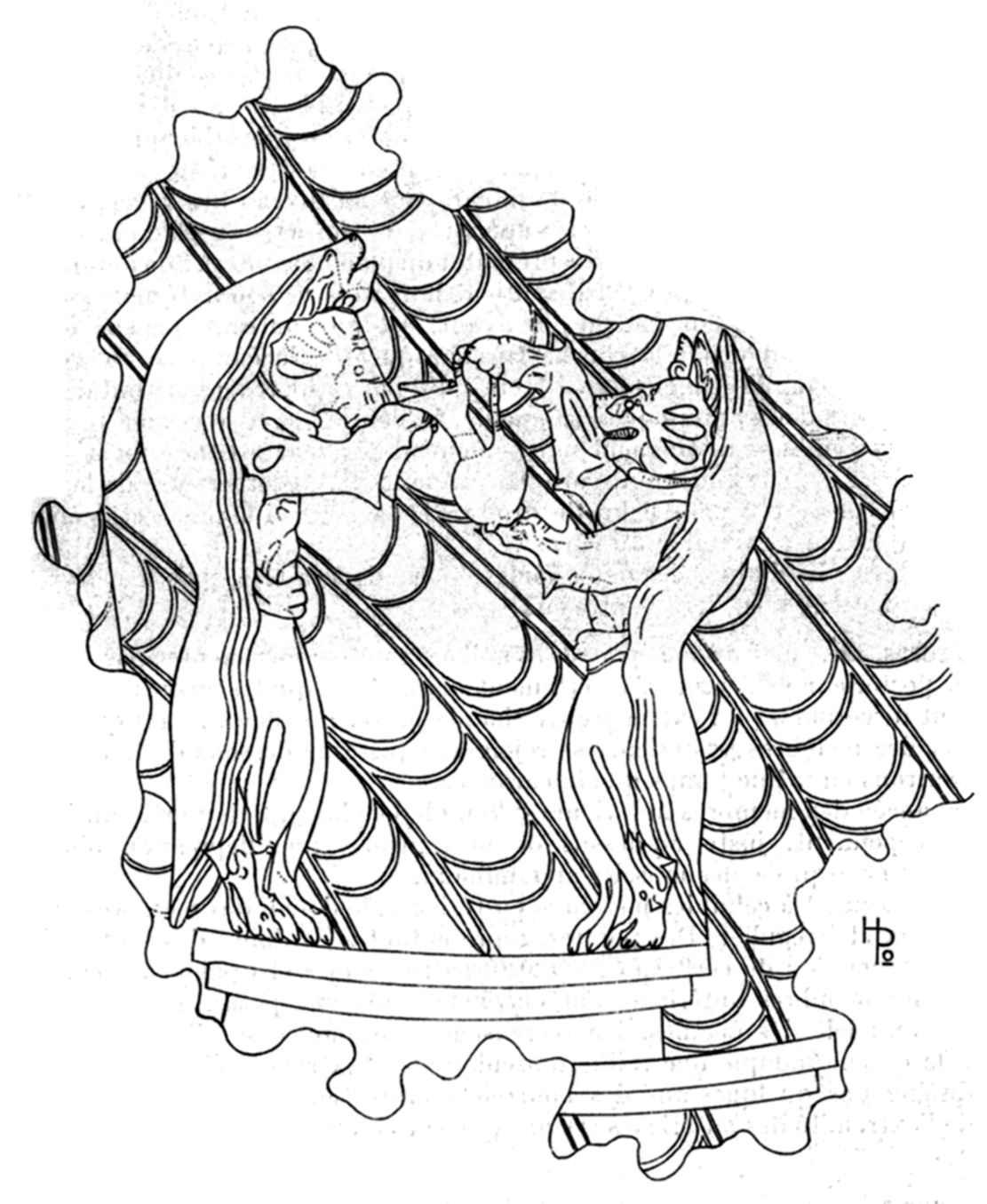
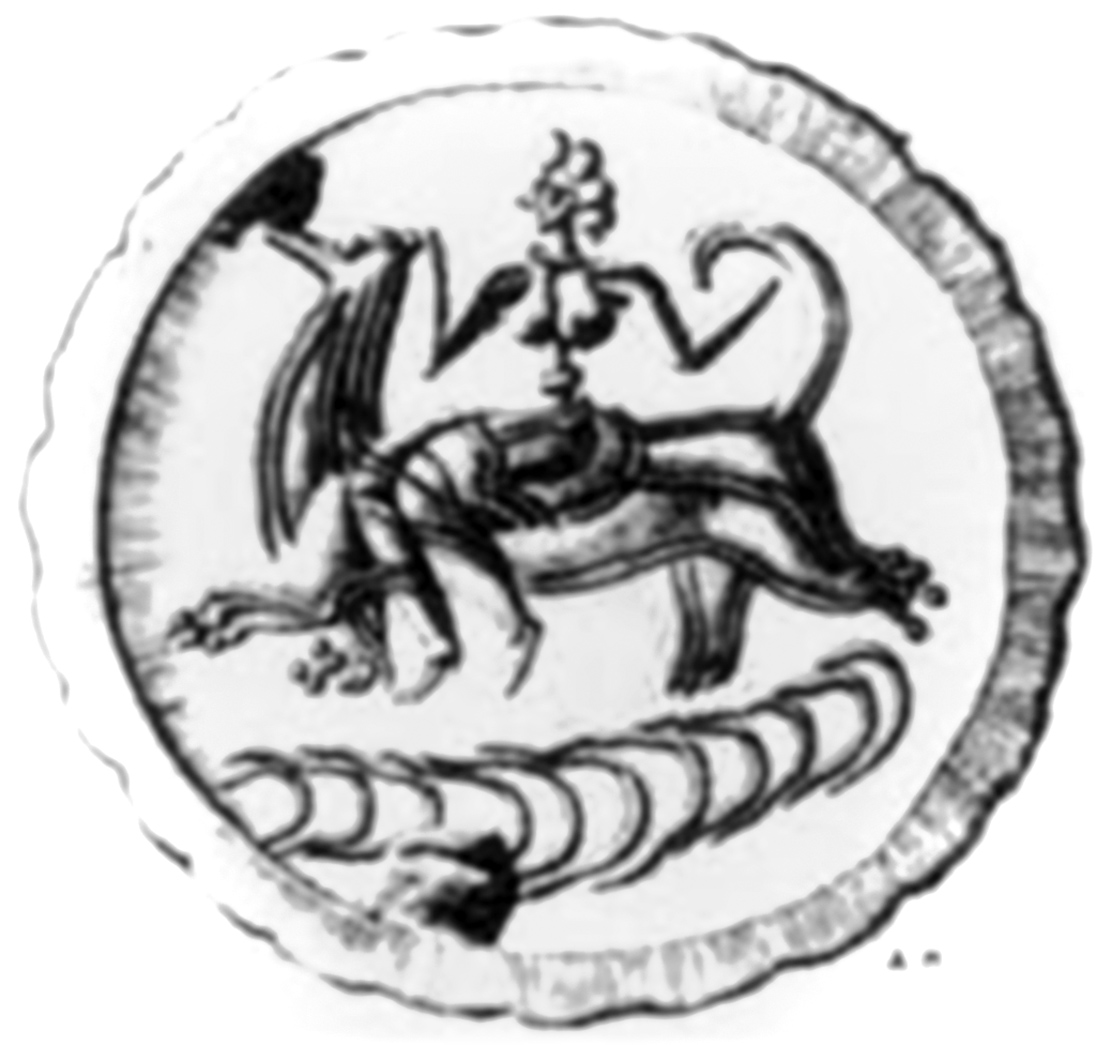
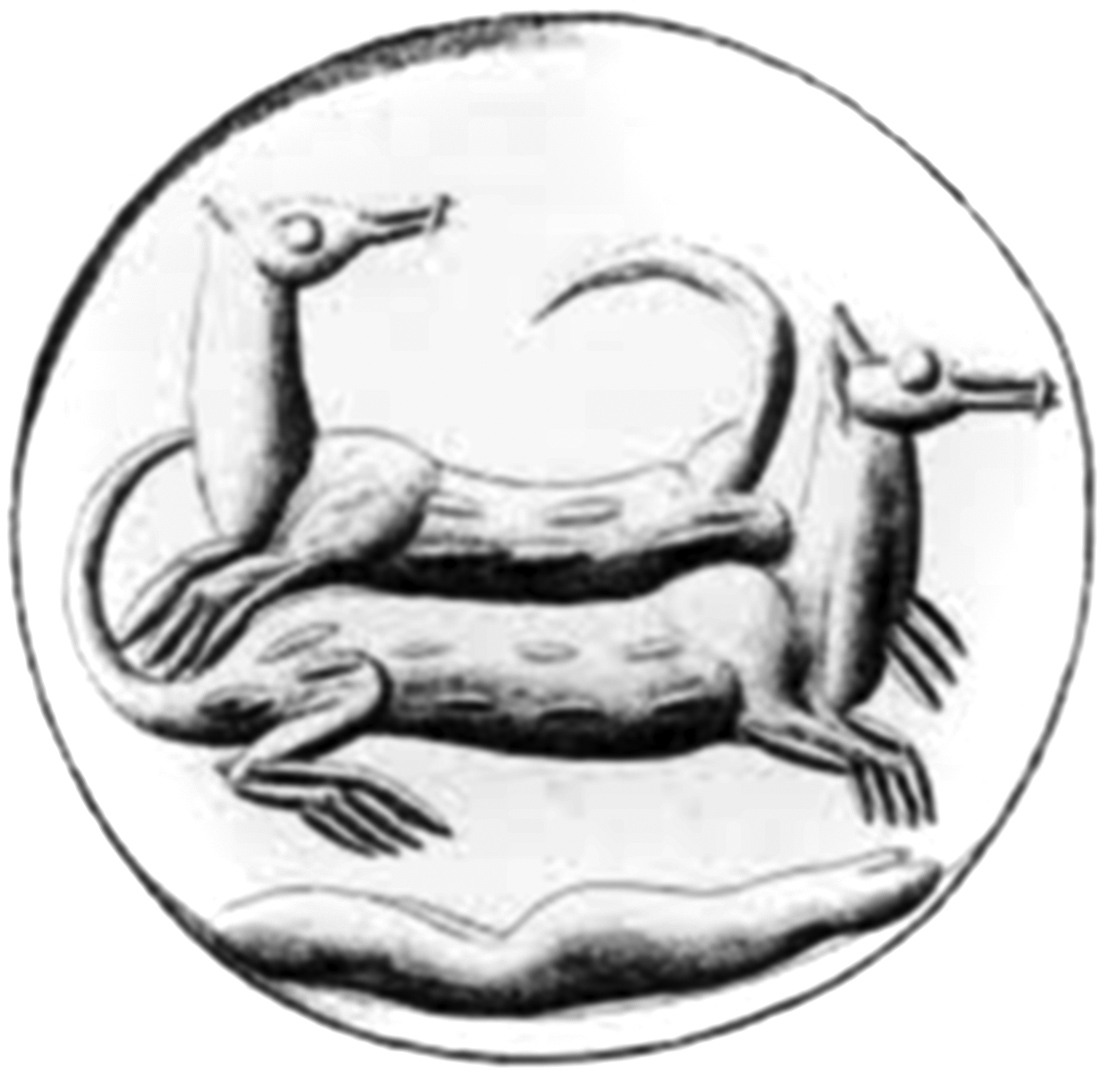
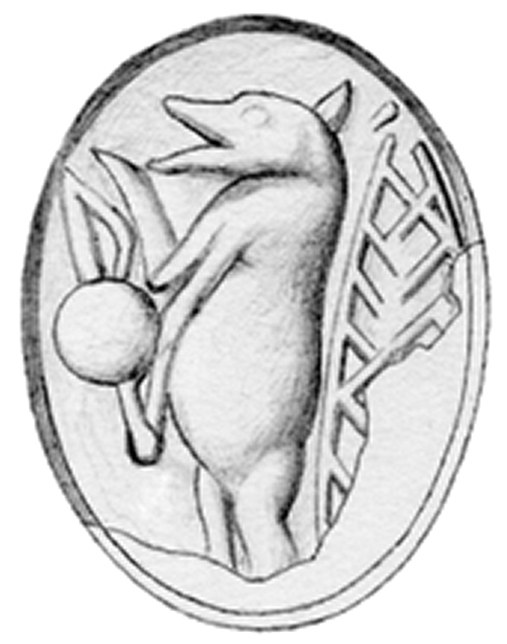
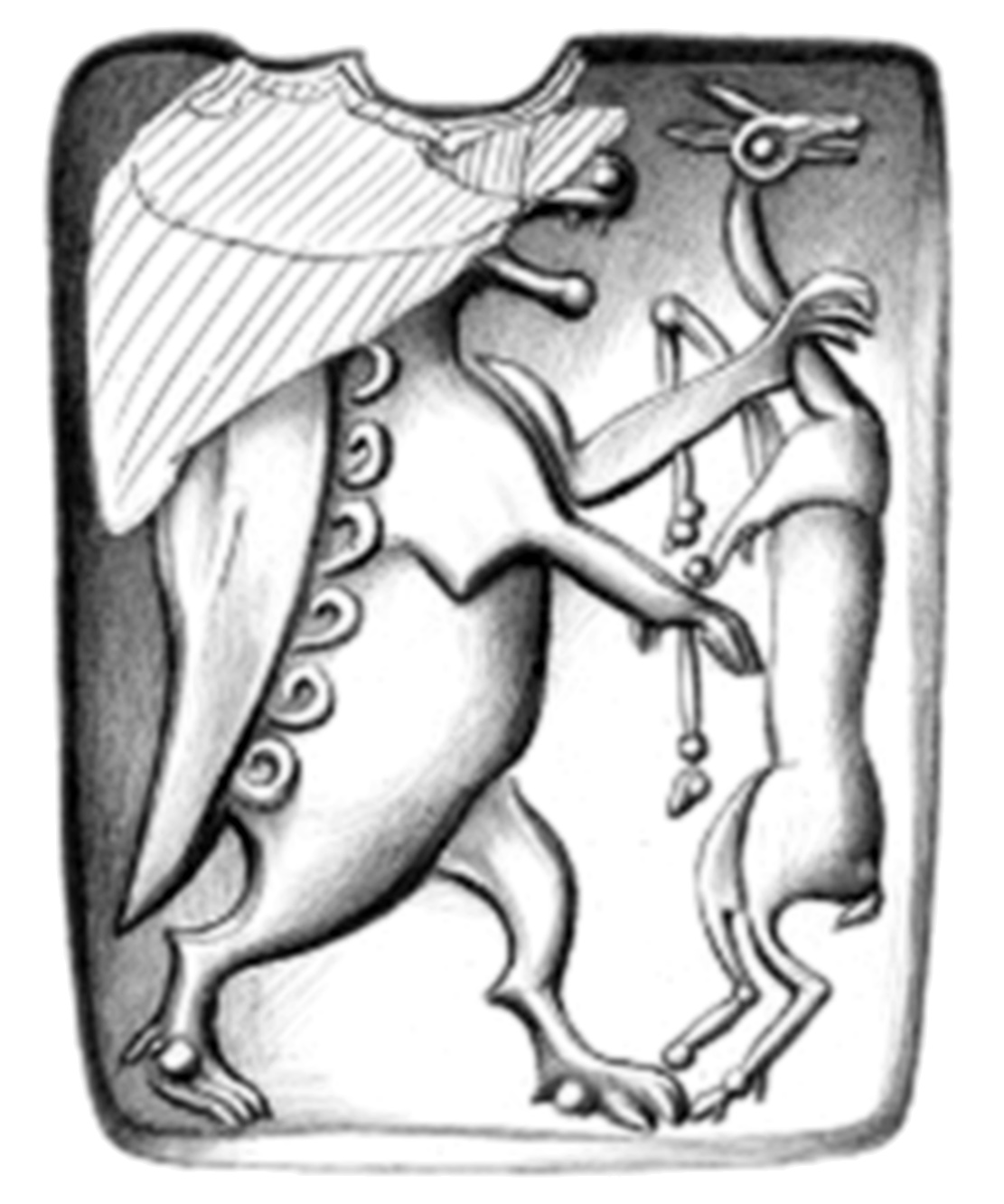
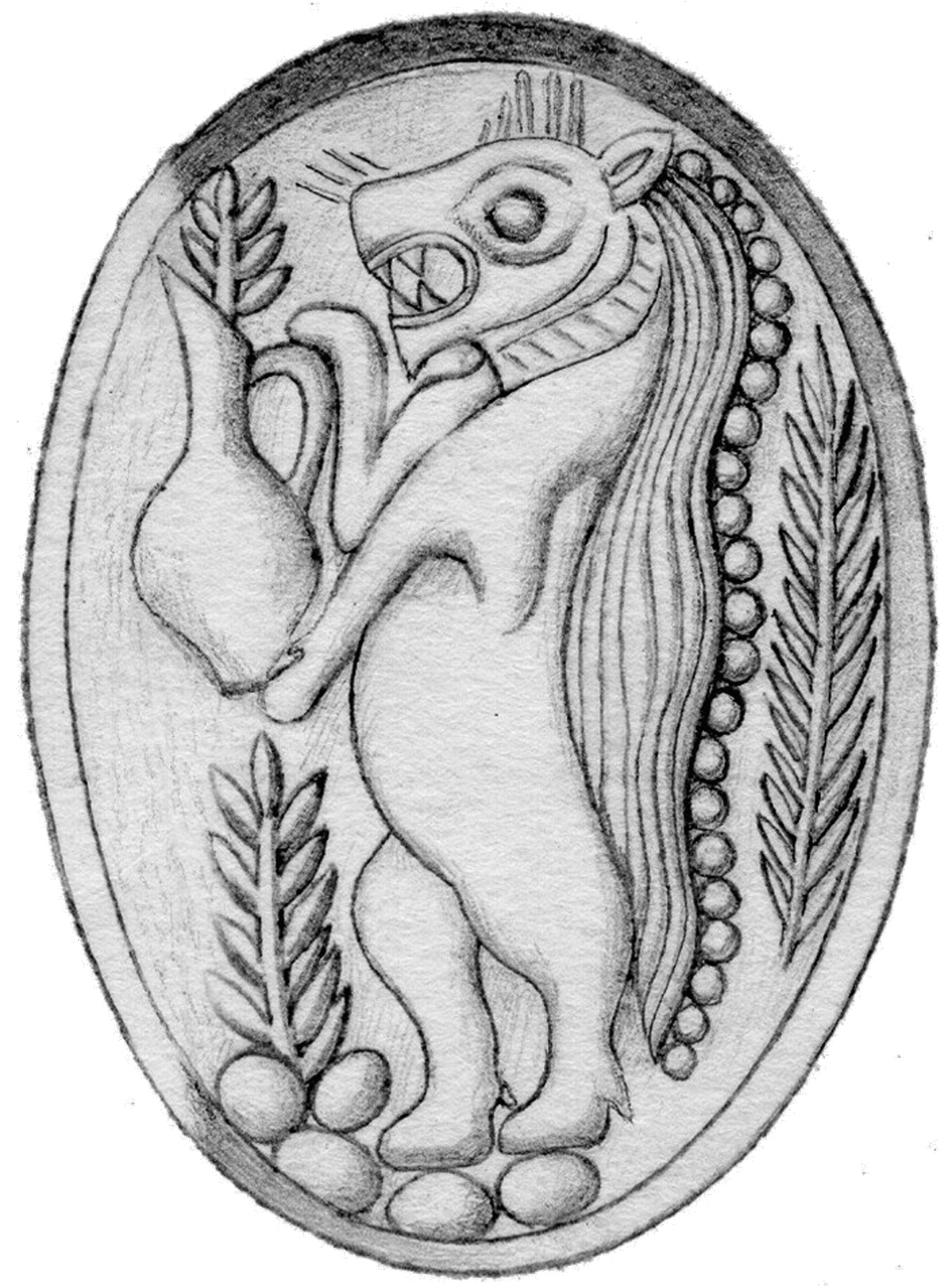
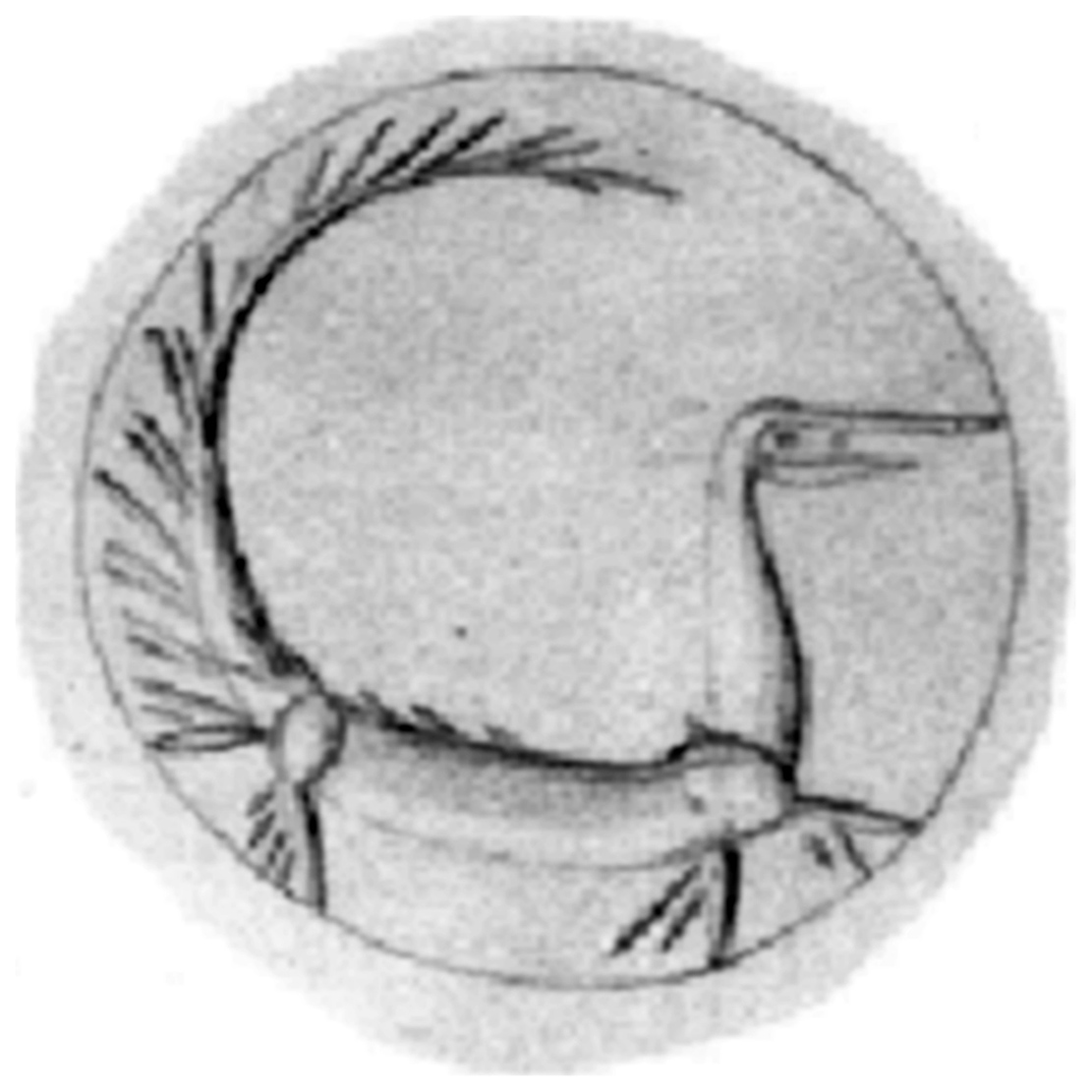
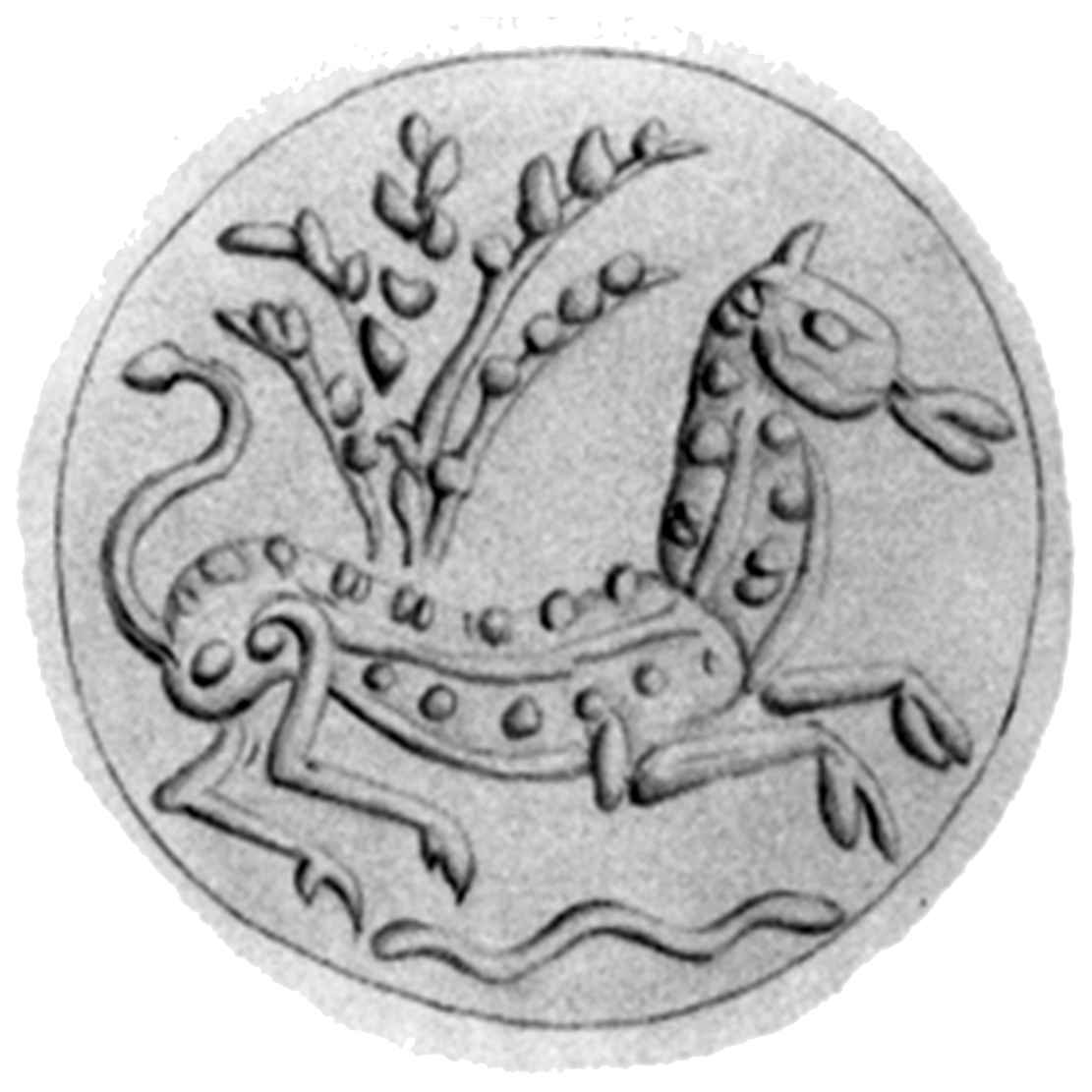
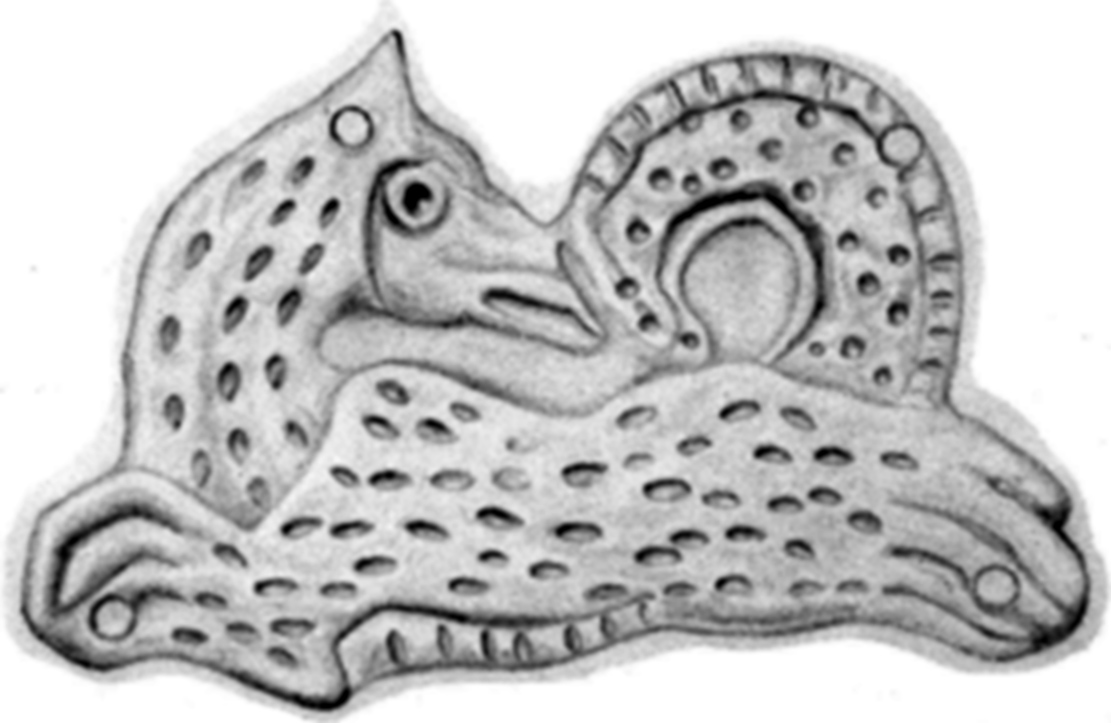
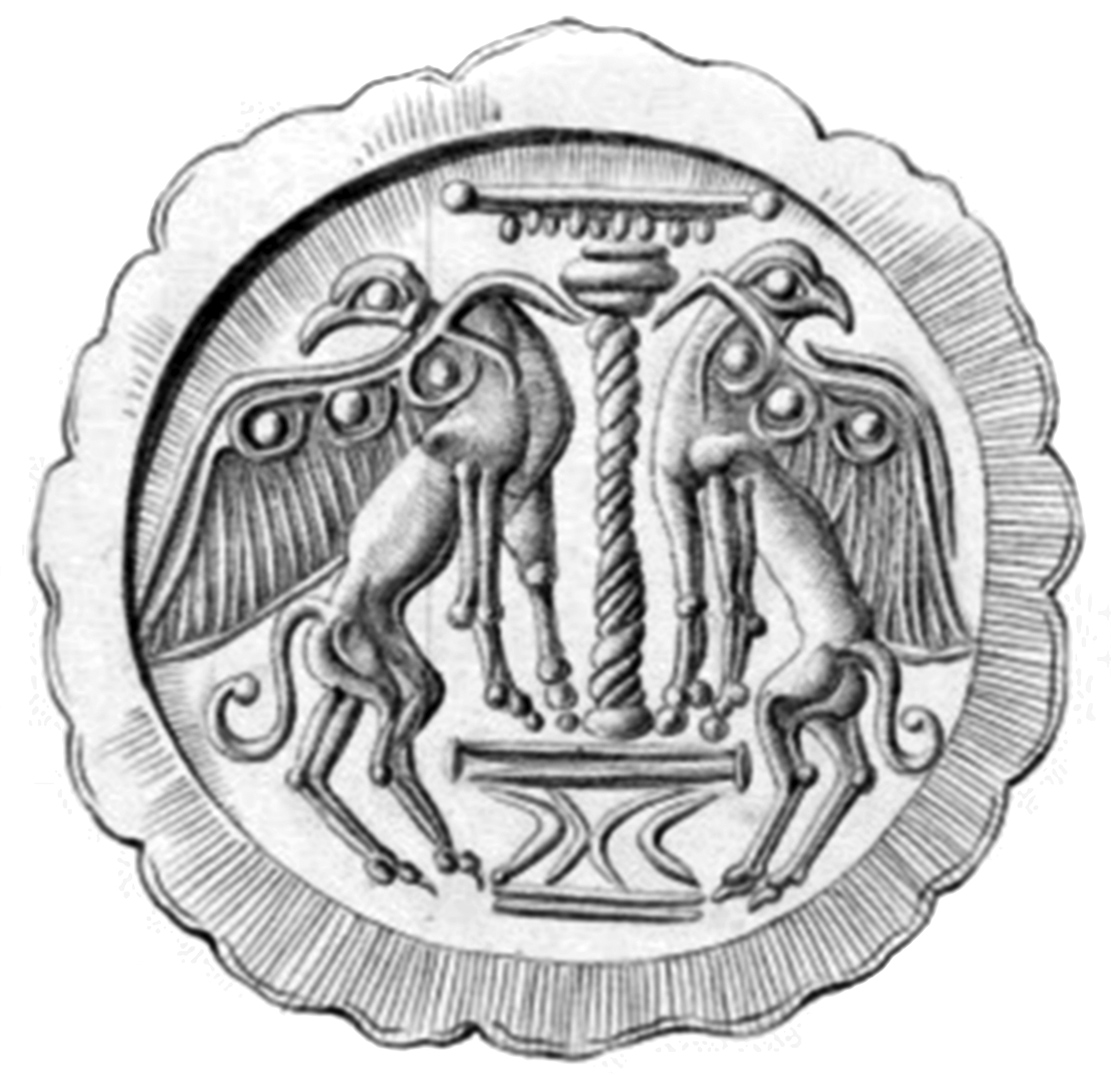
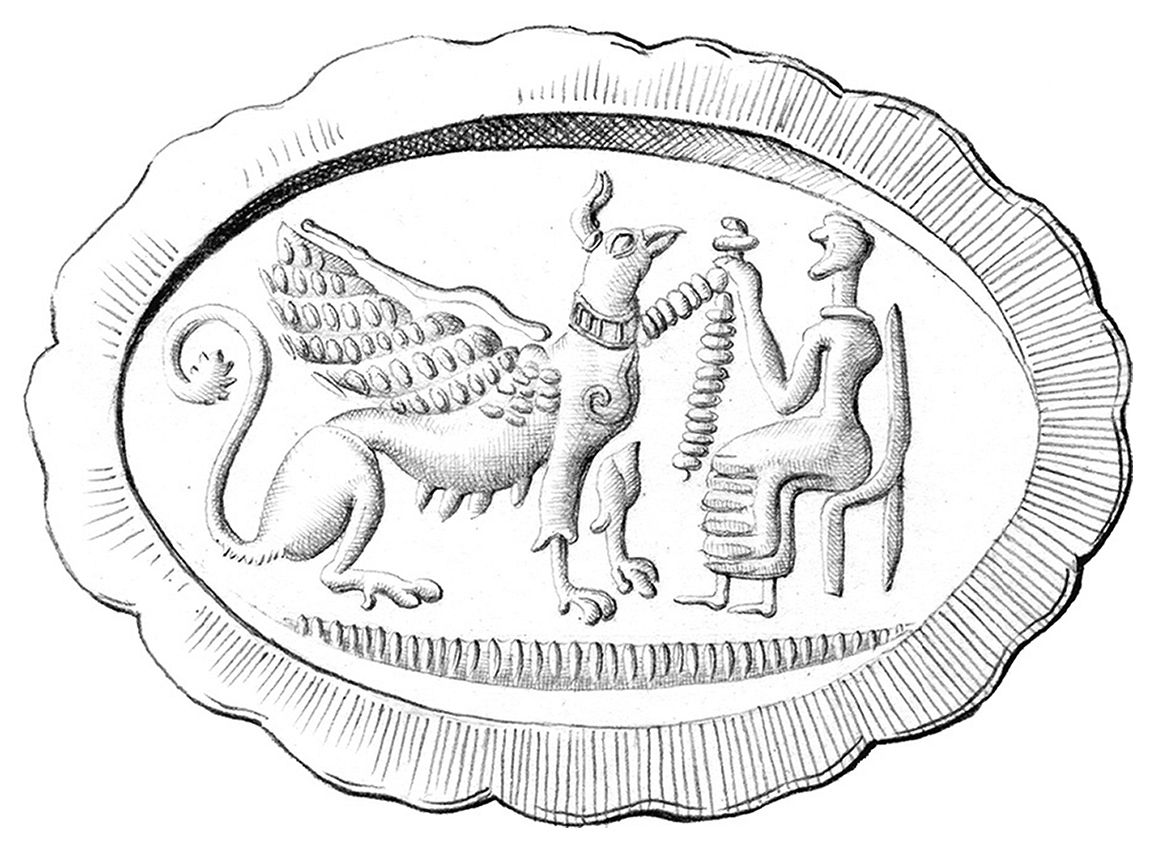
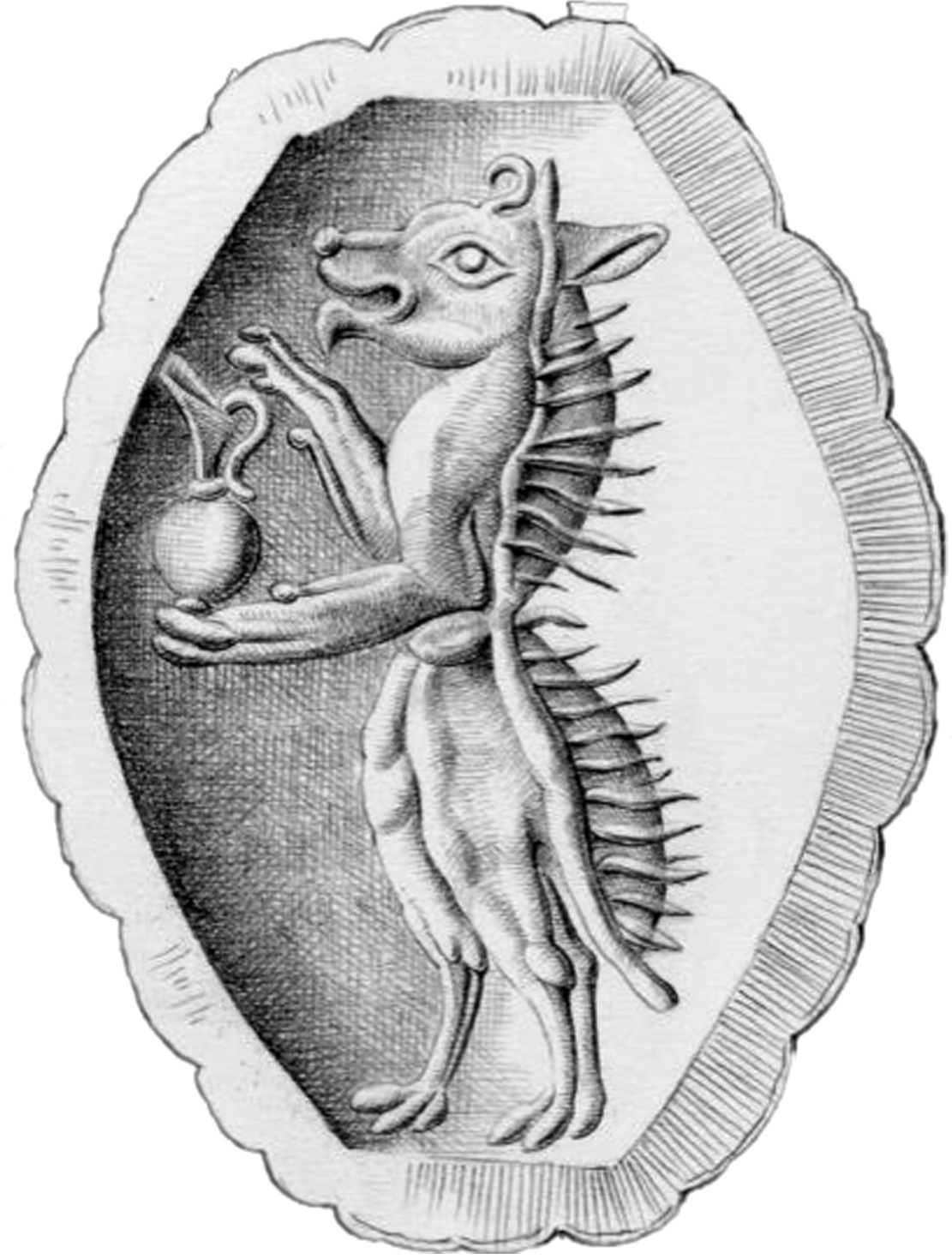
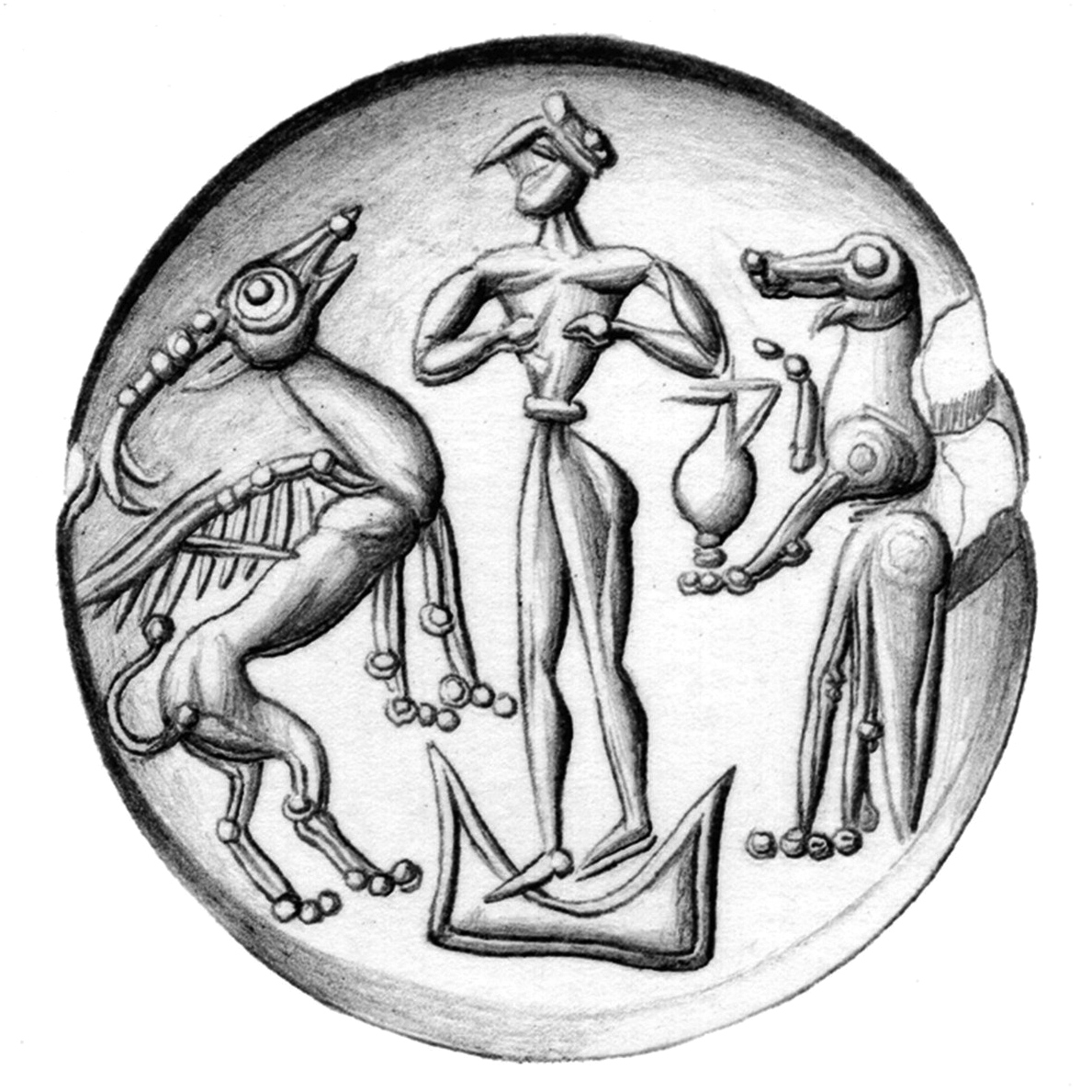
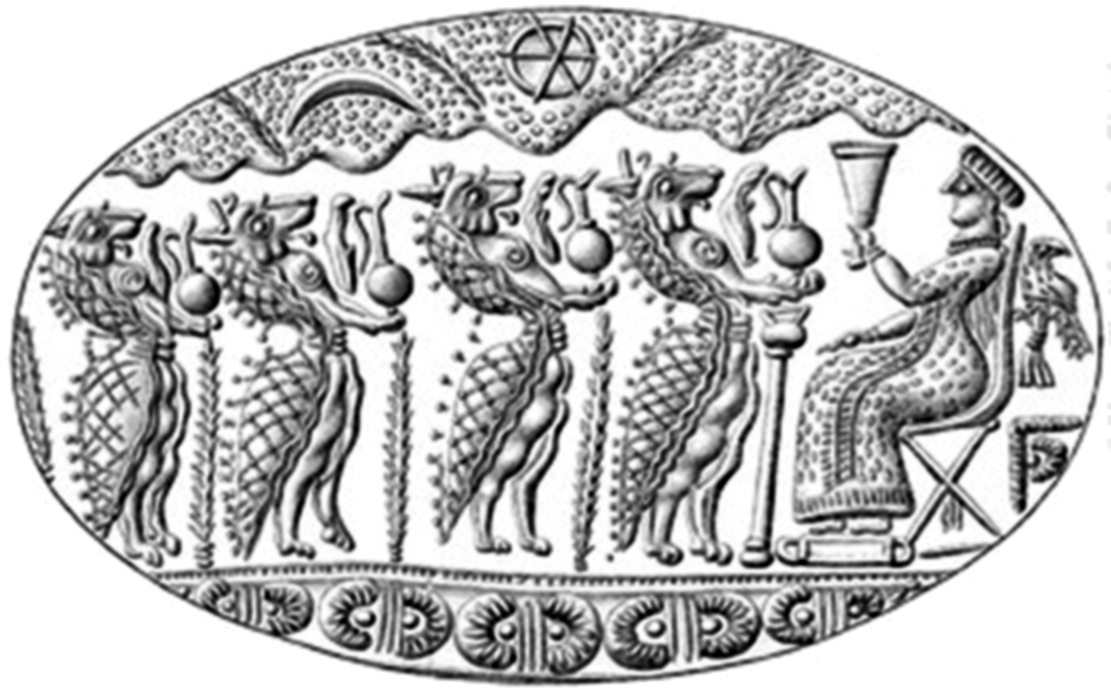
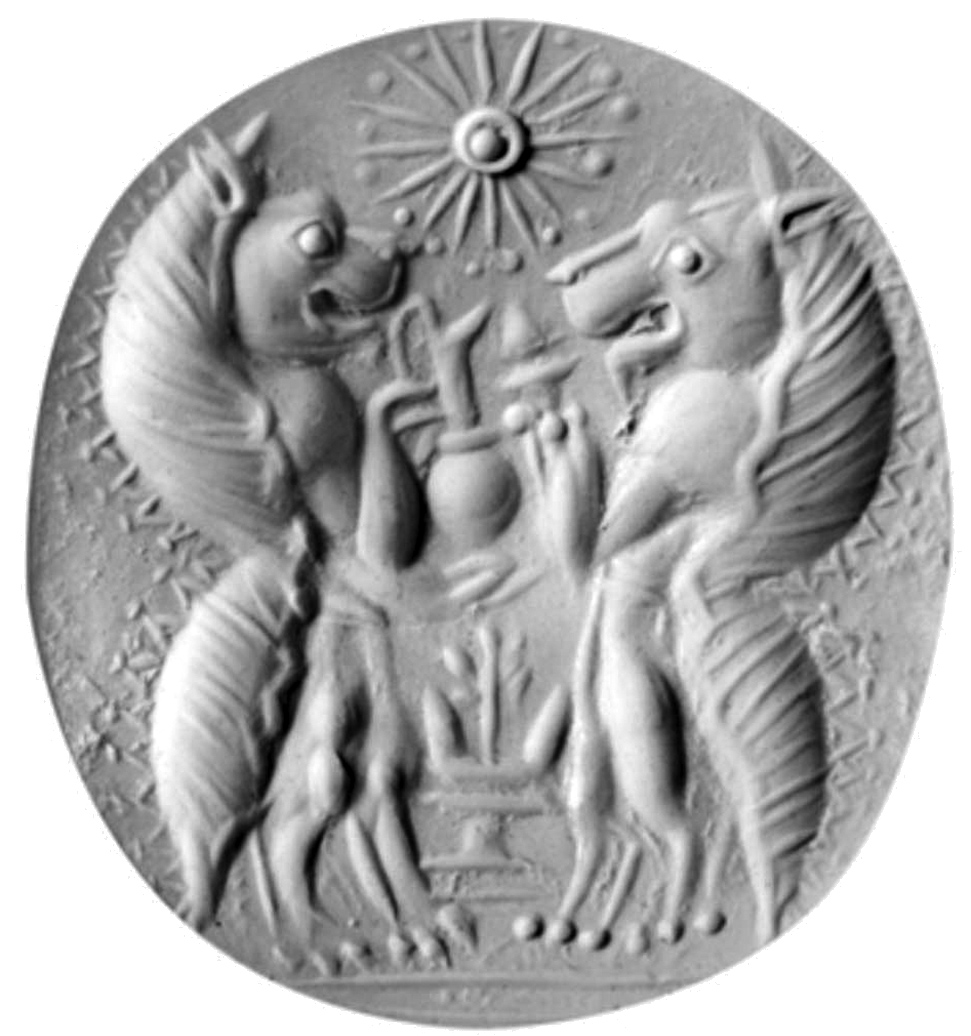
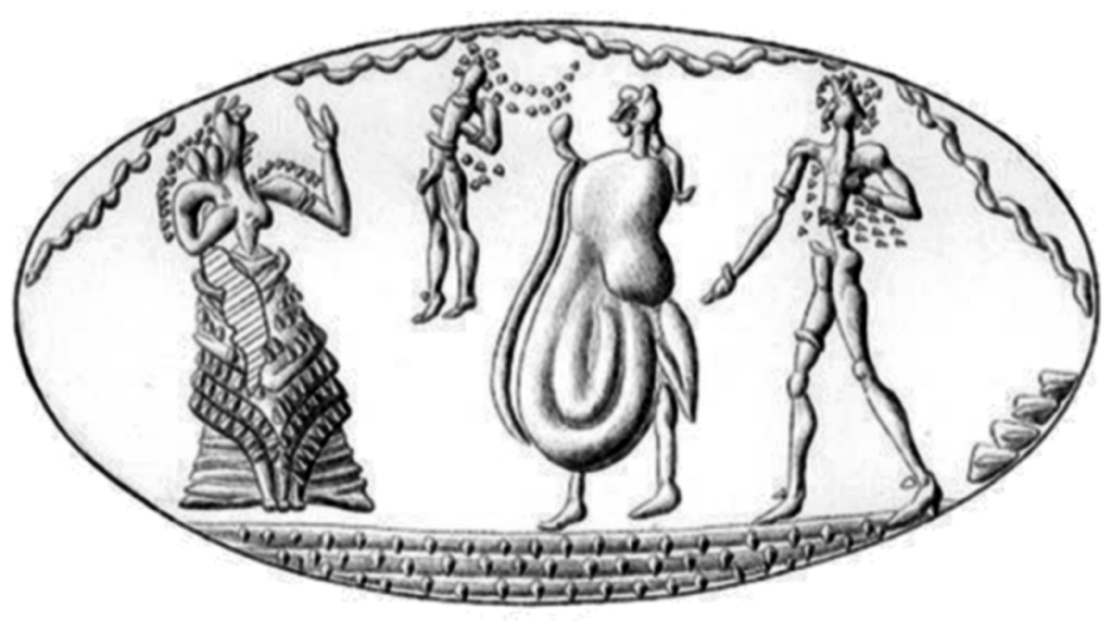
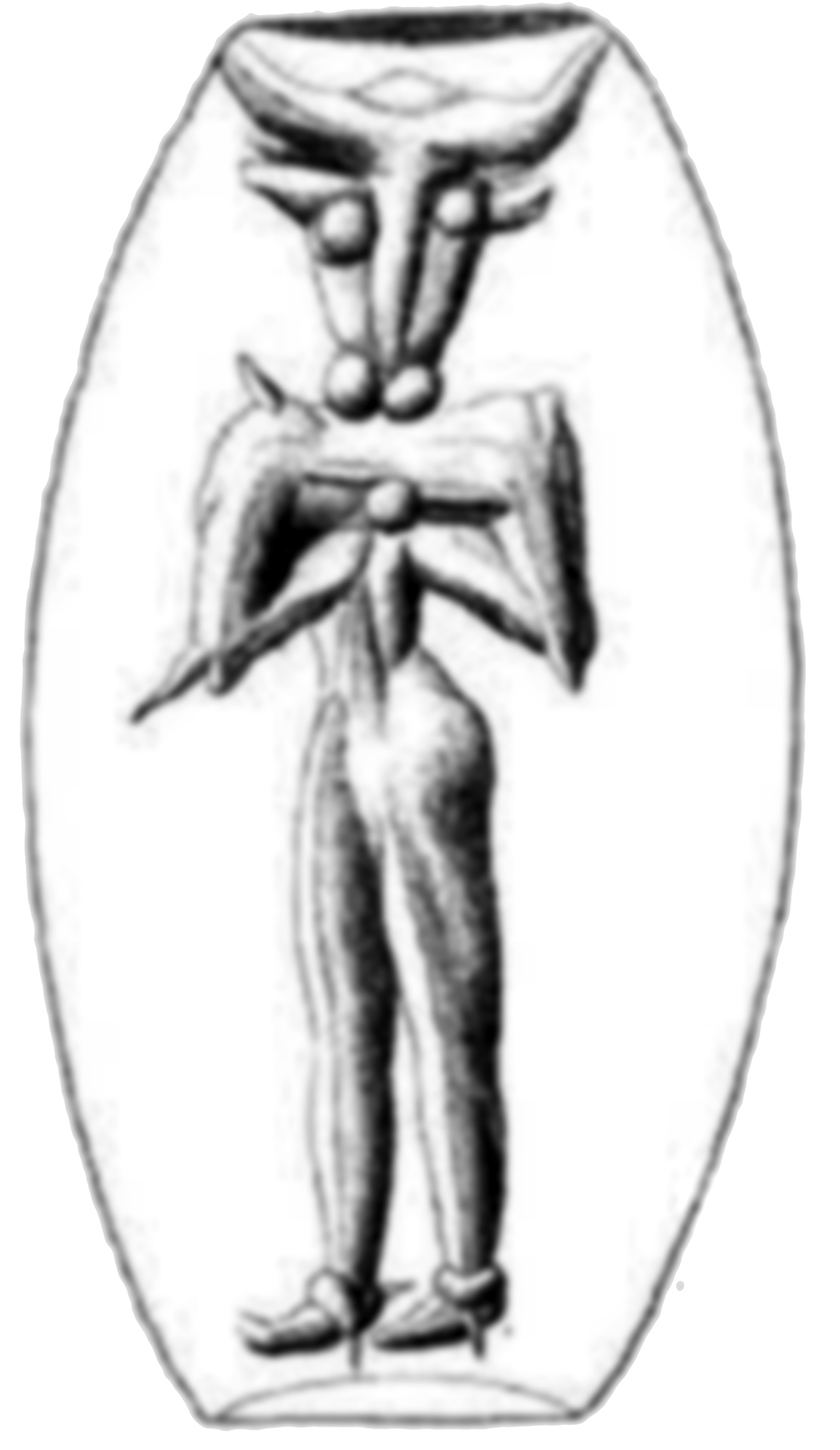
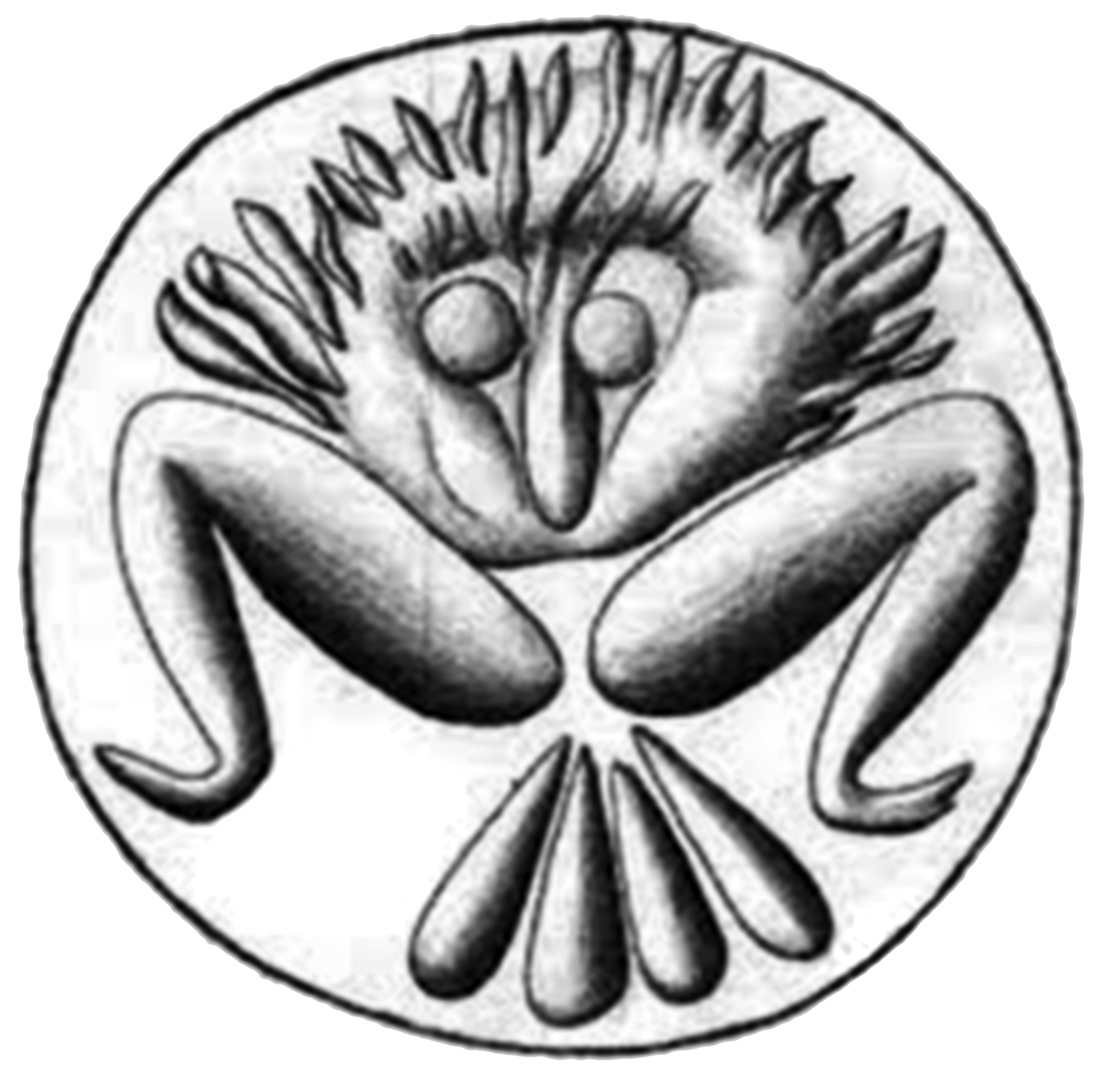
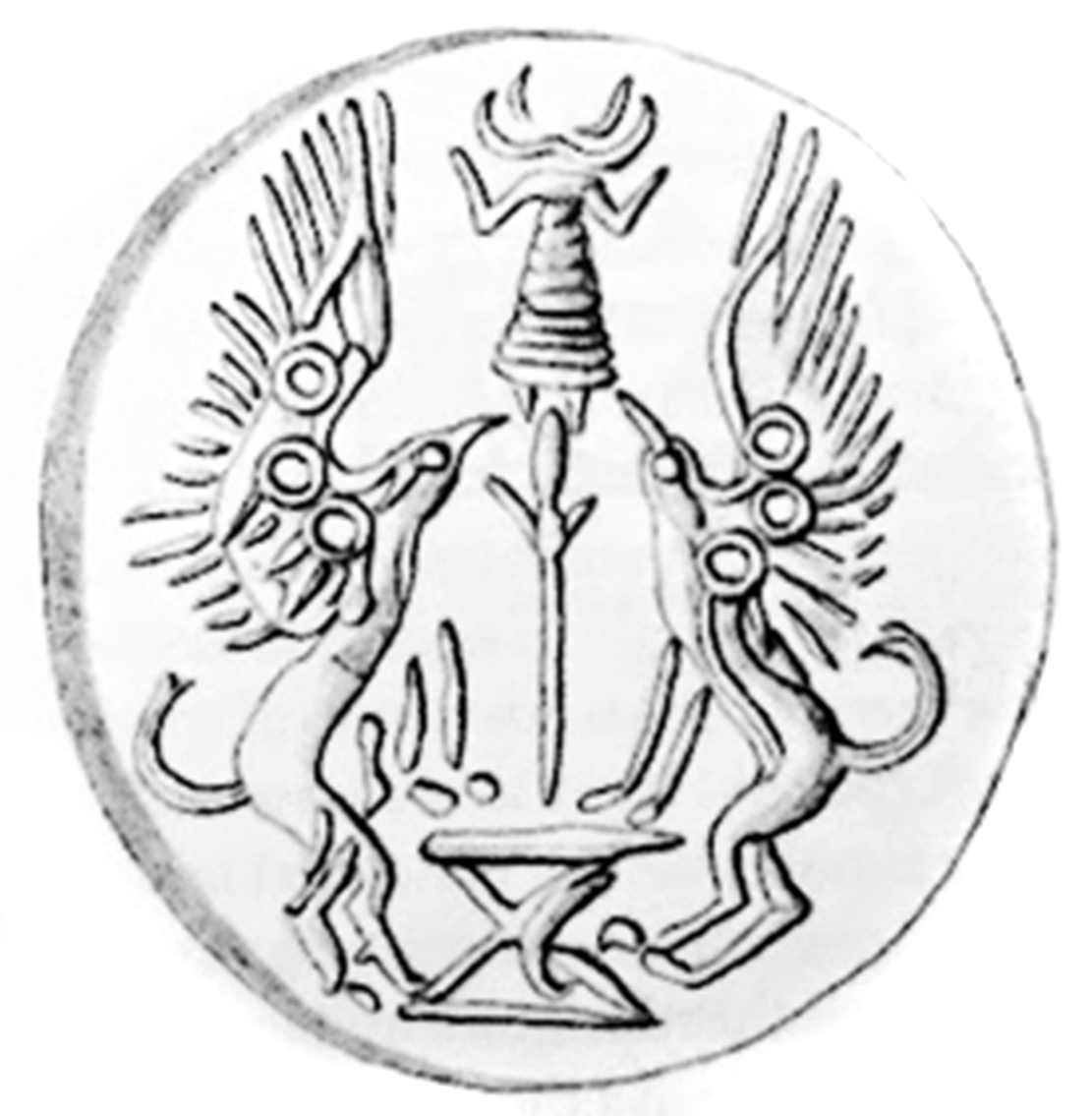
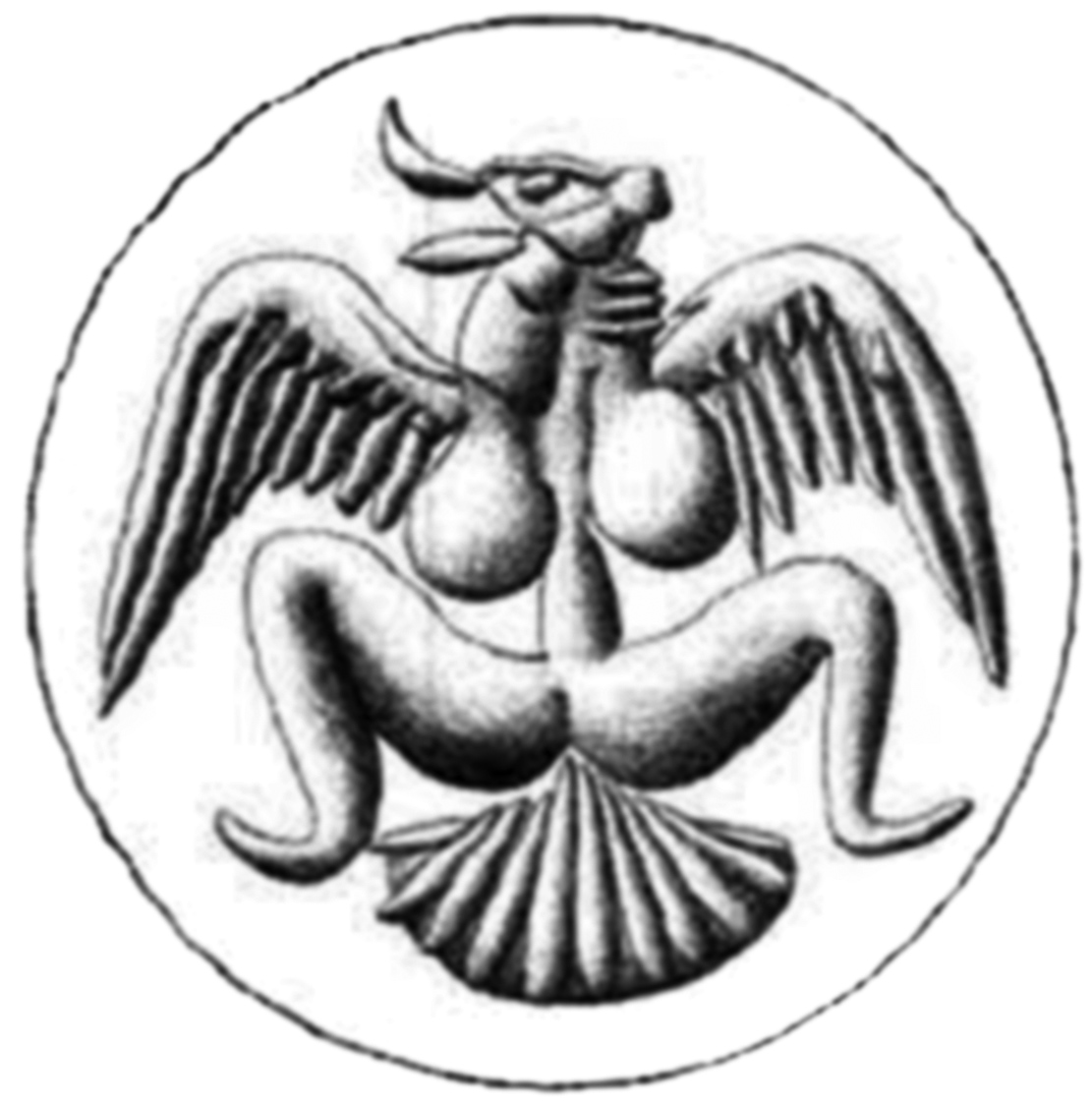
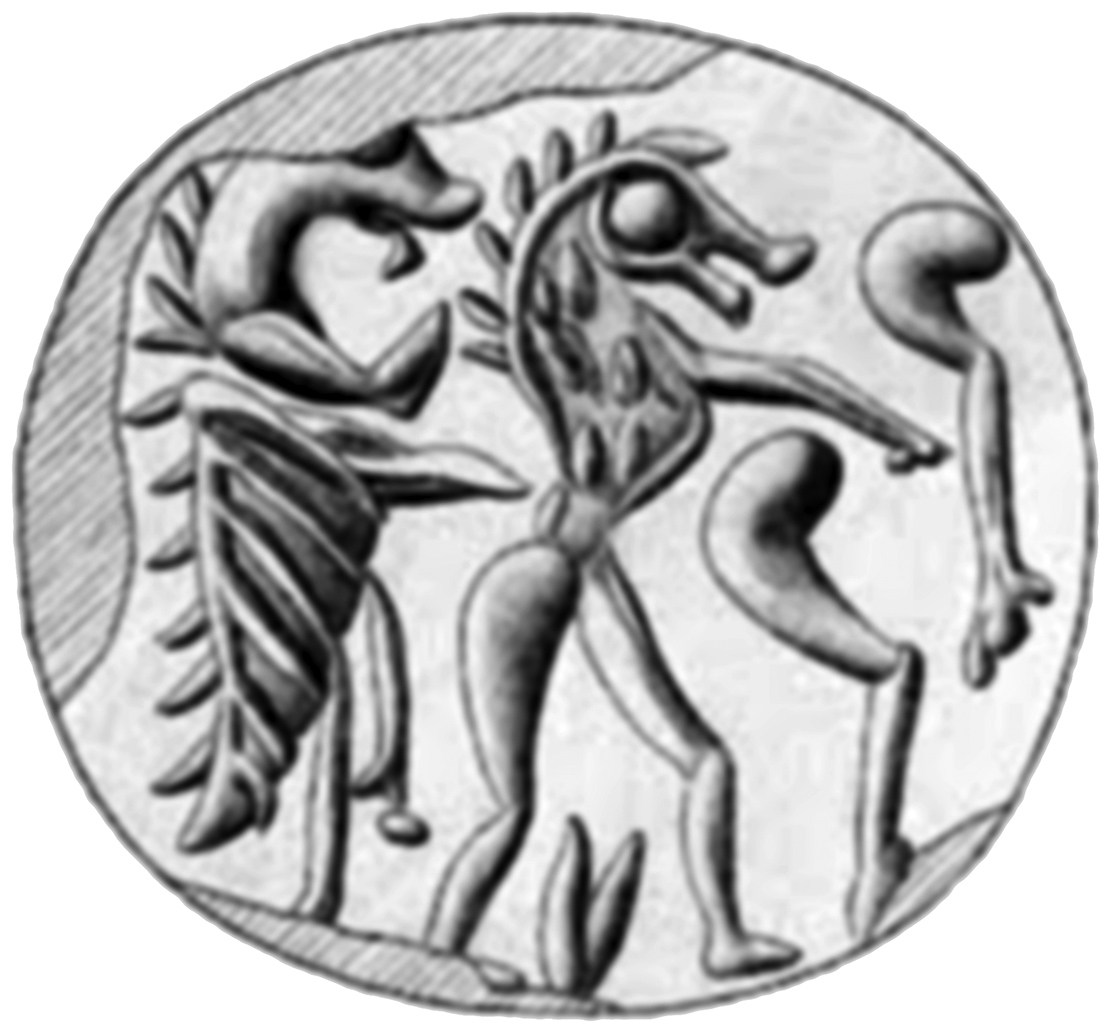
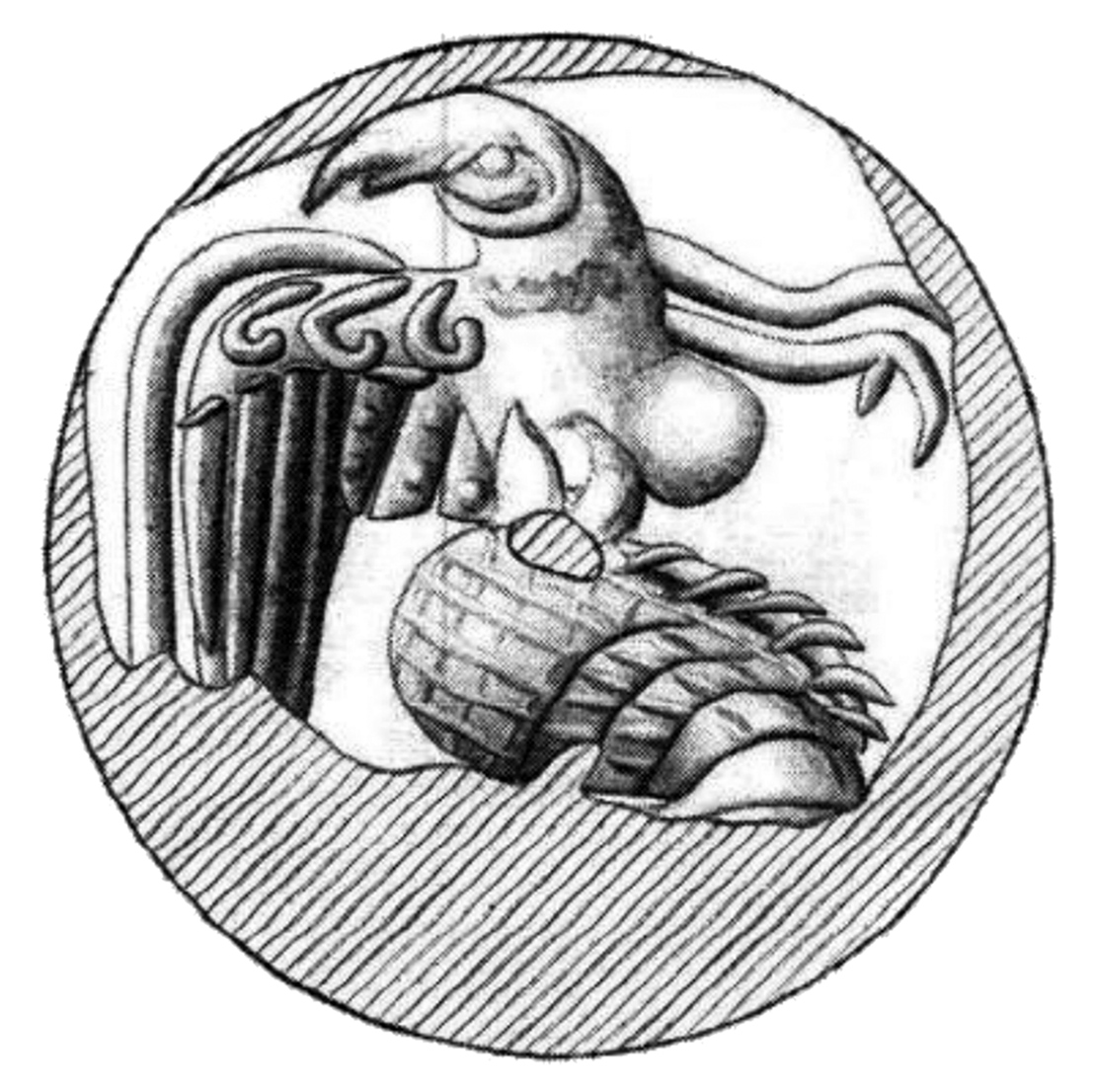
***
Paintings by Jules Laurens (1825-1901)
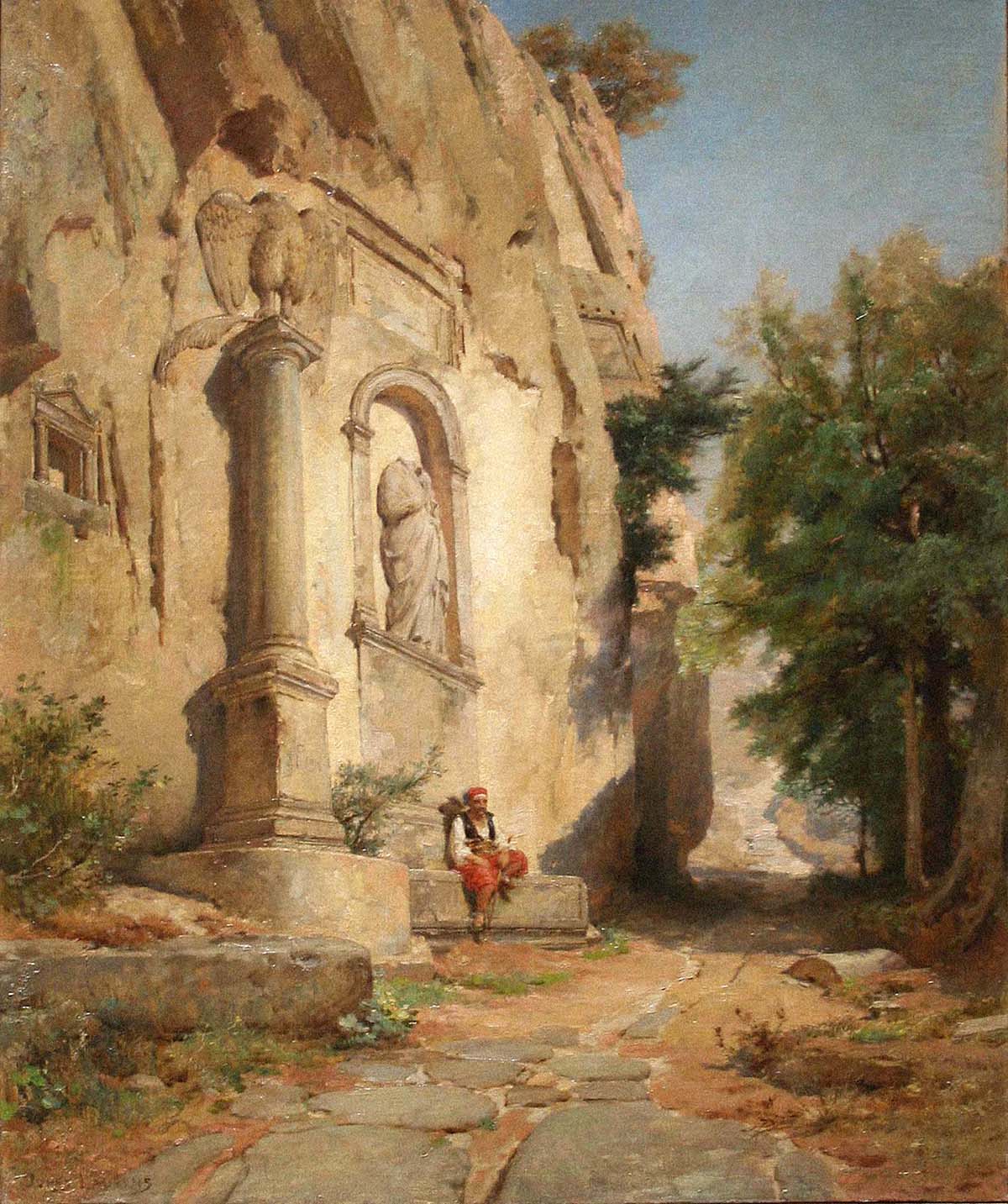
Bithynian monument in Northern Turkey.
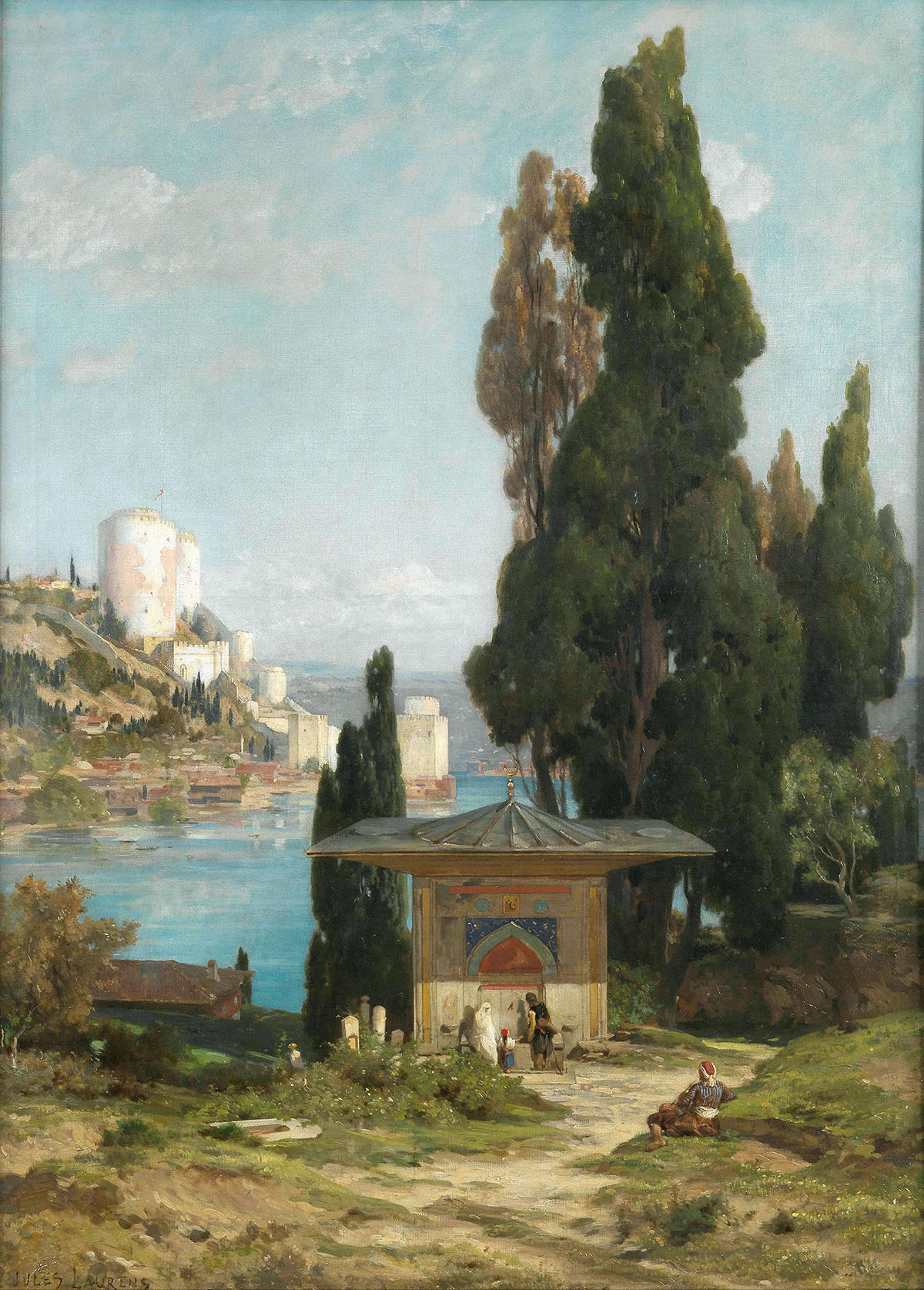
Mirişah Valide Sultan Fountain, Istanbul, Turkey.
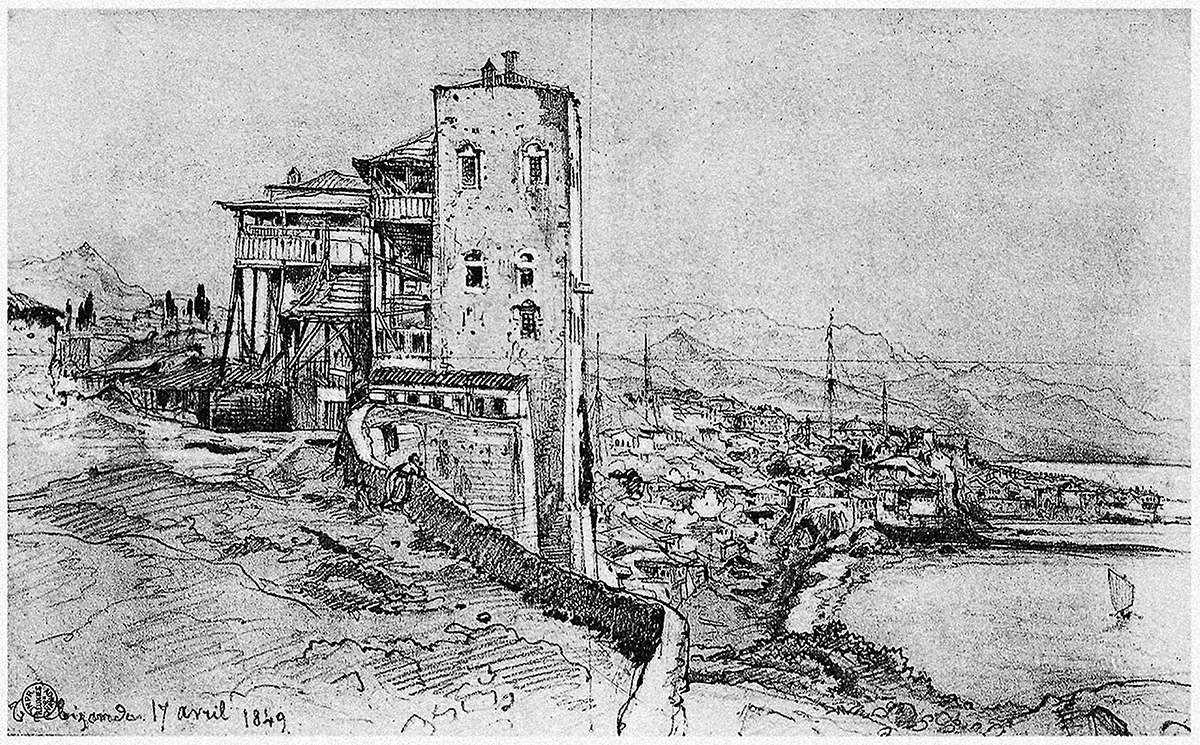
The quarantine station near Trabzon, Turkey.
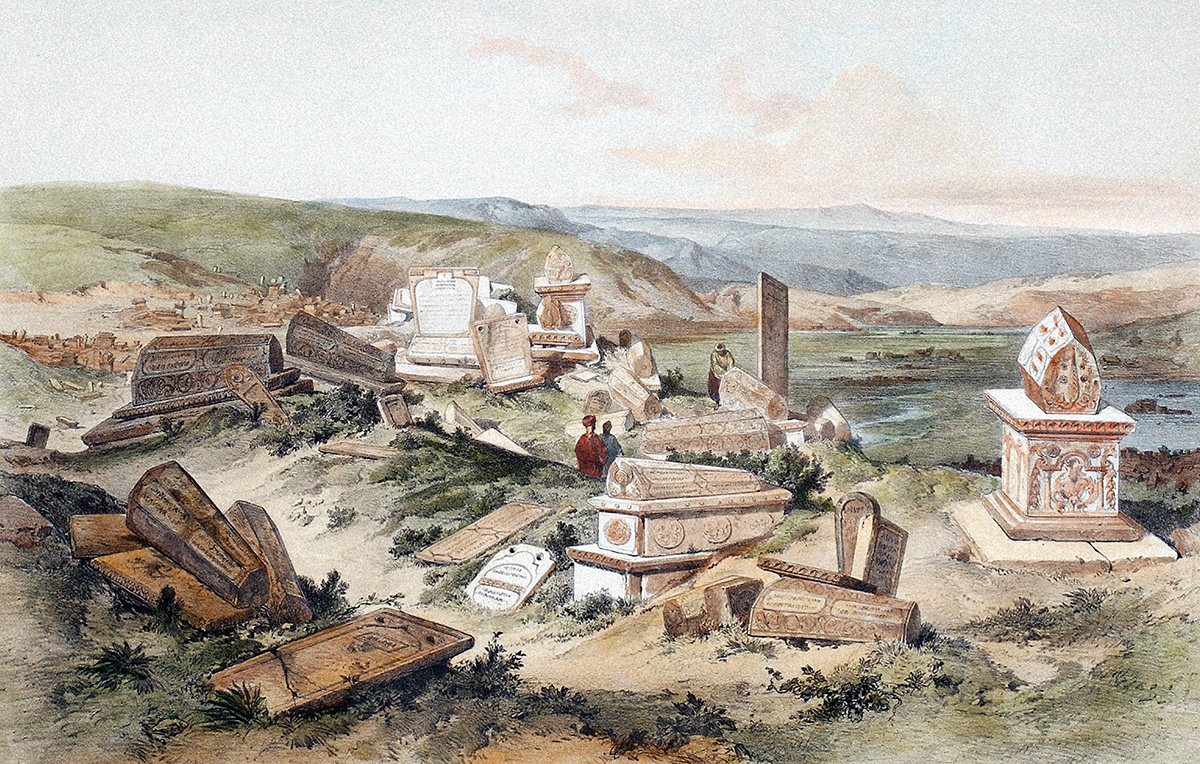
The Kuzguncuk Jewish Cemetery in Istanbul, Turkey.
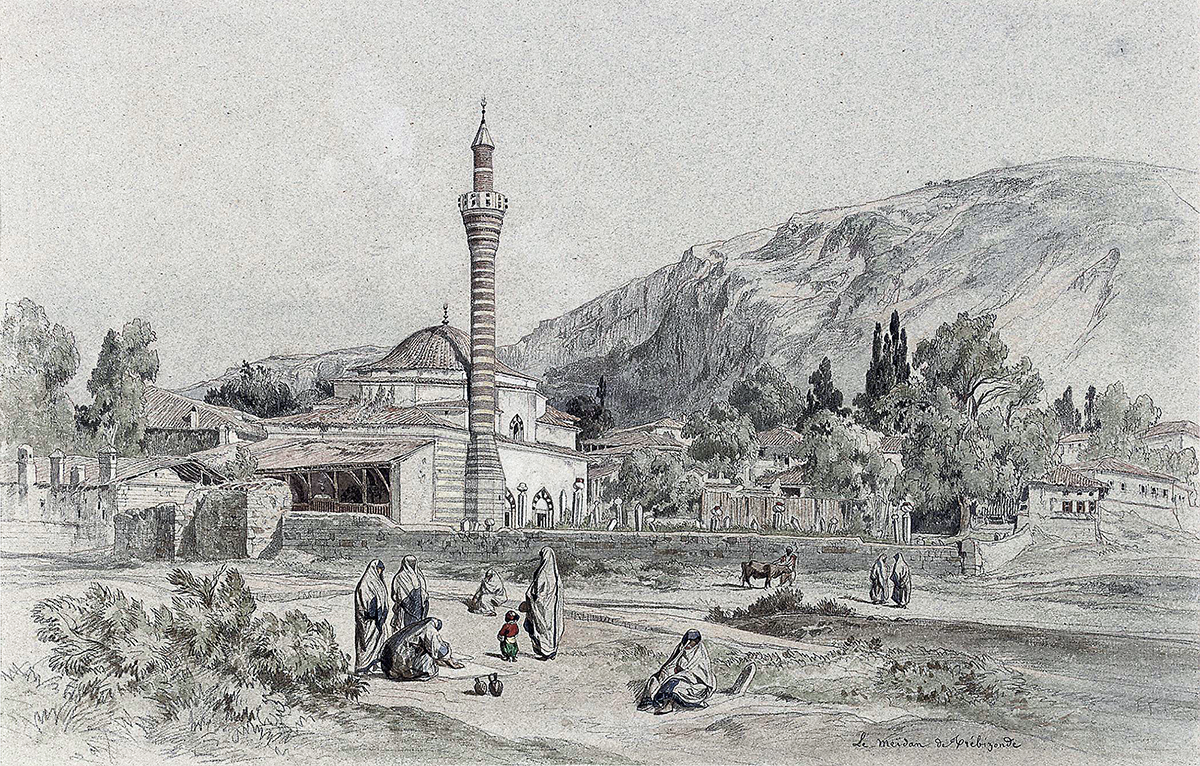
View of the Boztepe village near Trabzon, Turkey.
A compendium of symbols from Turkish rugs and carpets Views of bygone Ankara, 1991 Source: Mehmet Özel, Ankara, Turkish Republic Ministry of Culture, General Directorate of Fine Arts, Ankara, 1991.
Beautiul artwork of Chrysidid wasps by Karen English-Loeb Source: Lynn S. Kimsey, The Chrysidid Wasps of the World, Oxford Science Publications, 1990.
The amazing diversity of Australian peacock spiders Artwork by Agnes Pelton (1881-1961) Artwork by Frantisek Kupka (1871-1957) Malay depictions of jinns The art of cattle painting among Kenya's Turkana people Freaks and monsters from Dünyayı Kurtaran Adam (Turkish Star Wars) (1982) Humanoid lepidopteran monster from The Blood Beast Terror (1968) Surreal art by Alessandro Keegan Vista of Jurassic life The great mural of prehistoric life at Istanbul Technical University (ITU) Images depicting Turanist monument from the 1940s South American vistas from Kaktusy, Czechcacti journal Palaeoart by Petr Modlitba at the Czech Natural History Museum Illustrated fly collection boxes by E. H. Compton Before Tesla, there was Anadol Tail-less crocodylians An eccentric house from Bodrum, Turkey Landscape with fungi and flowers Nausea A concert of birds, angels and demons from the Book of Solomon by Firdausi of Bursa Demons and monsters from Middle-Eastern incantation bowls Landscape photographs from Istanbul and Anatolia during the 1920s Ethiopian magic scrolls A selection of Ethiopian magic scrolls from various sources. These highly-stylised depictions of saints, animals, demons and angels are believed to combat sickness, bad luck and demonic possession in Ethiopian folk religion.
Creatures and races from the Ringworld Larry Niven's Ringworld series, based on the premise of a titanic artificial space habitat around a sun; had aspin-off role-playing game in the mid-1980s. The guide-books of this now-obscure game contained lavish illustrations of Ringworld races, alien creatures and habitats, executed a team of by talented artists including Ralph McQuarrie of the Star Wars fame. Here is a brief selection:
Return to the Rhinogrades In 2019, artist Joschua Knüppe re-interpreted some of the more popular Rhinogrades from this book in his trademark realistic digital-art style. Source: Harald Stumpke, The Snouters: Form and Life of the Rhinogrades, The University of Chicago Press, Chicago, 1981.
Triangle-headed tombstones sinking in a dam lake at Turkey's Yozgat province The diversity of sea slugs, illustrated by Tuvia Kurz The tremendous diversity of Turkishwooden headstones (hece boards) Ornithological art by Cemil Aldısan, pioneering Turkish nature artist Demons from Kitab al Bulhan Nipponites Medieval views of elephants View of the Parthenon Vintage Stegosaurus Kairuku and dead squalodontid dolphin Riddle of the ypsigon Paintings of prehistoric marine animals by Franz Roubal Bowing to Fertility Gods Paintings by Nikos Hadjikyriakos-Ghikas A book of comets Murad Reis Mosque, Rhodes Naive art of Turkish and international trucks Sardinian ritual costumes Study of a gecko African village series Prehistoric landscape Deinotherium, 1855 Lurid Flies "Optionally manned aircraft" Stygimoloch Lair of the Sea Serpent - in two versions Neon Istanbul The Martyrdom of St. Saturus Callimenus, the chunky Eurasian cricket The mystery of "mustela" Bodrum during the 1970s Phreatichthys andruzzii, Somali blind cavefish Canyon Creature Timon lepidus, the ocellated lizard The Ottoman Vilayet of the Archipelago Title page of Turkish Land Snails Eider in Flight Anglerfish Arslankaya Vintage palaeoart The Ankara National Health Institute Renaissance sunfish Vision of the Ottoman Navy Label of the Filurya Rakısı *** Copyright laws protect all content associated with this site. ***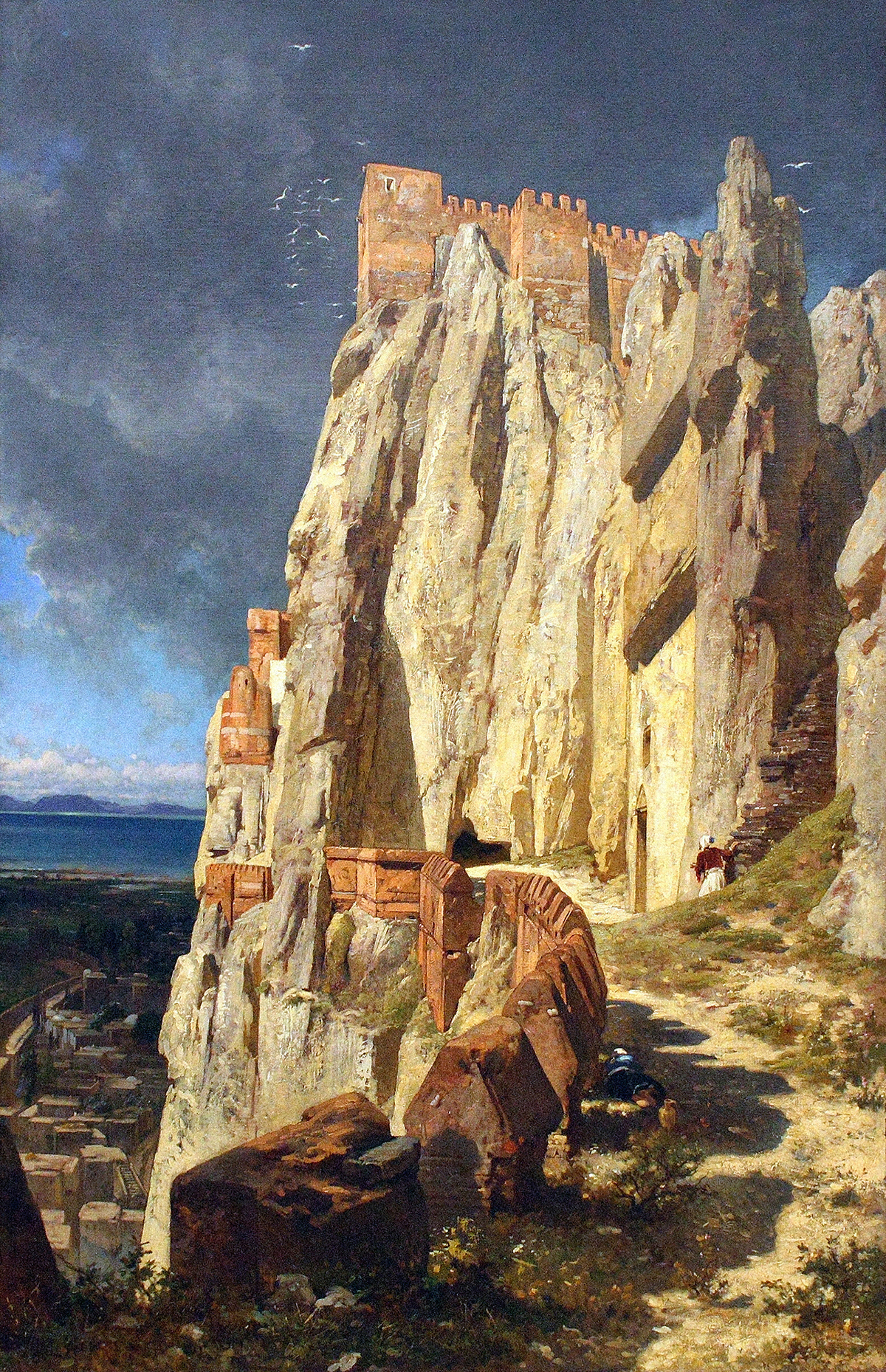
View of the Castle of Van in Turkey.

The central square in Tehran, Iran.
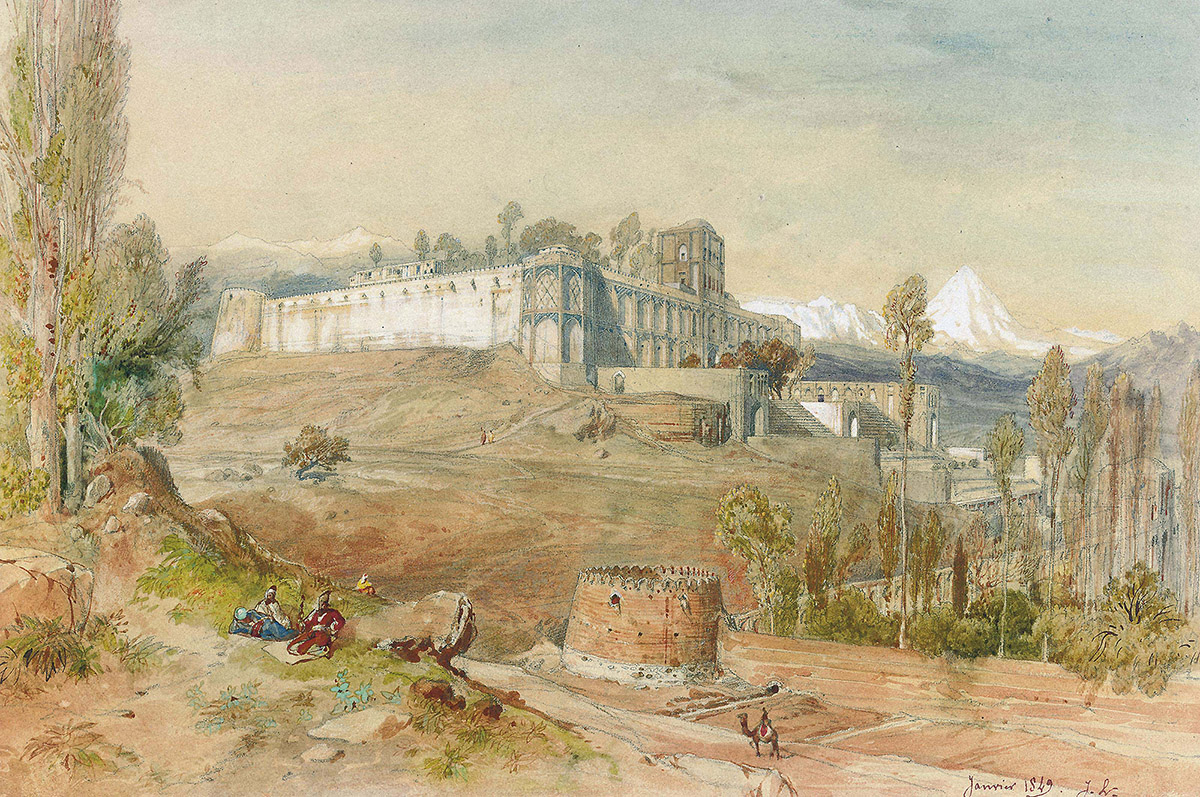
View of a Persian castle.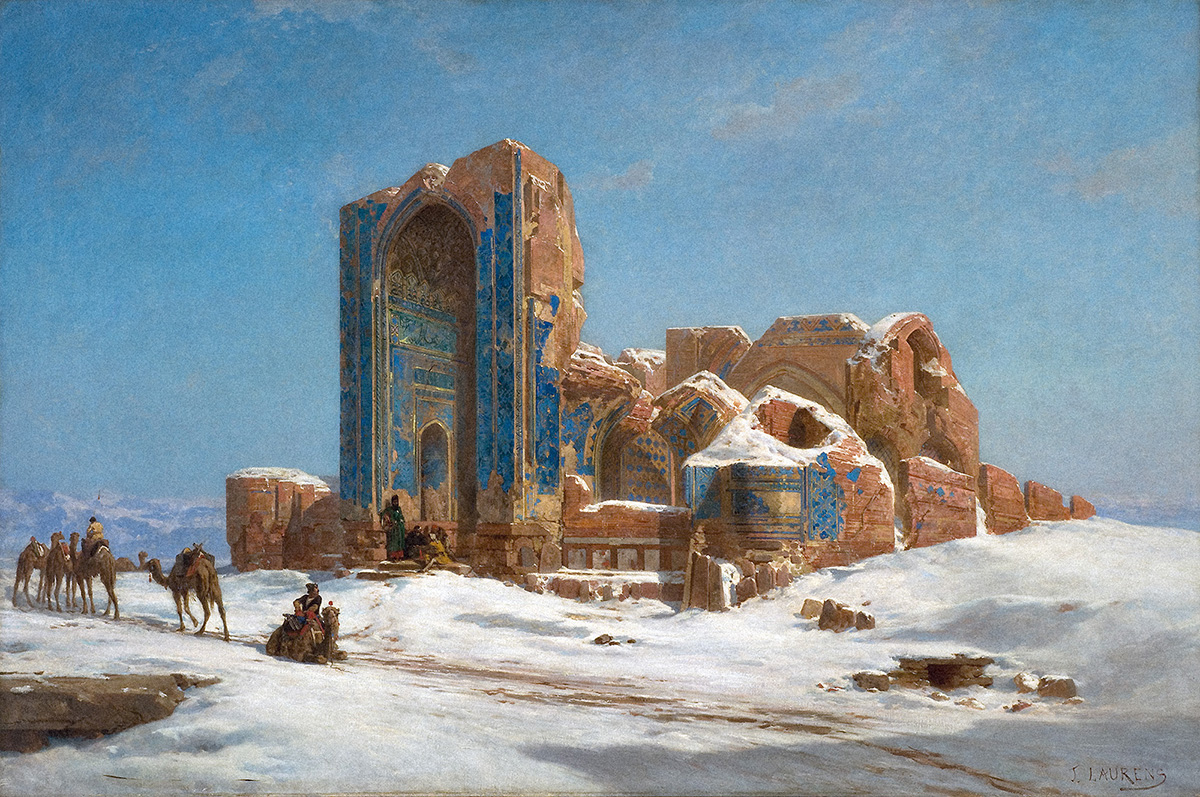
Ruins of the Blue Mosque in Tabriz, Iran.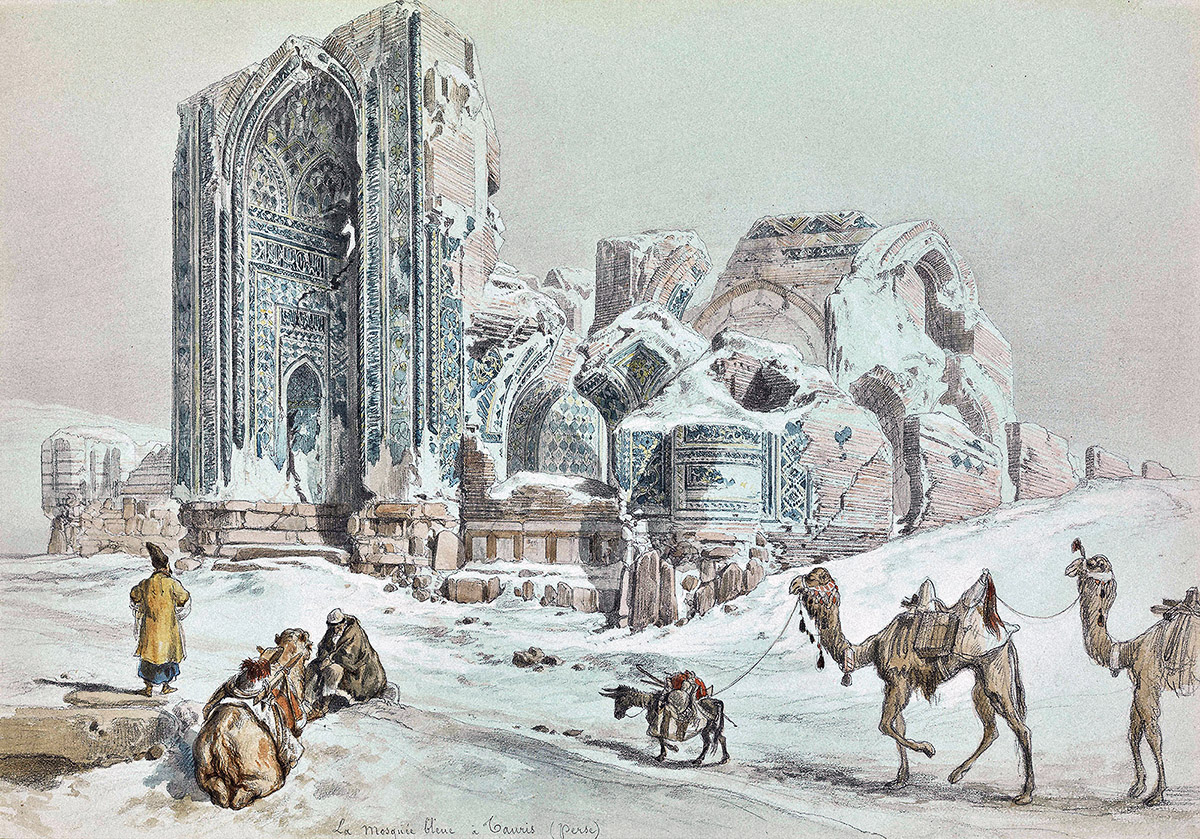
Ruins of the Blue Mosque in Tabriz, Iran.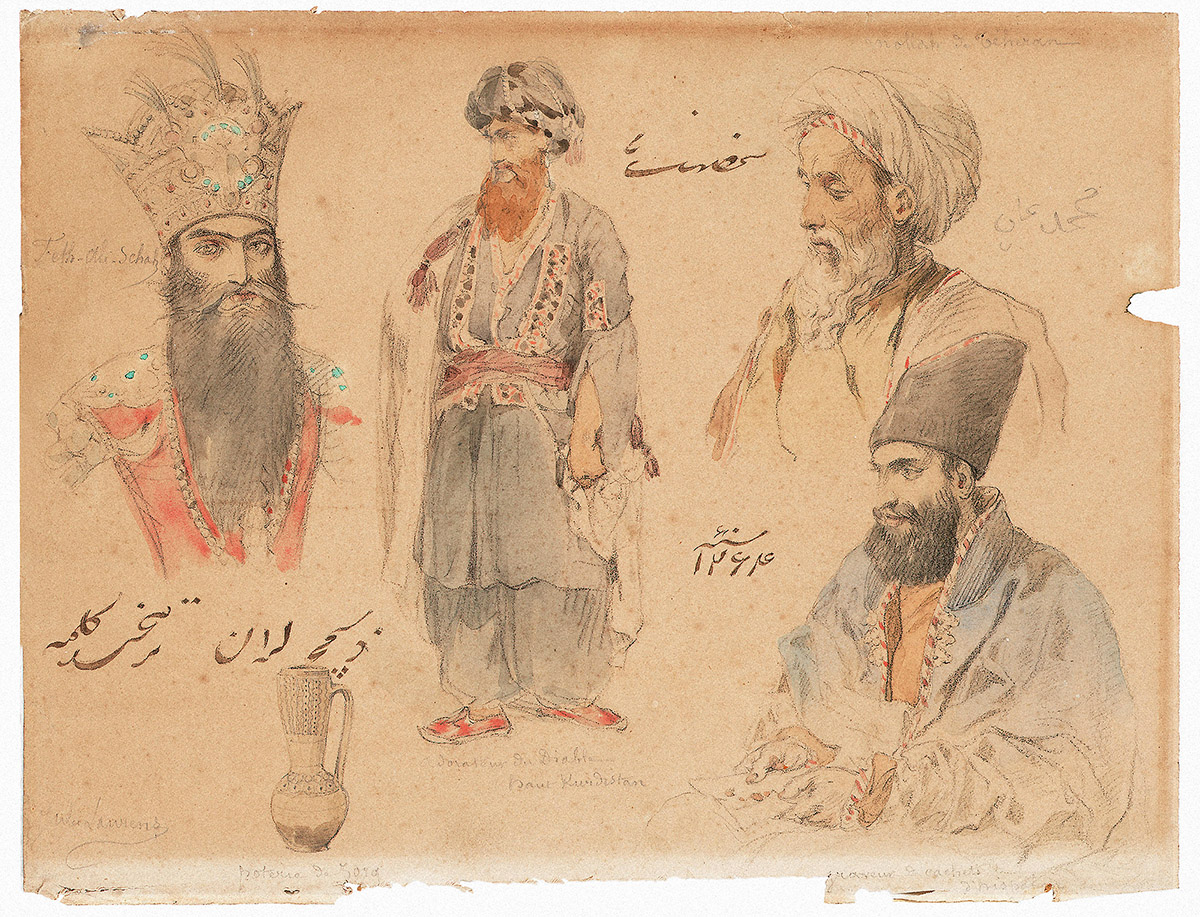
Persian portrait studies.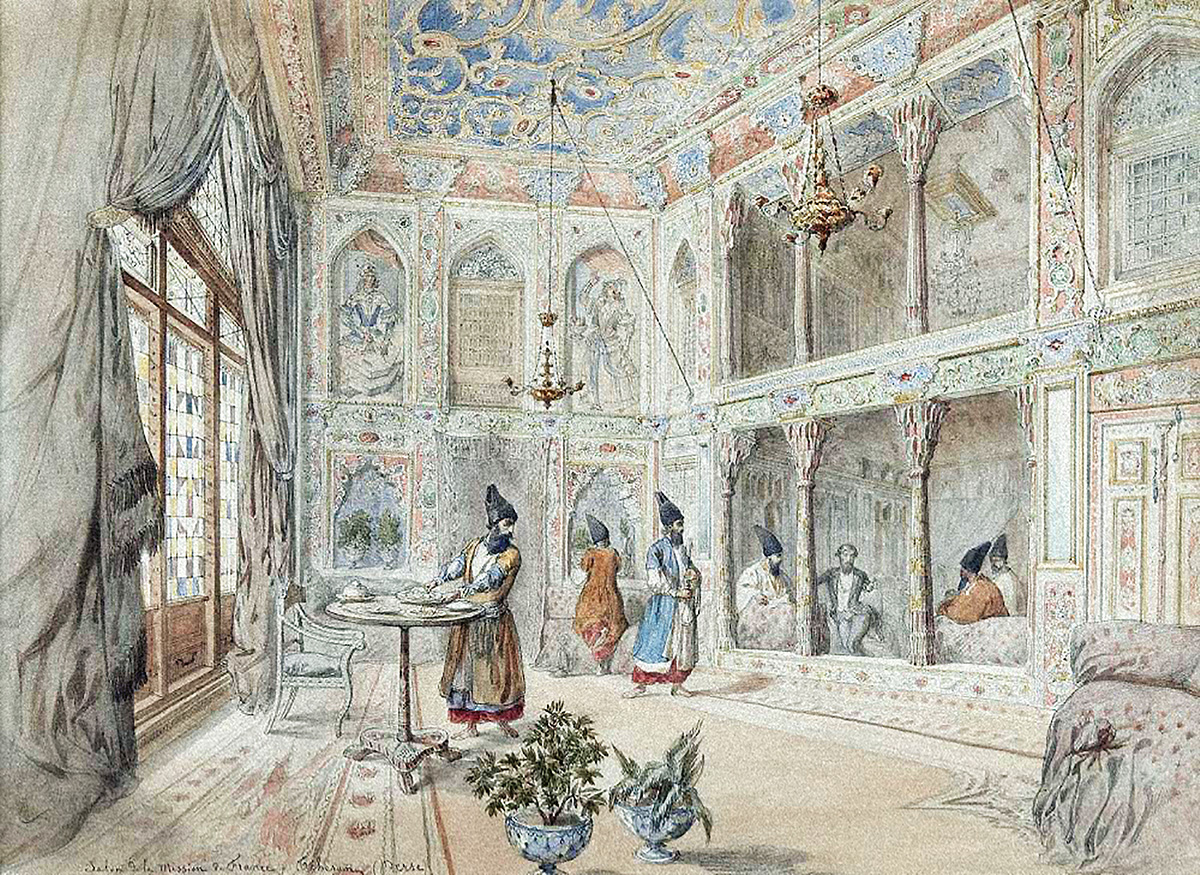
An interior view in Tehran, Iran.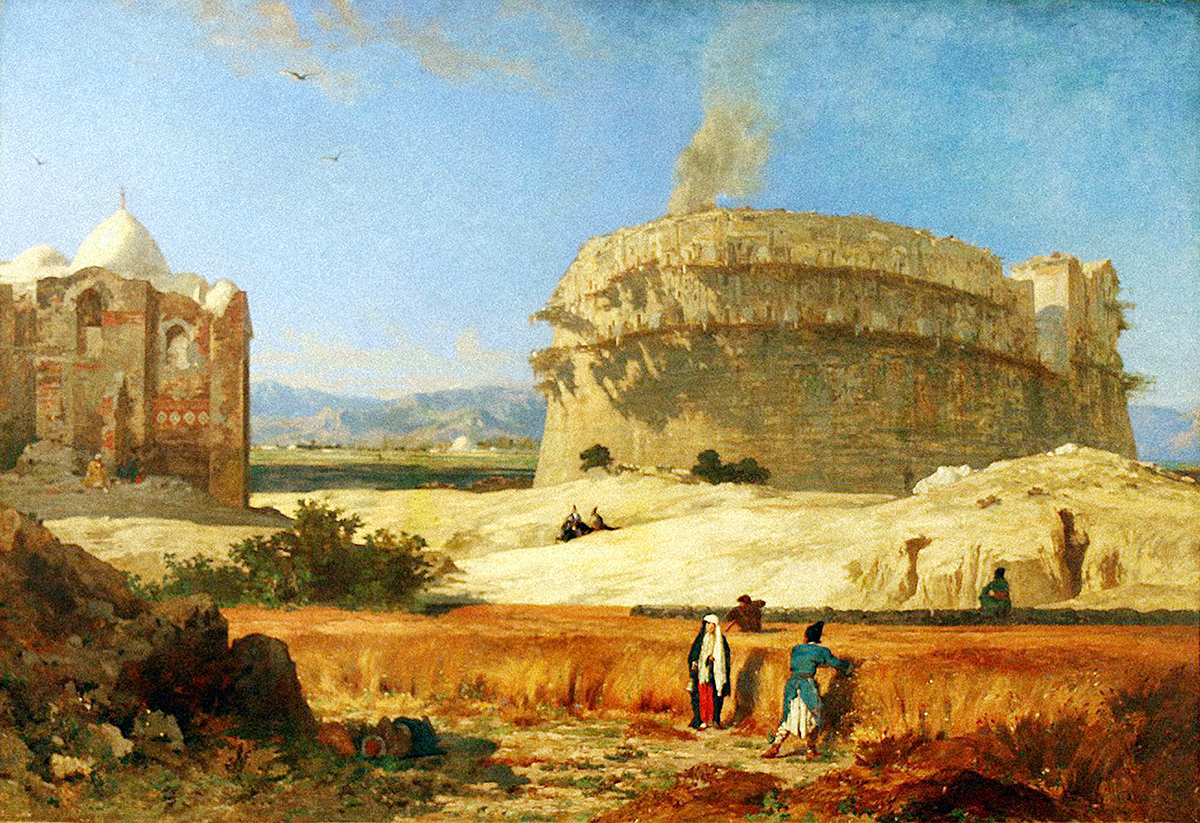
Fortifications near Khorasan, Iran.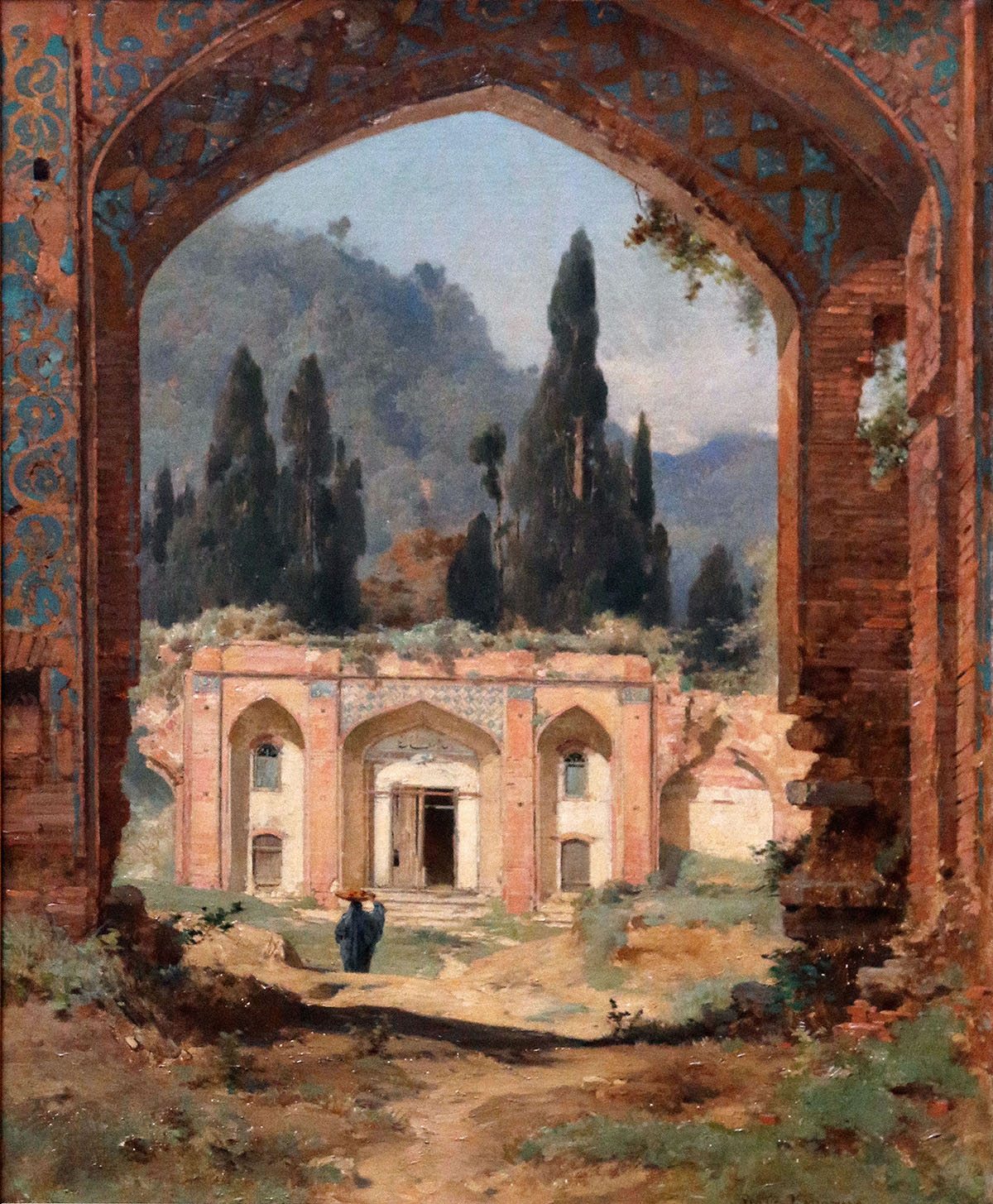
Ruins of Ashraf Palace, Iran.
***

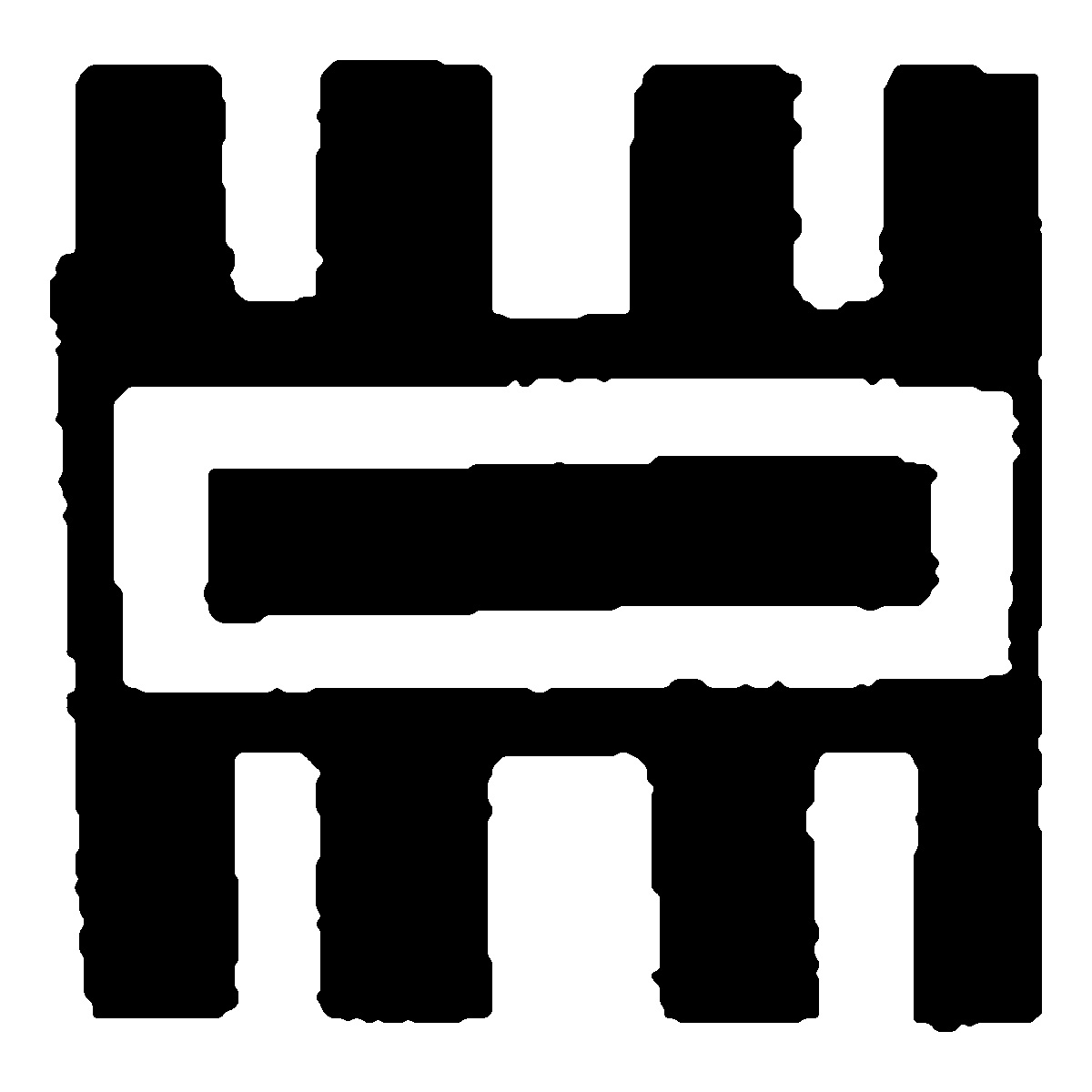
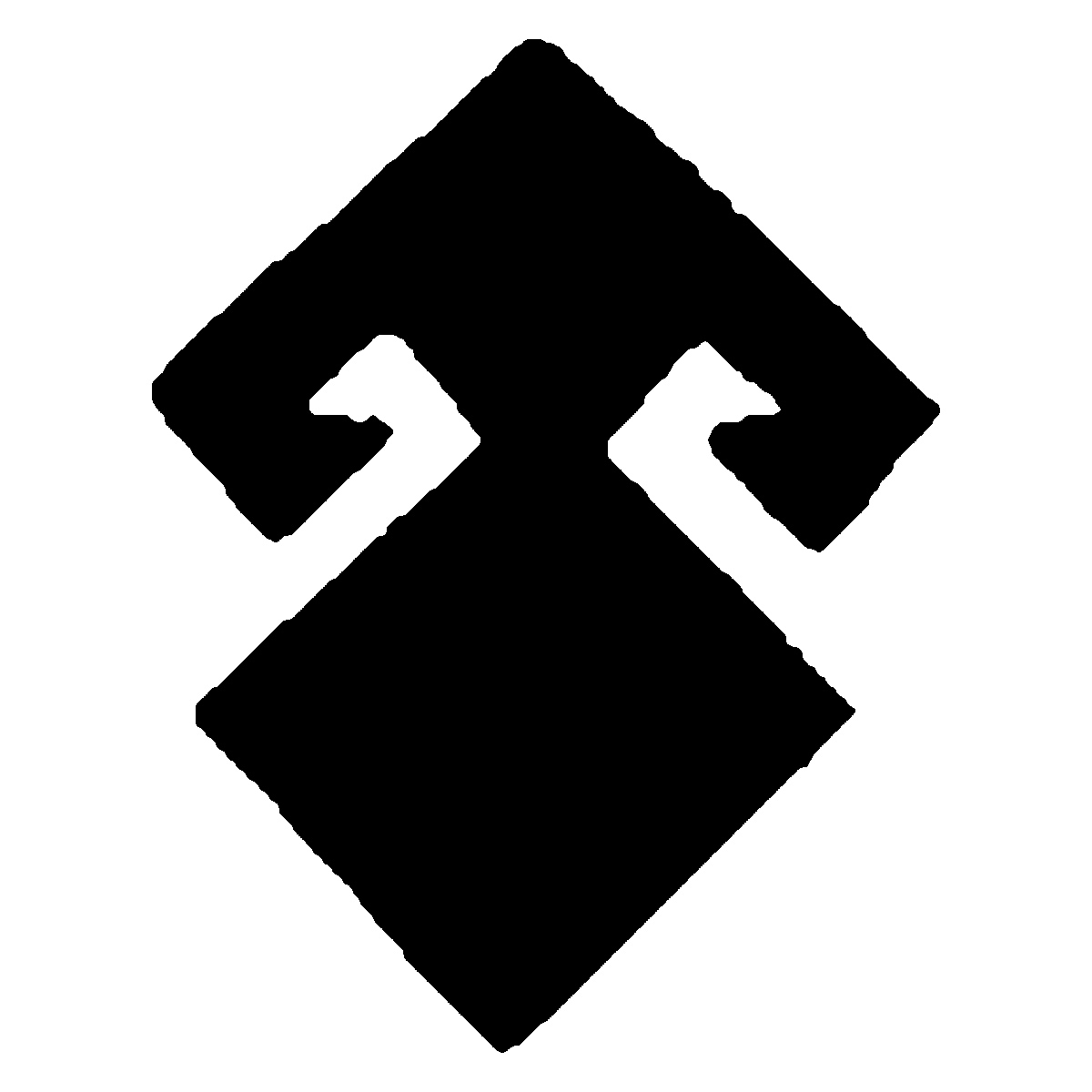
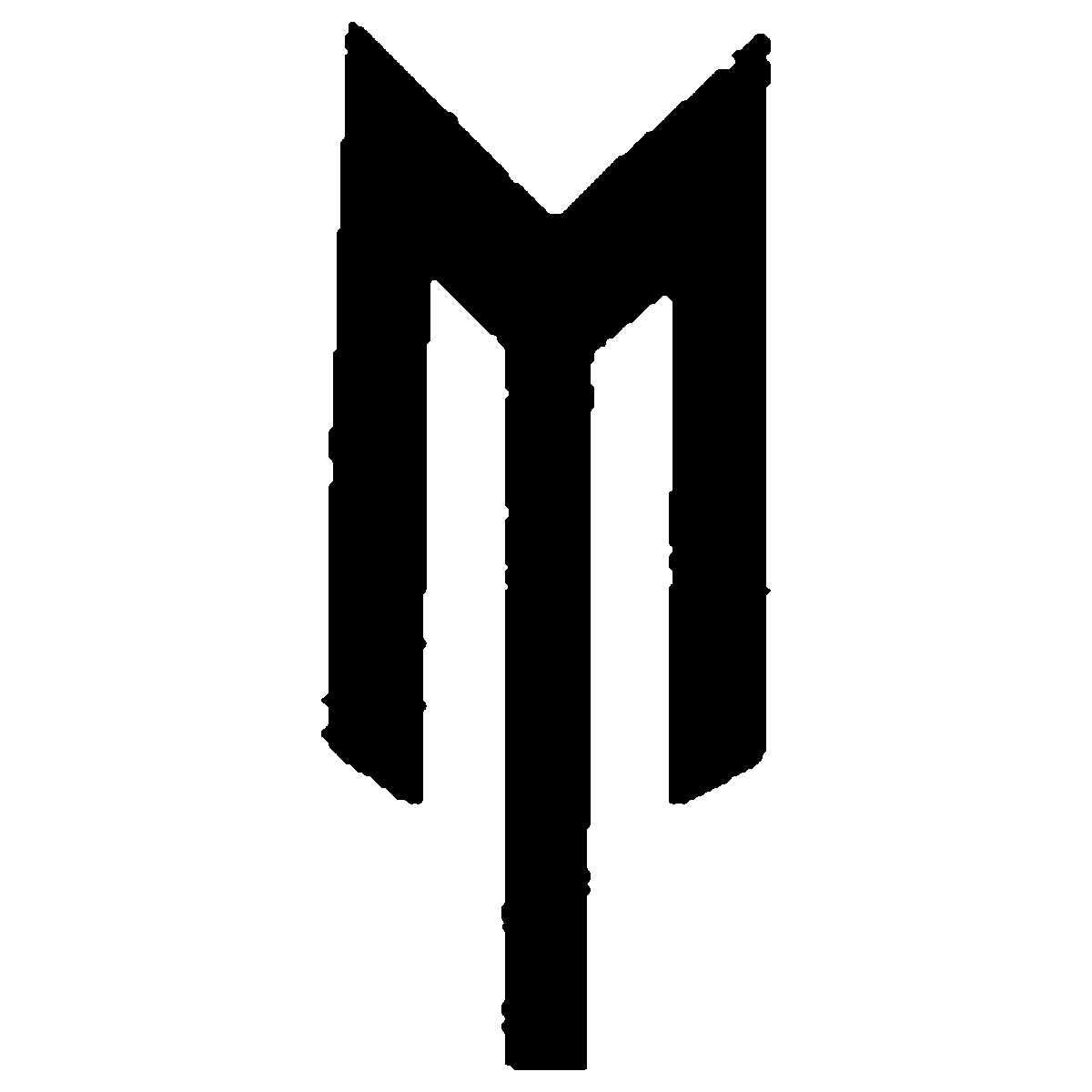
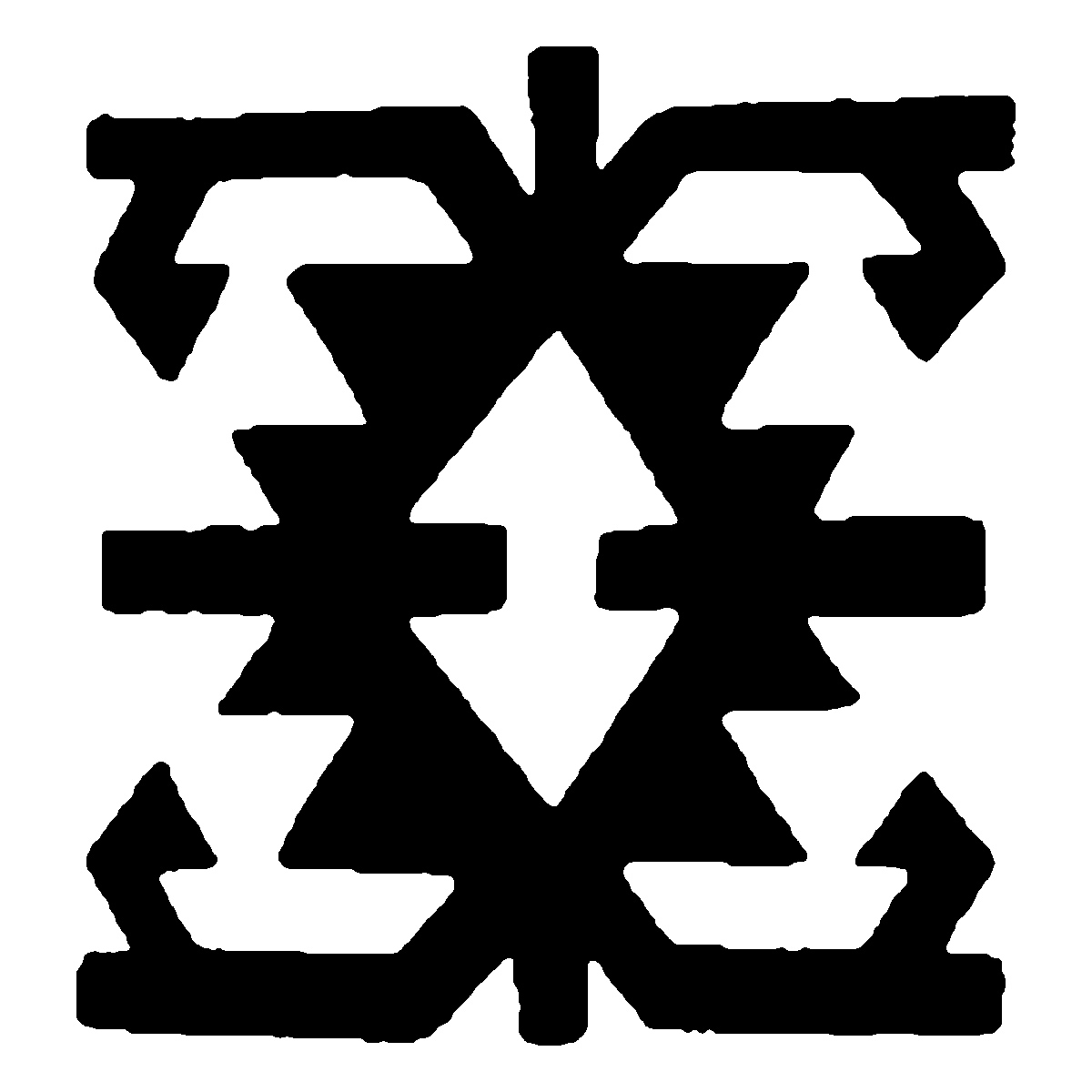

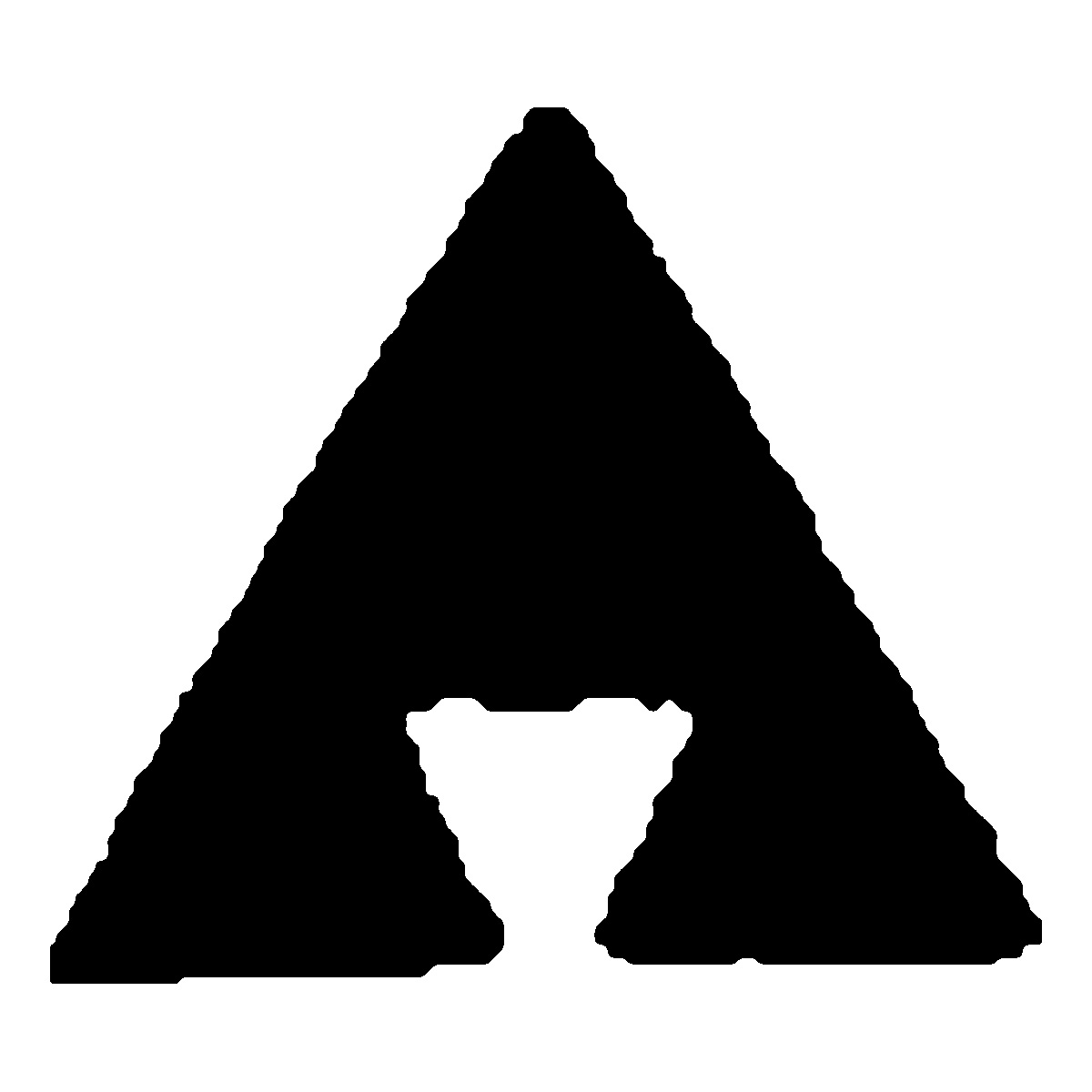
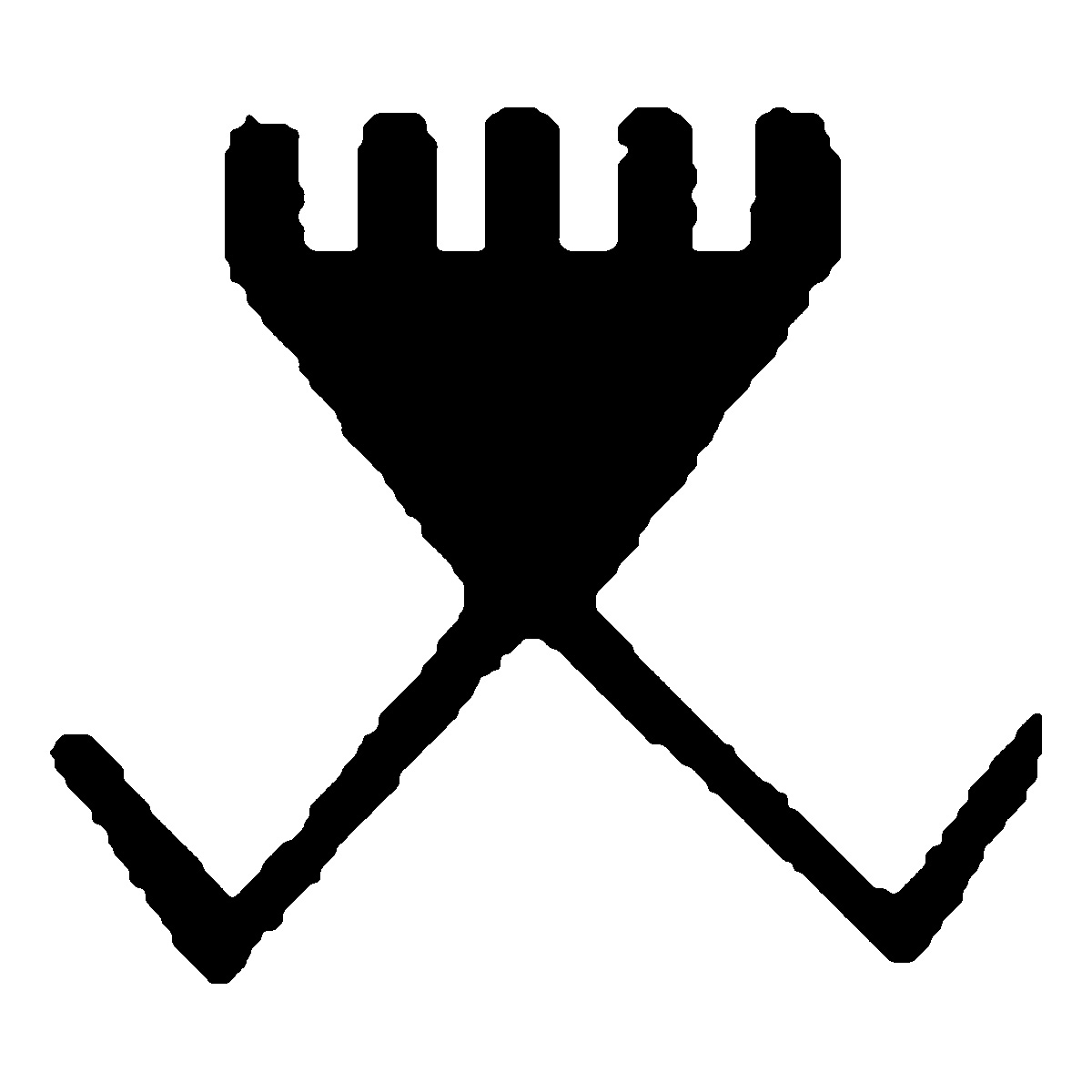
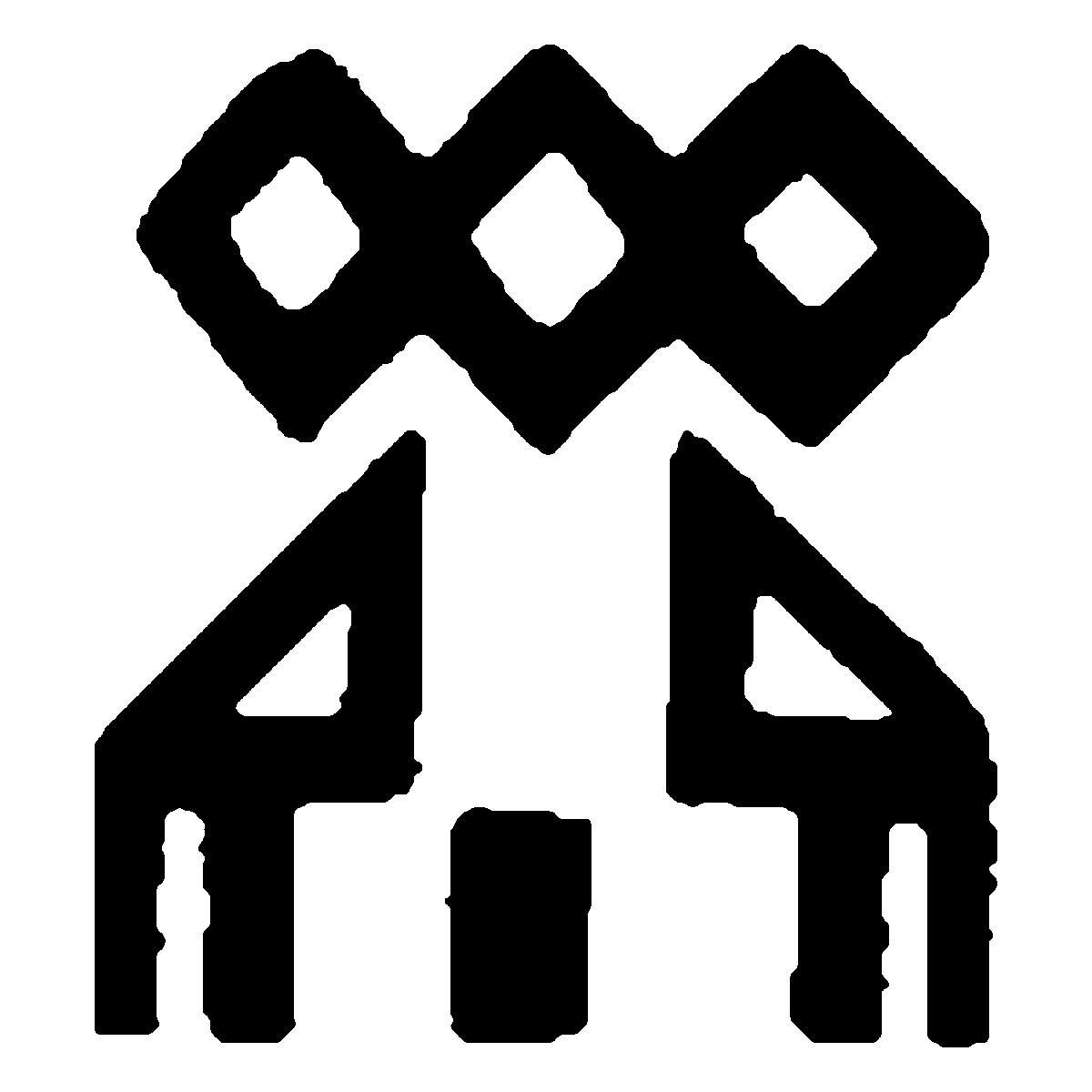
Source: Güran Erbek, Kilim Catalogue No: 1, Selçuk A. Ş., Ankara, 1989.
***
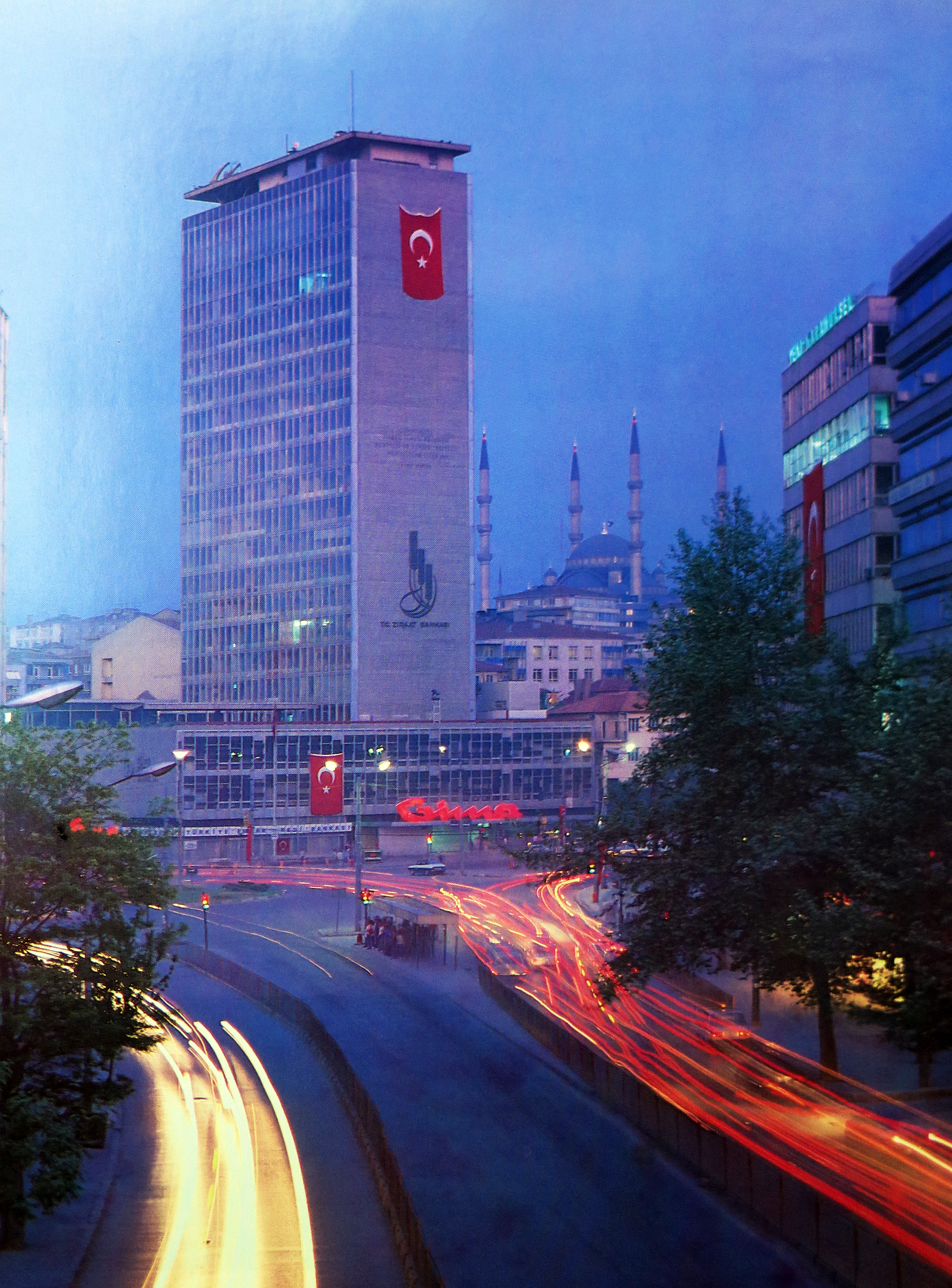
Kızılay Square, Gima Mall and Kocatepe Mosque.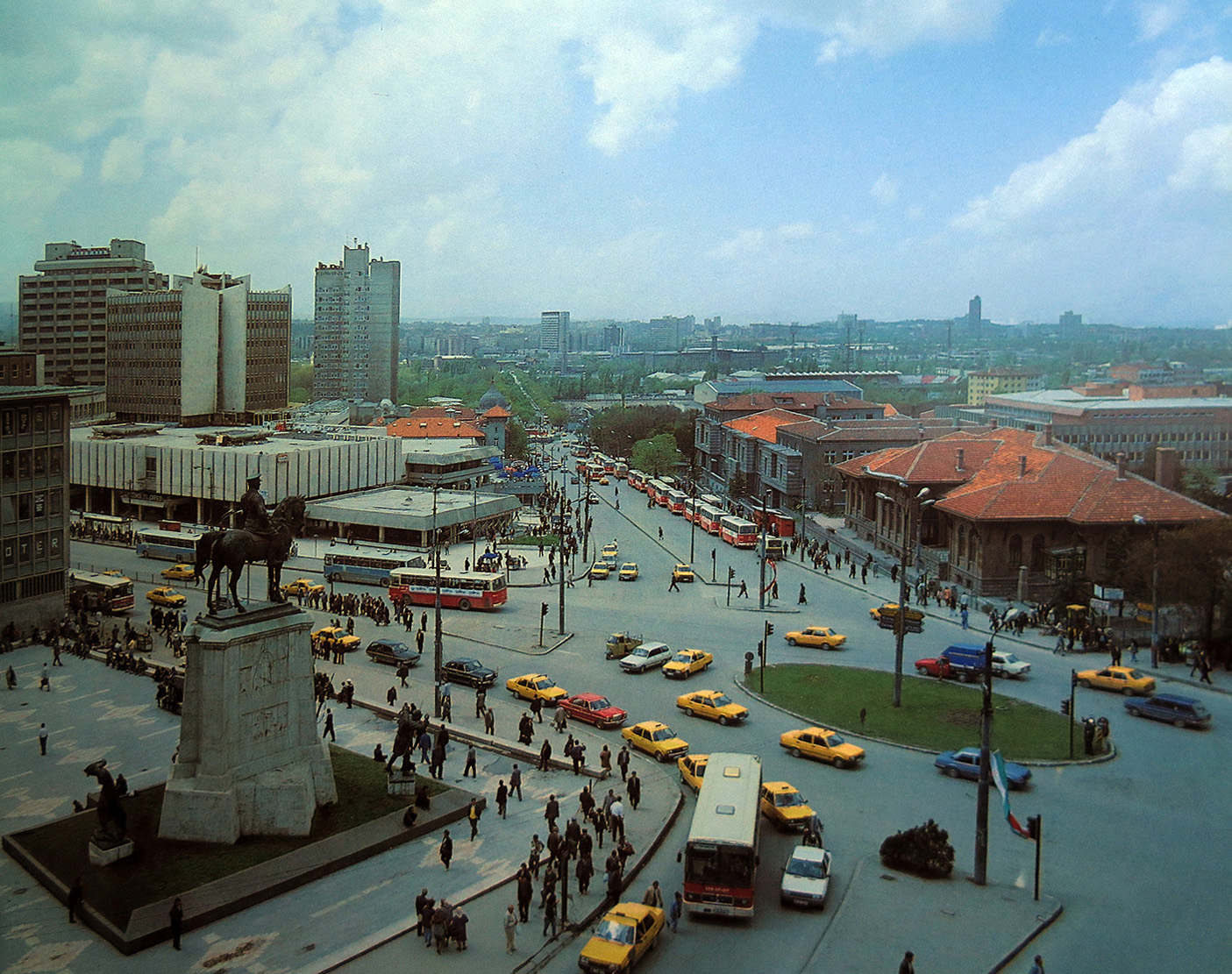
Ulus Square.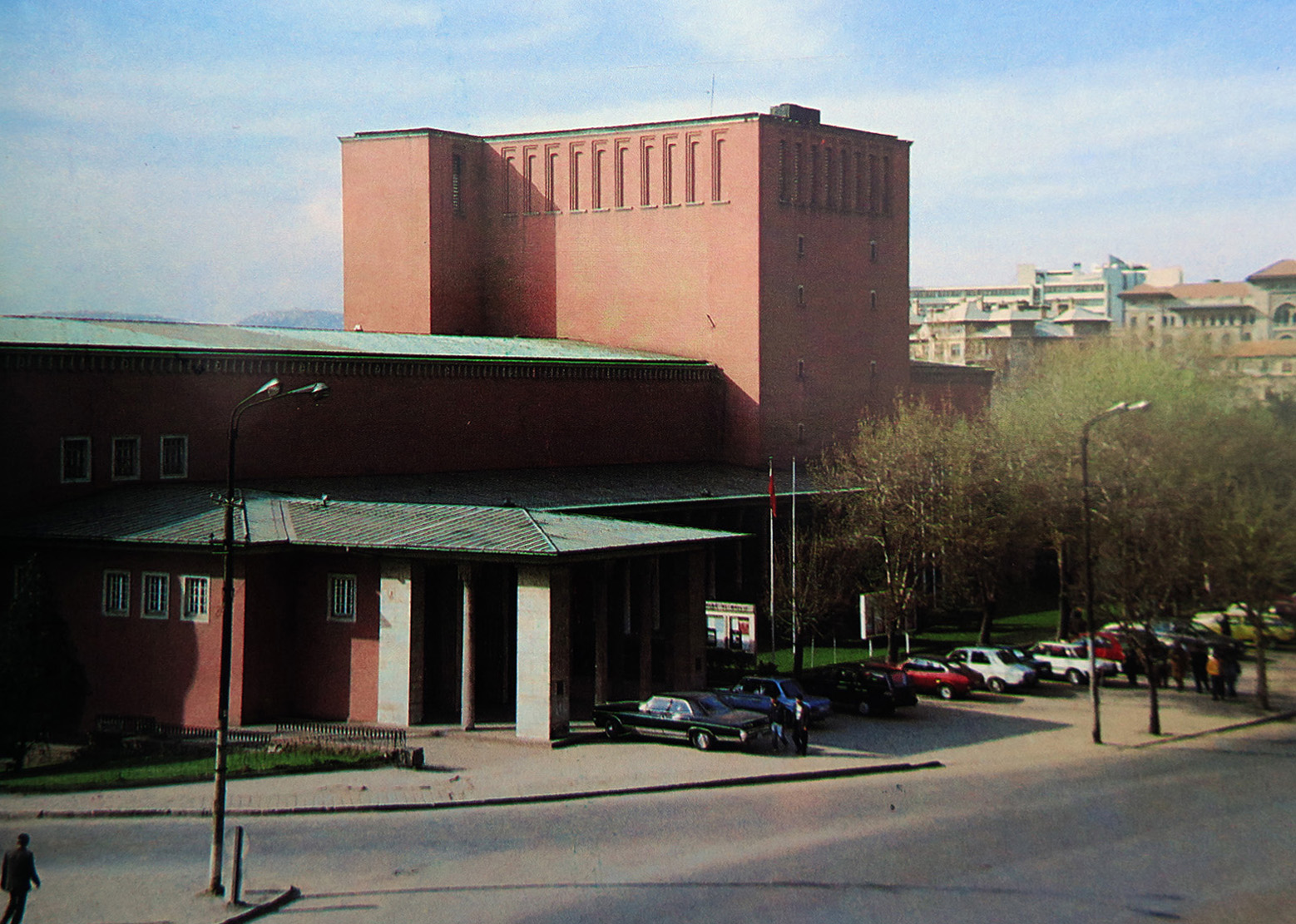
The Ankara Opera House.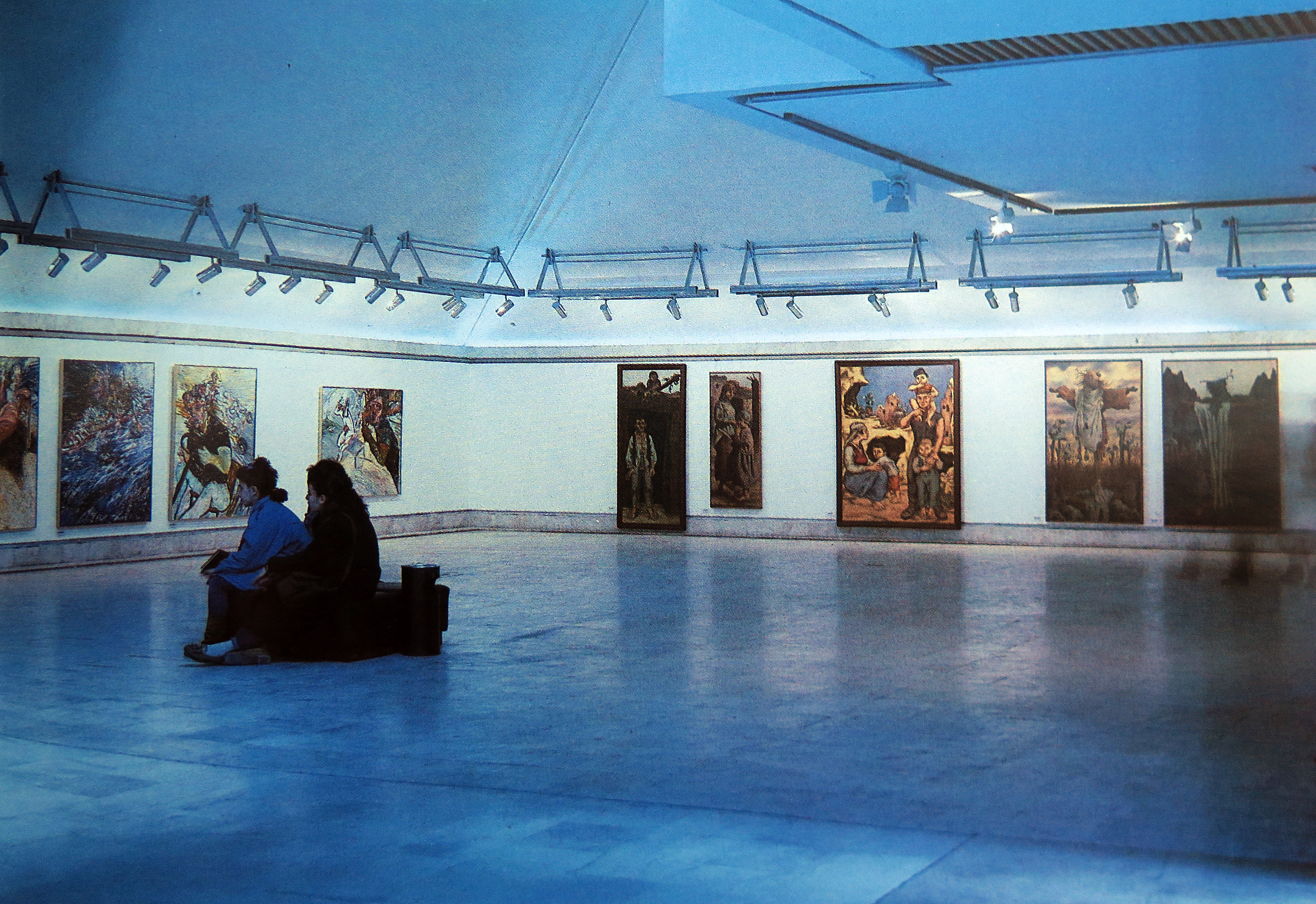
An exhibition at the Atatürk Cultural Centre and the Gallery of Fine Arts.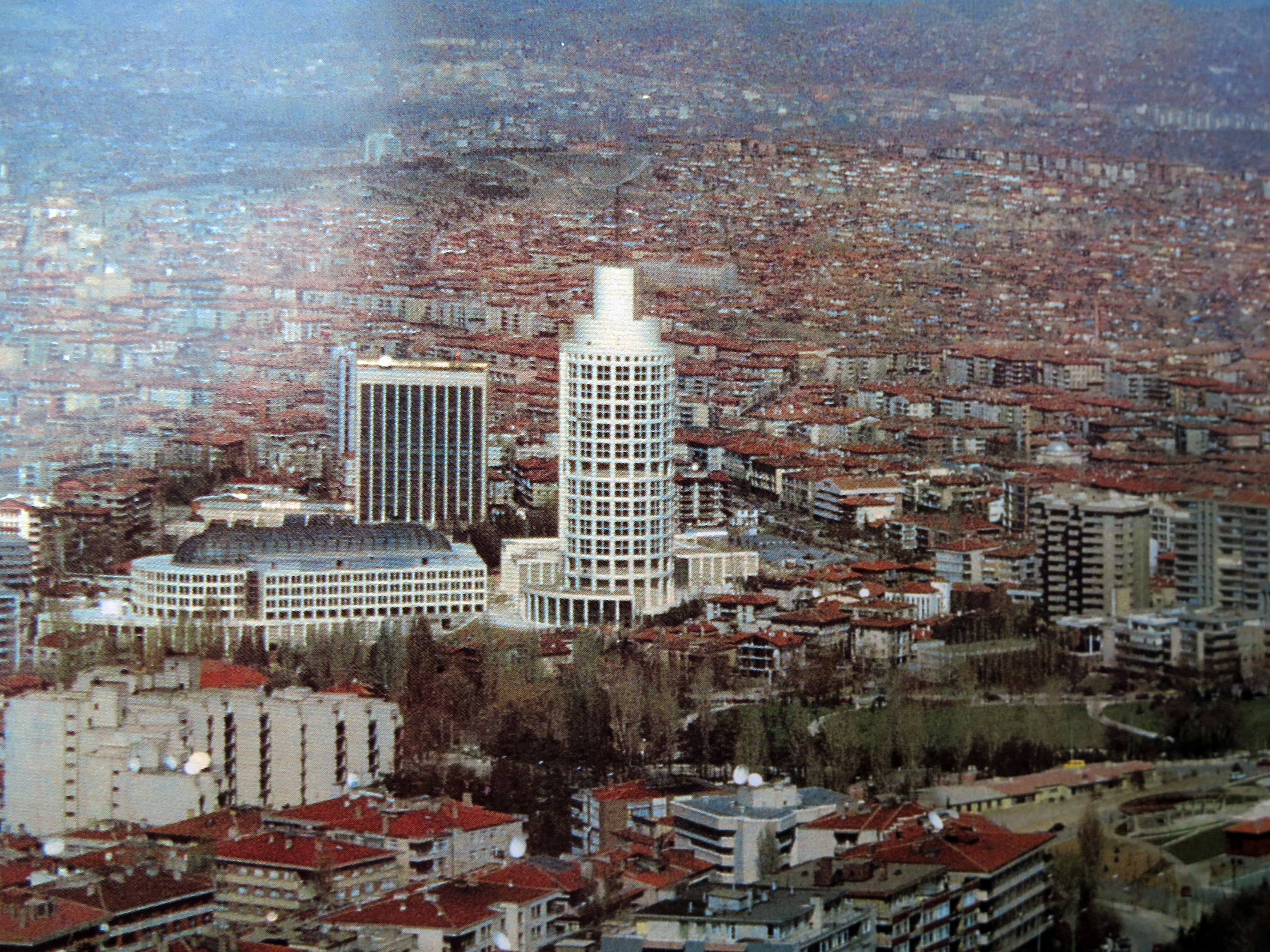
View of the Kavaklıdere district, with the Sheraton Hotel in the centre.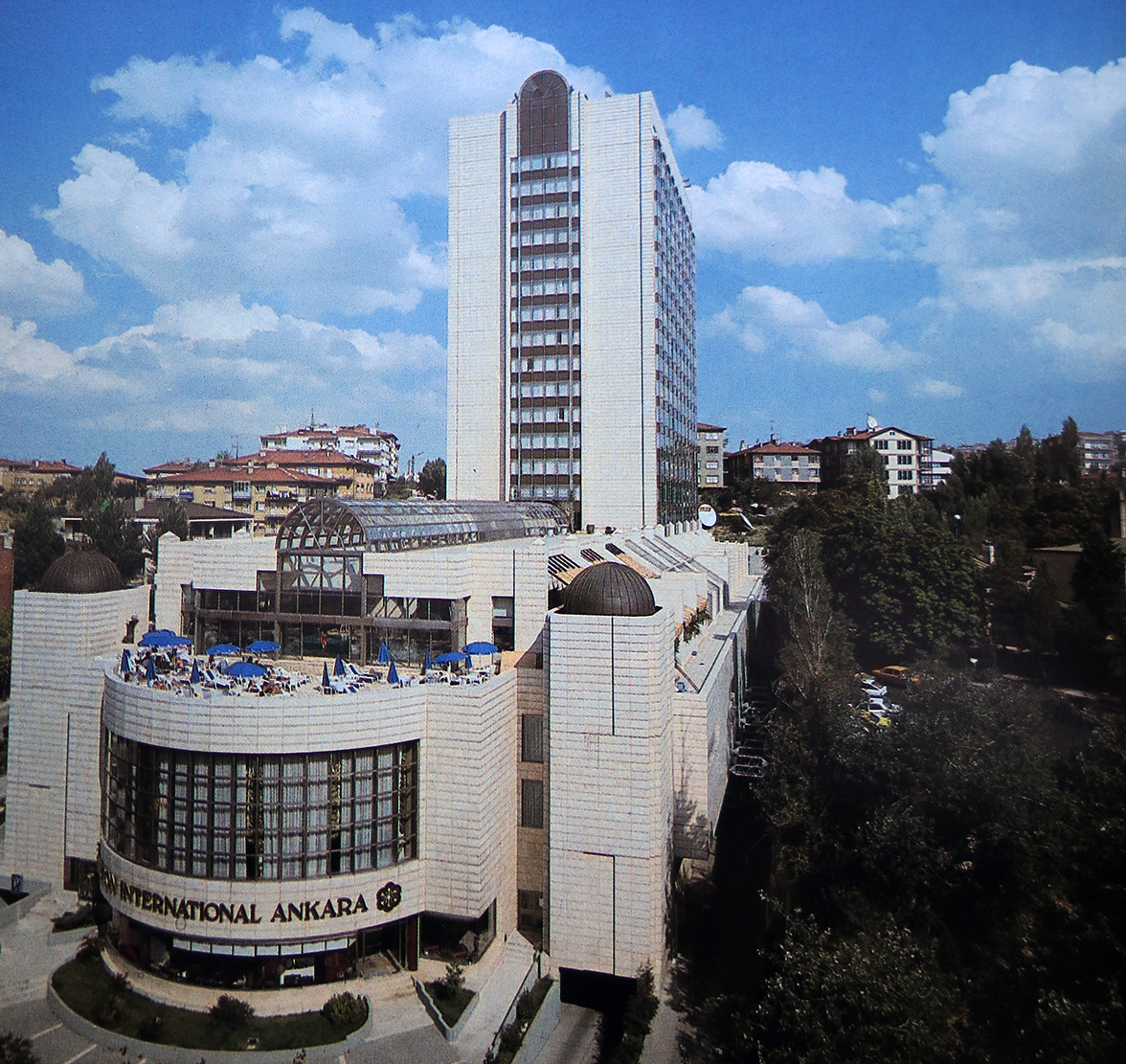
The Ankara Hilton Hotel.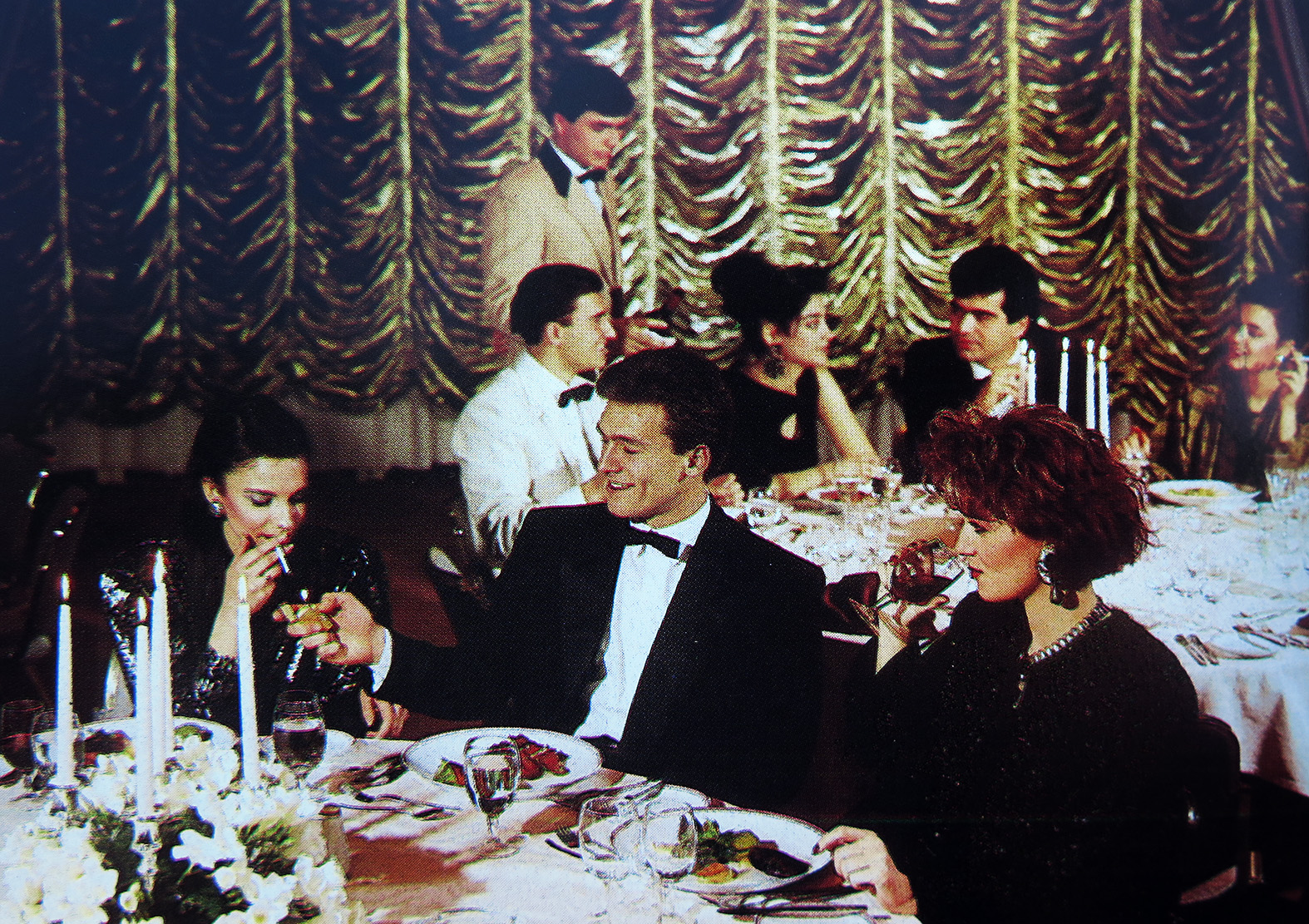
A dinner at the Ankara Hilton Hotel.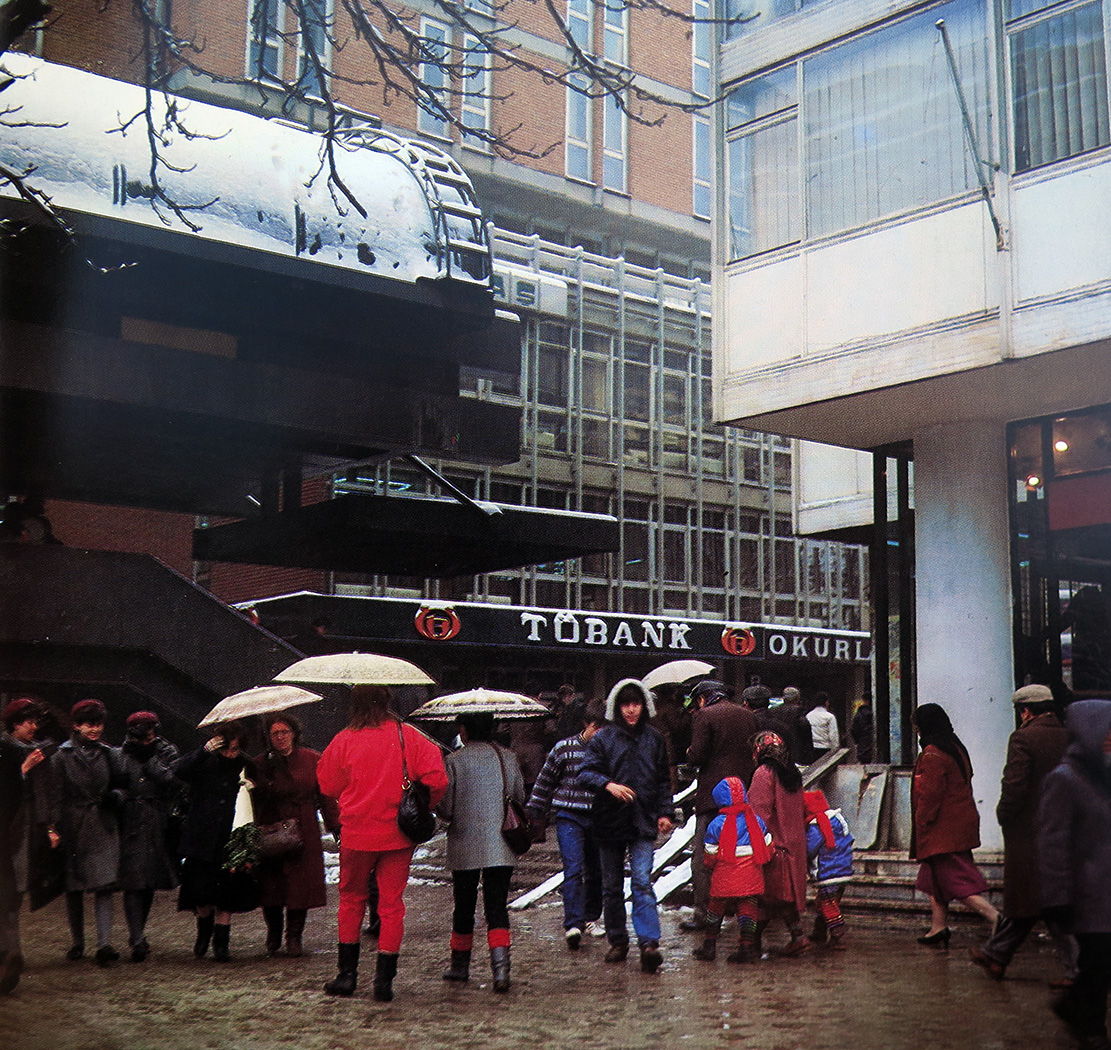
Winter shopping on İzmir Avenue.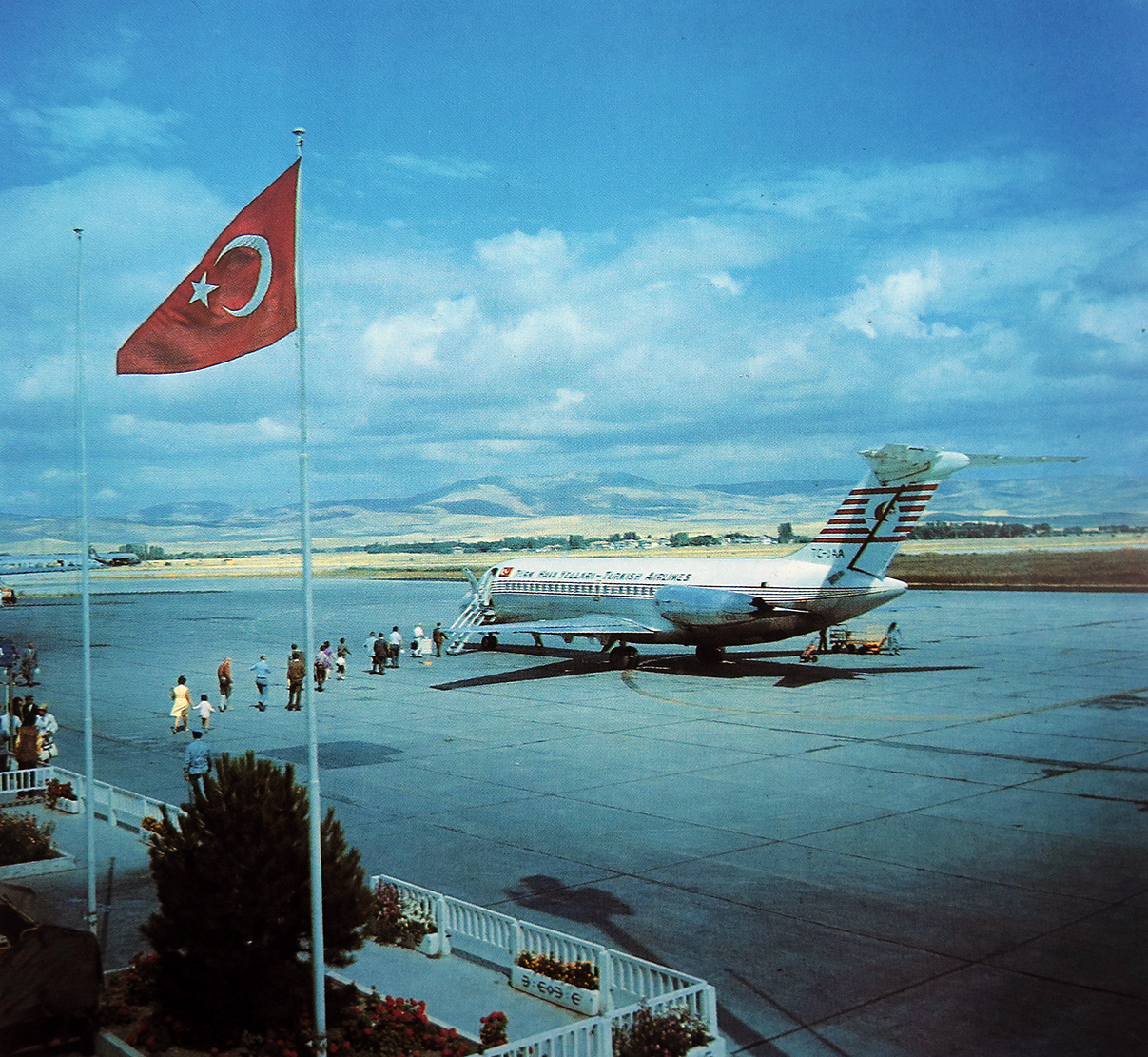
Boarding a Turkish Airlines flight at Esenboğa Airport.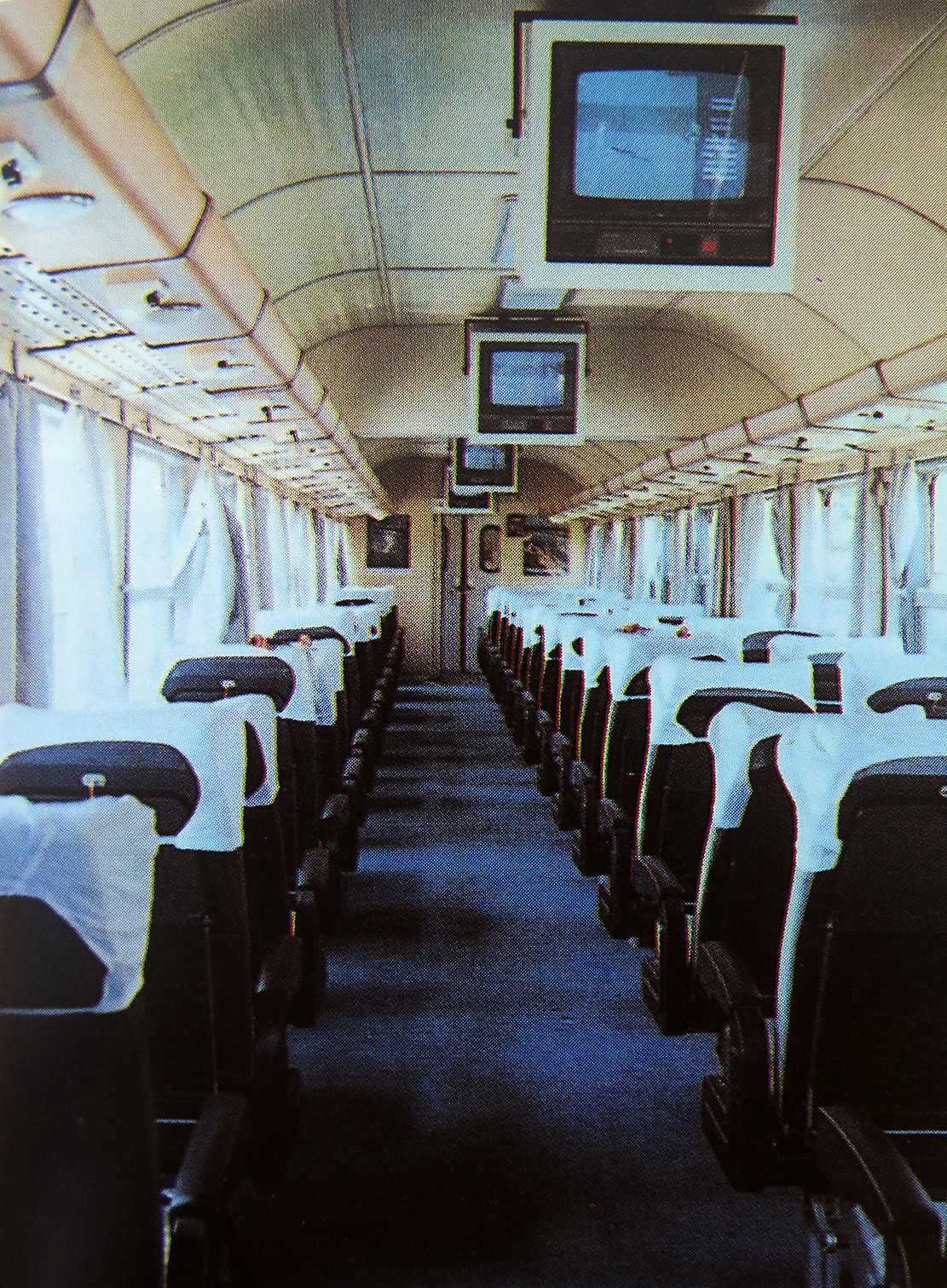
Seats at the Fatih Express, the luxury train that ran between Ankara and Istanbul.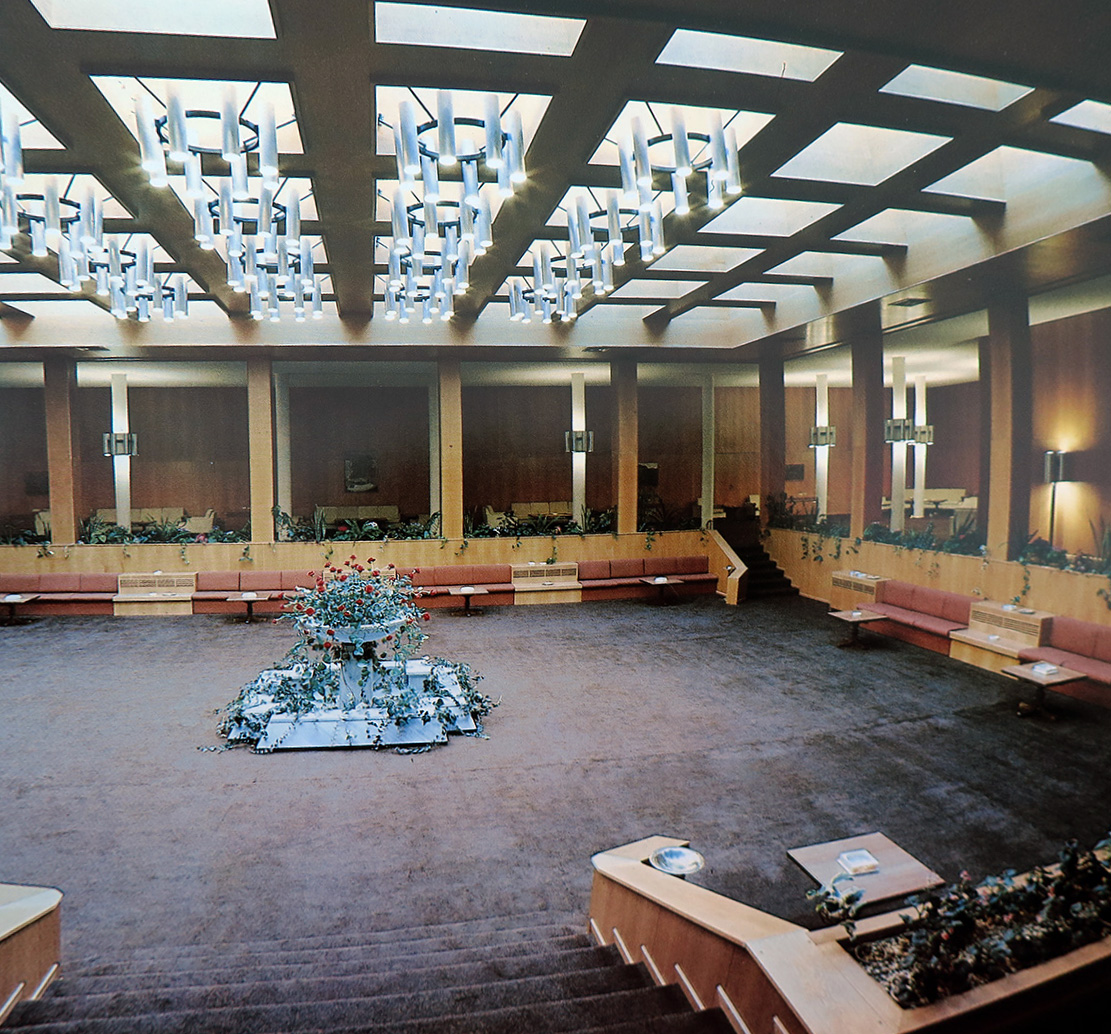
The reception hall at the Pembe Köşk (Pink Villa), the old Presidential Residence of the Turkish Republic.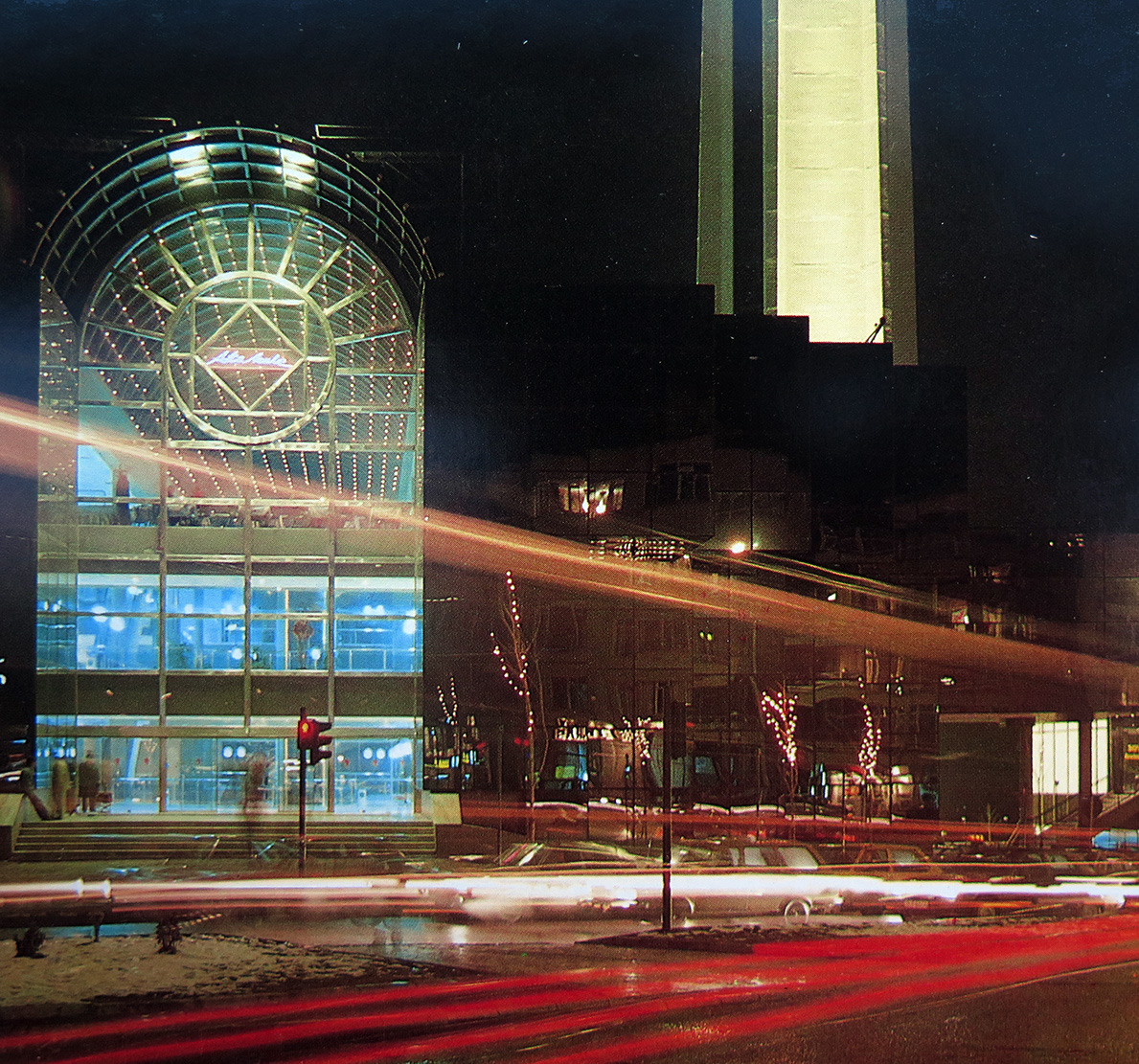
New Year's view of Atakule, one of Ankara's first shopping malls.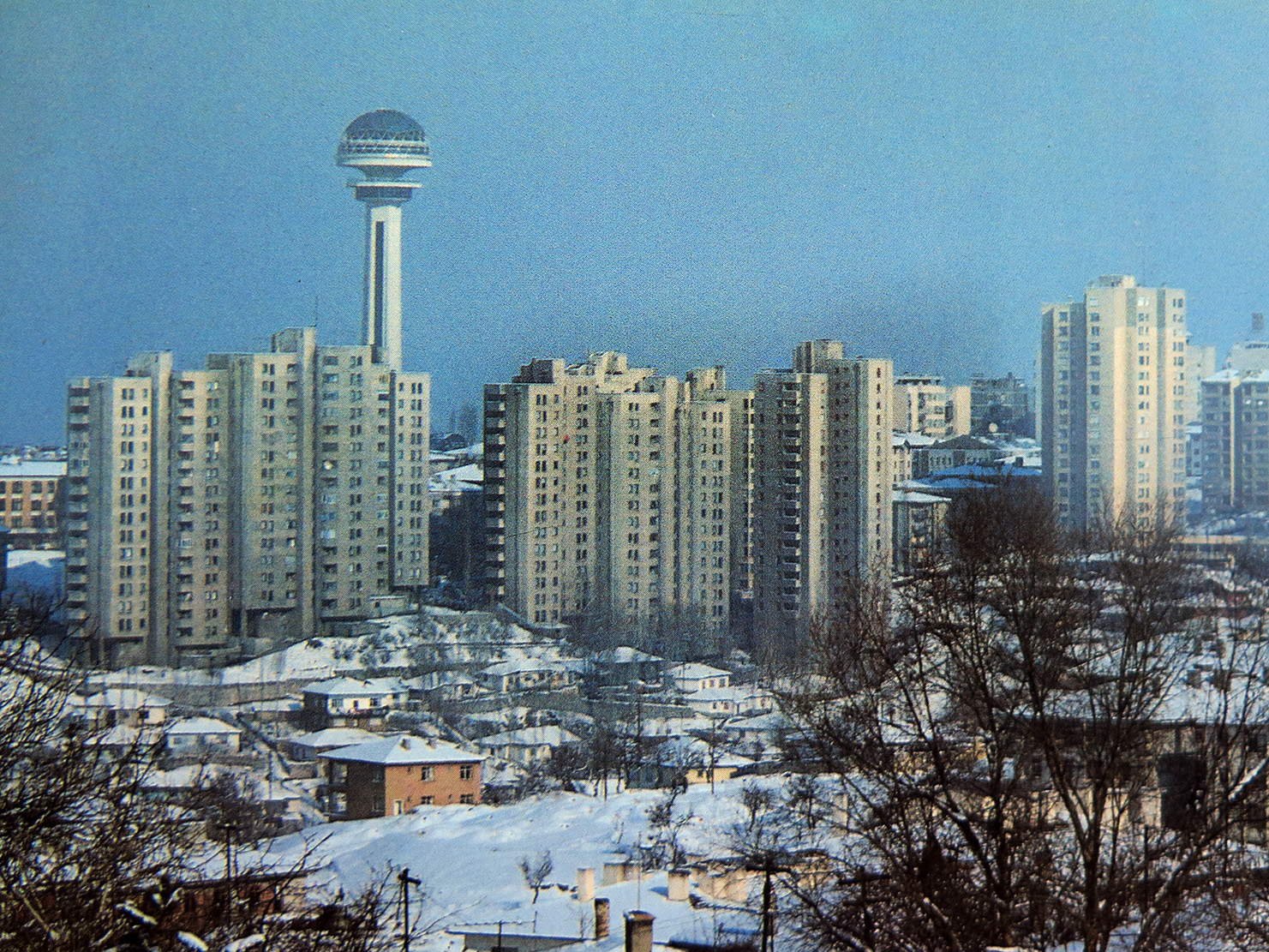
Winter view of Atakule and the surrounding Çankaya district.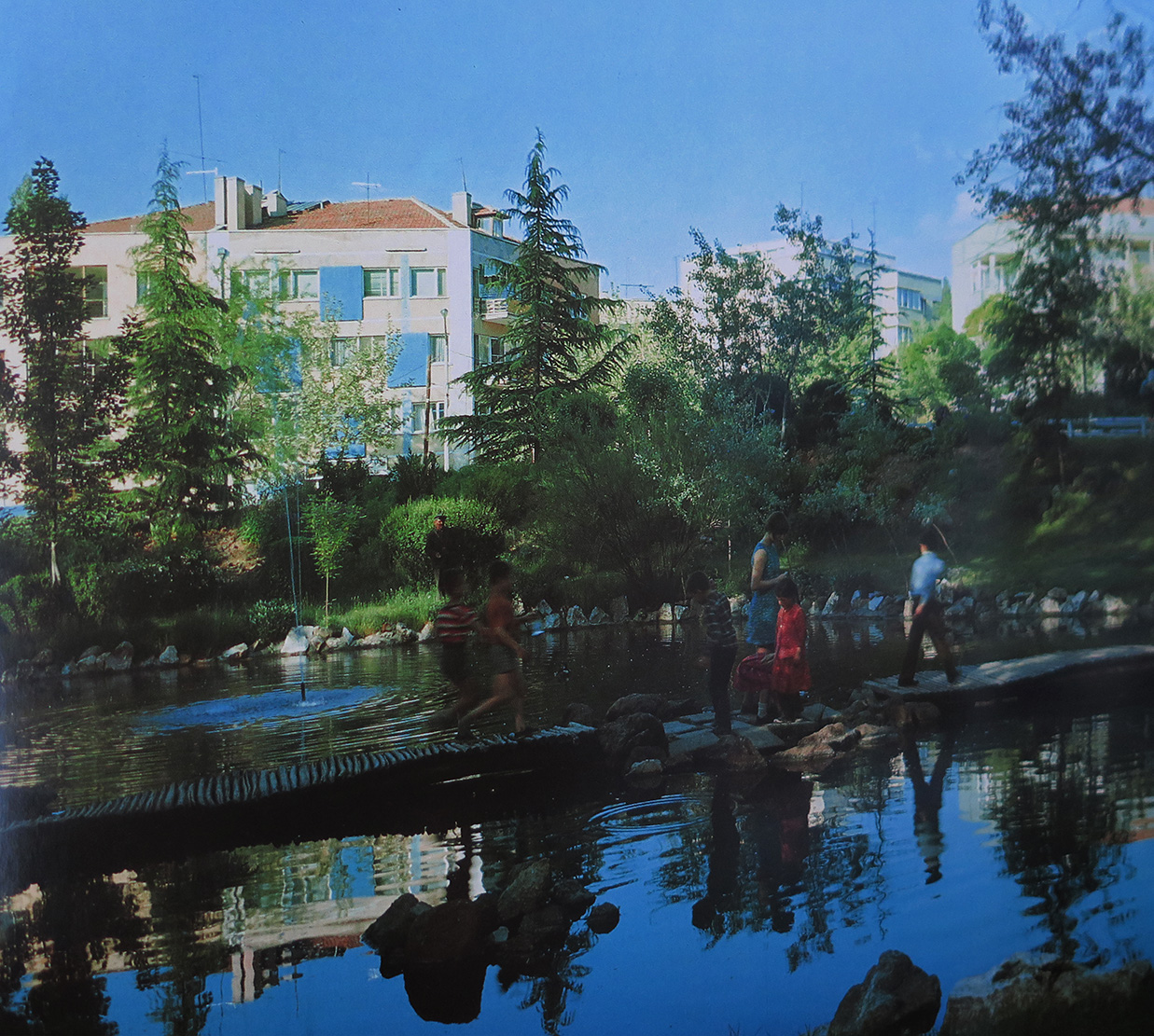
Children playing around the pond at Kuğulu Park, one of the city's most-beloved meeting spots.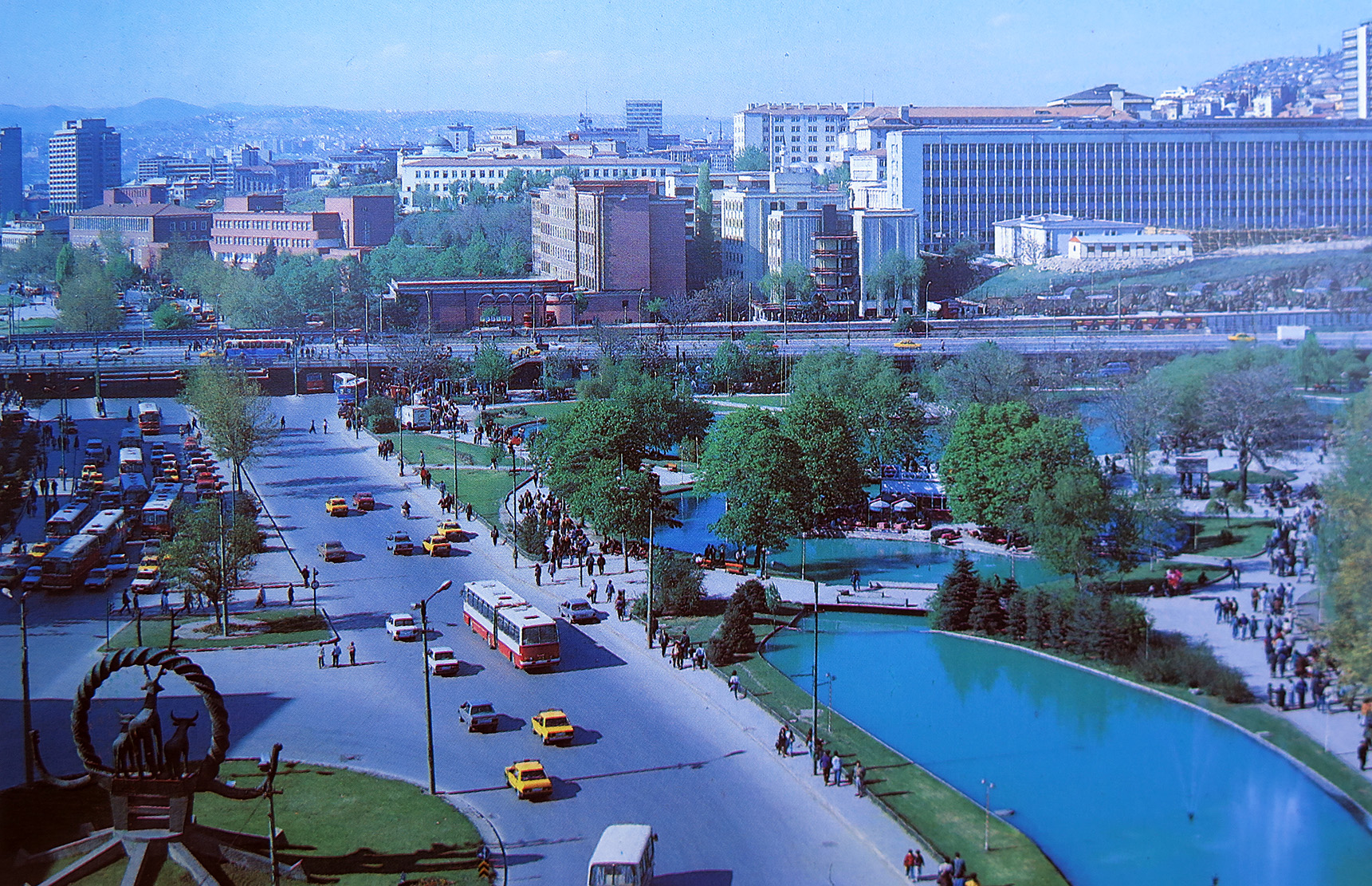
A view of Sıhhiye Square.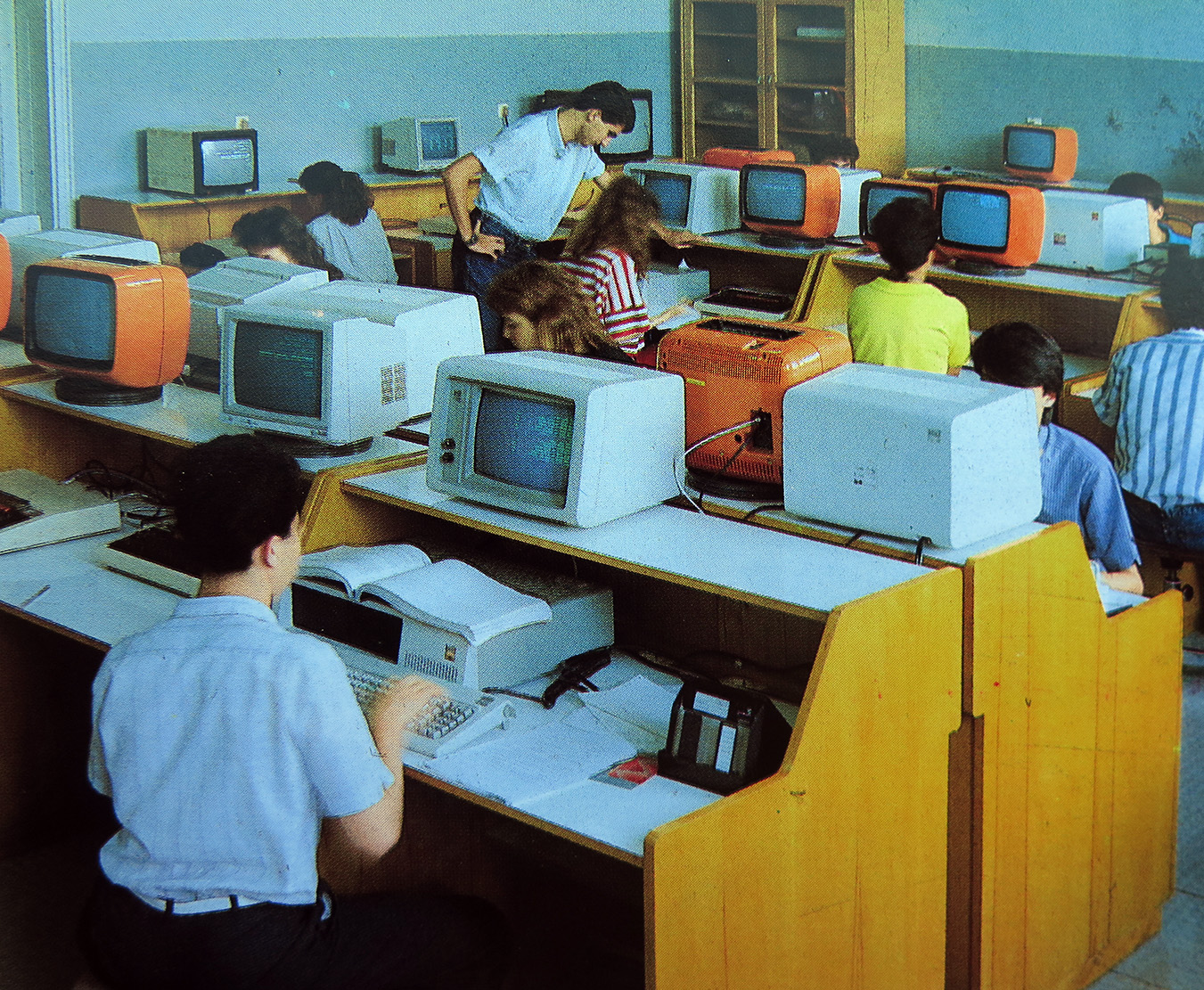
Computer lab at the Hacettepe University.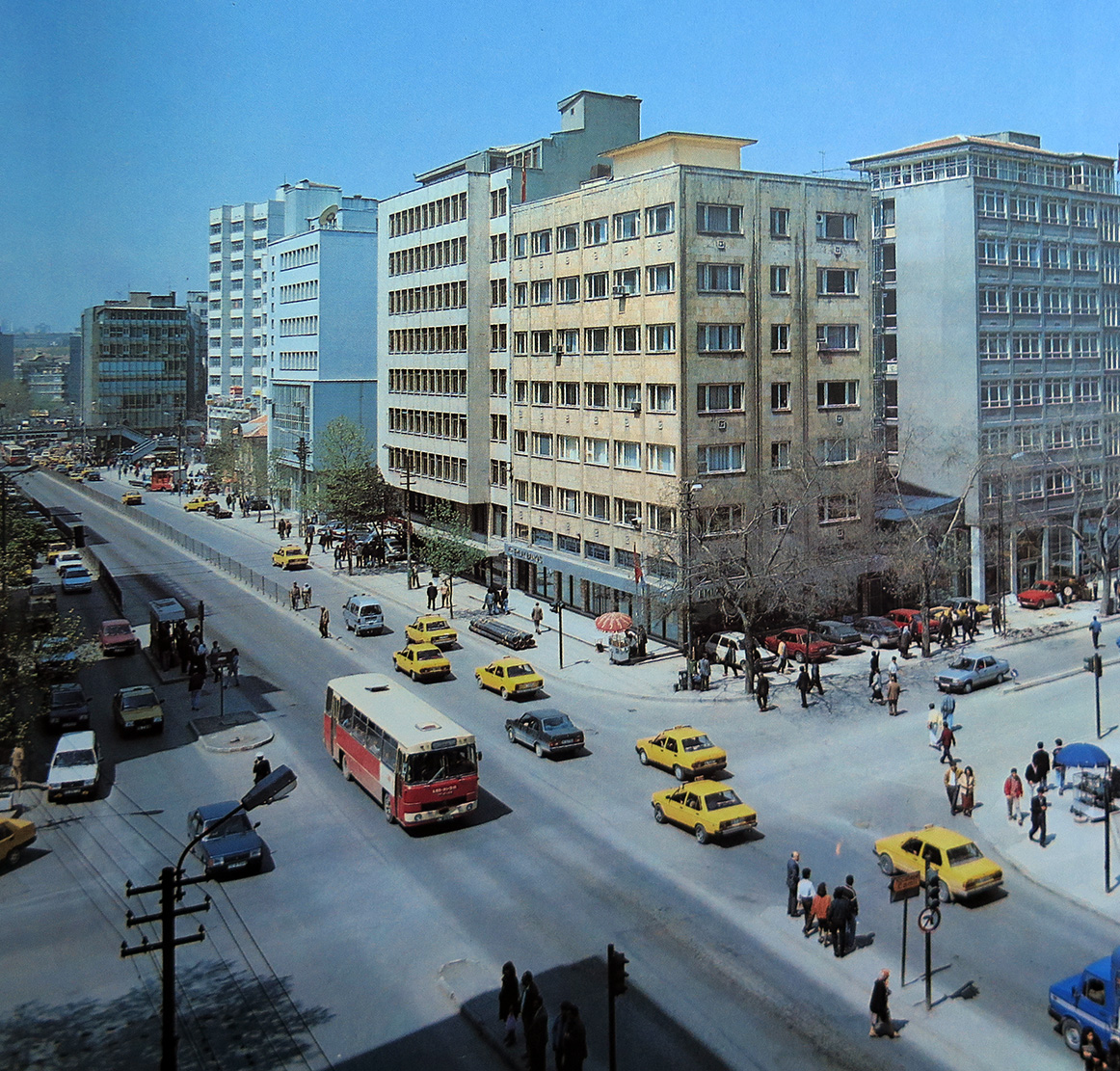
A view from the Ziya Gökalp Avenue.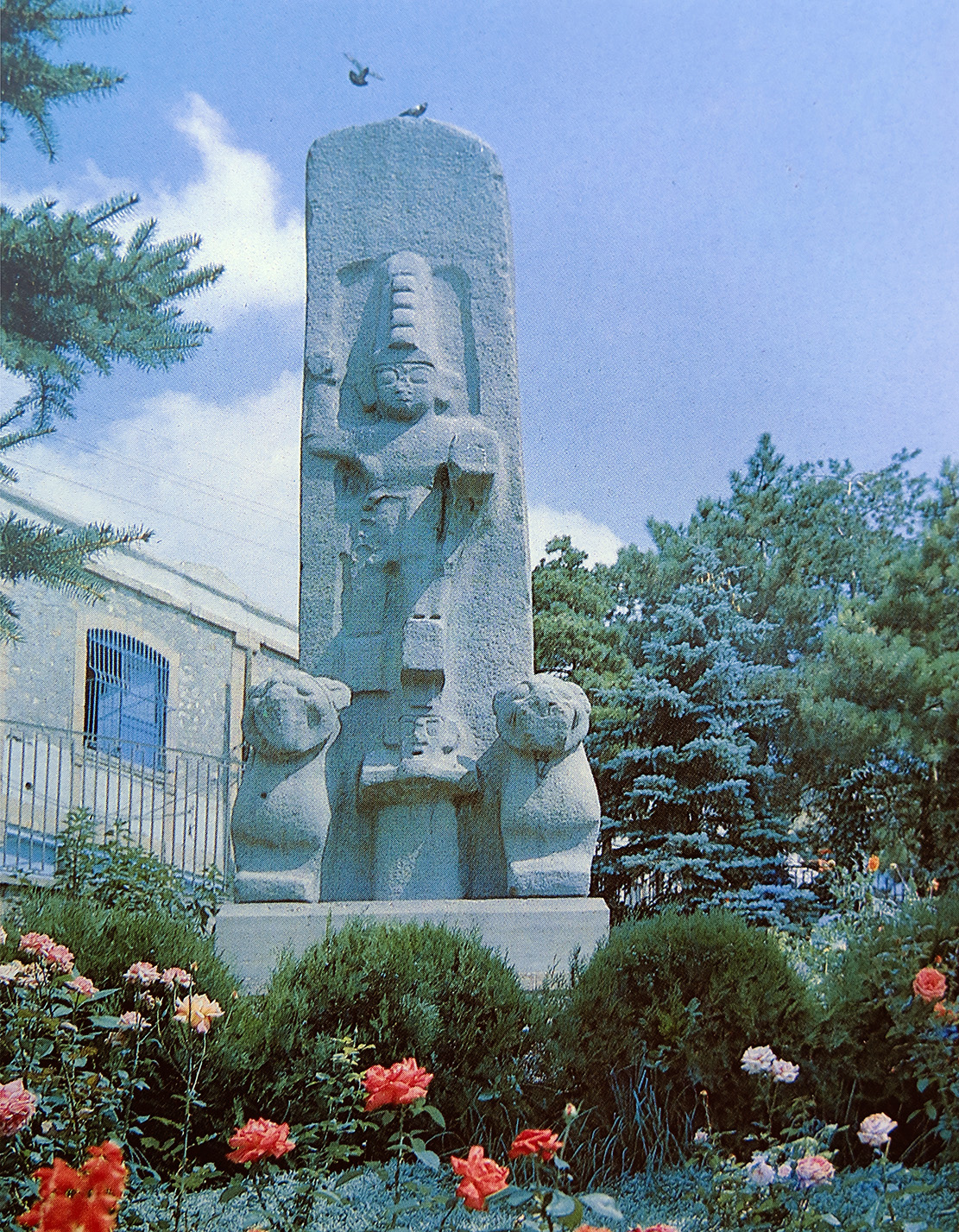
A Hitite monument from 800 B.C. in the garden of the Museum of Anatolian Civilisations.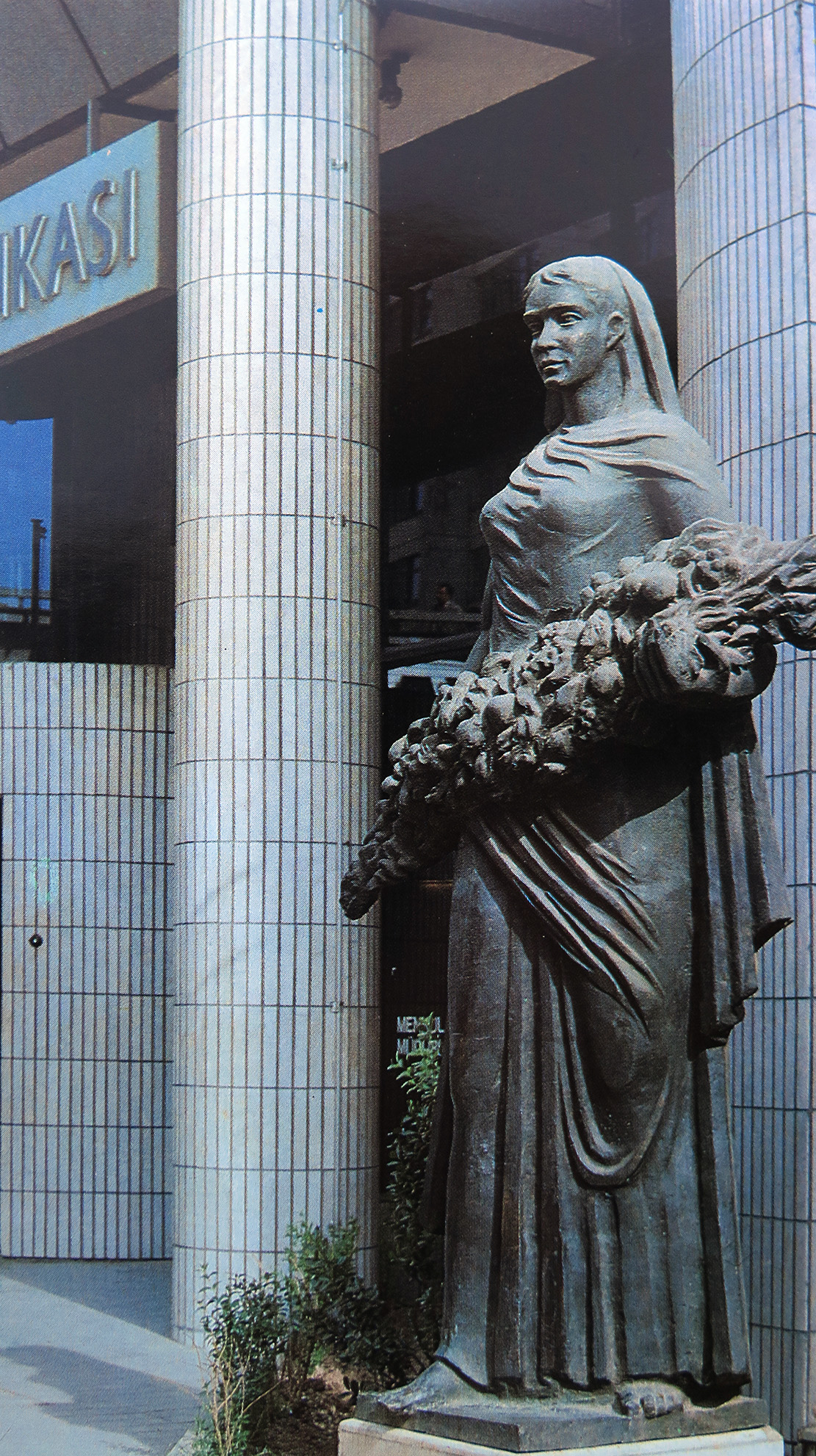
The Fertility Monument, made by sculptor Tamer Başoğlu in 1987.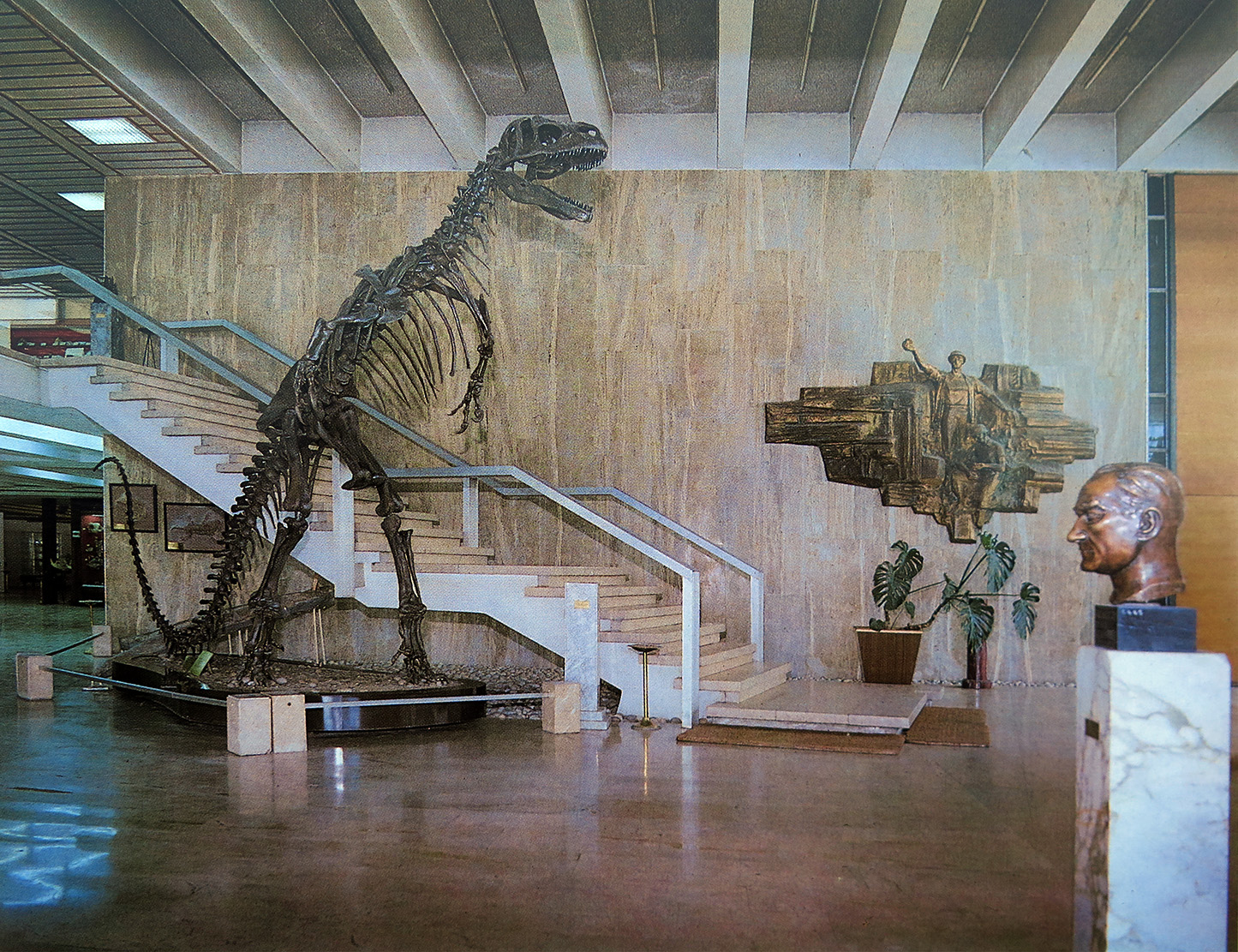
Allosaurus skeleton at the MTA (Maden Tetkik Arama) Geological Museum.
***
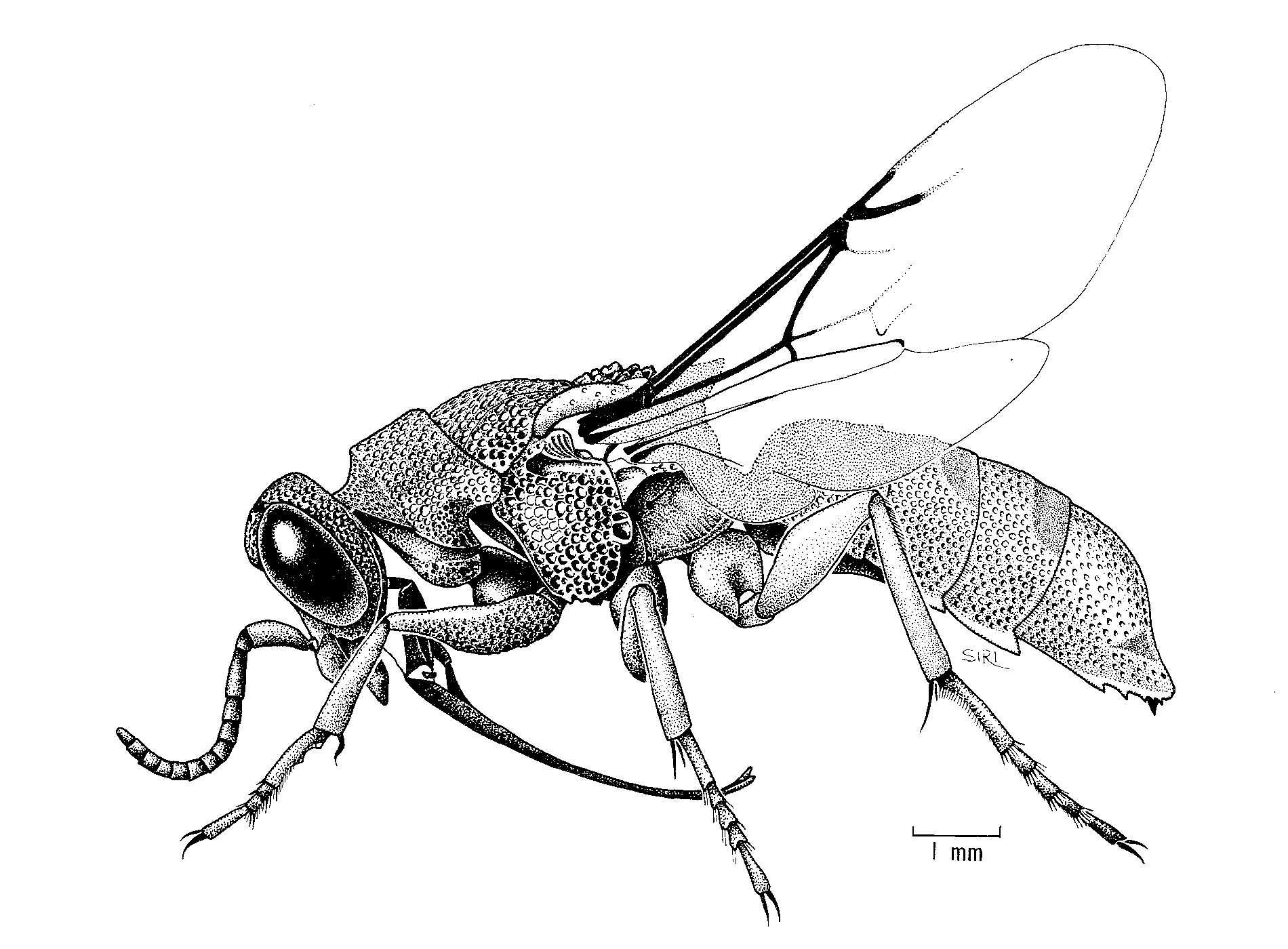
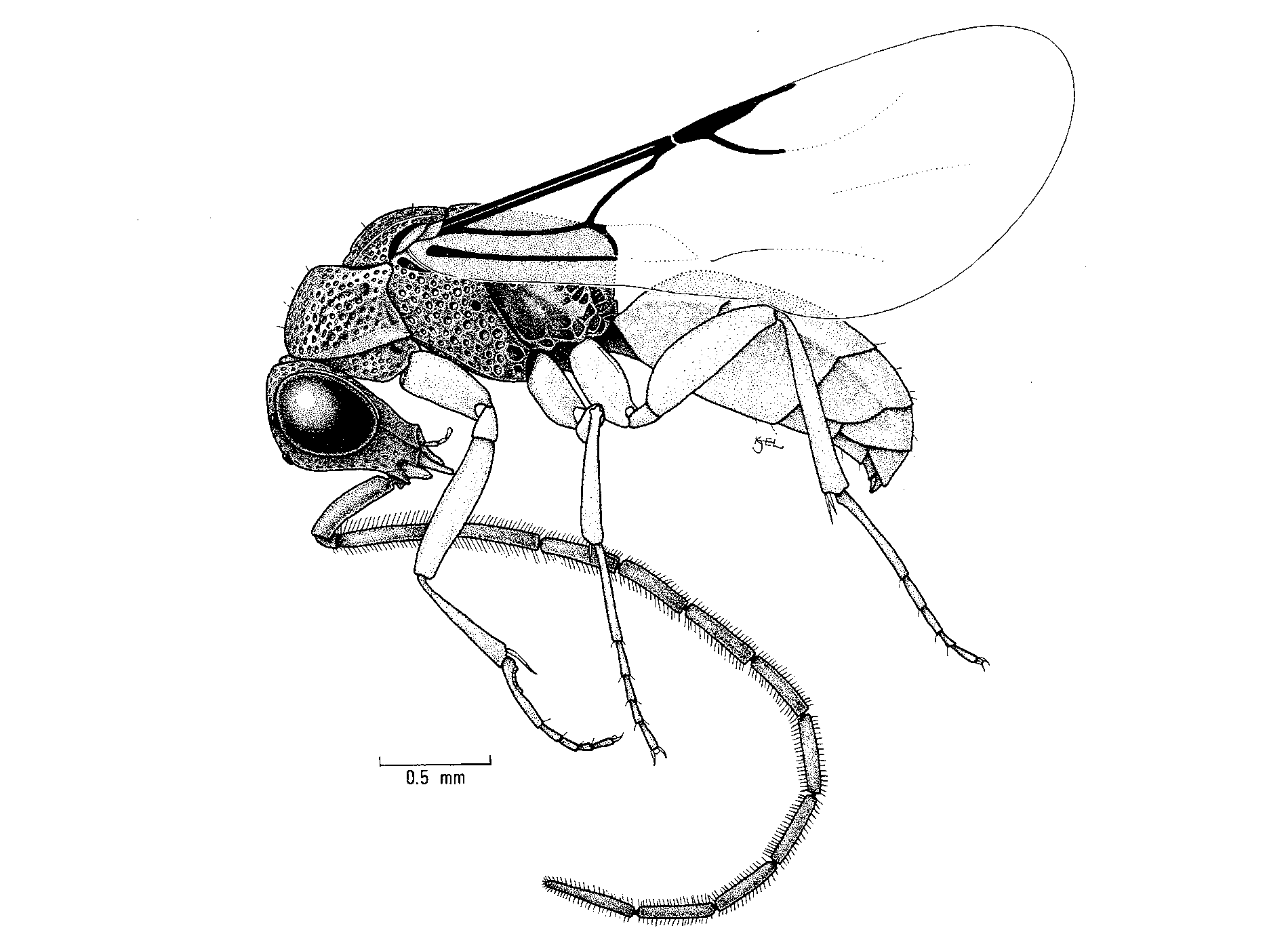
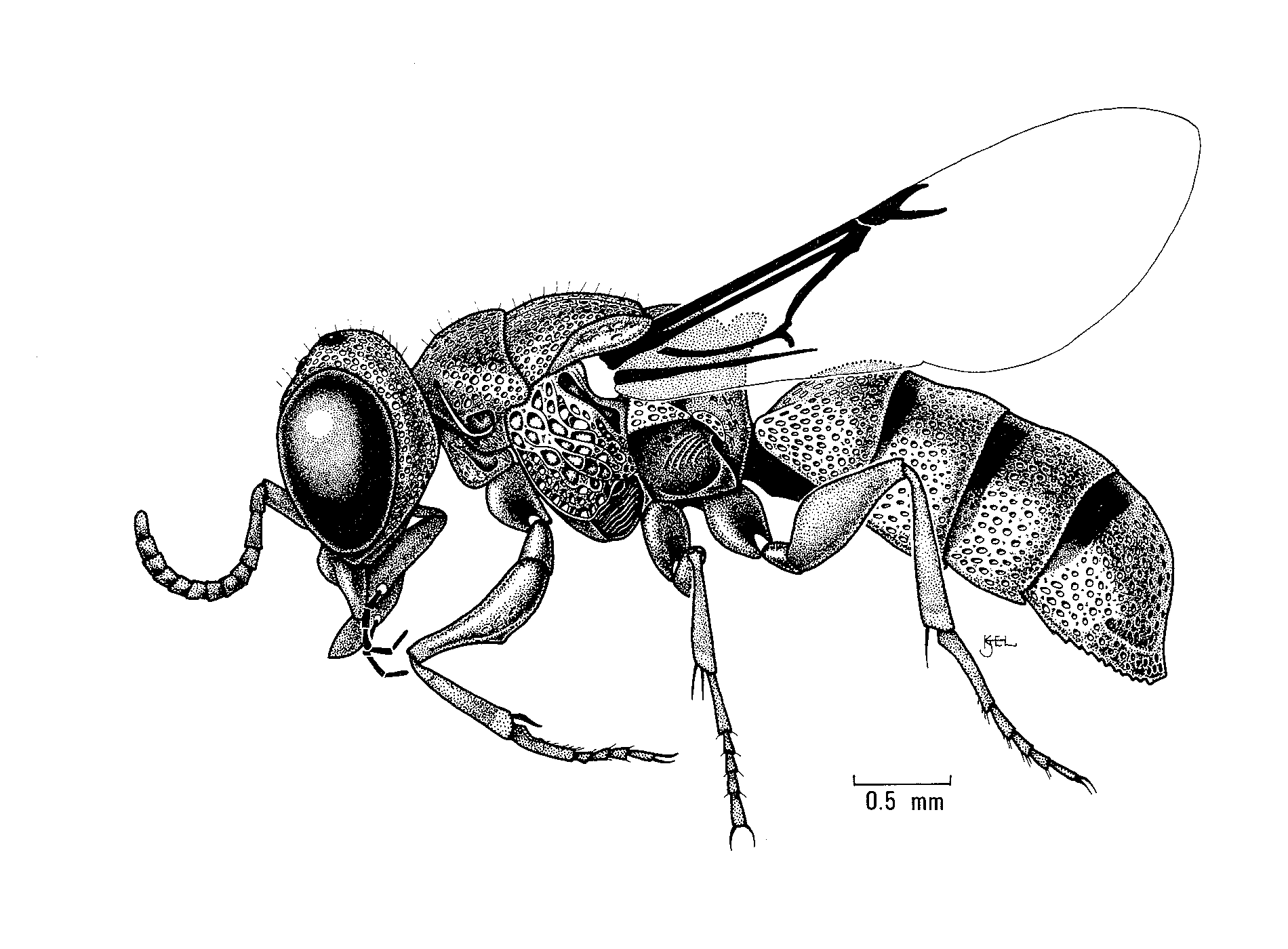
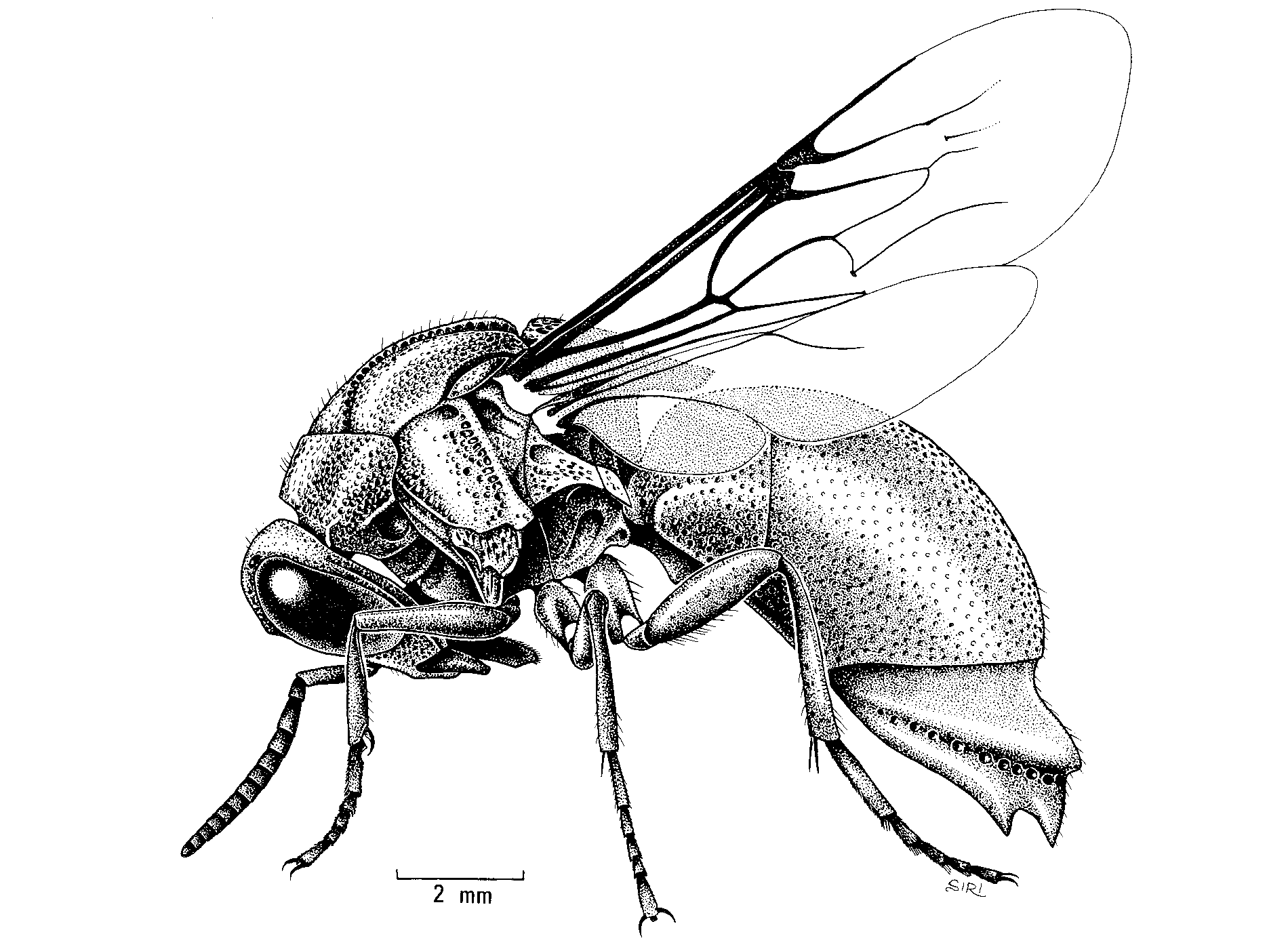
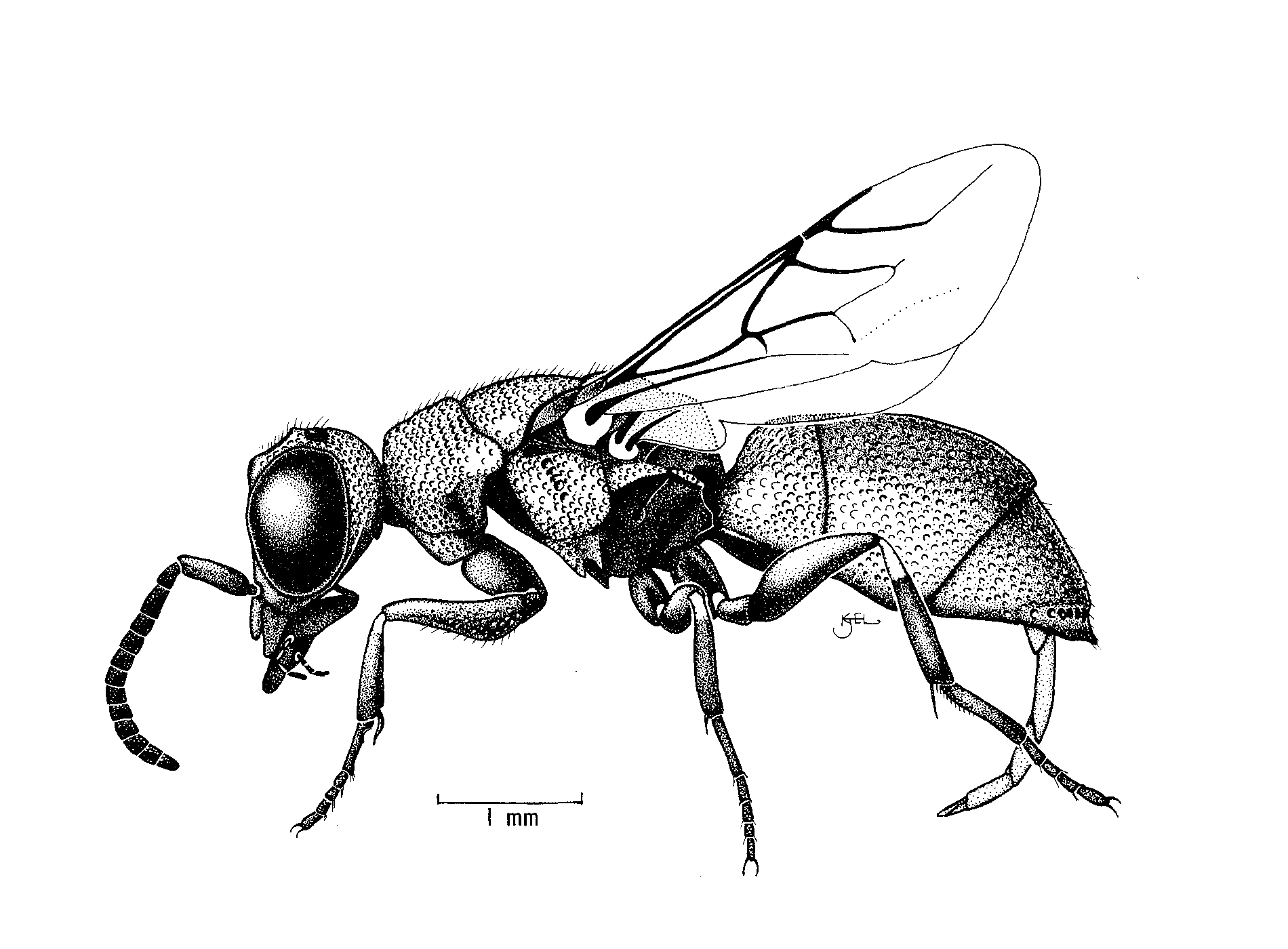
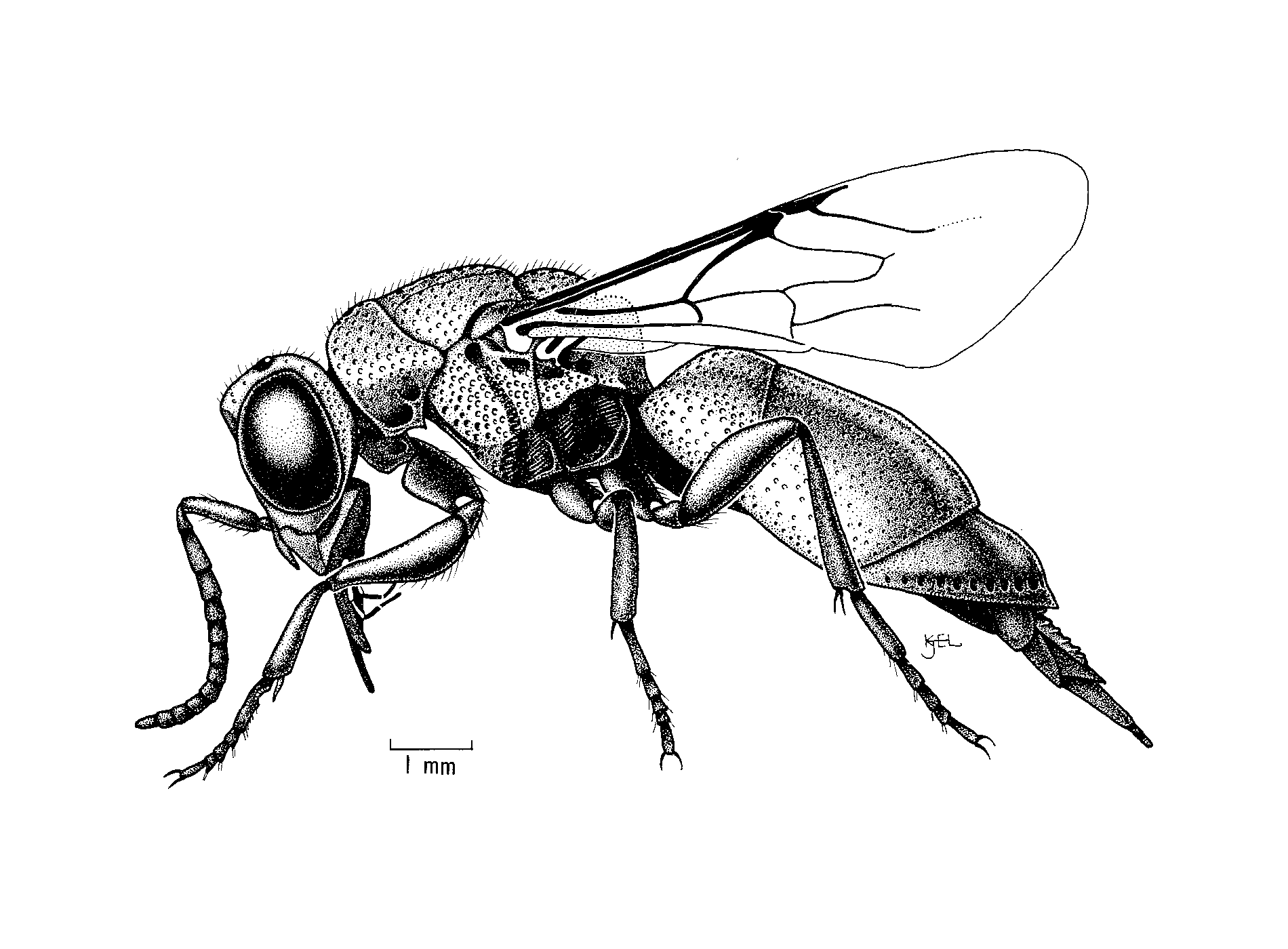
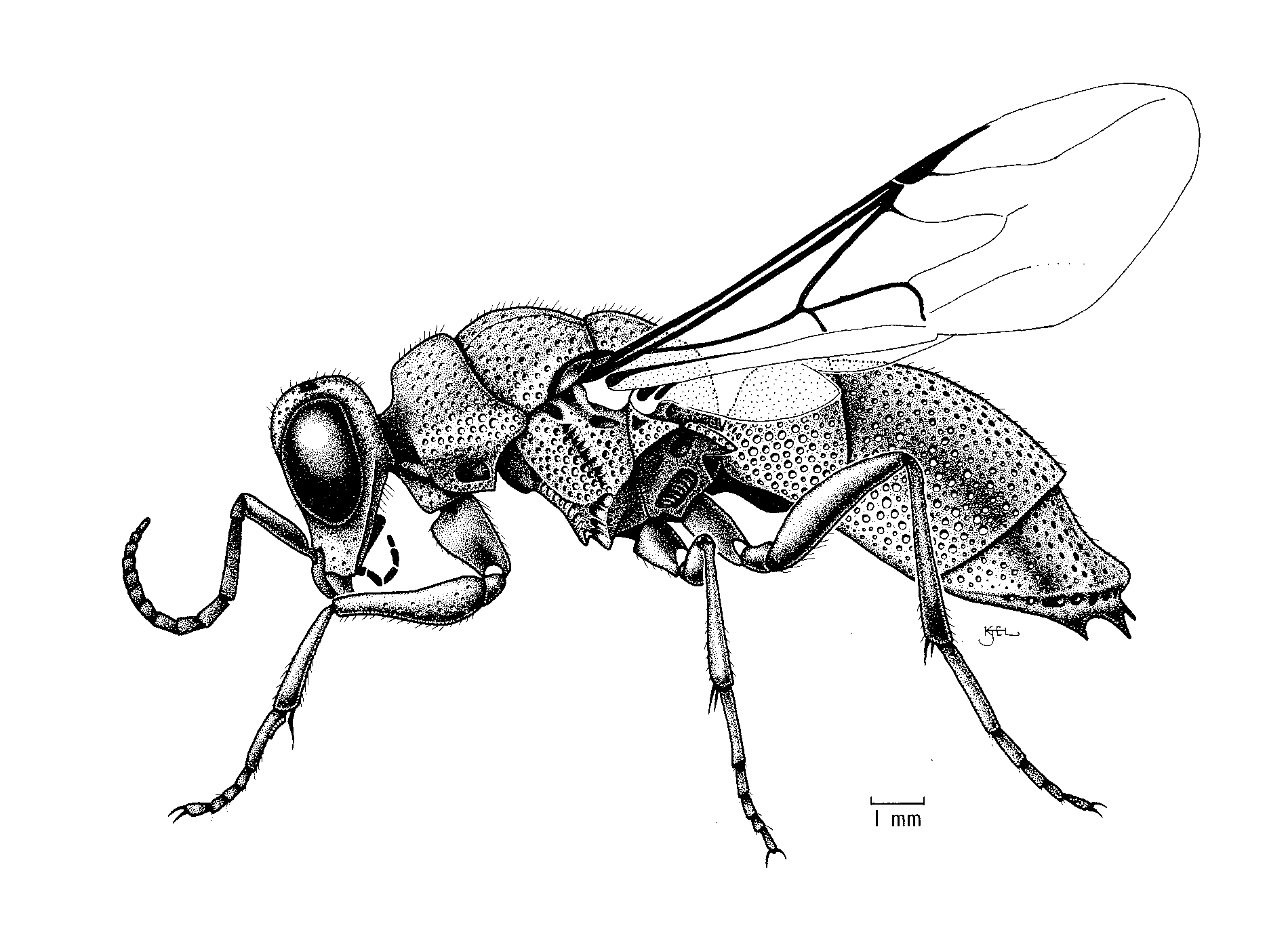
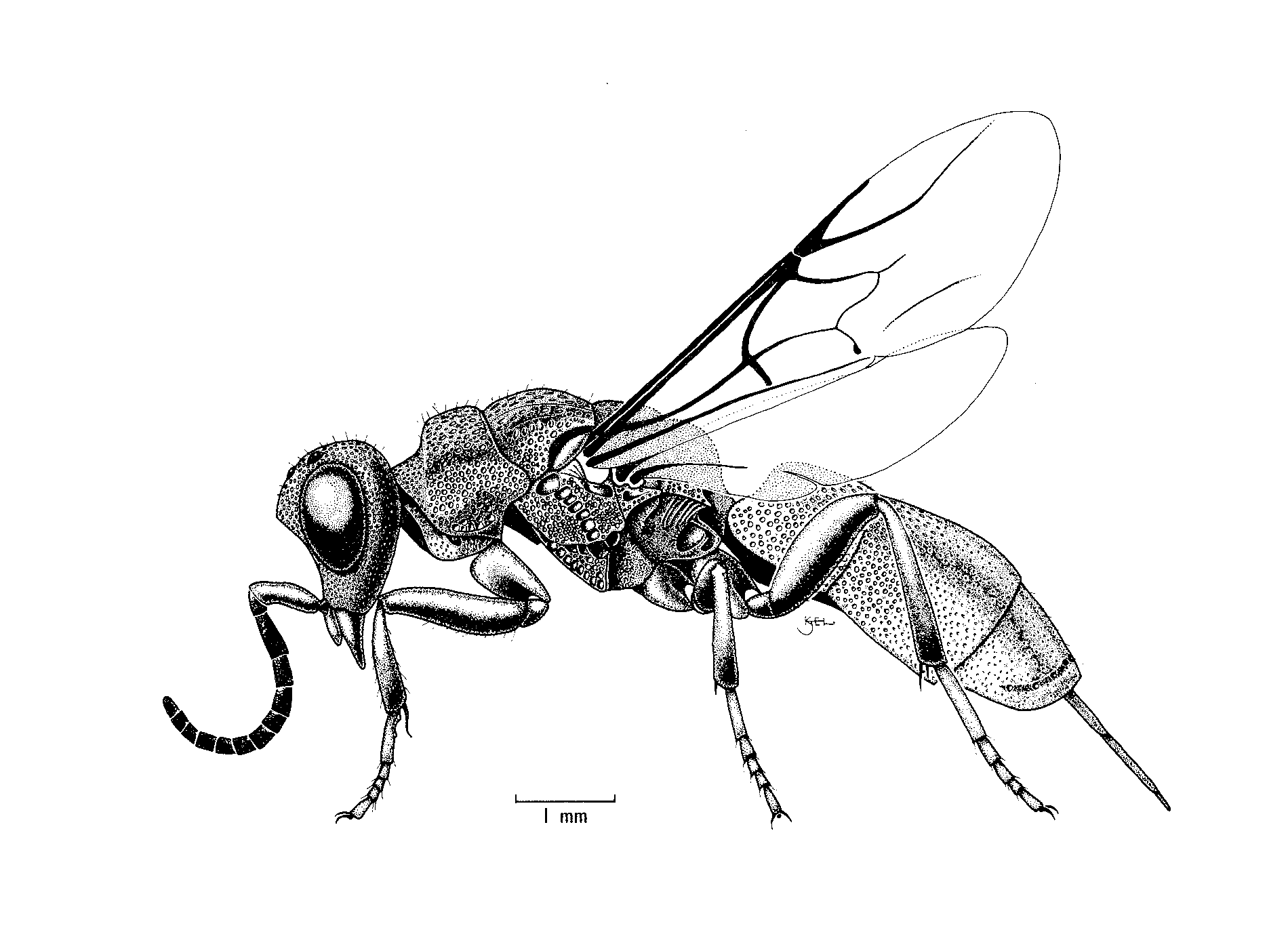
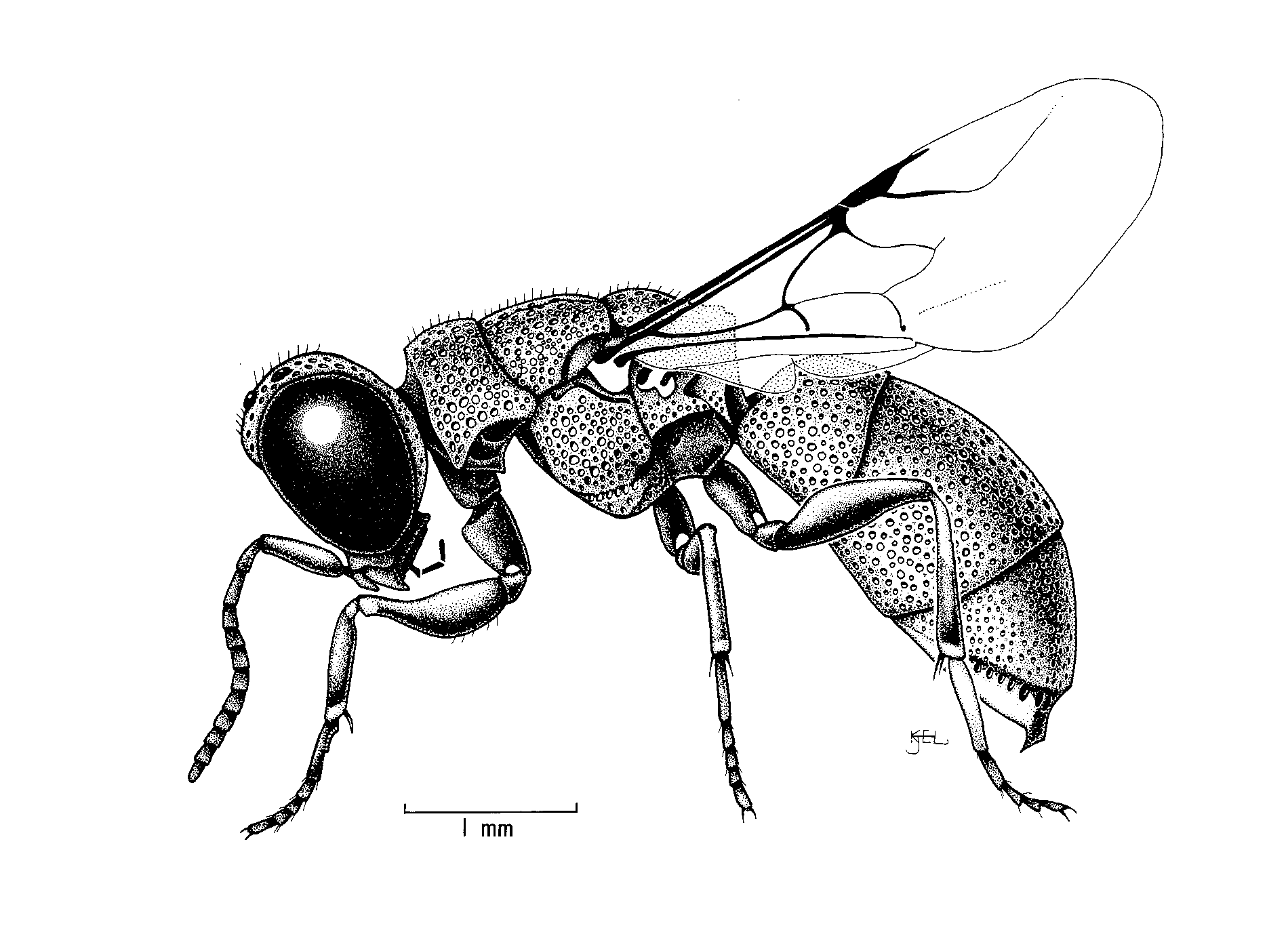
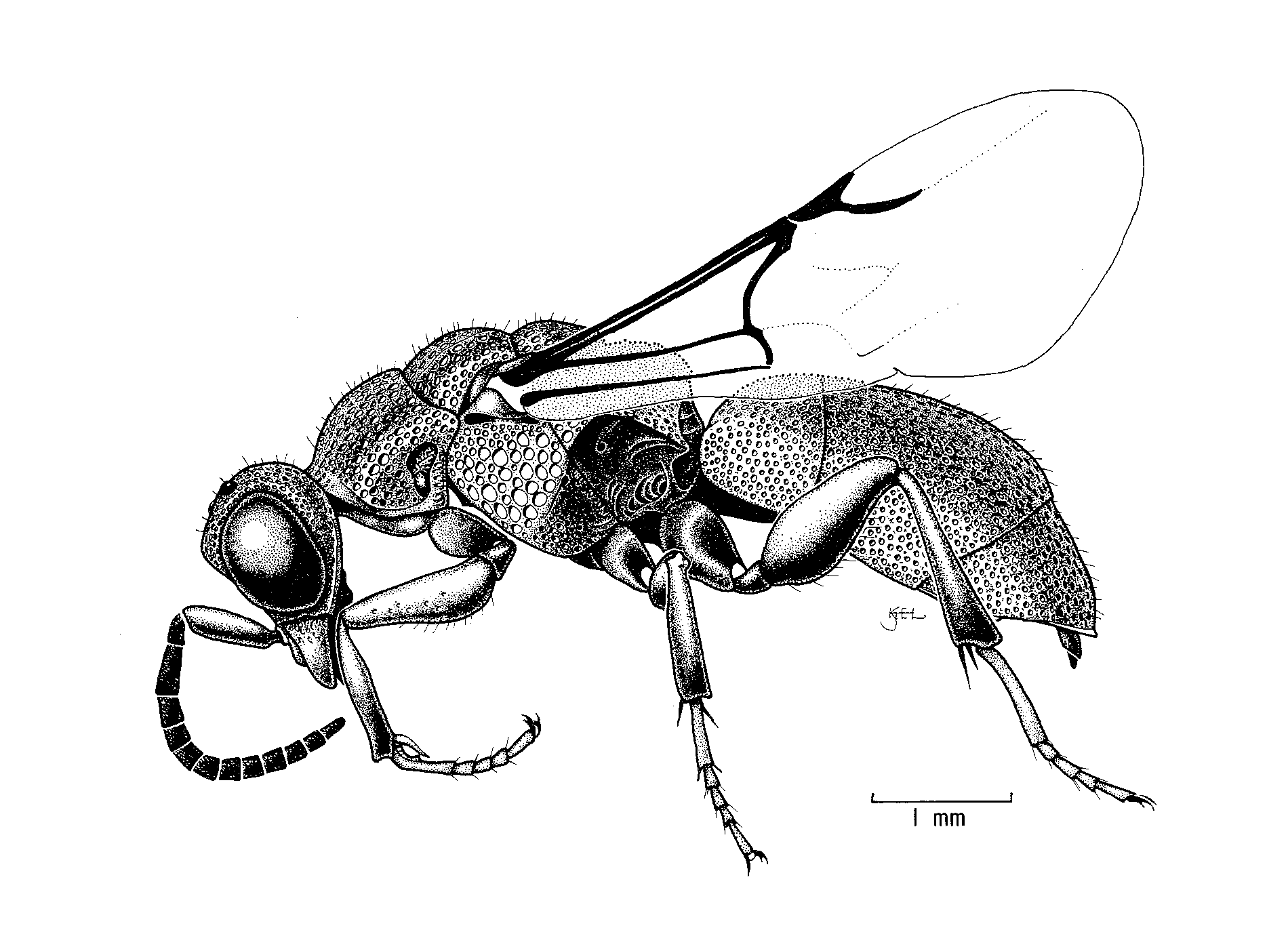
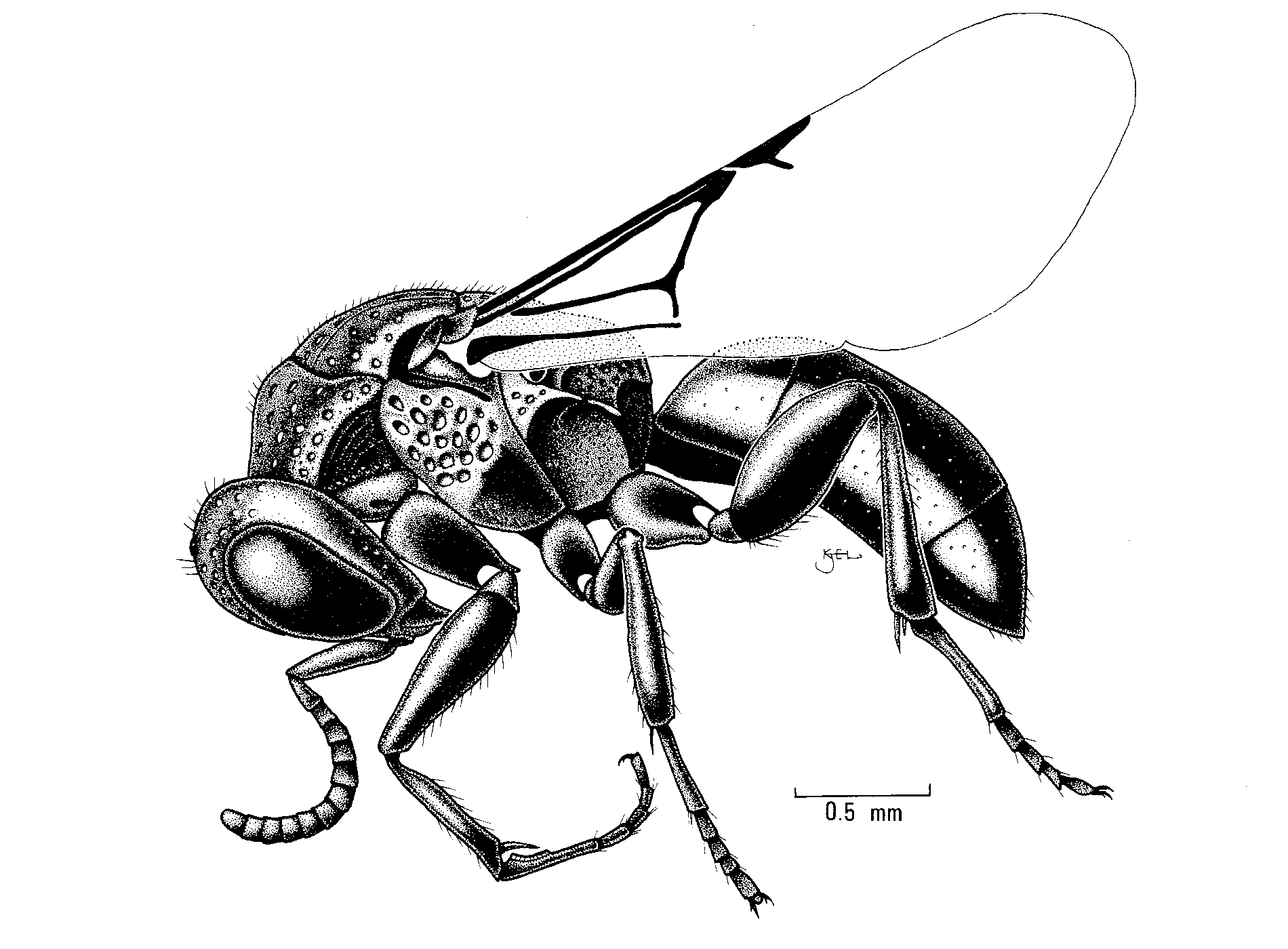
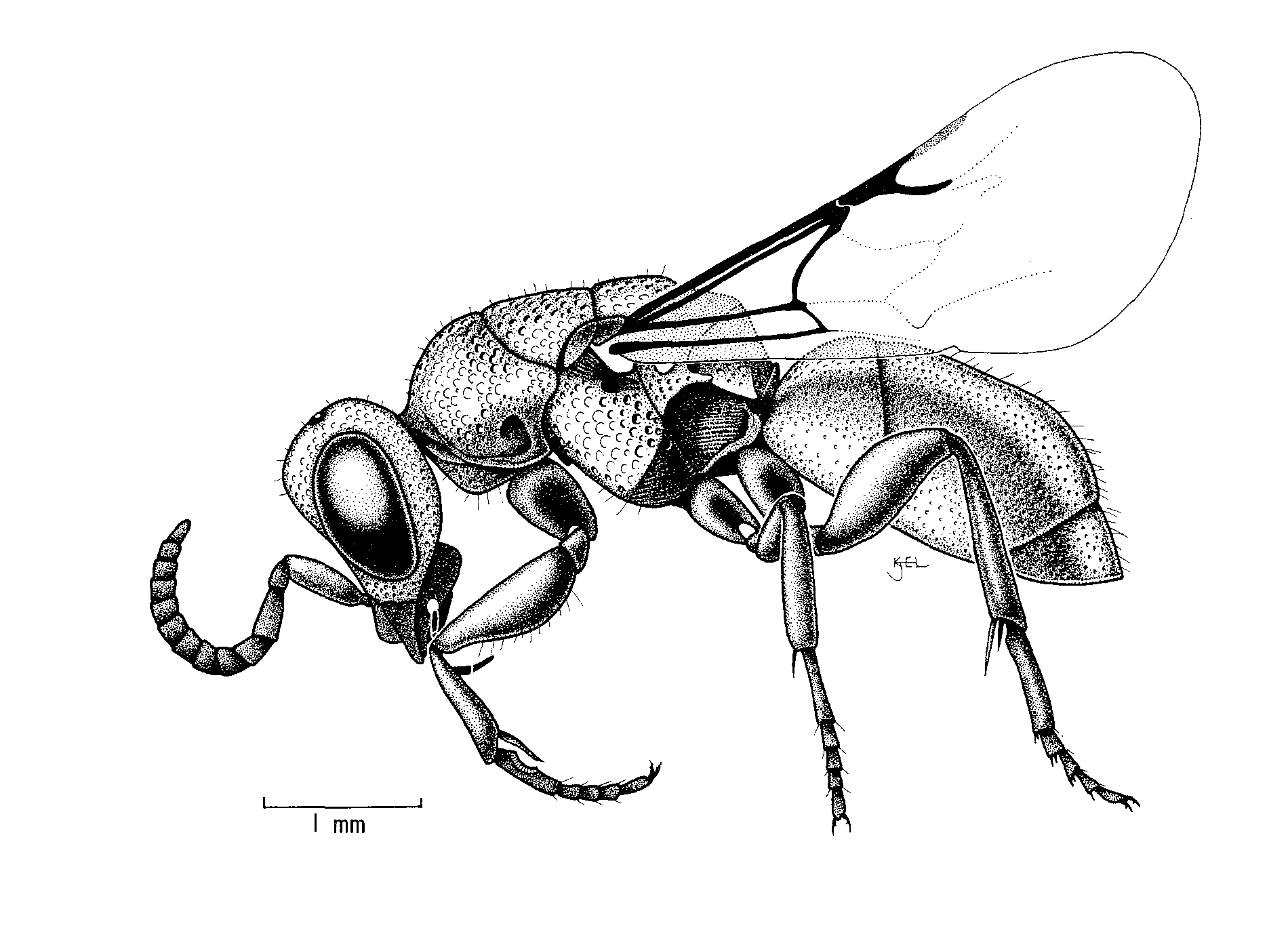
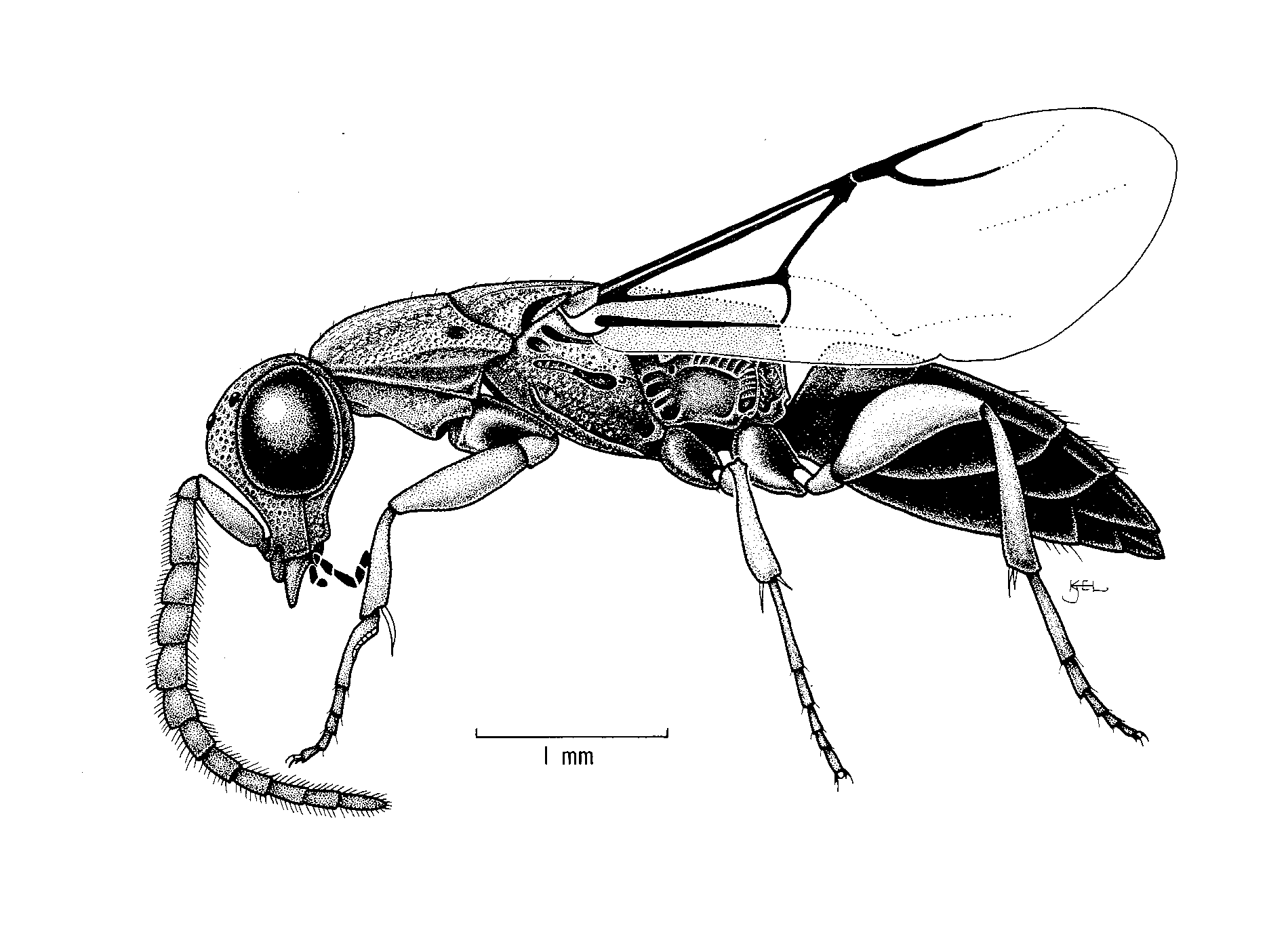
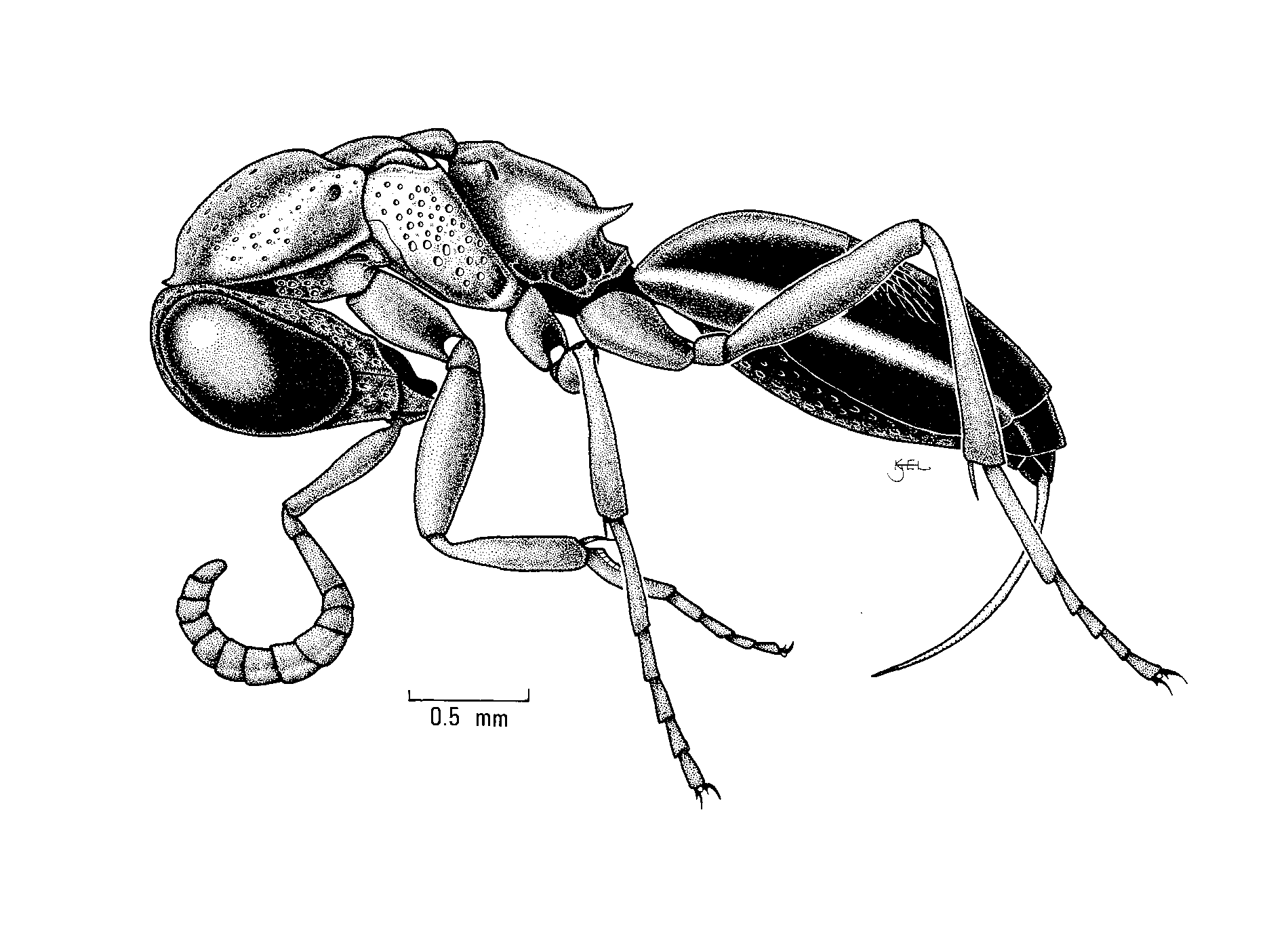
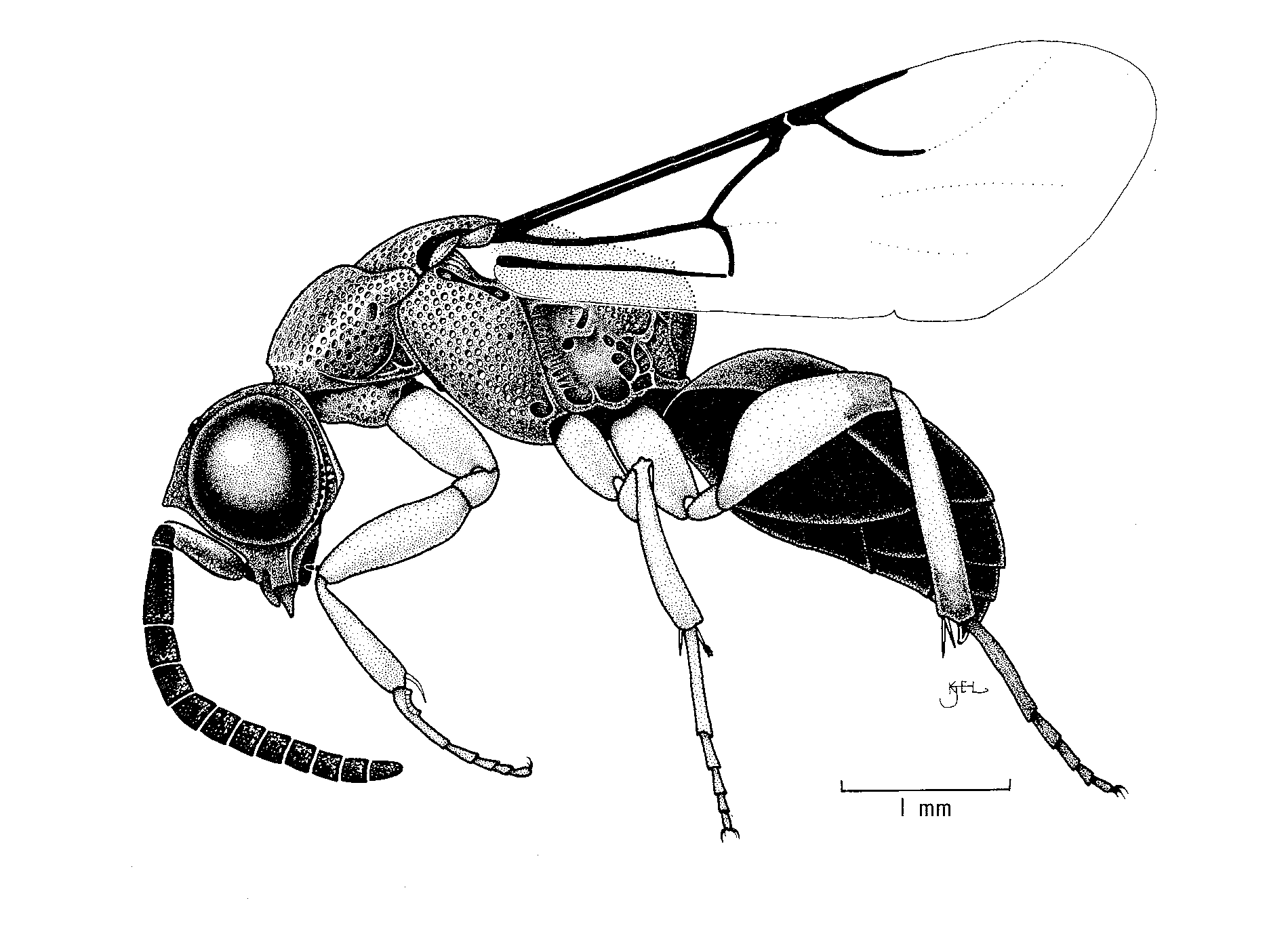
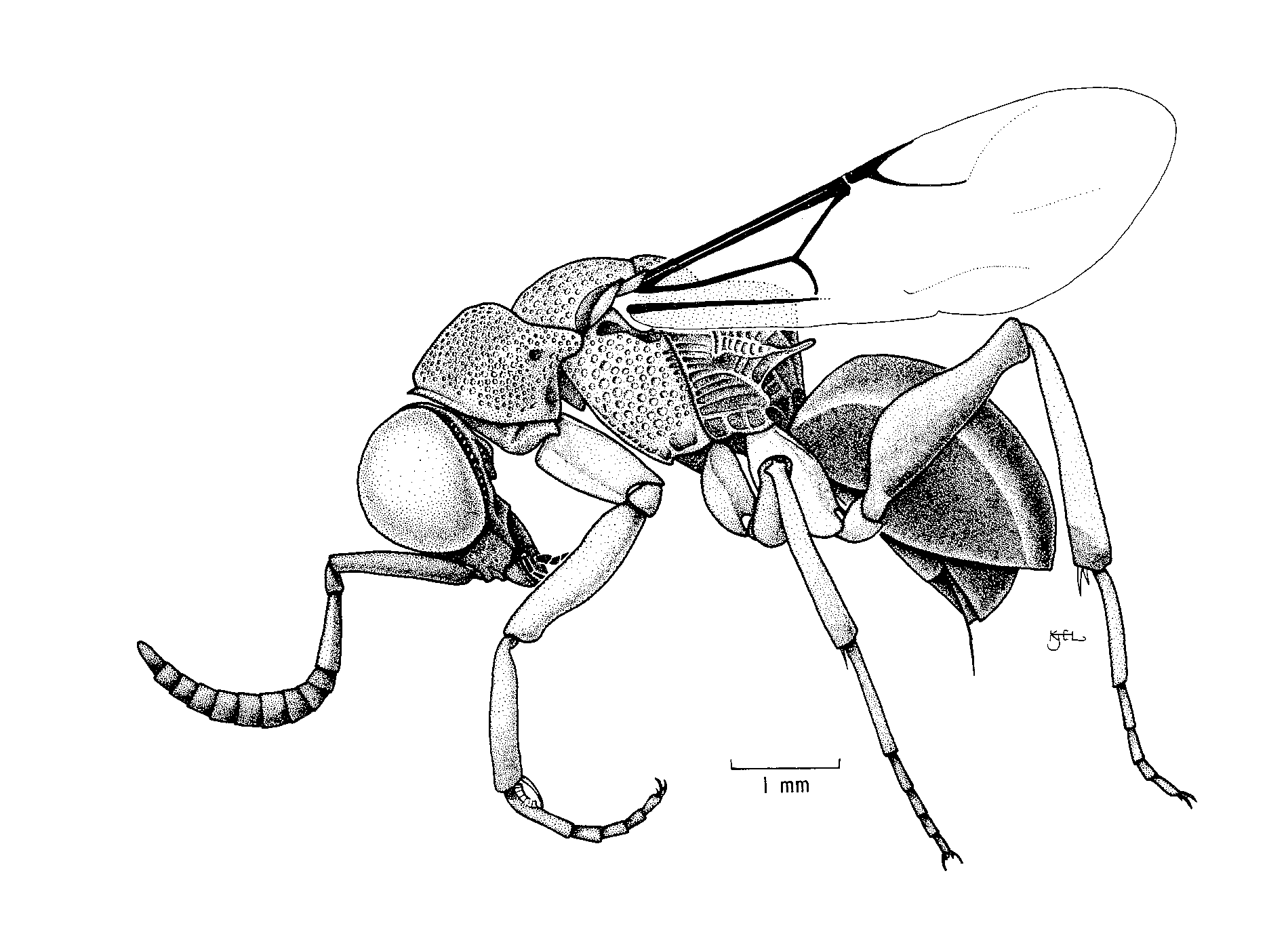
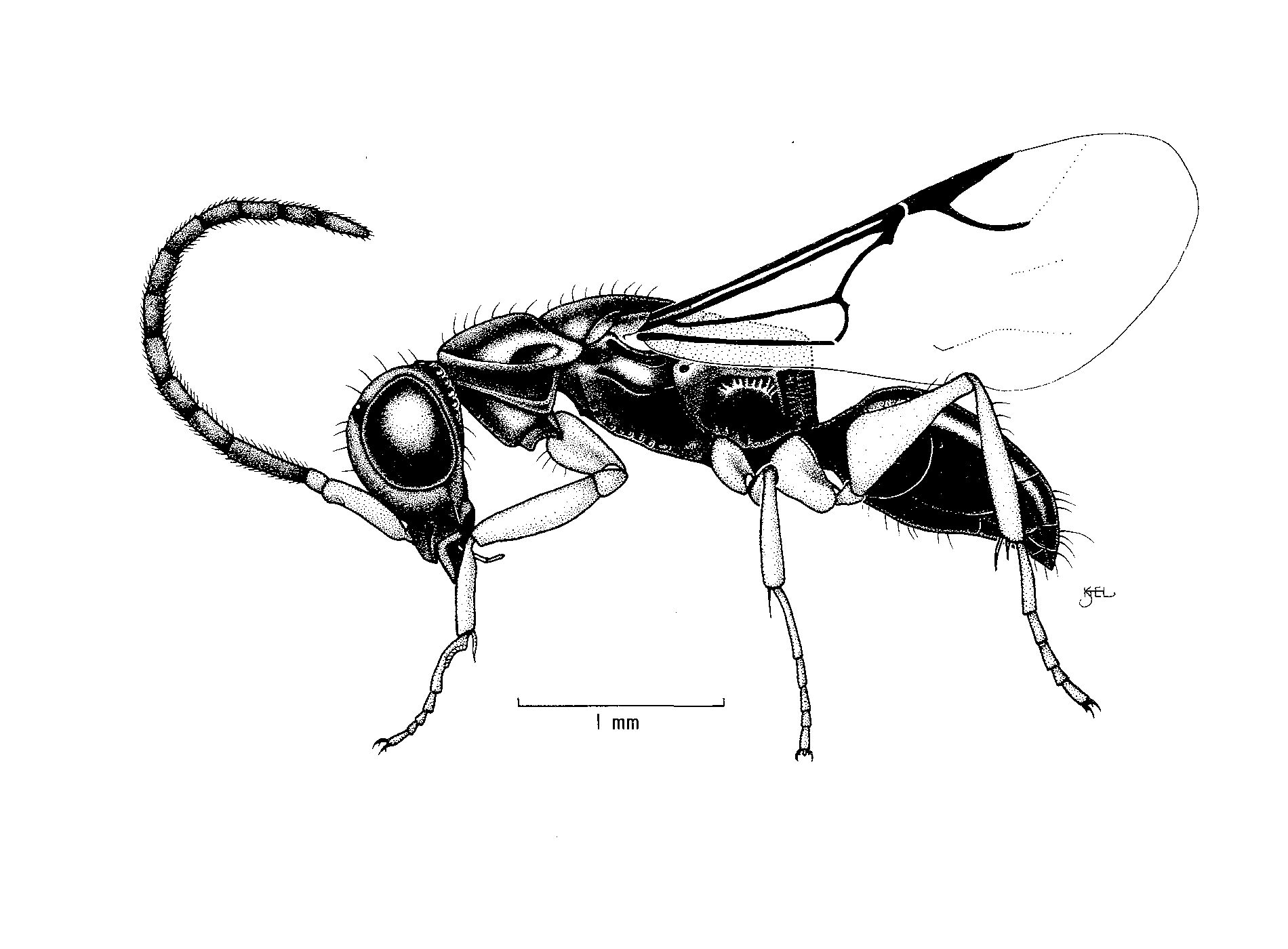
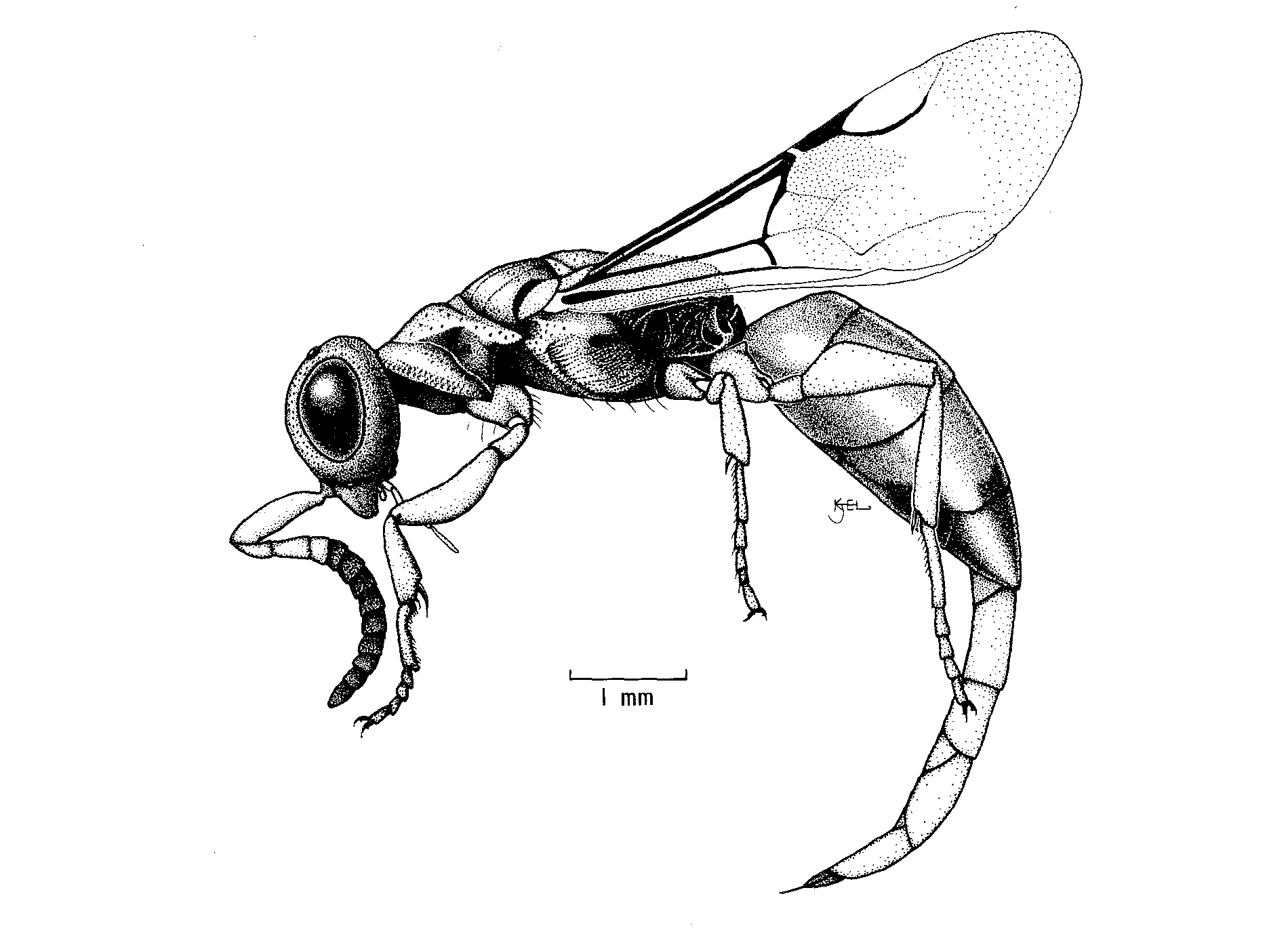
***
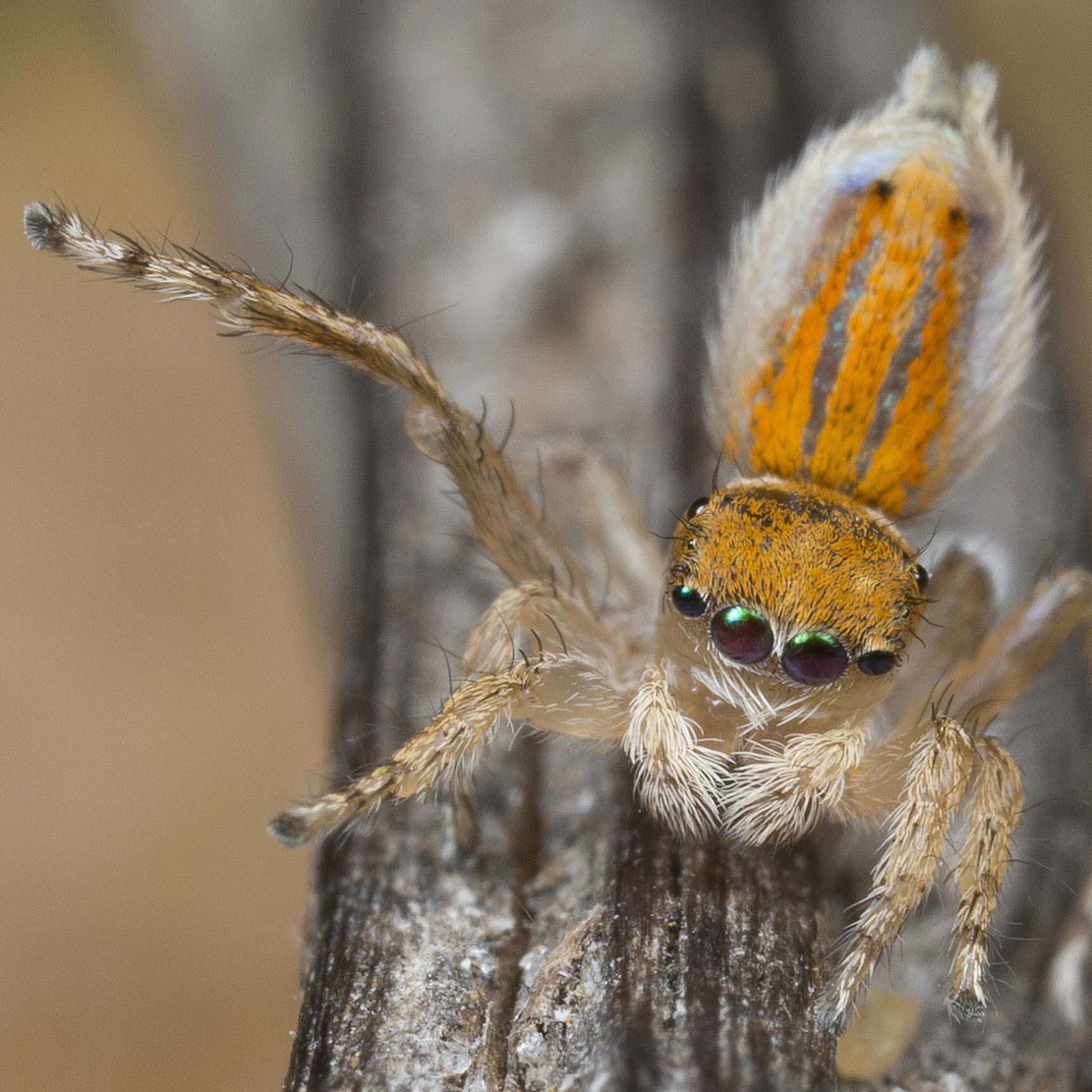
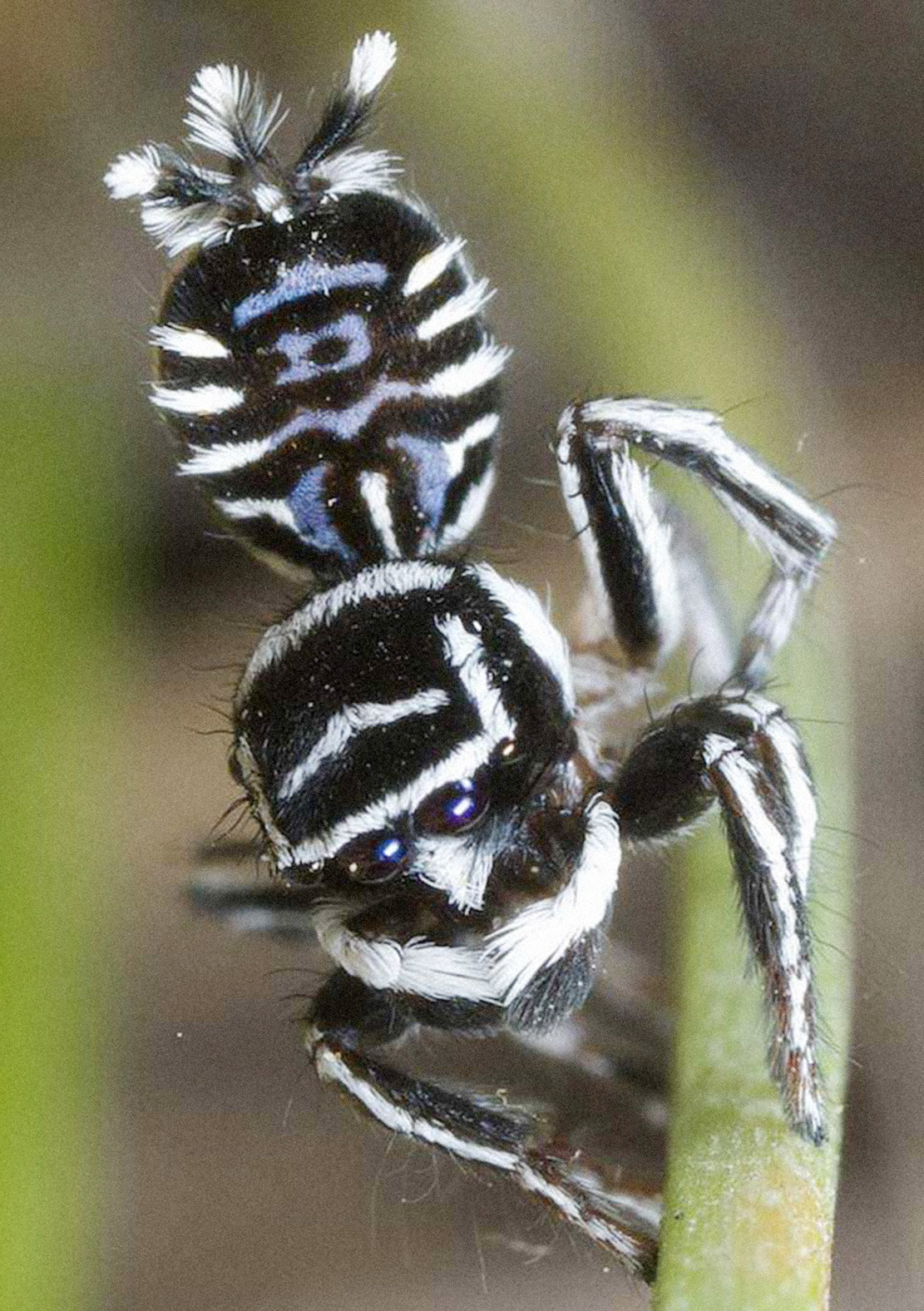
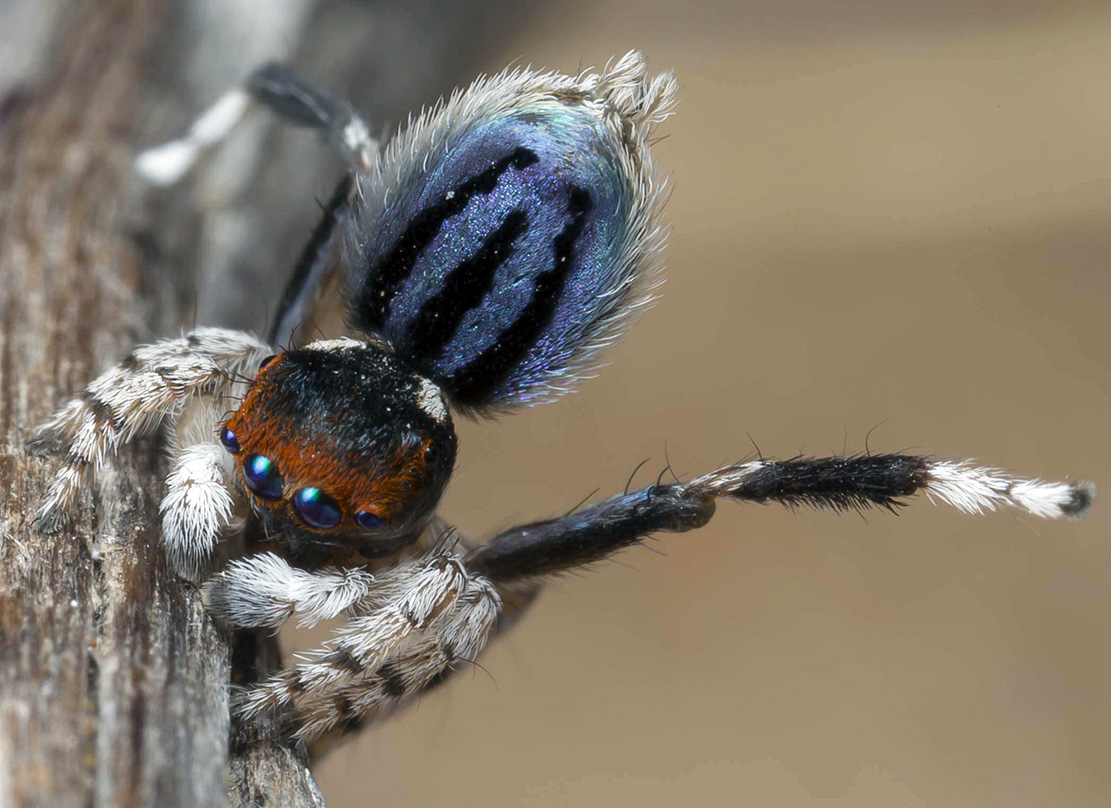
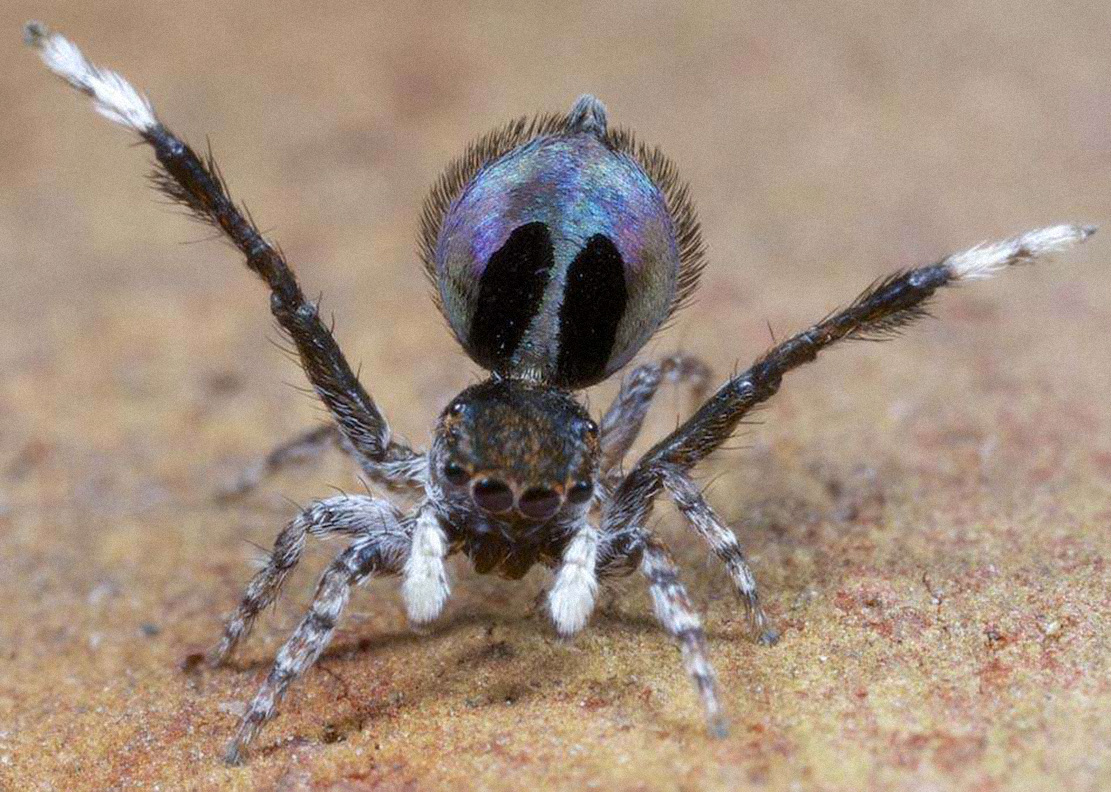
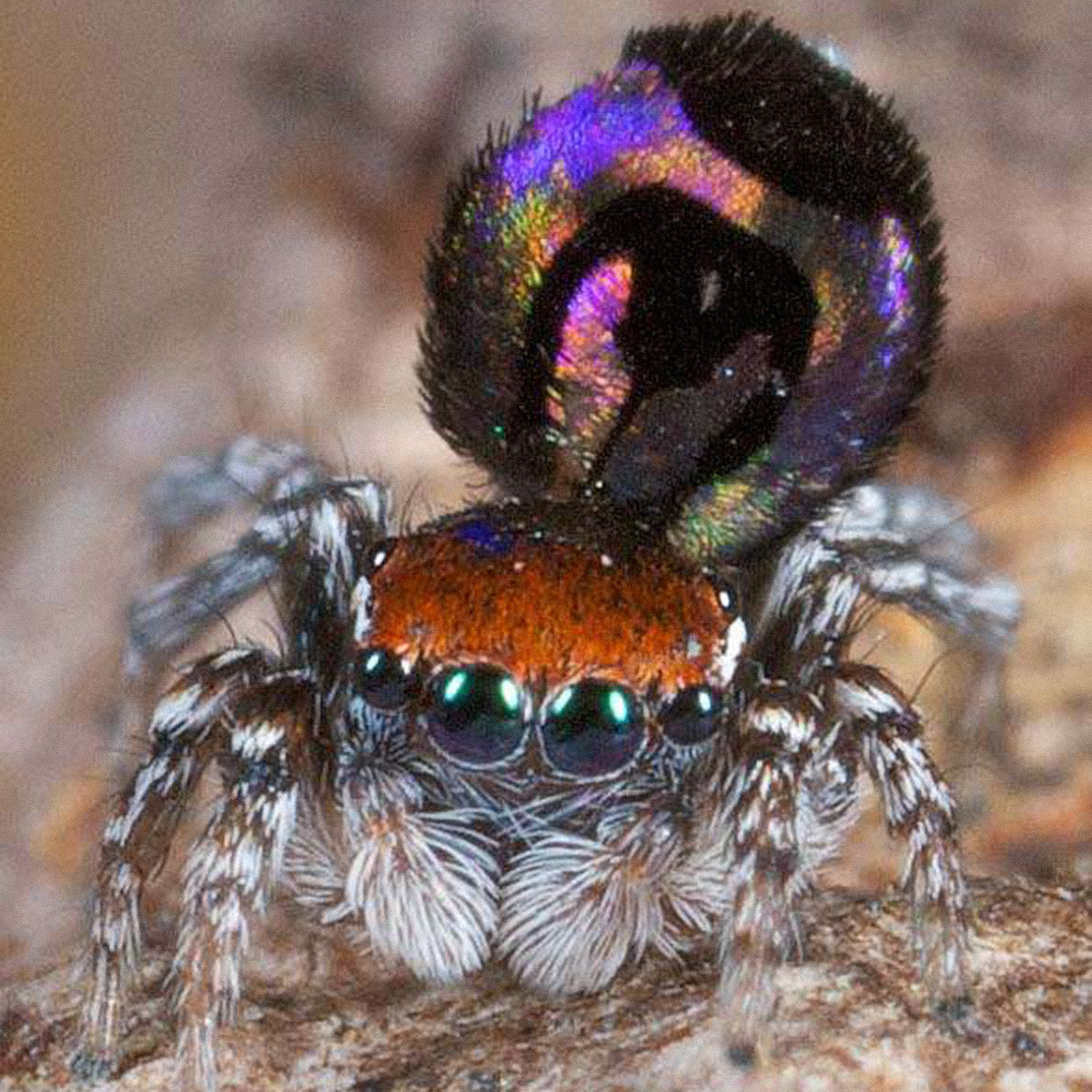
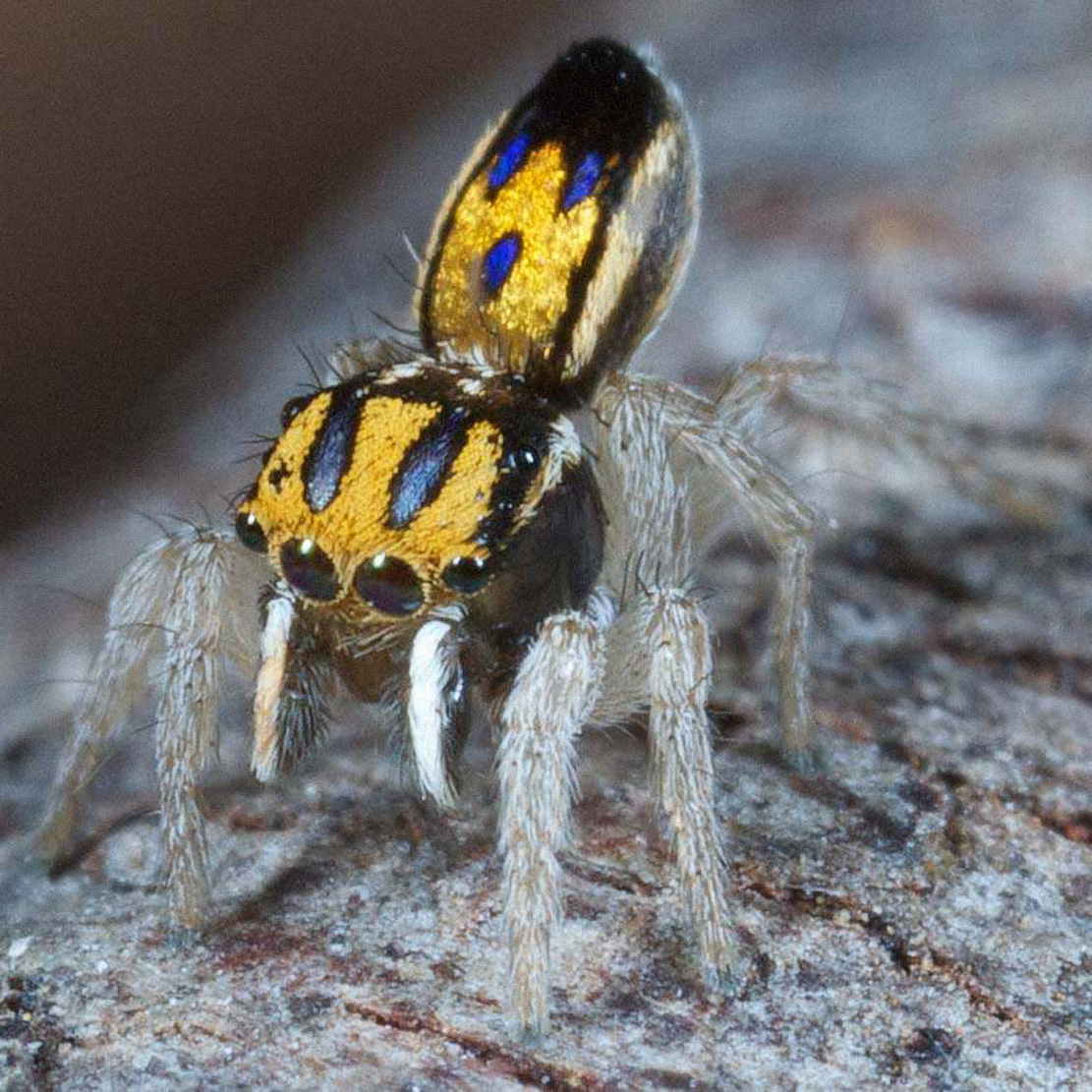
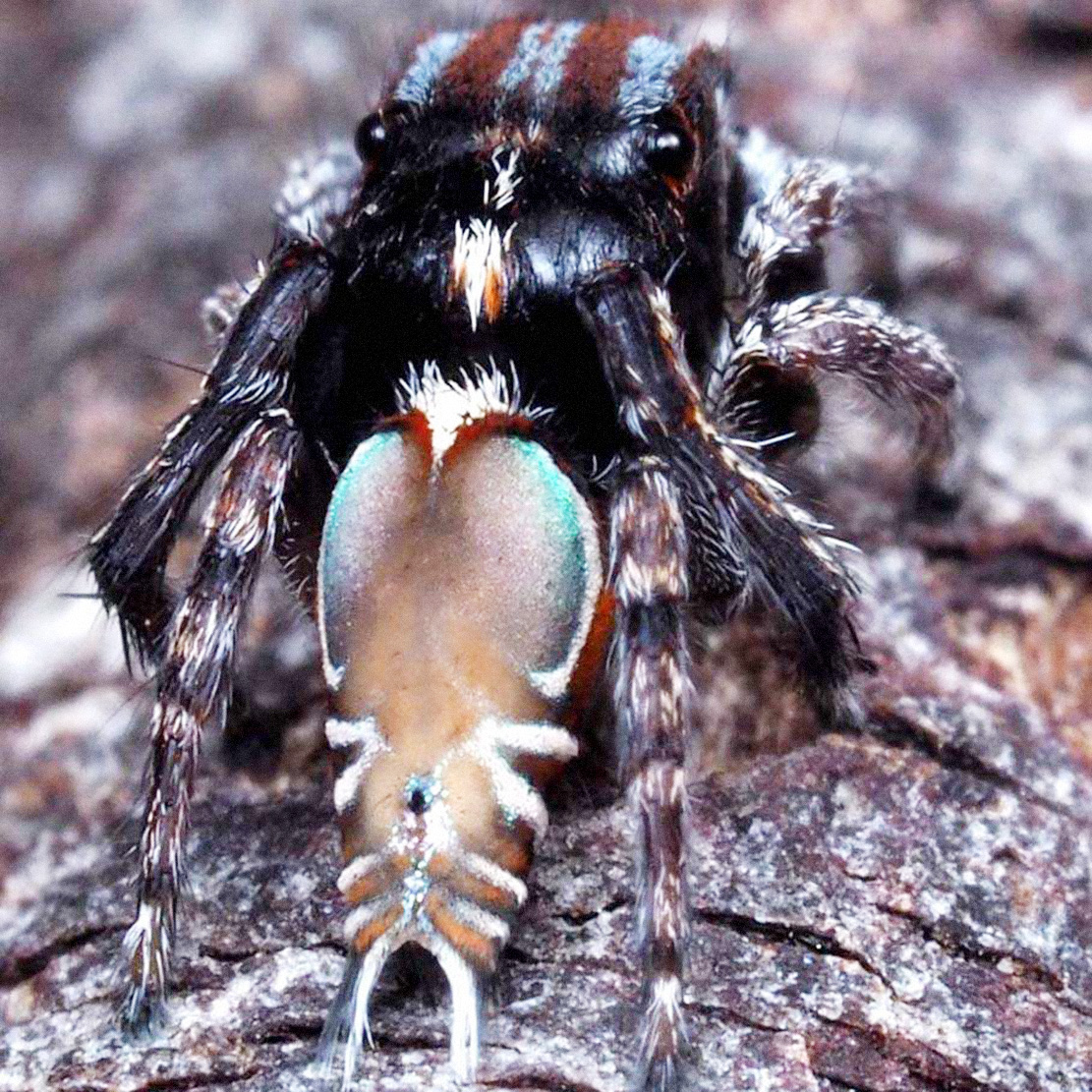
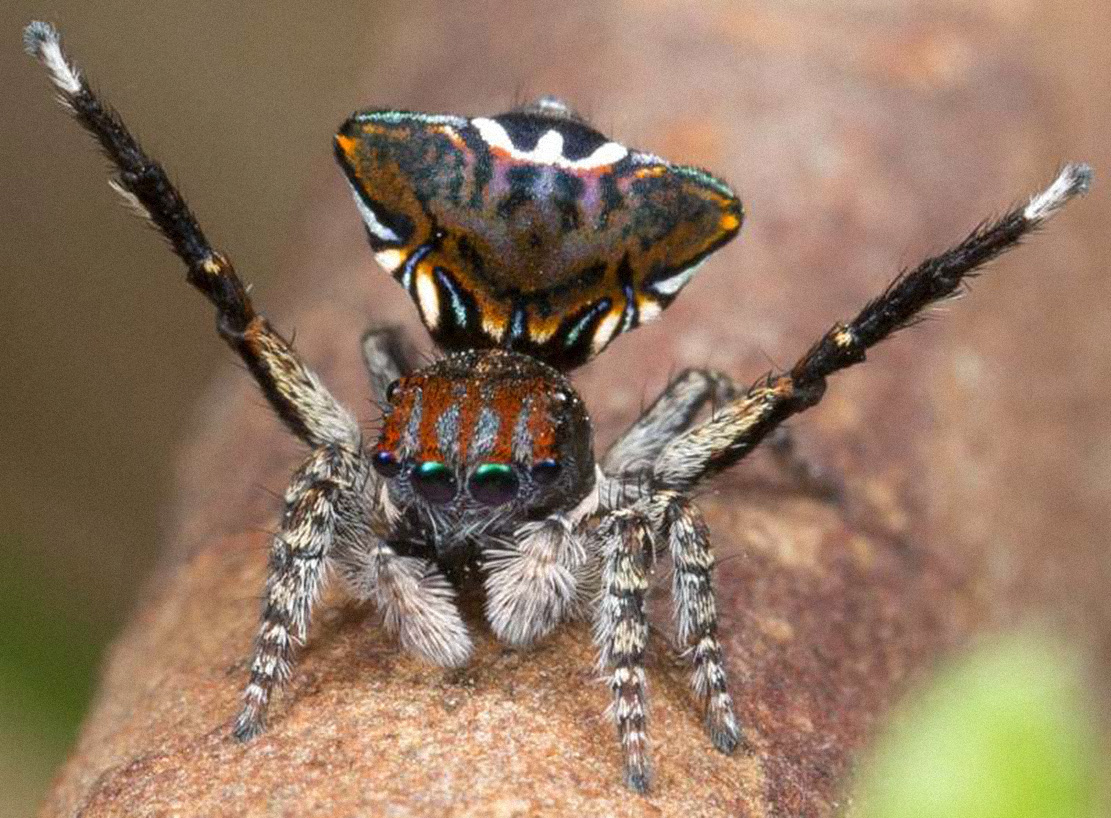
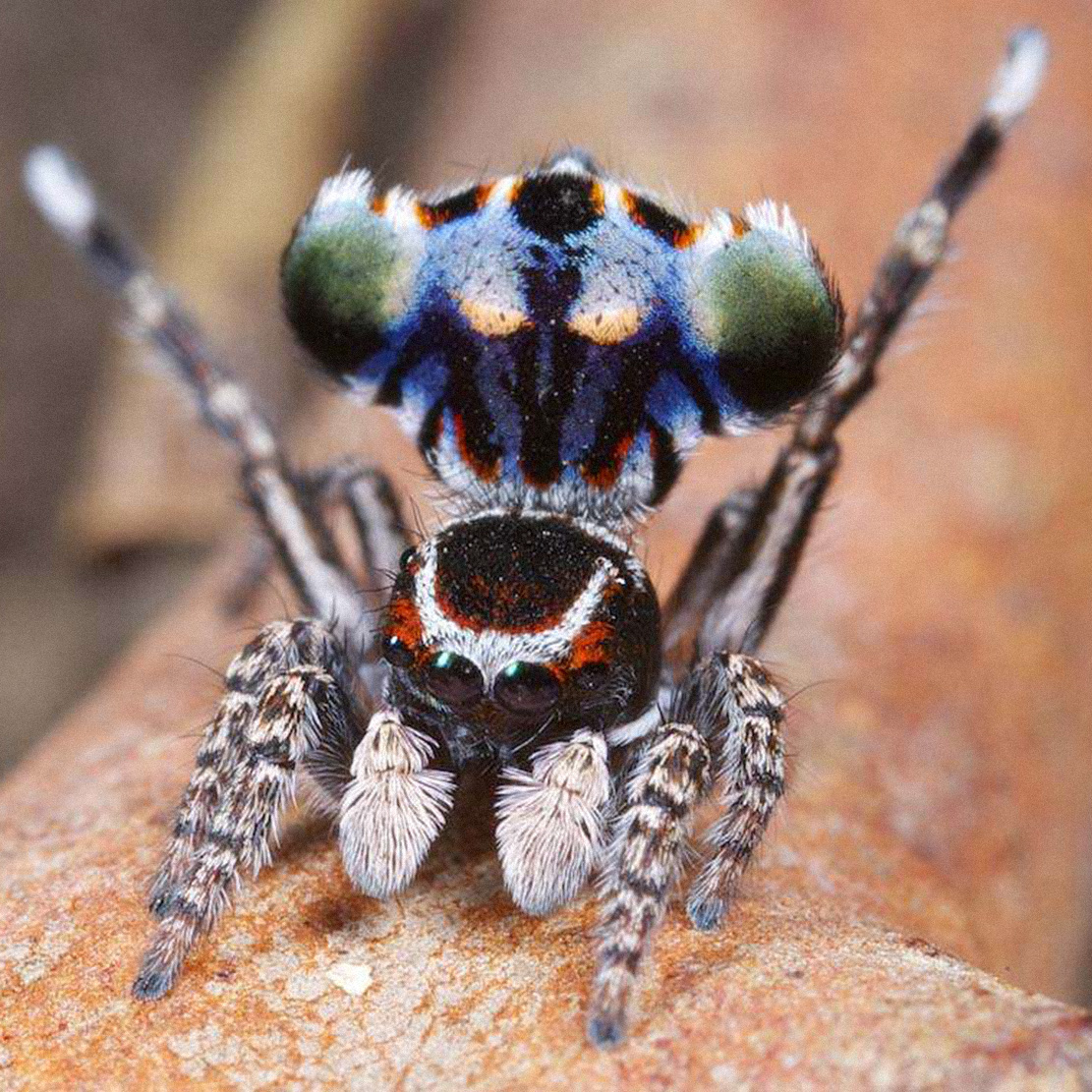
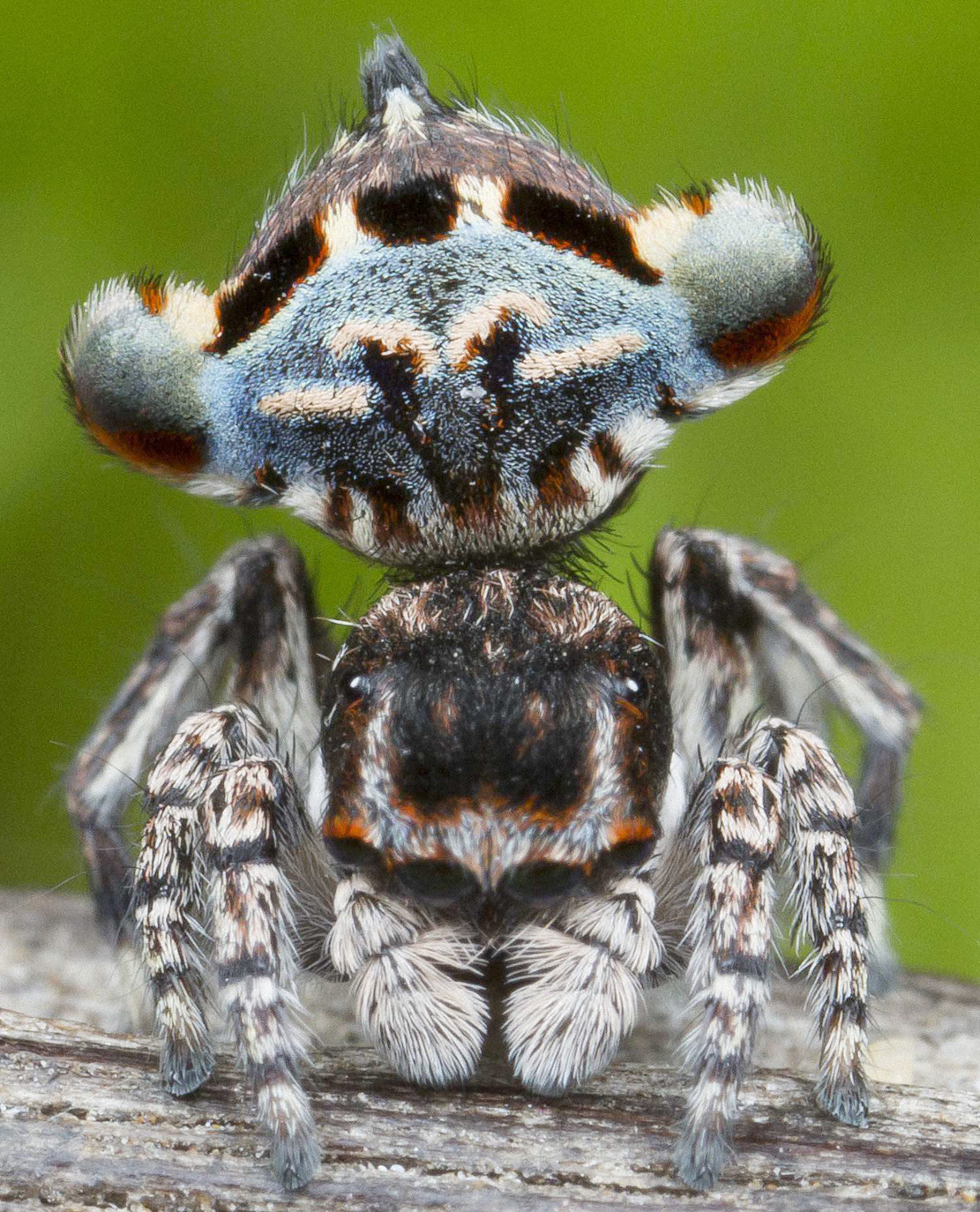
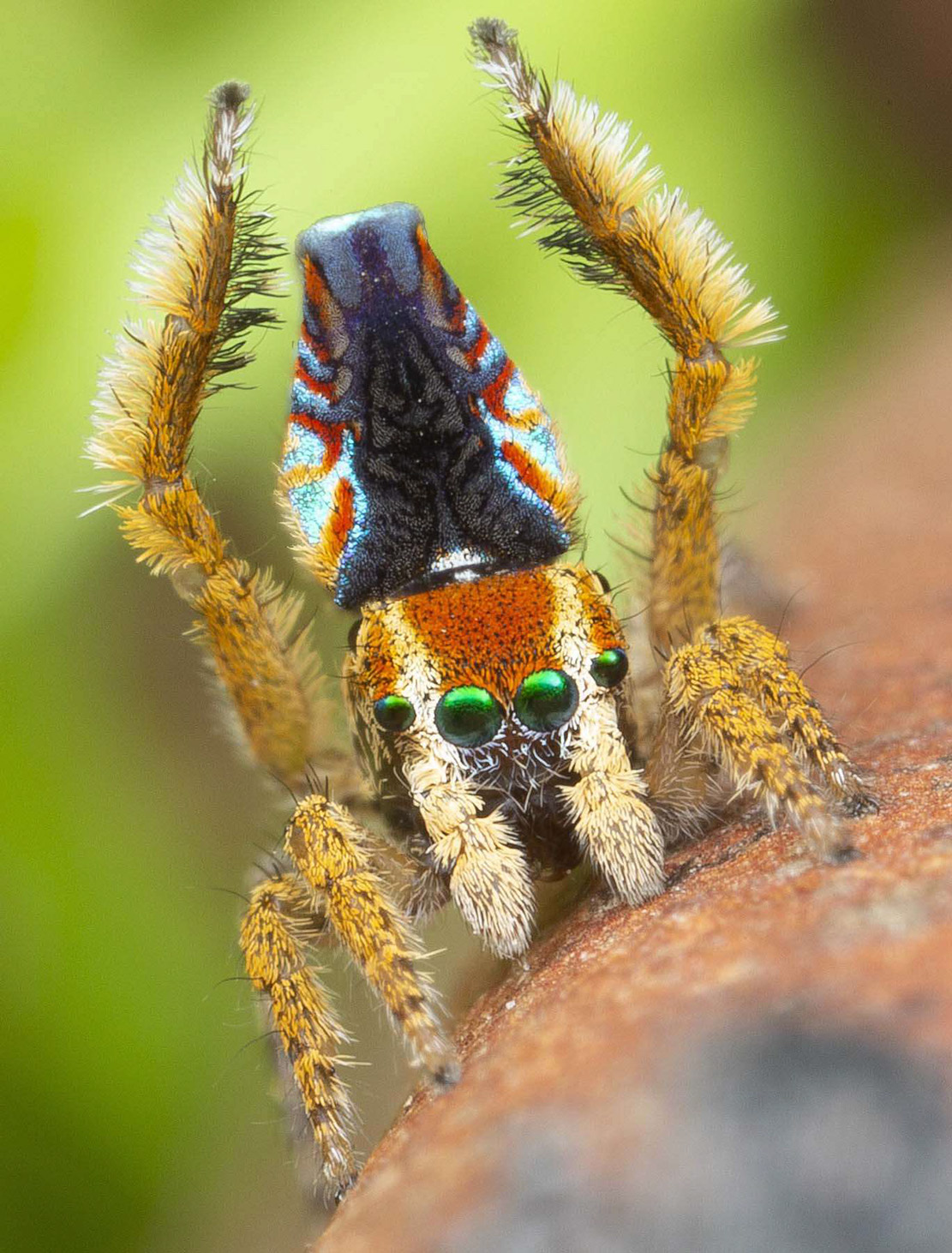
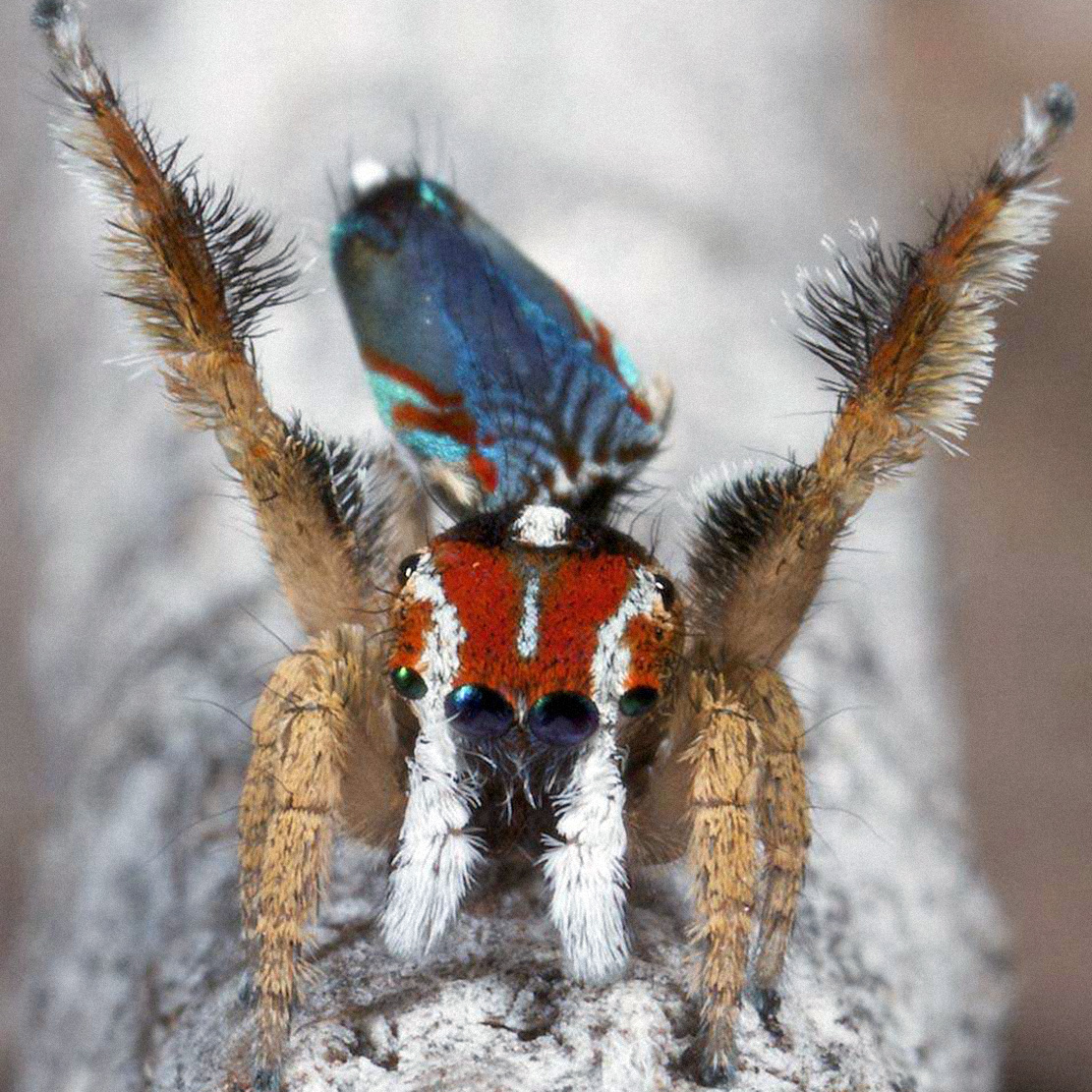
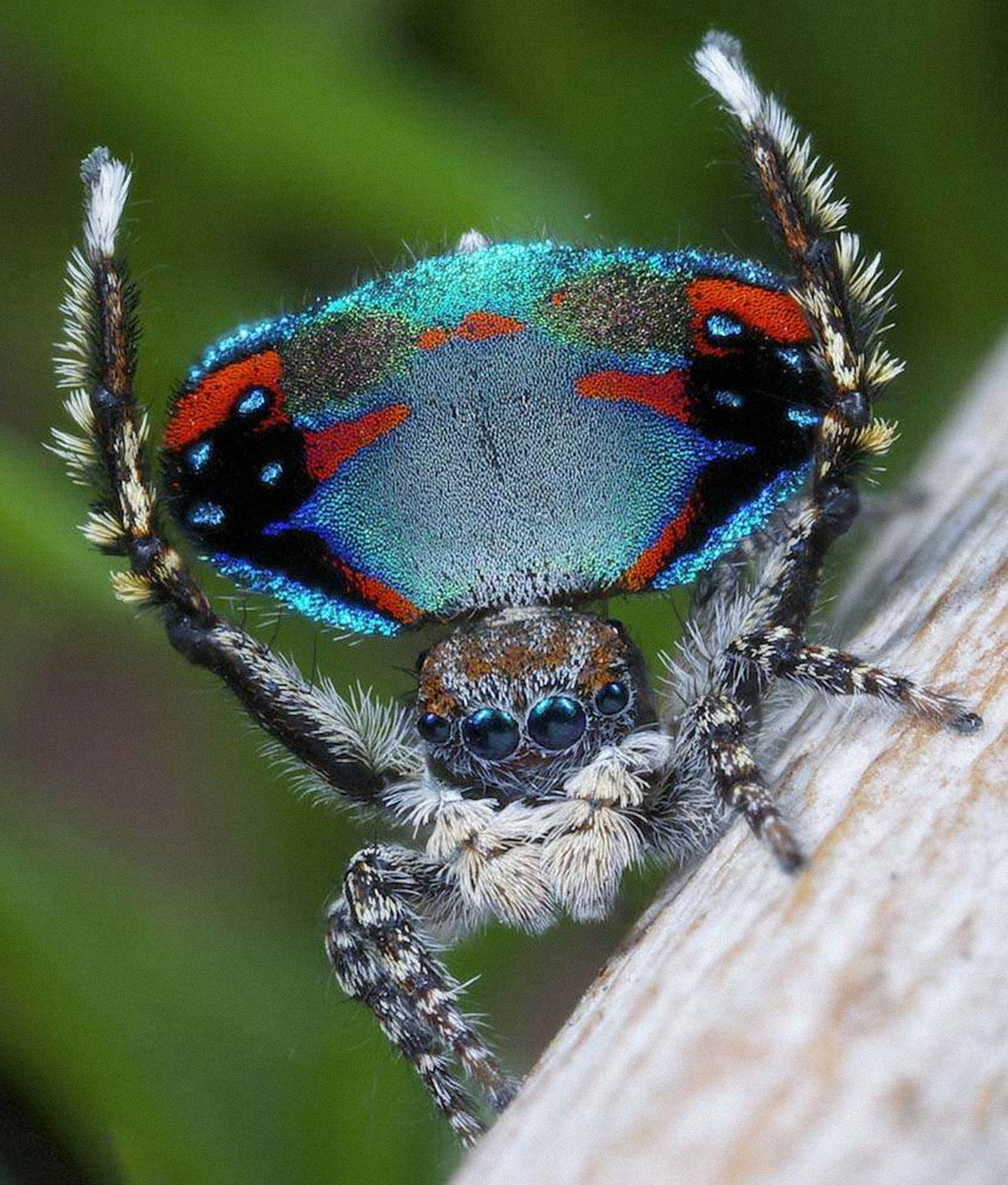
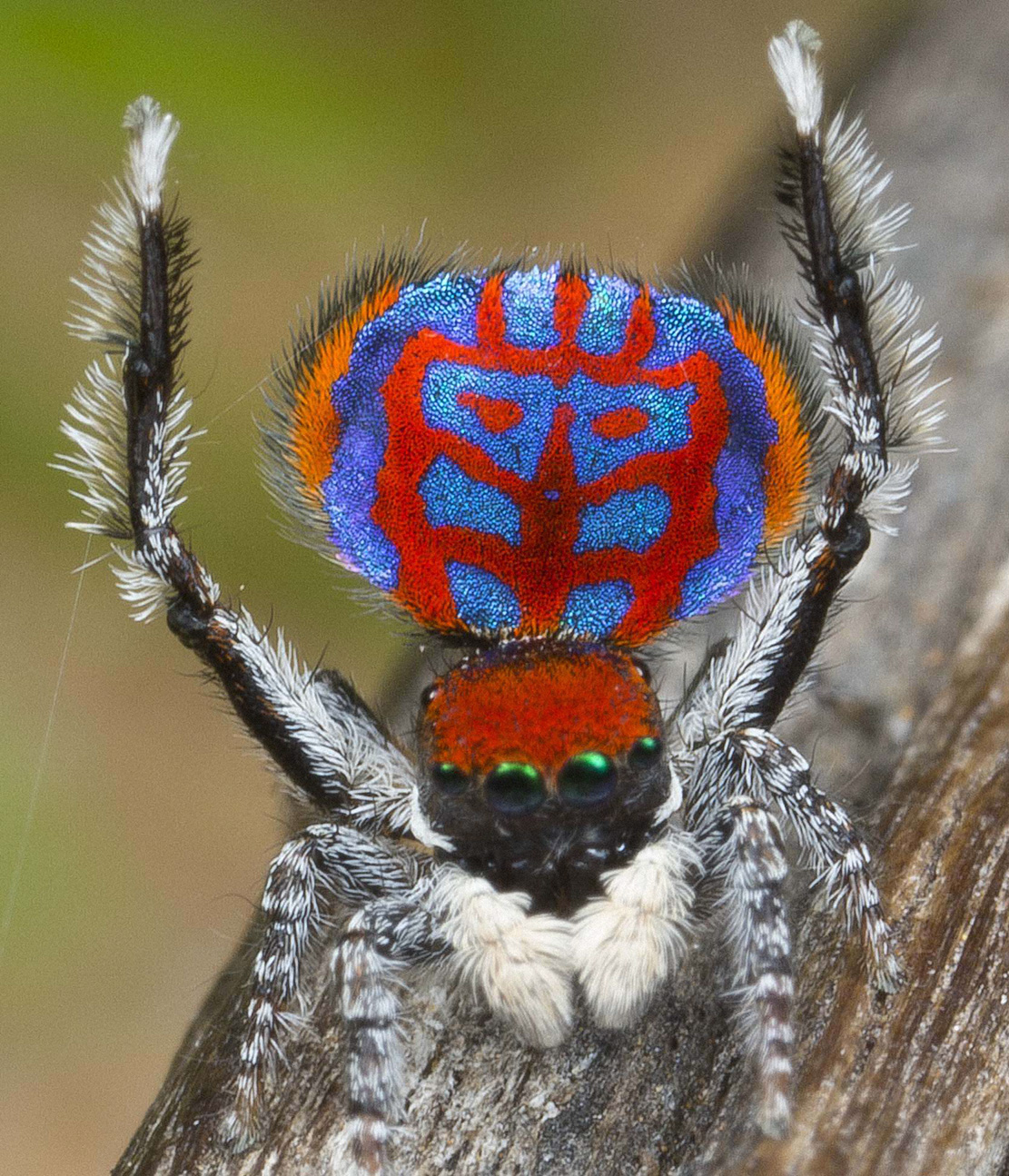
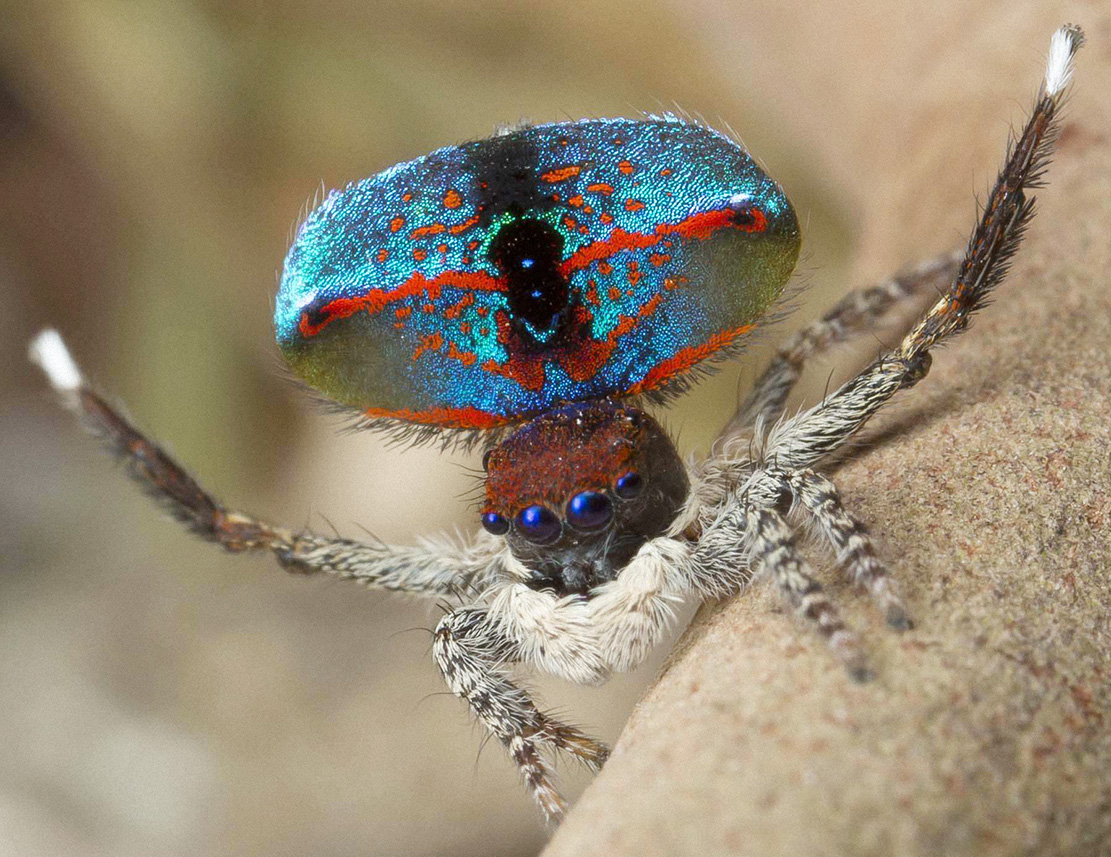
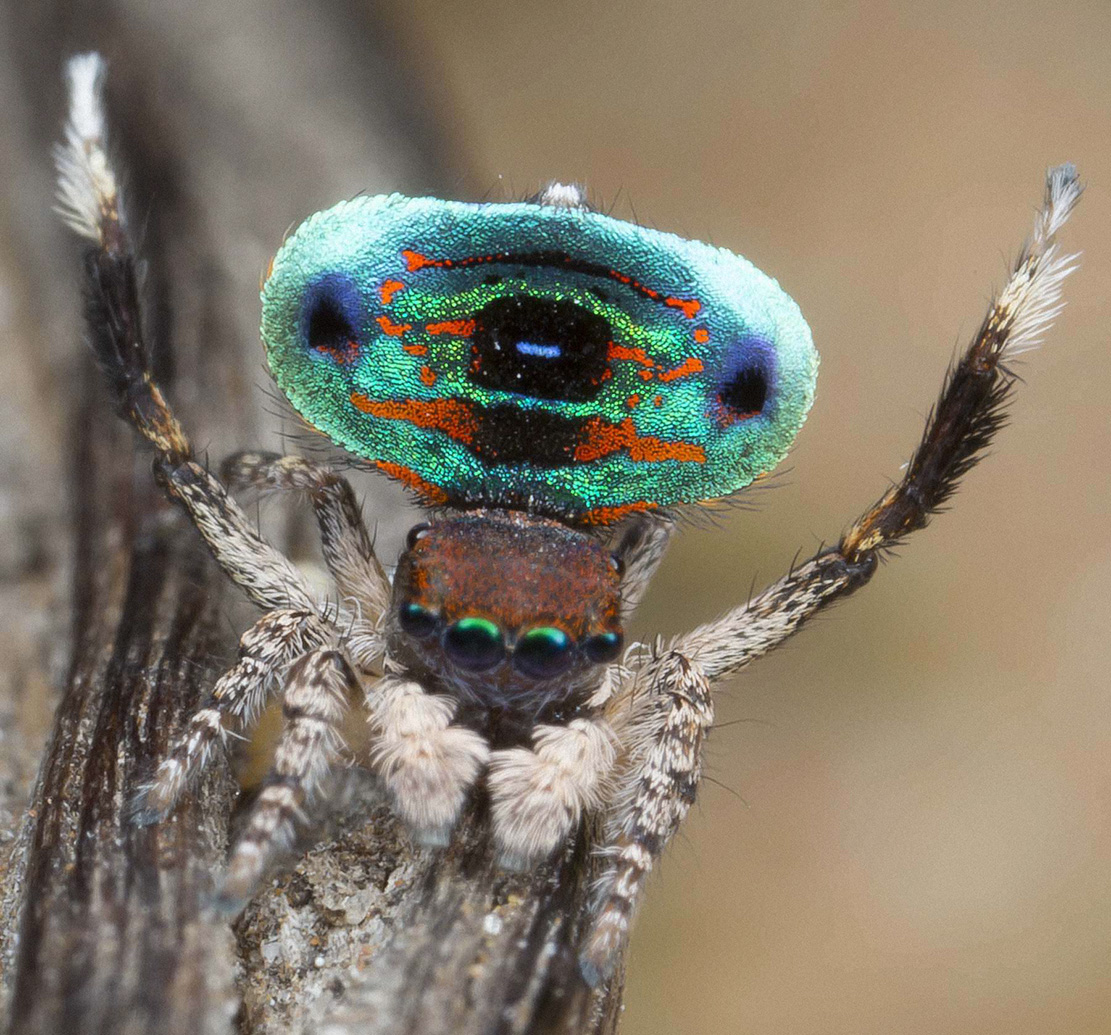
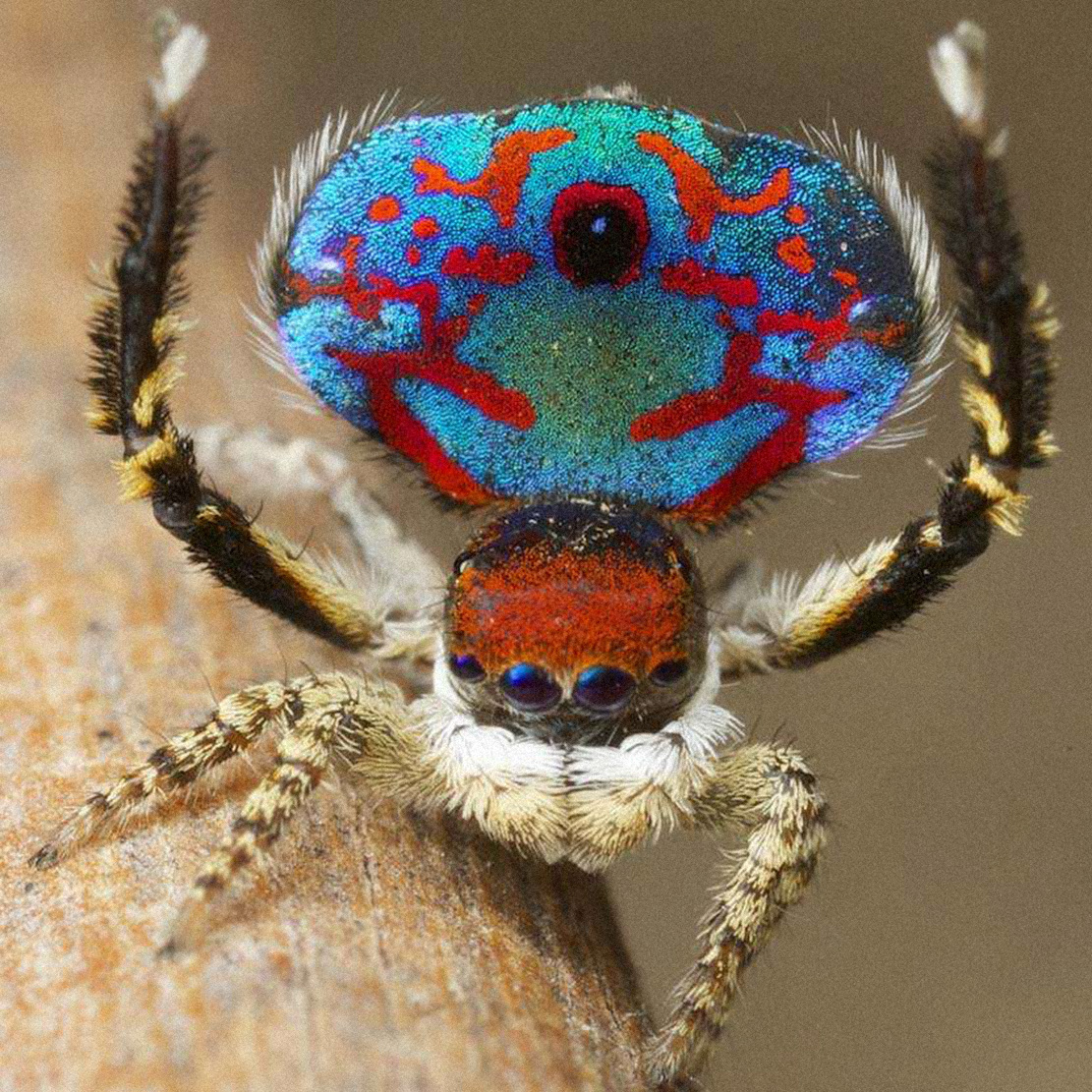
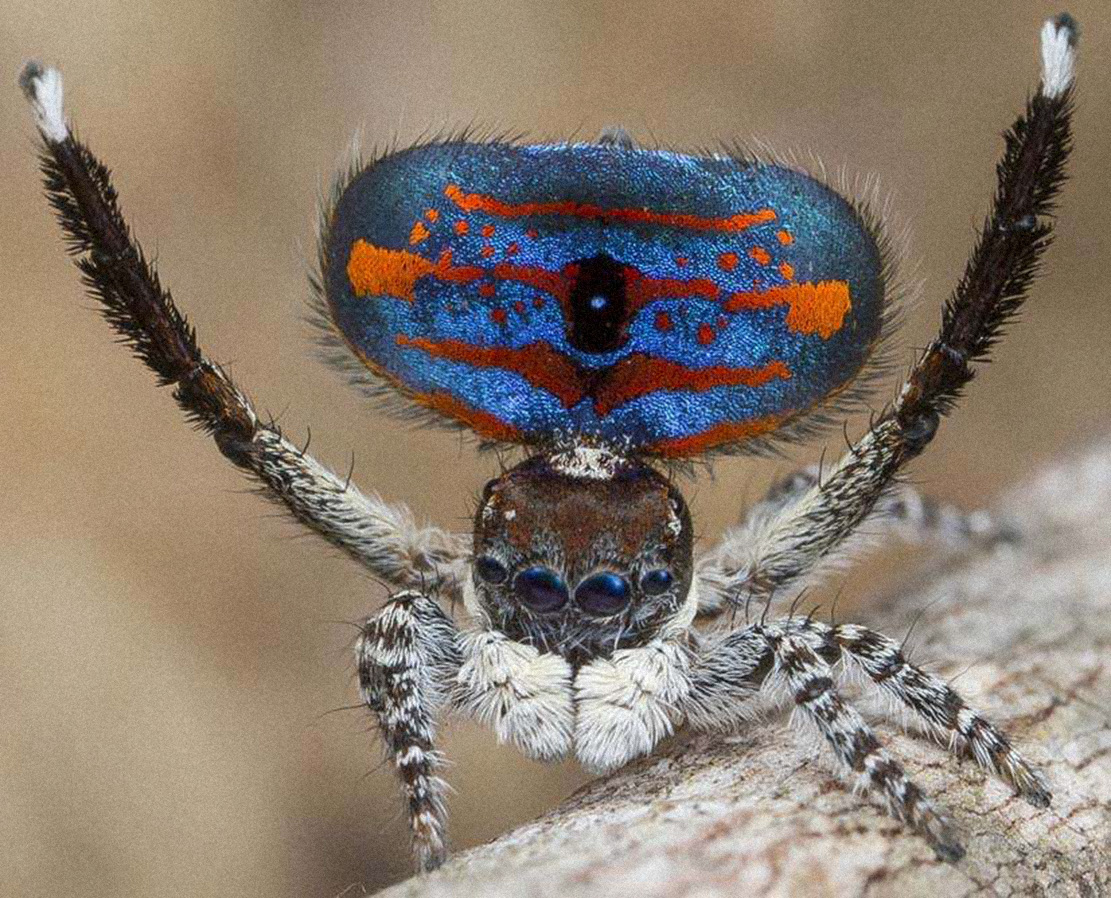
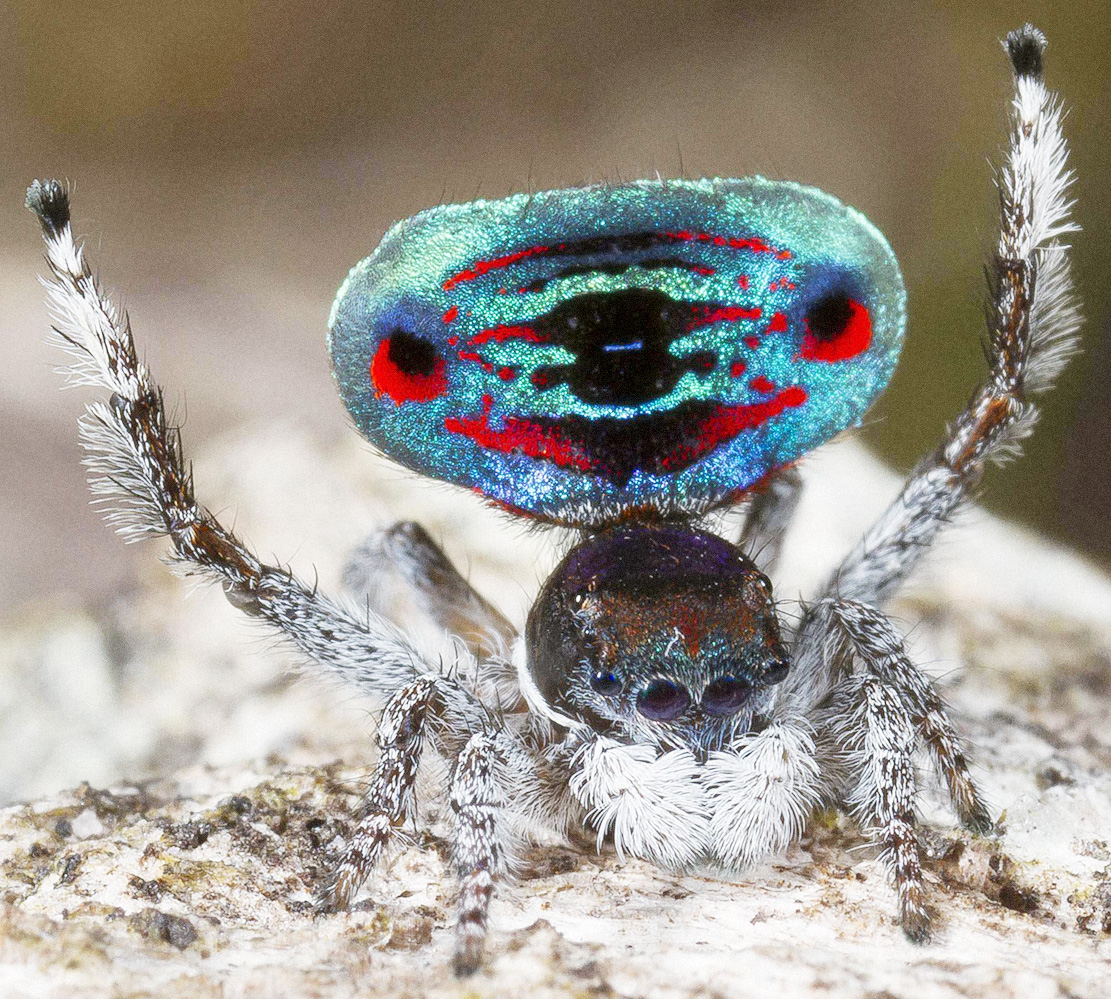
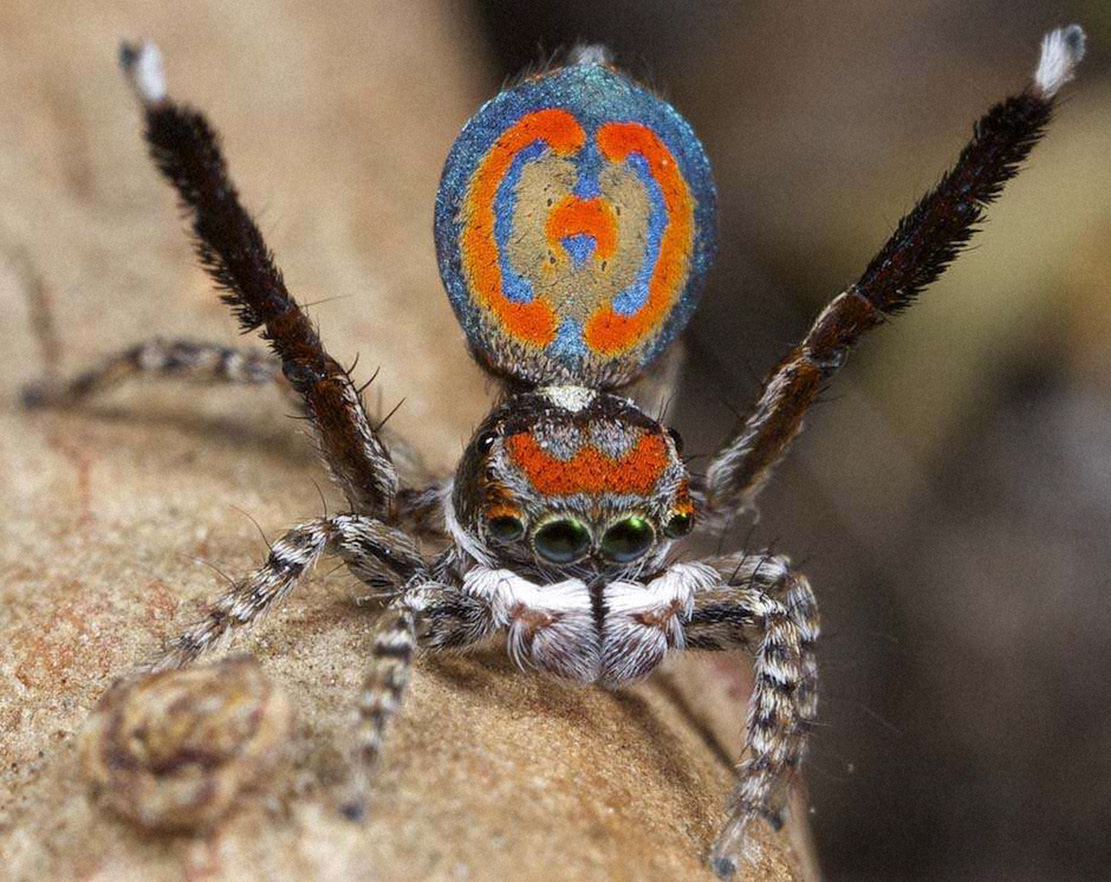
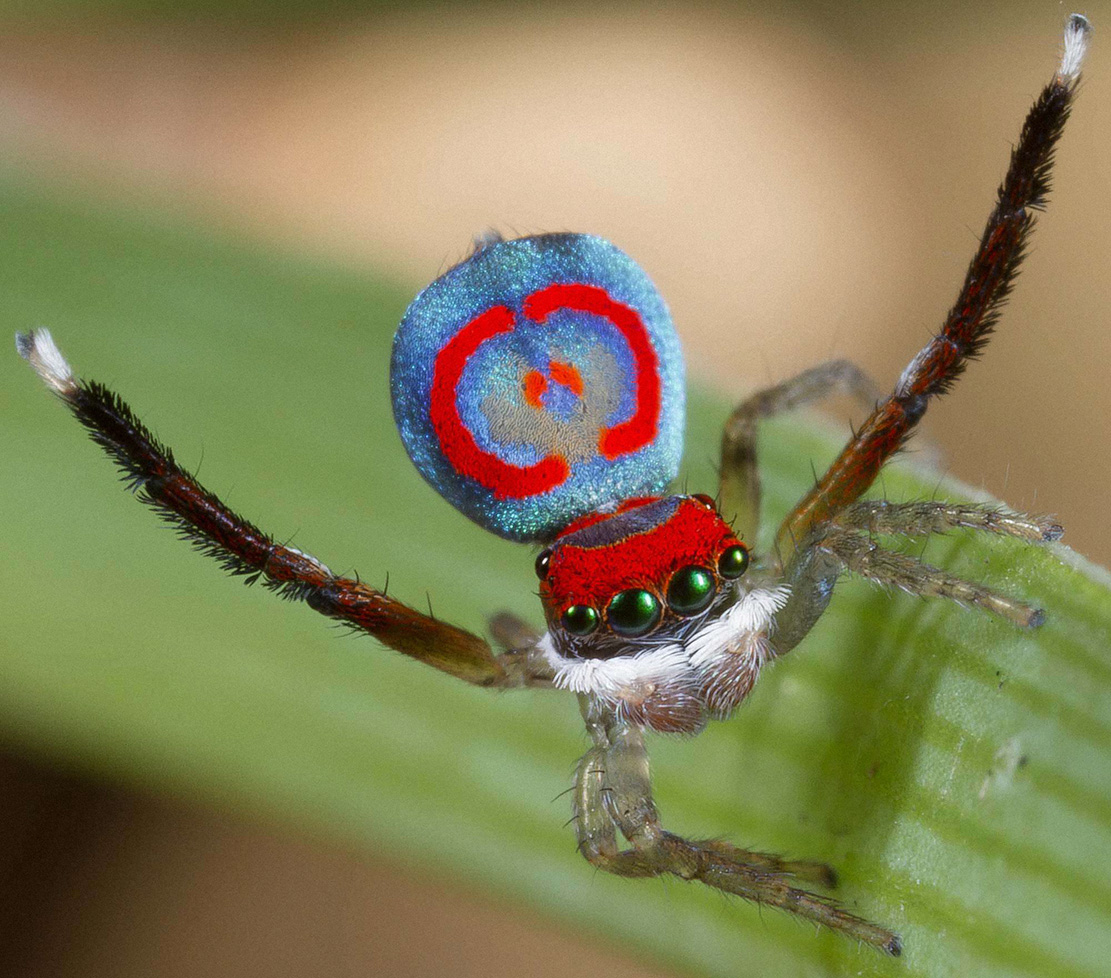
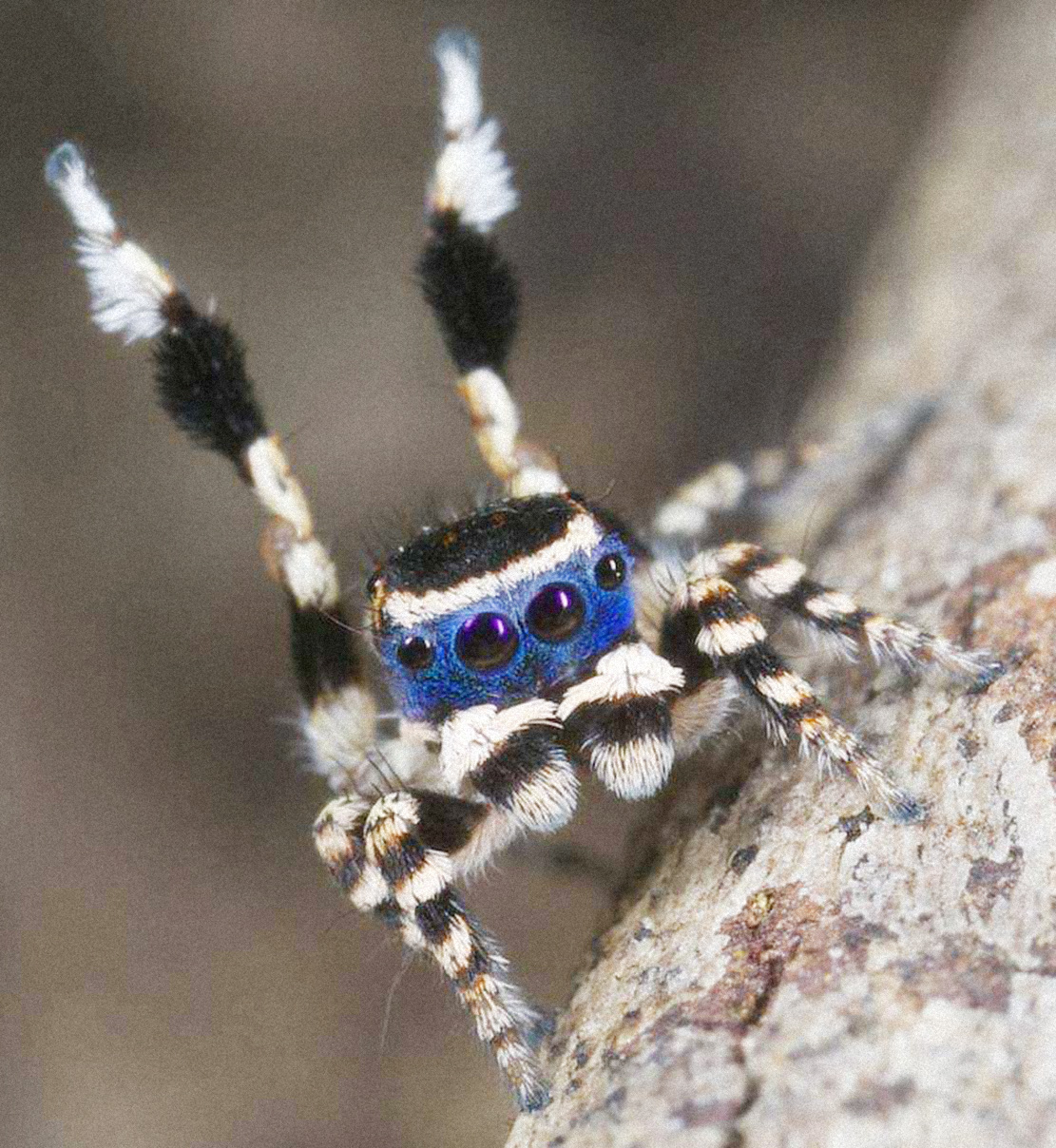
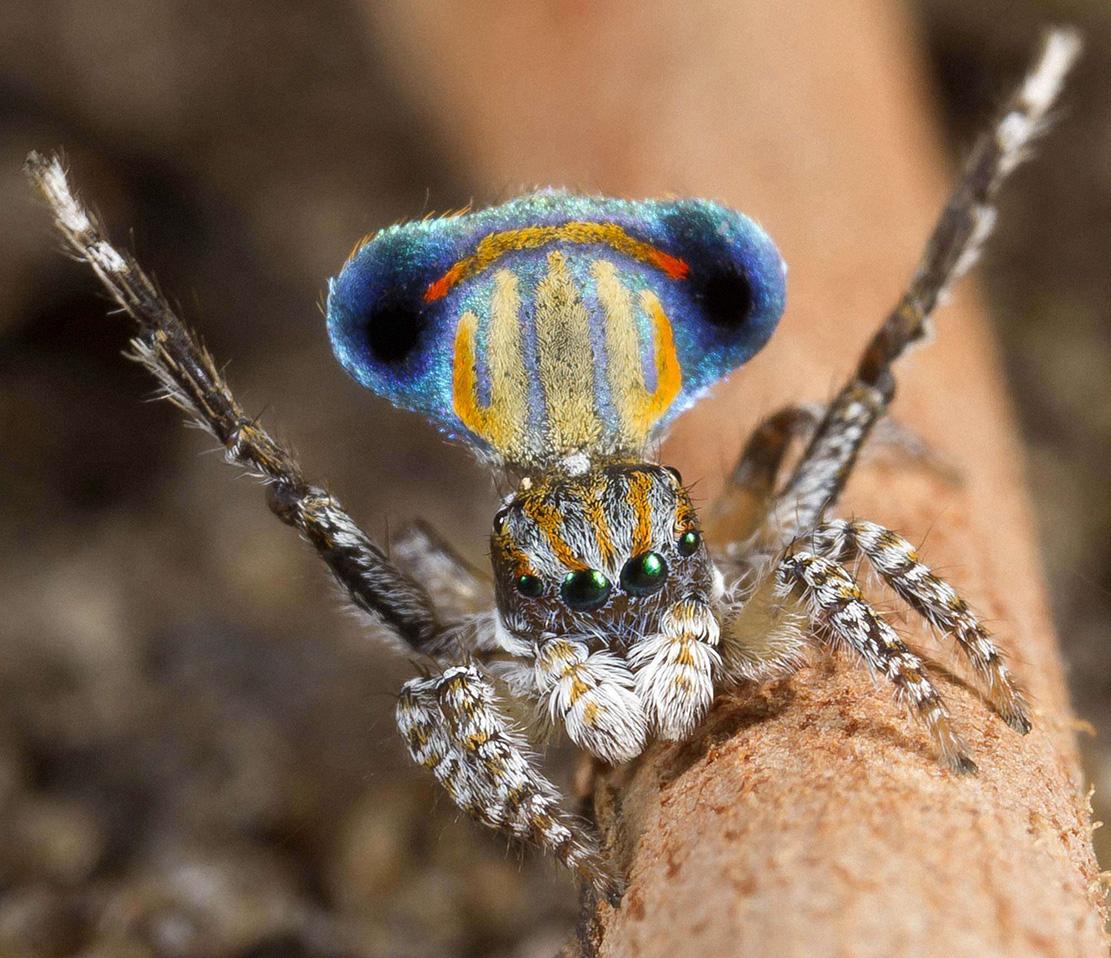
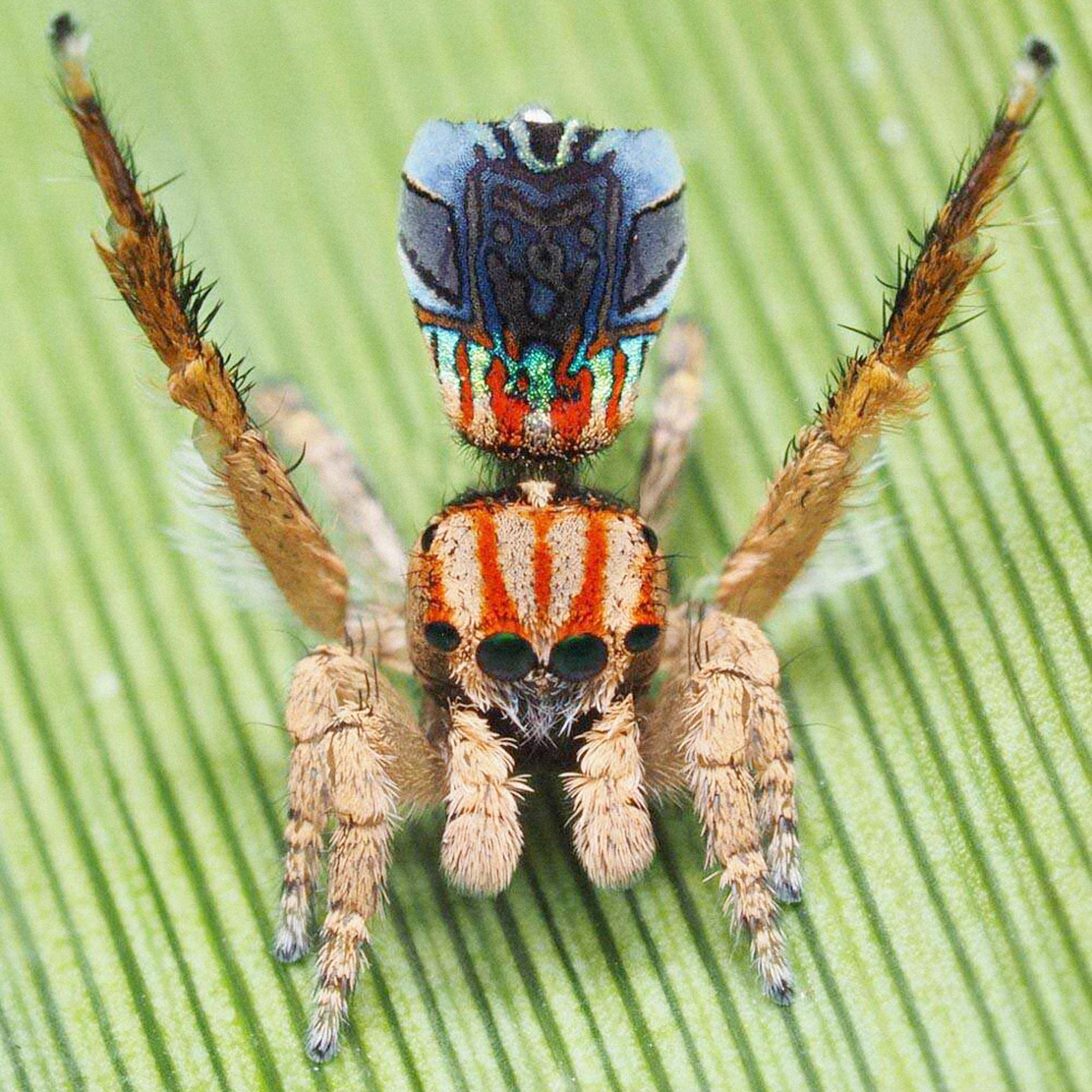
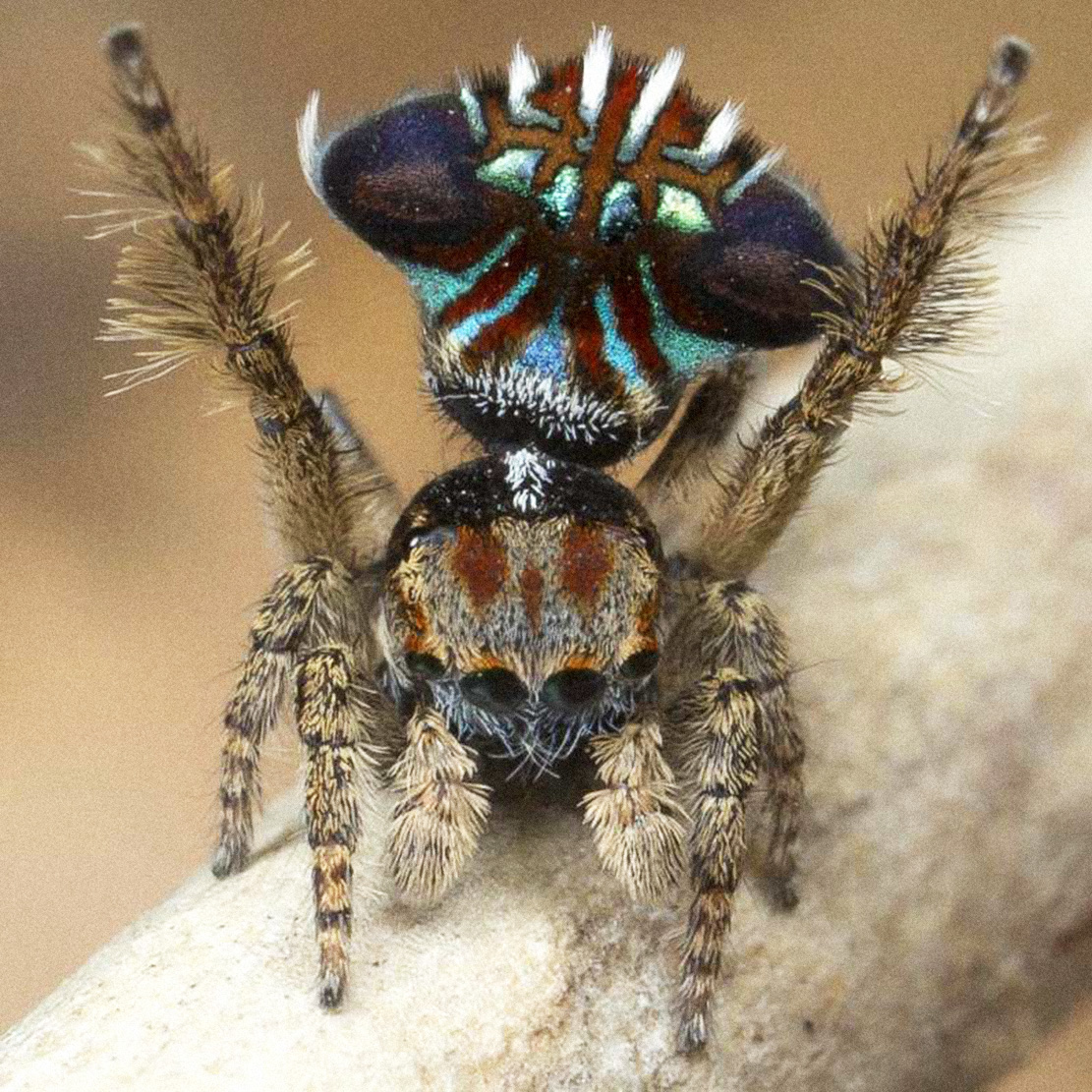
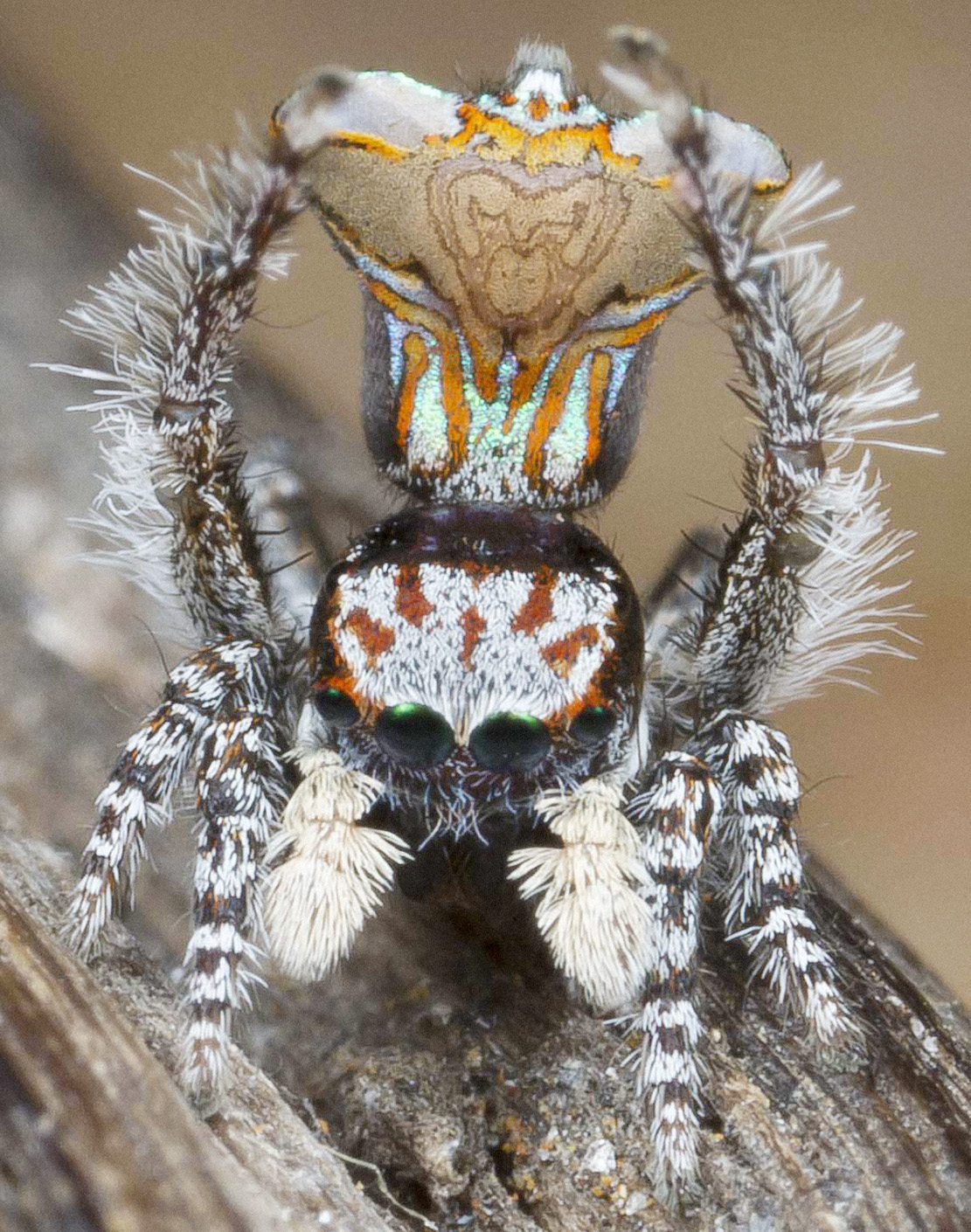
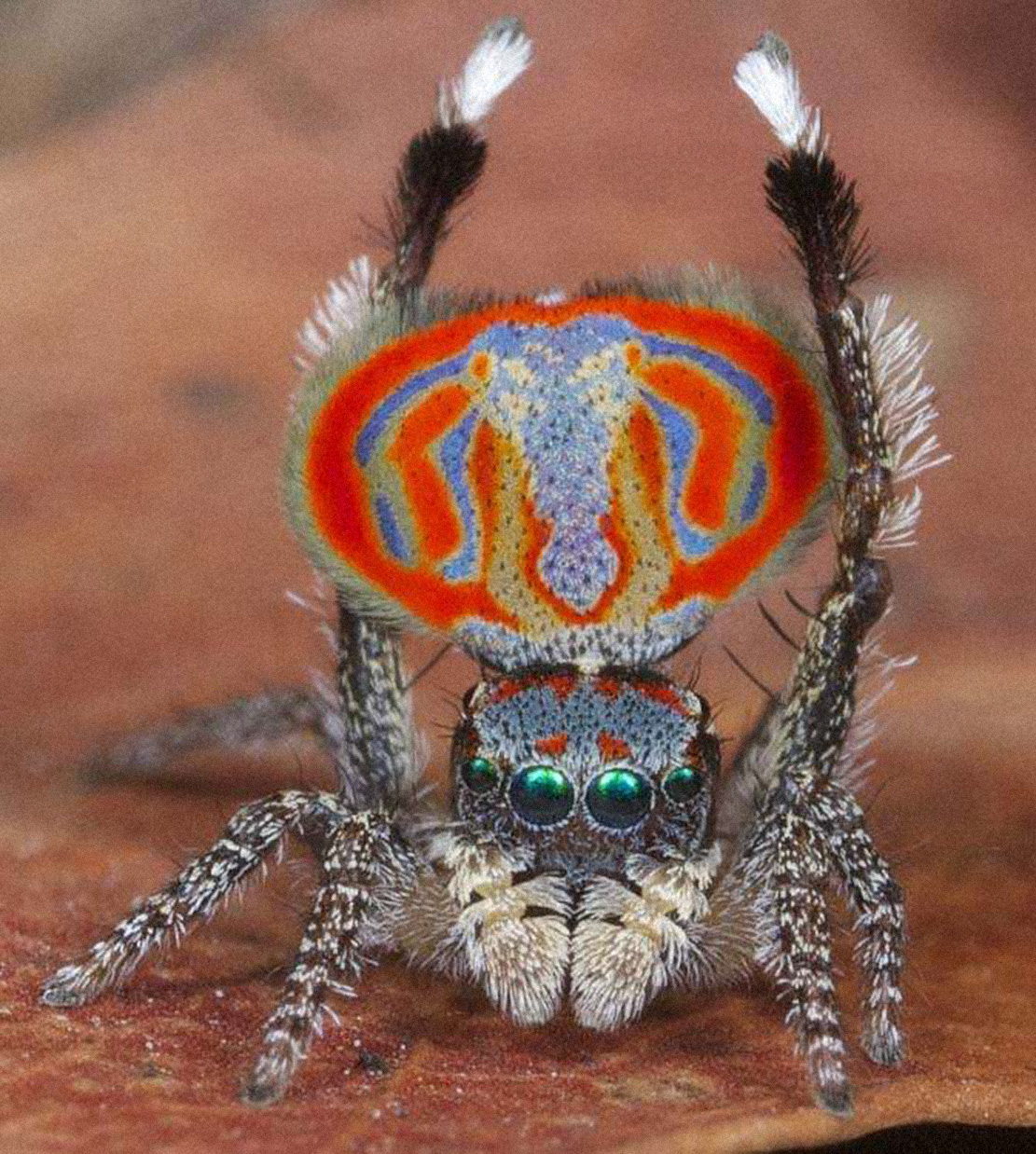
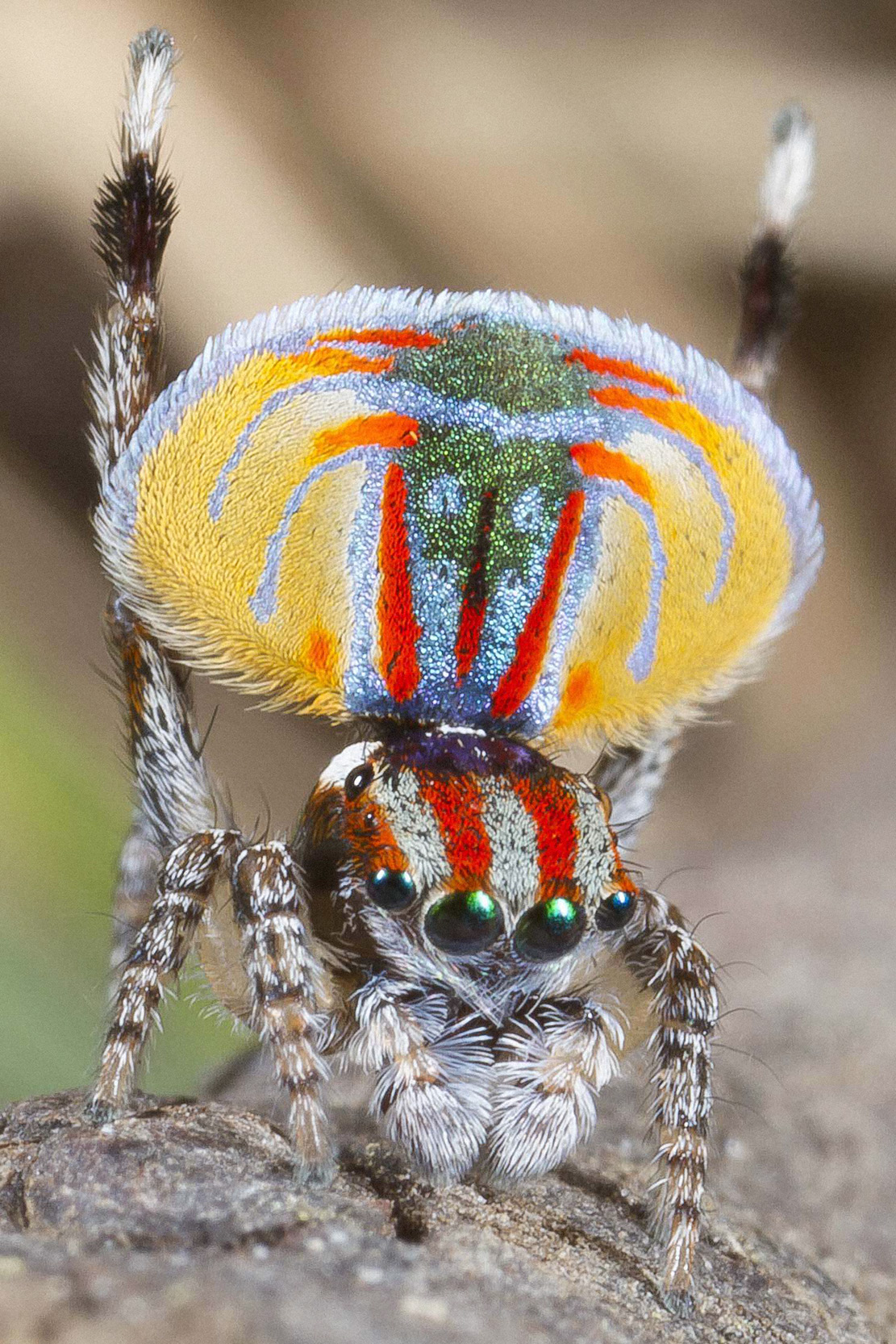
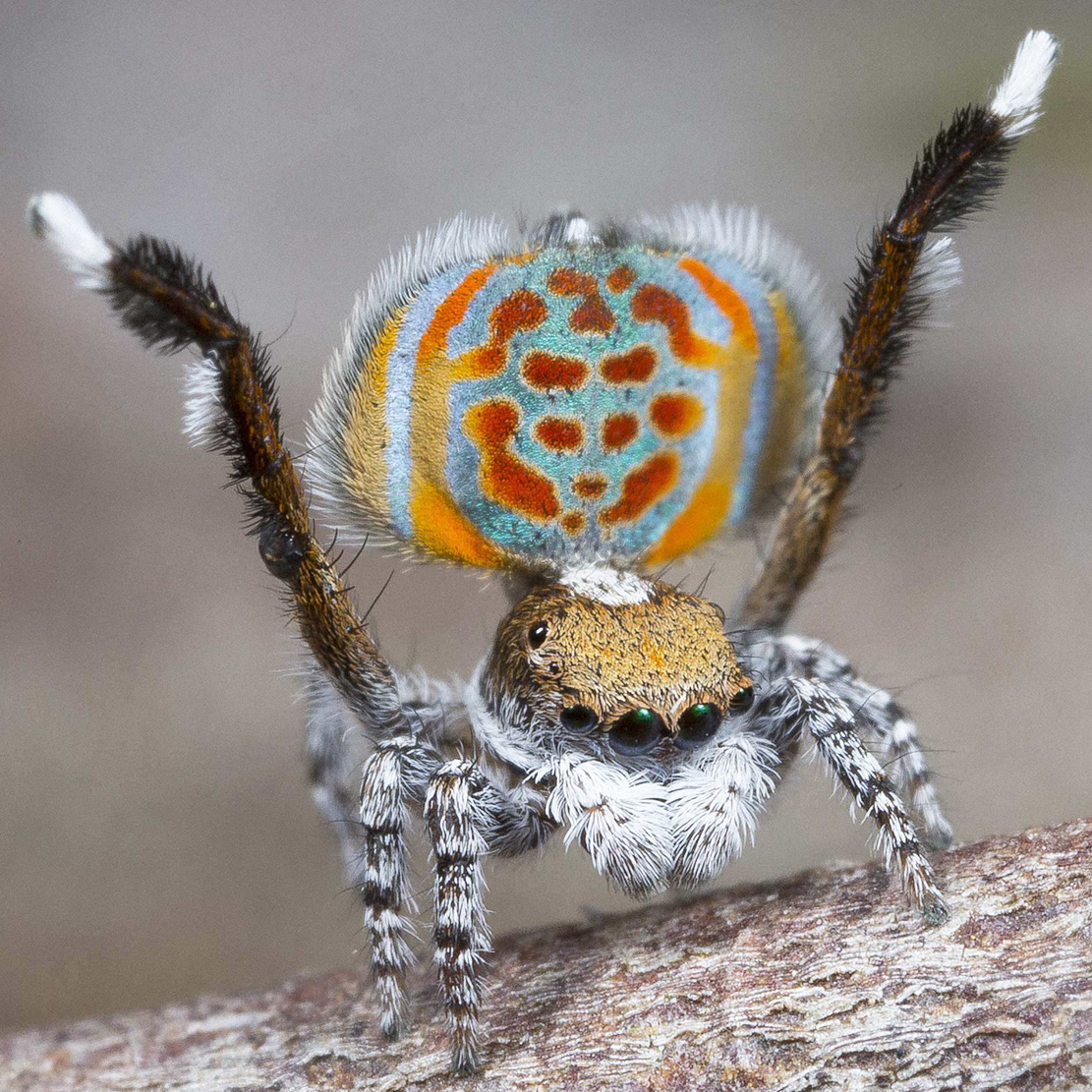
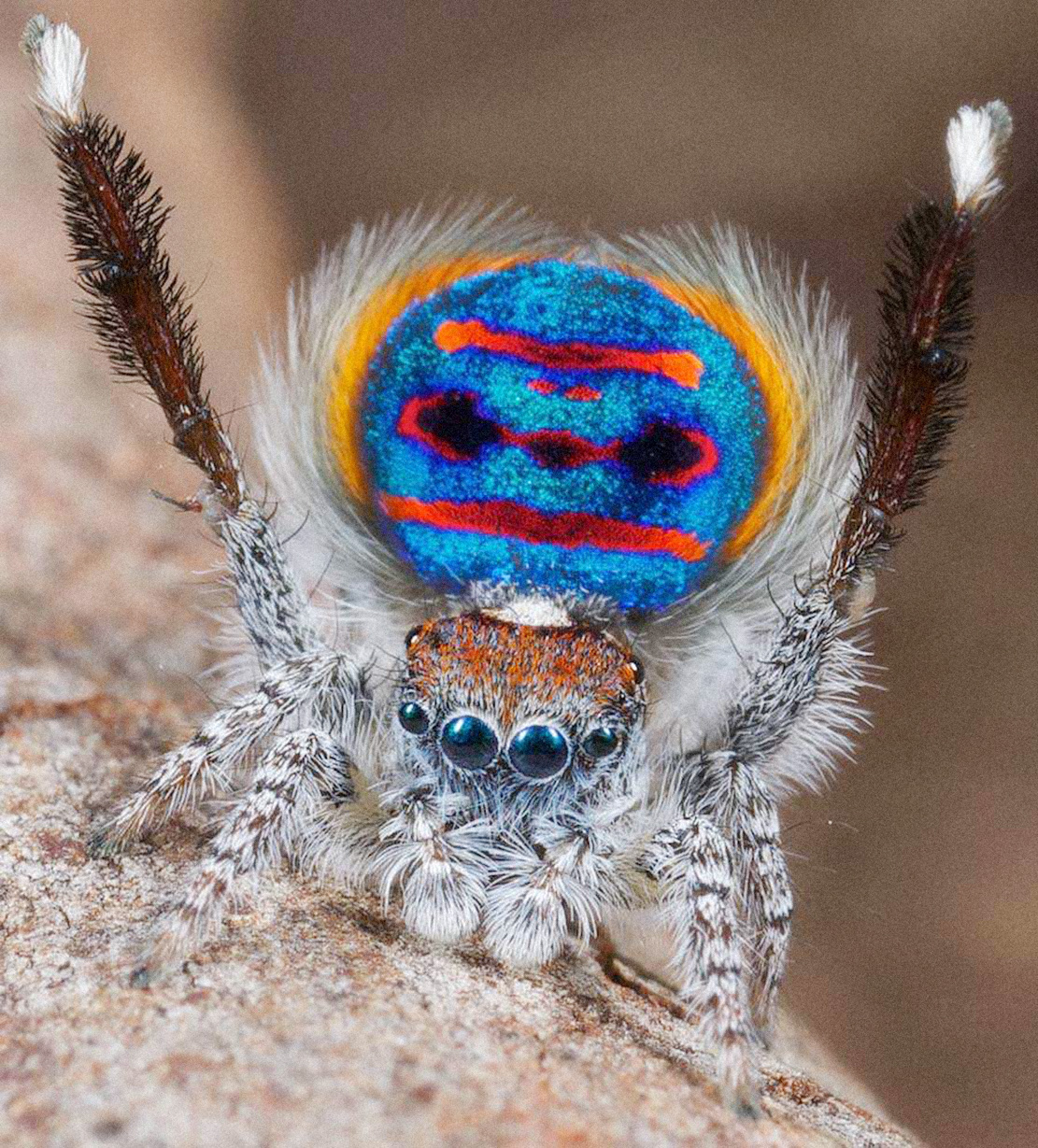
Source: Jurgen C. Otto, David E. Hill, “Catalogue of the Australian peacock spiders”, Peckhamia, 148.4, 24 February 2021, 1―35.
***
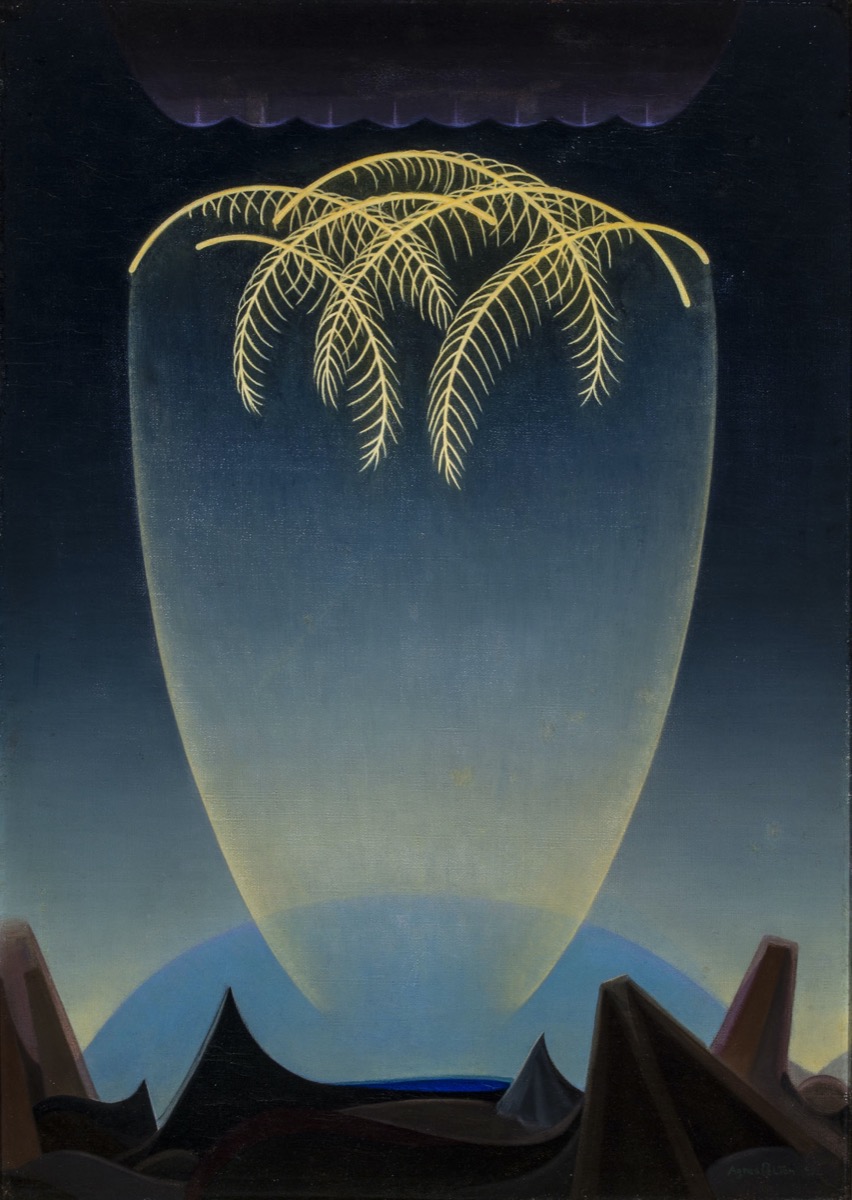
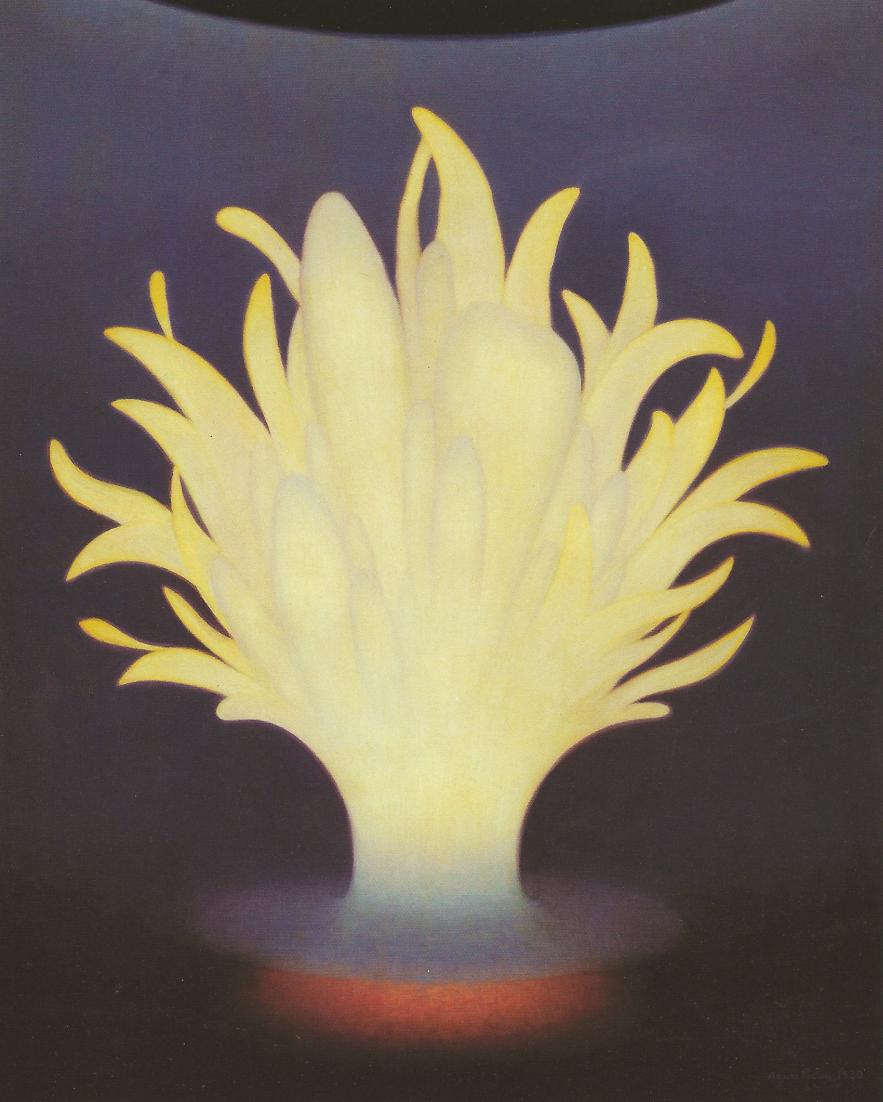
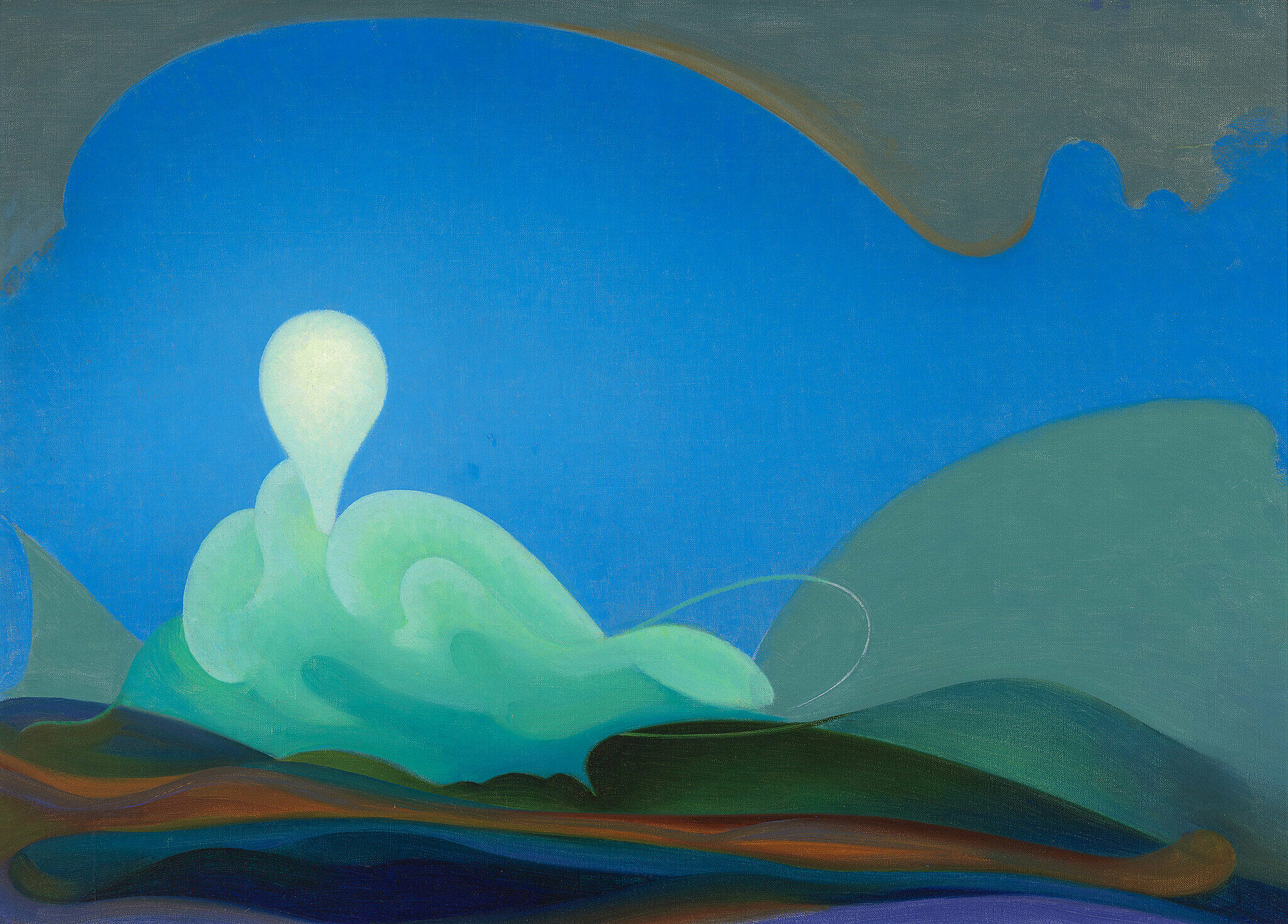
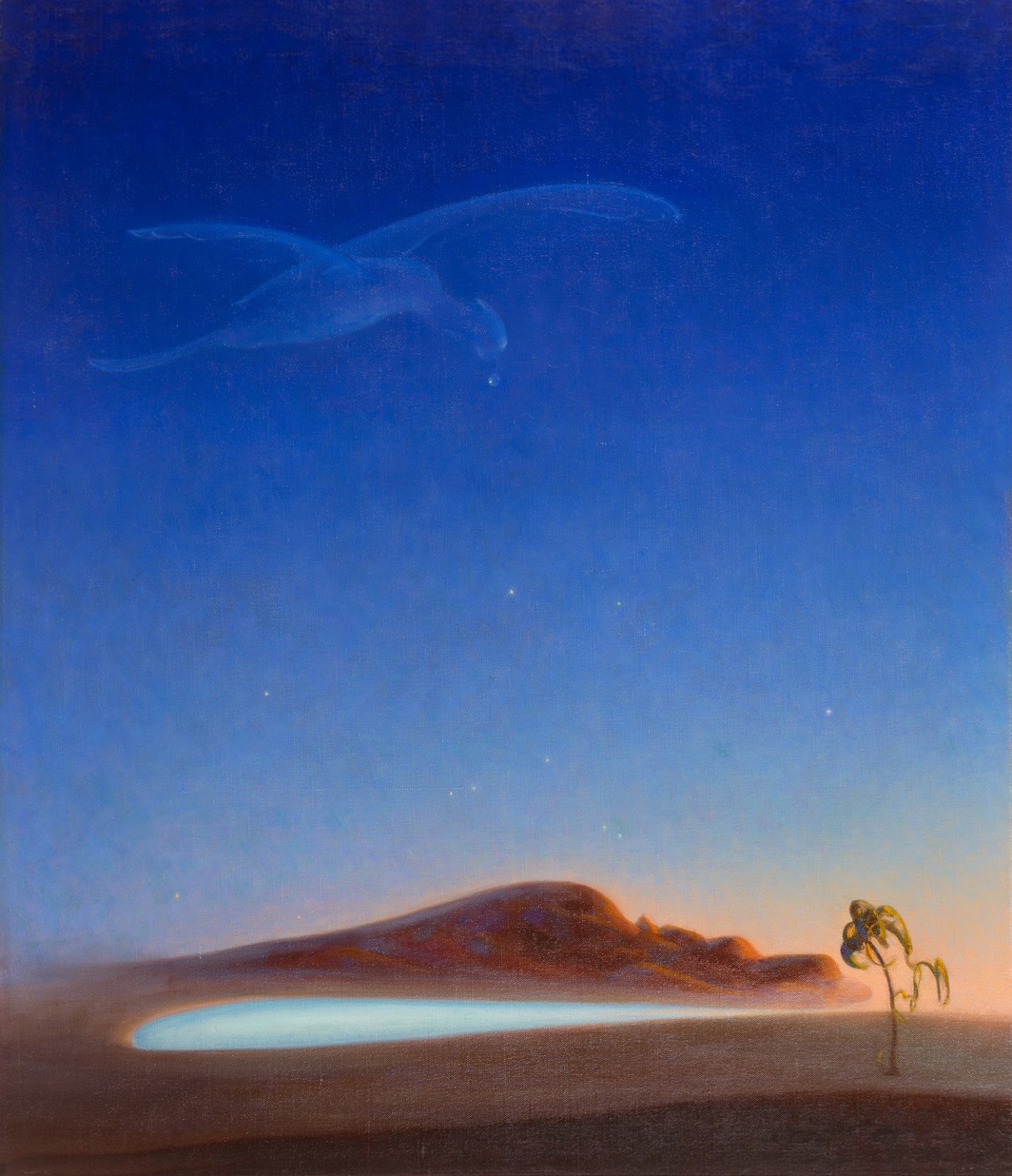
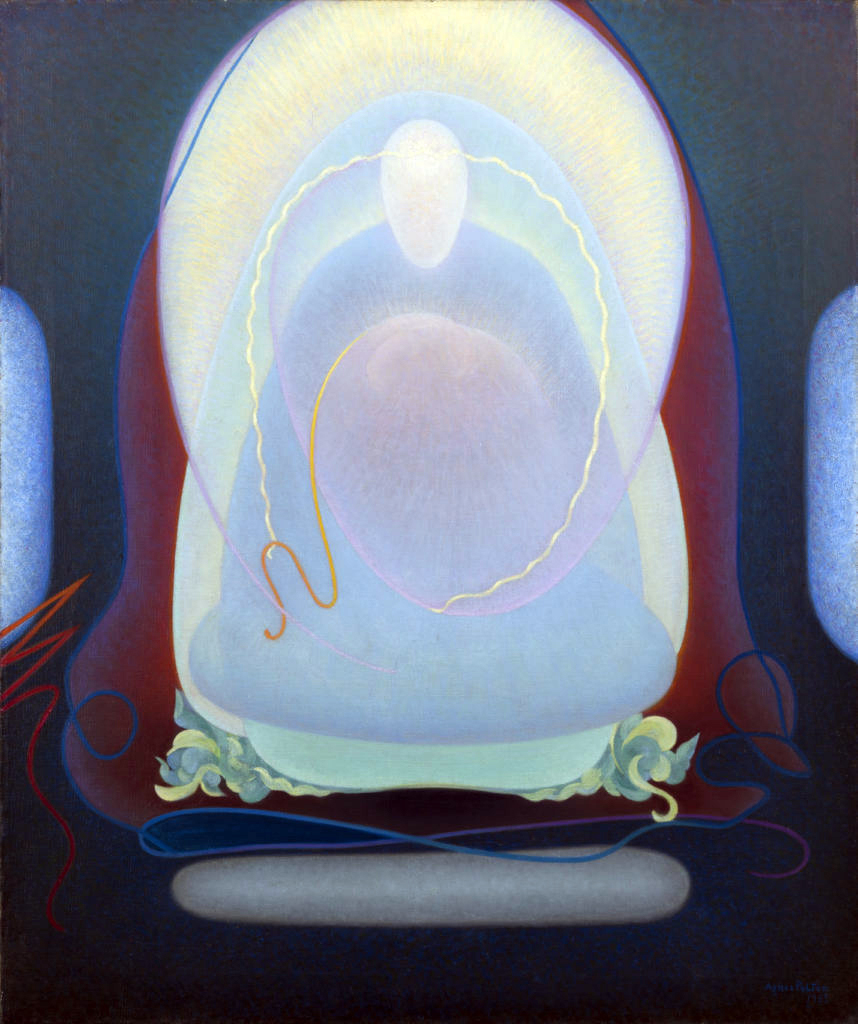
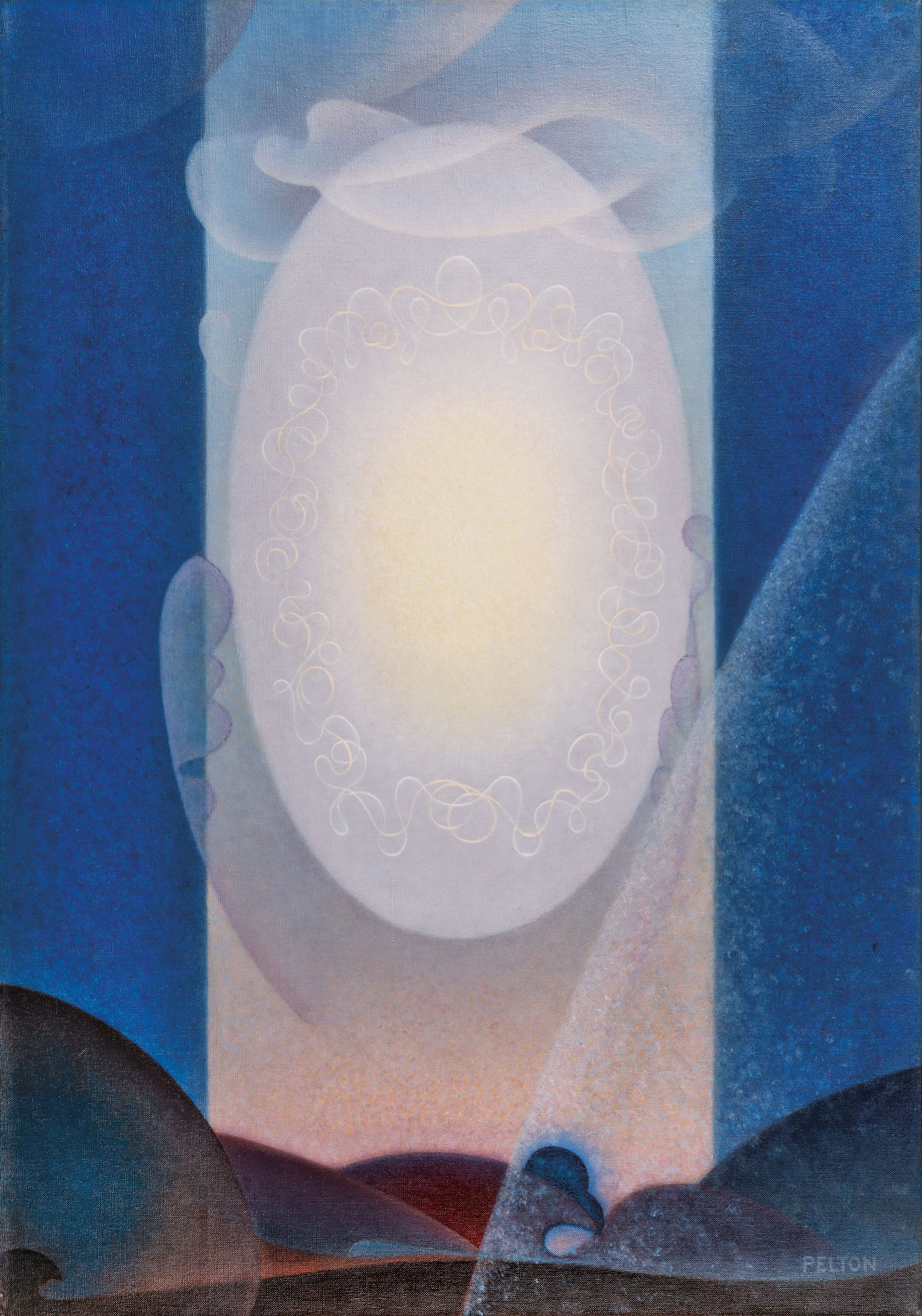
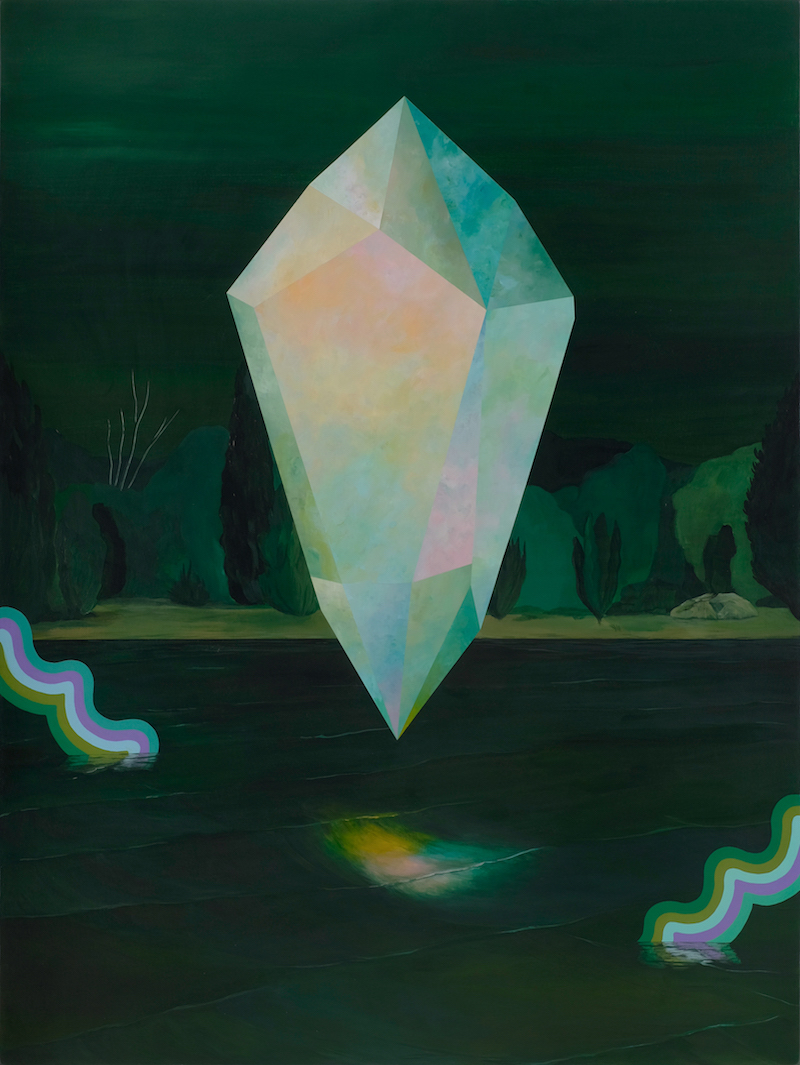
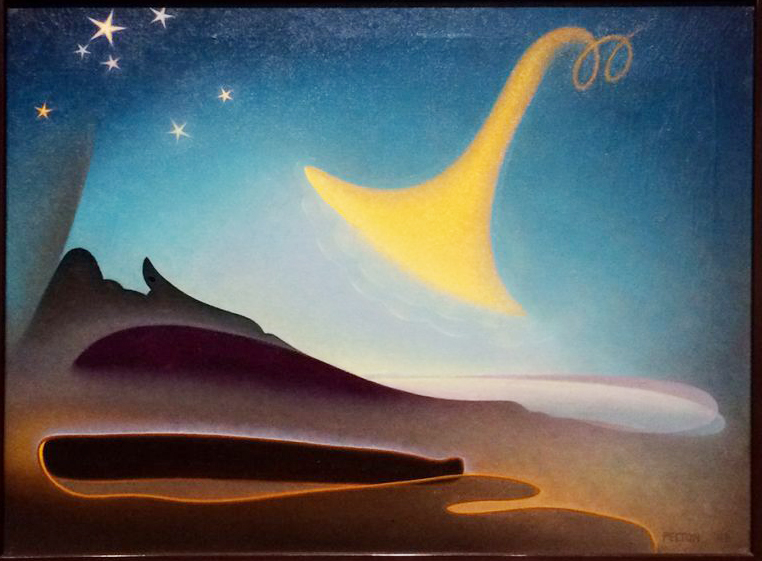
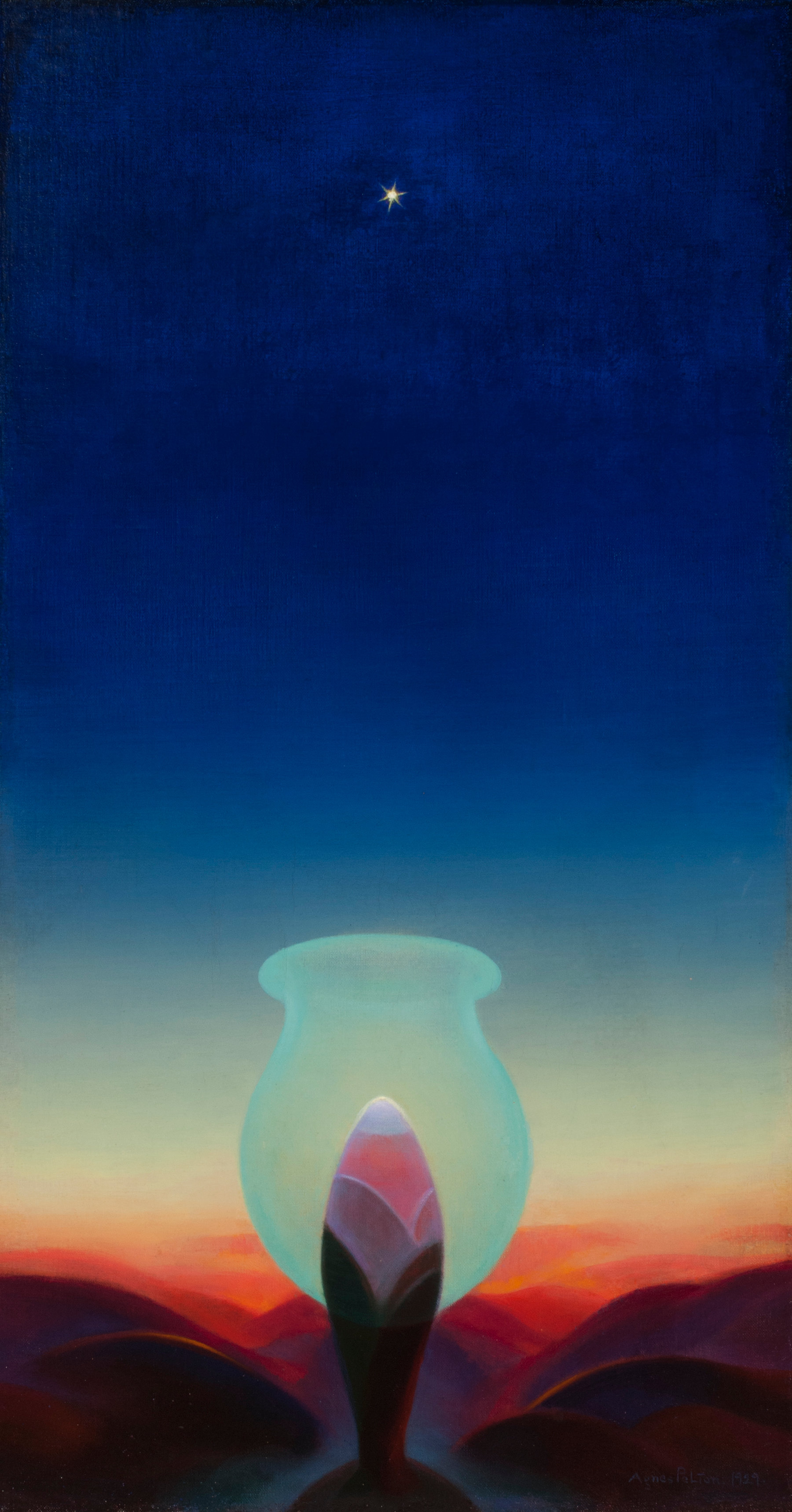
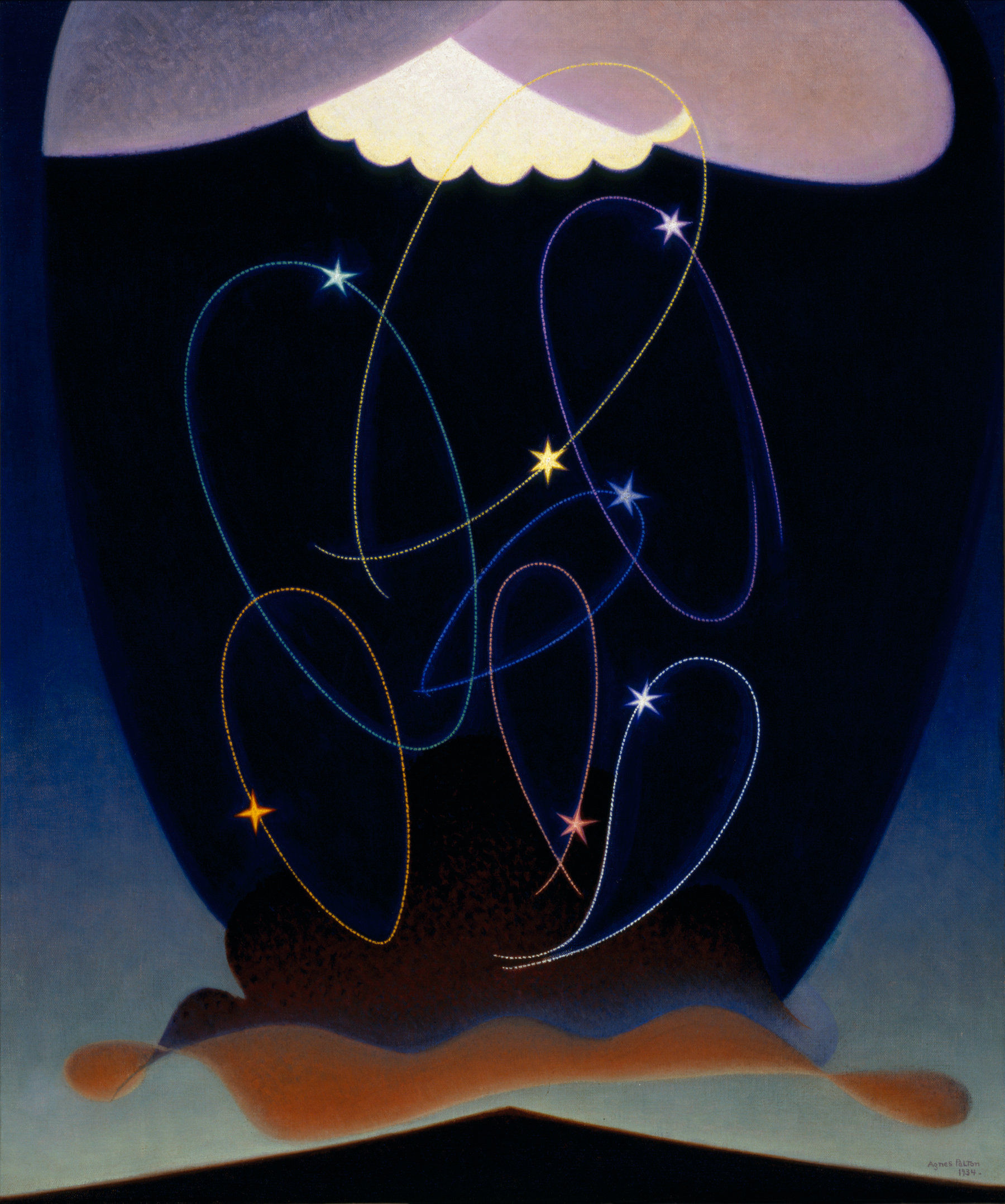
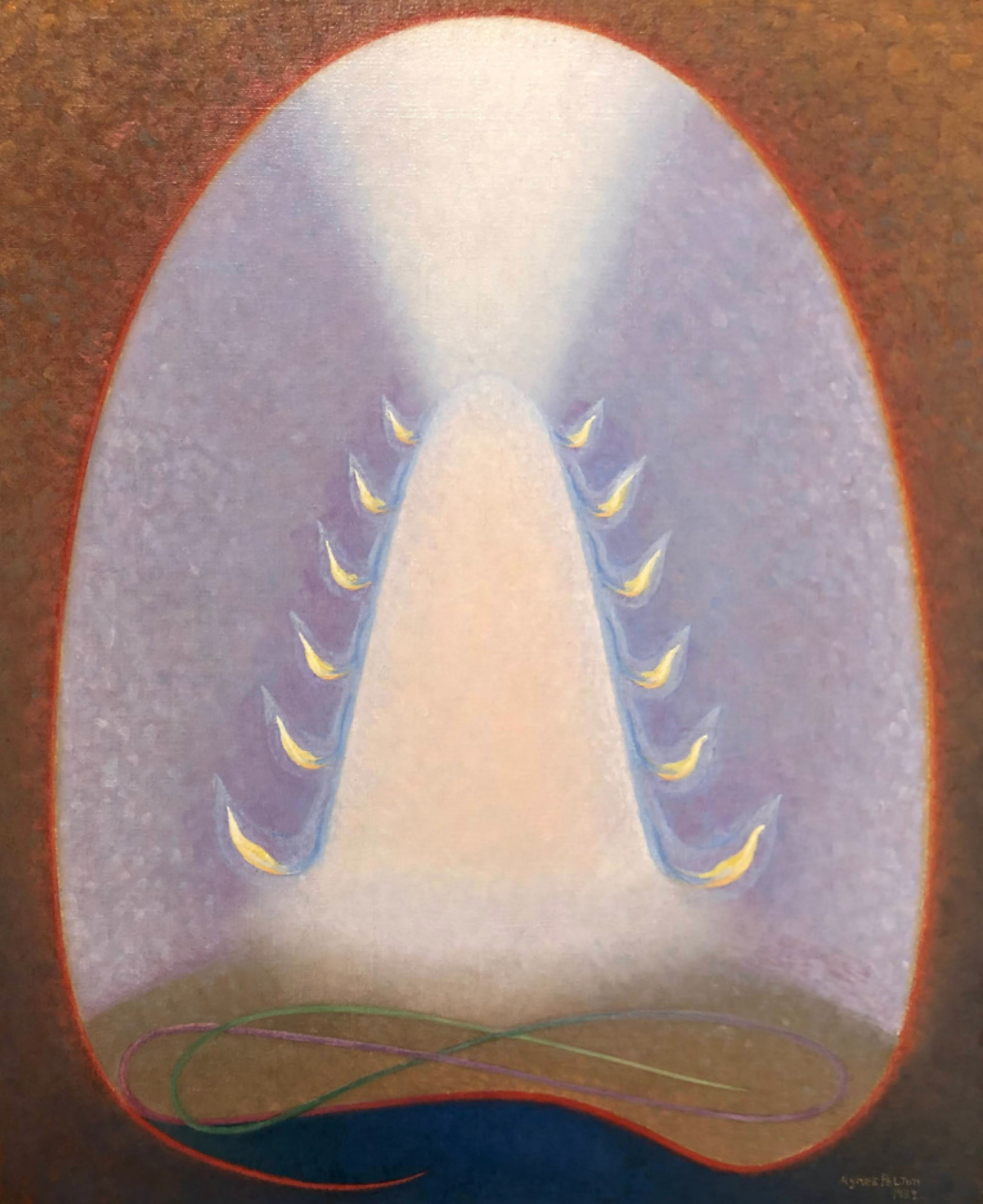
***
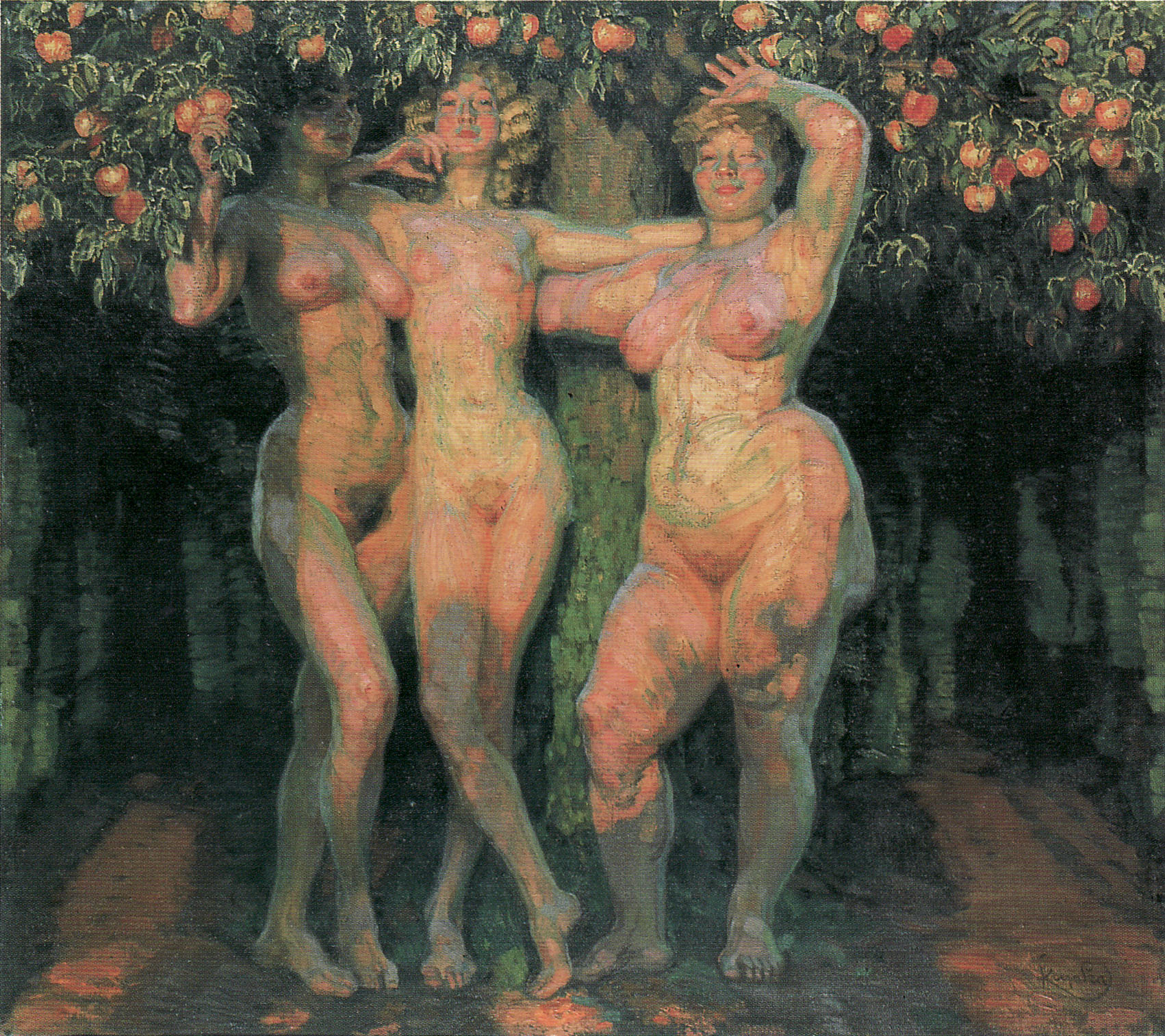
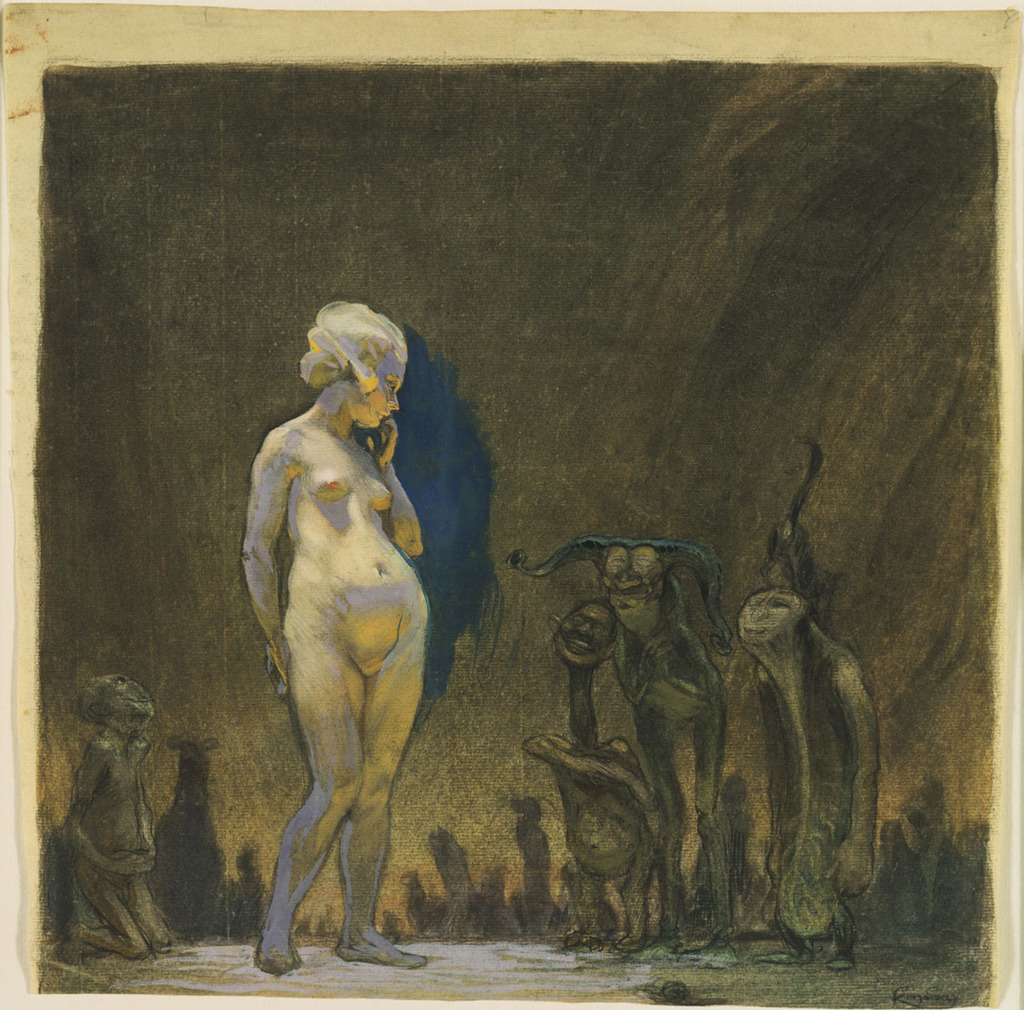
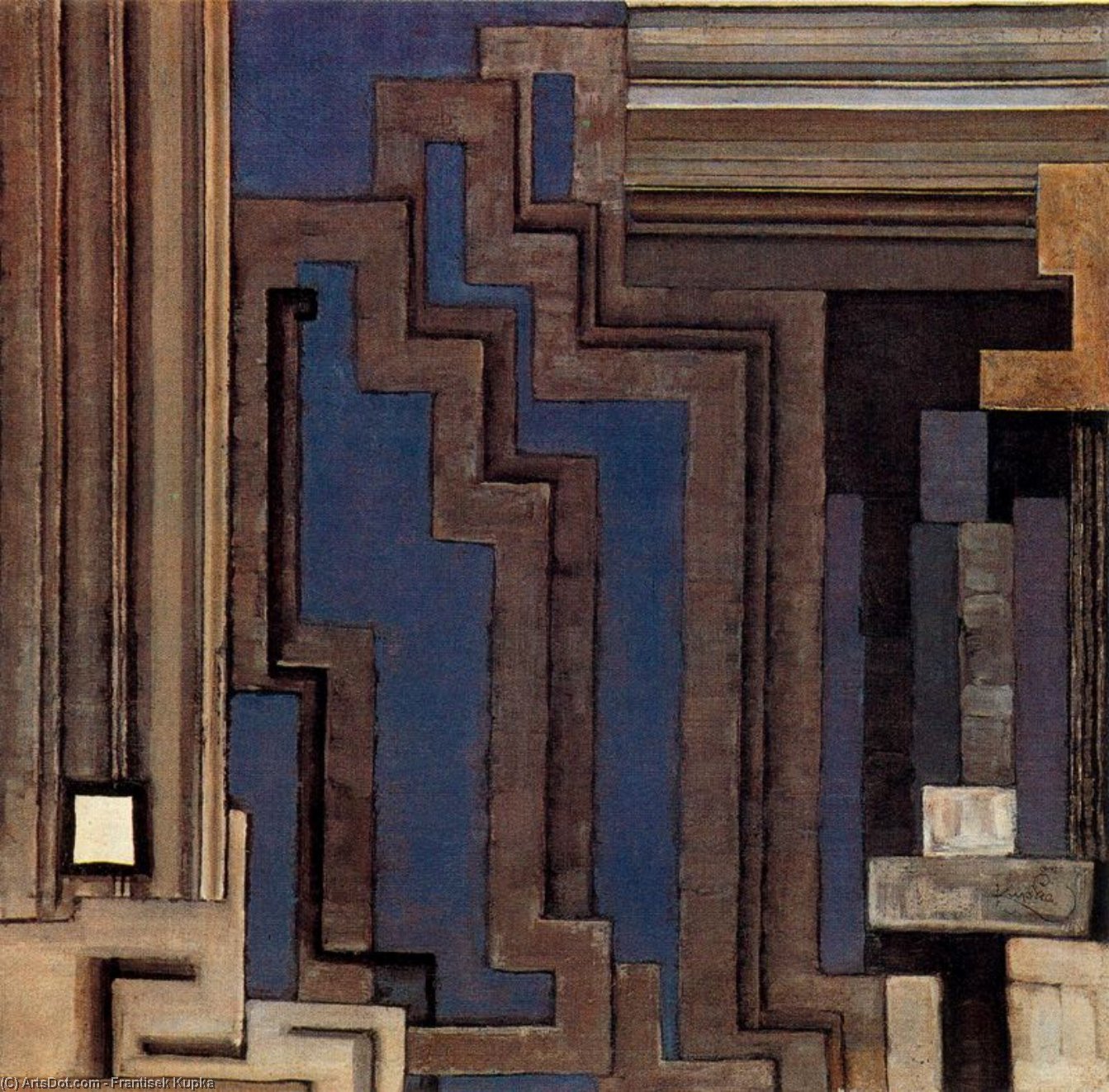
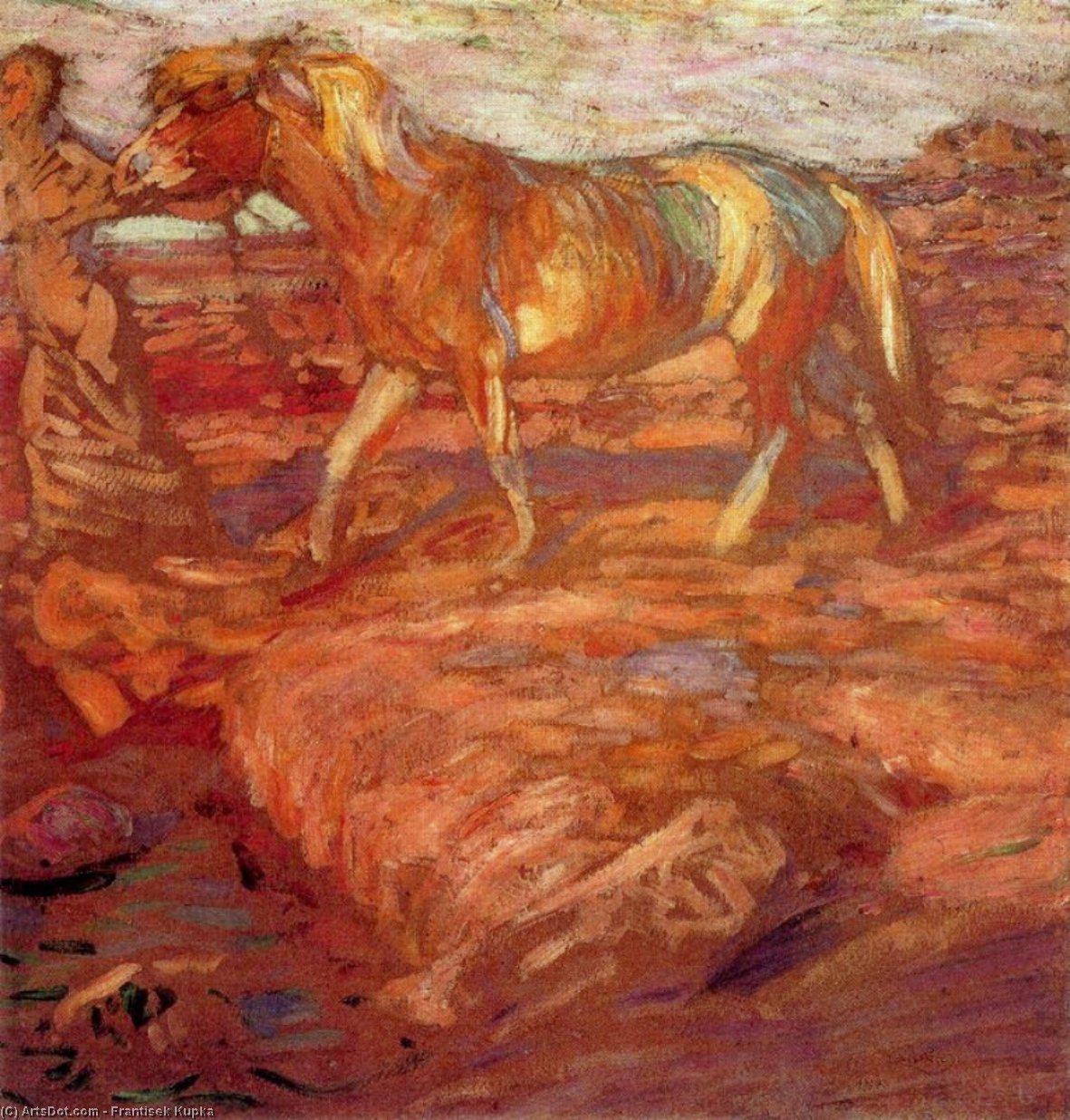
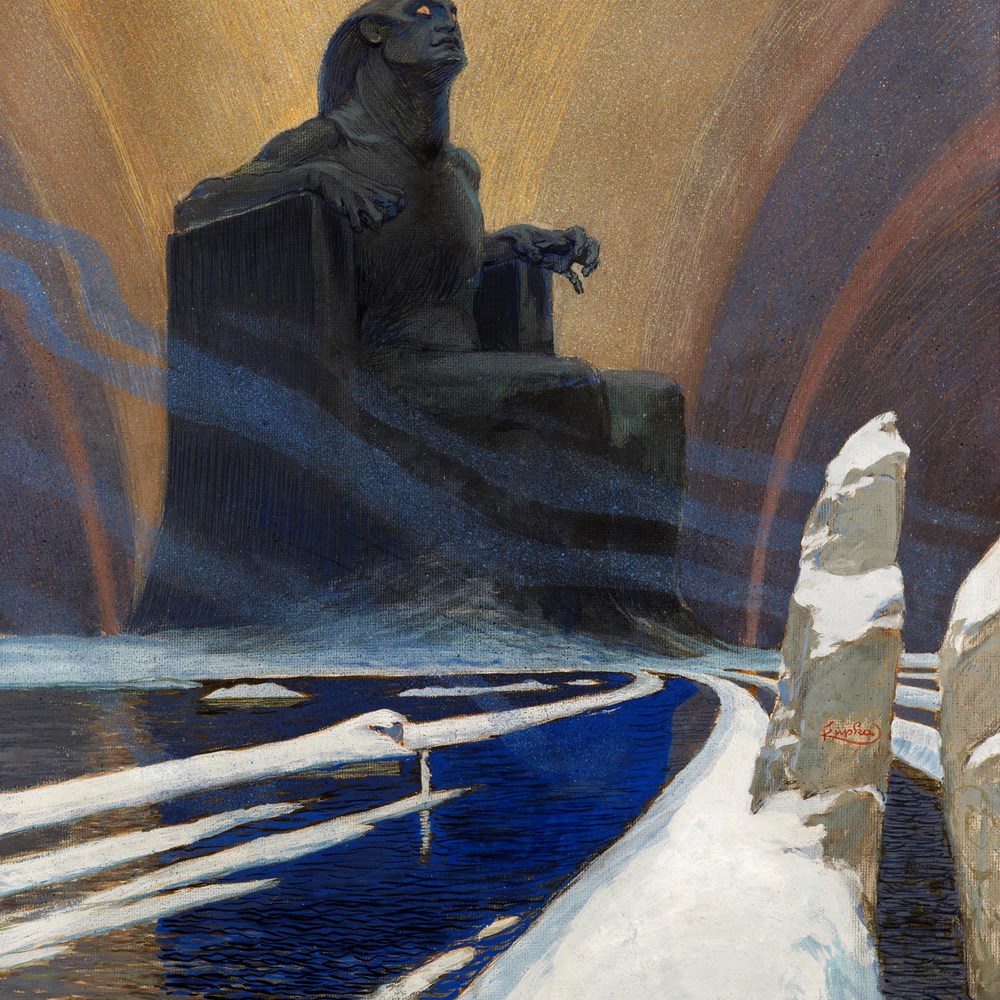
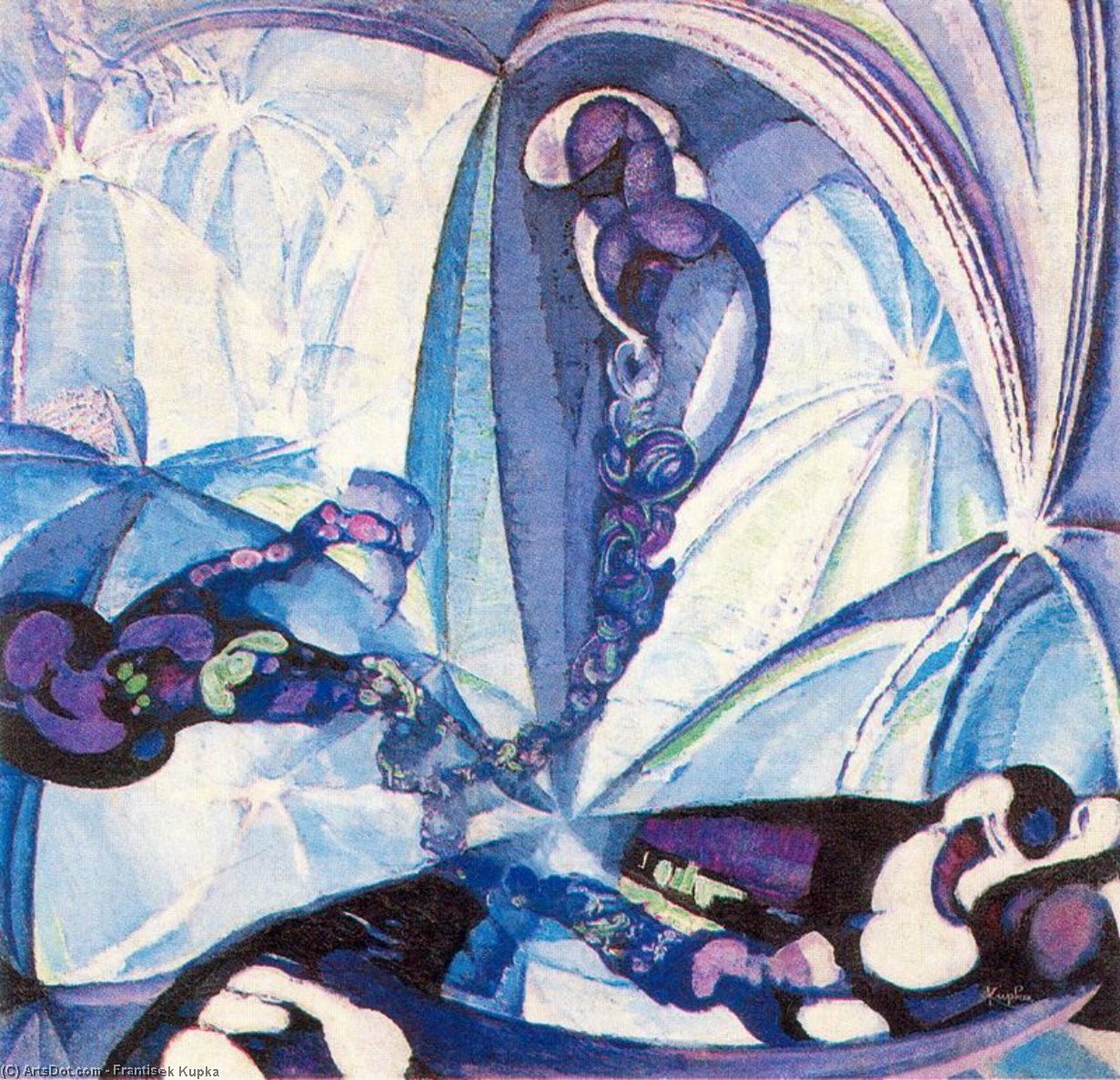
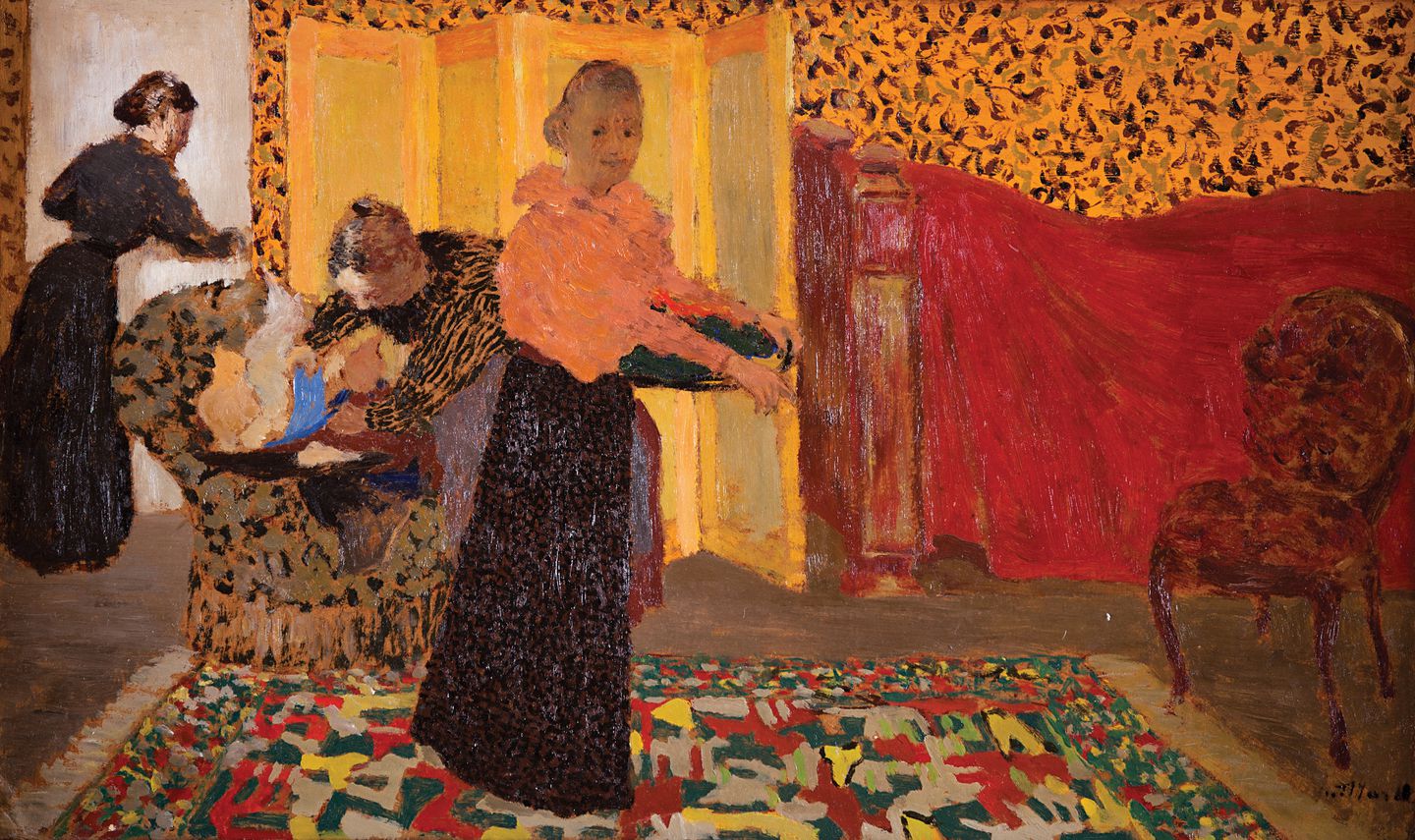
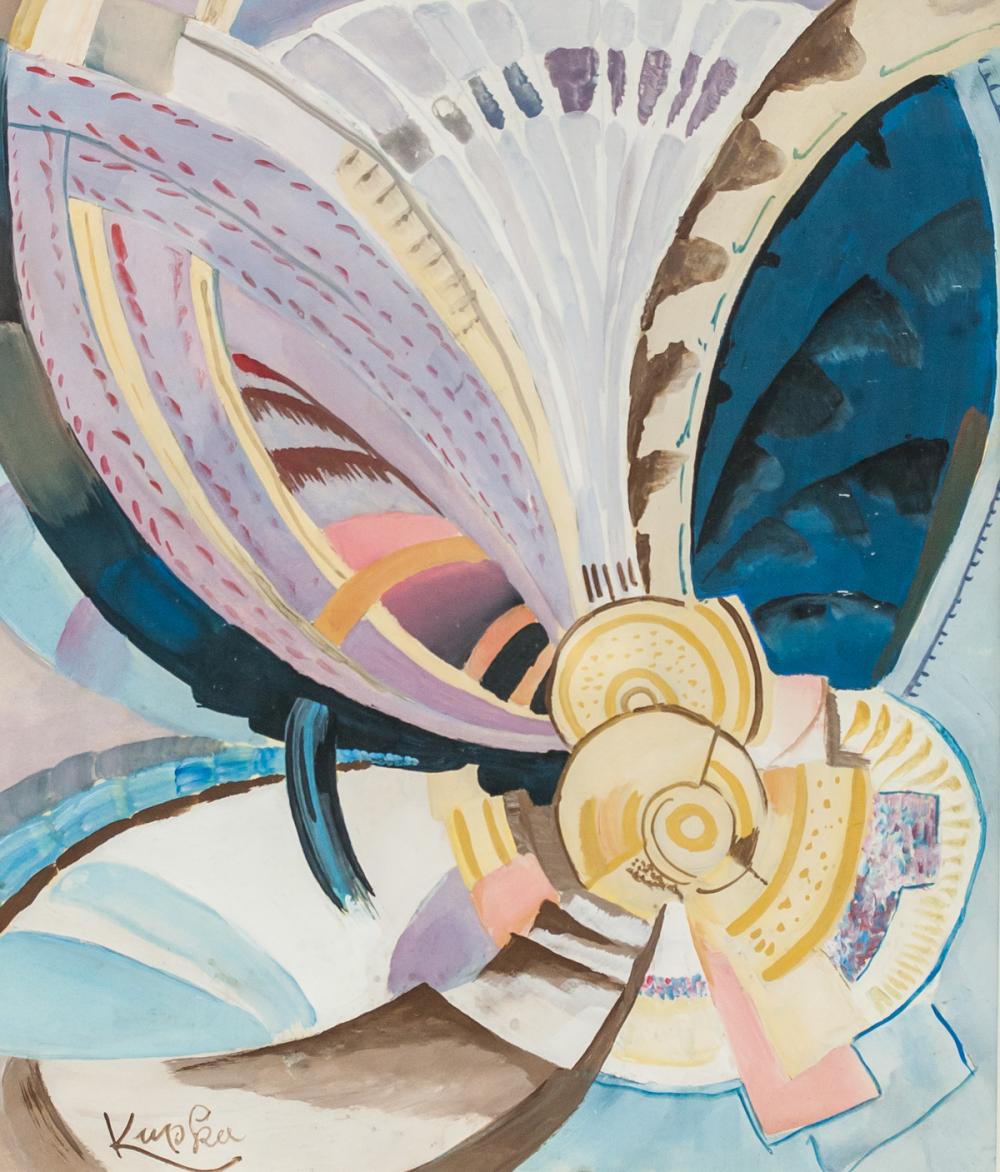
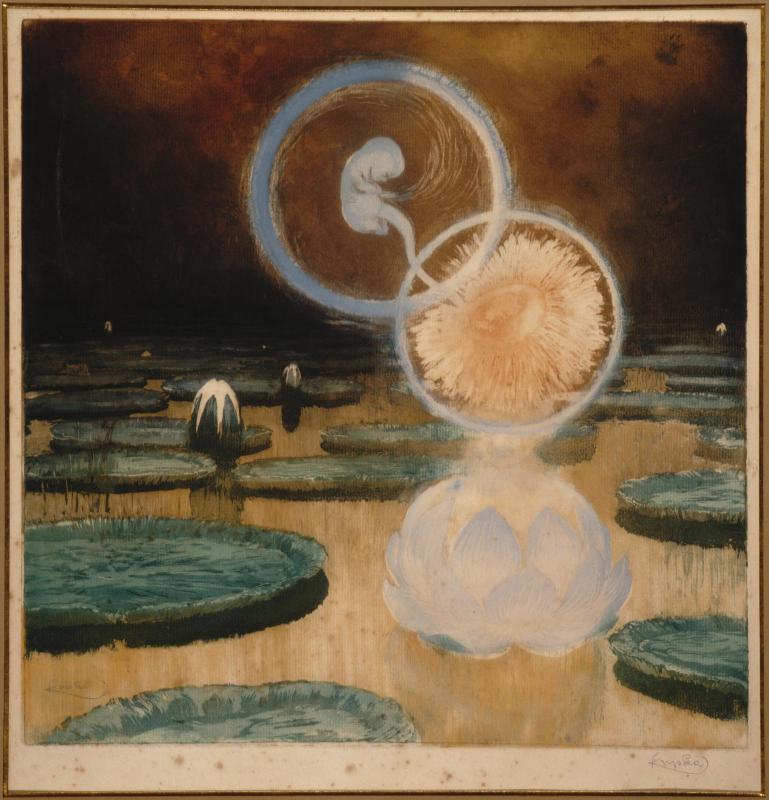
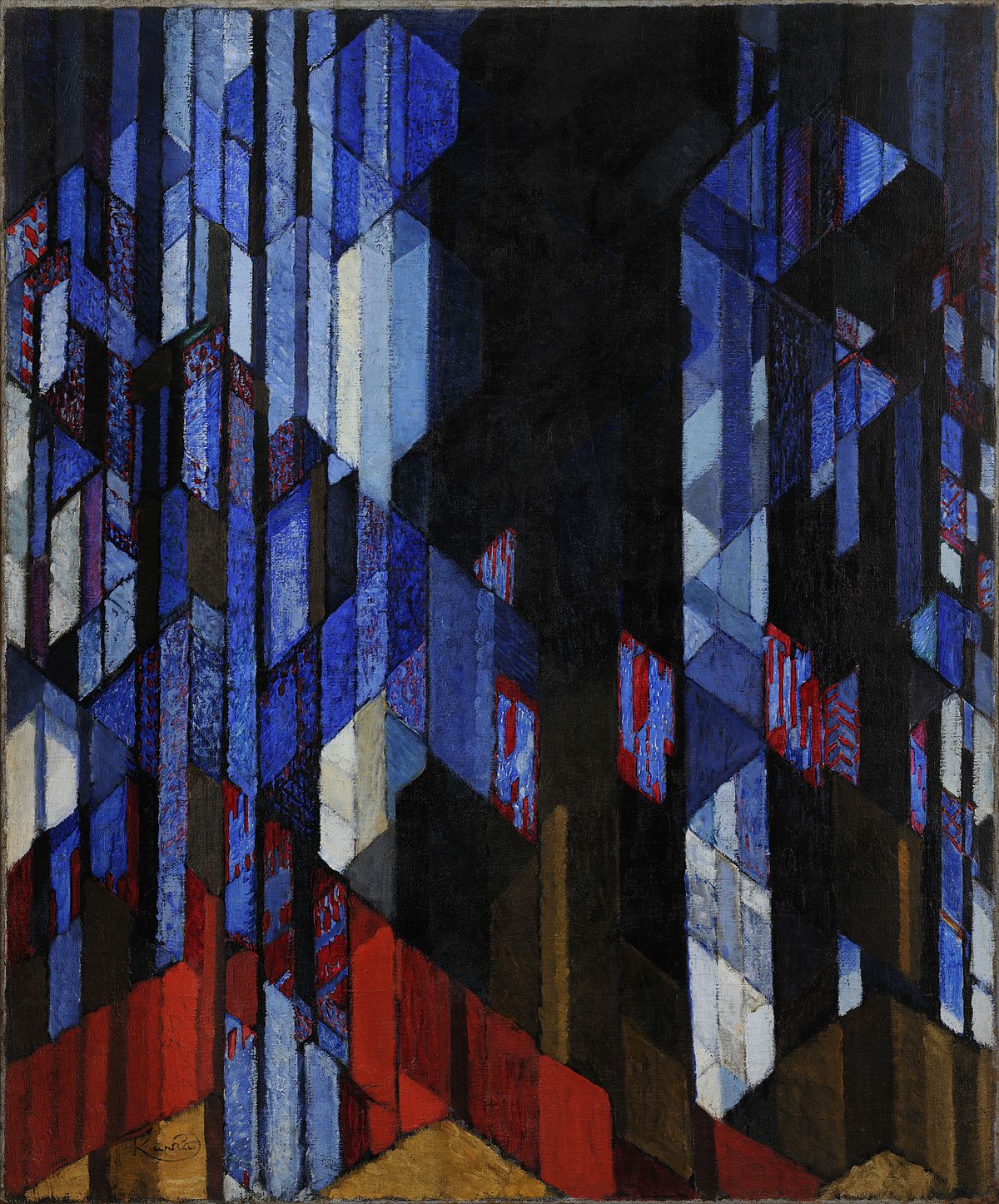
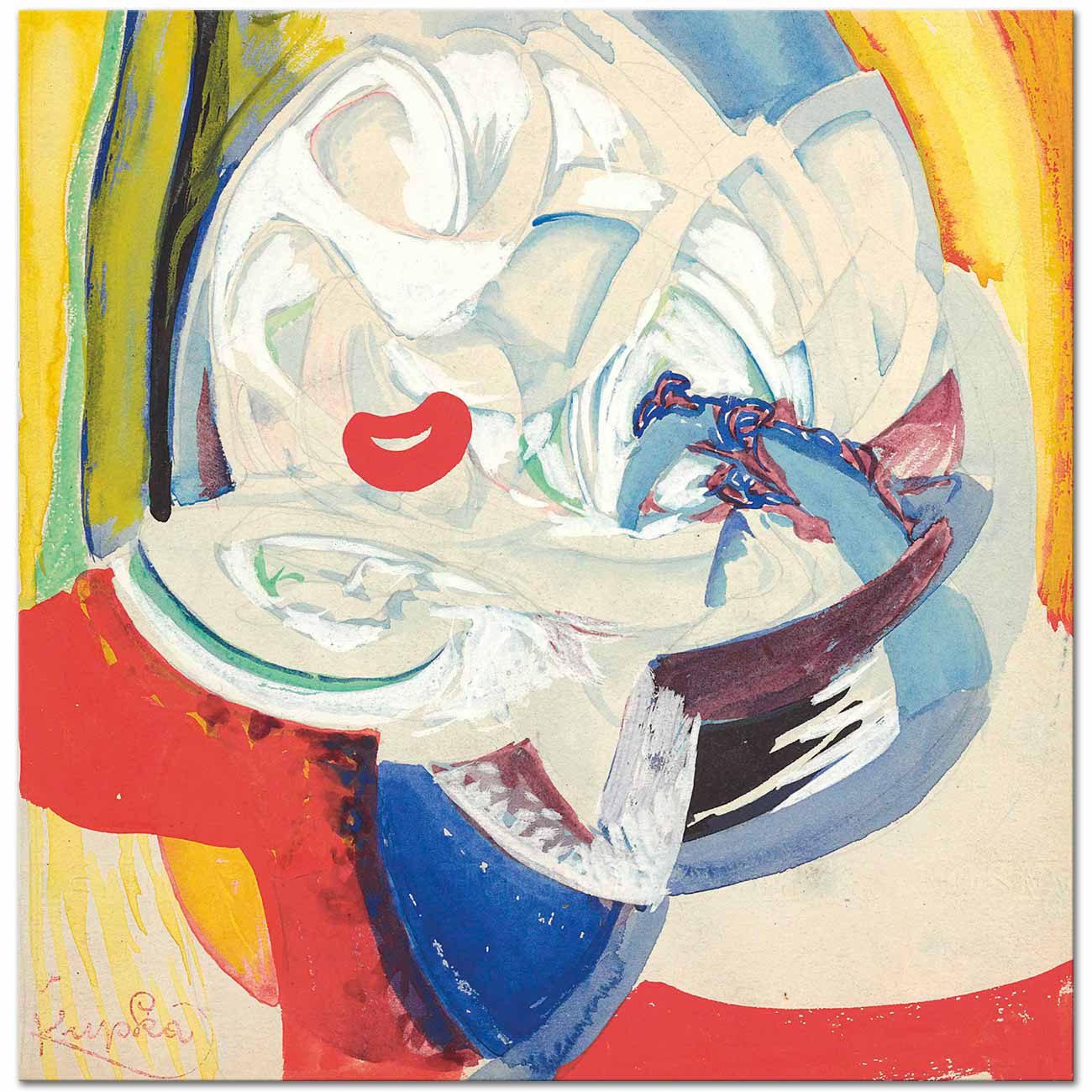
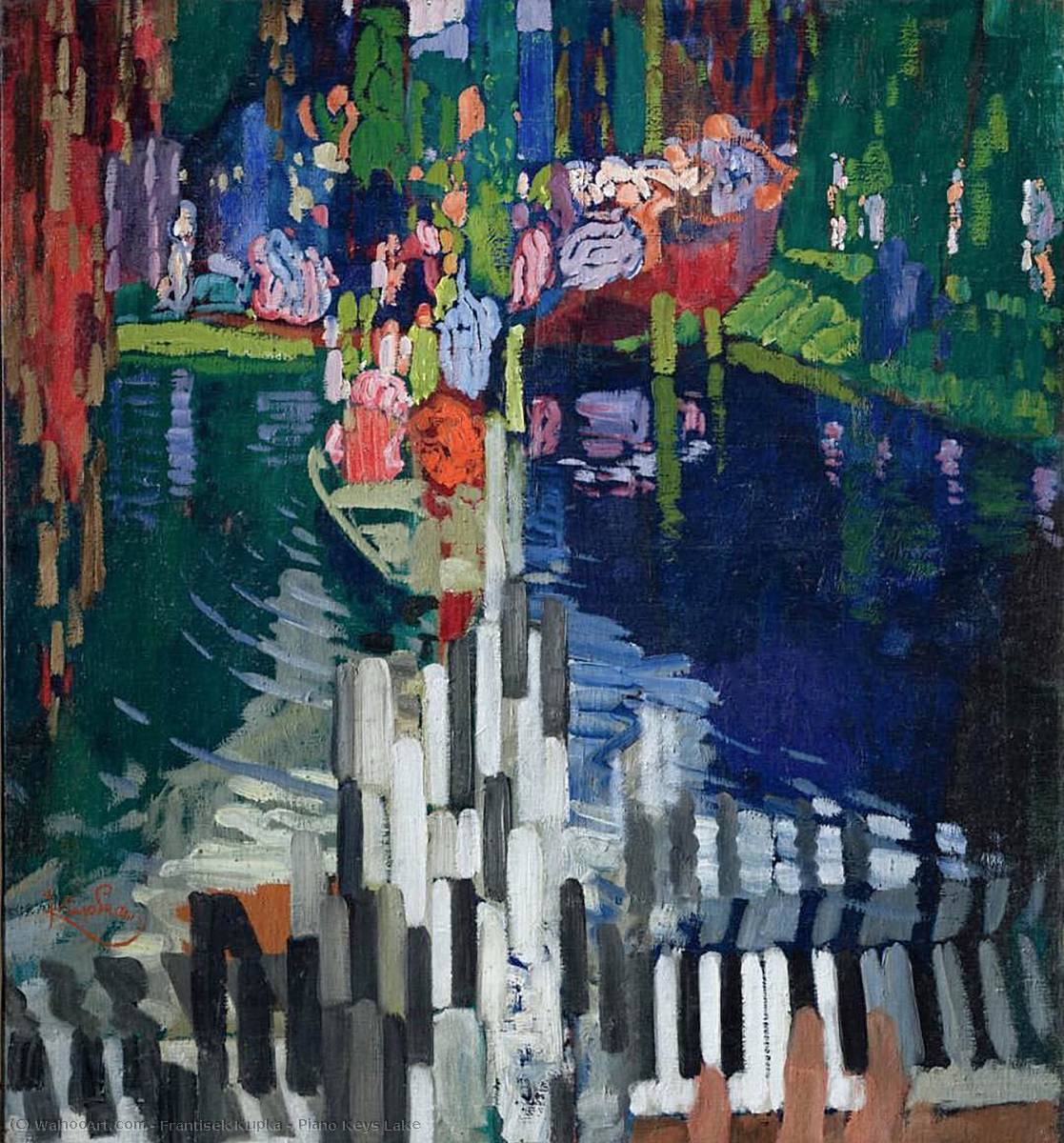
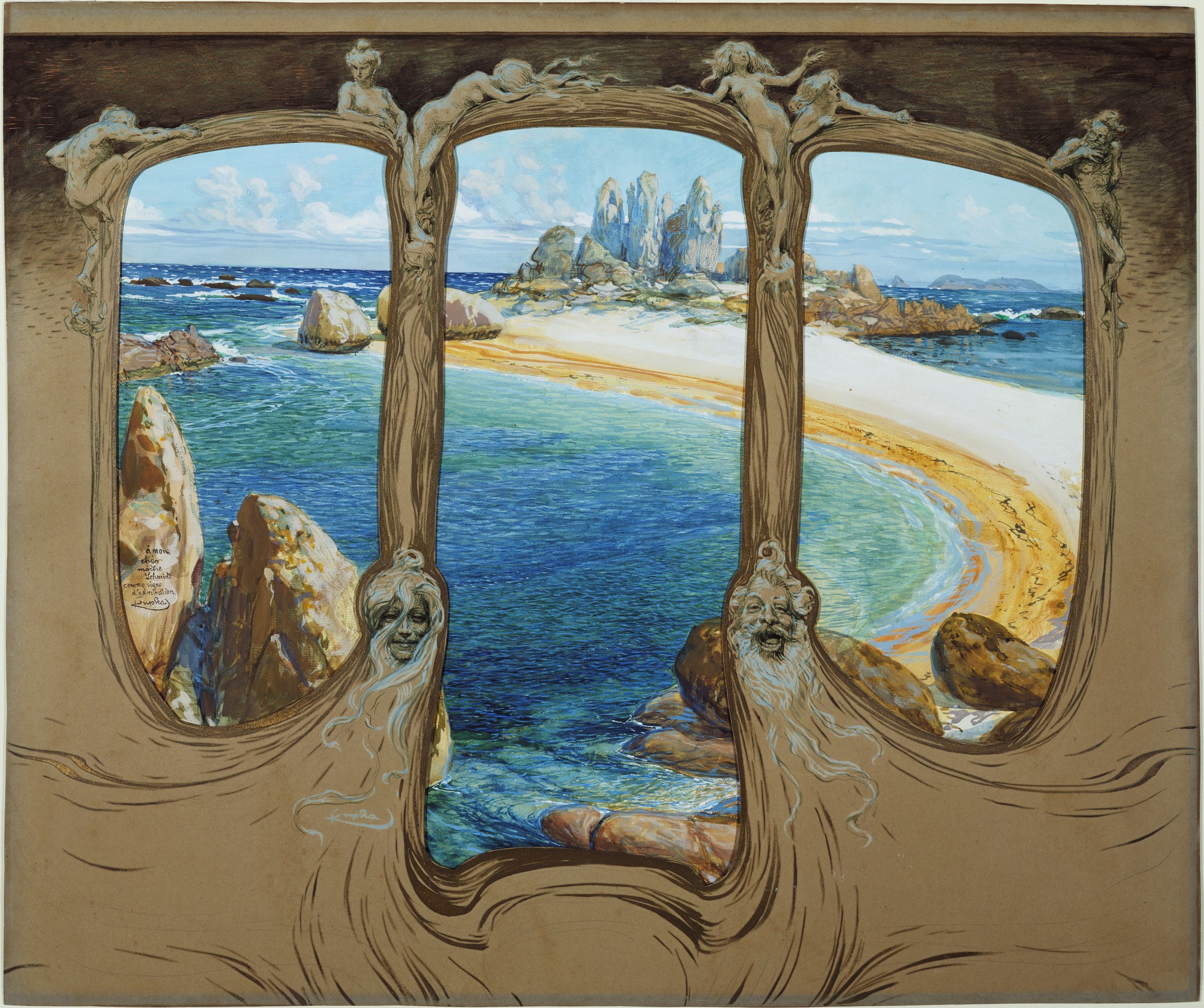
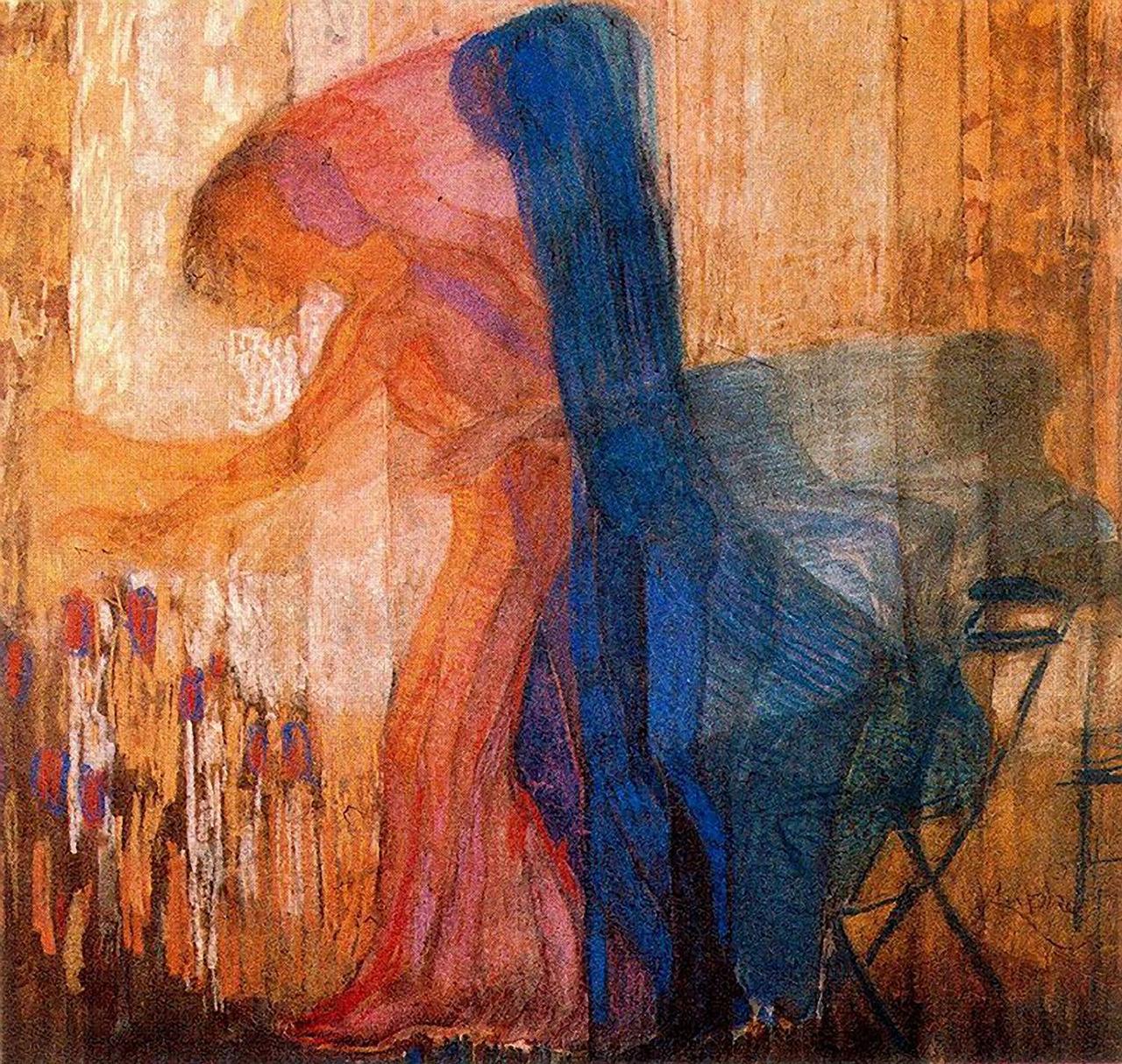
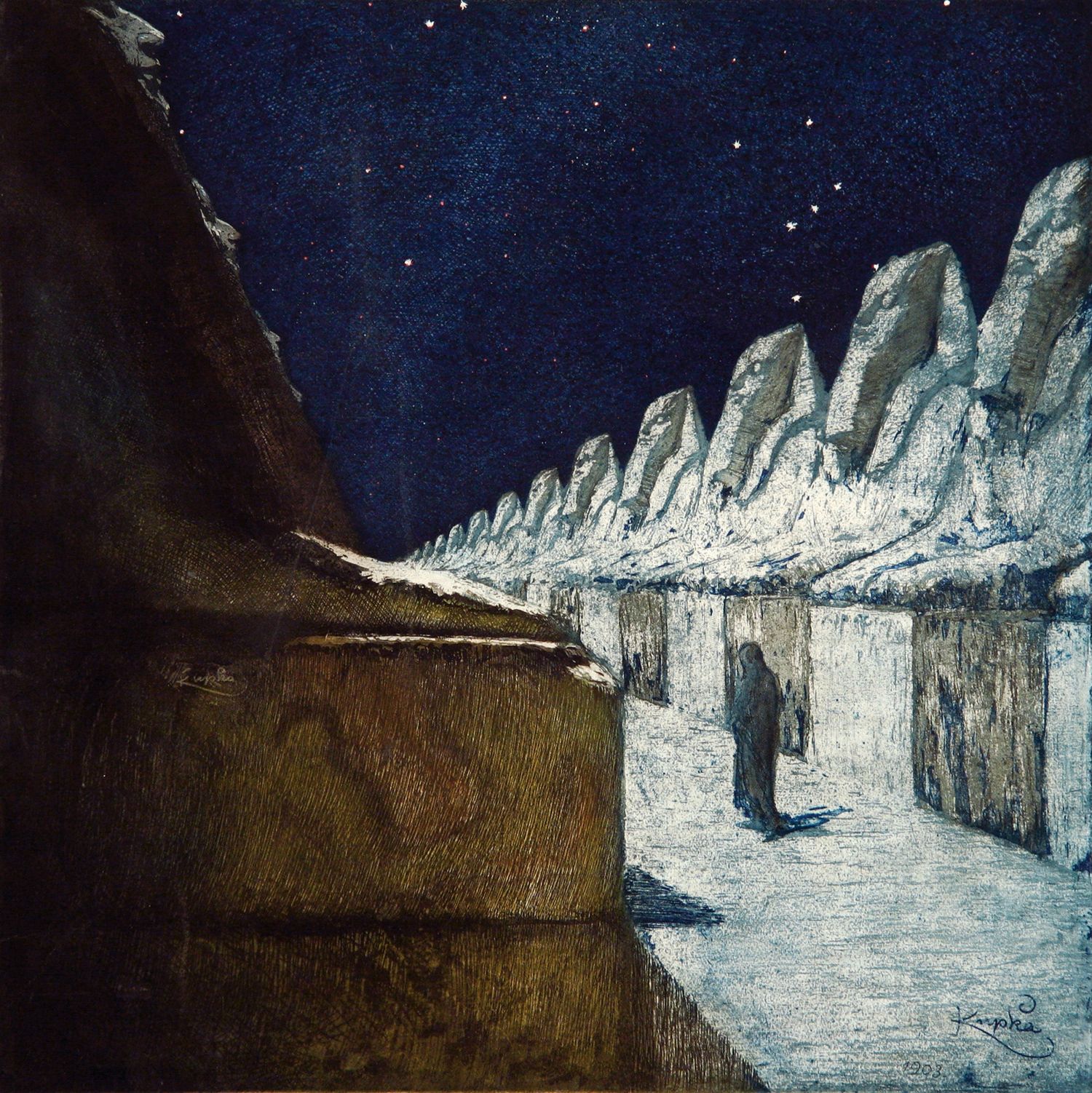
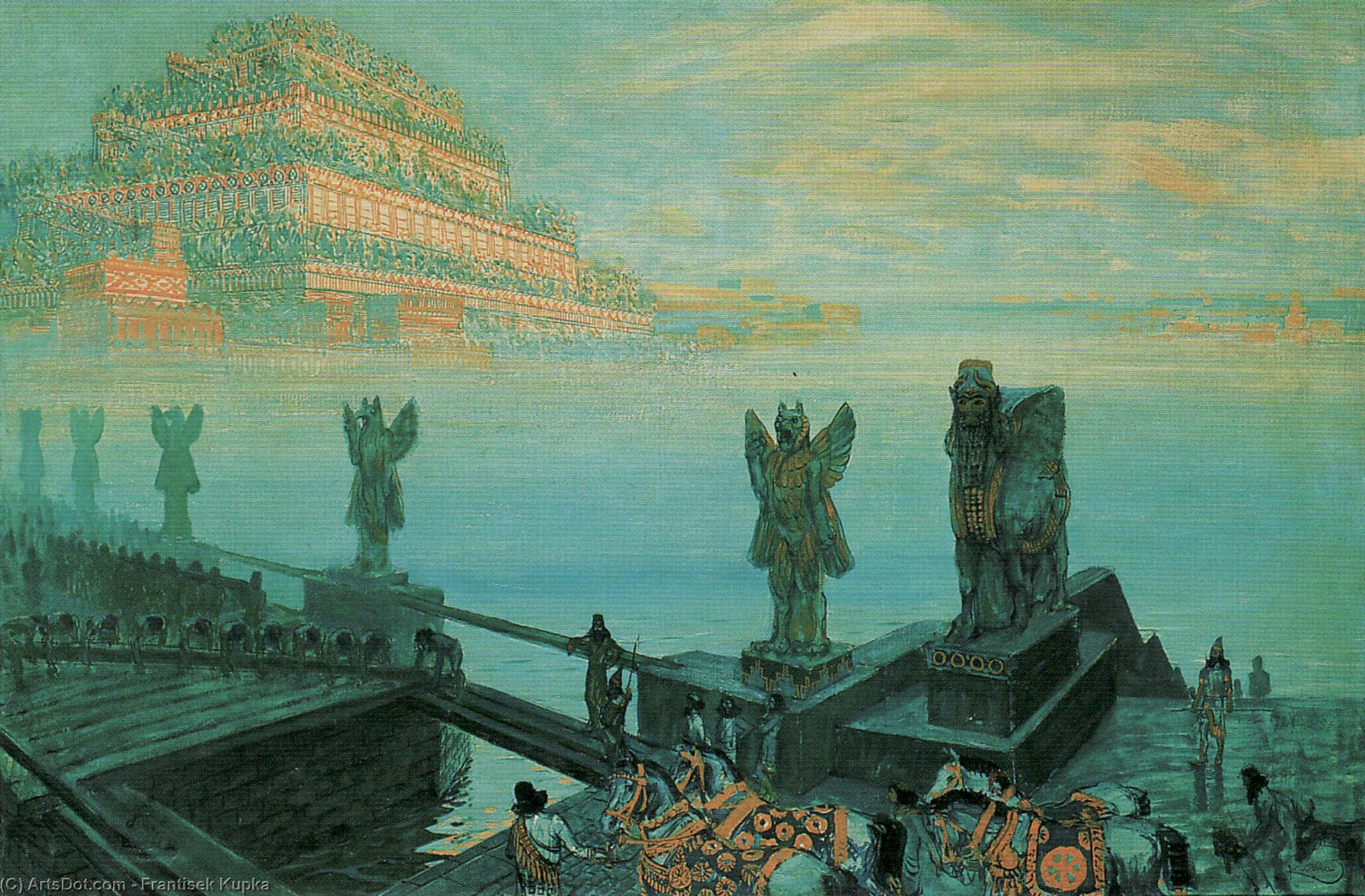
***
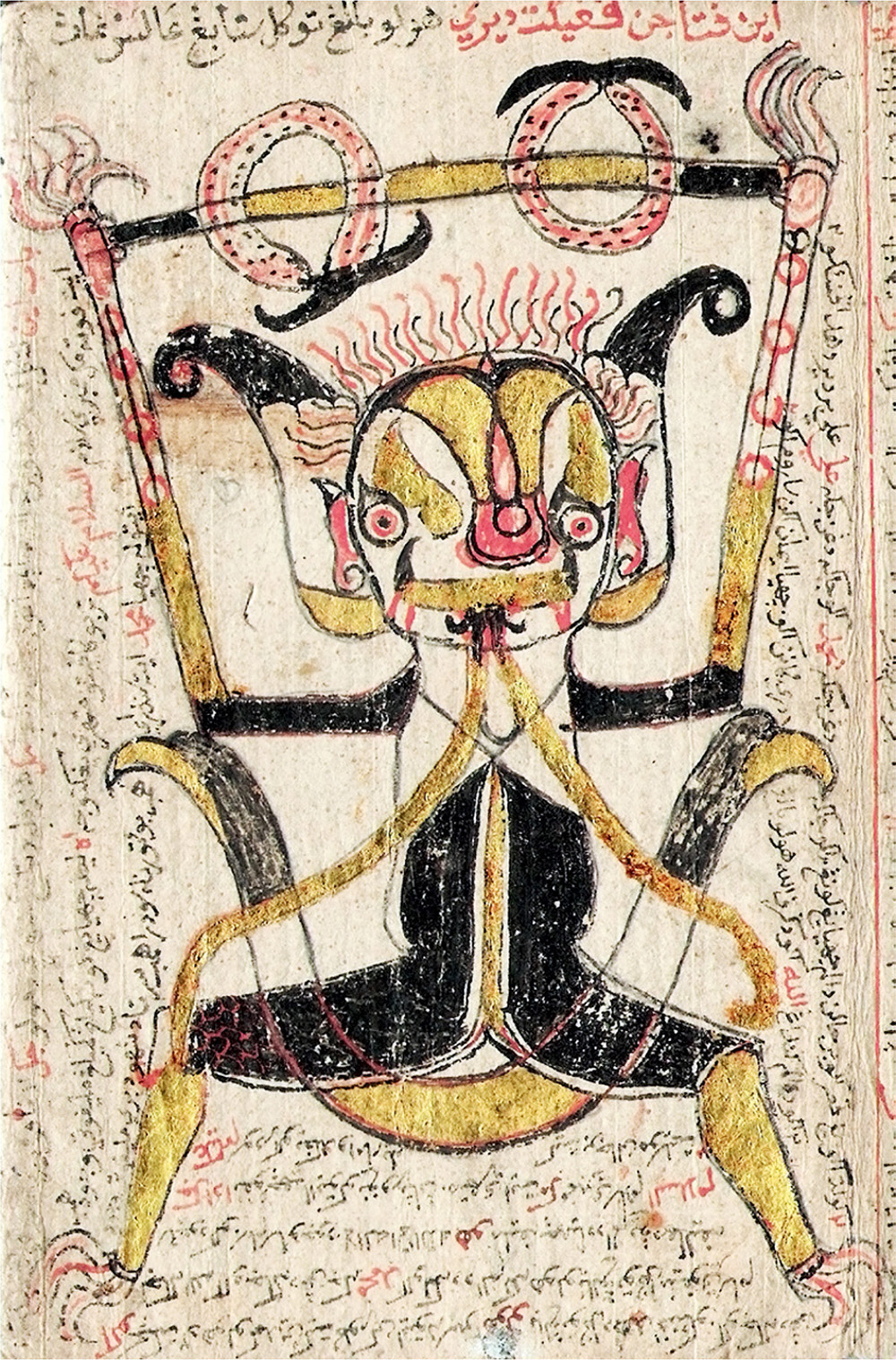
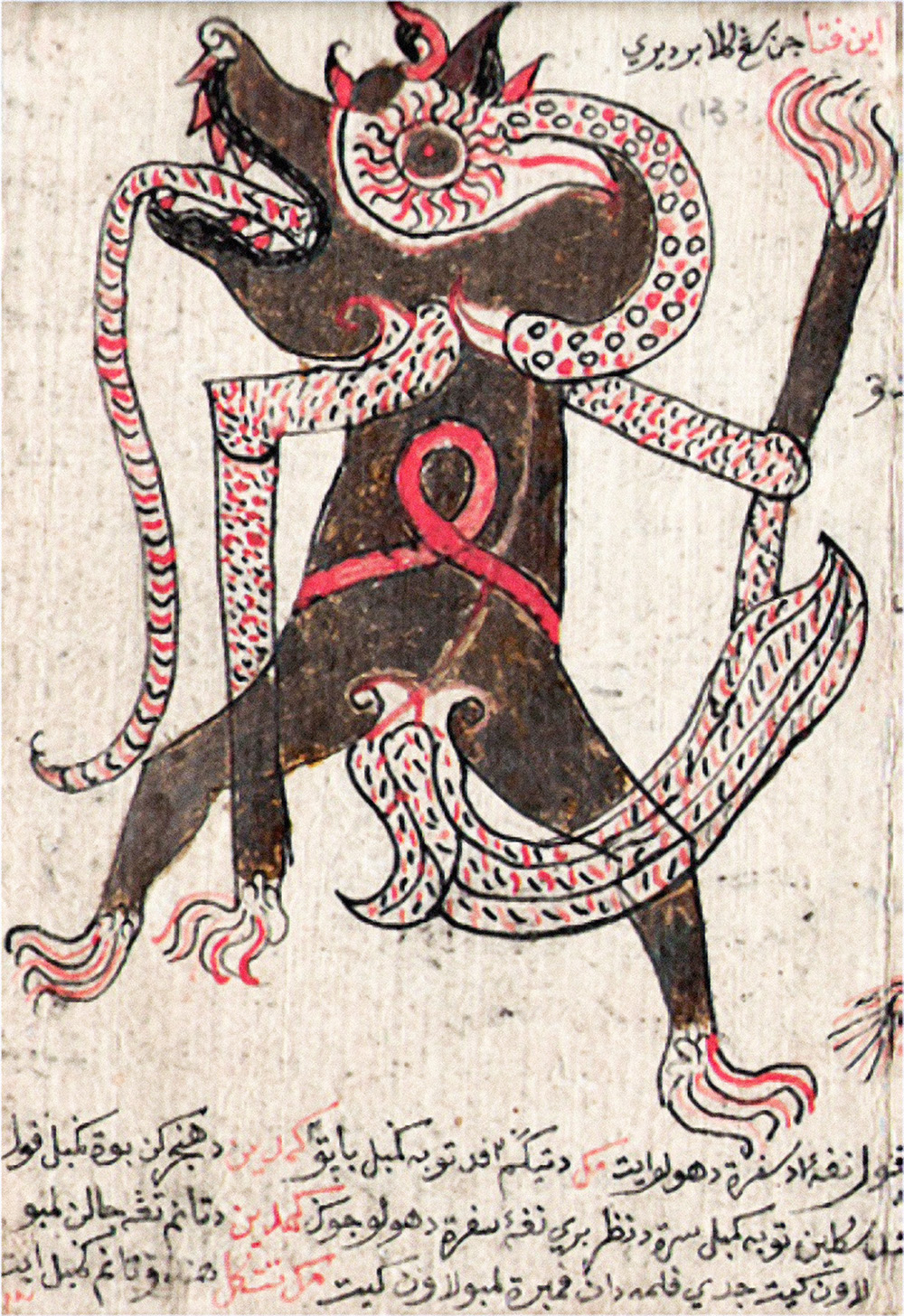
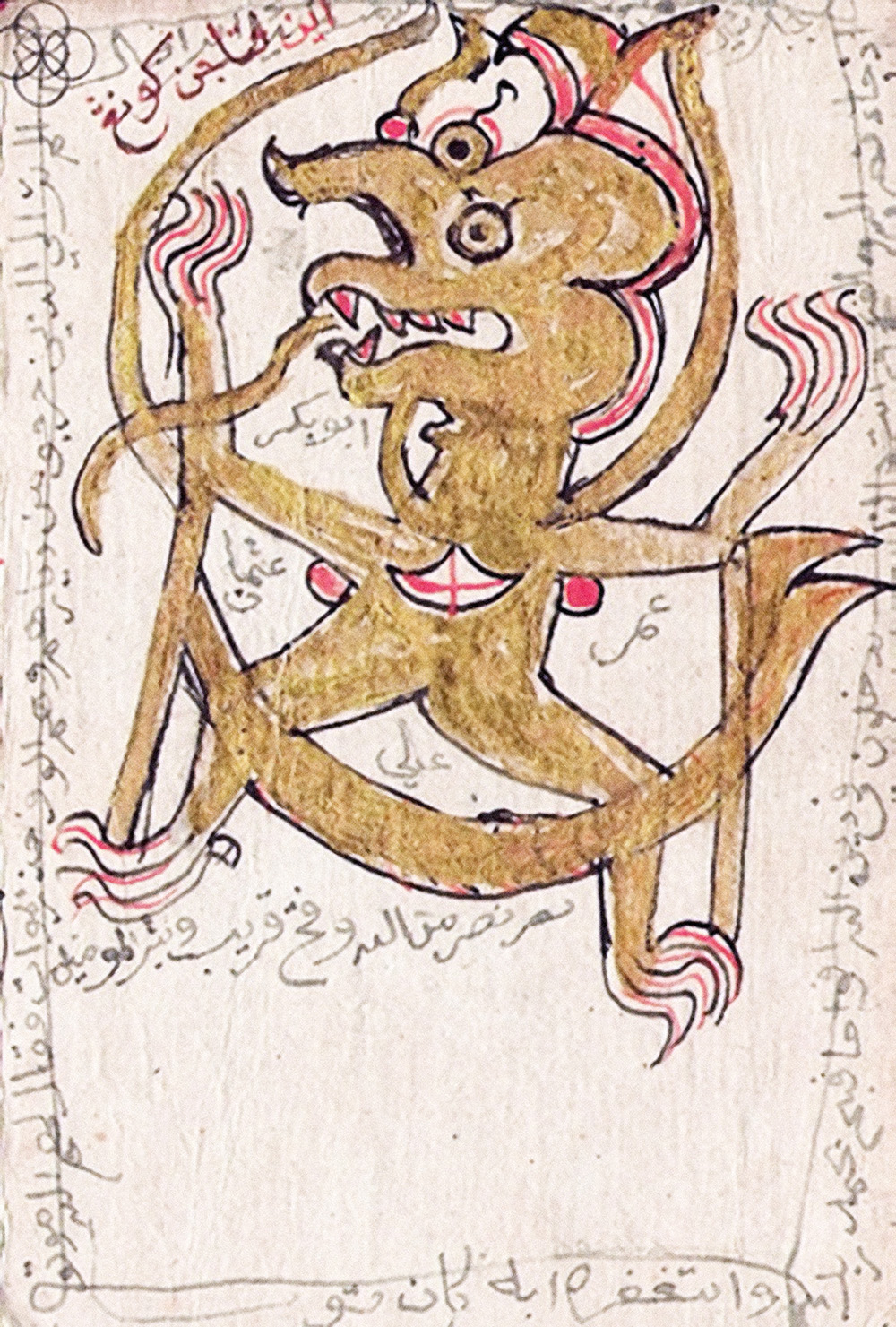
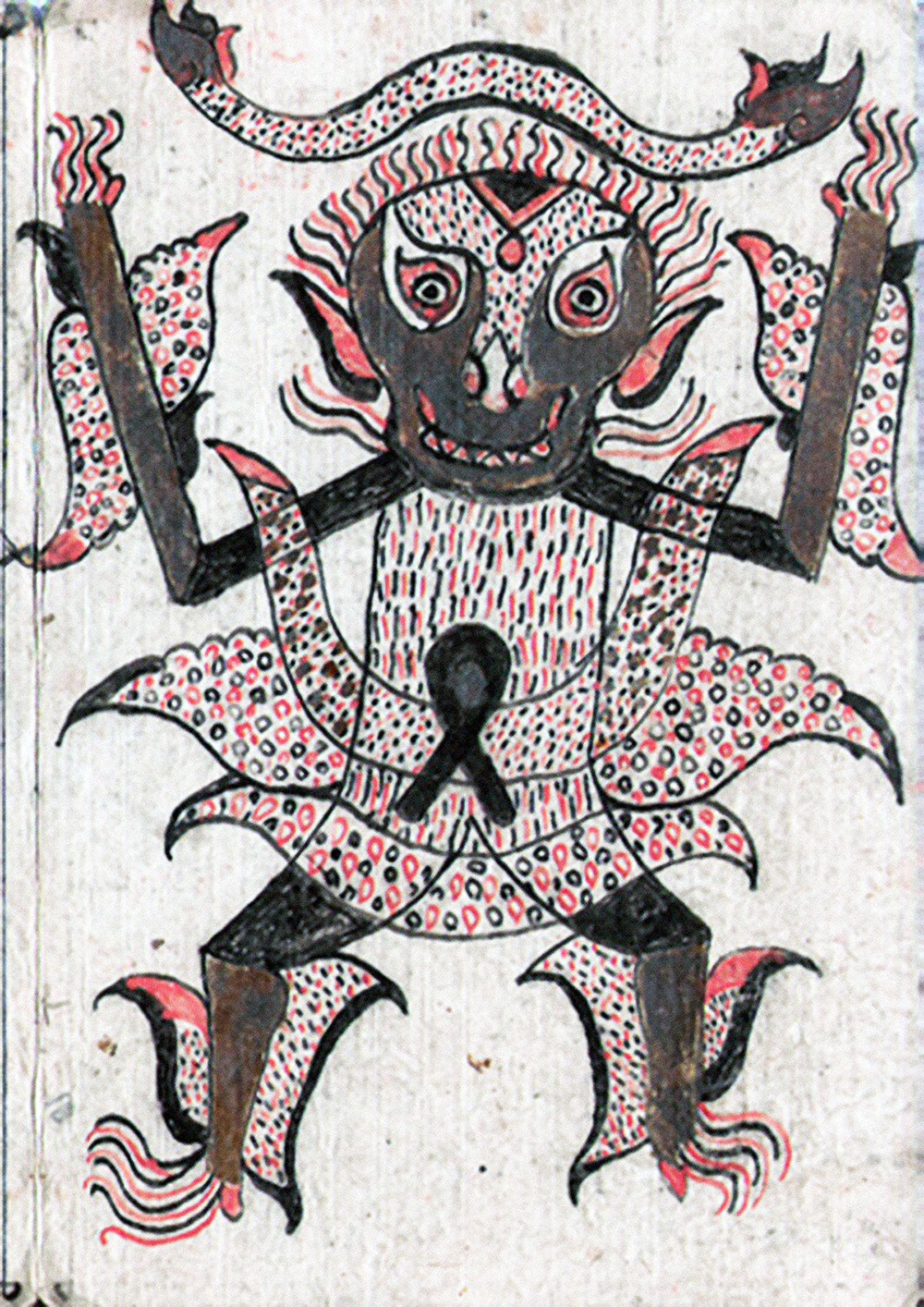
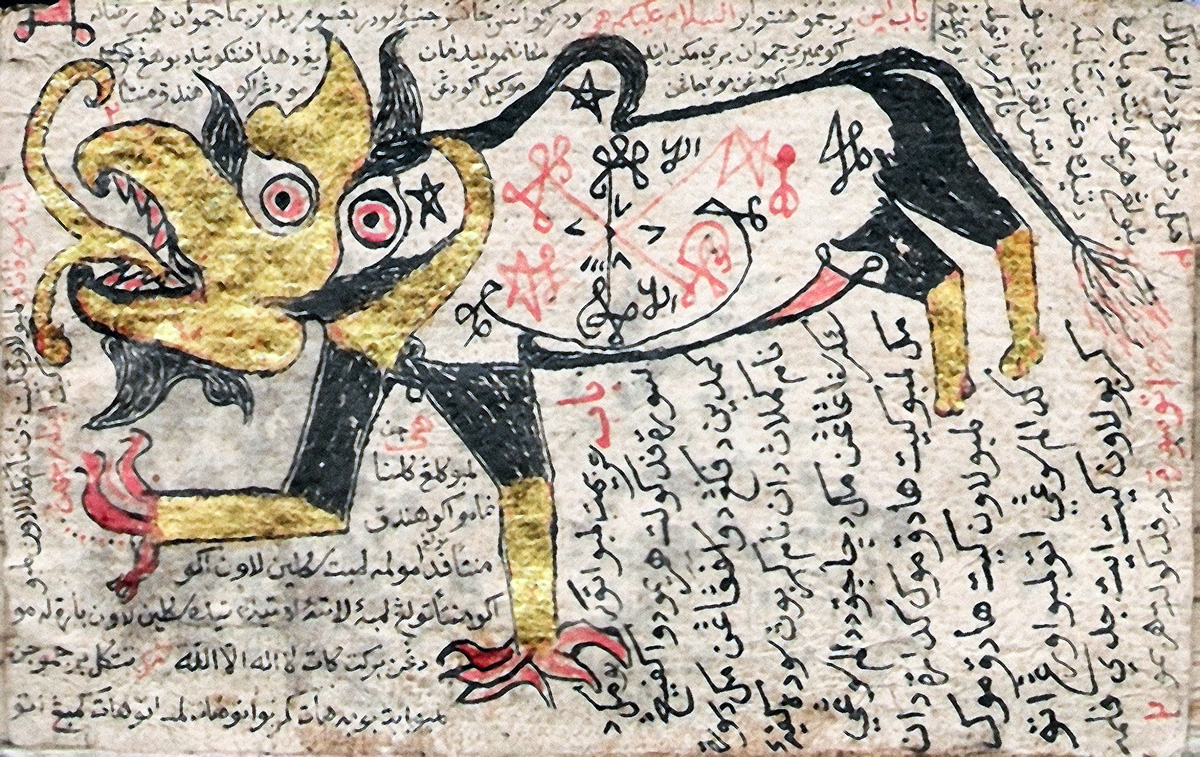
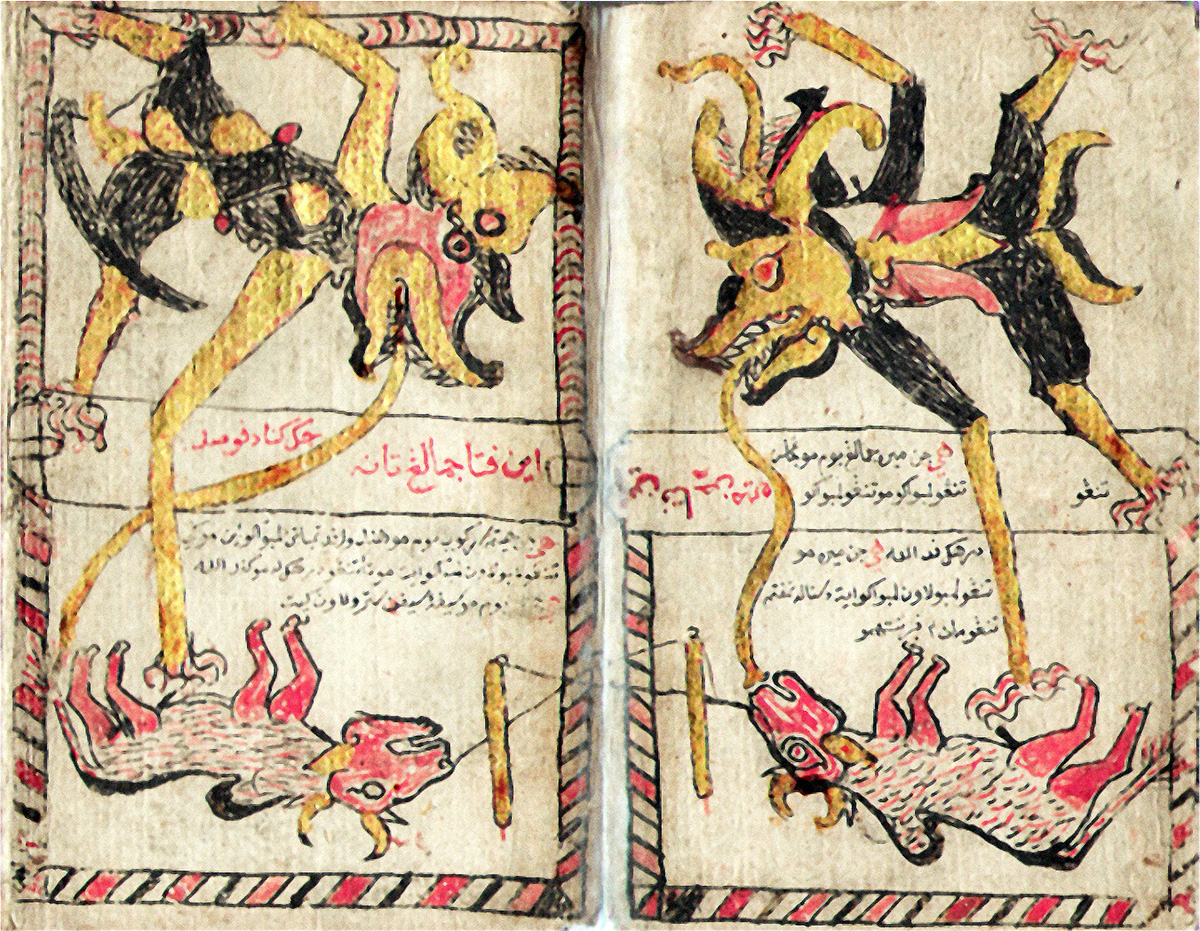
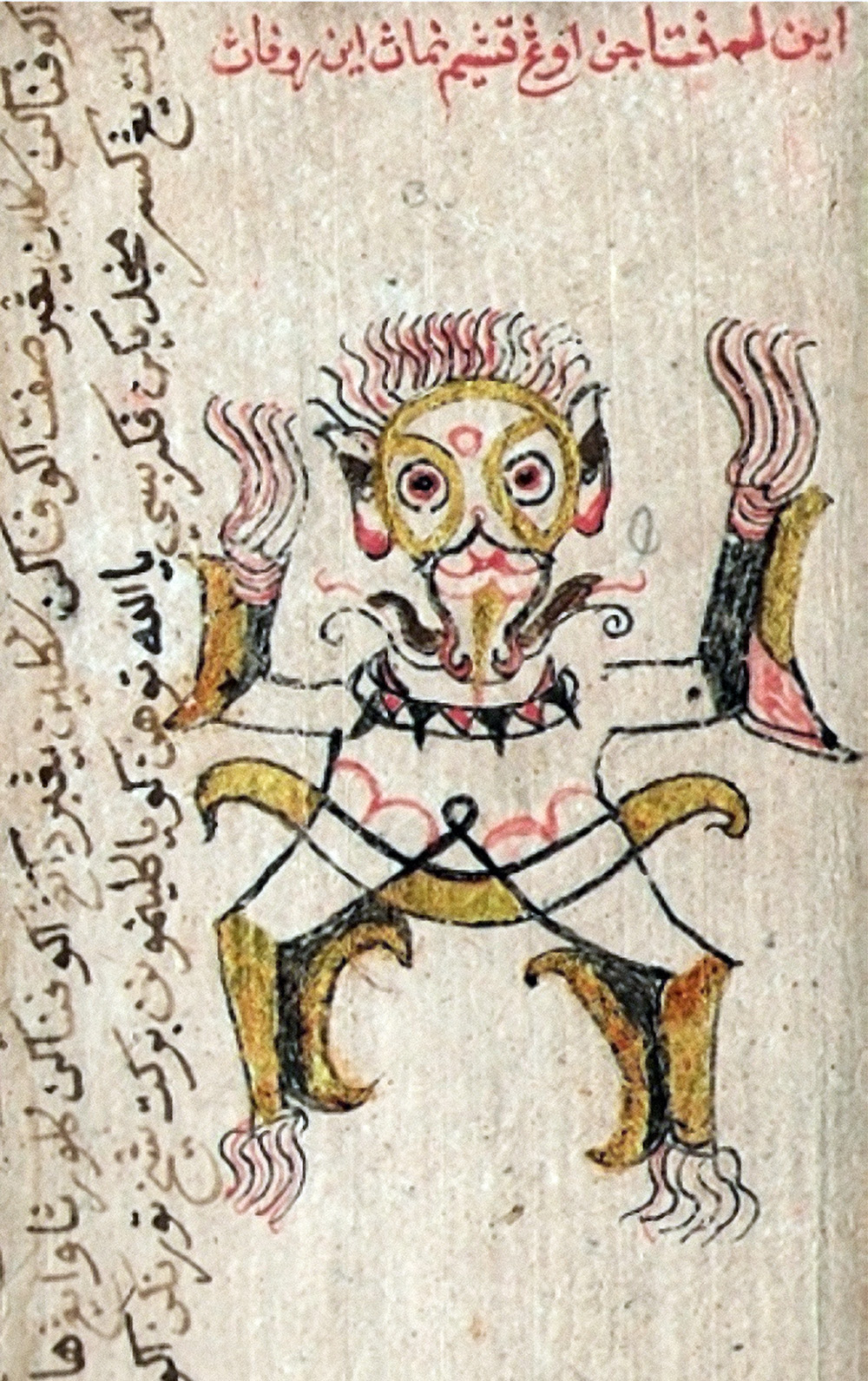
Source: Farouk Yahya, Magic and Divination in Malay Illustrated Manuscripts, Koninklijke Brill nv, Leiden, Netherlands, 2016. (2018) 8:6.
***
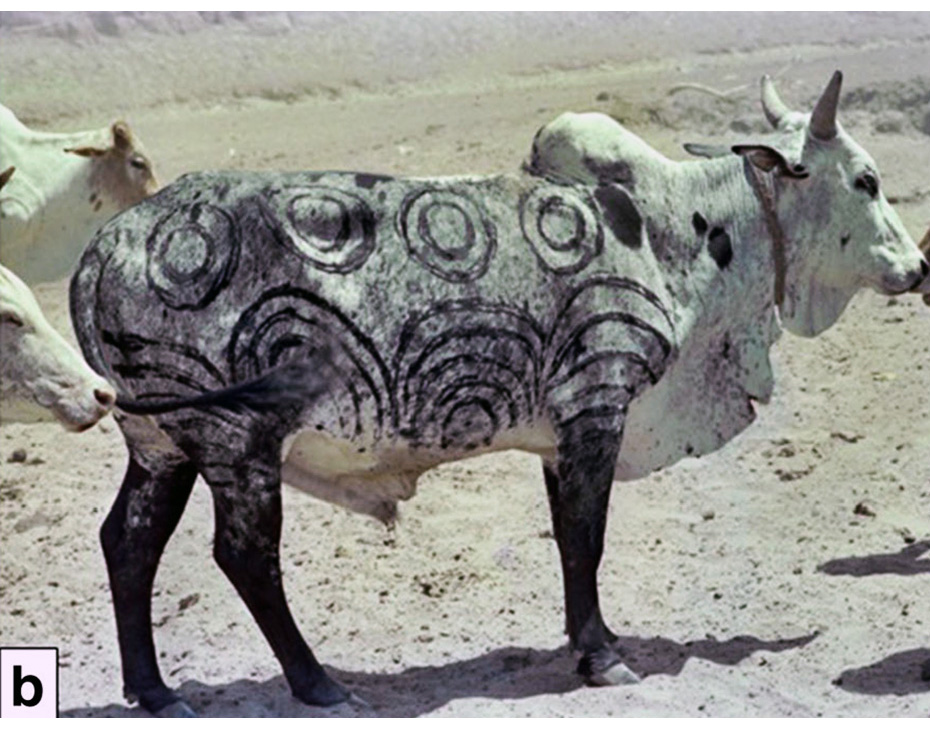
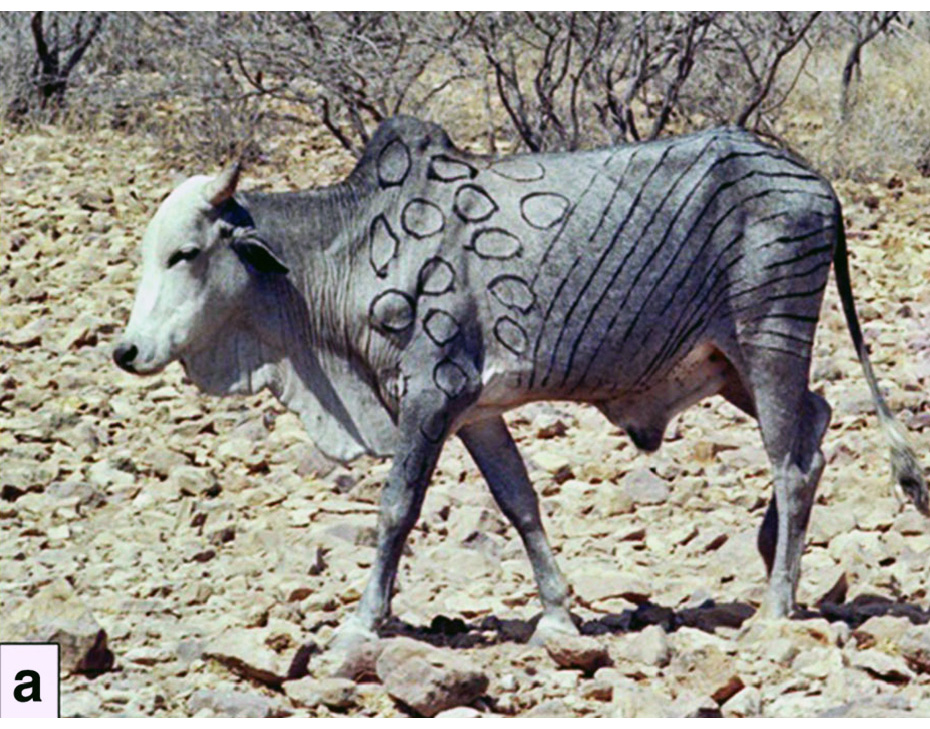
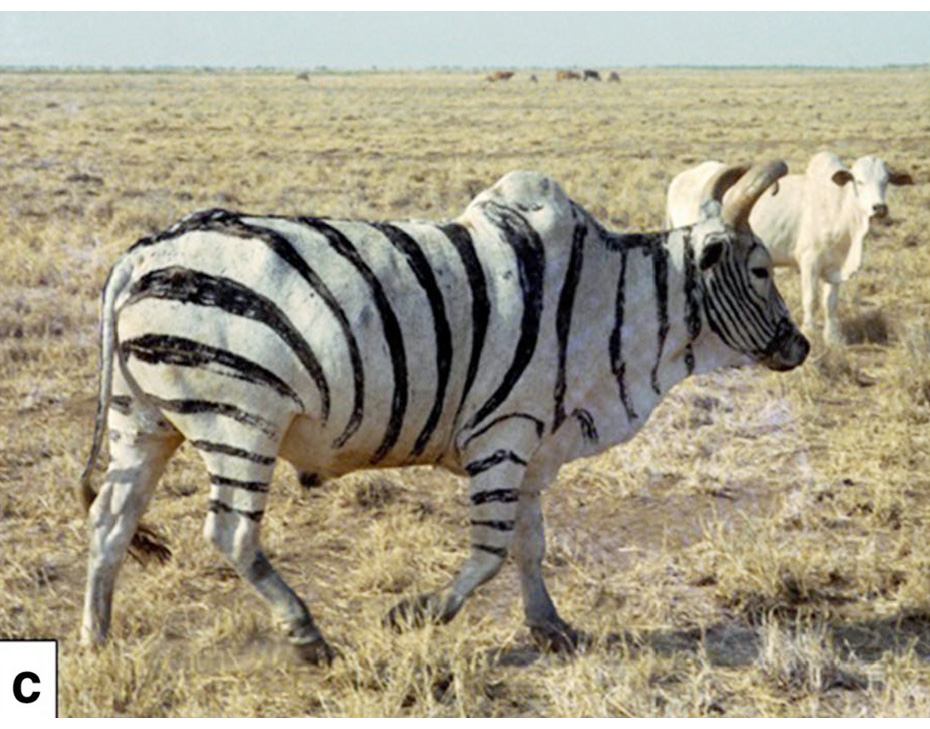
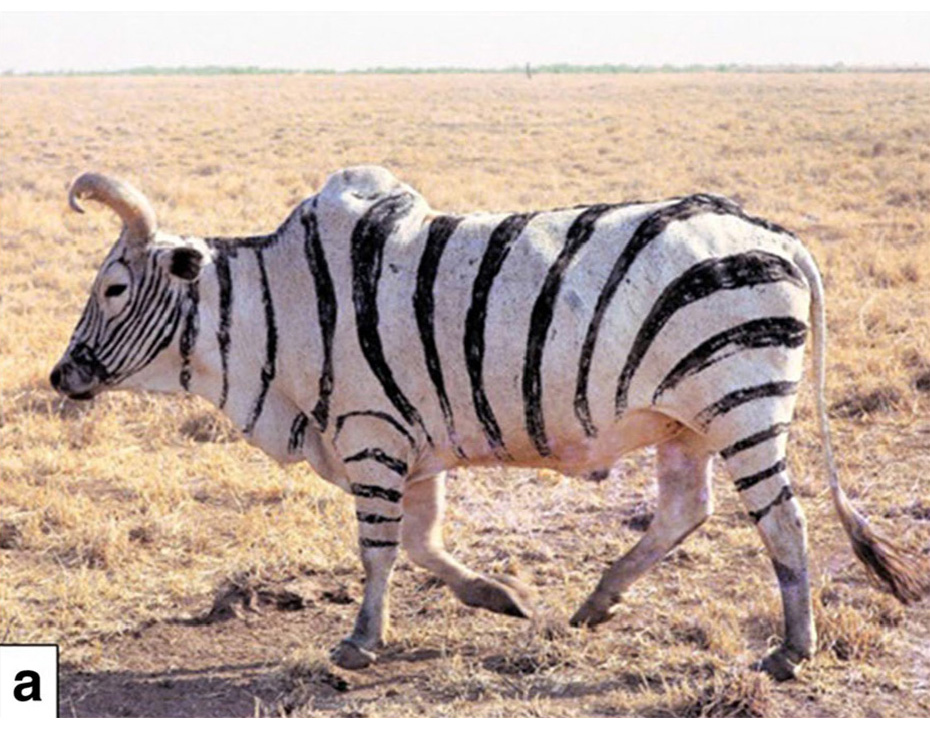
Source: Maurizio Dioli, Nomad aesthetic: Cattle modifications among the northern Turkana of north west Kenya, Pastoralism: Research, Policy and Practice (2018) 8:6.
***
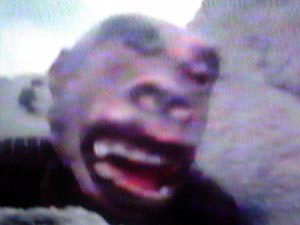
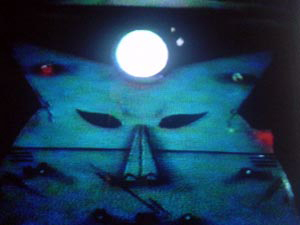
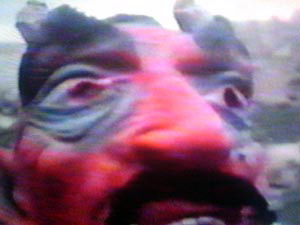
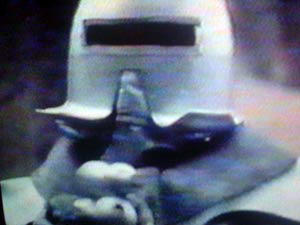
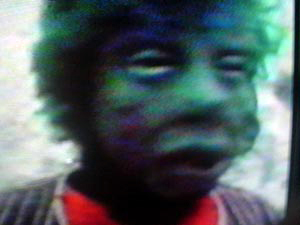
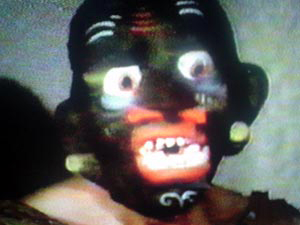
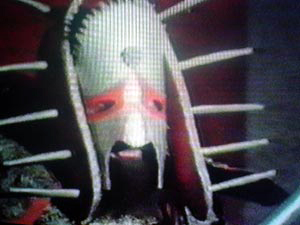
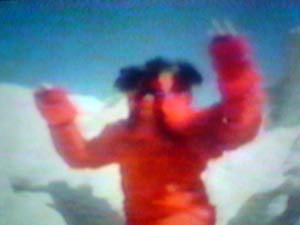
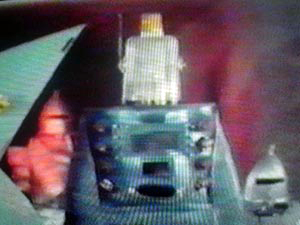
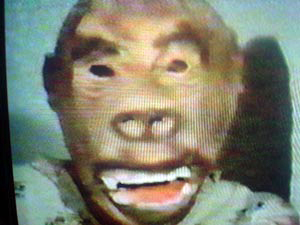
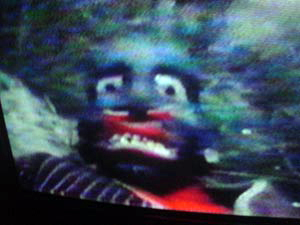
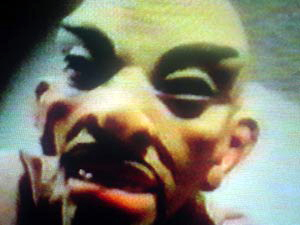
Source: Dünyayı Kurtaran Adam, directed by Çetin İnanç, 1982.
***
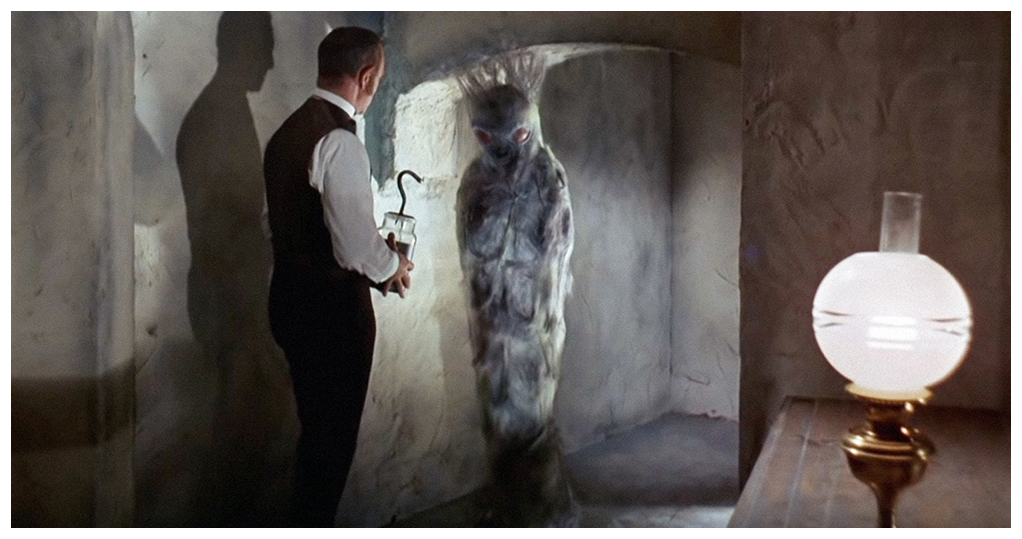
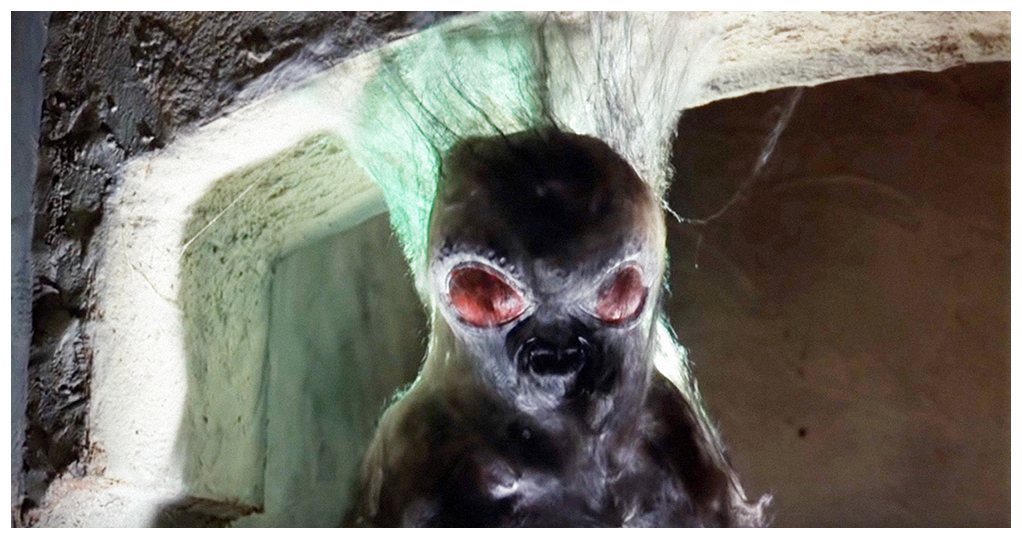
Source: The Blood Beast Terror, directed by Vernon Sewell, 1968.
***
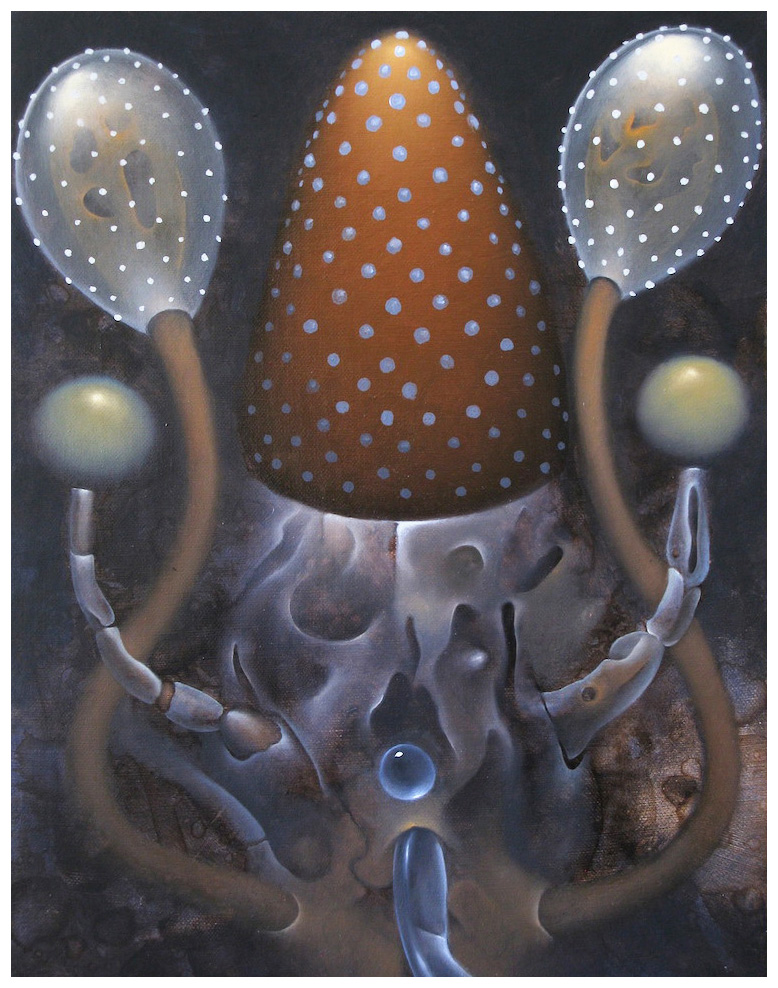
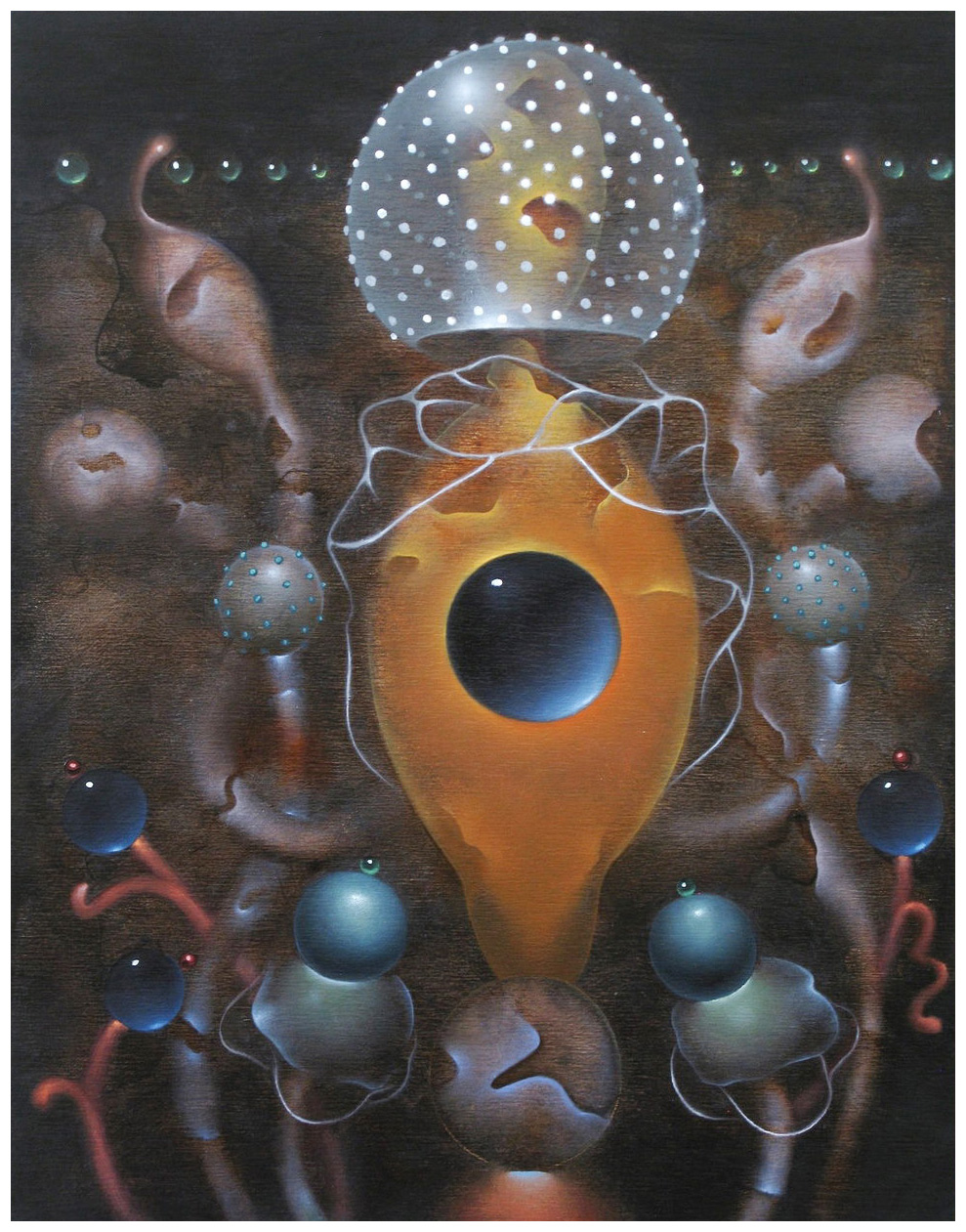
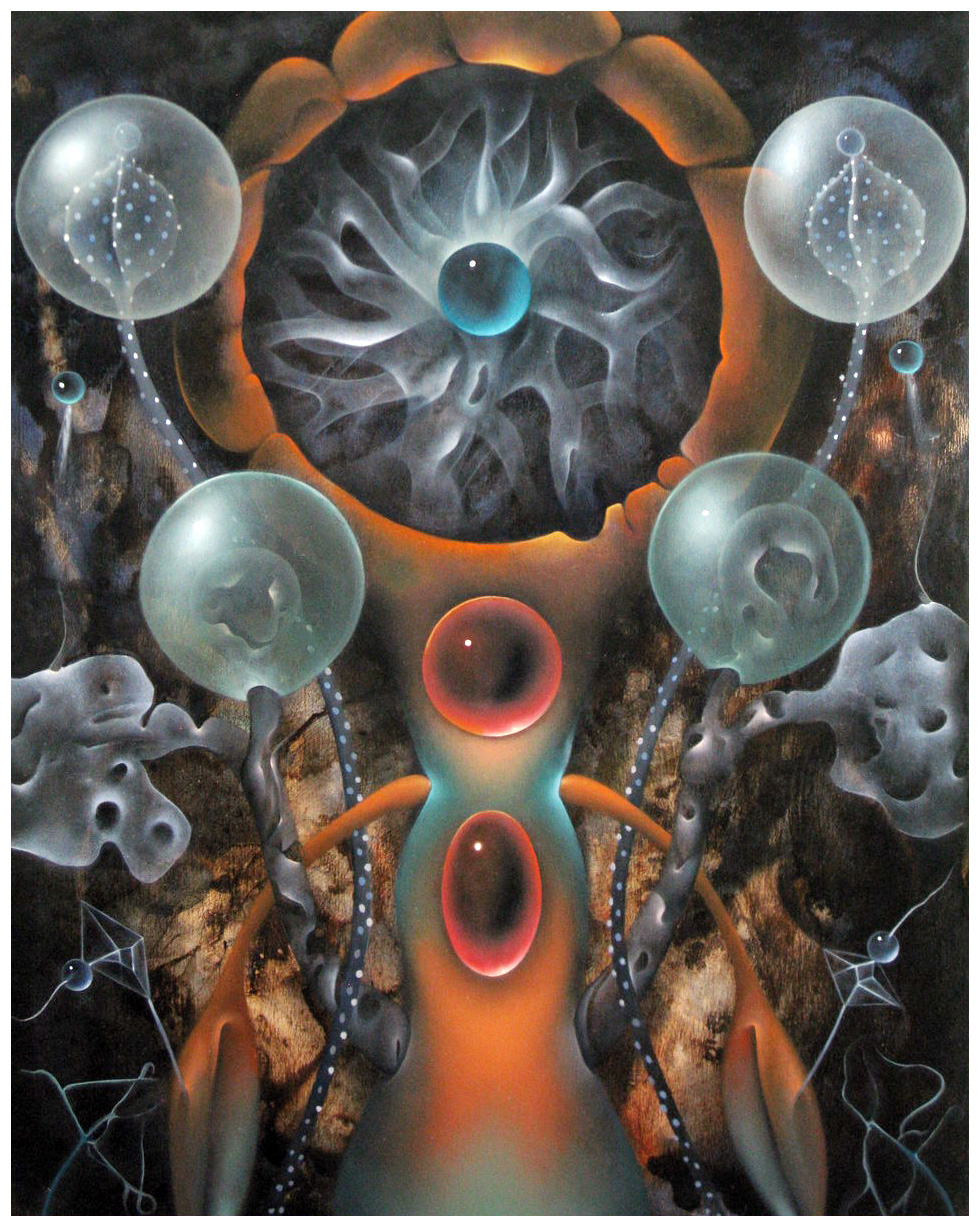
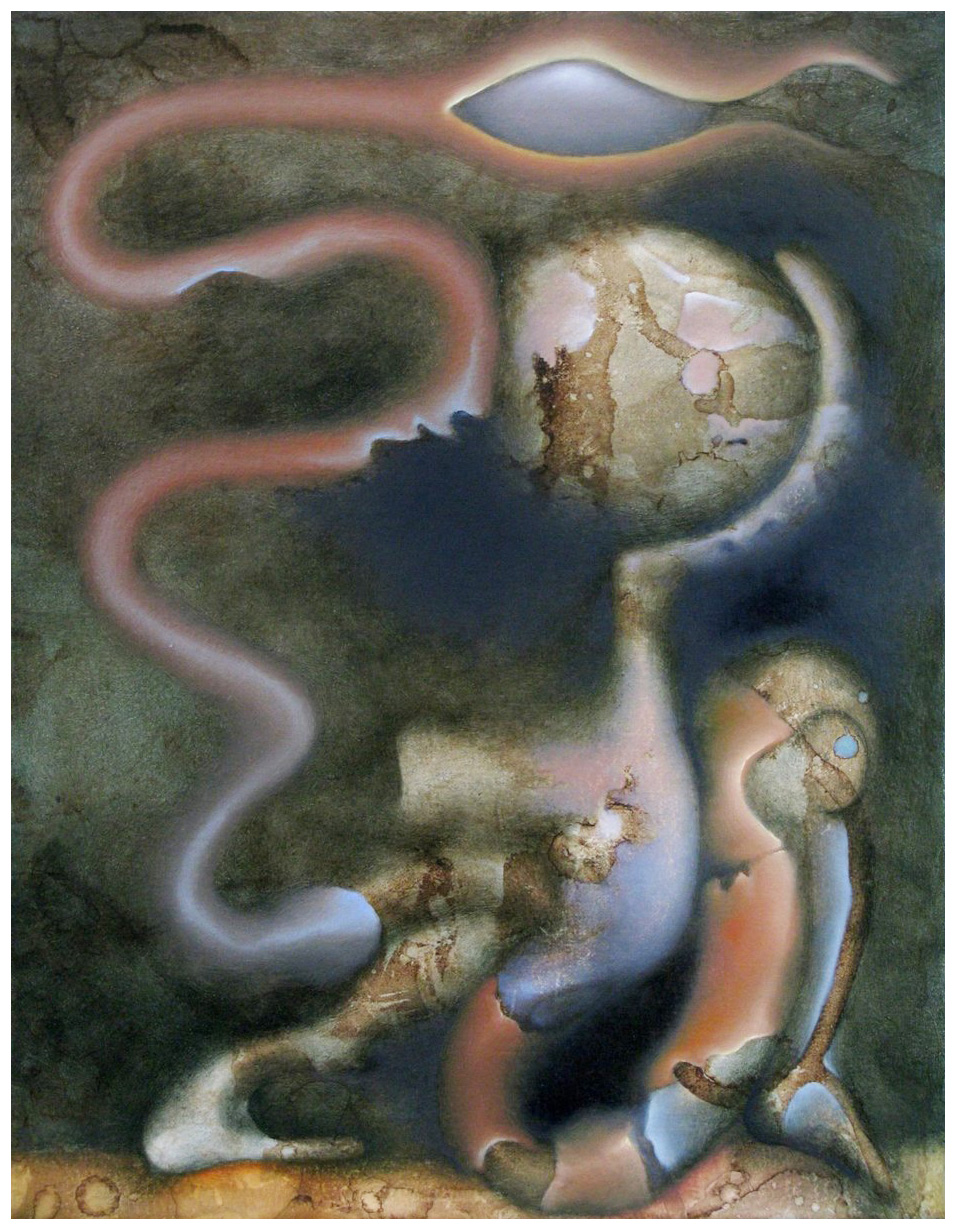
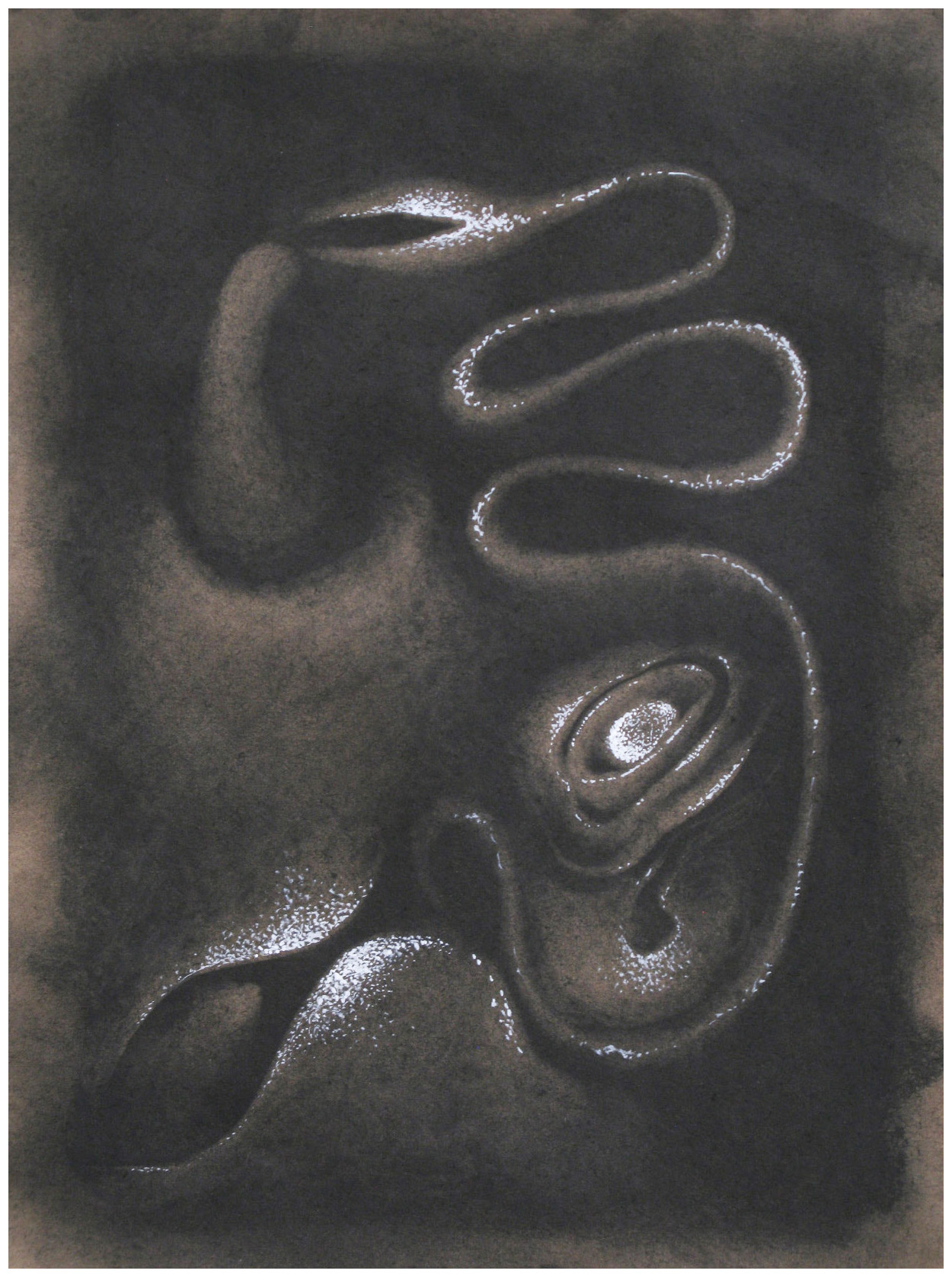
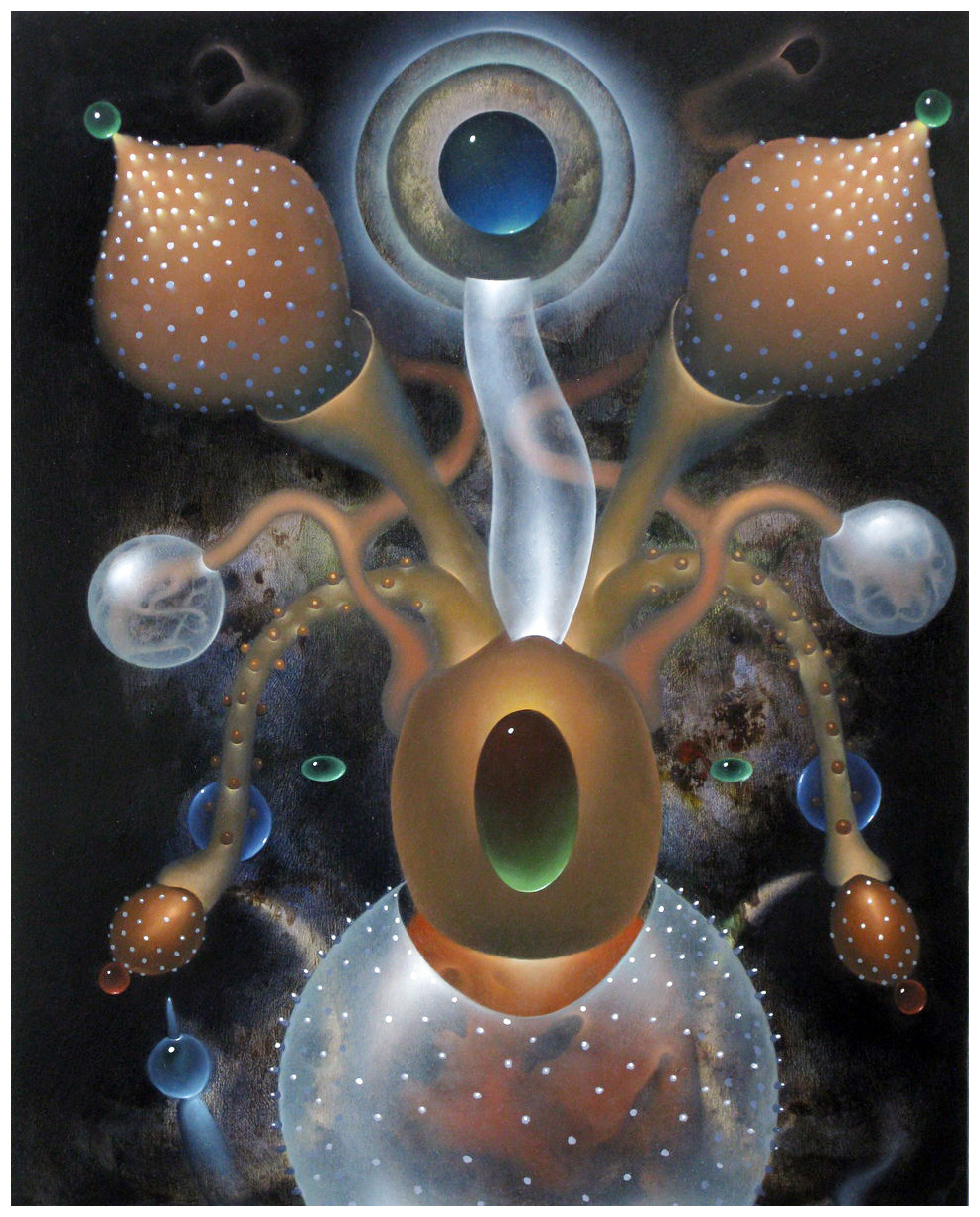
Source: www.alessandrokeegan.com
***
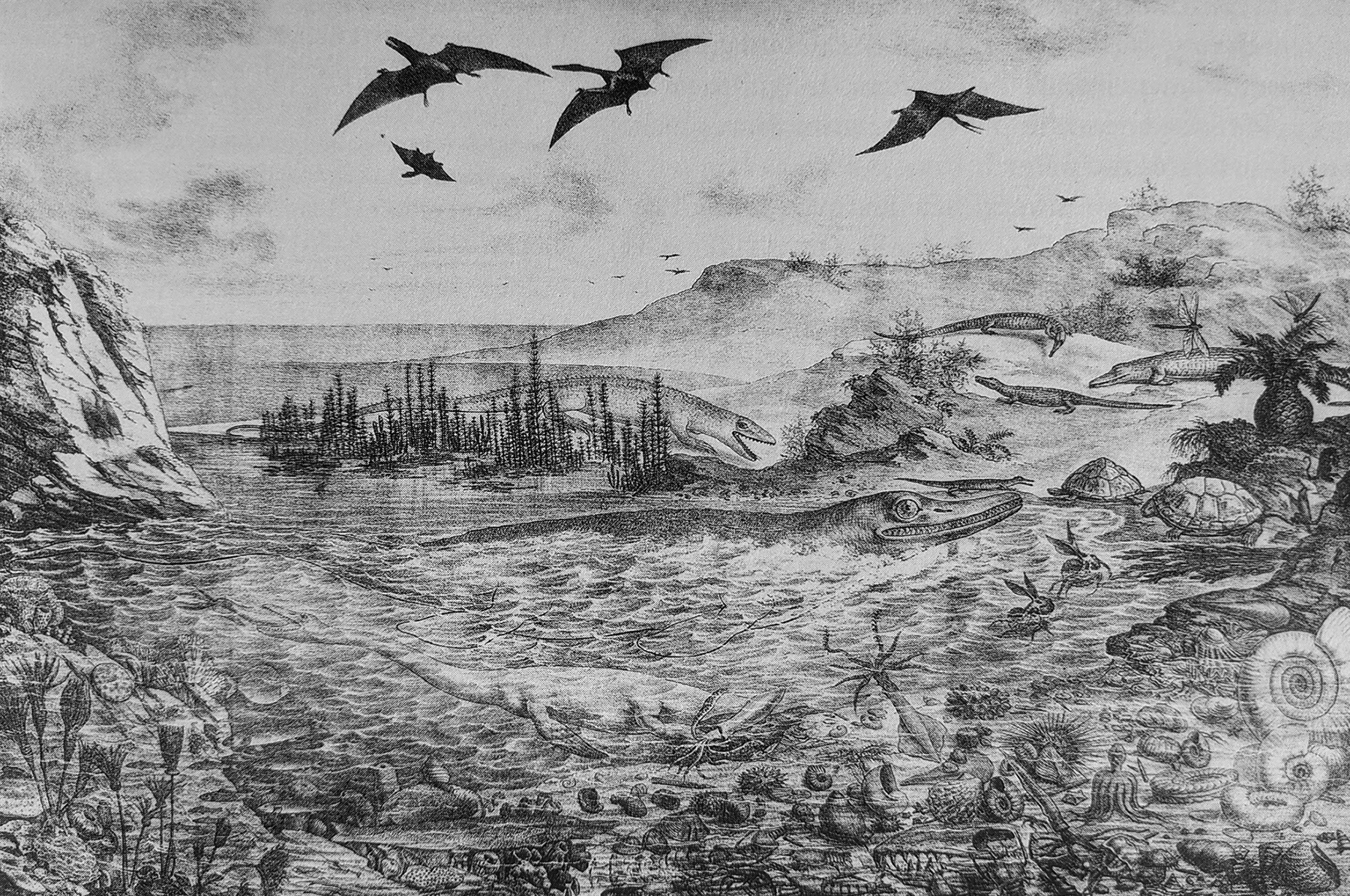
Artist: Georg August Goldfuss, 1831.
***
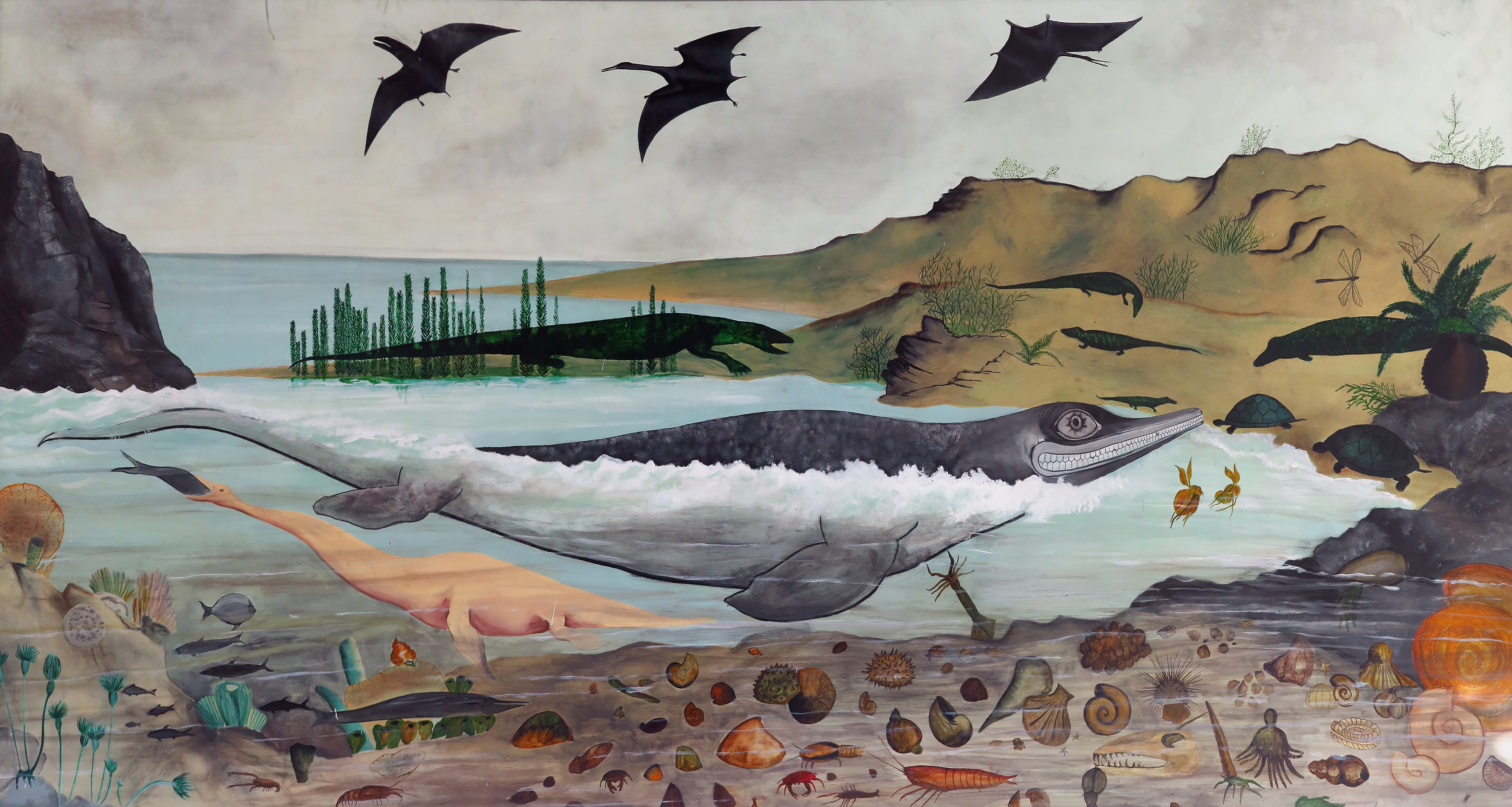 Source: Istanbul Technical University, Faculty of Mining, Department of Geology.
Source: Istanbul Technical University, Faculty of Mining, Department of Geology.
***
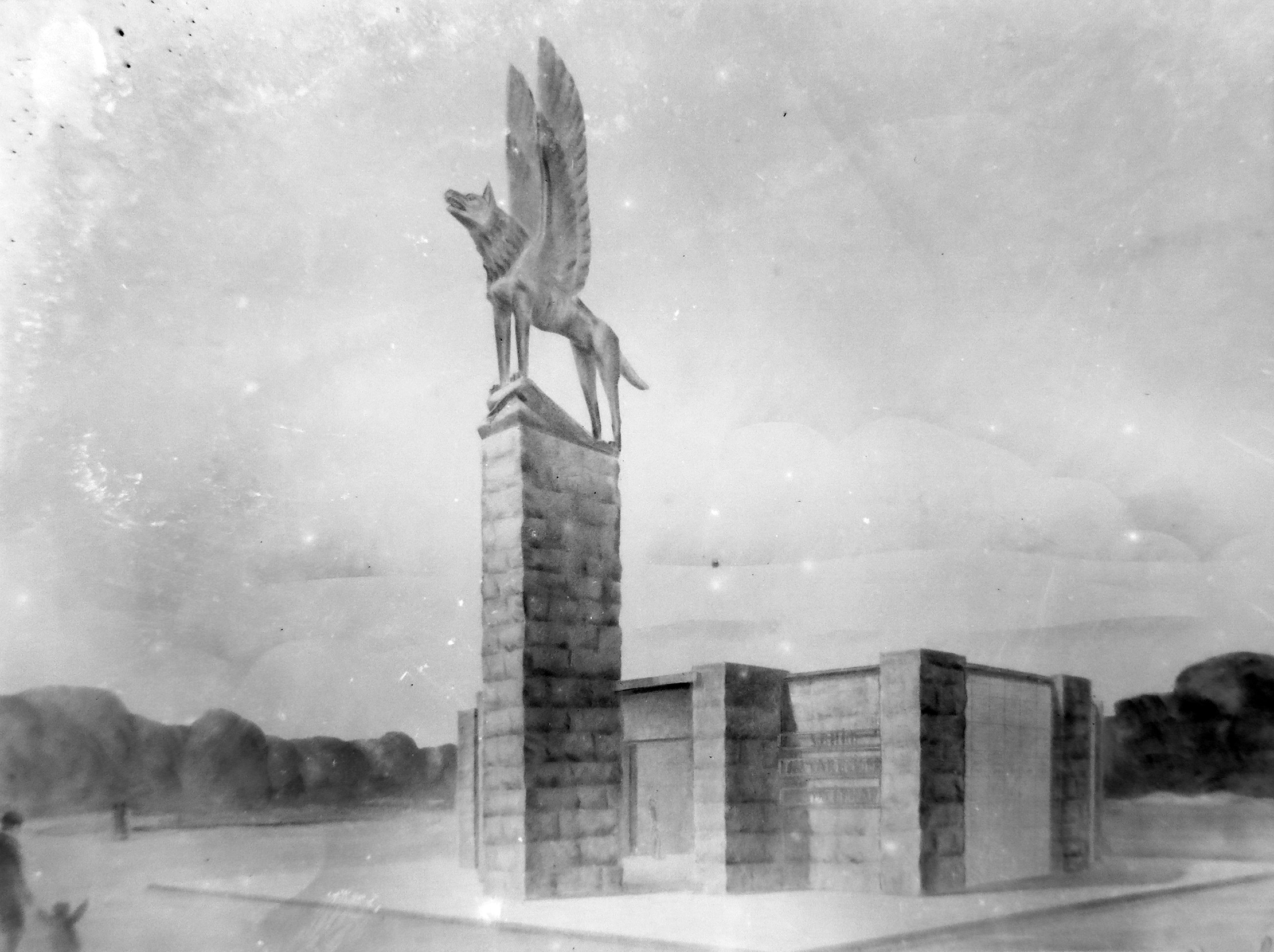
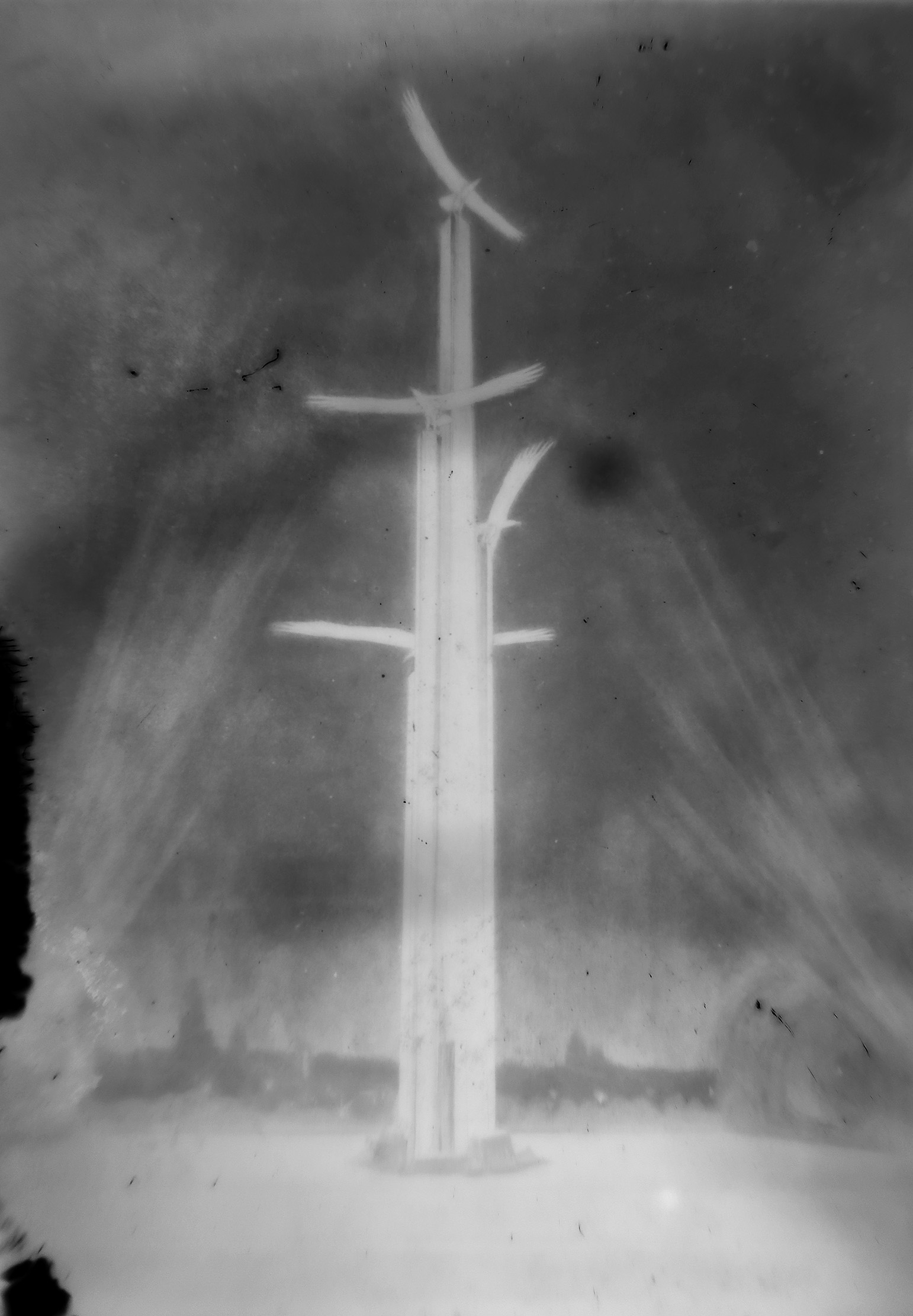
Source: Artist unknown - found at Istanbul antiquarian, unknown provenance.
***
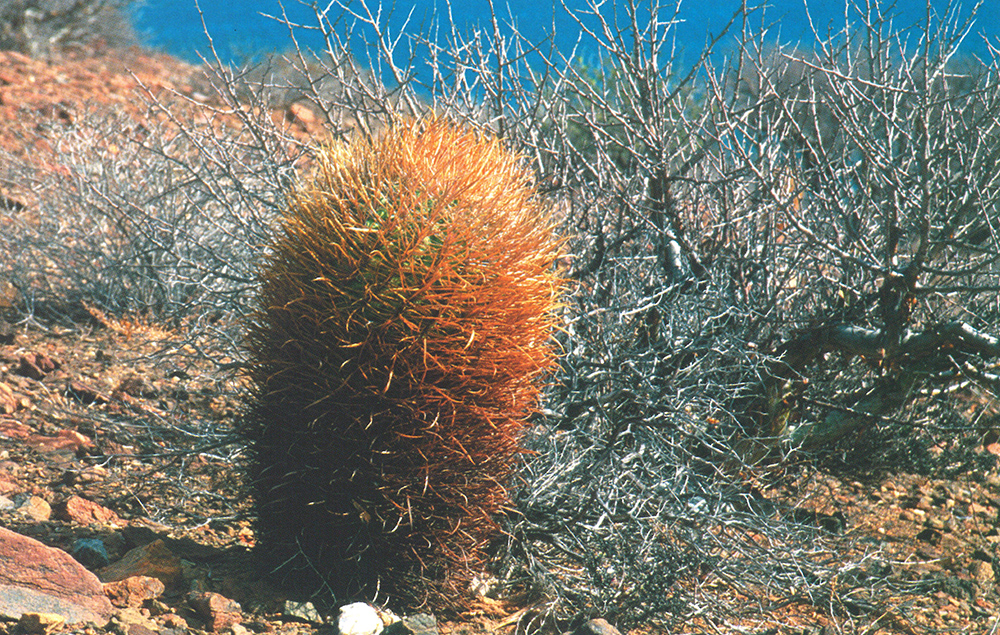
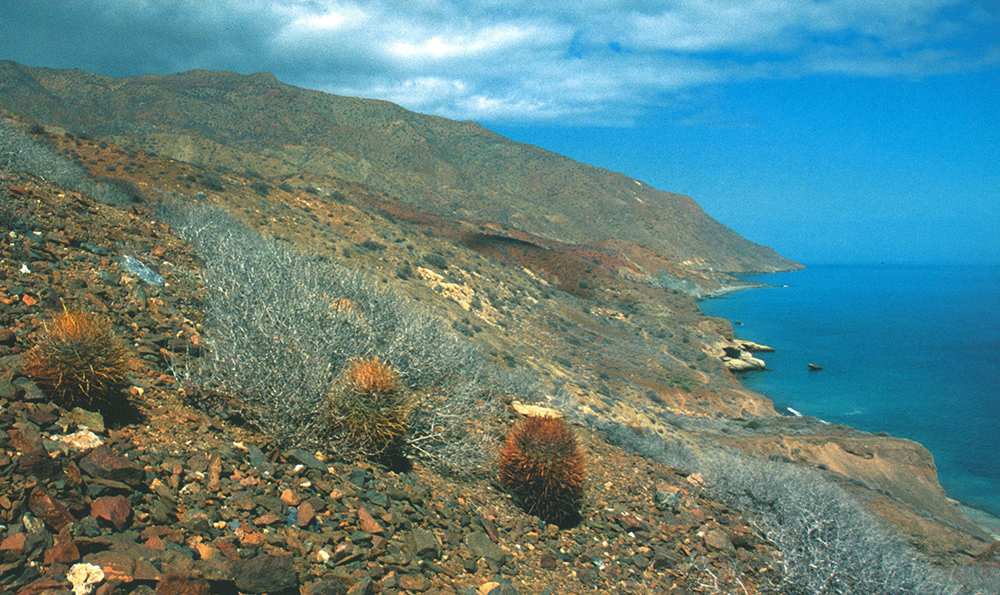
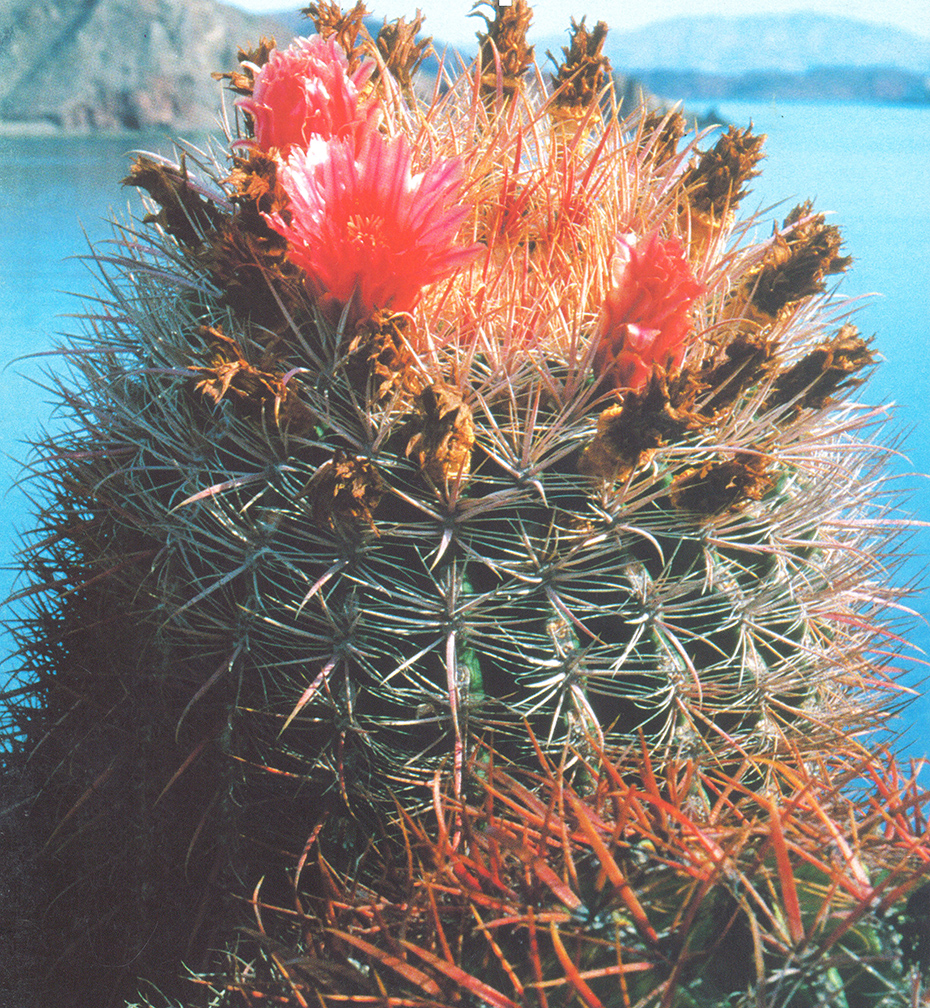
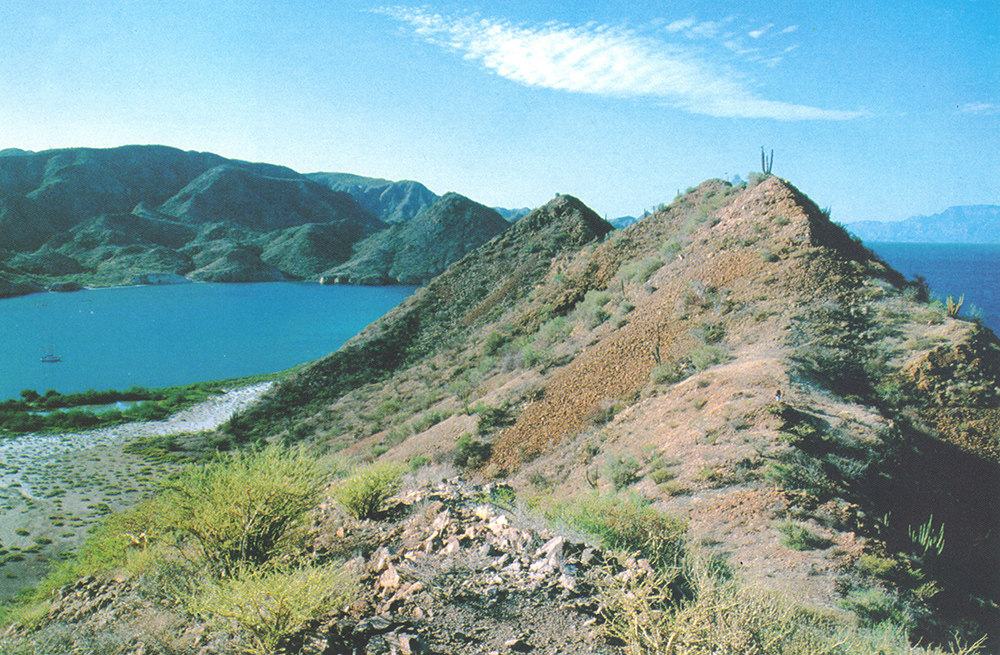
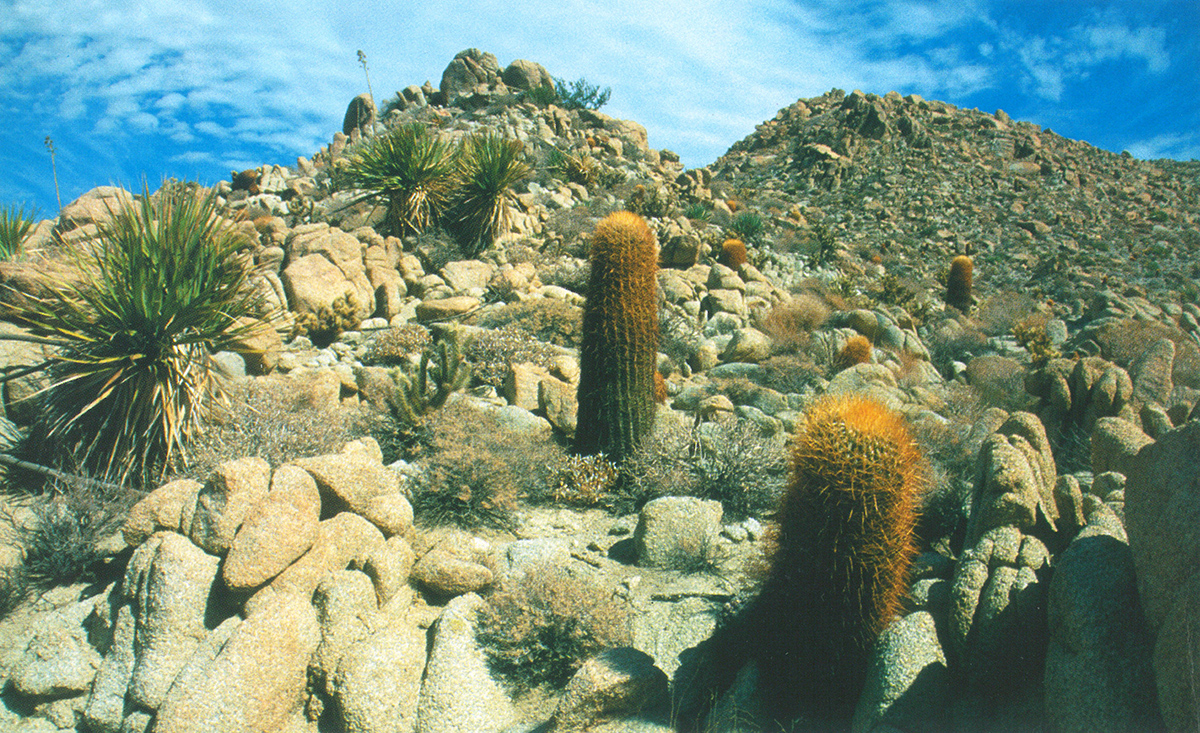
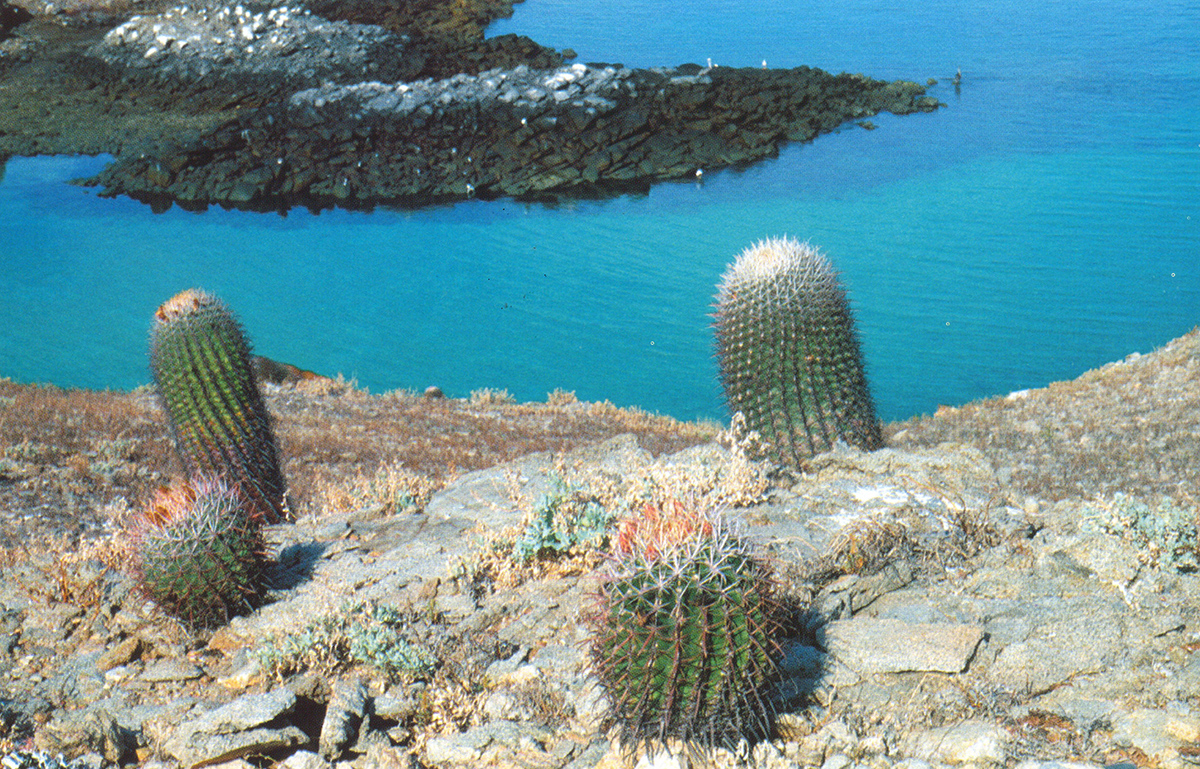
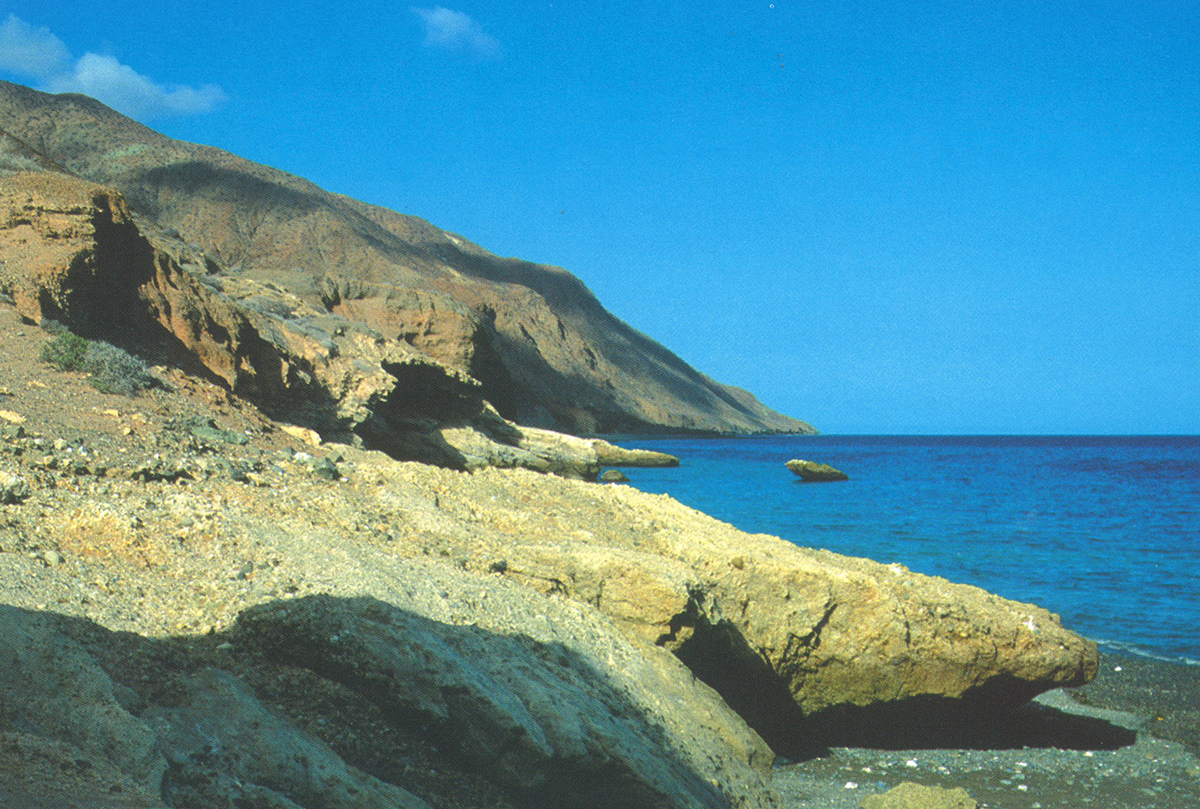
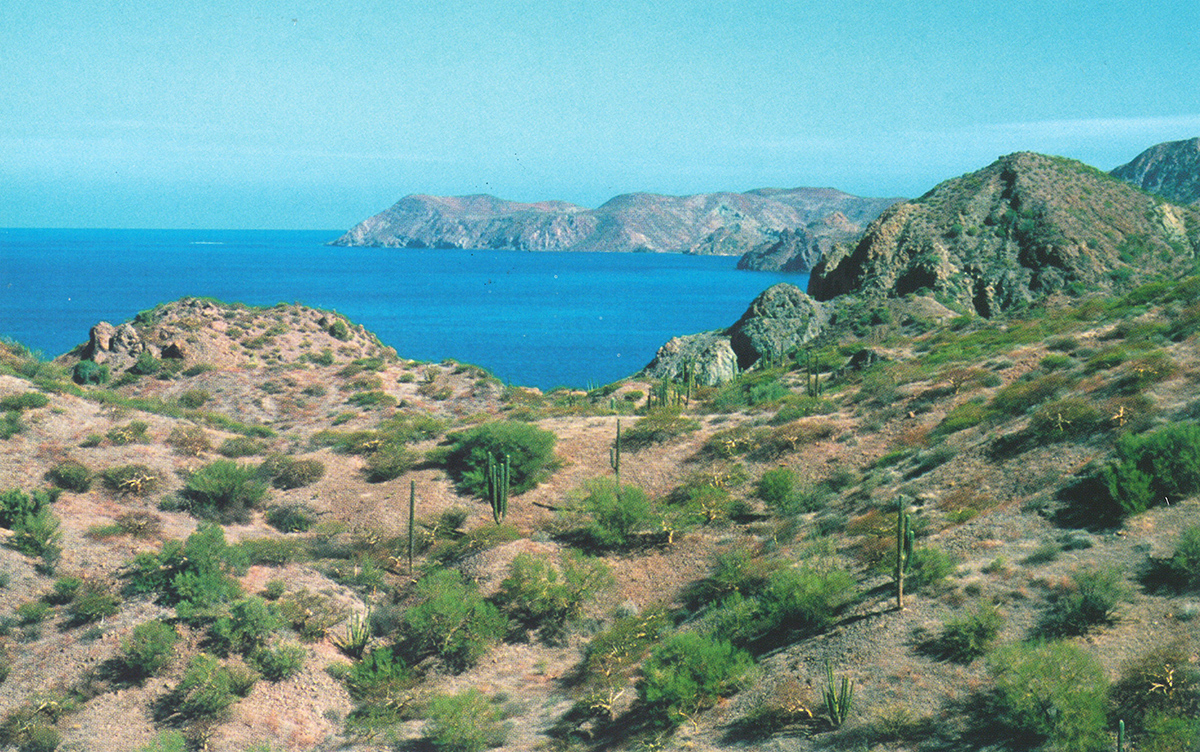
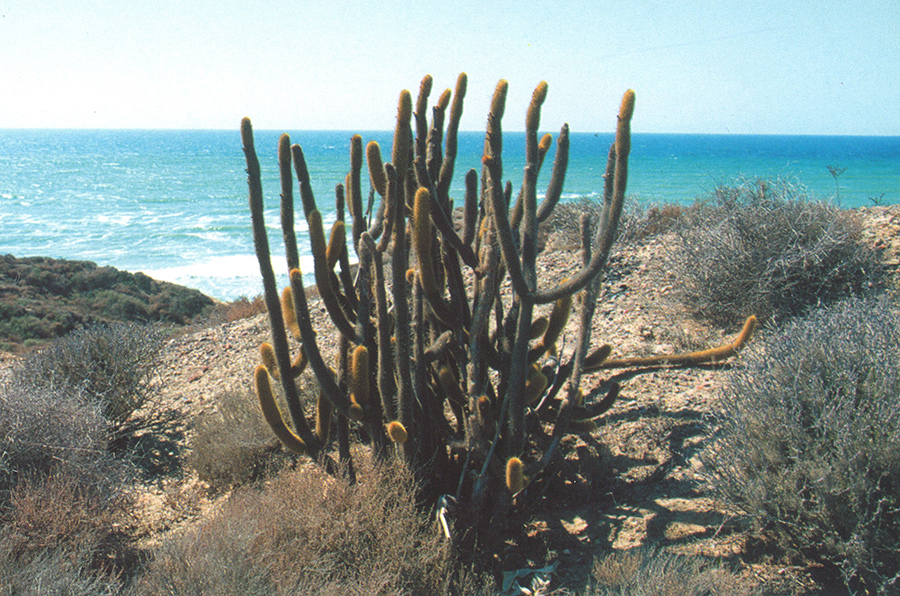
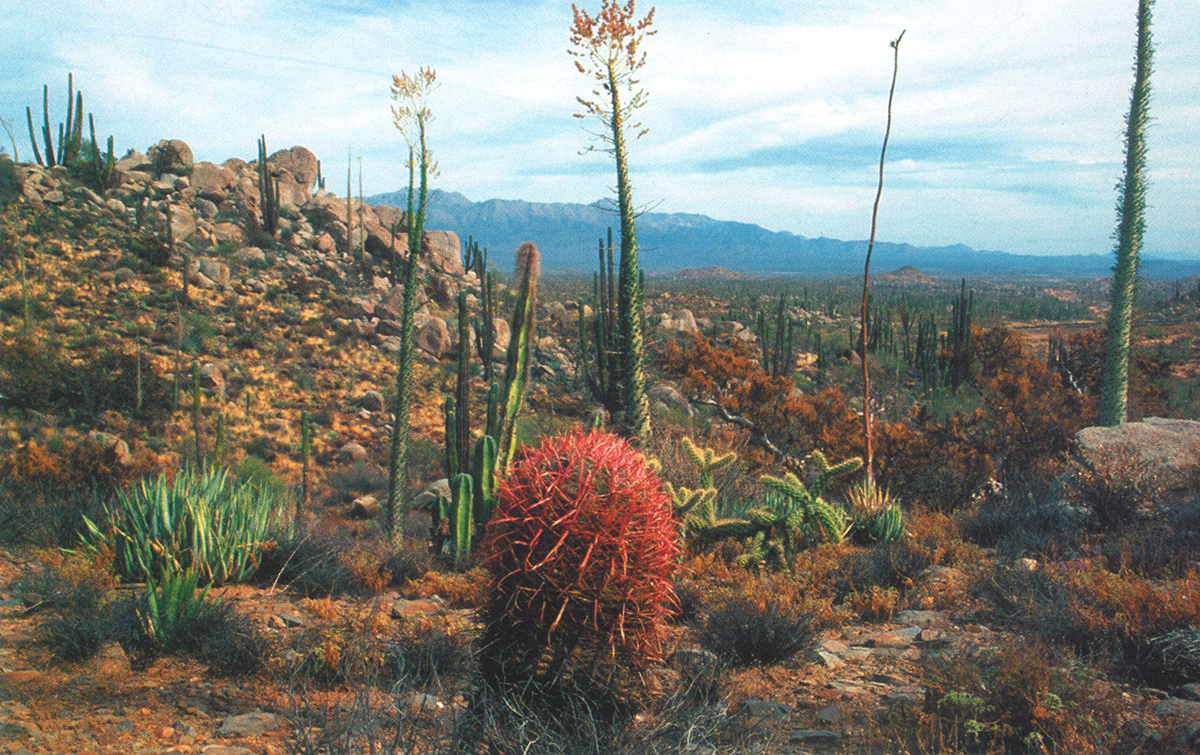
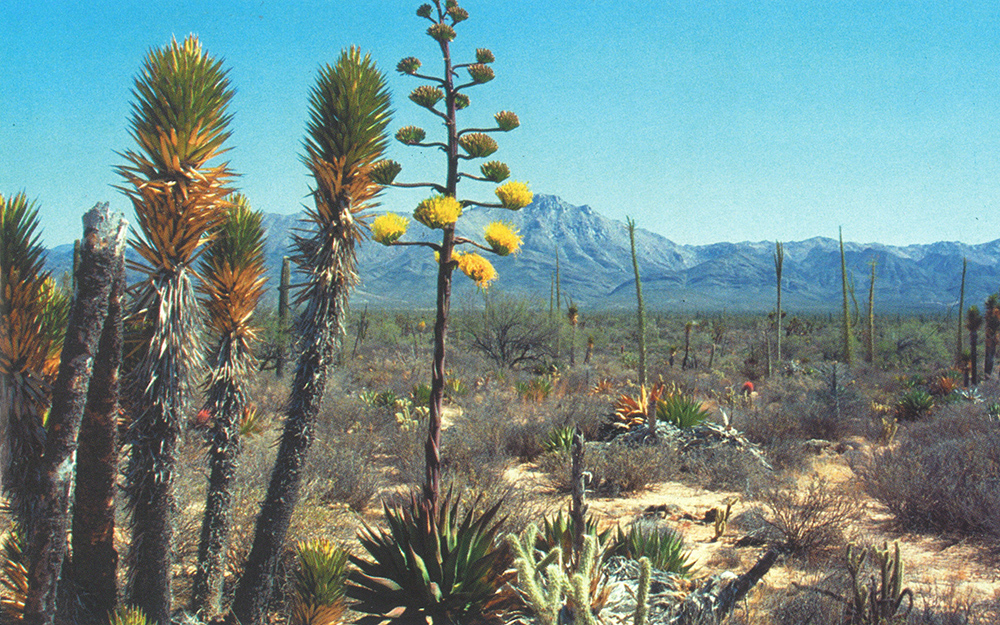
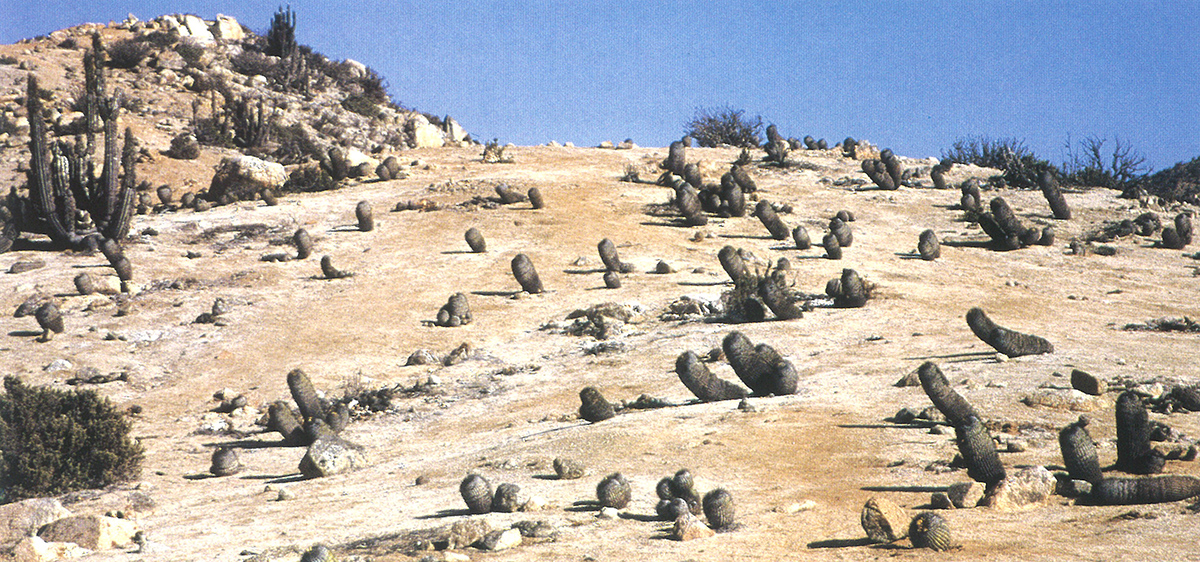
Source: Kaktusy (ISSN 086-4372).
***
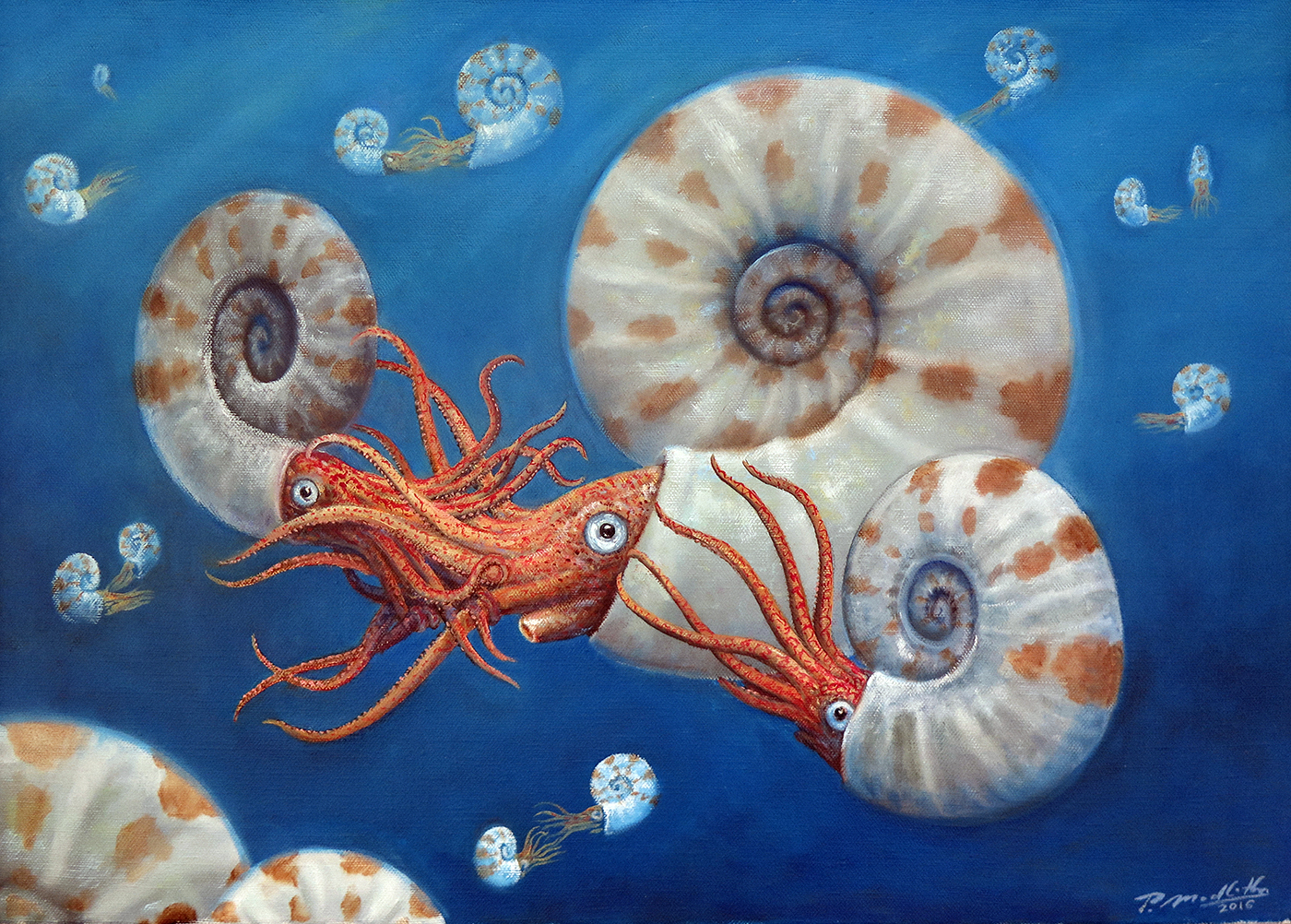
Ammonites 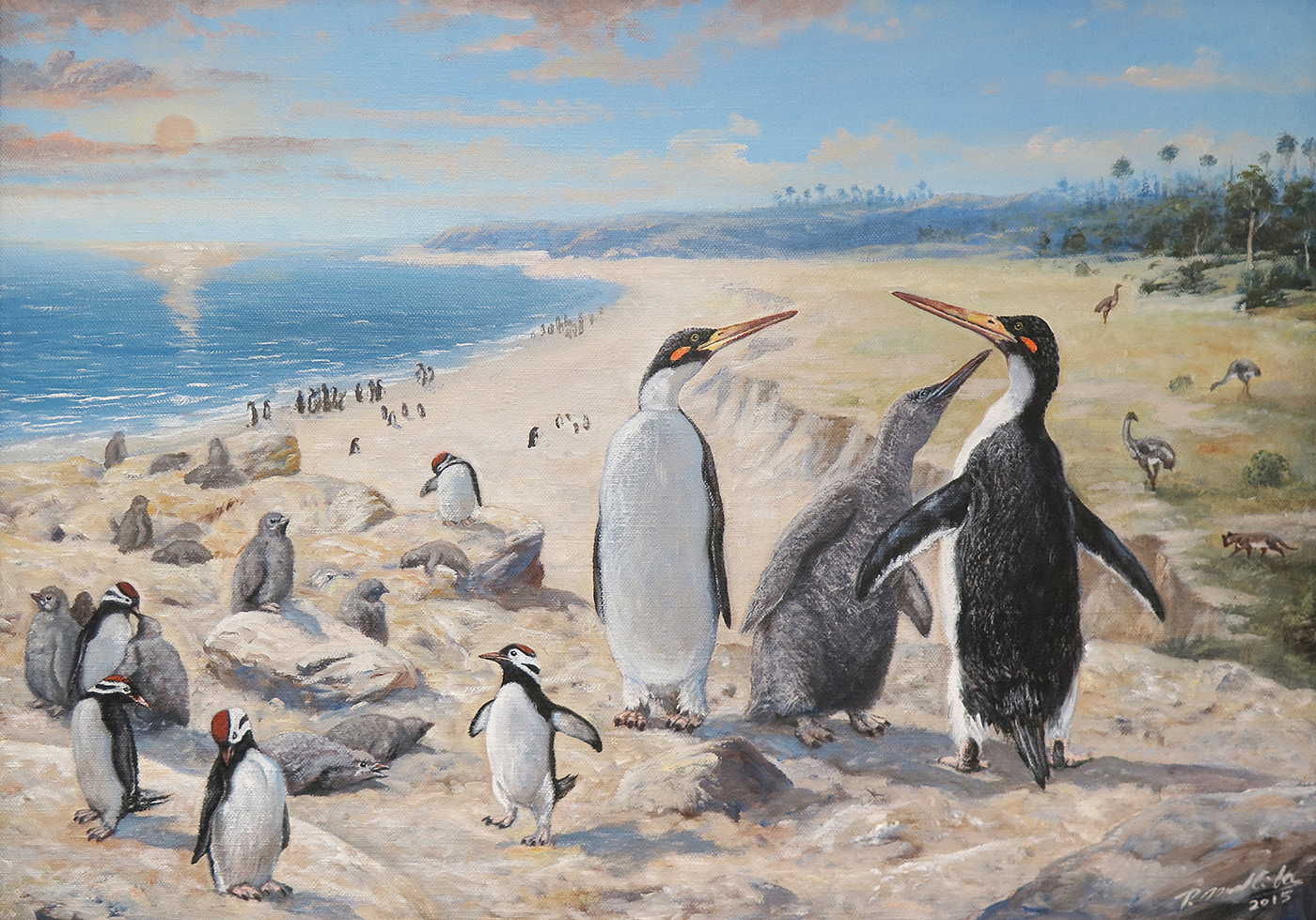
Anthropornis and Palaeeudyptes on prehistoric beach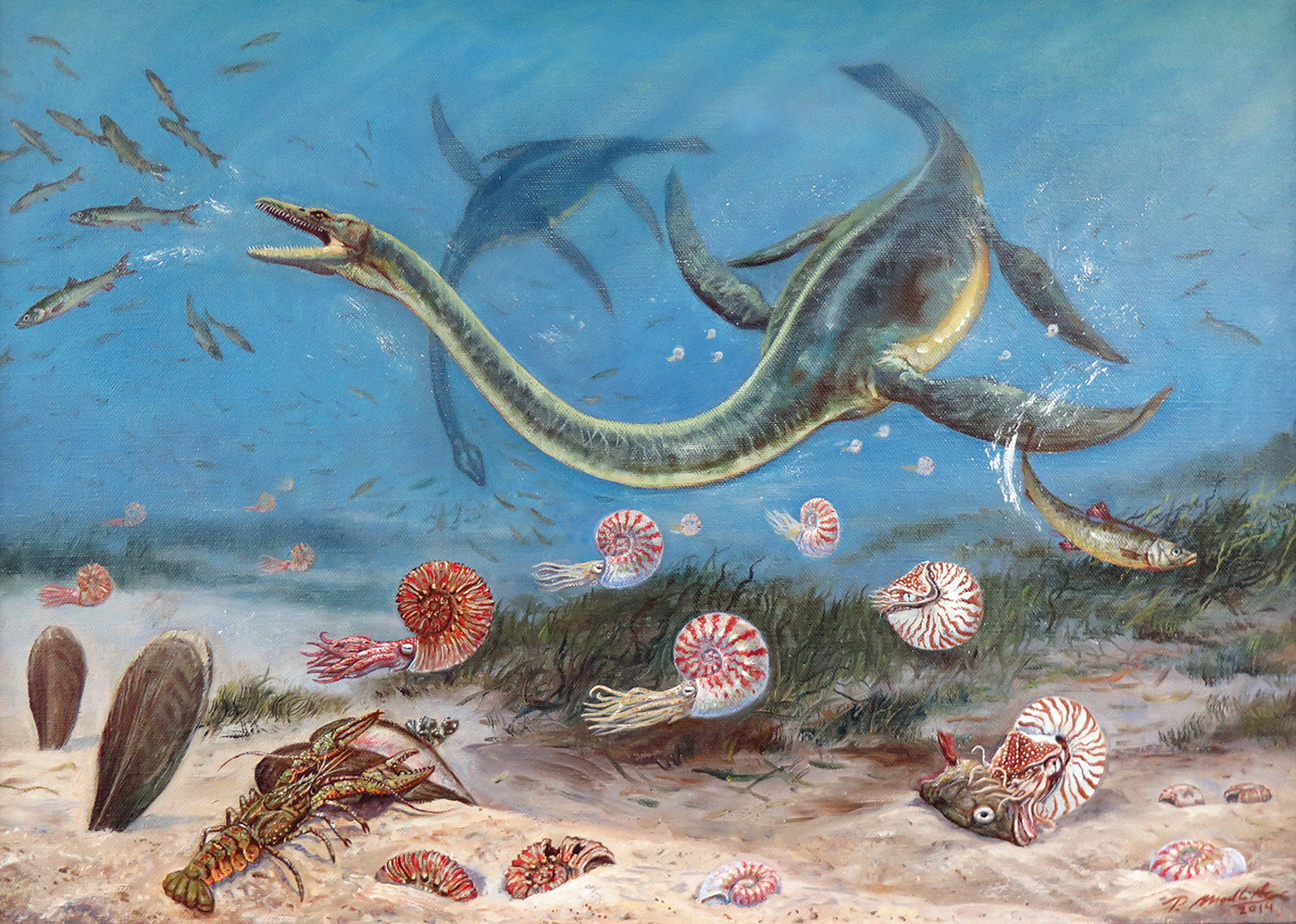
Elasmosaurs and the Cretaceous seafloor 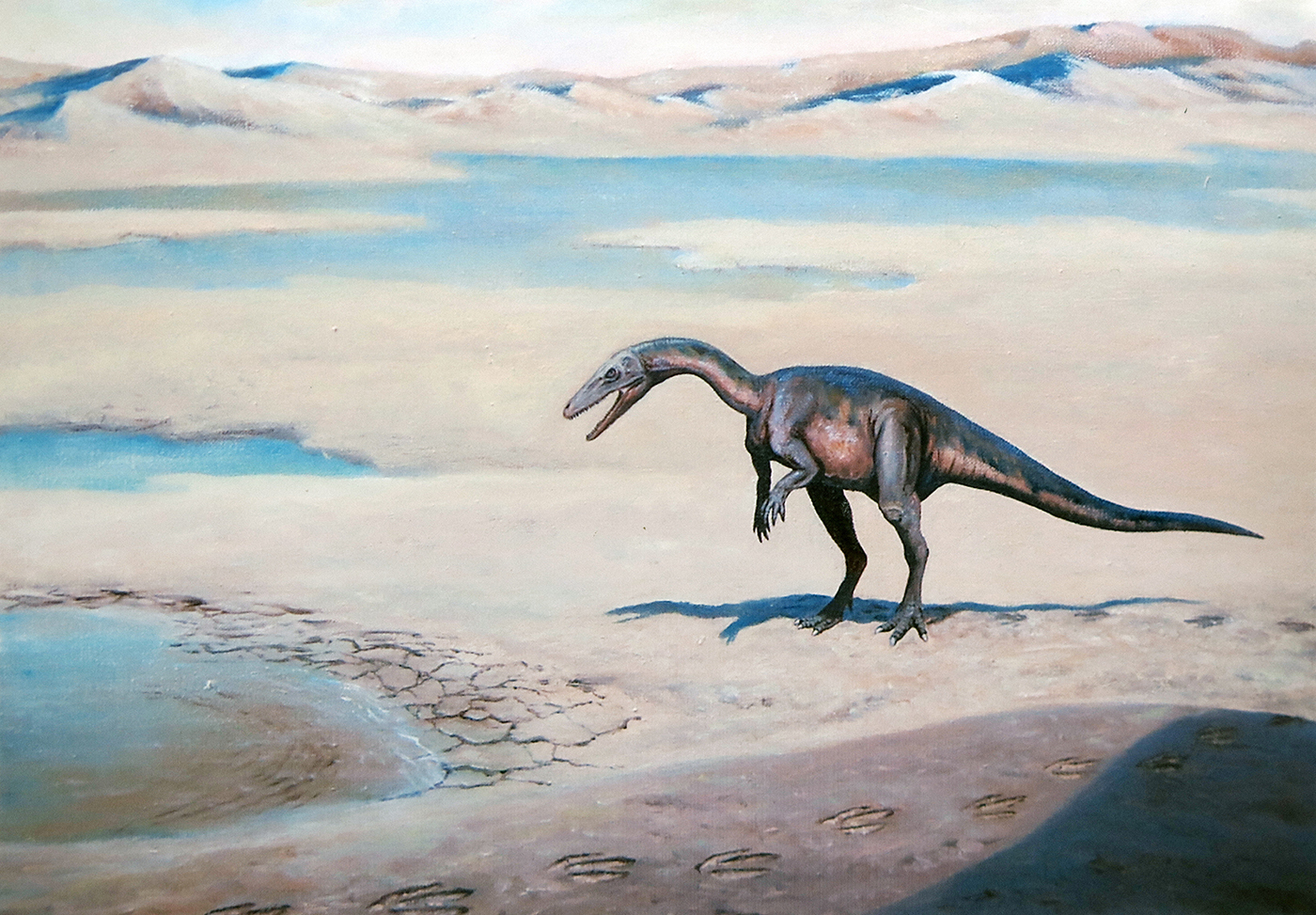
Eoraptor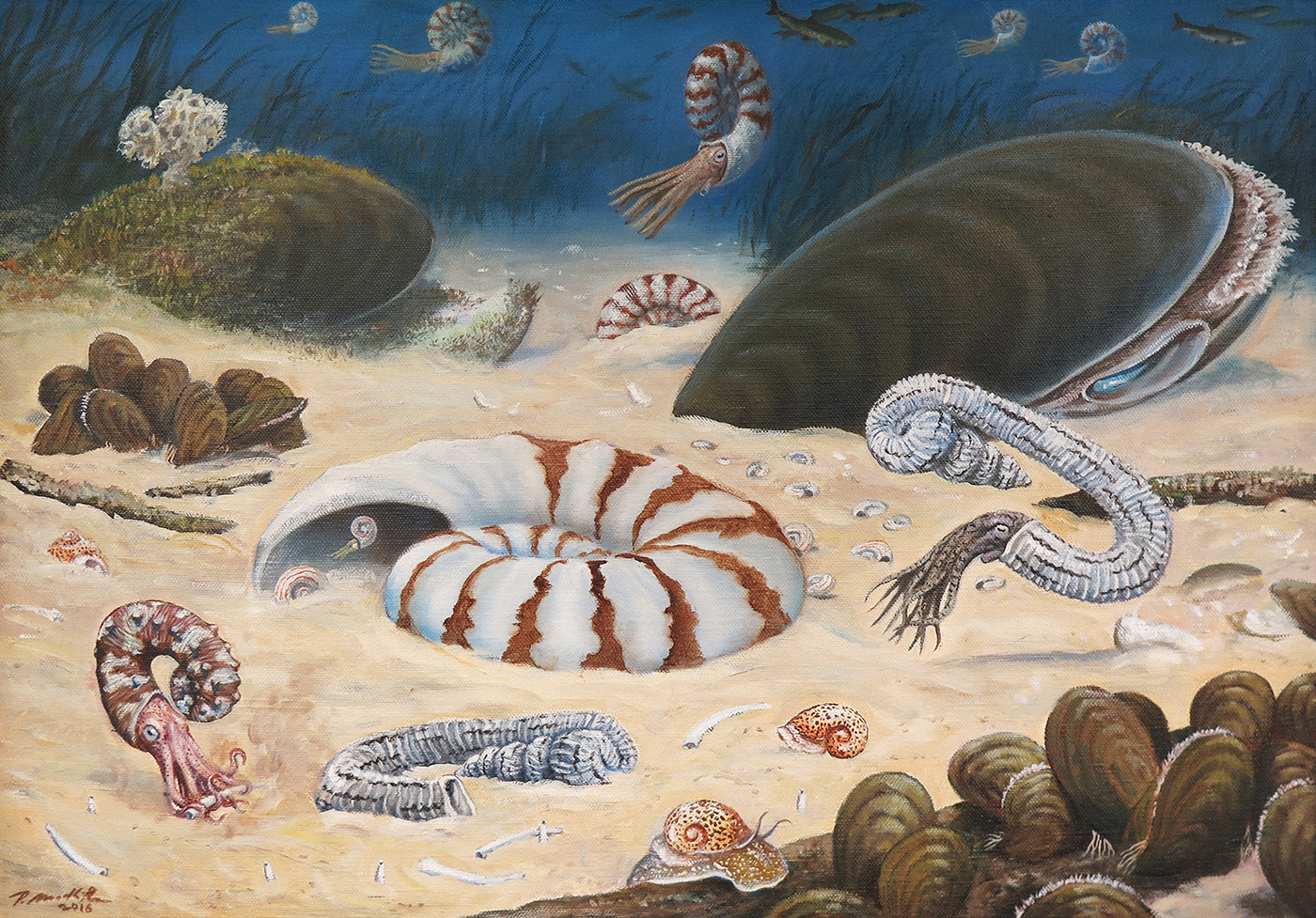
Prehistoric seafloor with heteromorph ammonites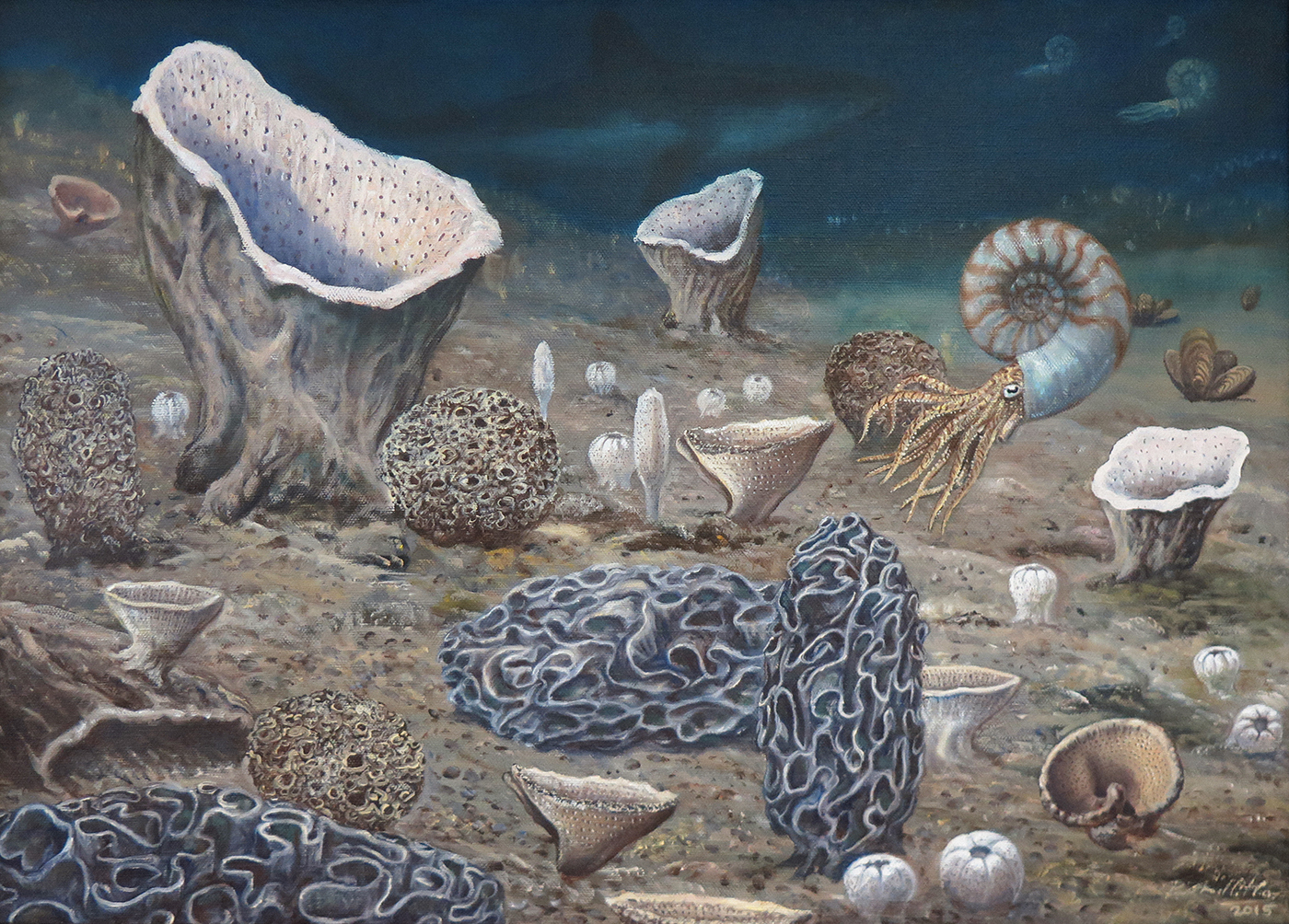
Prehistoric seafloor with sponges, ammonites and sharks
***
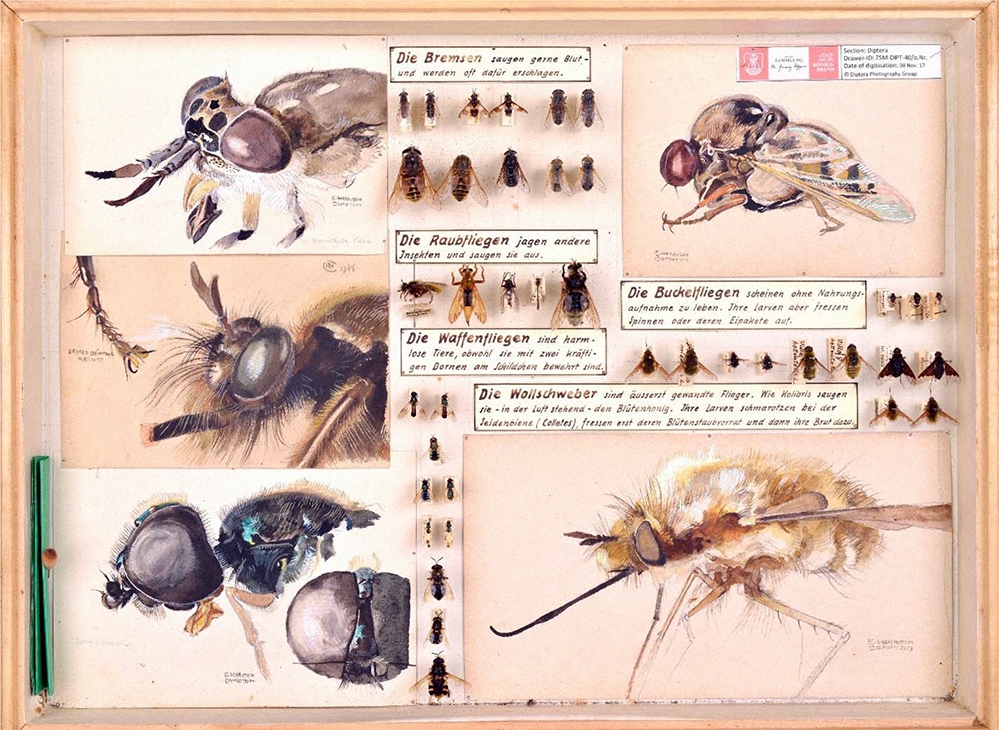
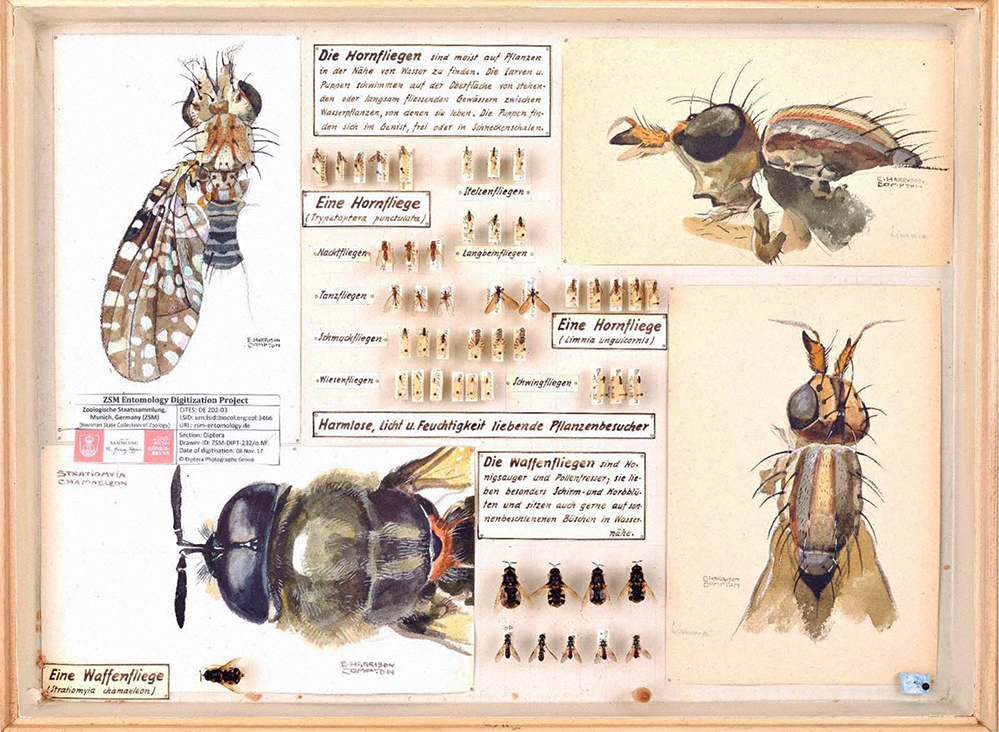
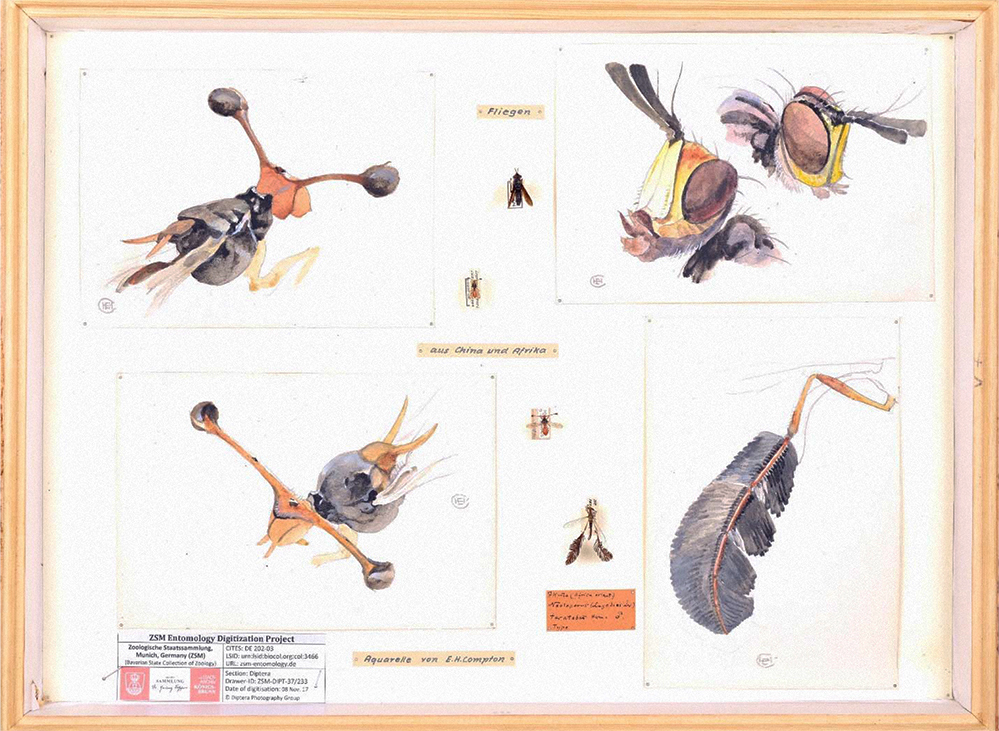
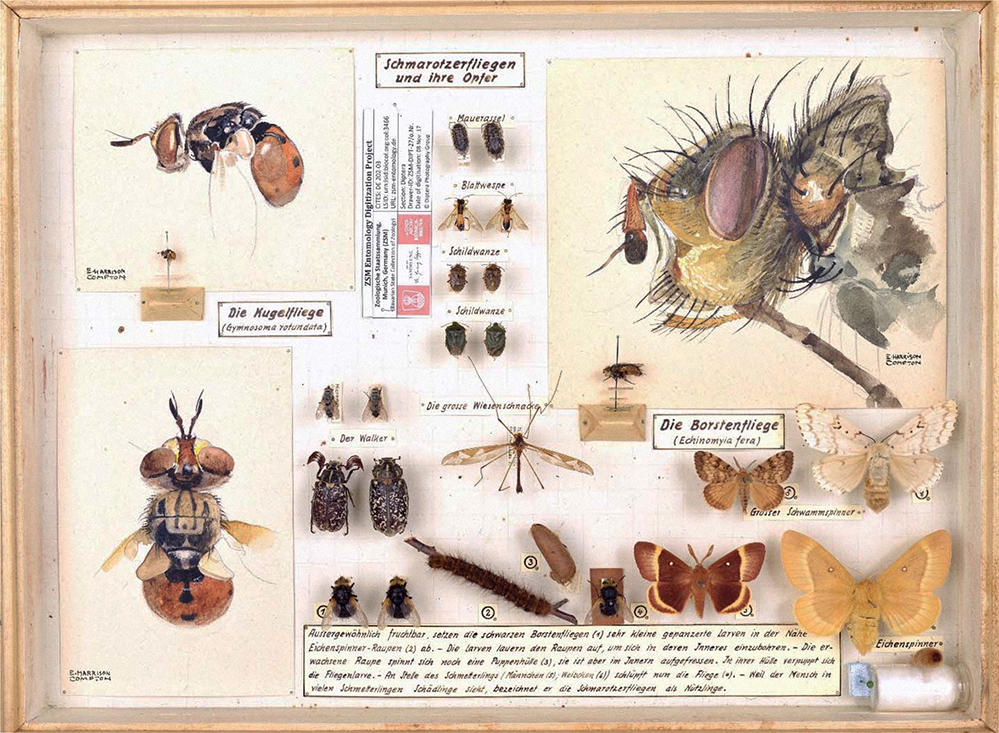
Source: Marion Kotrba, “Gems from the H. Fischer collection: Diptera watercolors by E. H. Compton and a syntype of Pegesimallus teratodes (Hermann, 1906) (Asilidae)”, Fly Times, Issue 61, October 2018, pp. 28-36.
***
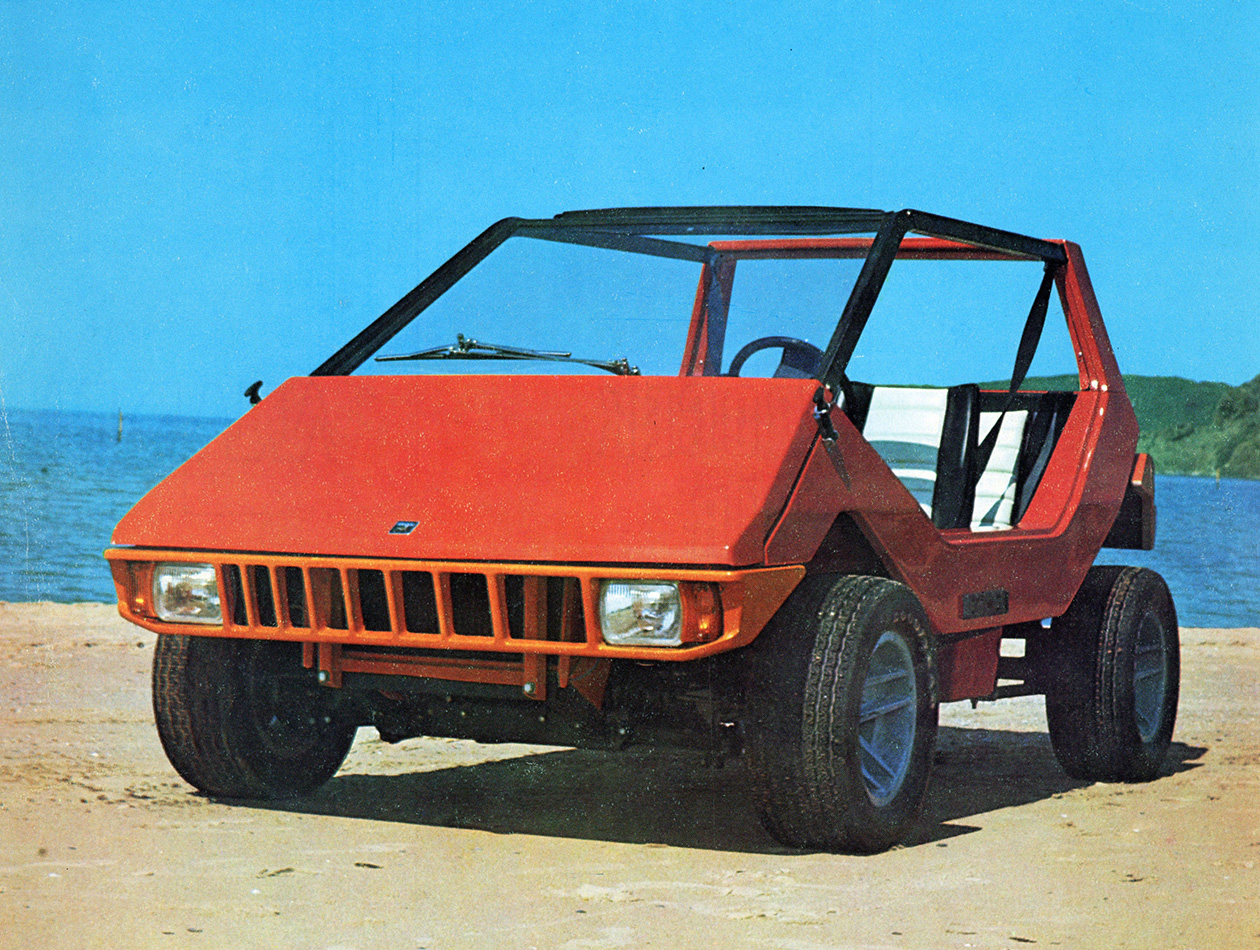
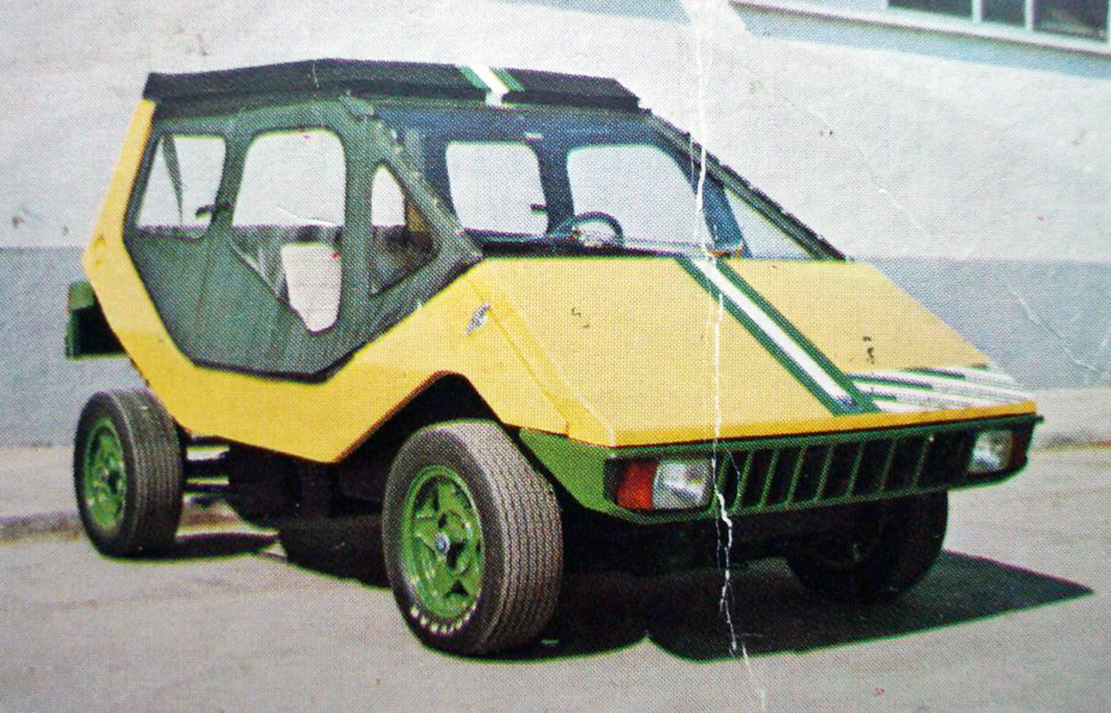
Turkey’s indigenous (but with an American Ford engine) Anadol Böcek (Insect), was designed by Jan Nahum of the Ford-Otosan corporation in 1975. The car was produced between 1975 and 1977, in a very limited production run of 200-or-so vehicles.
***
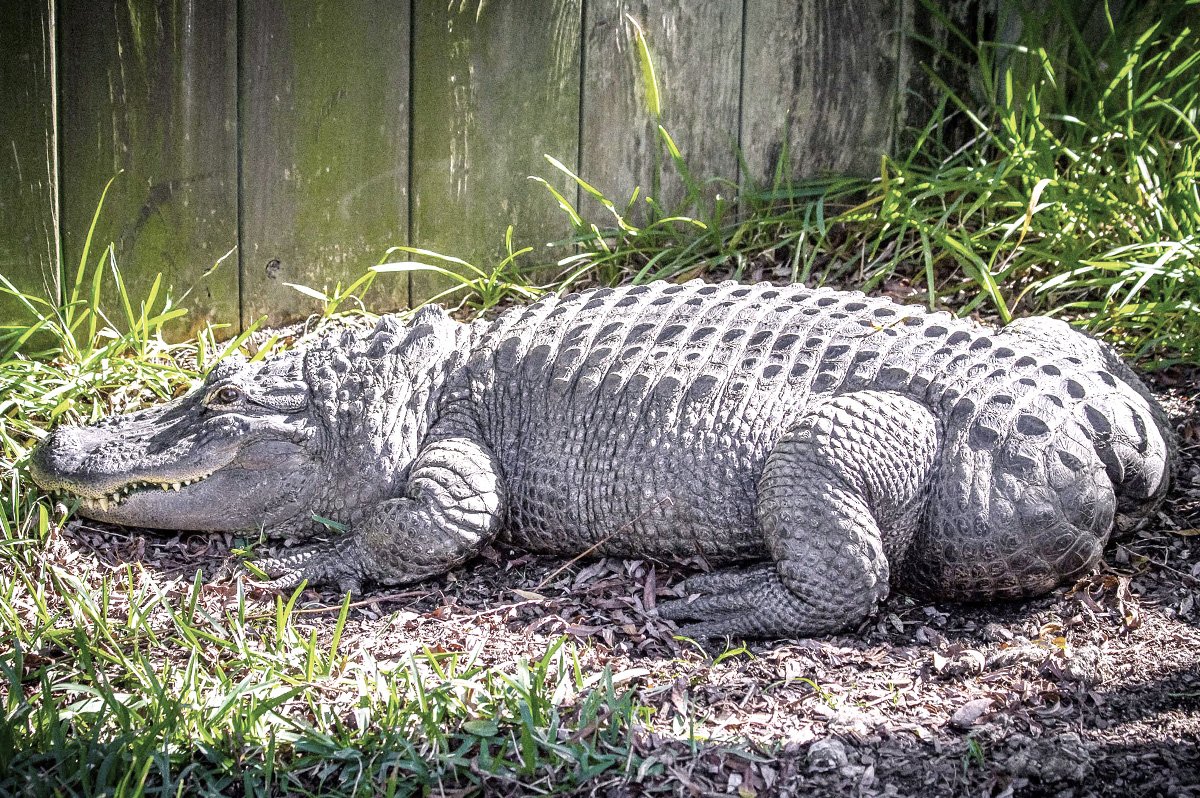
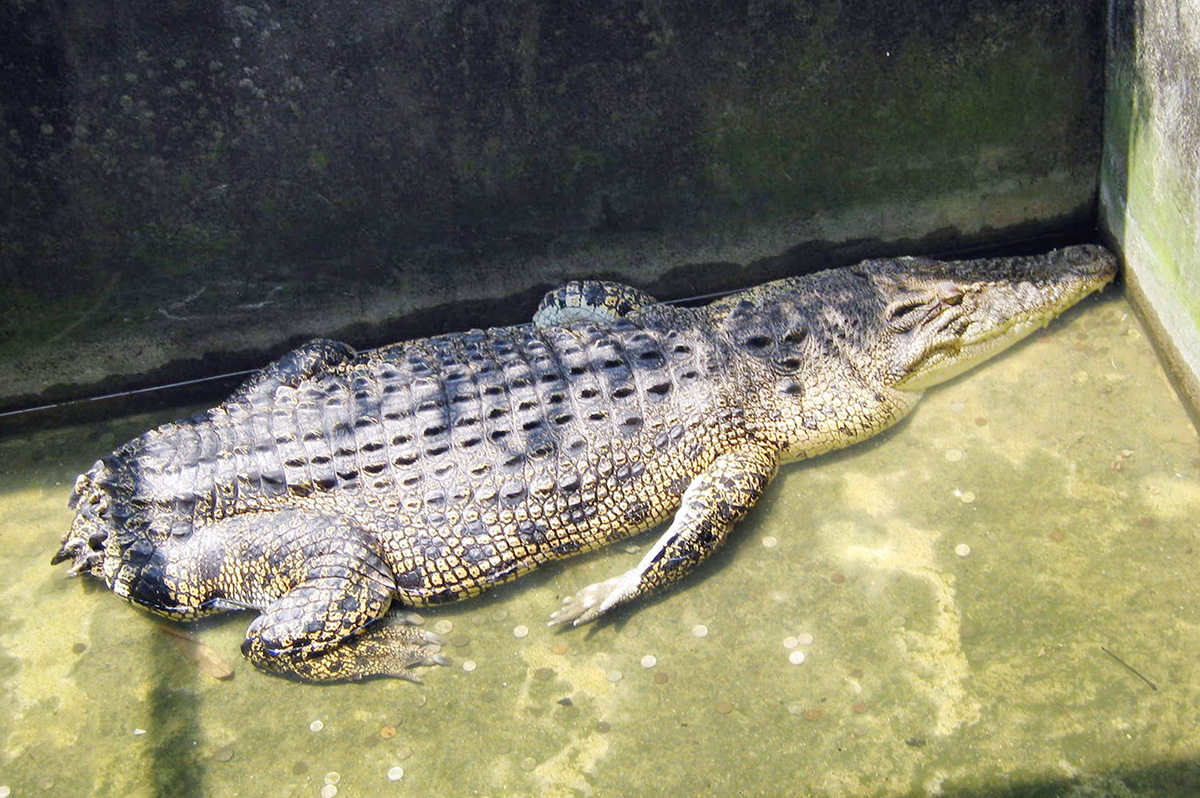
A certain mutation halts the development of the tail in crocodylians. Above, Crocodylus porosus; top, Alligator mississippiensis.
***
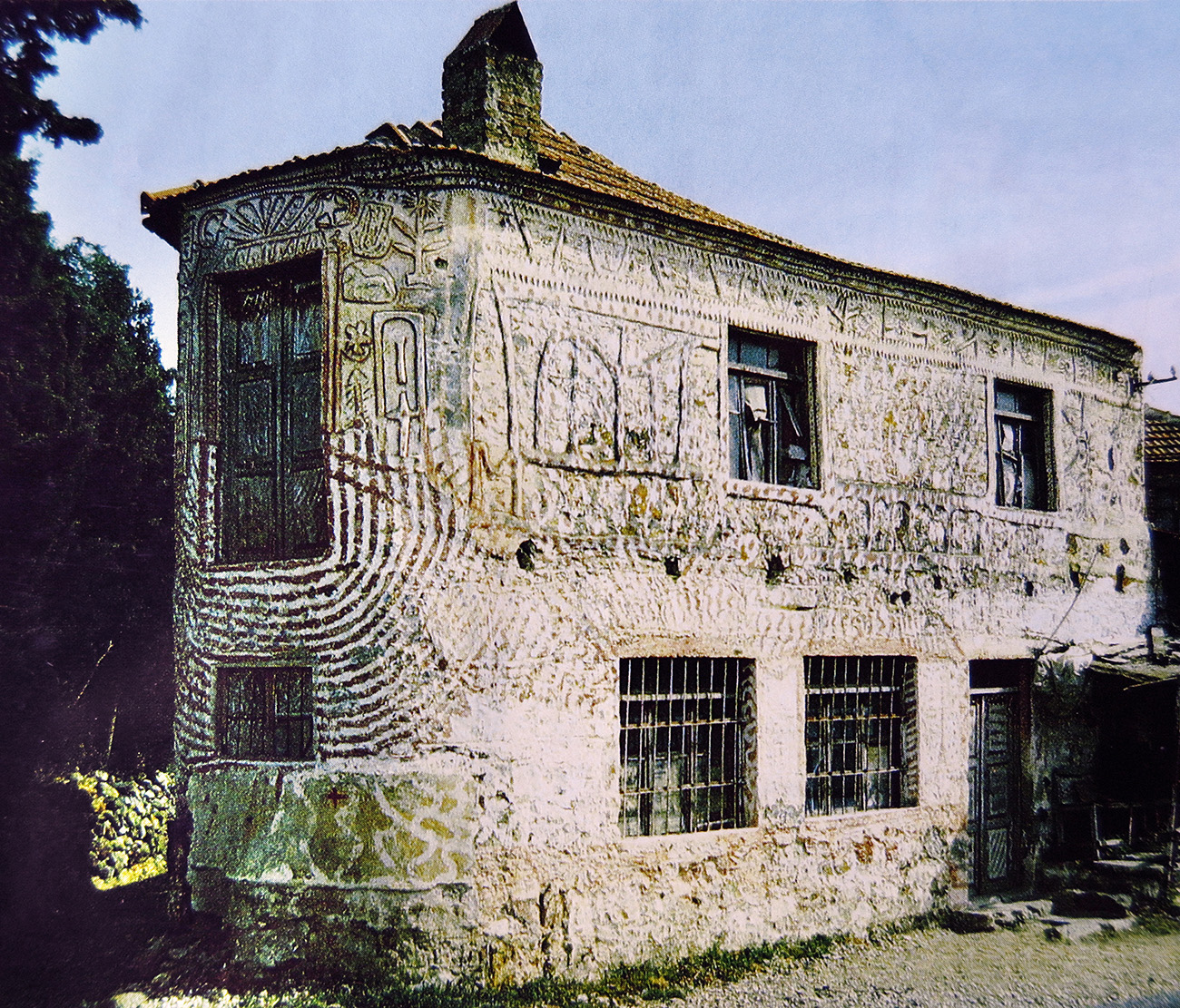
The supremely eccentric house built by Kamil Gök of Dereköy village, Bodrum, Turkey. Kamil Gök built this house, and also ran a store on its bottom floor for several years. In old age, Kamil Gök had discovered the artistic side of his personality, and built numerous fountains, small monuments and busts. He liked forming structures with simple materials, alternating between painted surfaces and sculpted reliefs in their decoration. These works were located mostly in Kamil Gök’s immediate neighbourhood. Unfortunately, his son had this building demolished while Kamil Gök was still alive. Today, a “modern” house stands in its place instead.
Source: Tuncer Ertem, Bodrum Ev Stili ve Kültürü, Celsius, Istanbul, 2000. Photograph by Ahmet İğdirligil.
***
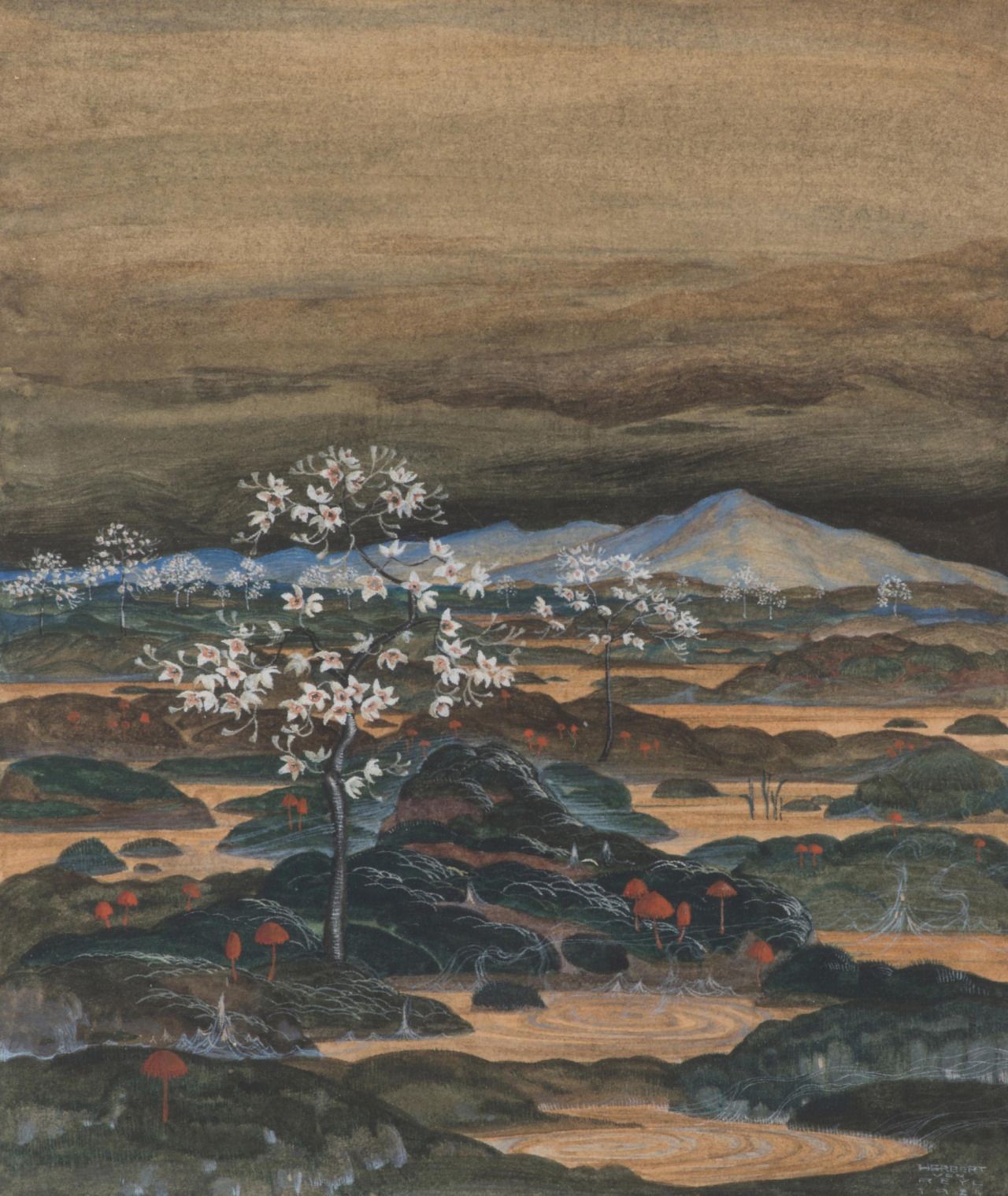
Artist: Herbert von Heyl-Hanisch, 1924.
***
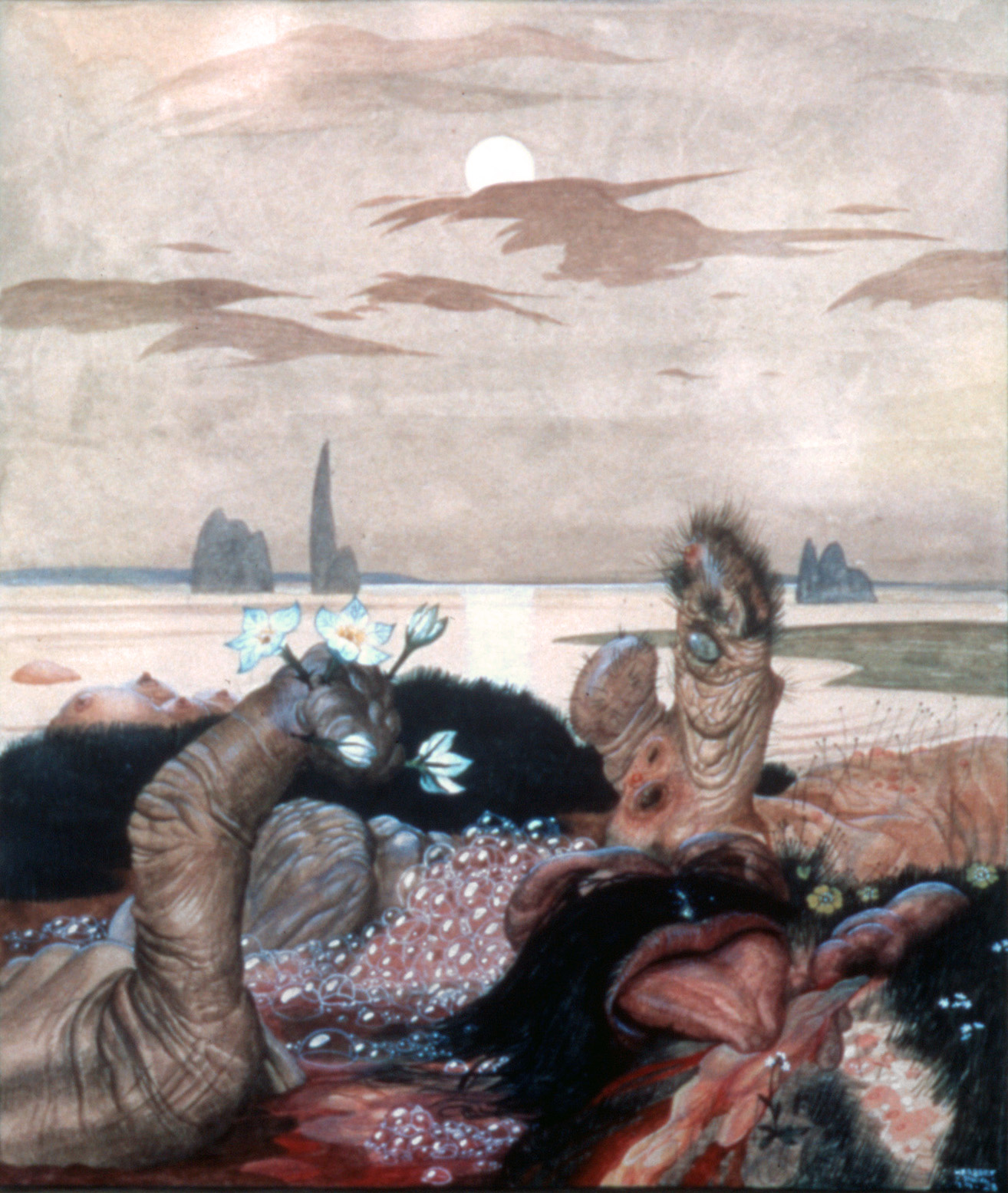
Artist: Herbert von Heyl-Hanisch, 1928.
***
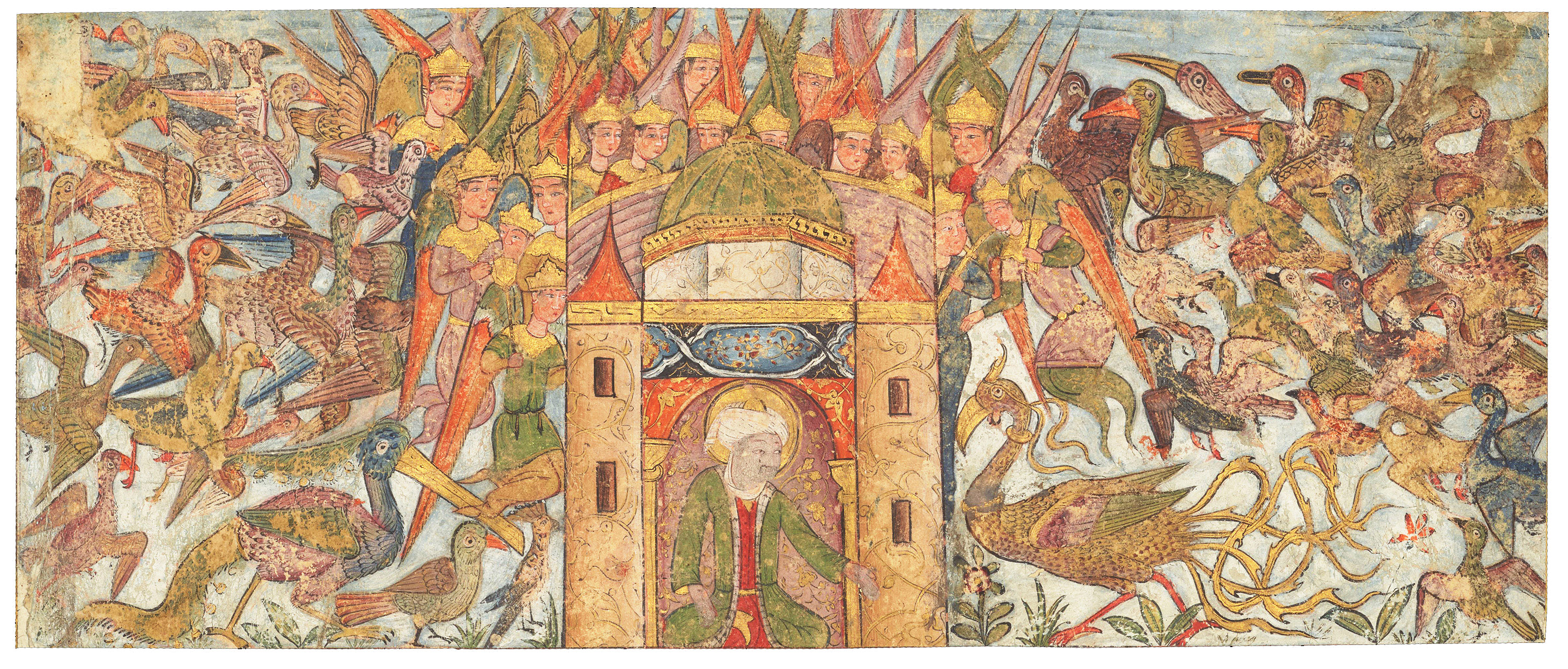

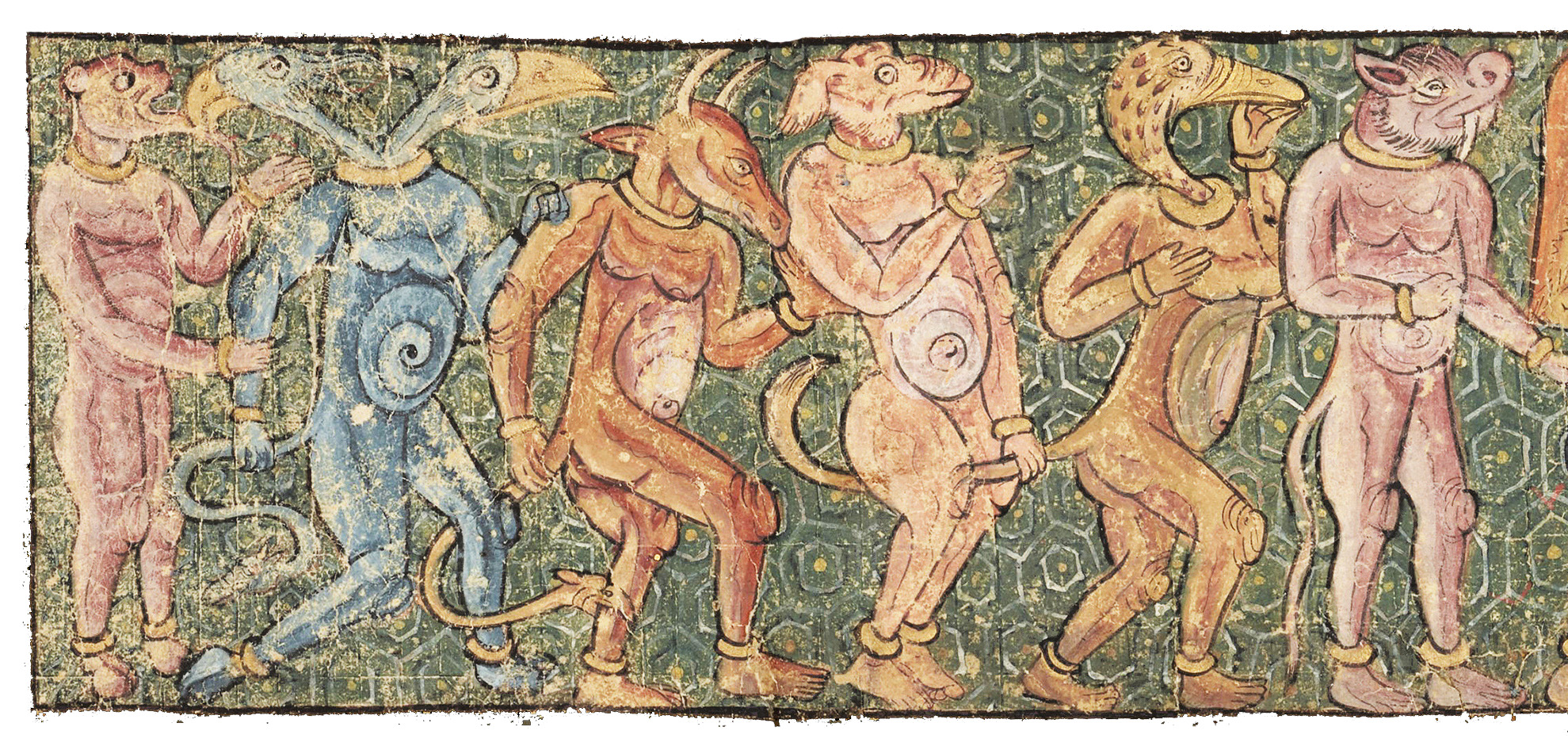
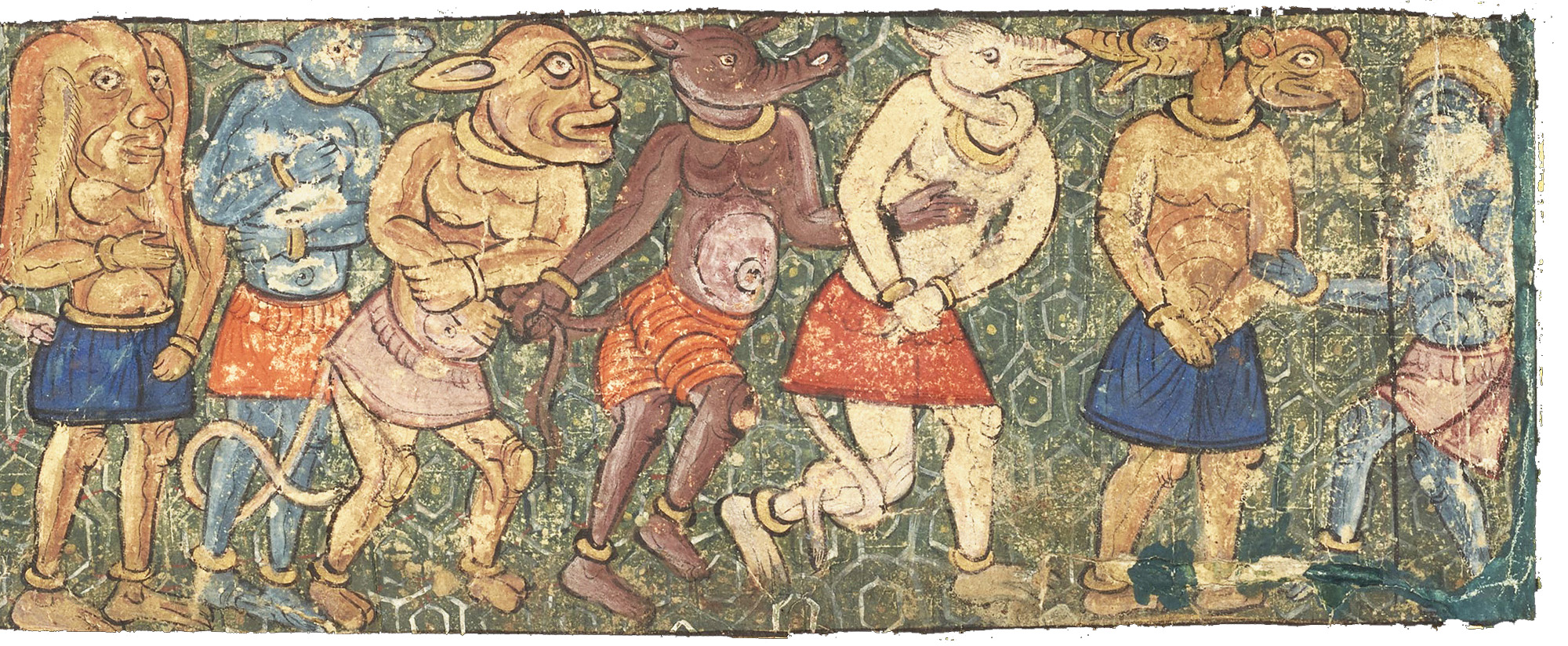
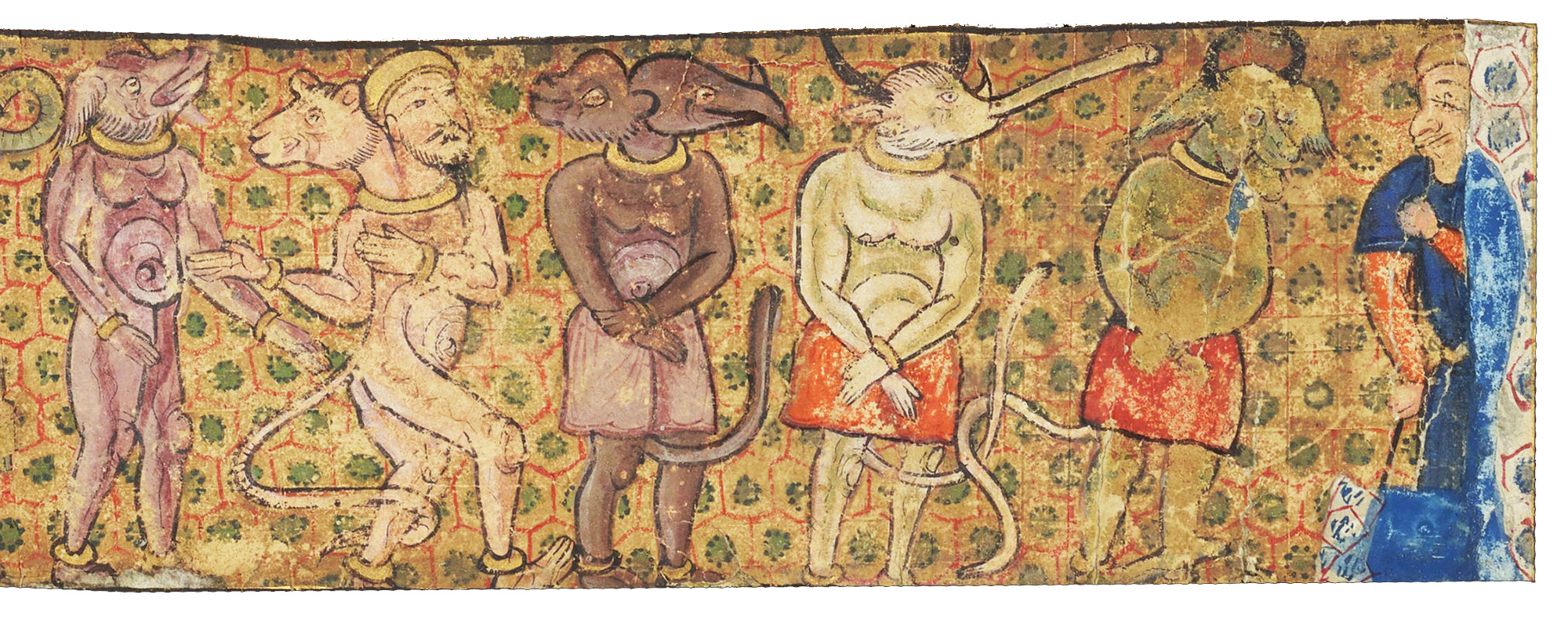
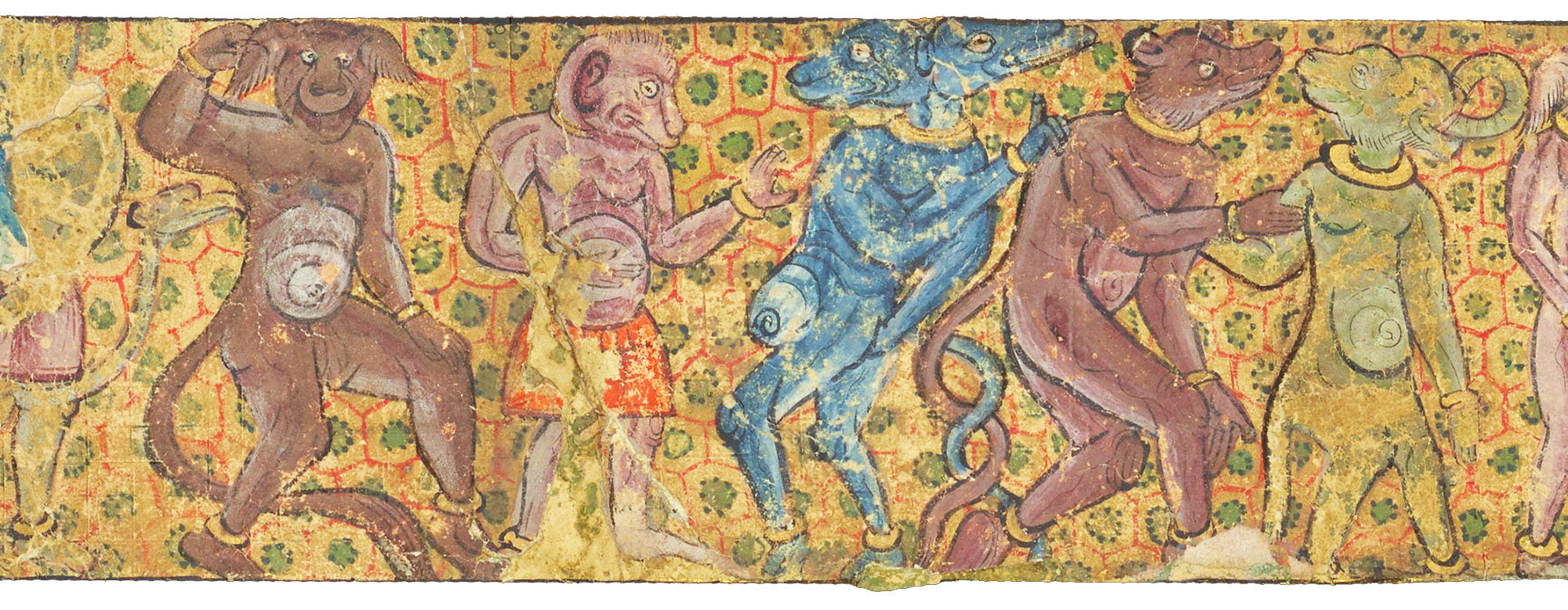
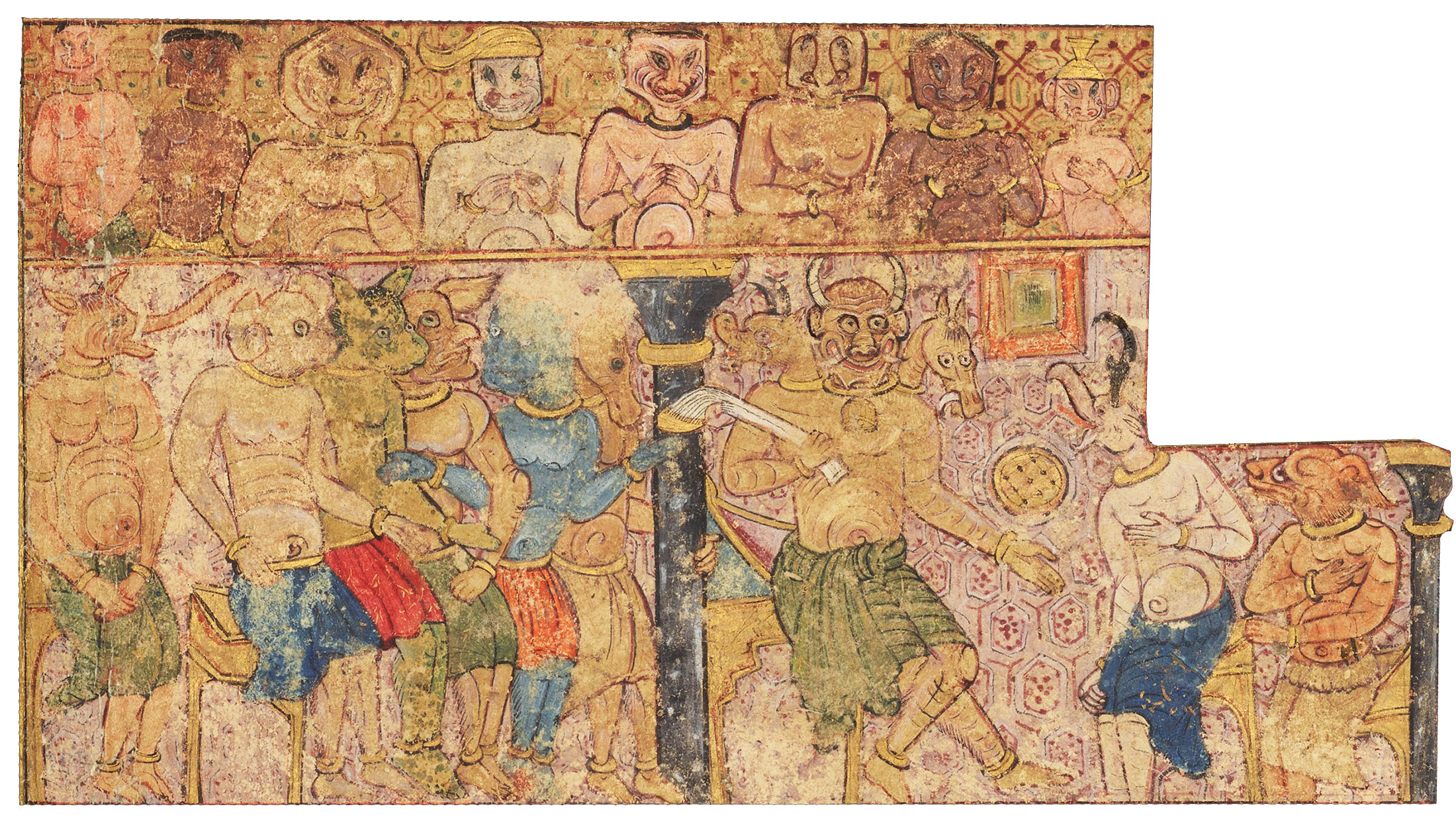
A fantastic diversity of birds, angels and demonic forms from a 15th-century Ottoman book chronicling the life of King Solomon.
Source: Book of Solomon (Suleymannama) by Firdausi of Bursa, Chester Beatty Digital Collections.
***
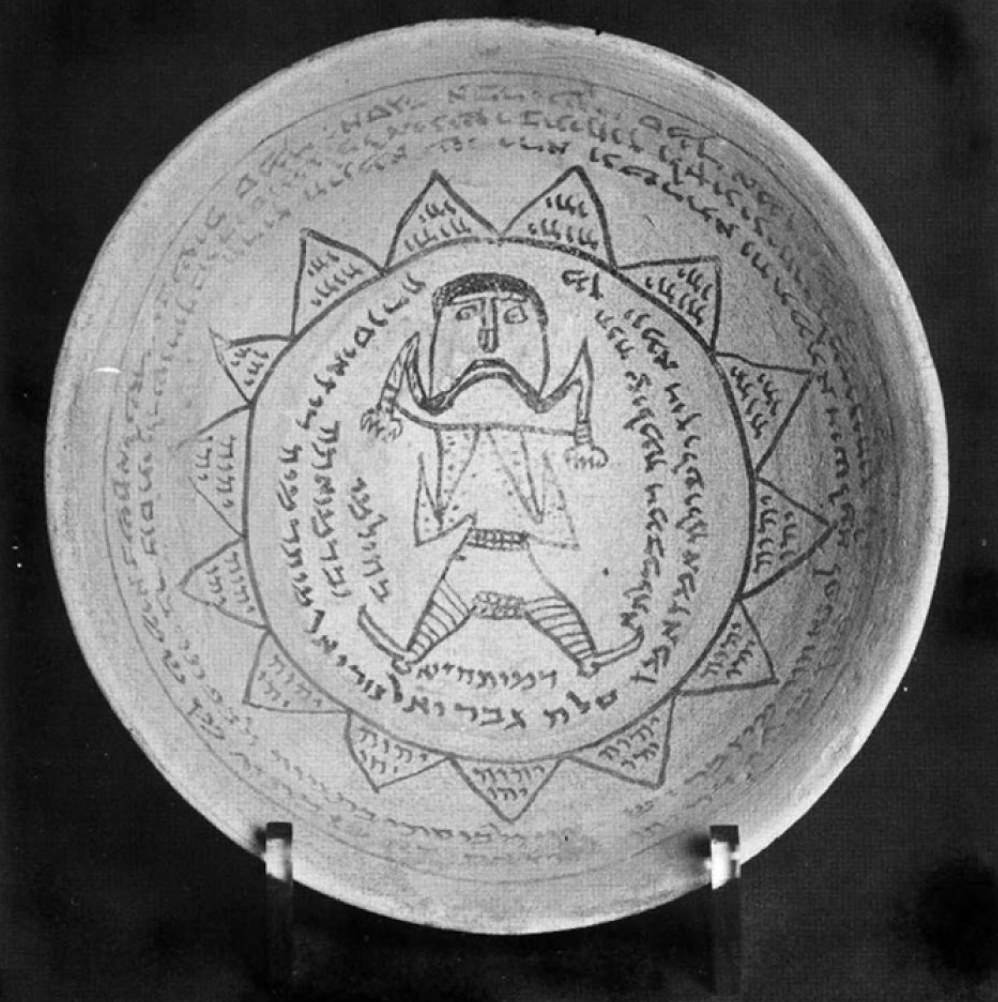
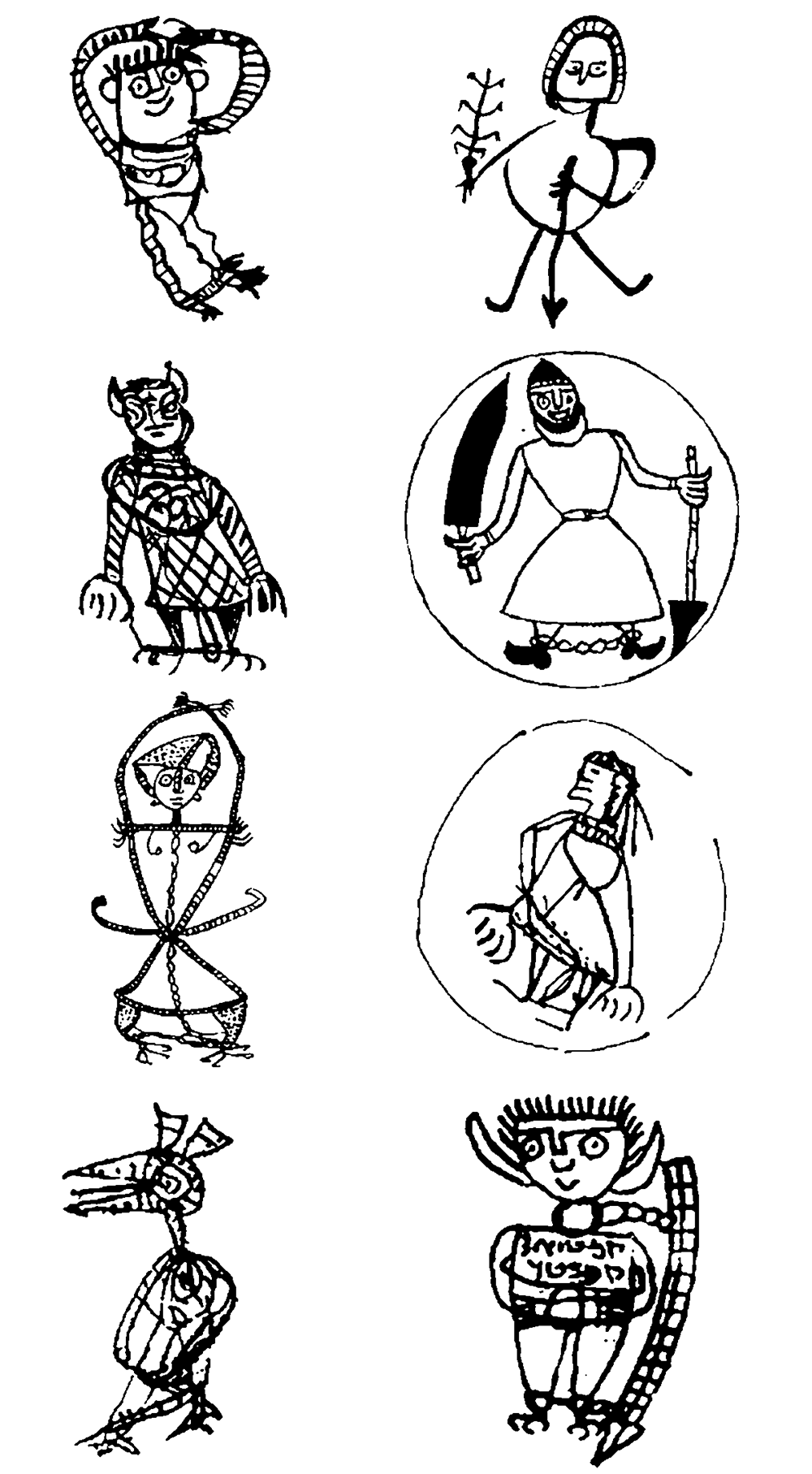
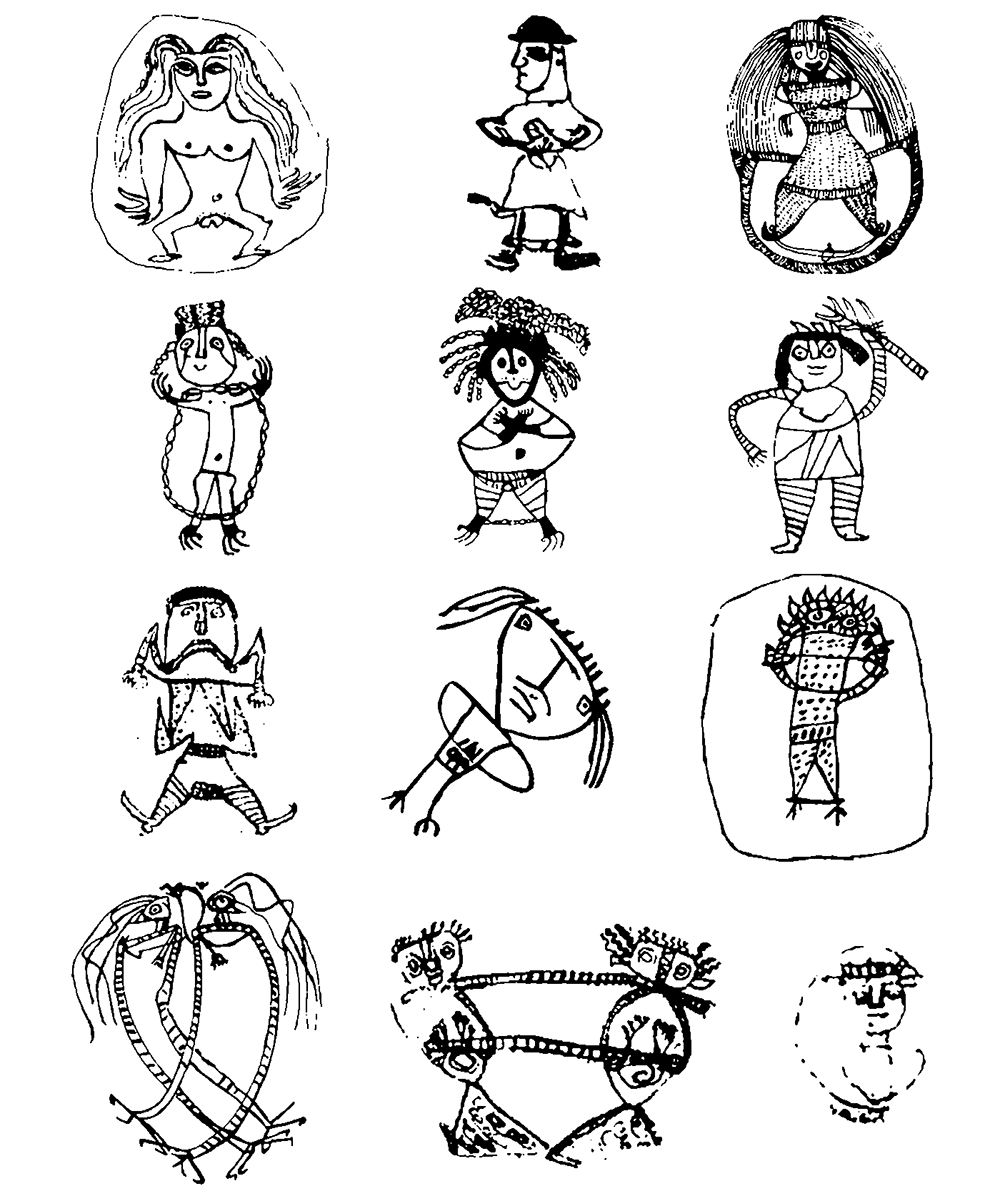
A selection of inscribed figures from Middle-Eastern incantation bowls, ritual objects from the Late Antiquity. These bowls were believed to trap evil spirits when buried as part of special rituals. Jews, Christians, Mandaeans, Manichaeans, Zoroastrians and Early Moslems all used them.
Source: Naama Vilozny, Lilith’s Hair and Ashmedai’s Horns: Incantation Bowl Imagery in the Light of Talmudic Descriptions, 2015.
***
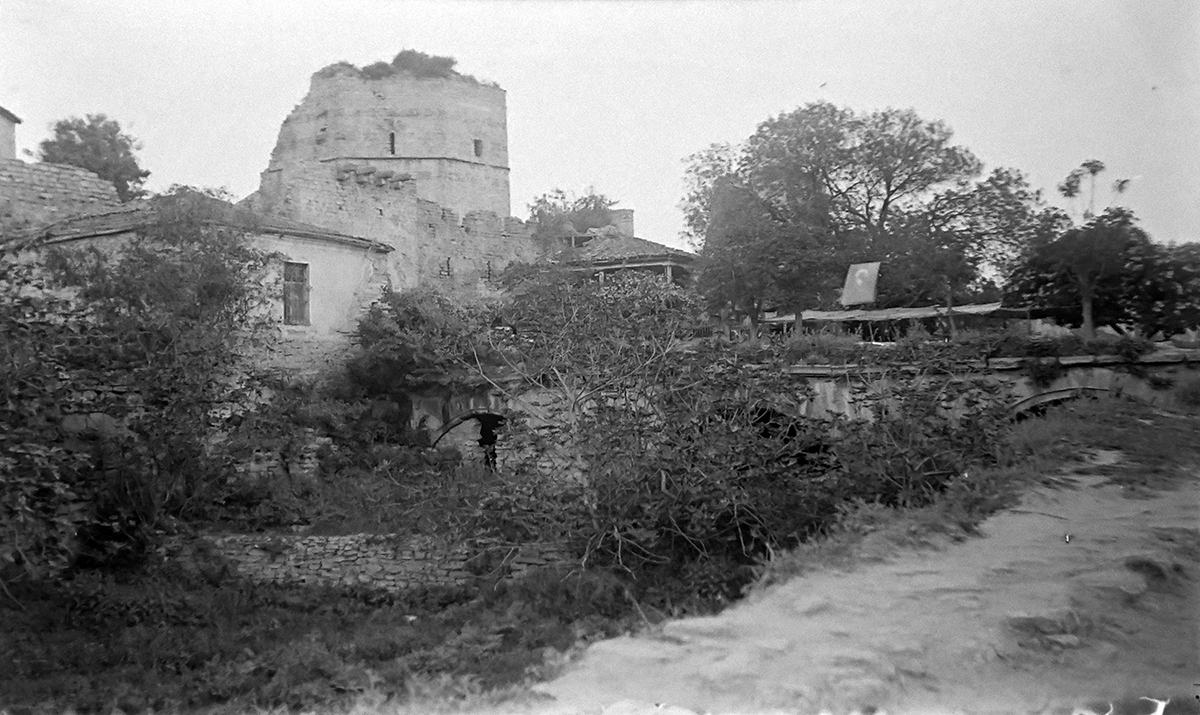
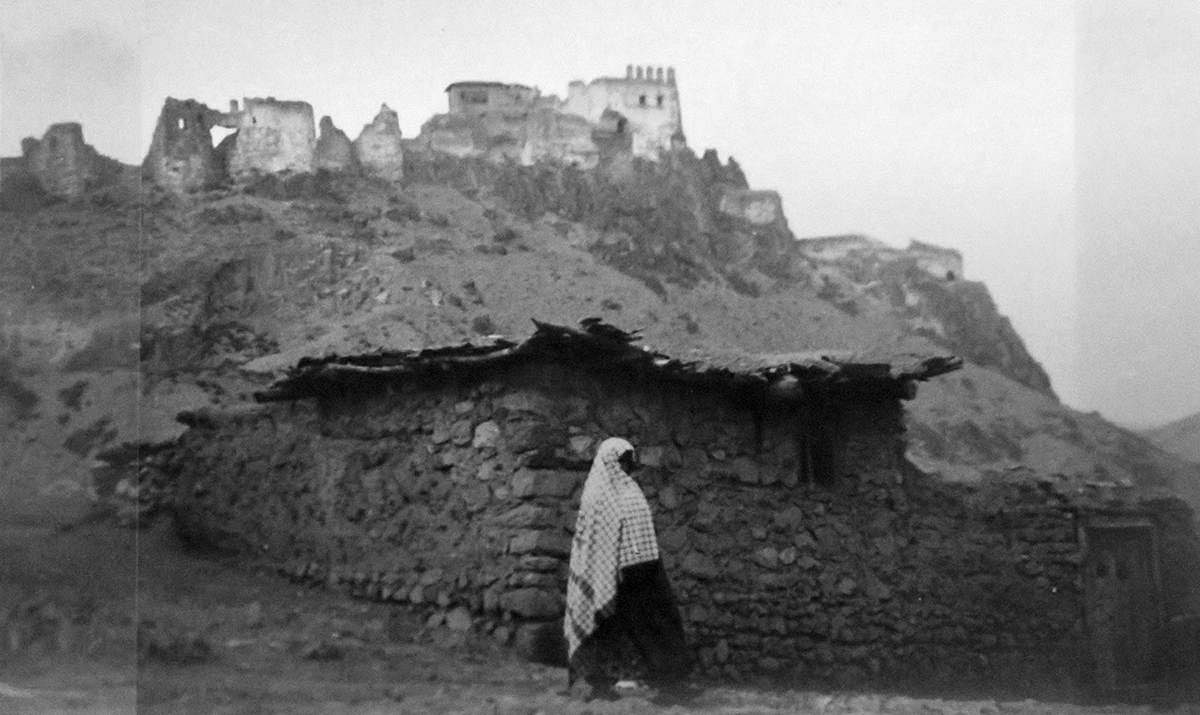
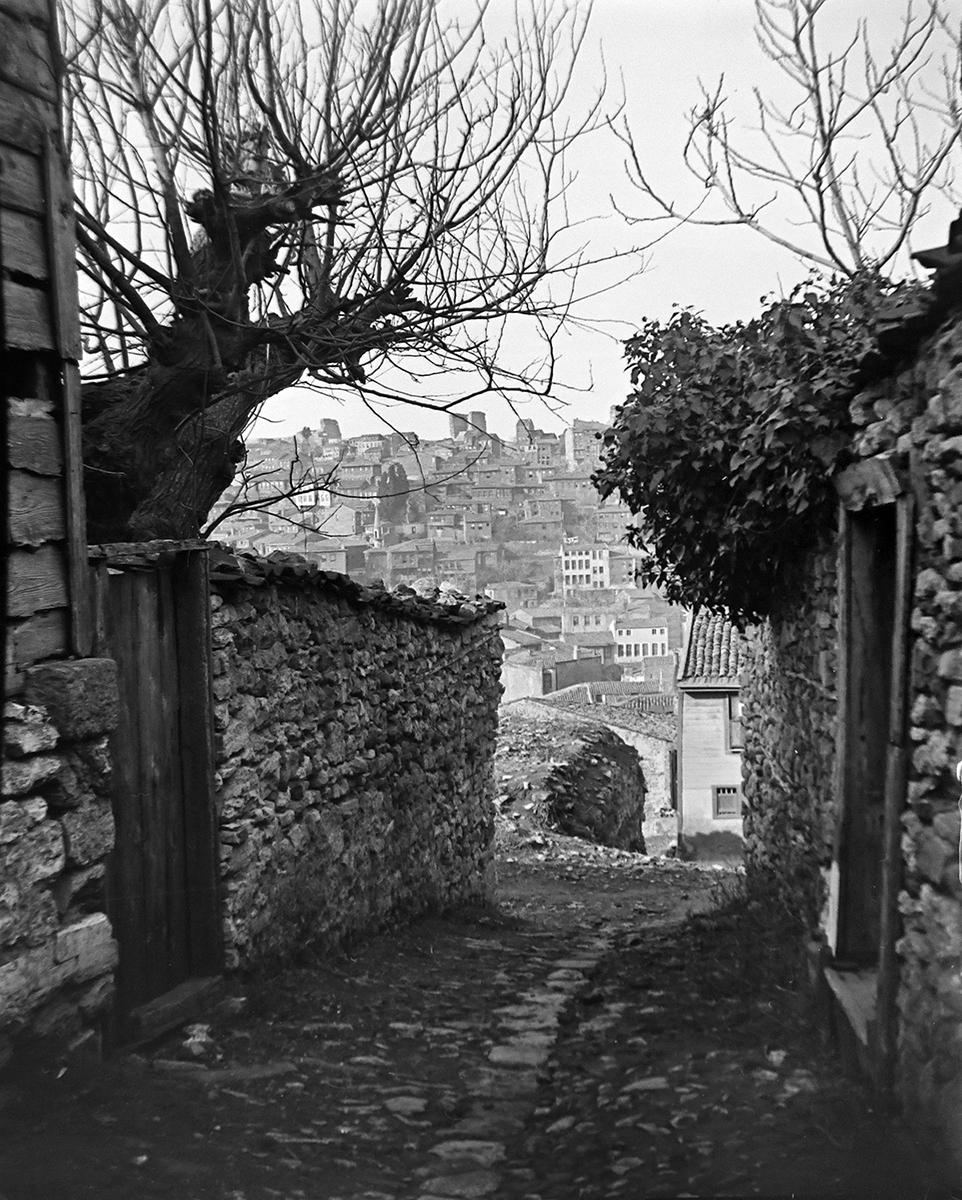
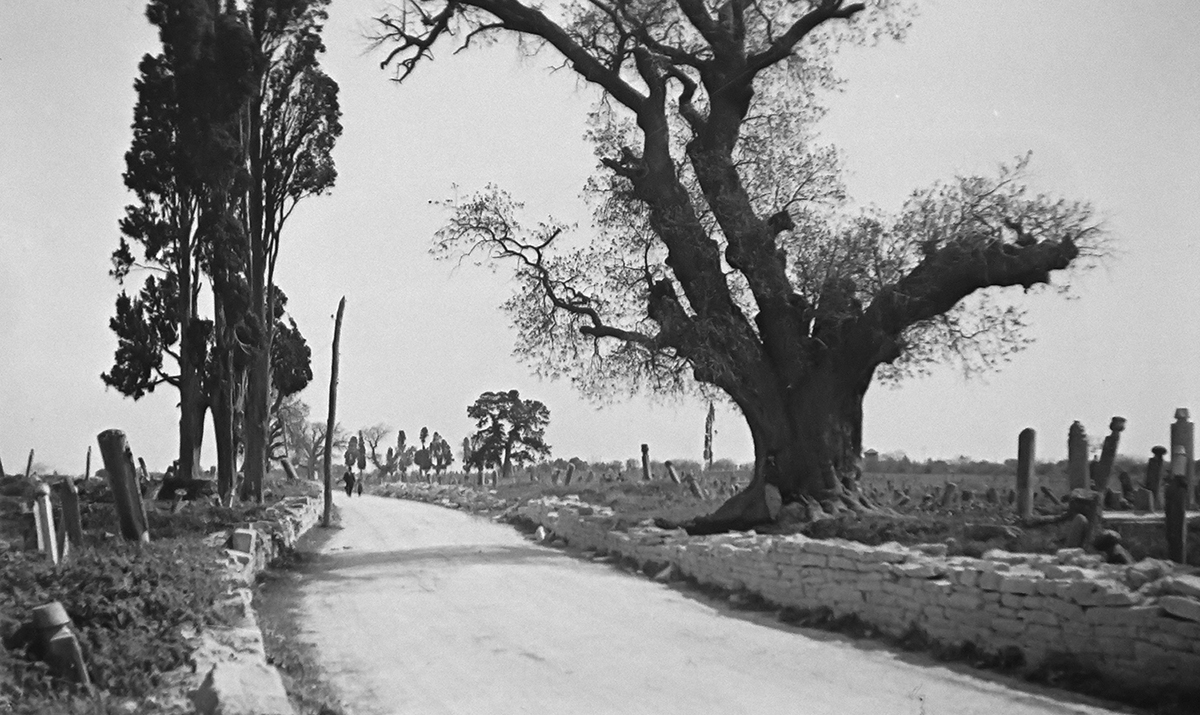
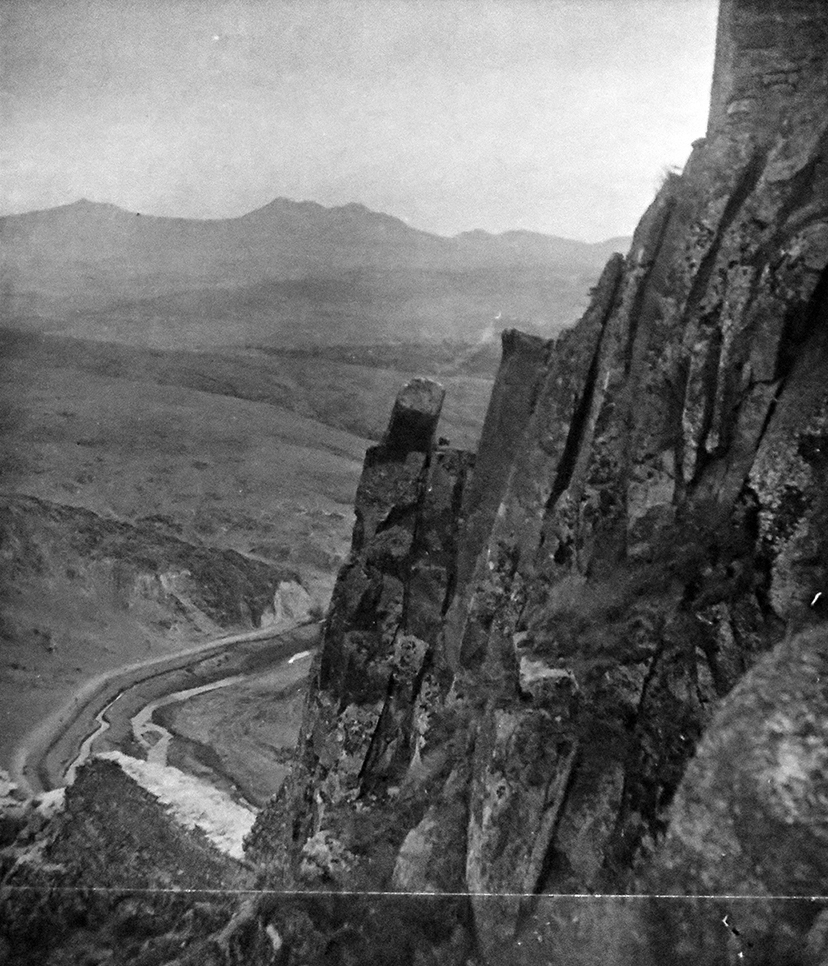
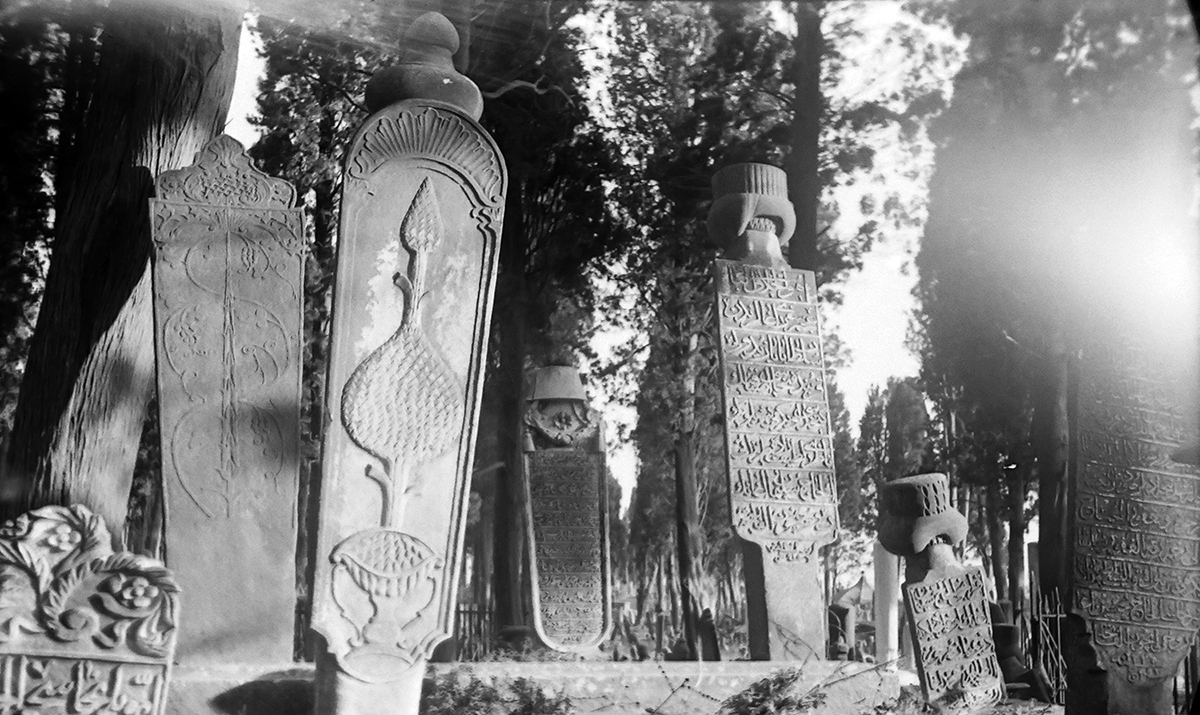
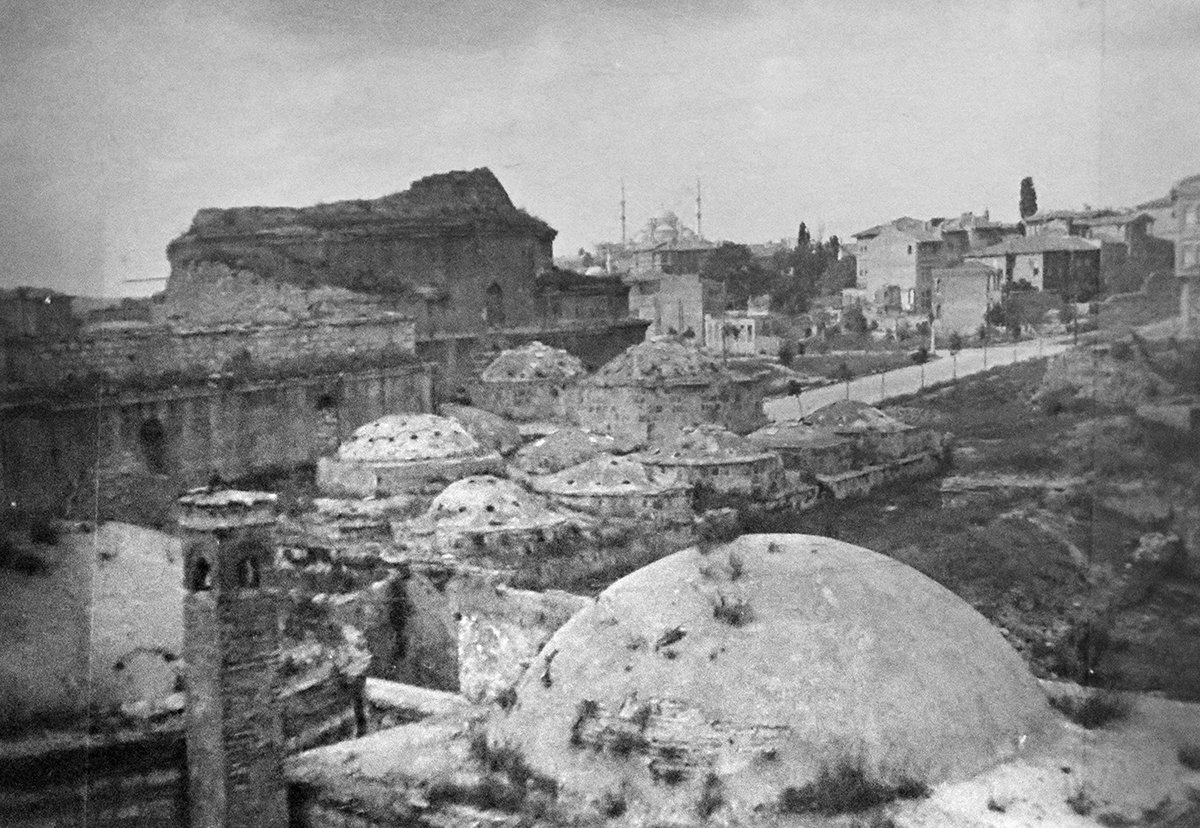
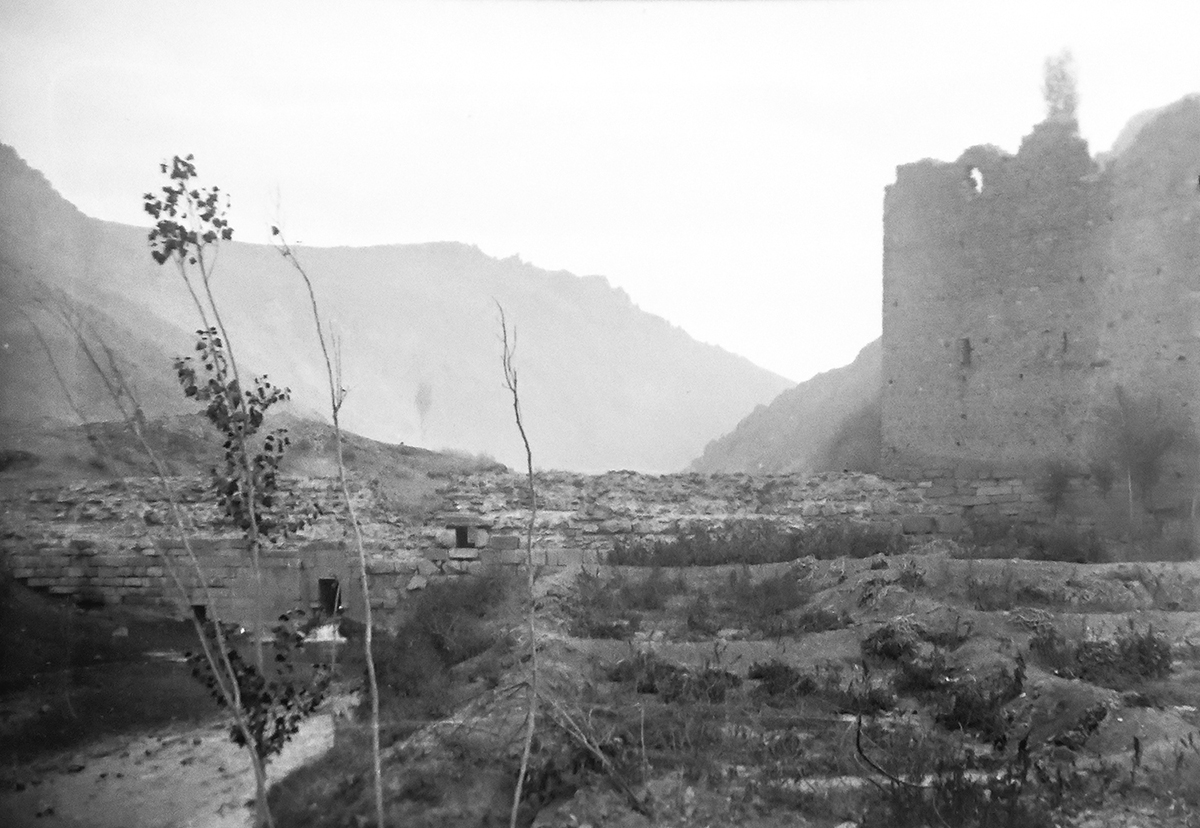
Artist: Hüseyin Avni Lifij (1886-1927).
***
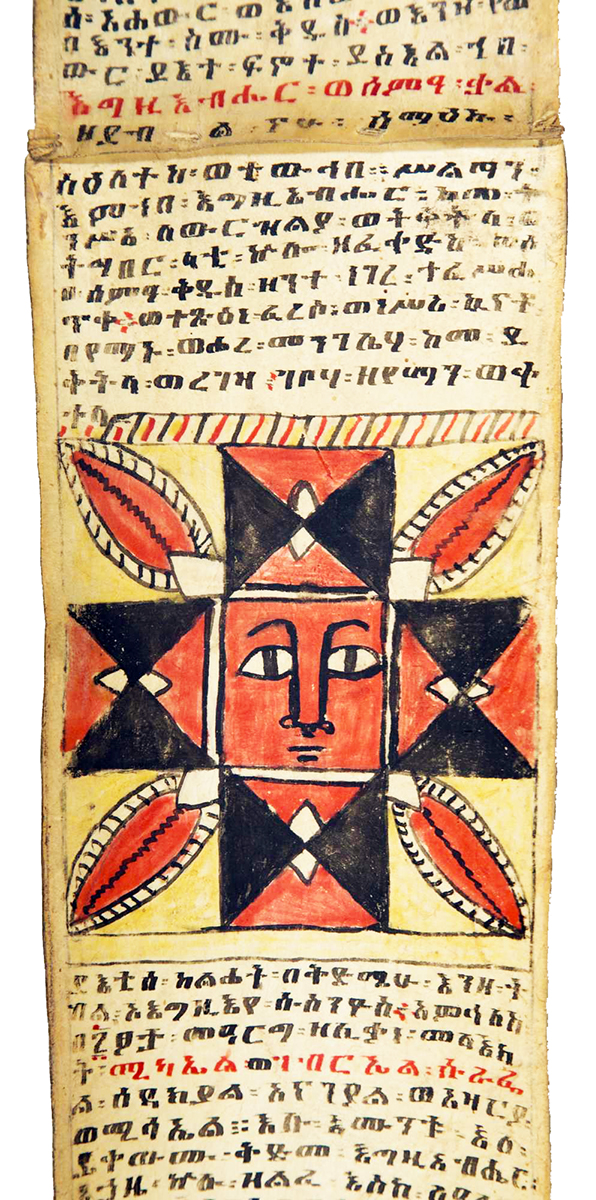
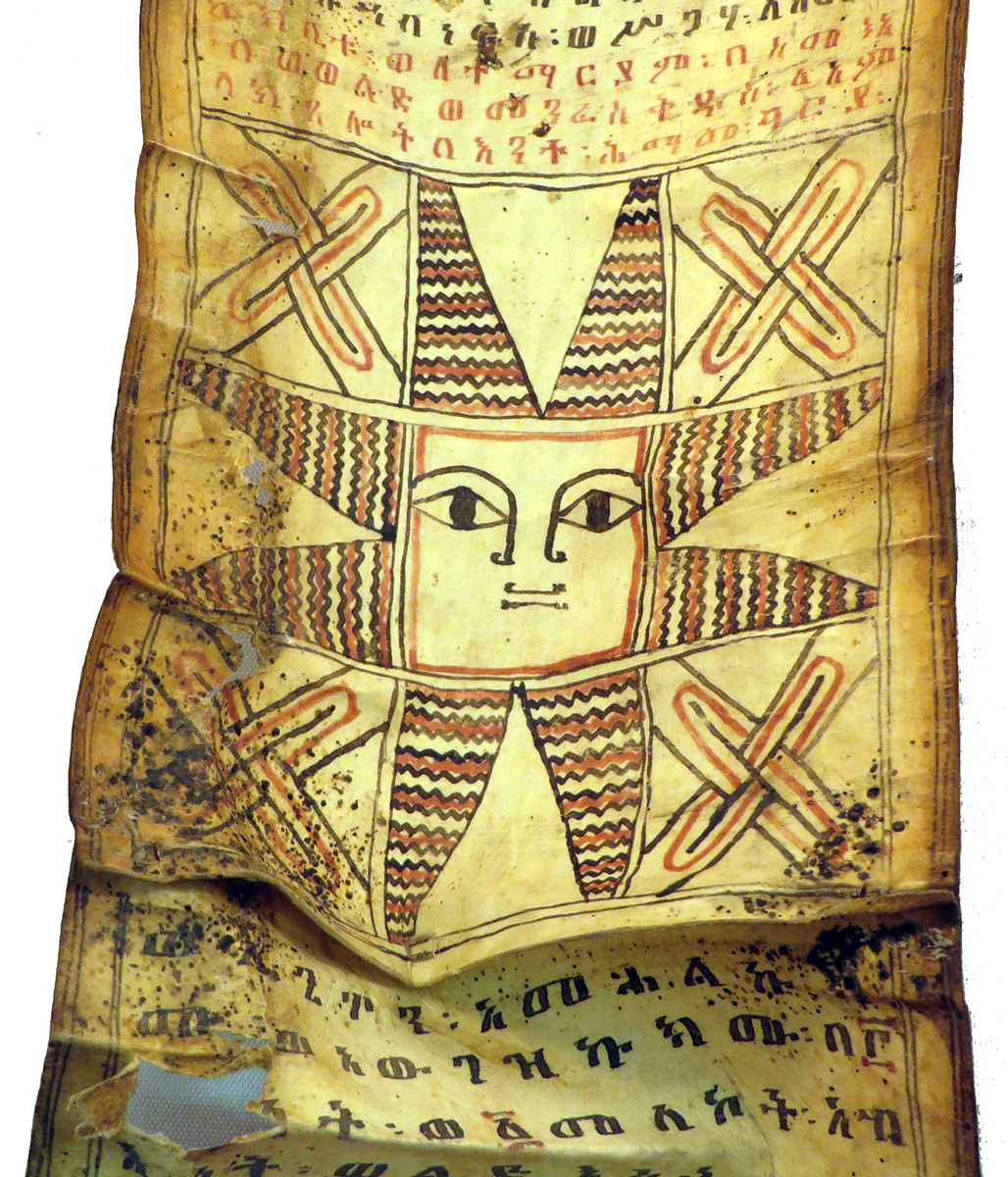
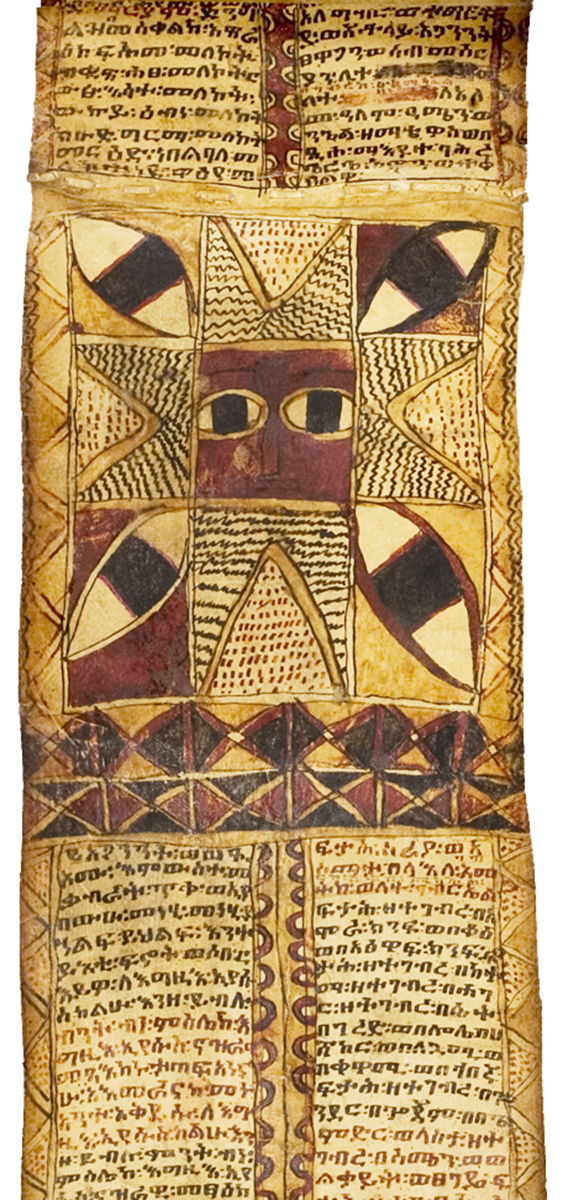
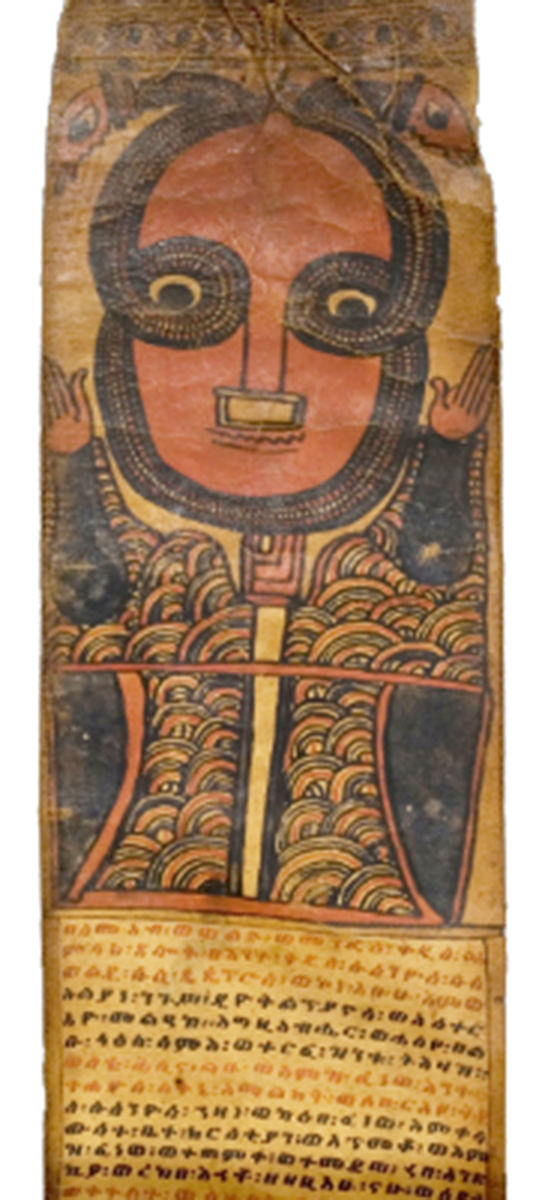
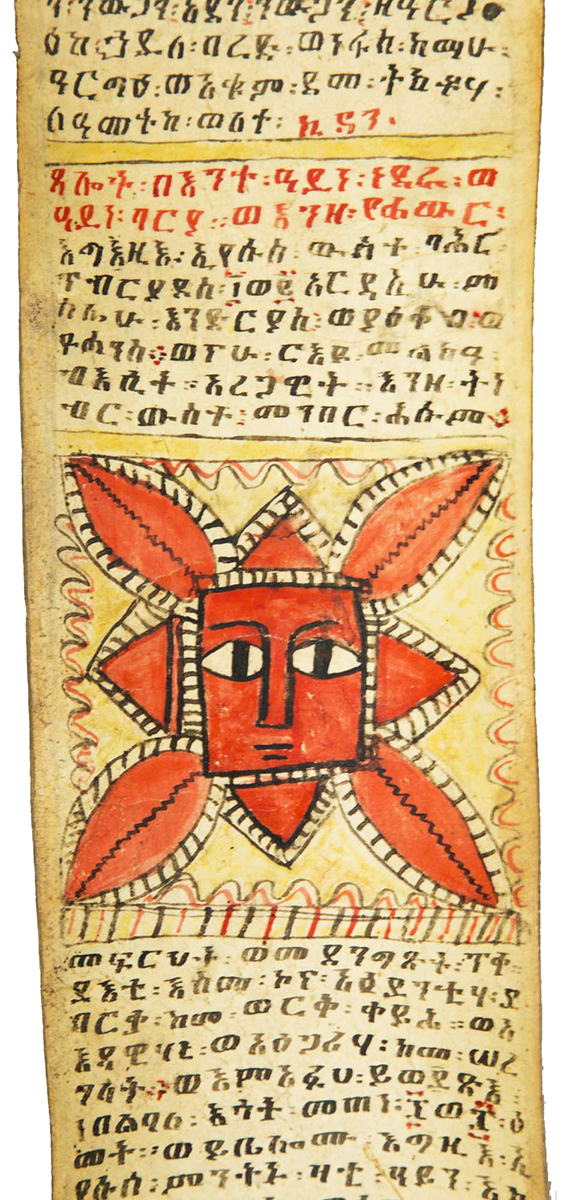
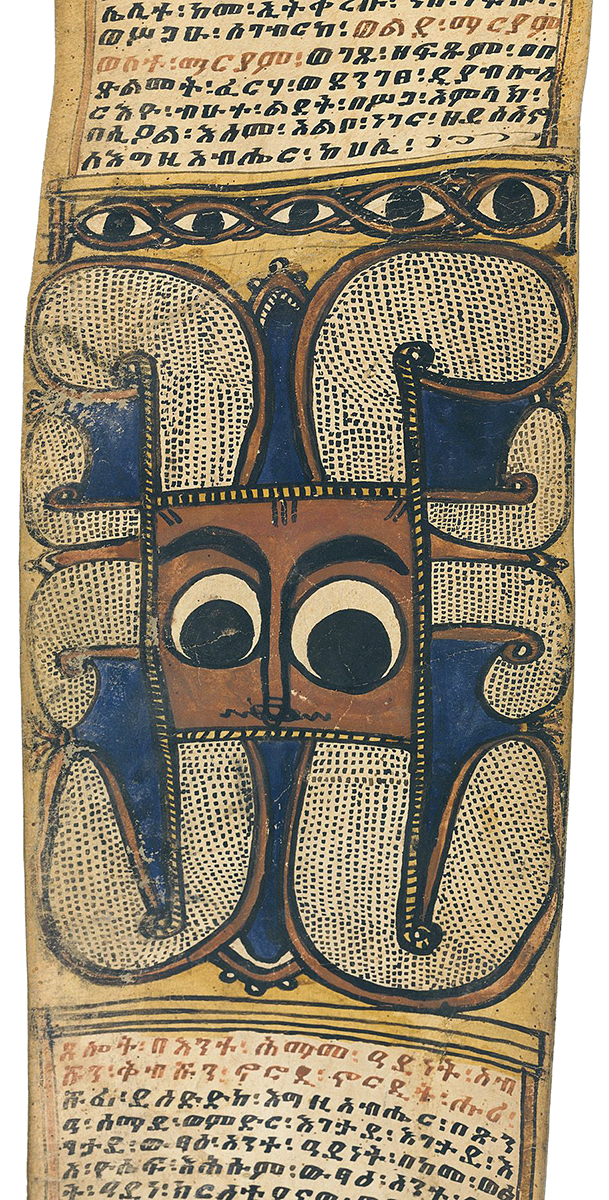
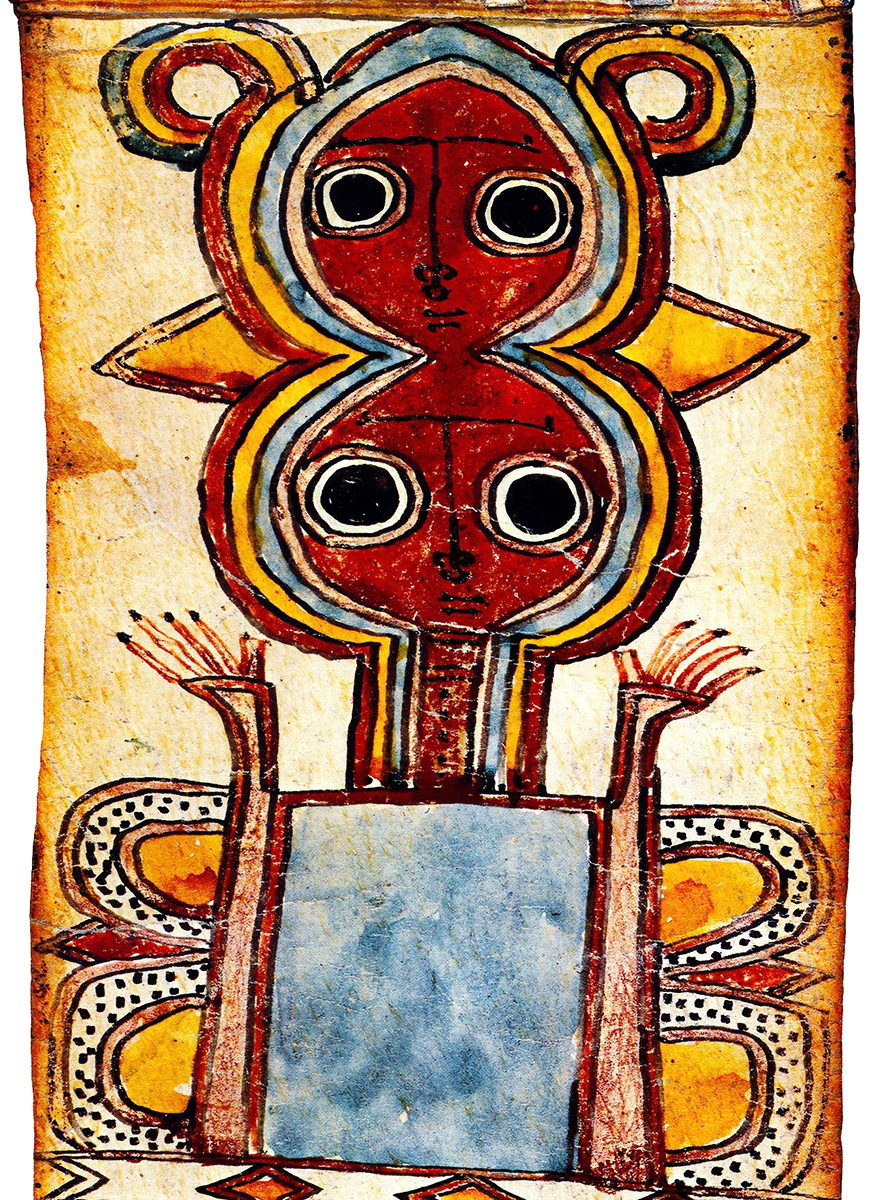
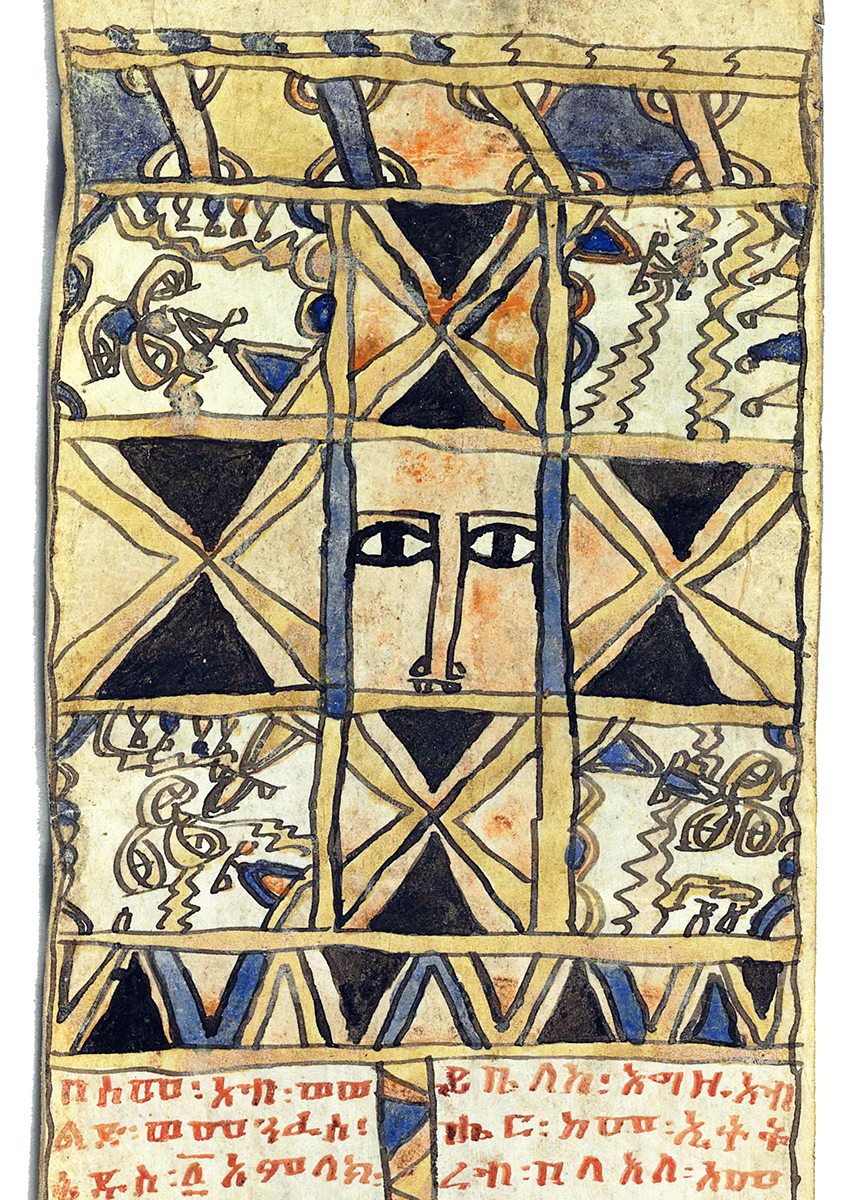
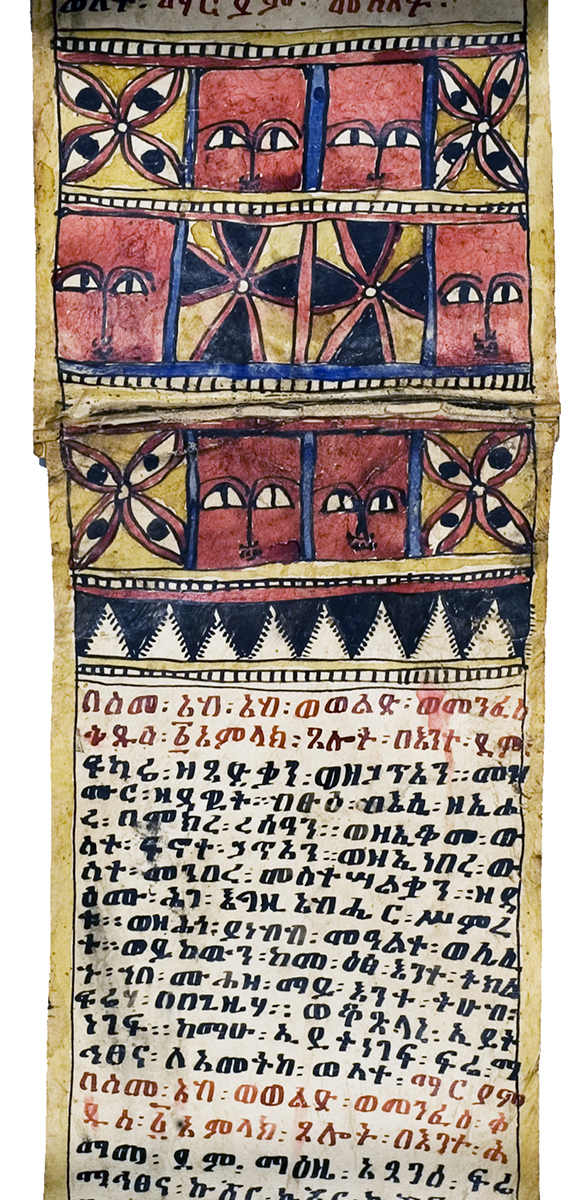
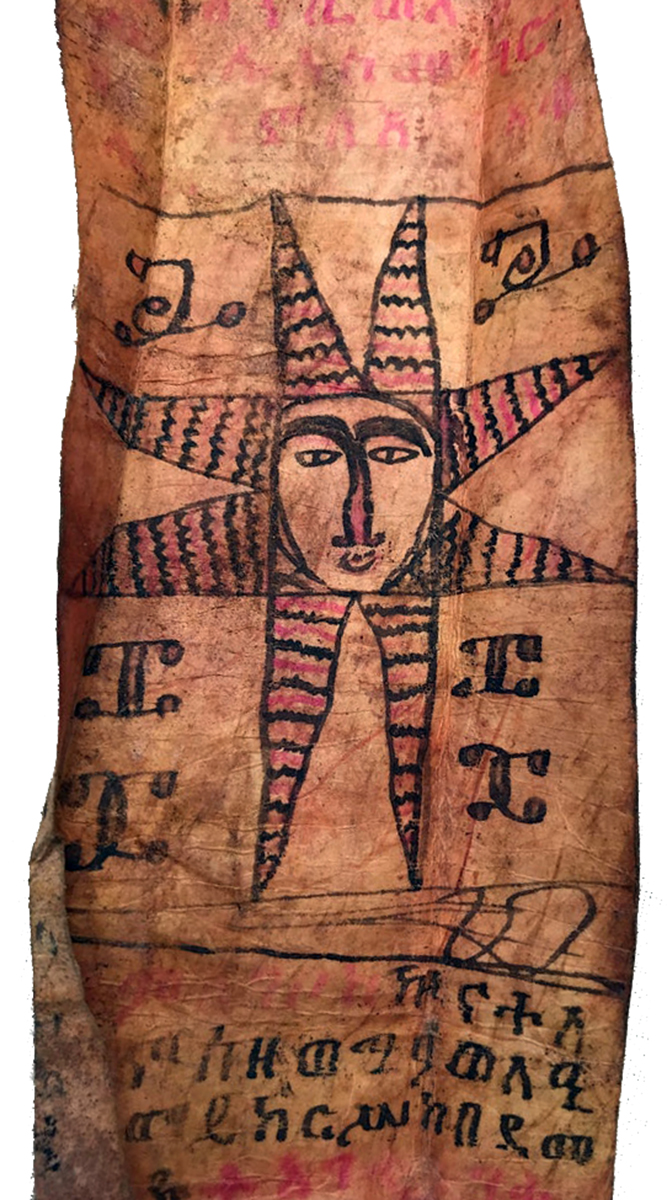
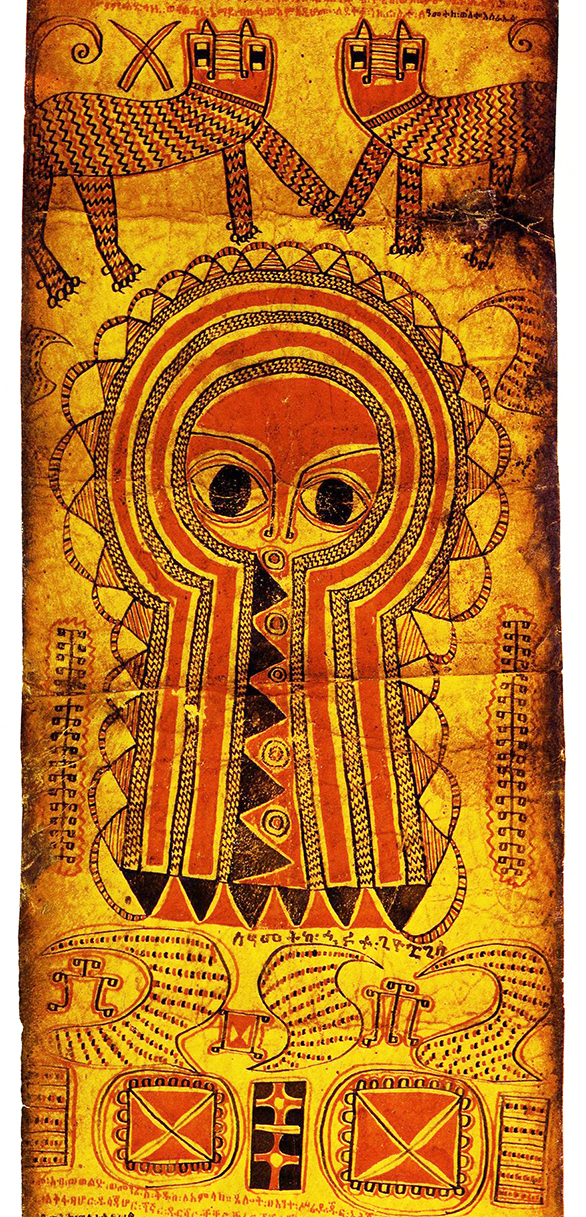
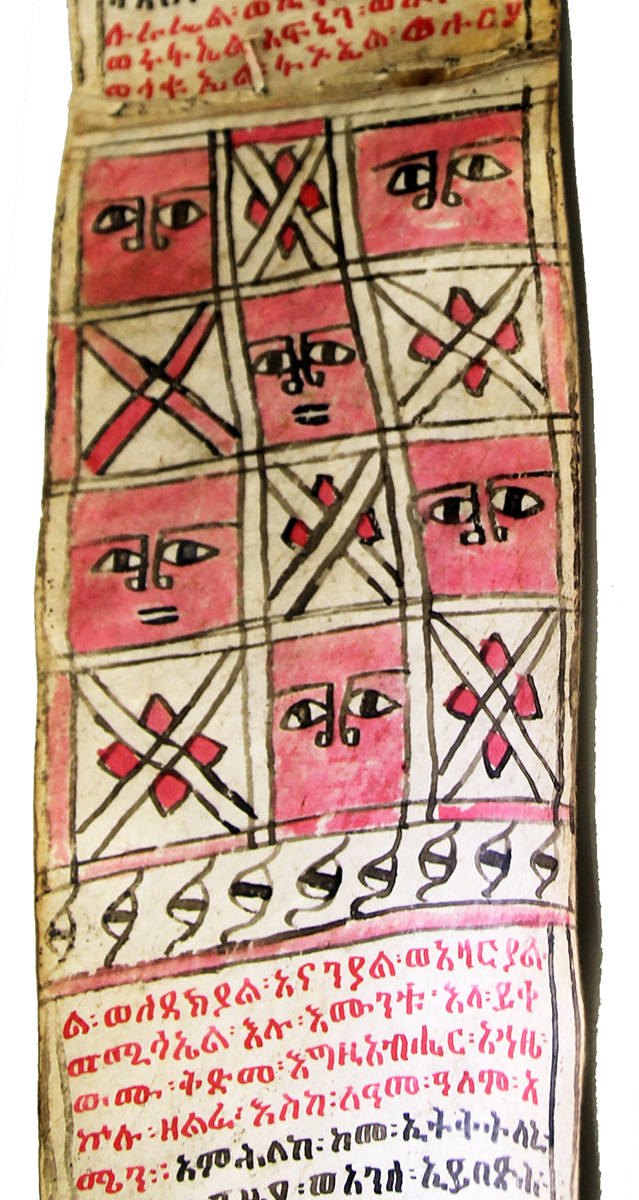
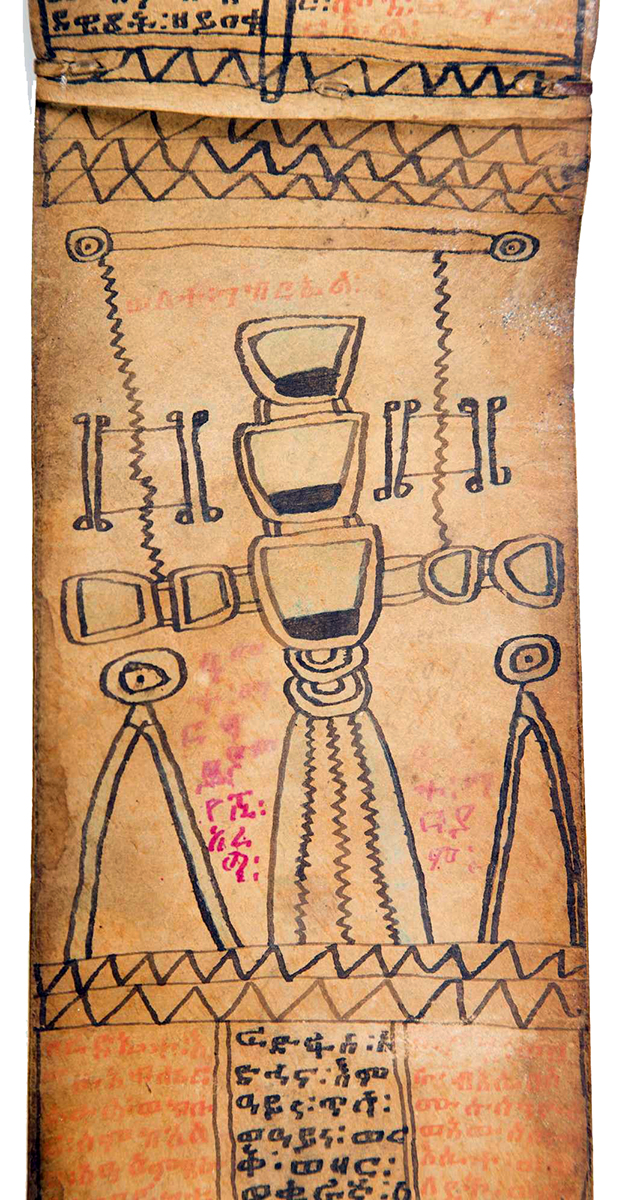
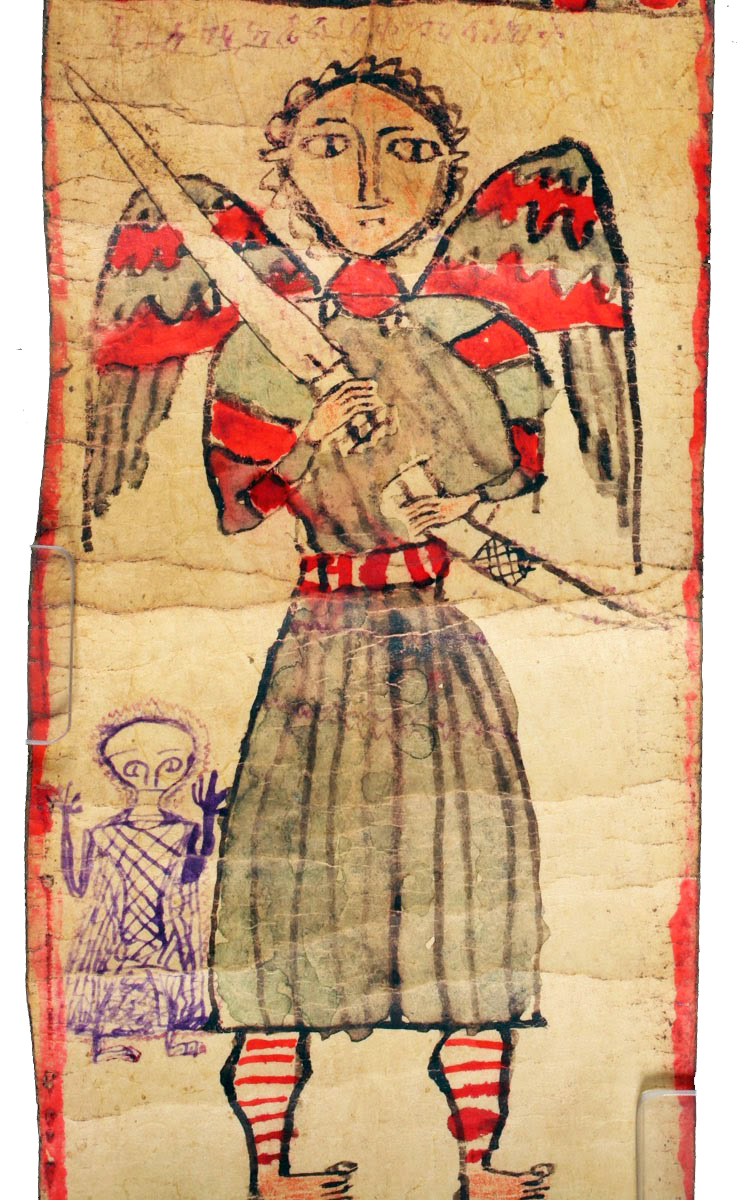
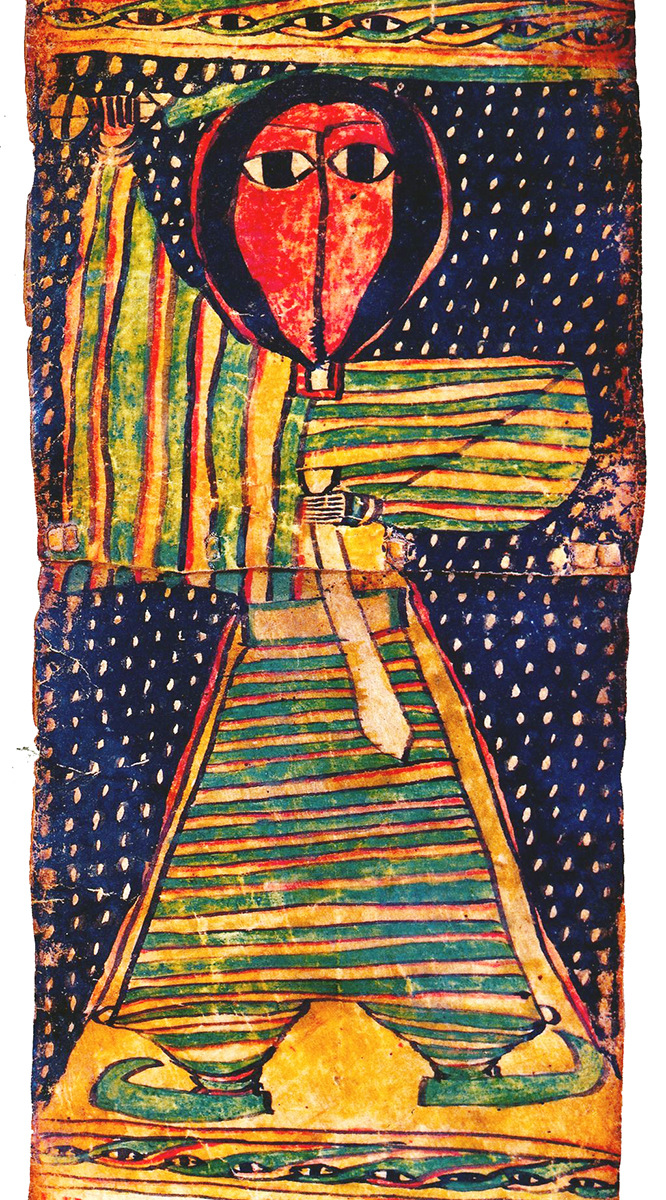
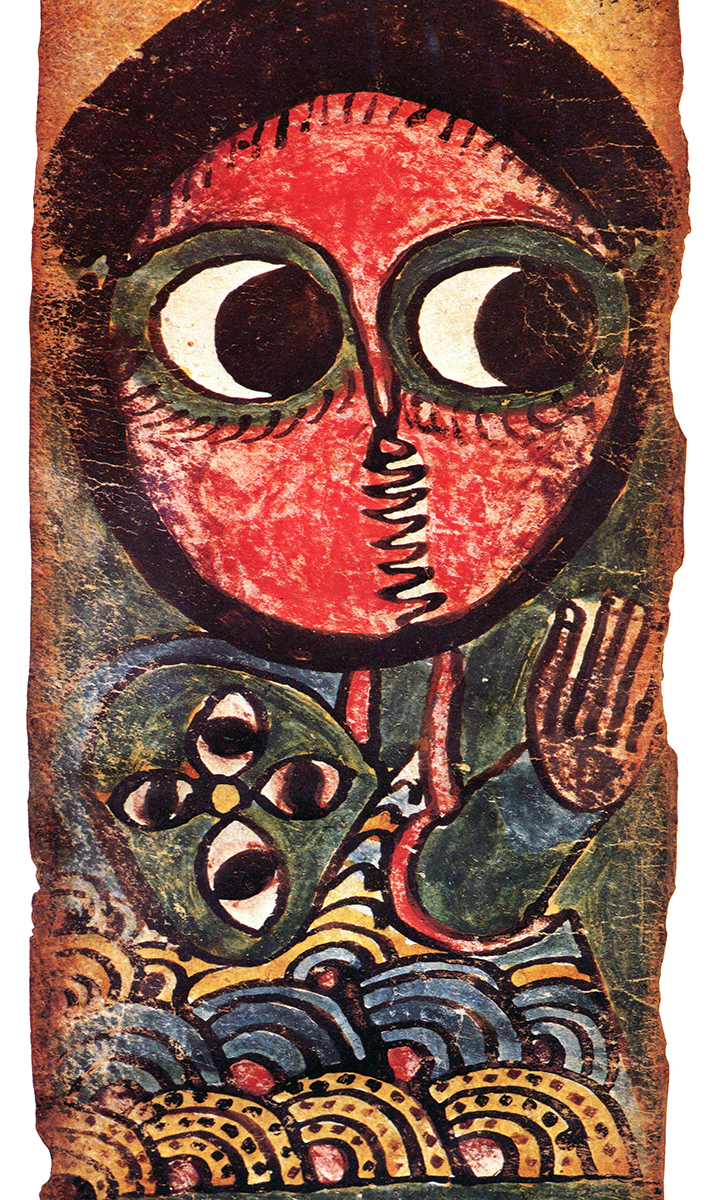
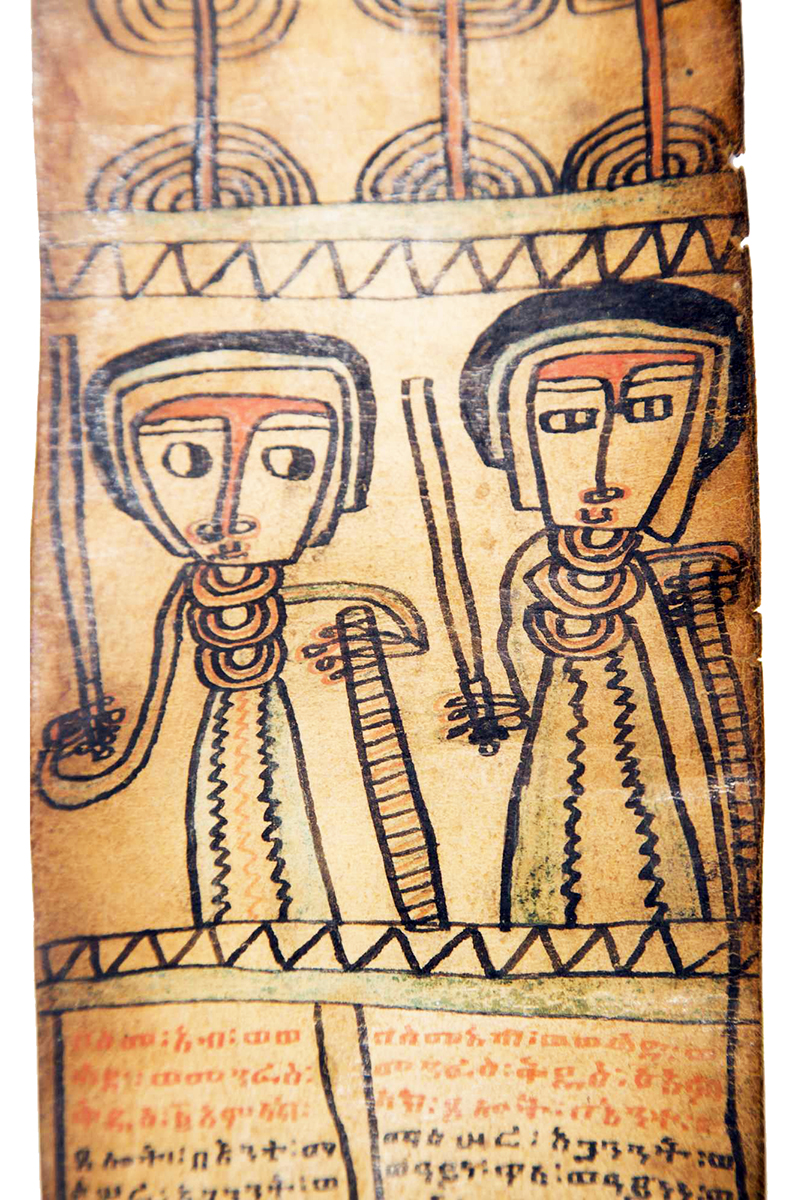
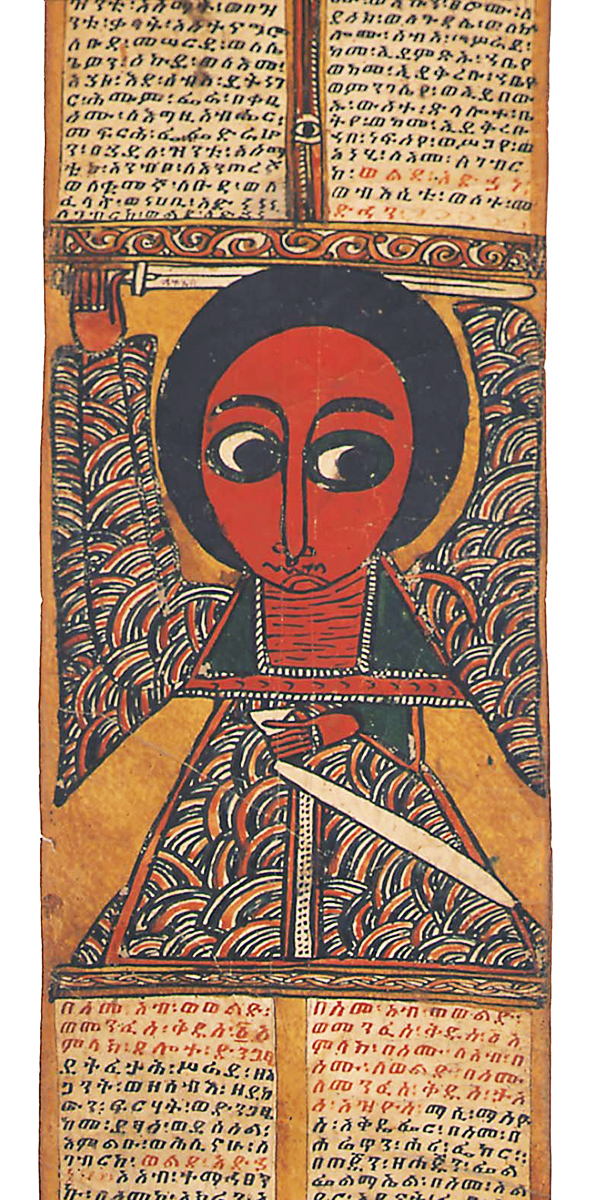
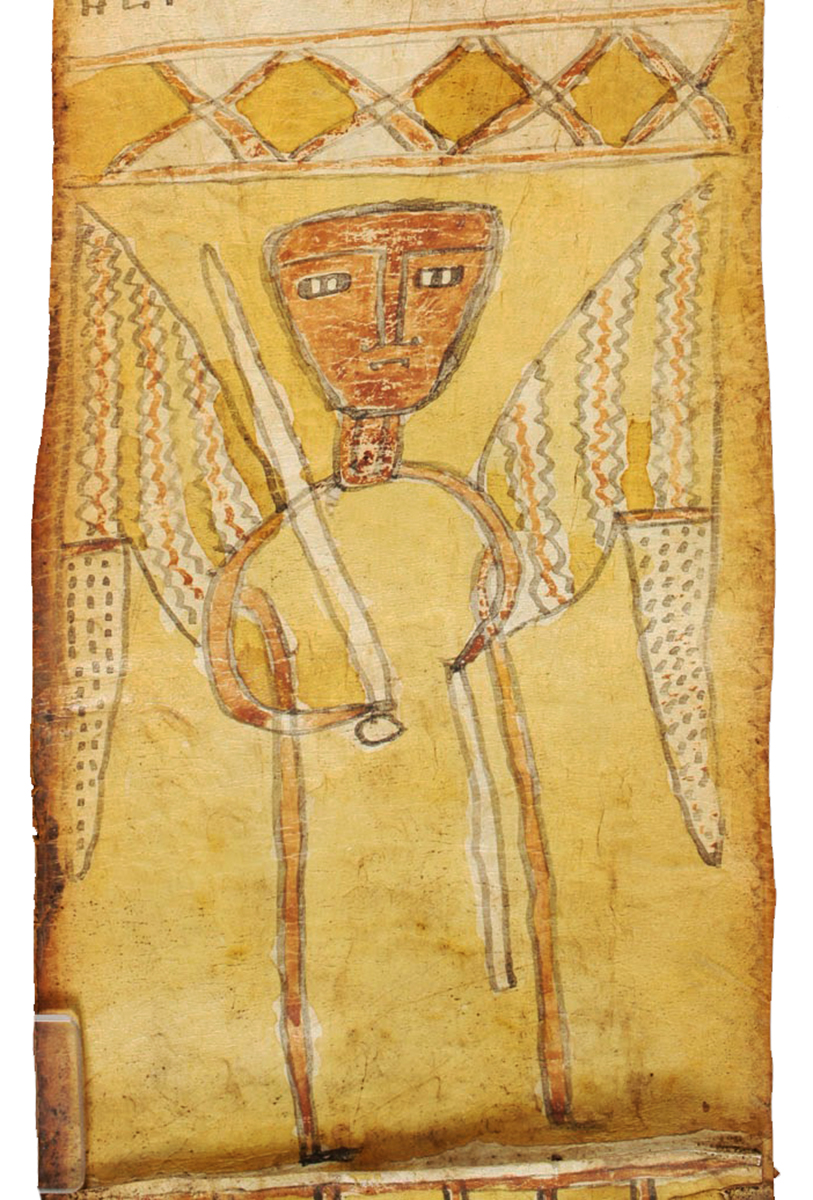
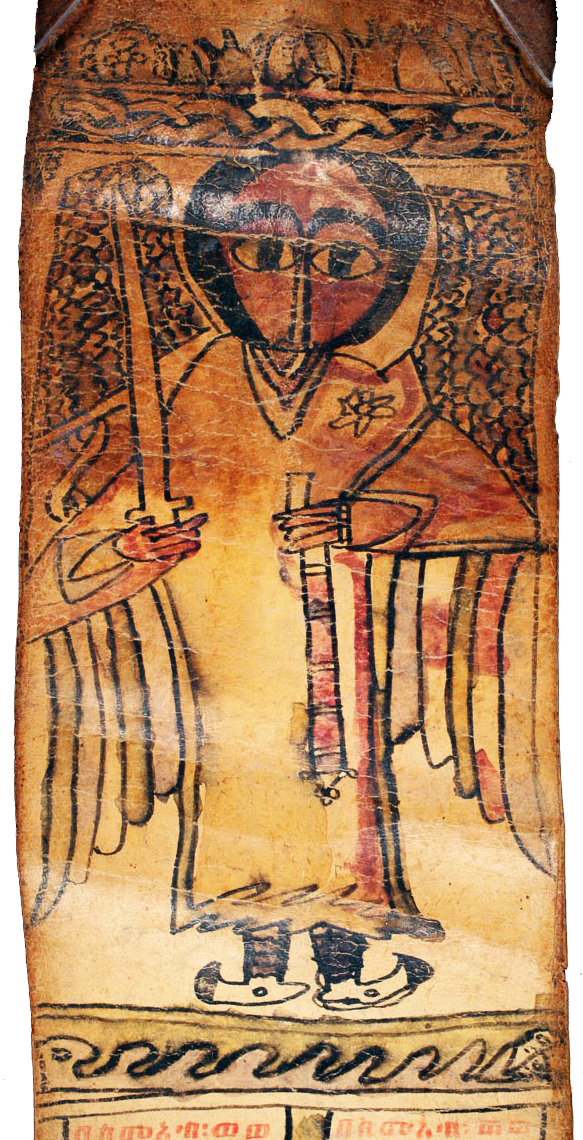
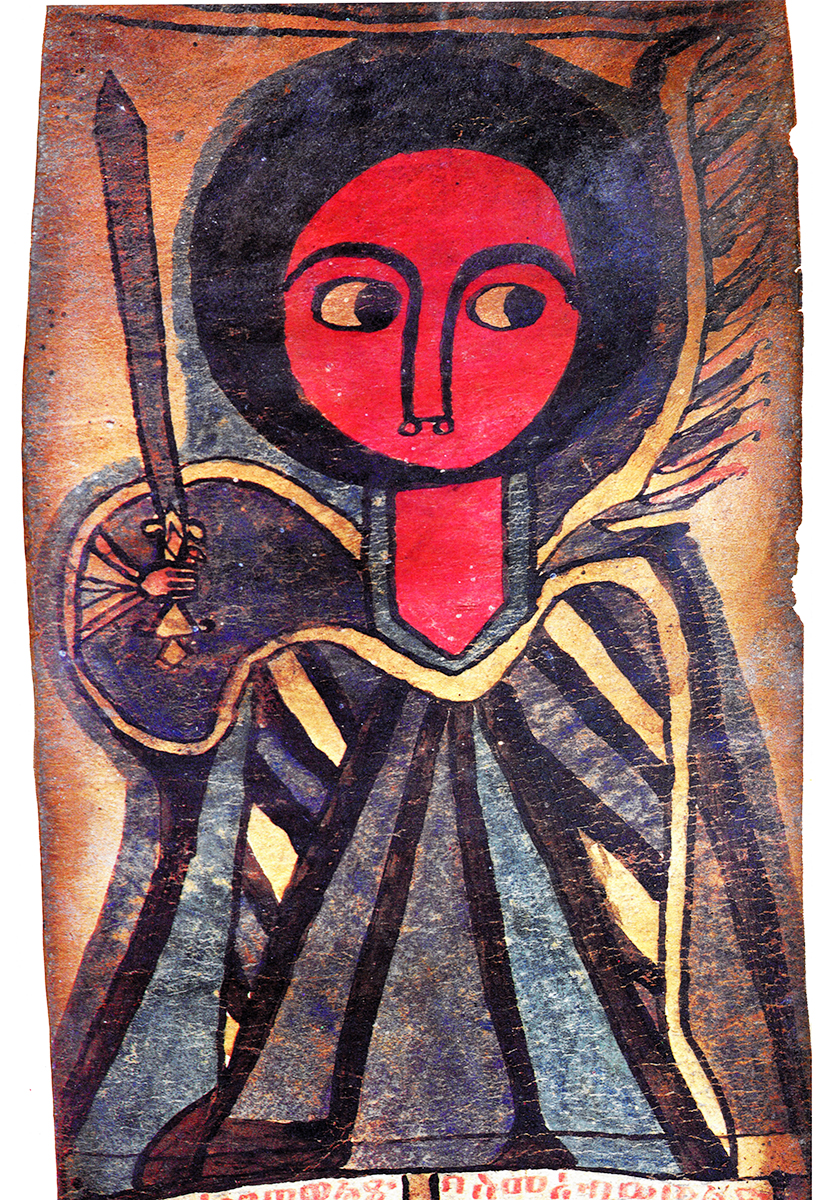
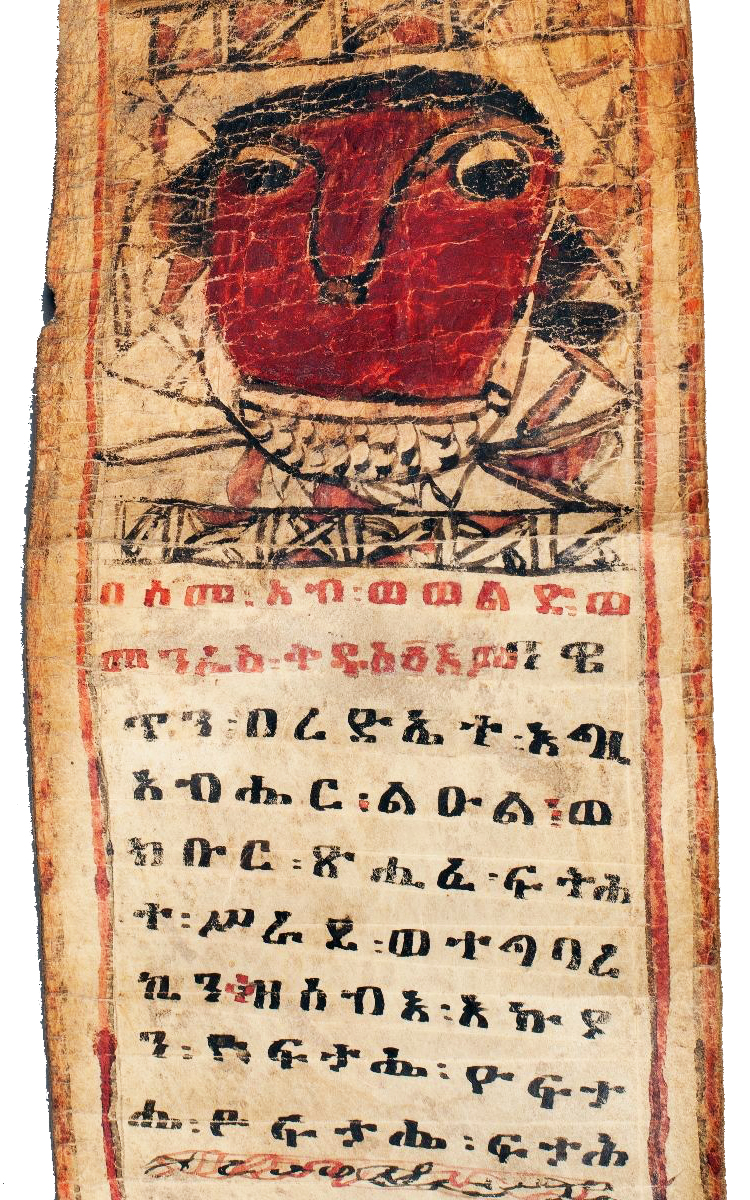
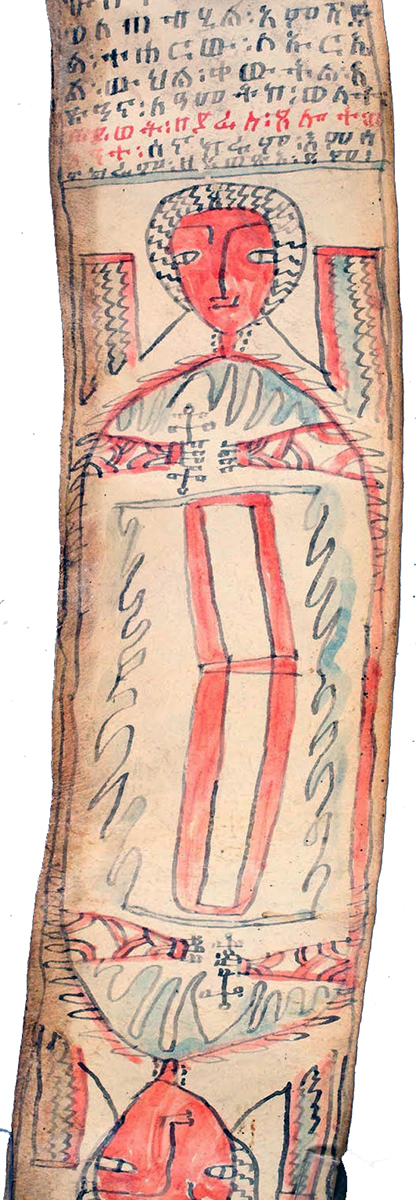
***
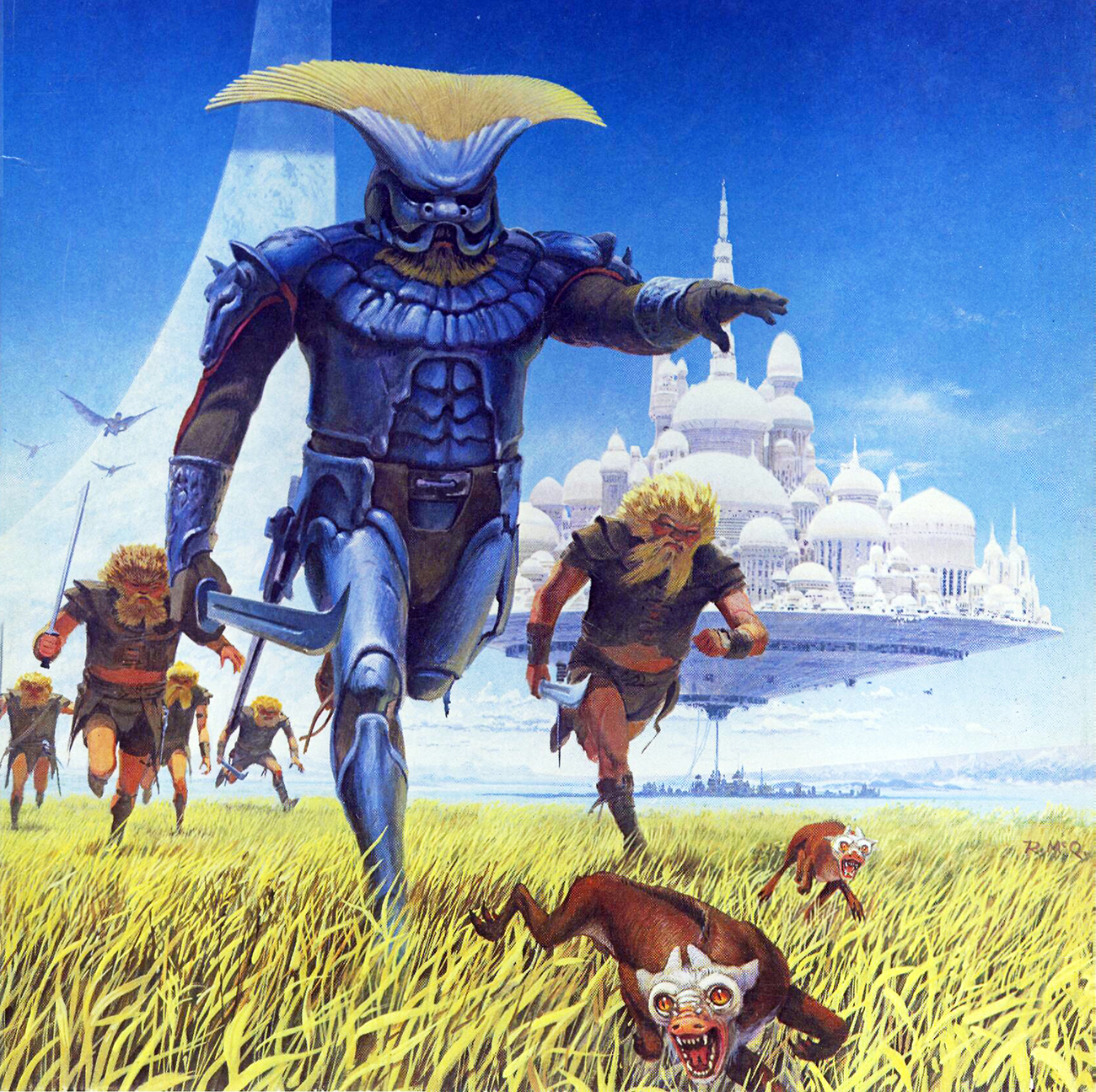
Grass giant warriors, flying men, and hyper-evolved "human hunting dogs" beneath floating cities - a splendid painting by Ralph McQuarrie.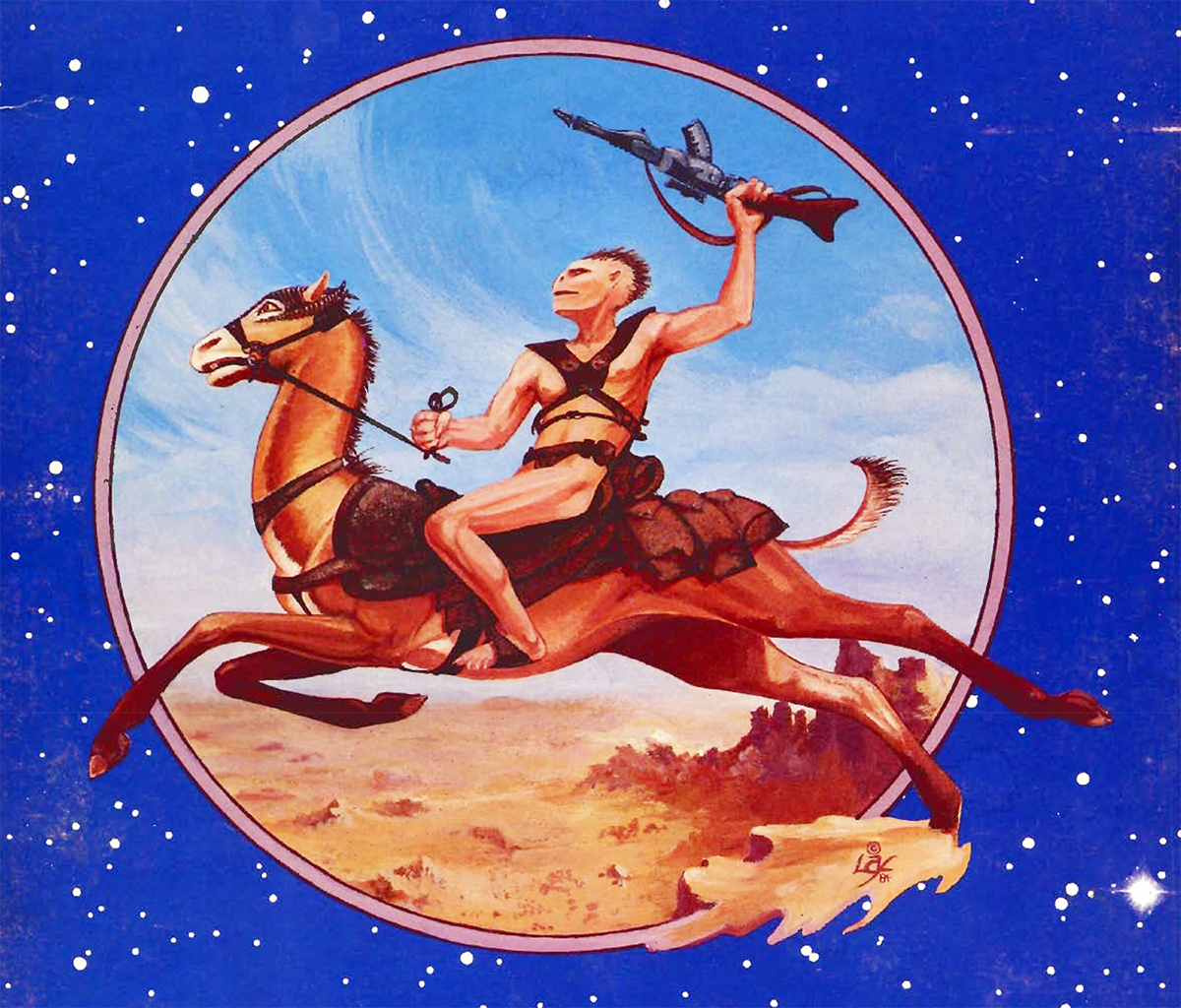
A humanoid warrior atop a horse-like mount.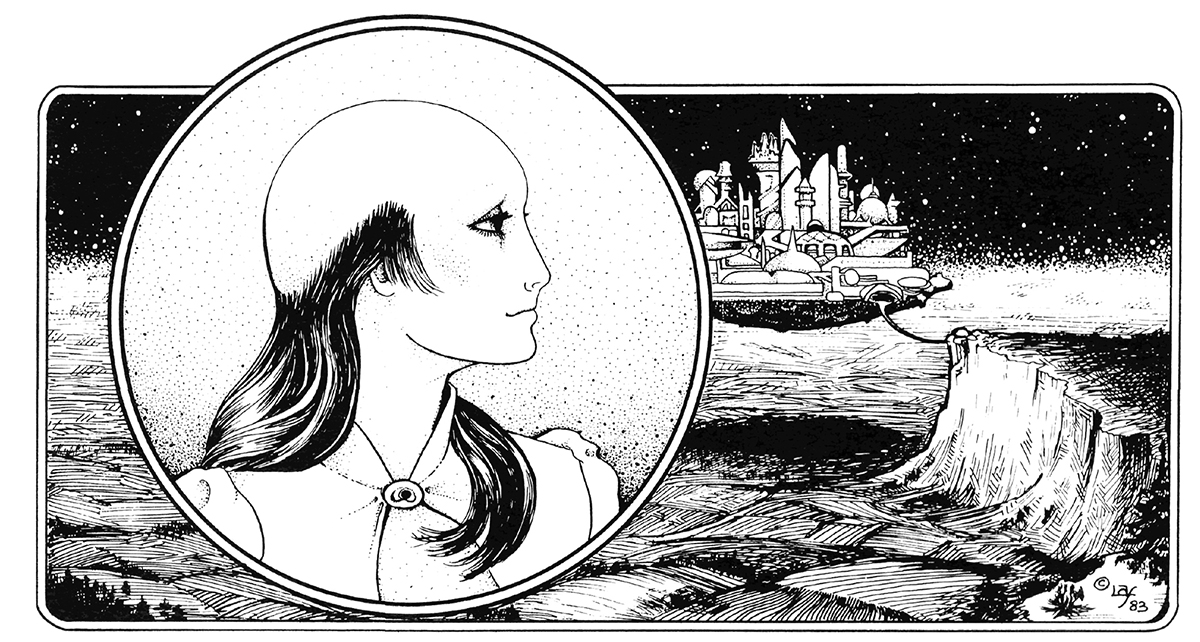
A member of the City Builder race.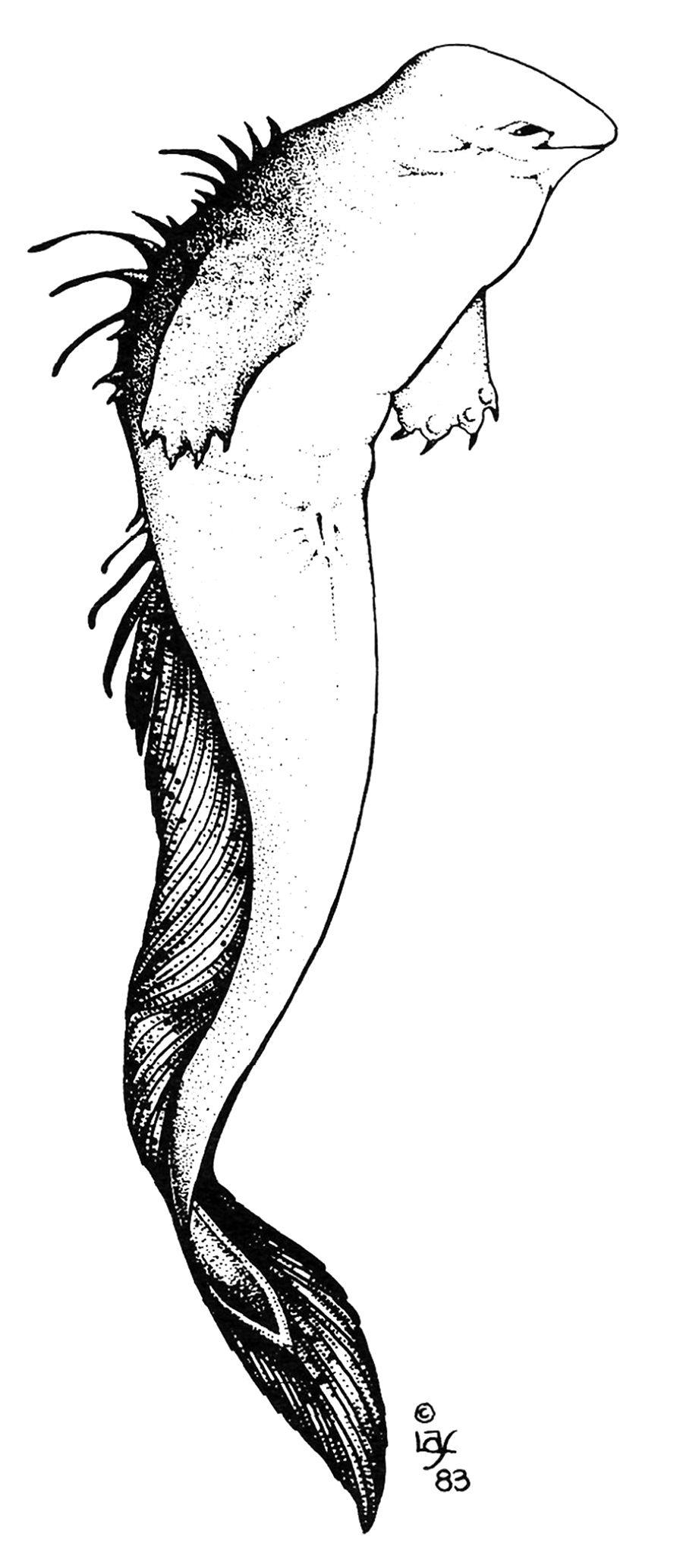
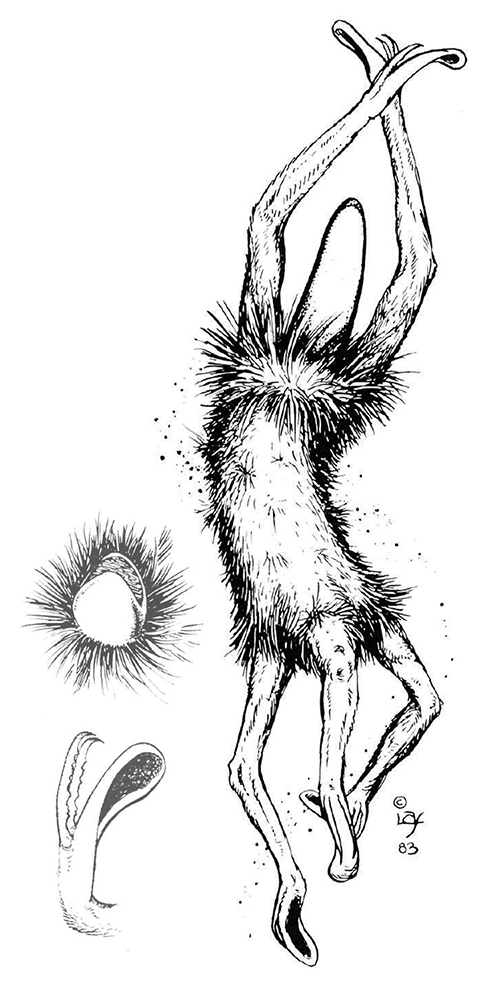
An alien from the planet Gummidgy; next to a dangerous creature known as a dendrobrach. 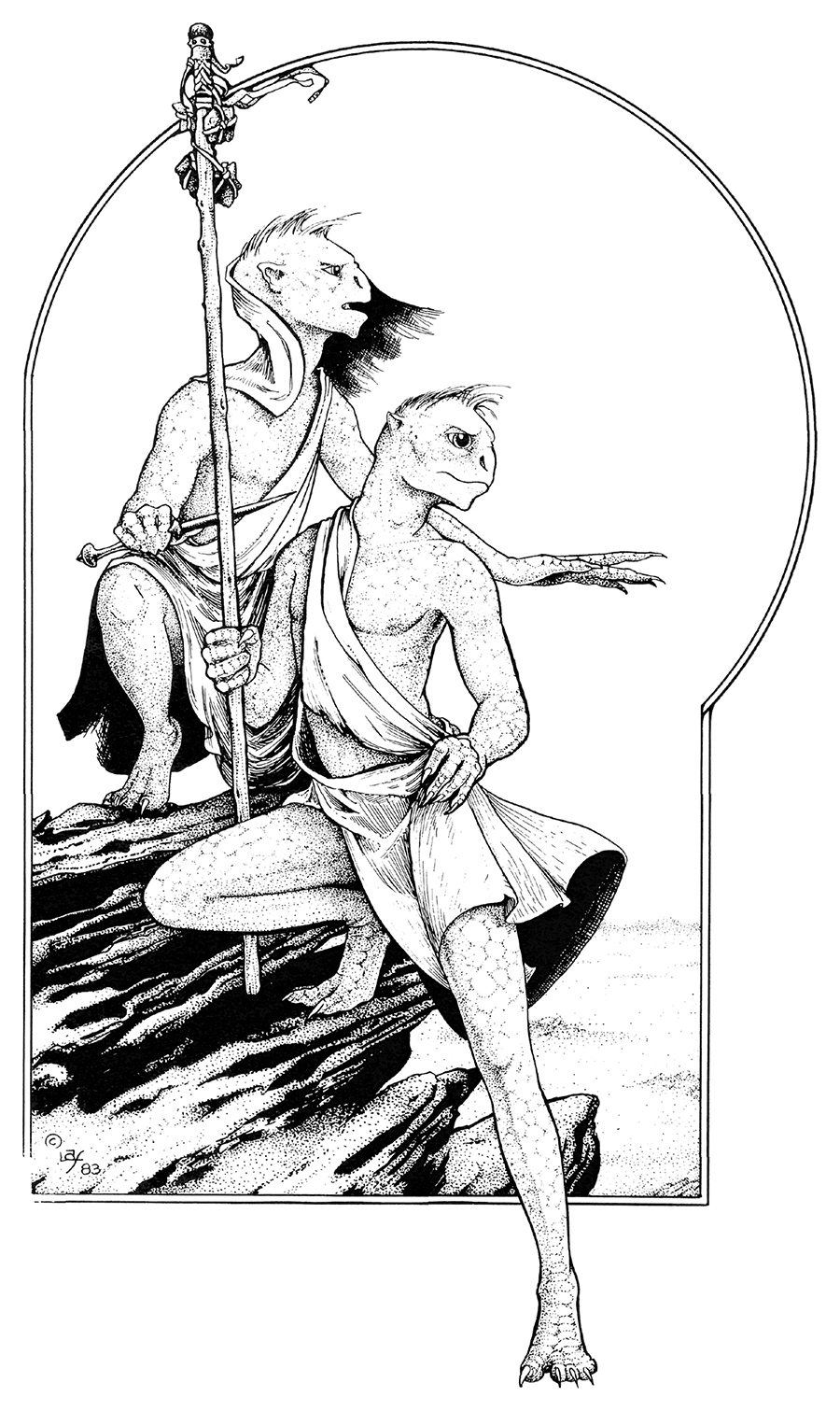
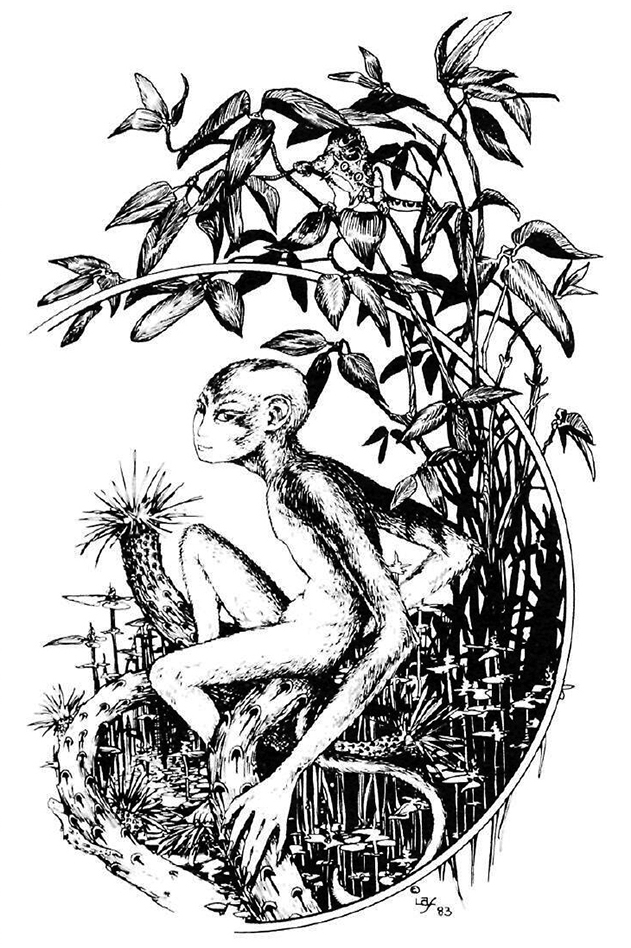
Two warriors of the reptile-like Agaman race; a member of the arboreal Hanging People race.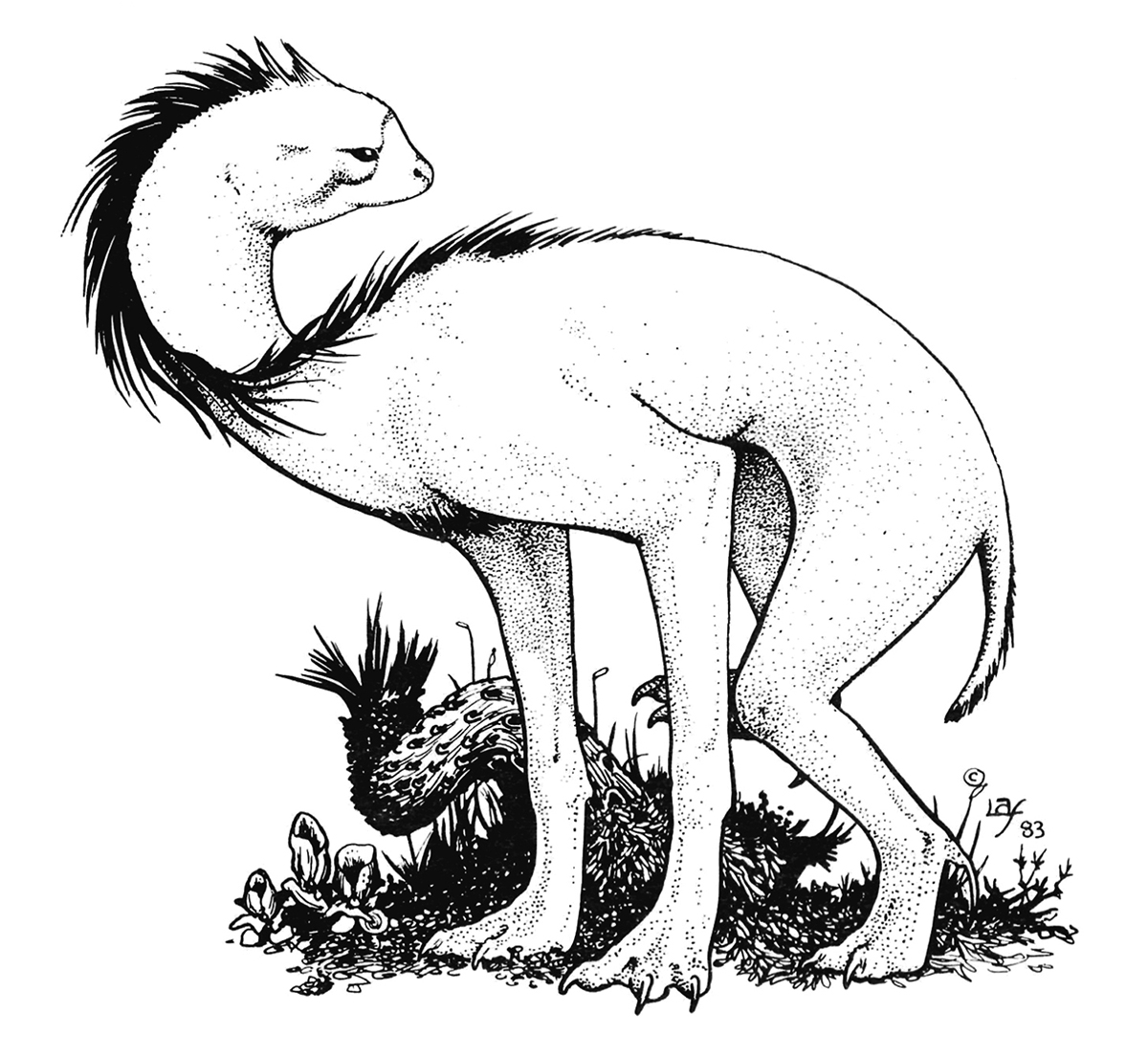
An alien animal known as a Dak Dak.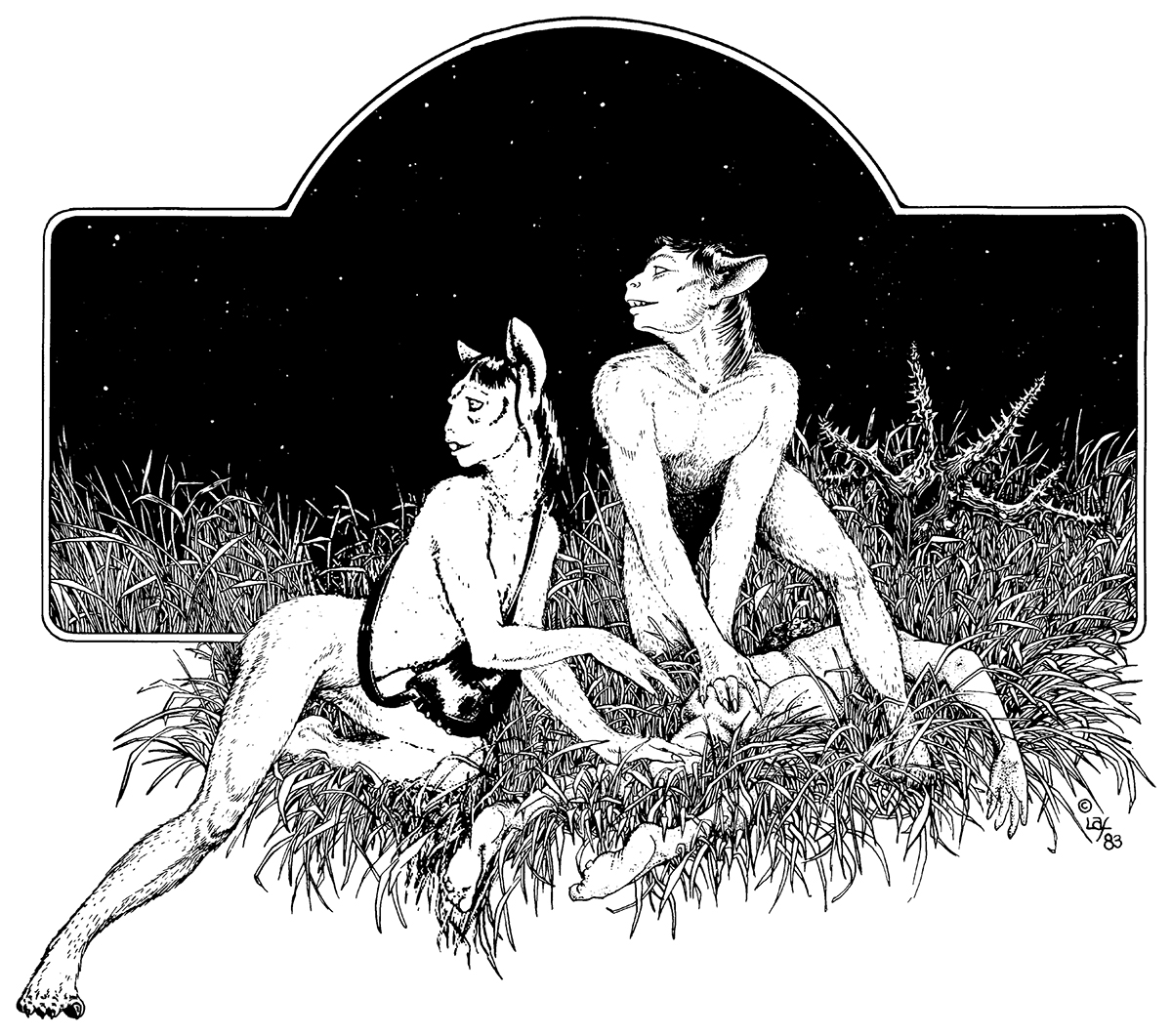
Splendid illustration of two human-descendant carrion-eaters, known across the Ringworld as "Ghouls".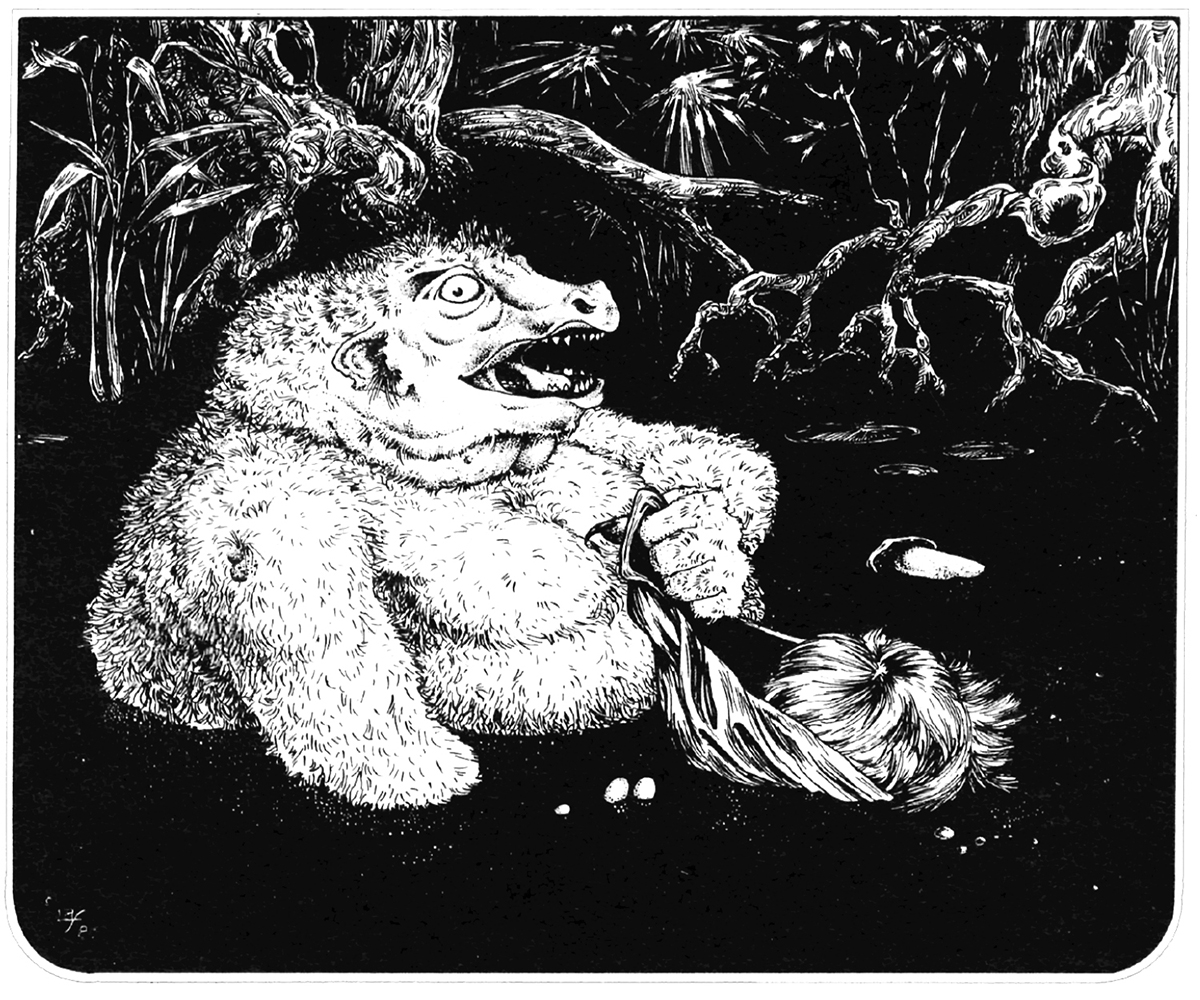
A Muck Ogre with a victim.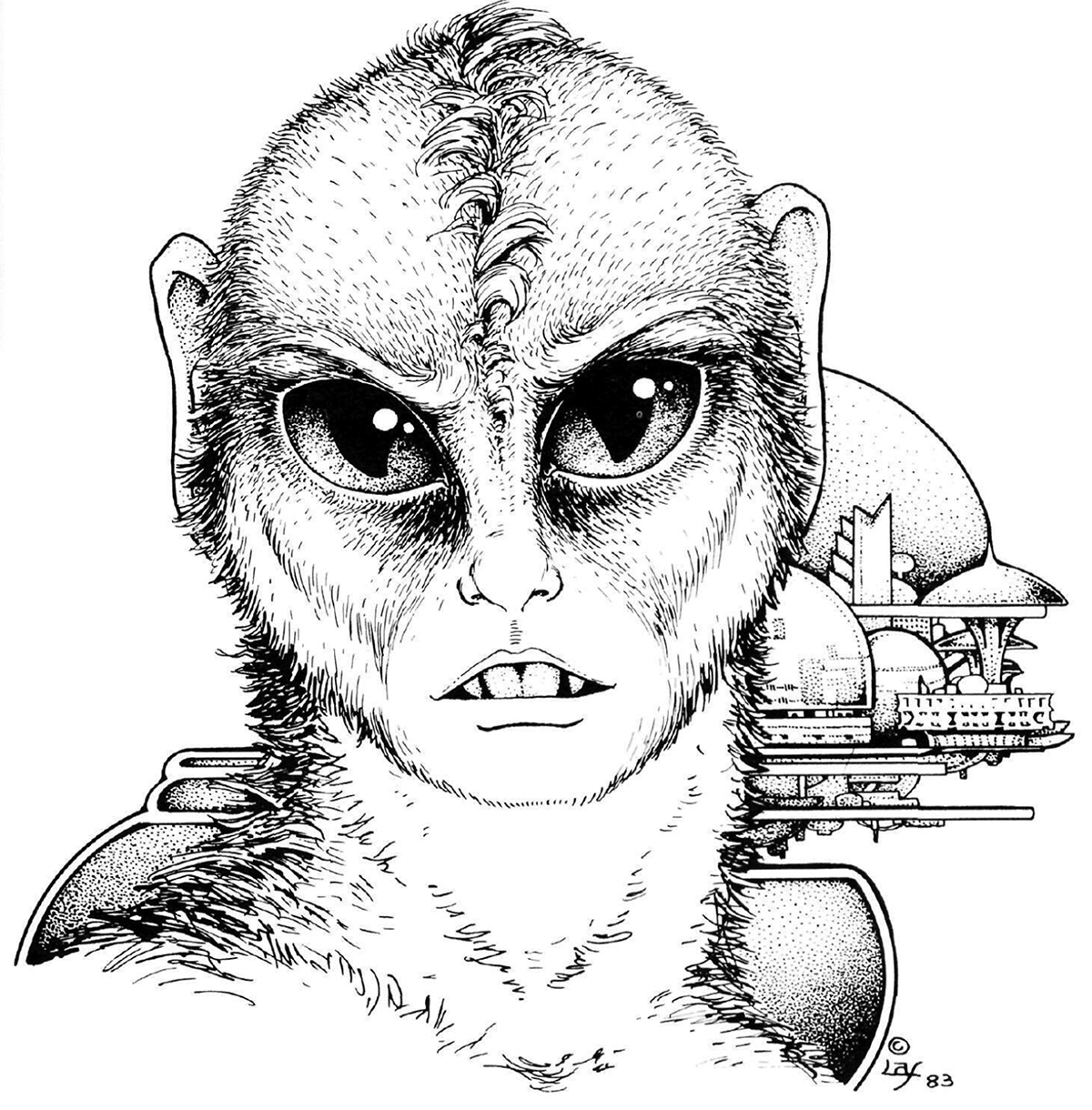
A portrait of a Night Hunter - a graceful race of nocturnal predators.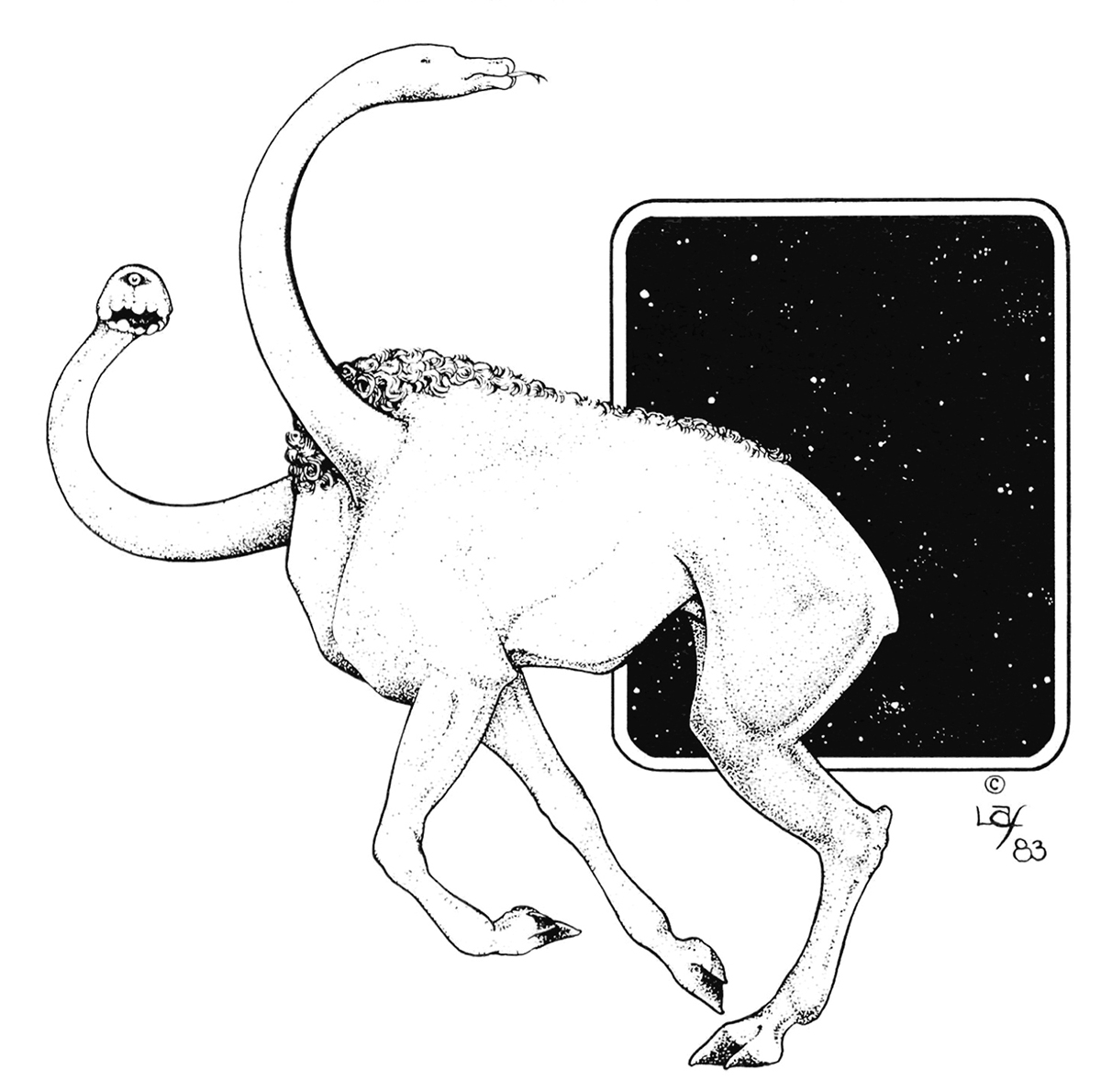
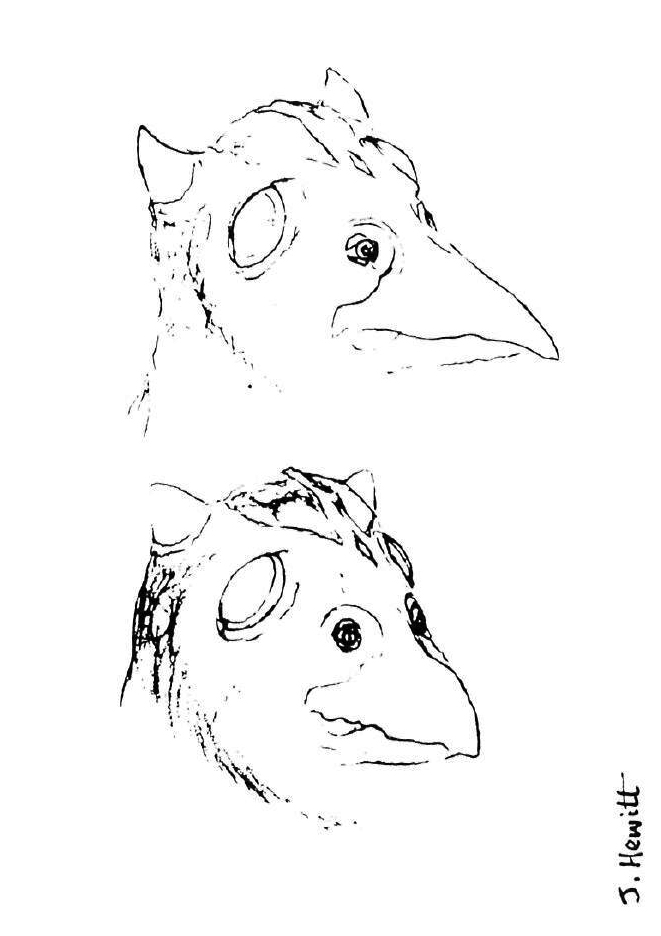
A member of a crafty, influential Puppeteer race; next to portrait sketches of the Pierin species.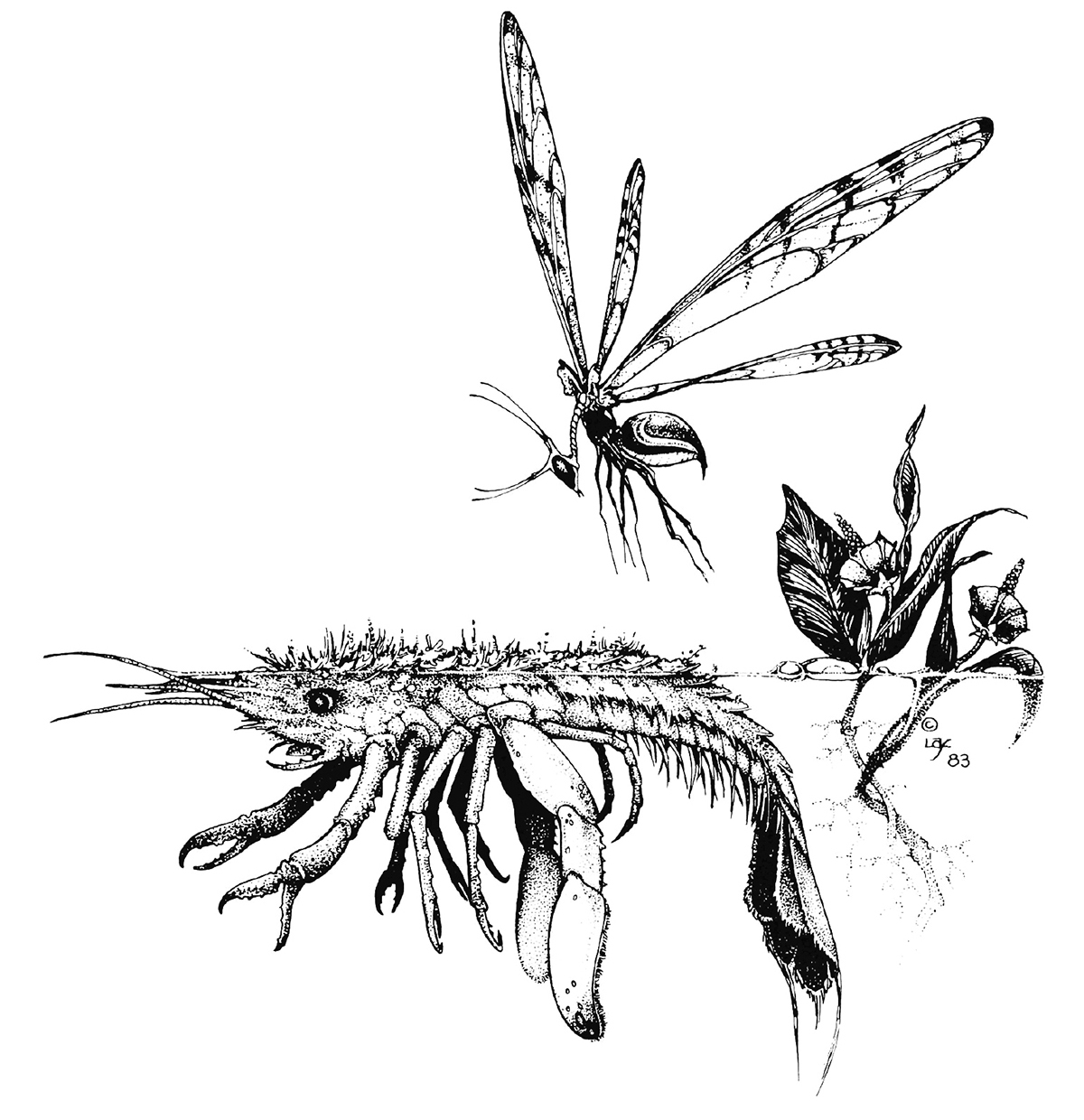
Two Ringworld arthropods; a Razorwasp and a Grilsk.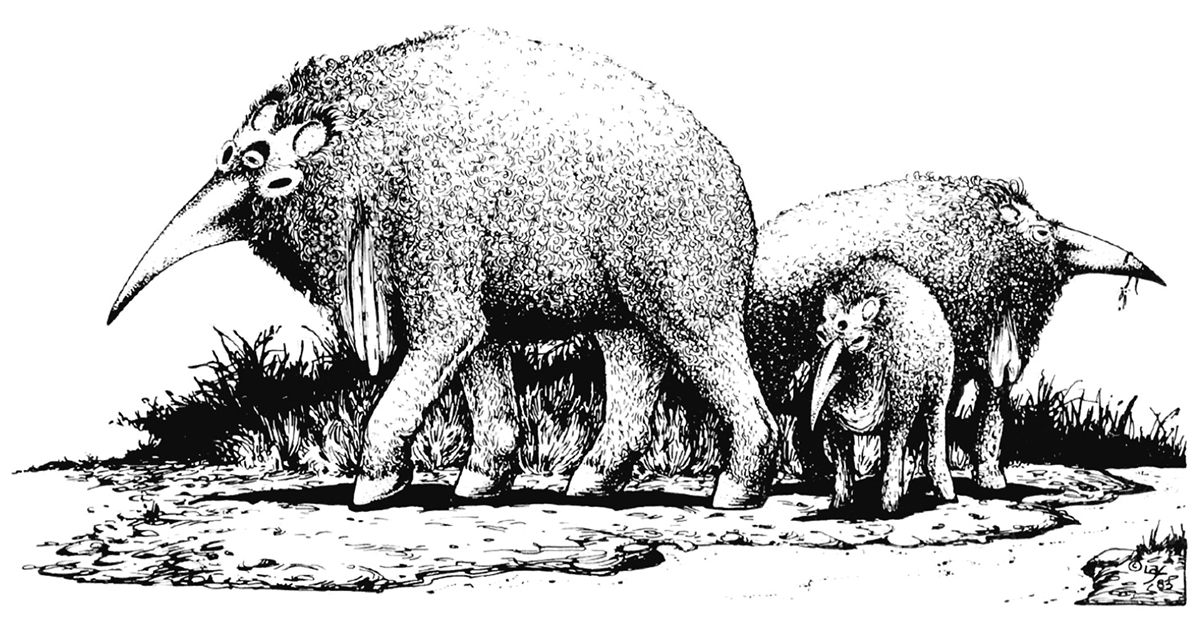
Alien grazing animals known as Sarkabestes.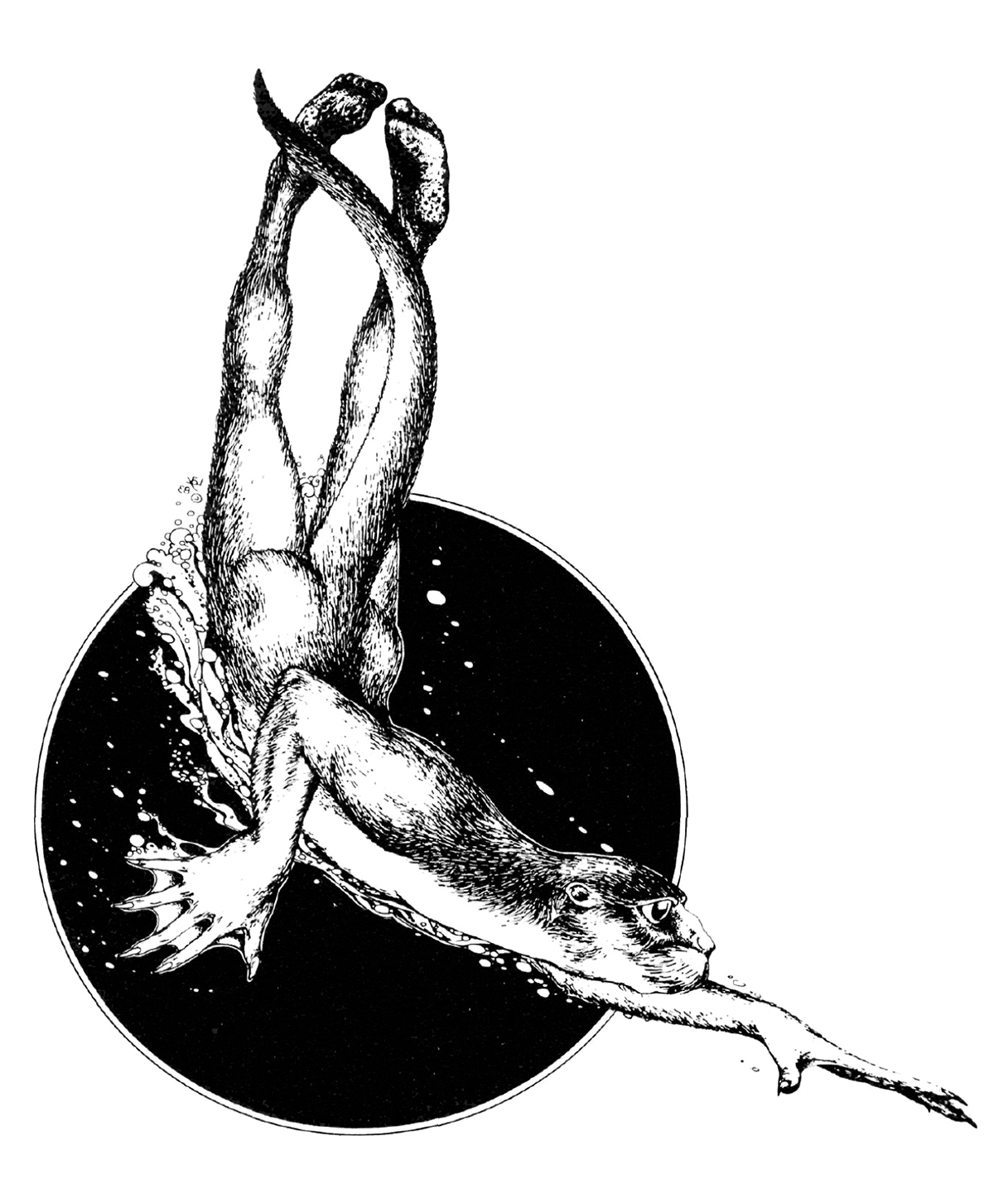
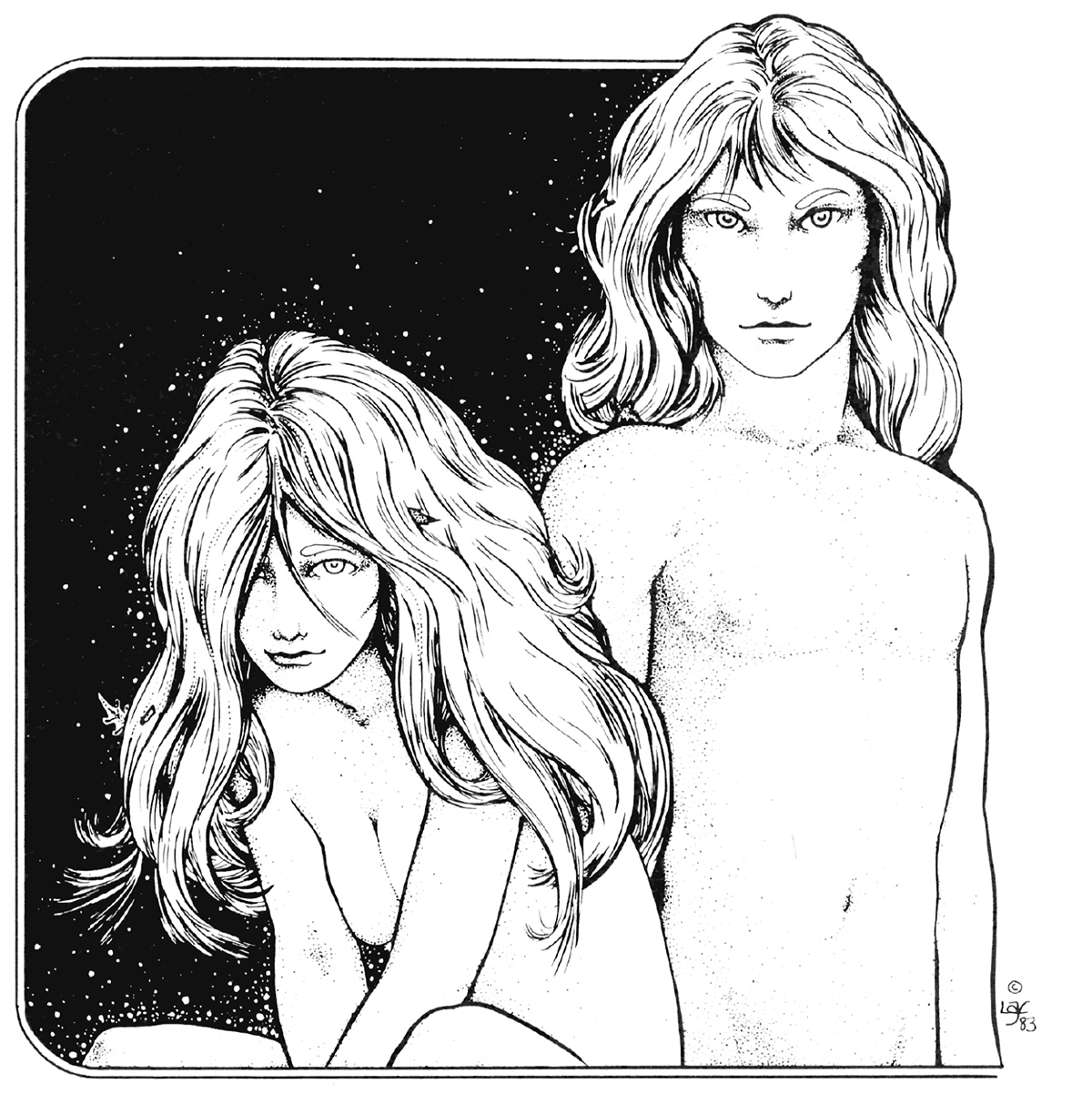
A Sea Person; and a male and a female of the madness-inducing humanoids known as "Vampires".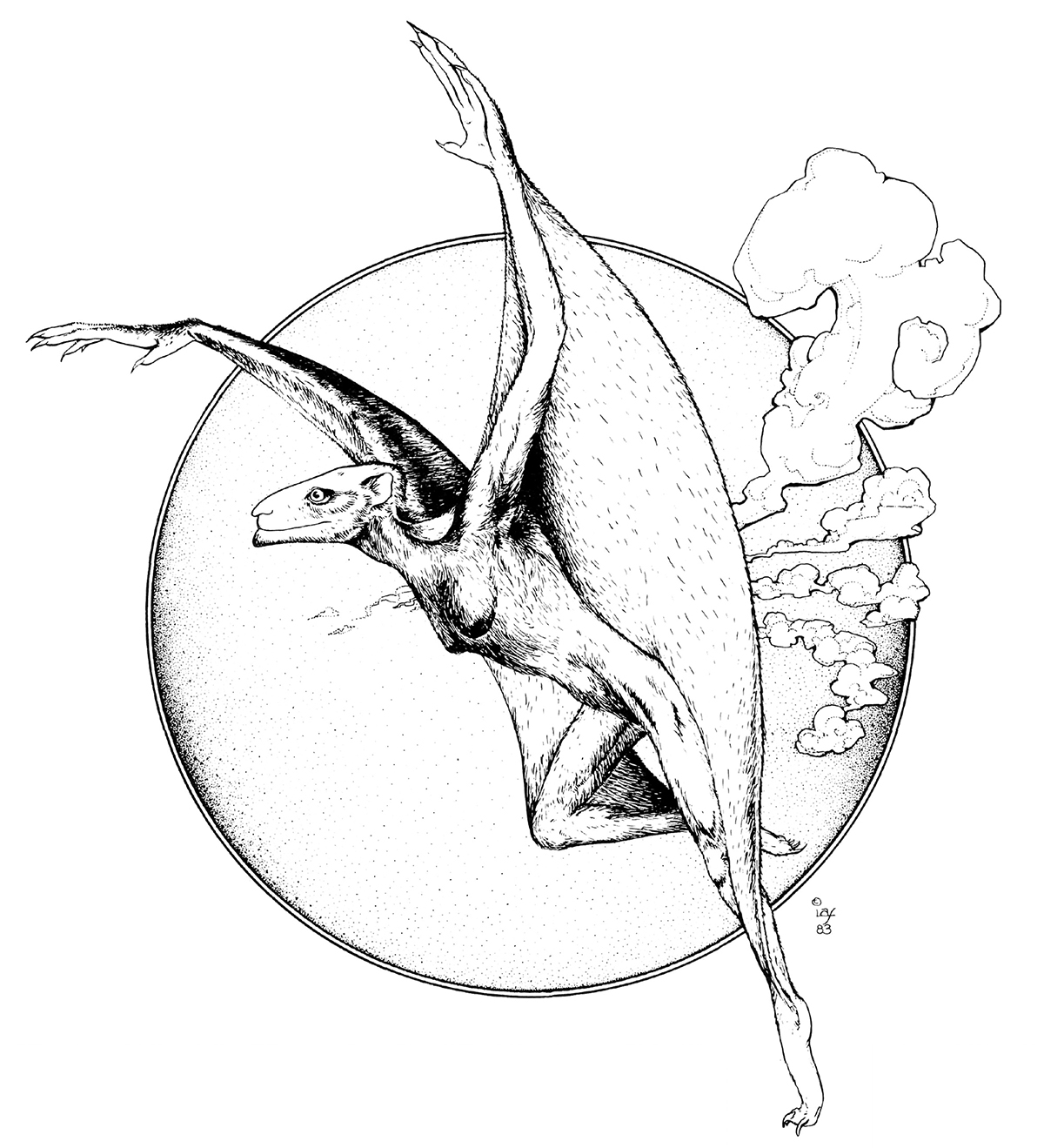
A Windwalker; a hyper-evolved human-descendant that can glide between mountaintops.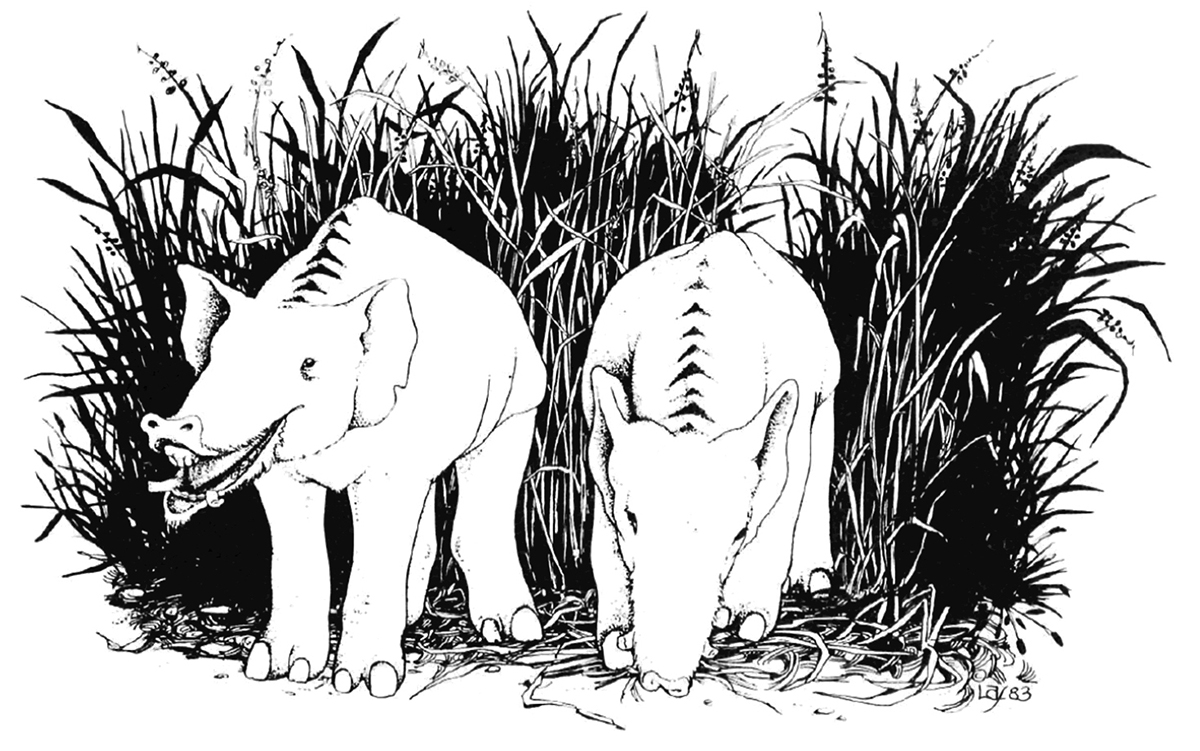
Grazing animals known as Zanj.
Source: John Hewitt, Sherman Kahn, Ralph McQuarrie, Lisa A. Free, Michael Blum, Yurek Chodak, et al.,
Larry Niven’s Ringworld: Roleplaying Adventure Beneath the Great Arch, Chaosium Inc., Albany, CA, U.S.A, 1984.
***
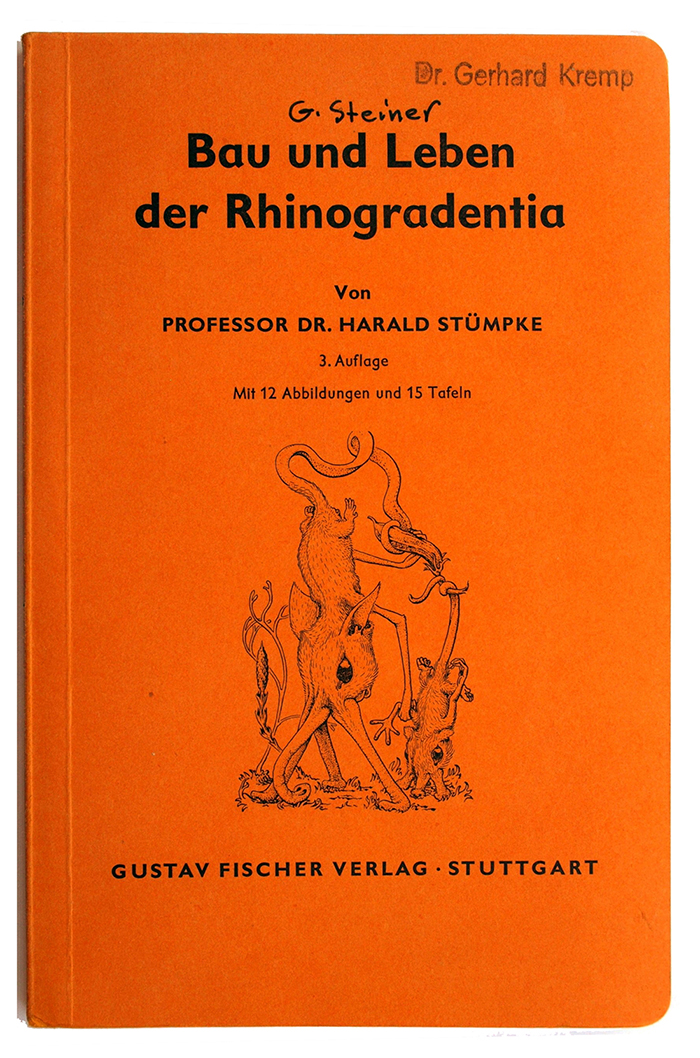
The 1957 book Bau und Leben der Rhinogradentia (translated into English in 1967 as The Snouters: Form and Life of the Rhinogrades); was possibly the first book that distinctively focused on speculative evolution - that is to say, the art and science of alternative lines of evolution. The book's central premise was the evolution and diversity of a lineage ofmammals (named Rhinogrades) with extremely specialised noses.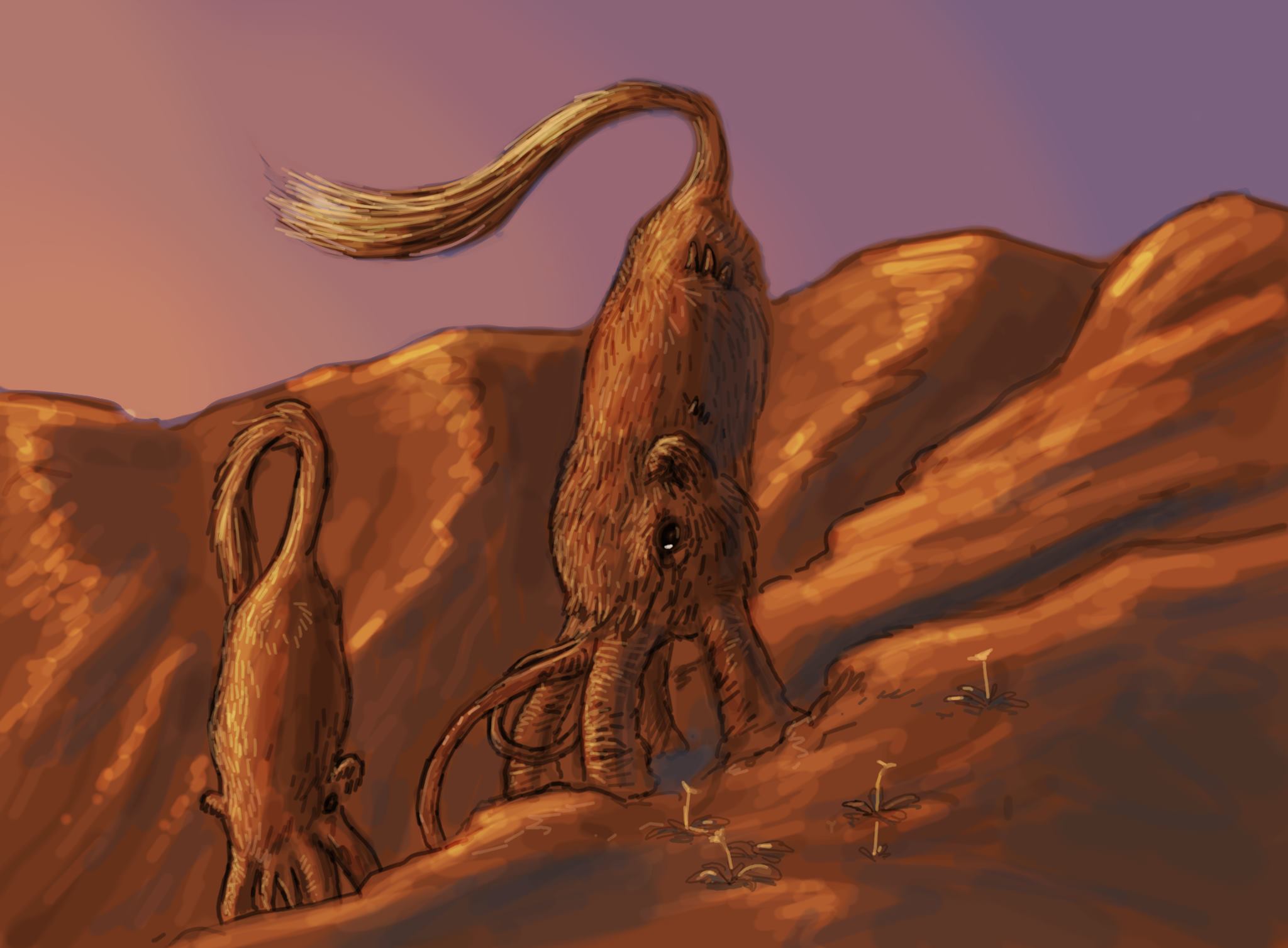
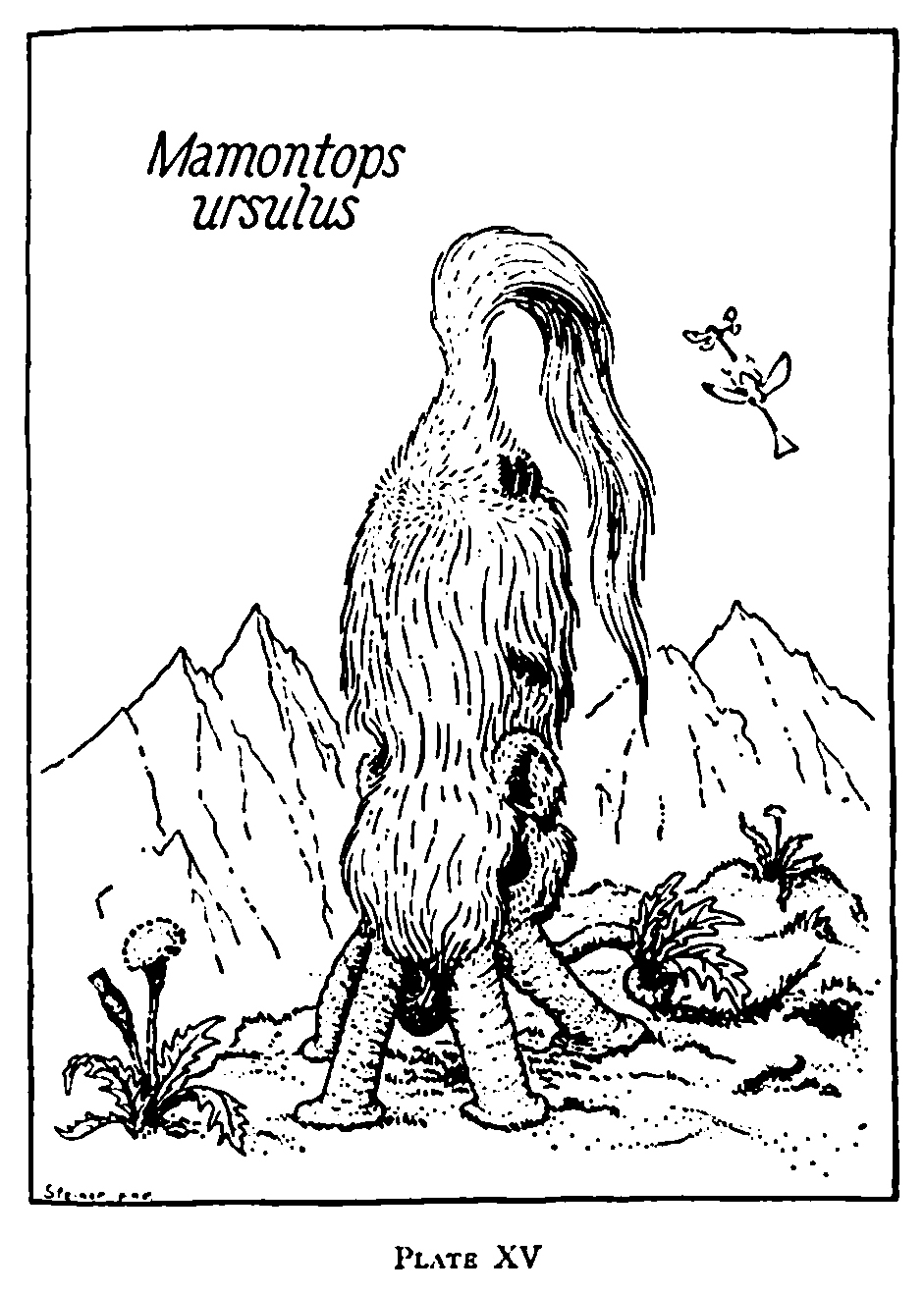
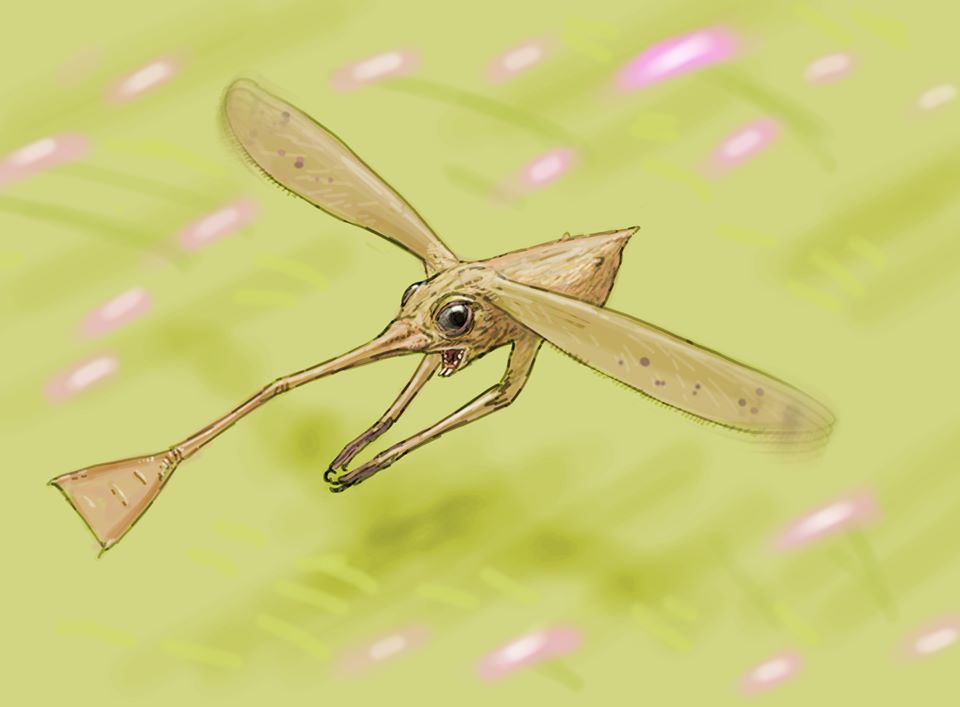
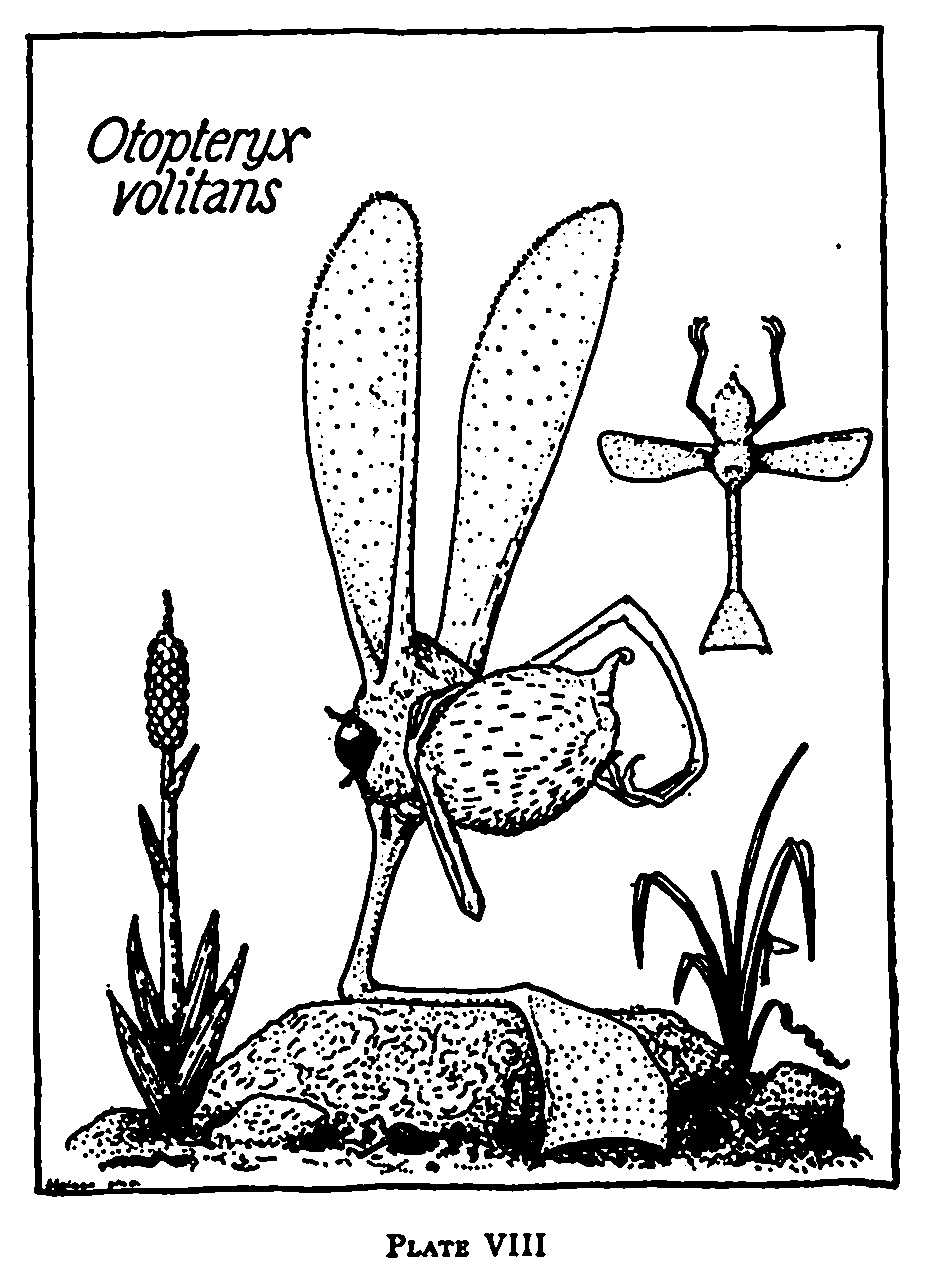
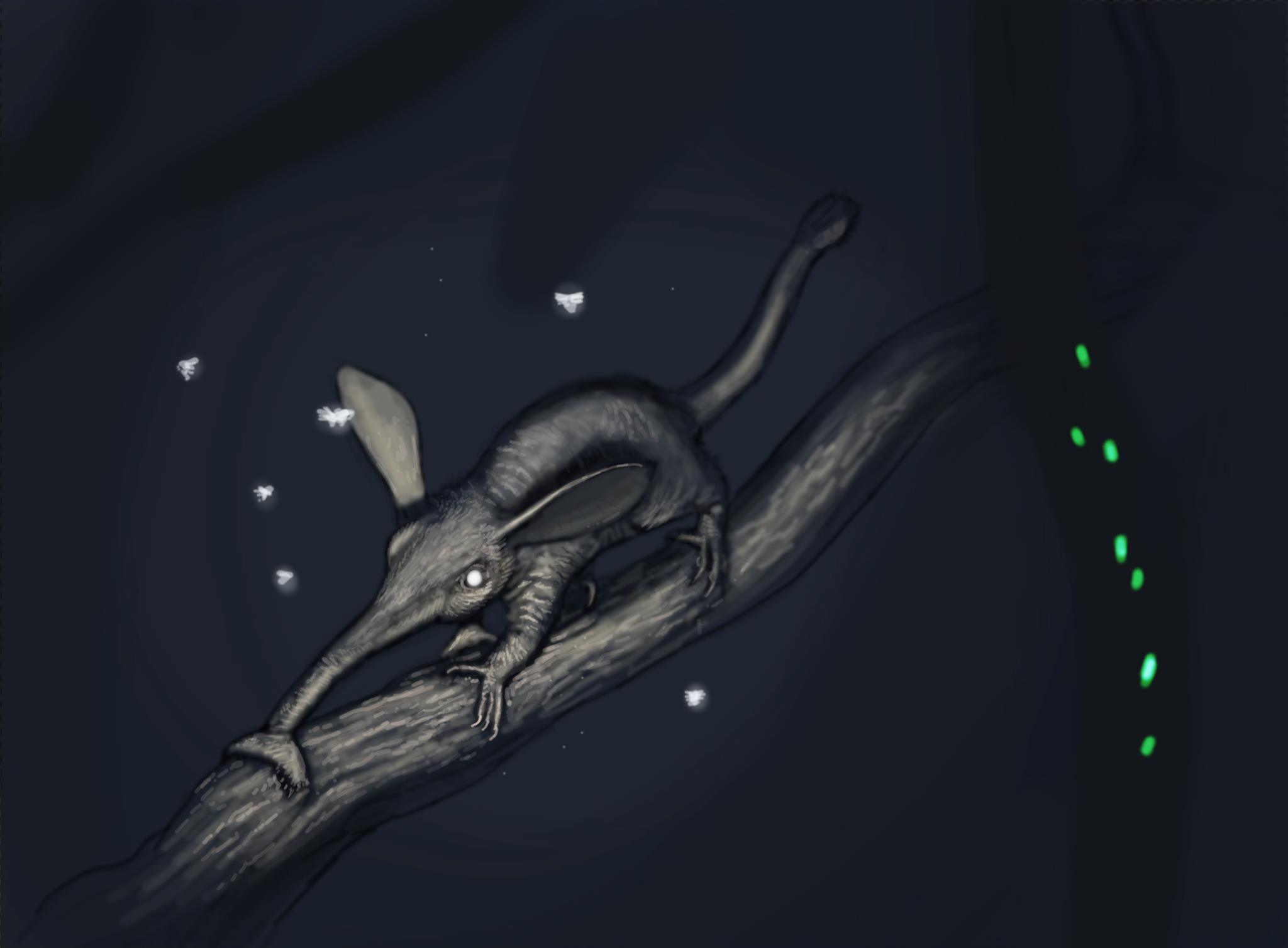
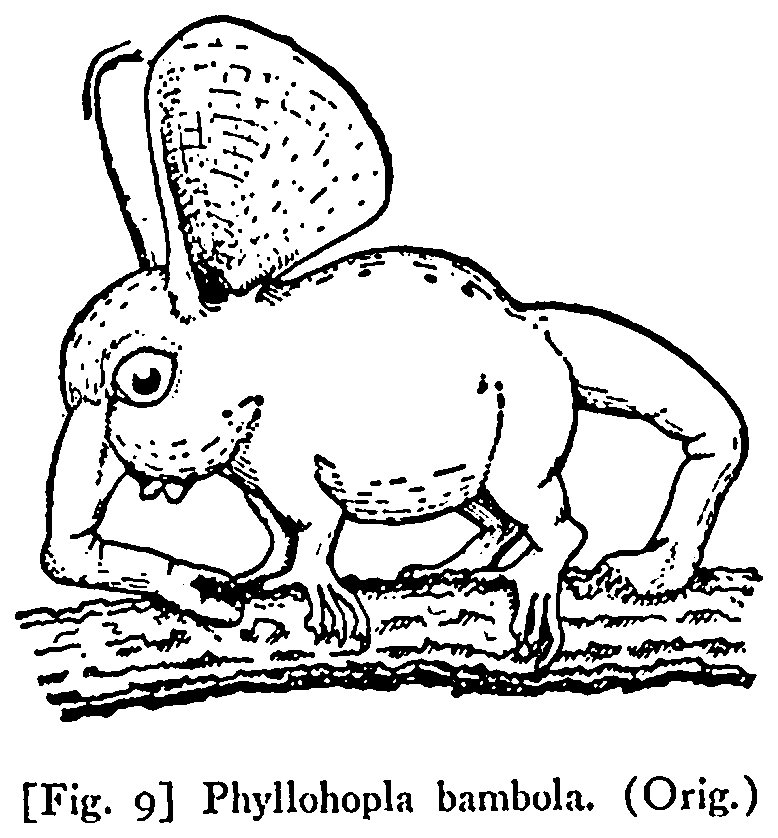
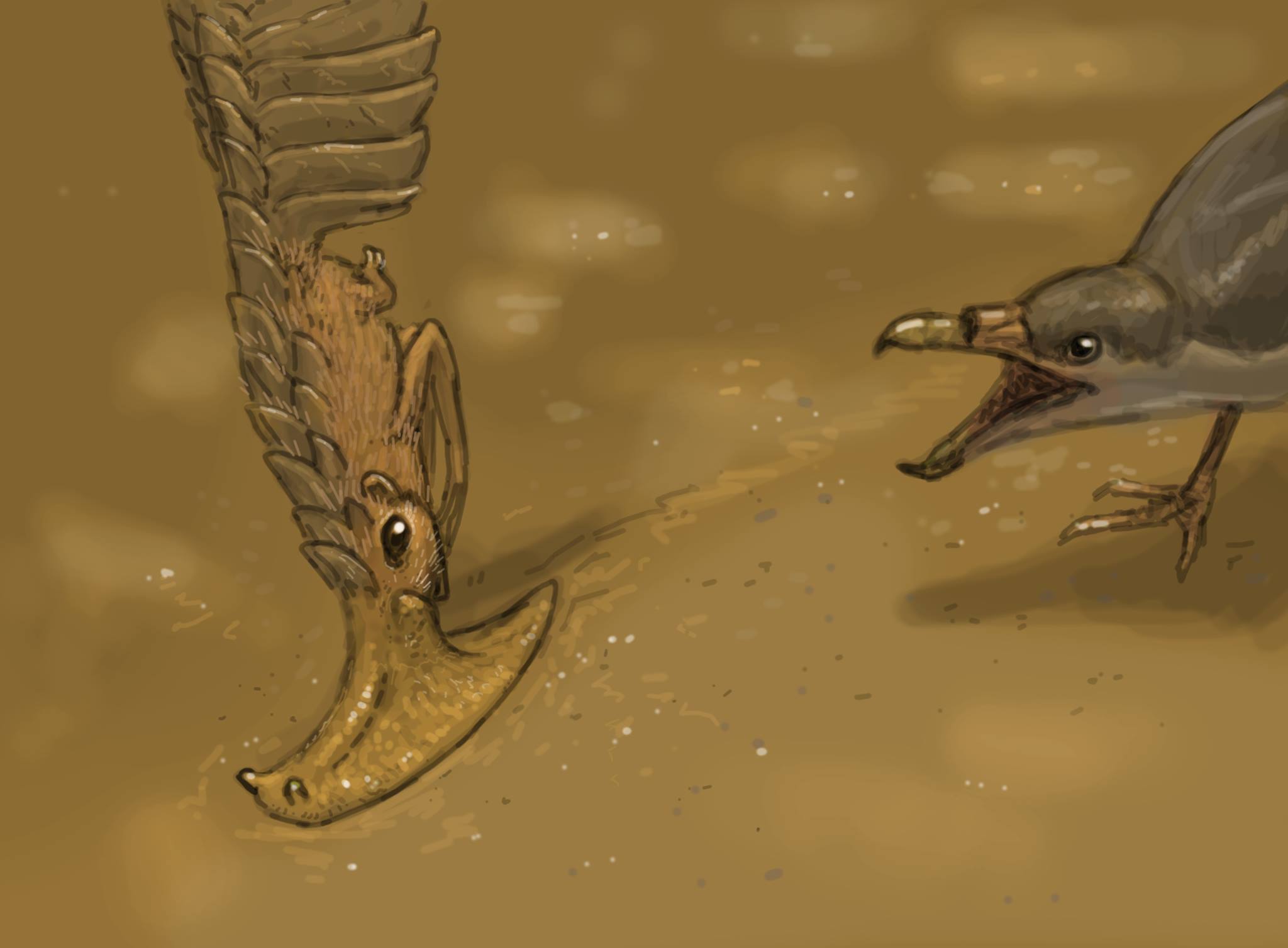
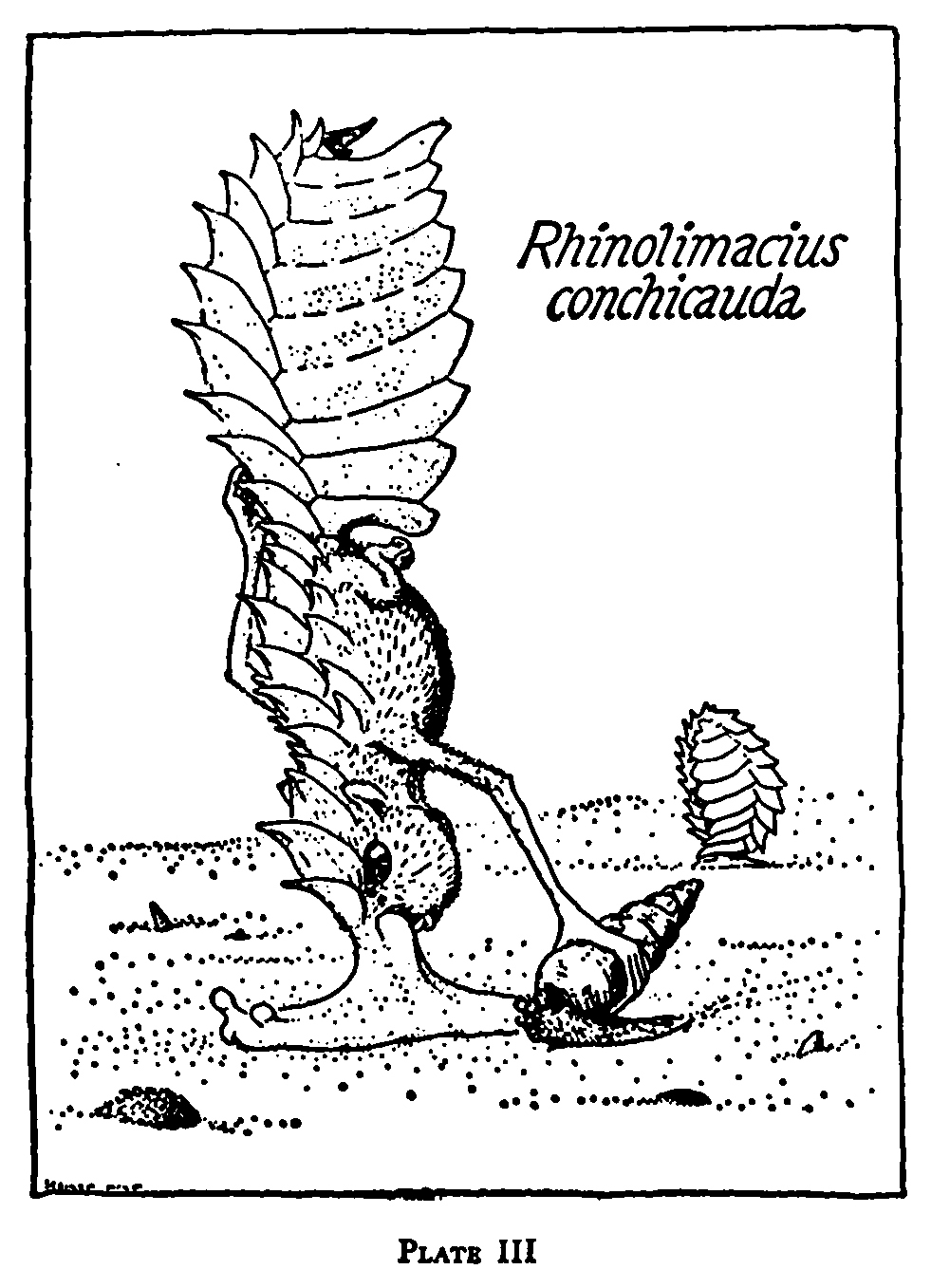
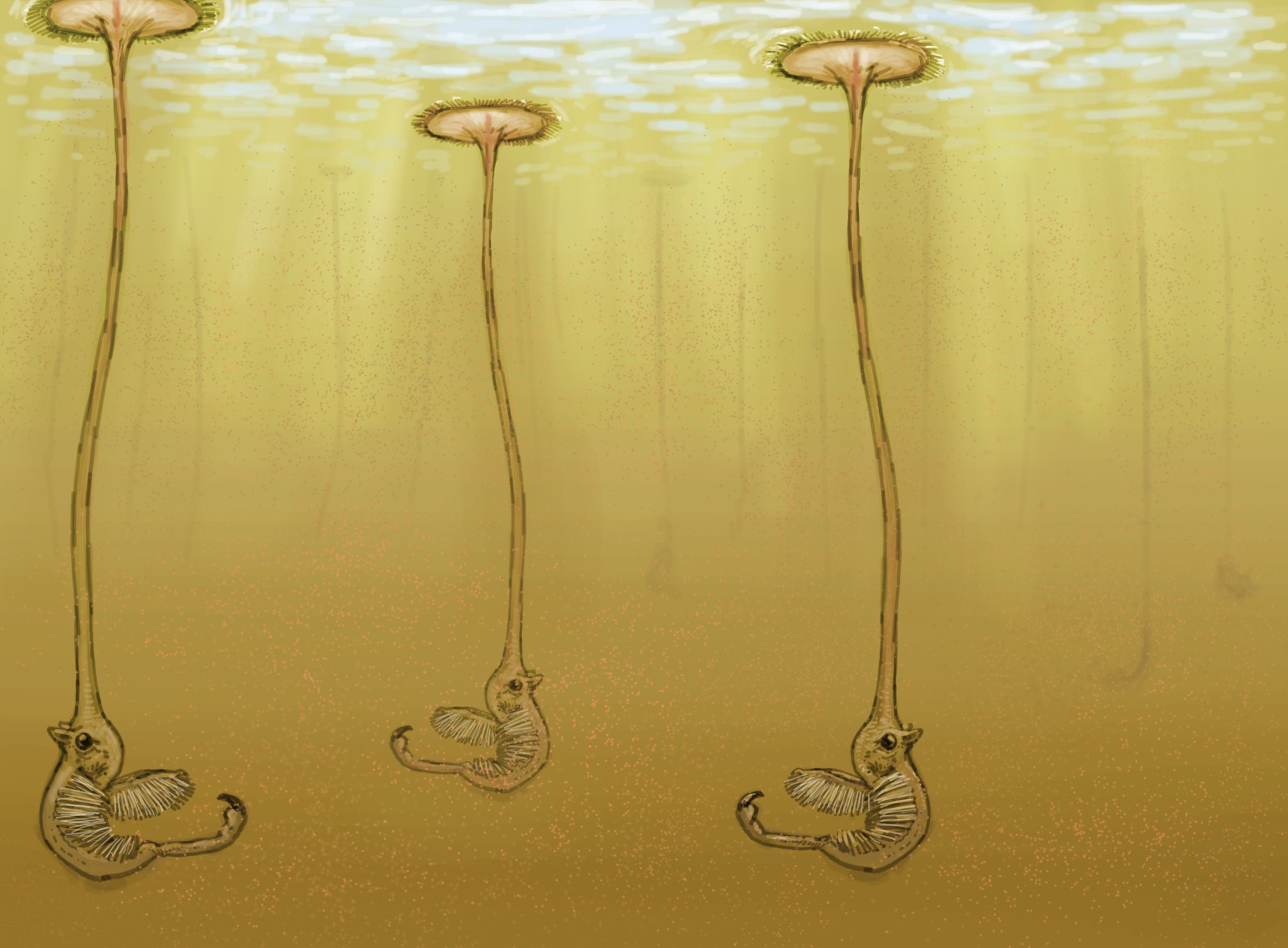
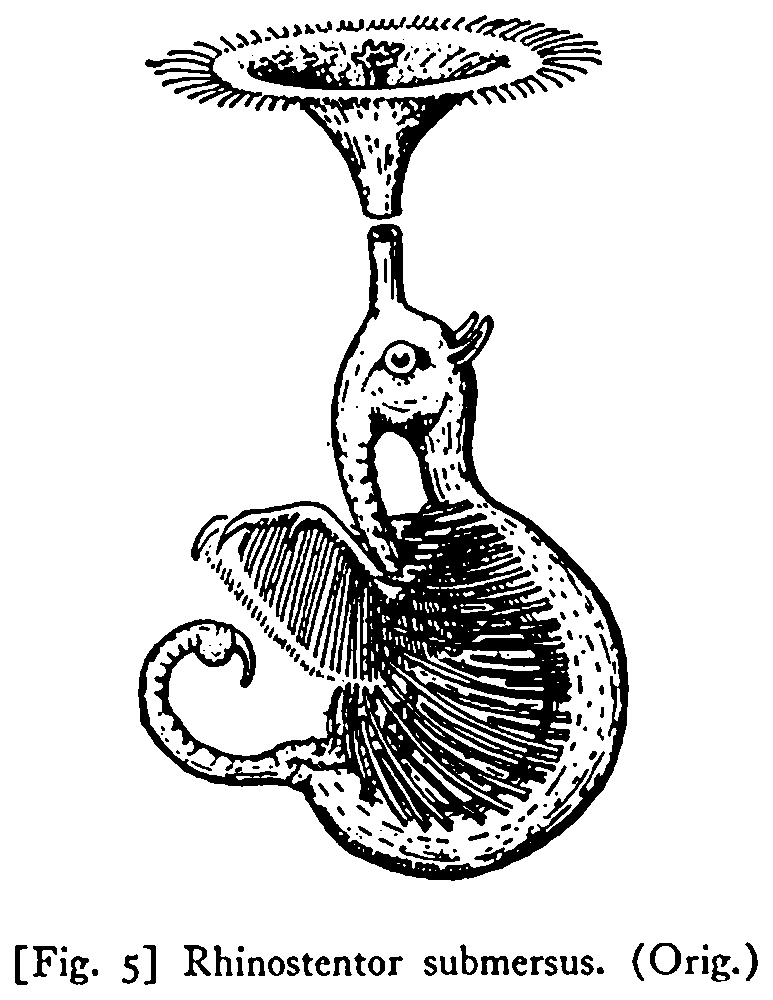
***
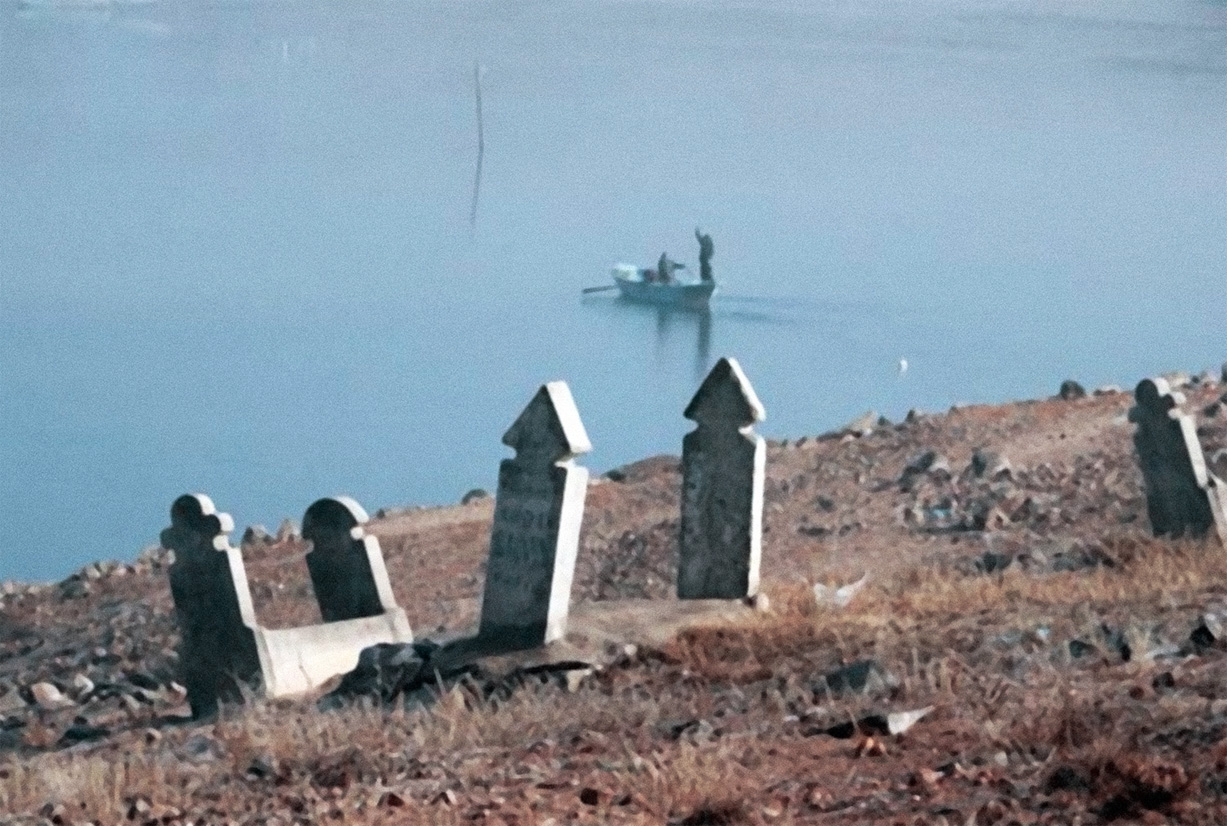
Photo credit: Mahmut Önal.
***
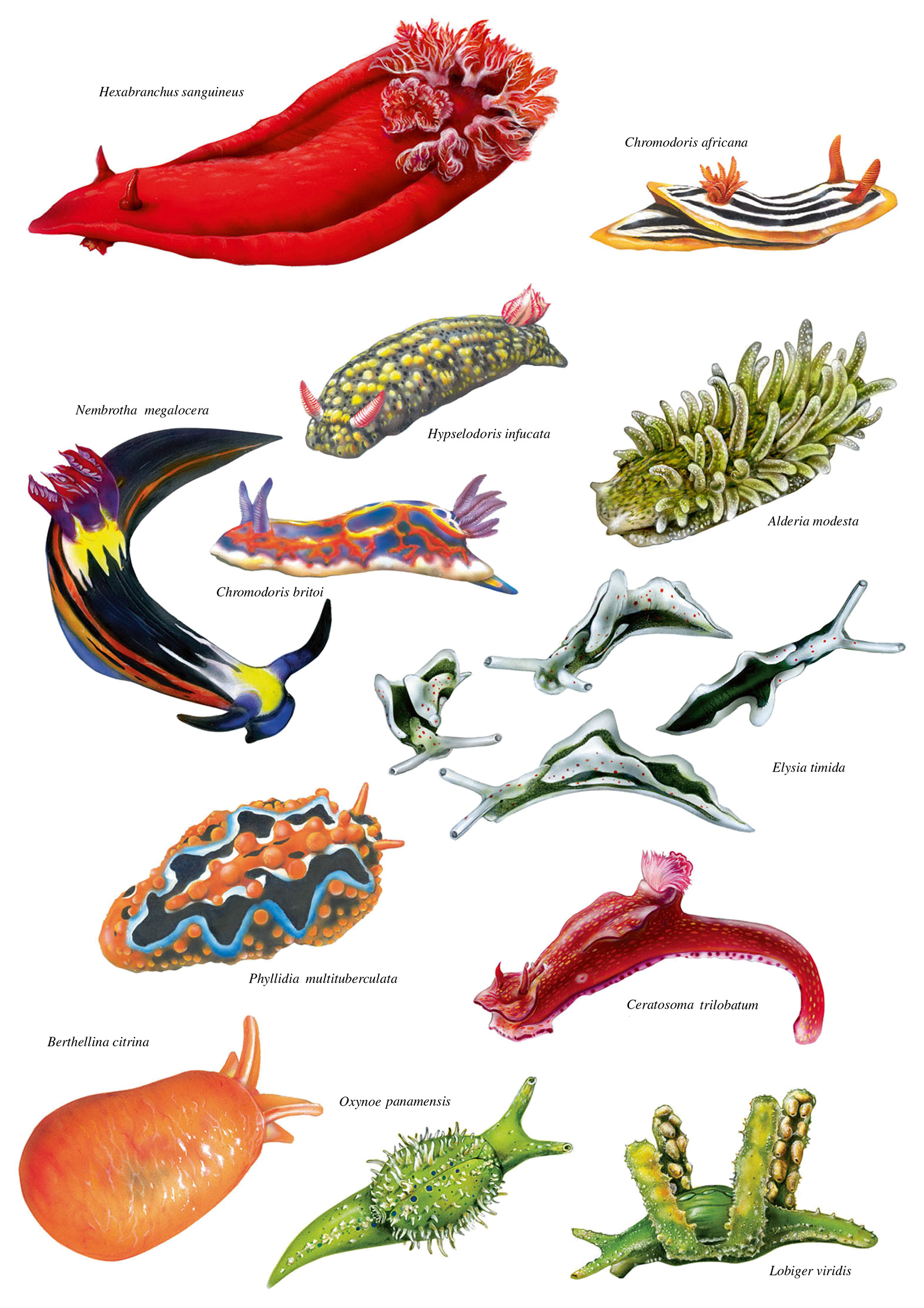
Source: Joseph Heller, Sea Snails: A Natural History, Springer, Zurich, 2015.
***
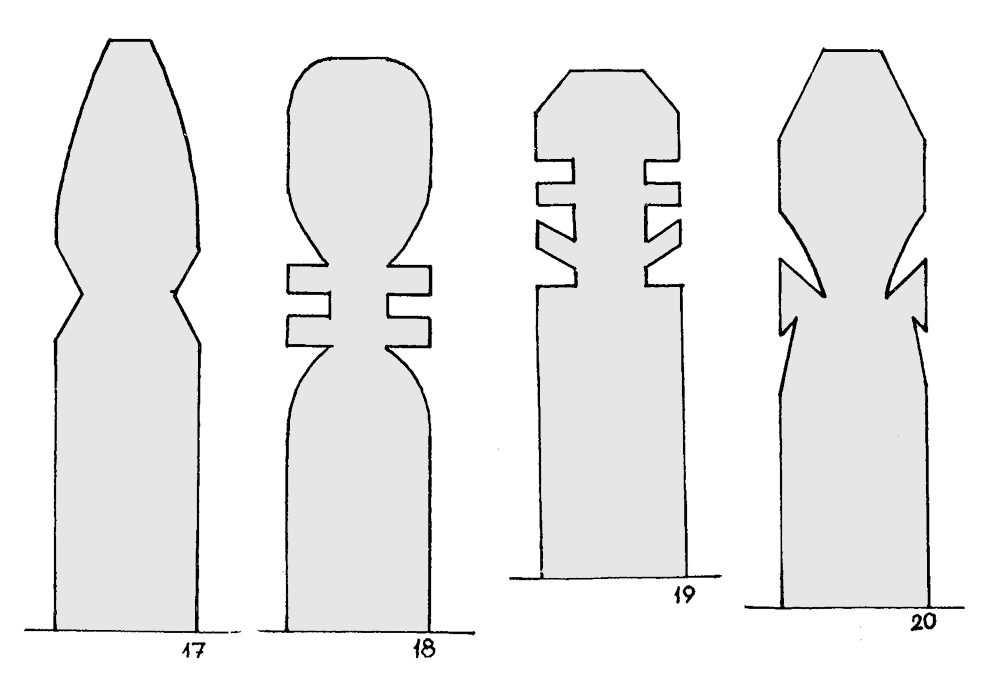
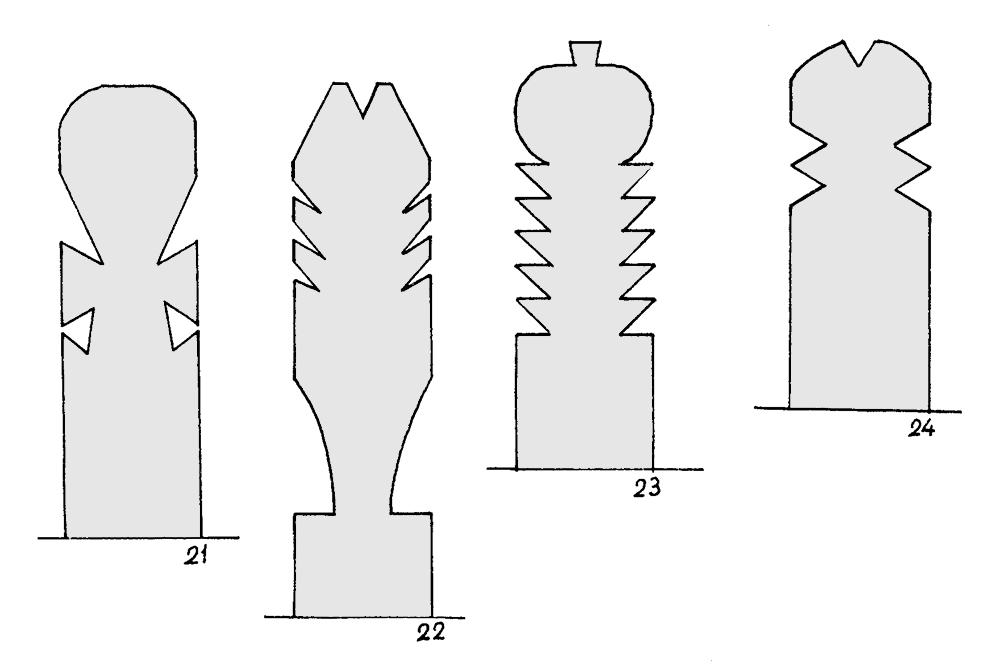
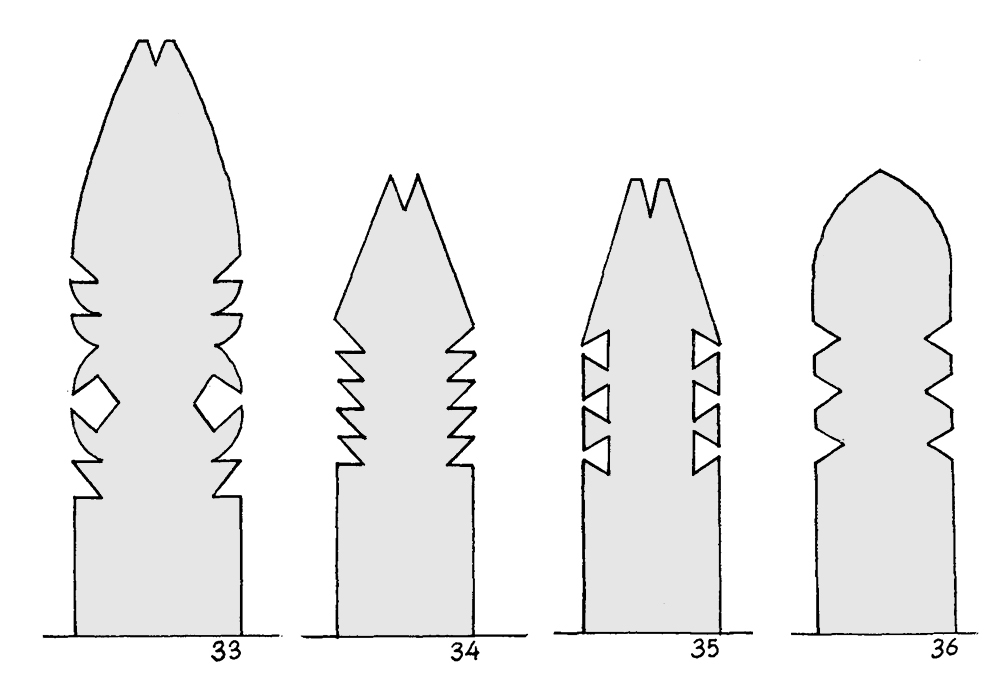
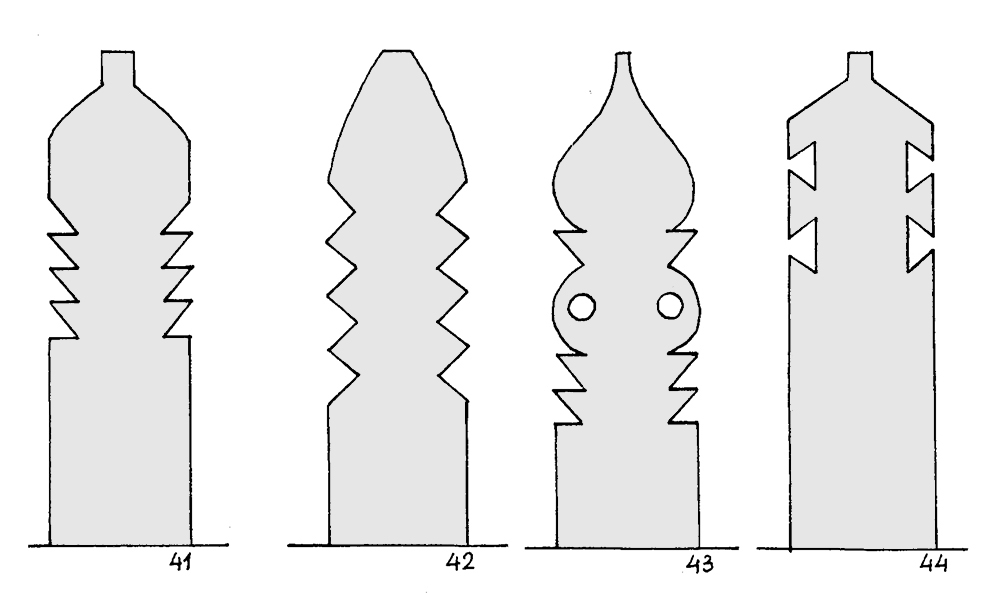
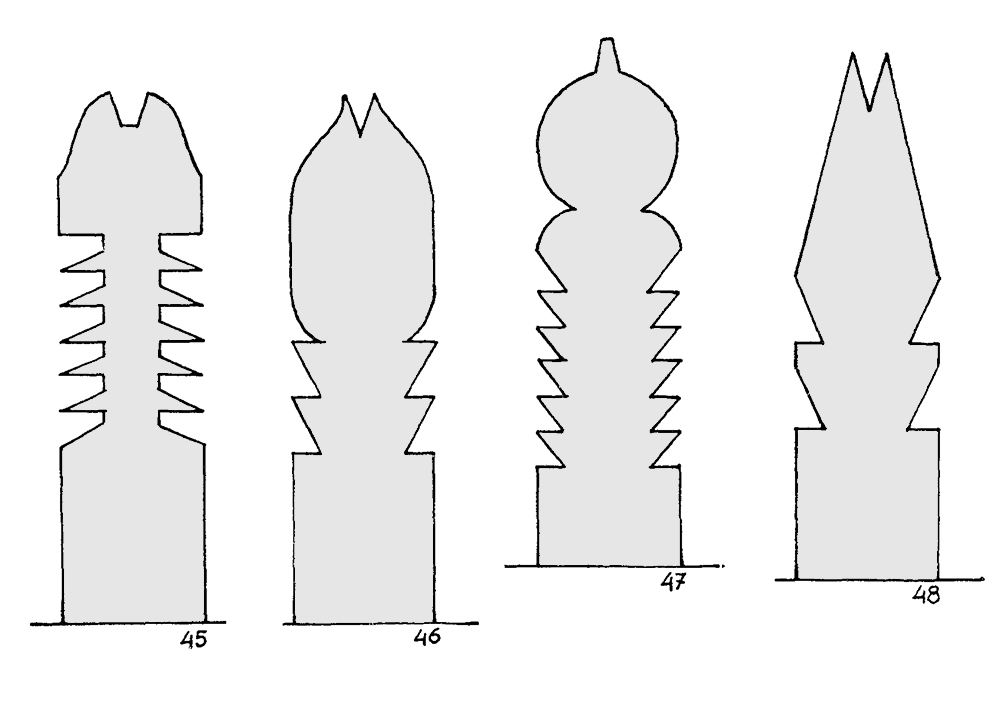
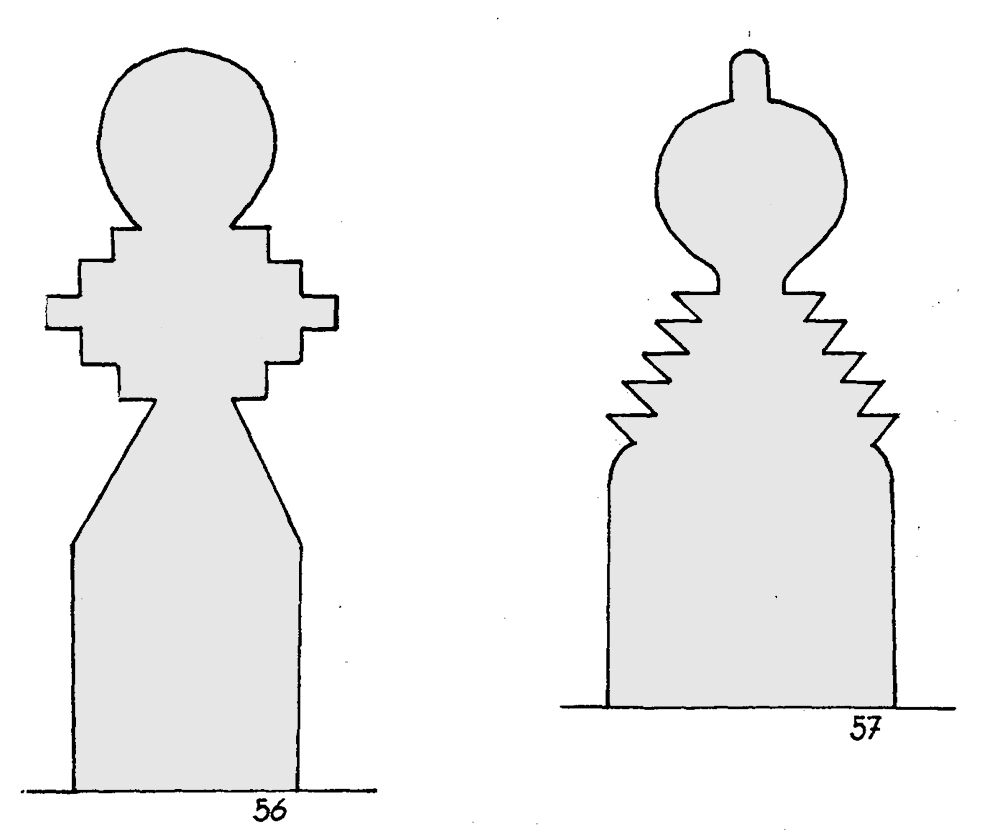
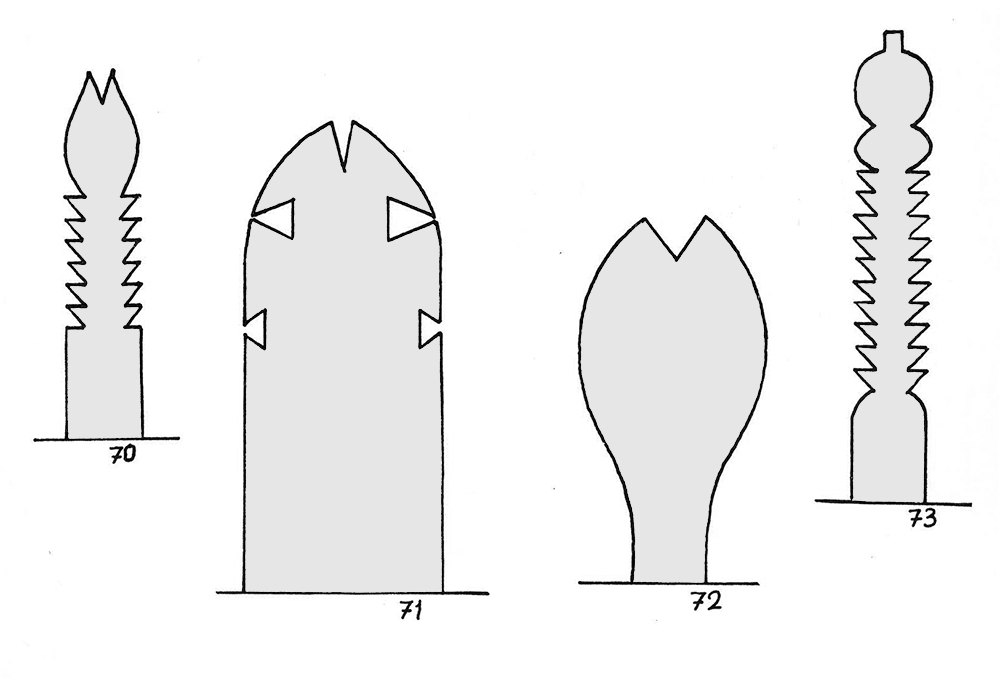
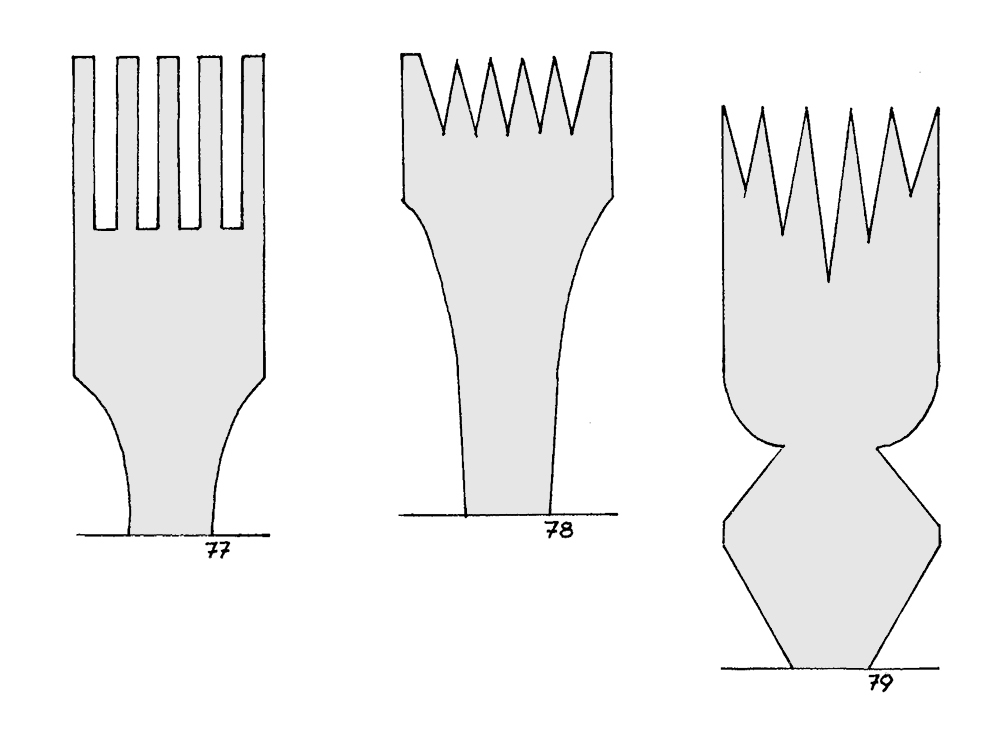
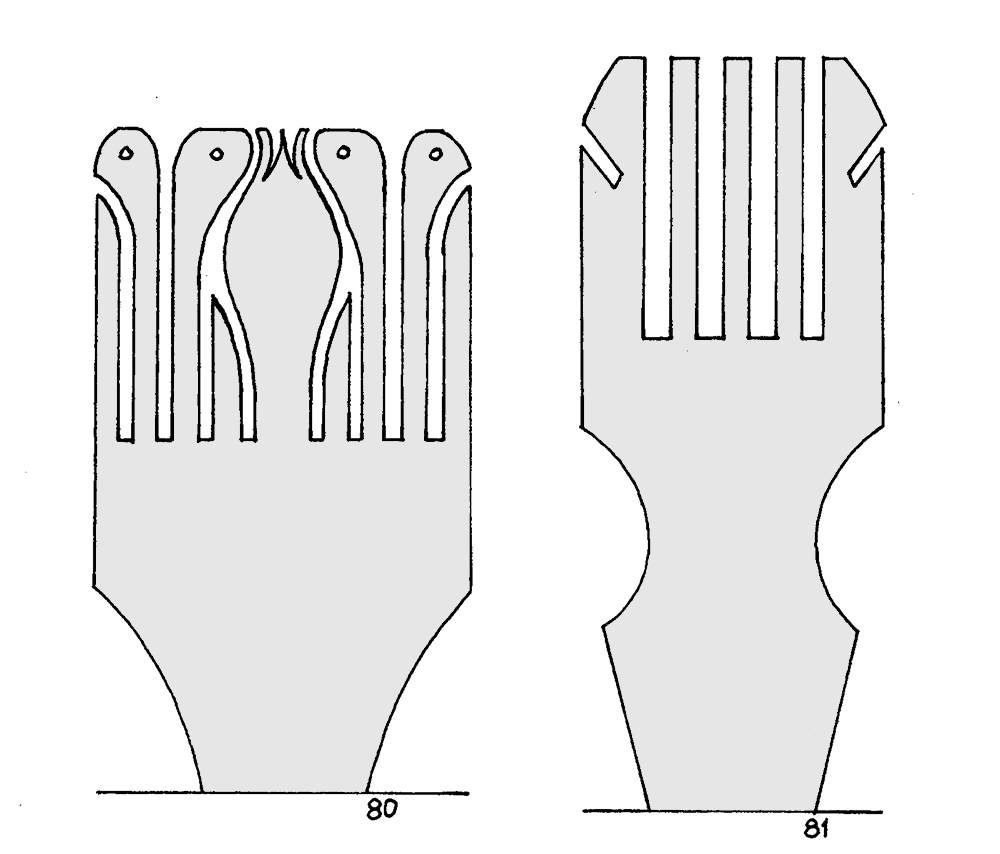
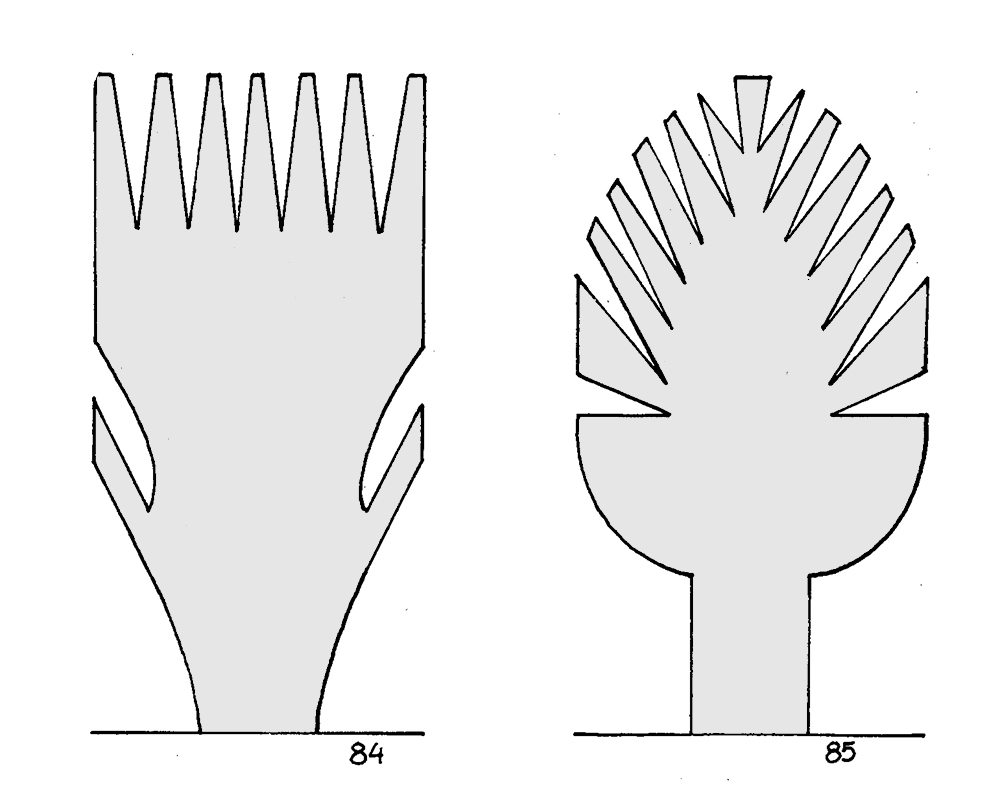
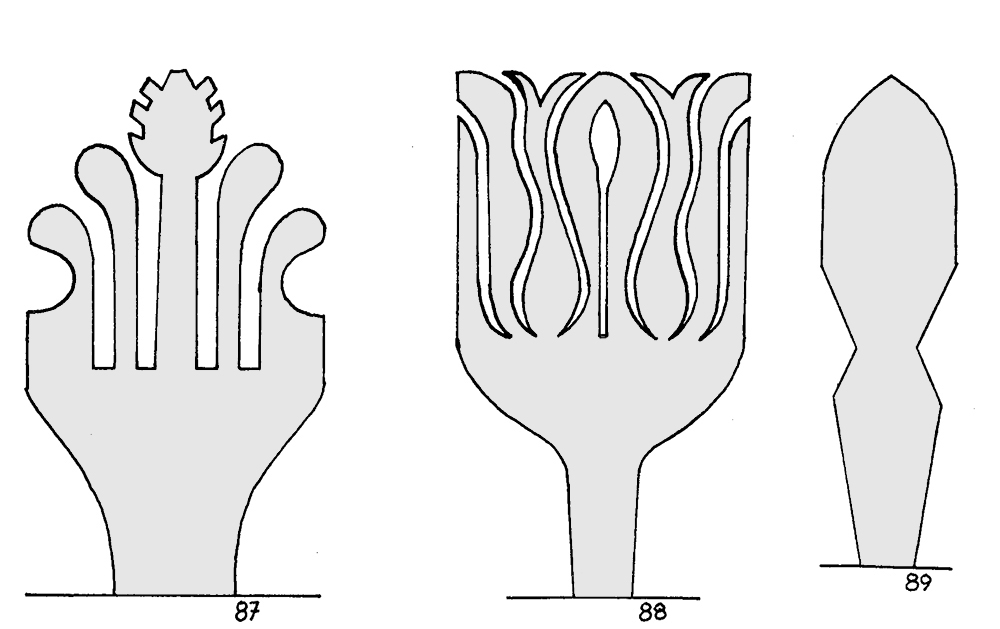
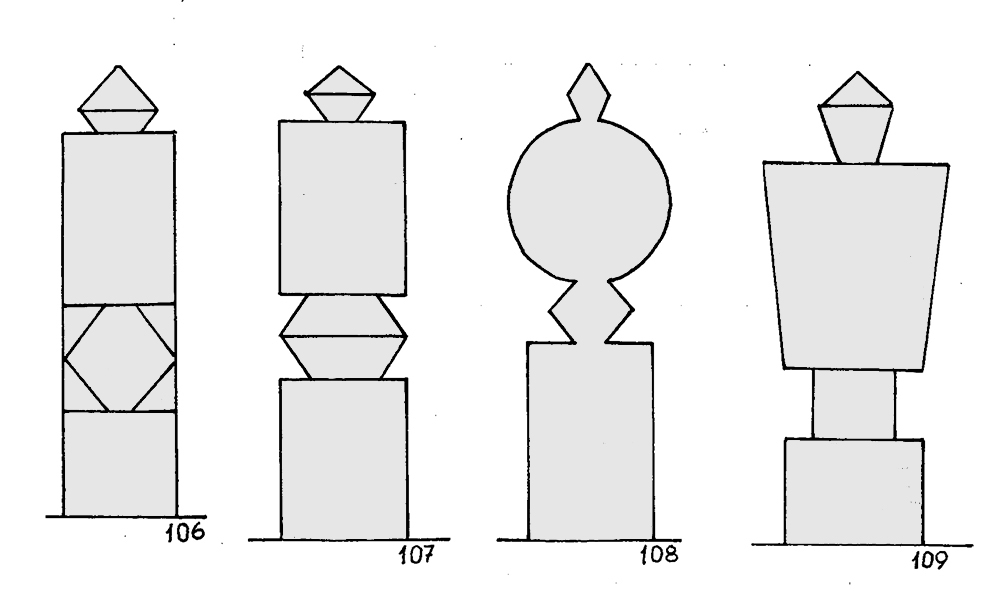
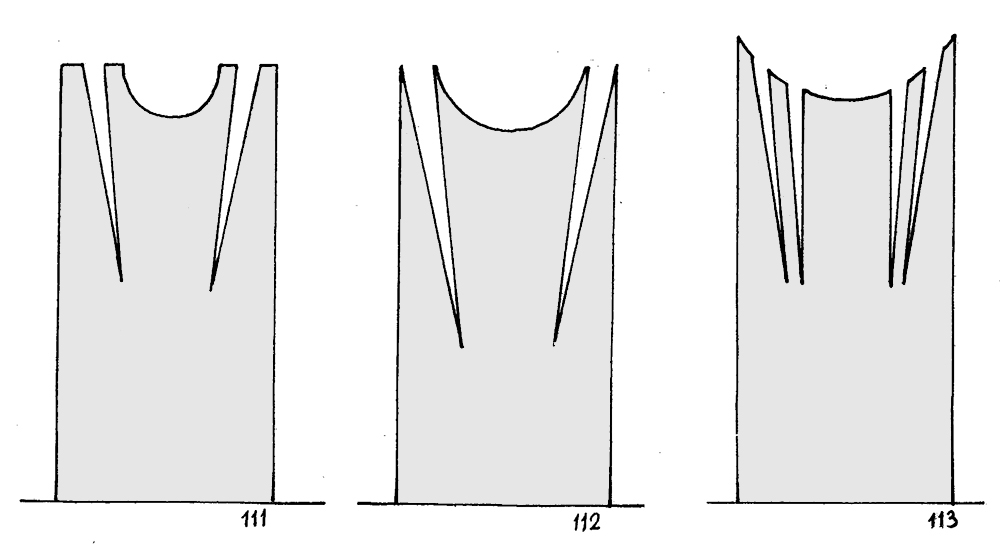
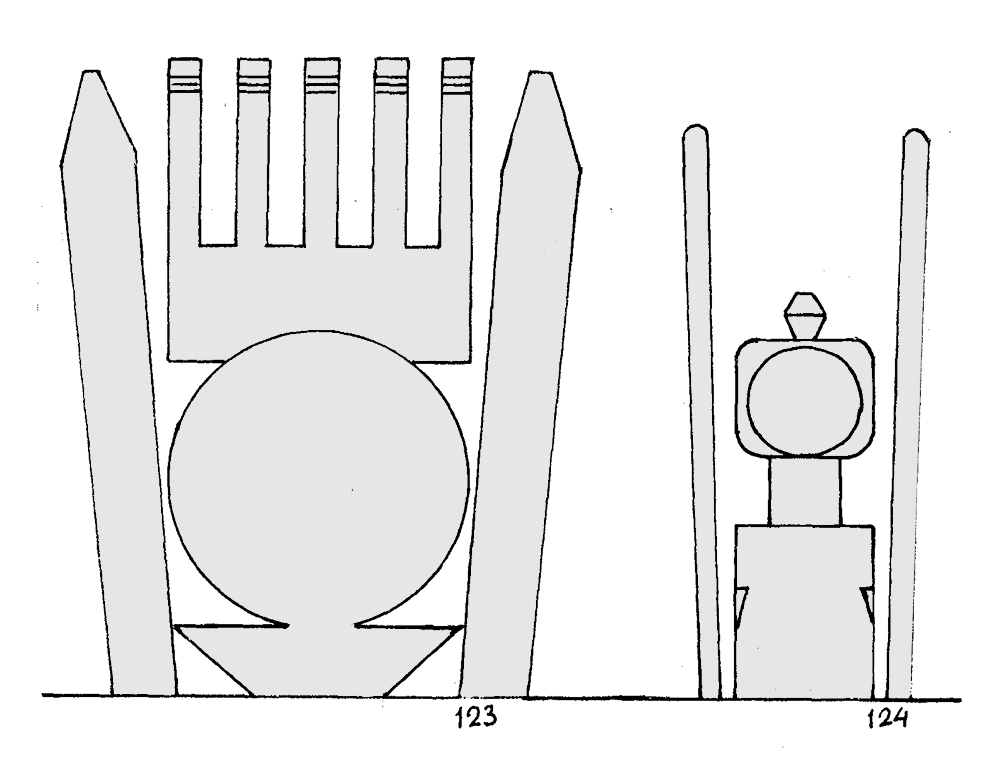
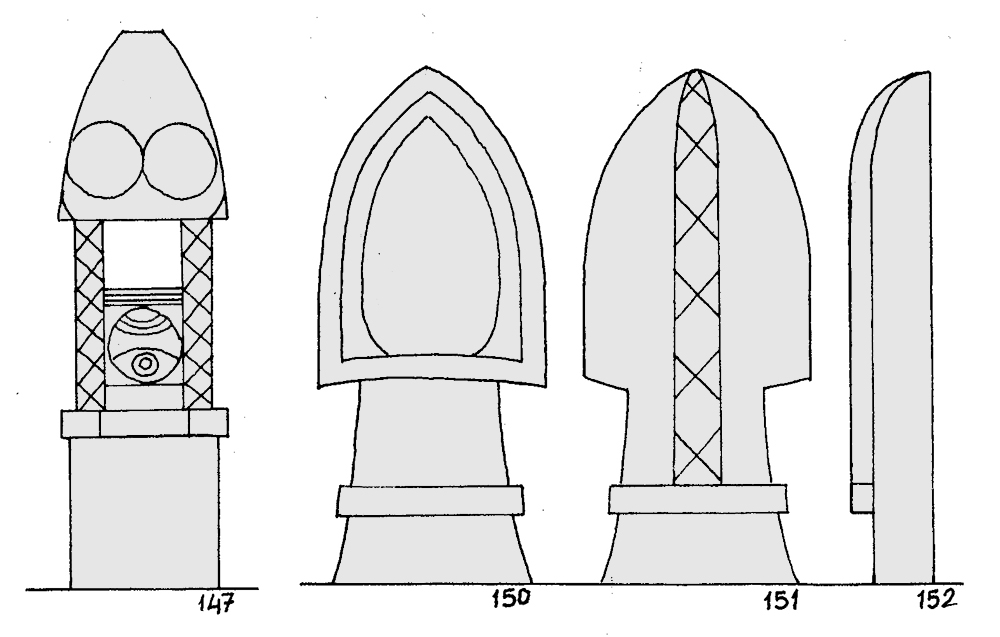

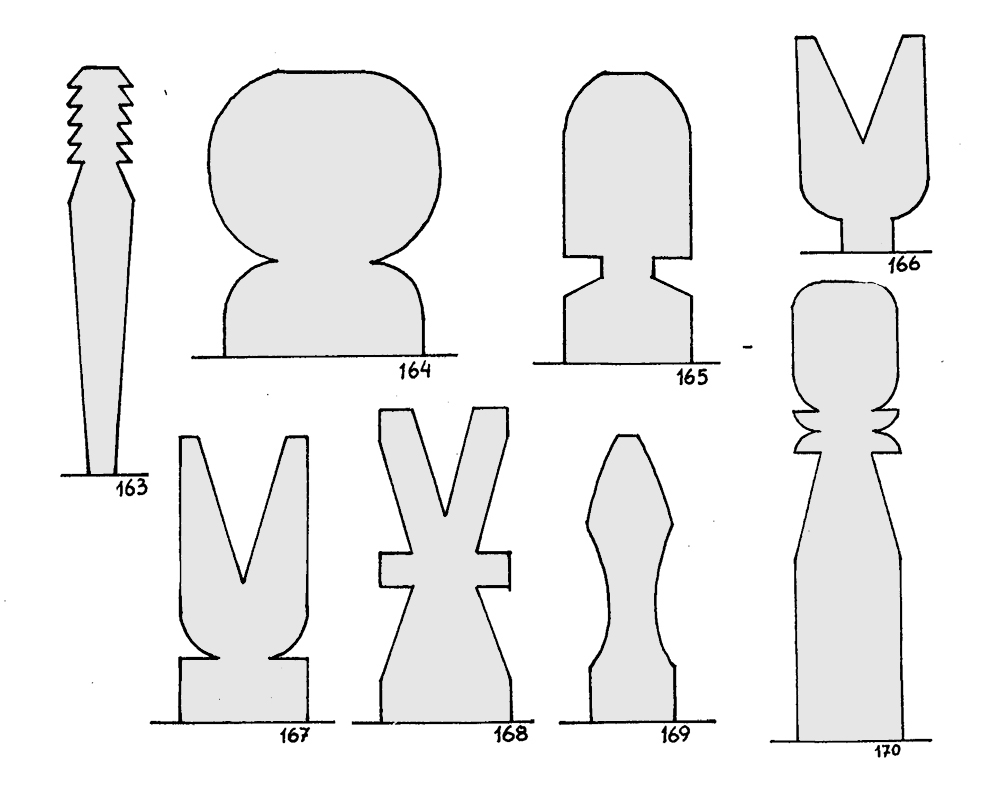
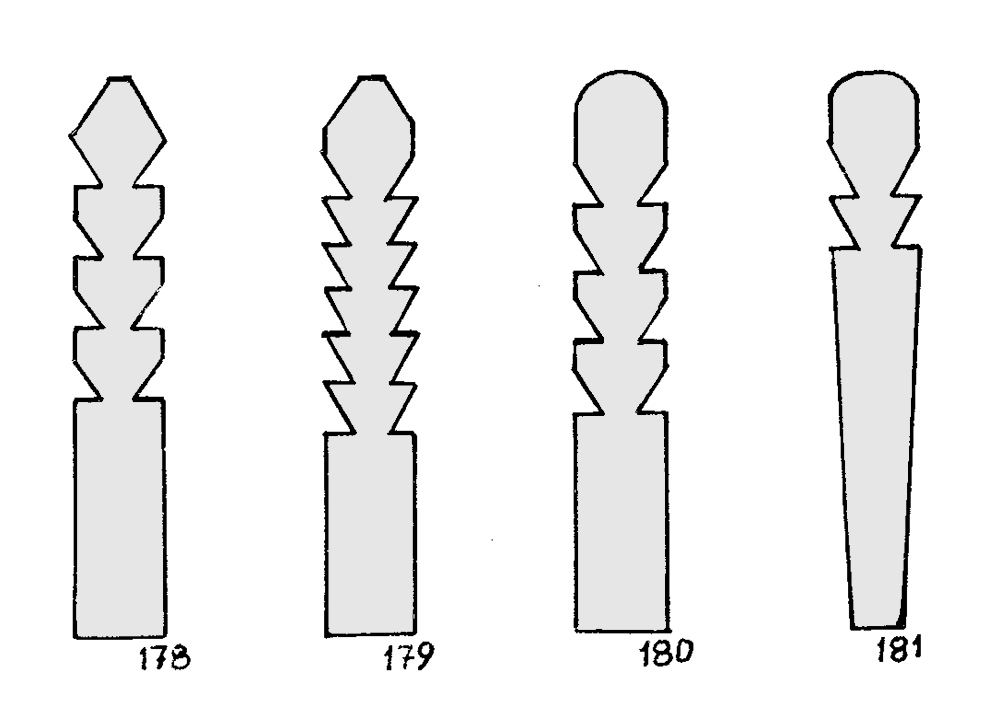
Source: Naci Eren, Hece Tahtaları, Arkeoloji ve Sanat, Istanbul, 1984.
***
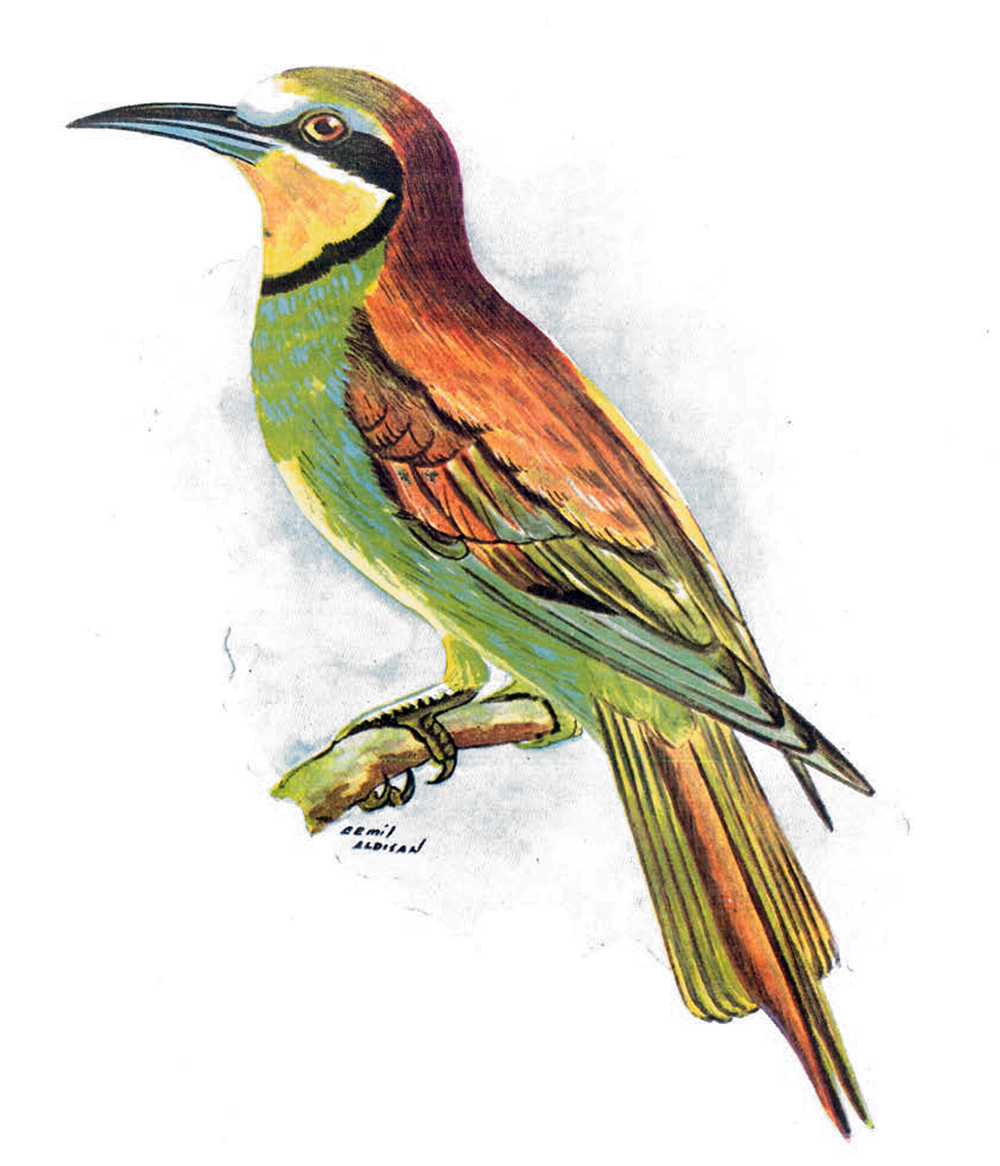
Merops apiaster, European bee-eater.
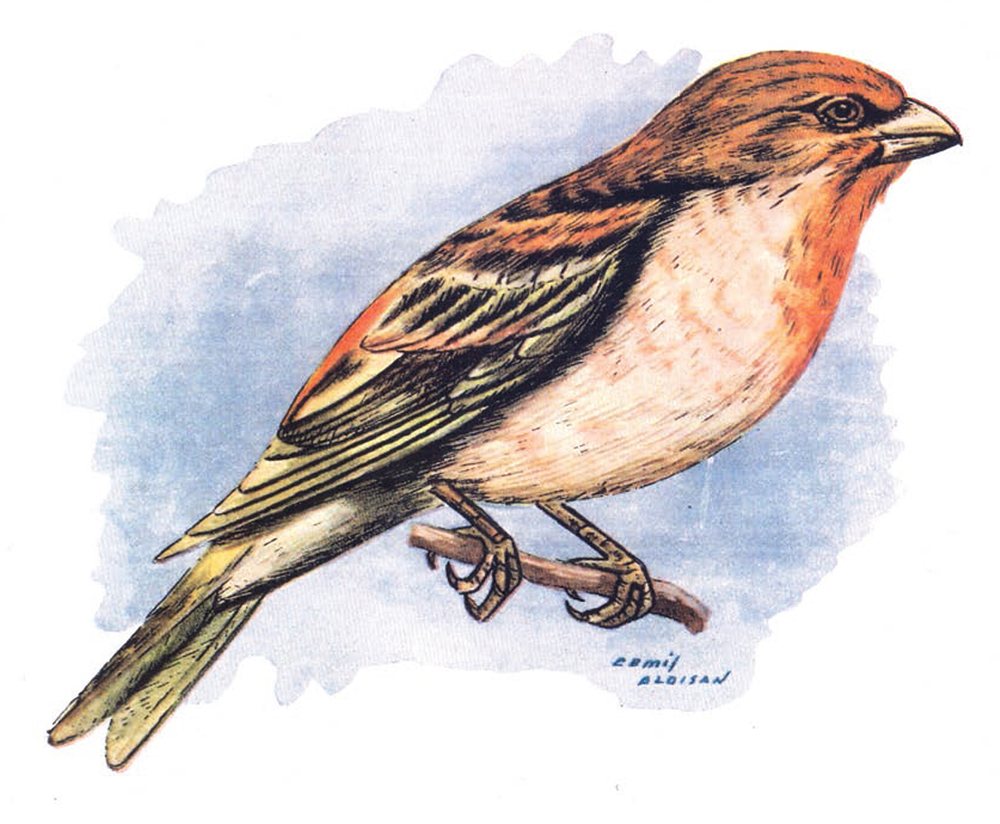
Carpodacus erytrinus, common rosefinch.
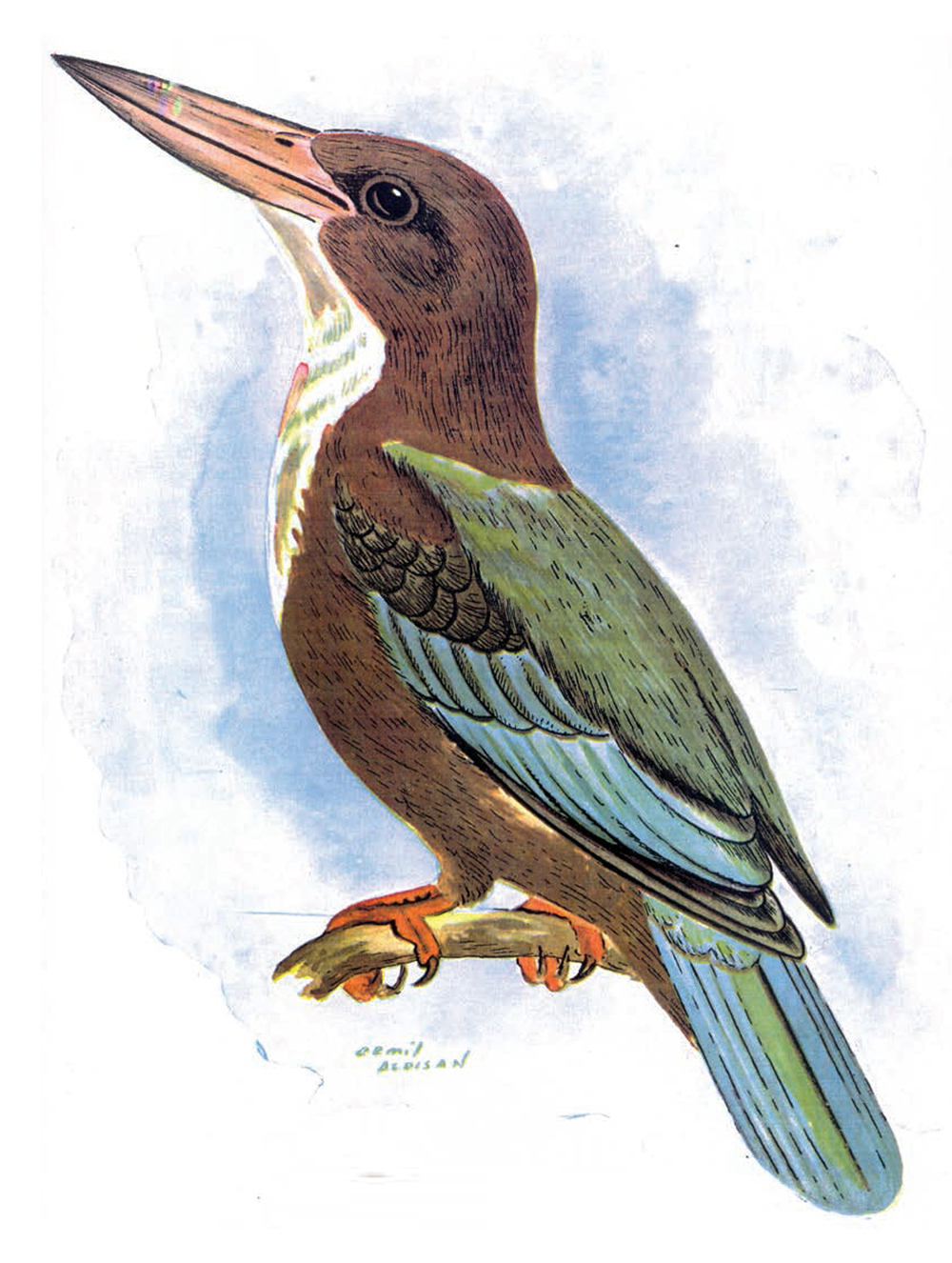
Halcyon smyrnensis, white-throated kingfisher.
Source: Saadet Ergene, Türkiye Kuşları, İstanbul Üniversitesi Kenan Matbaası, Istanbul, 1945.
***
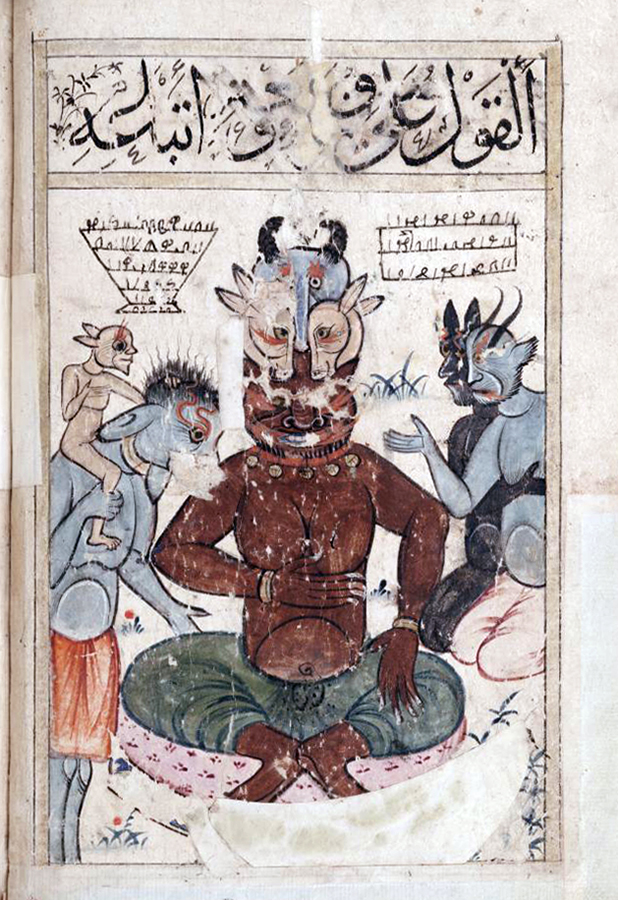
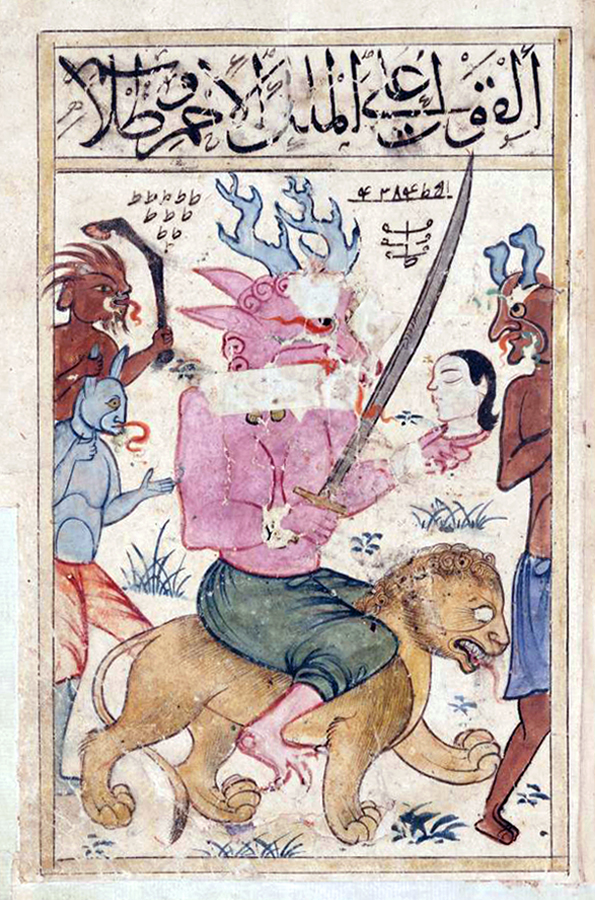
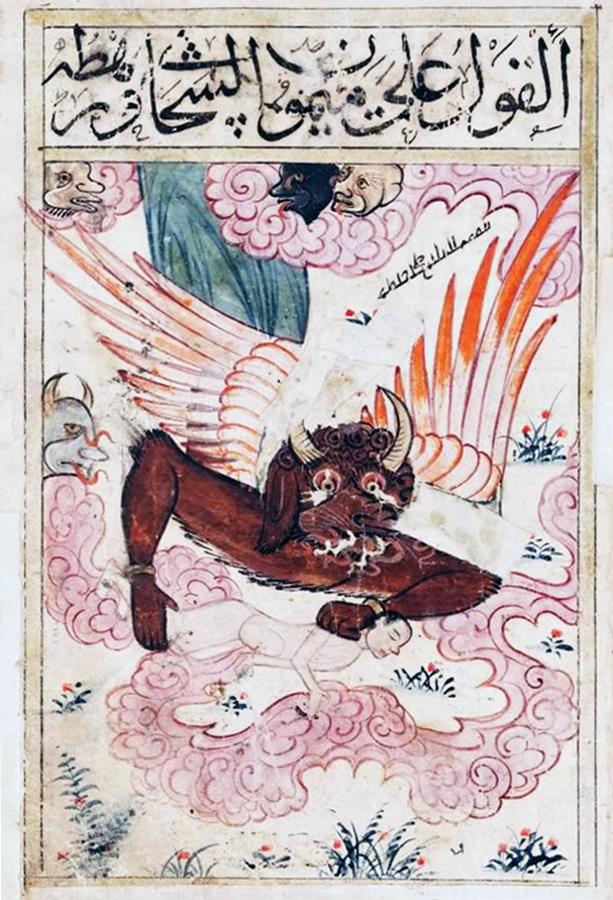
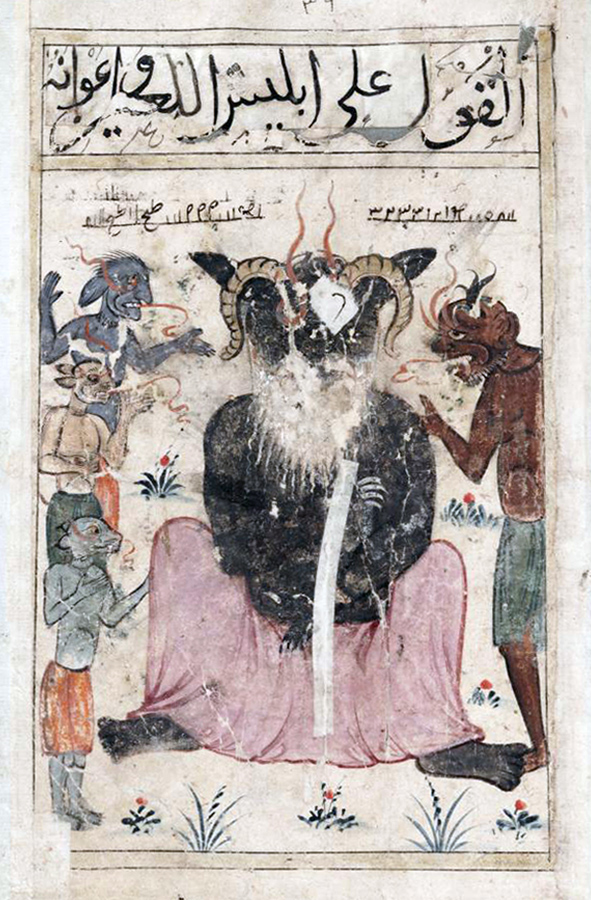
Source: Kitab al Bulhan (Book of Wonders), via Public Domain Review.
***
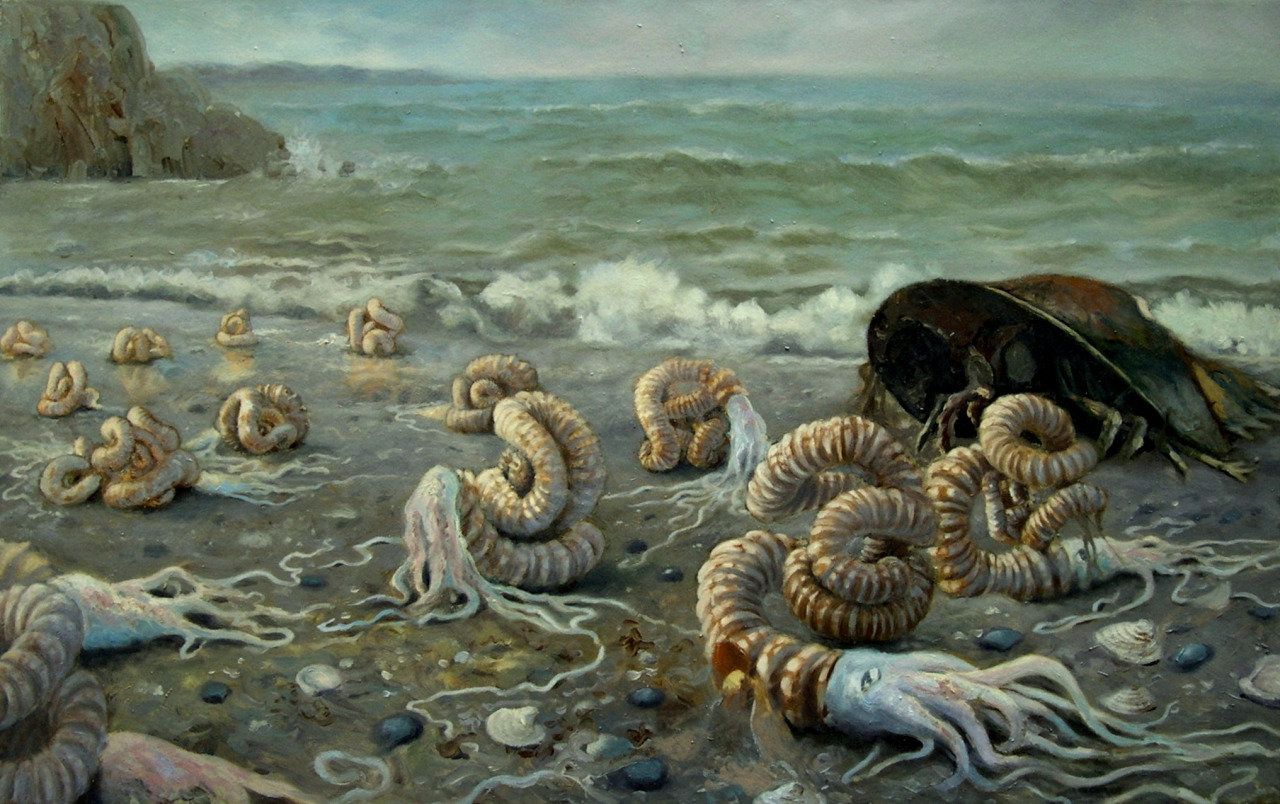
Artist: Emiliano Troco.
***
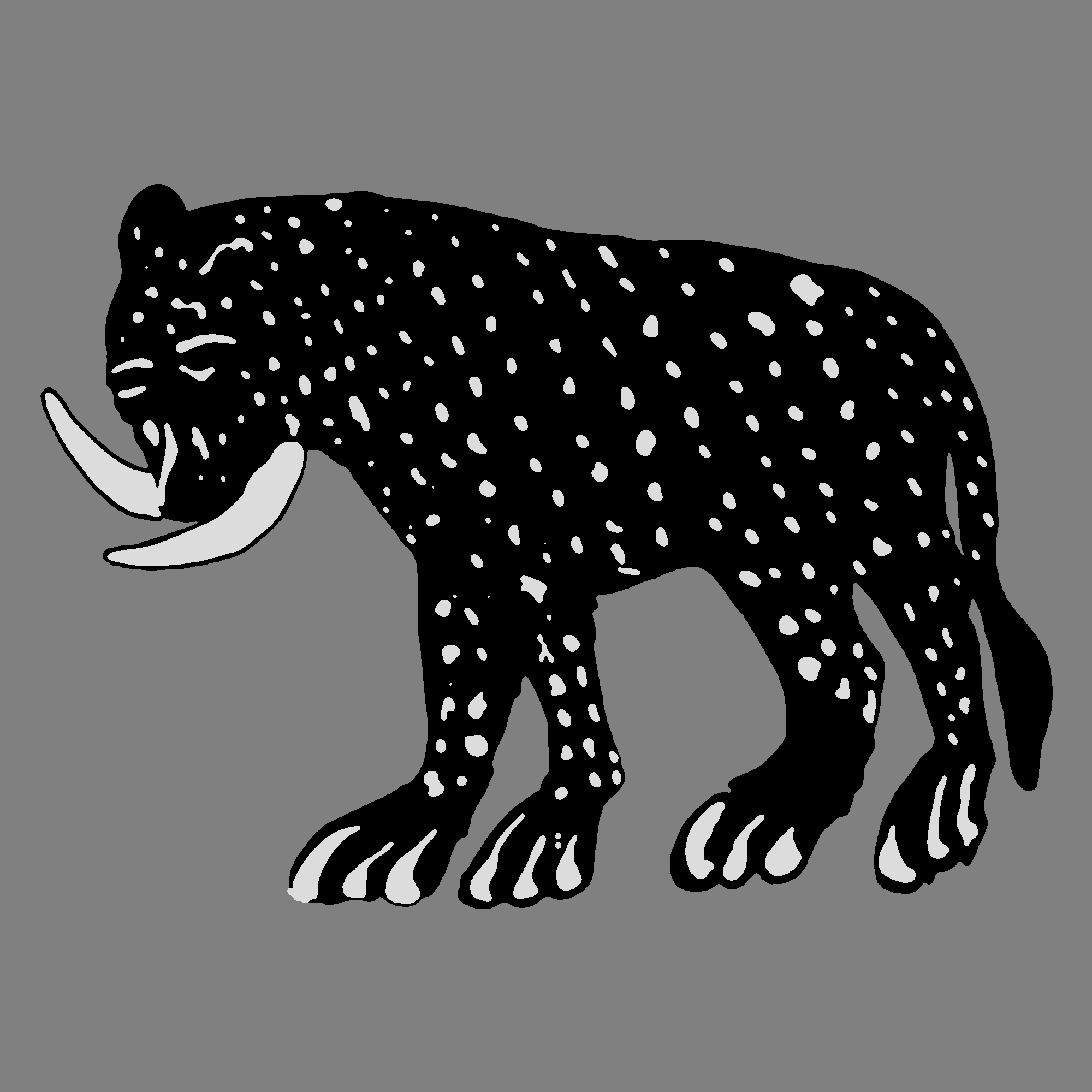
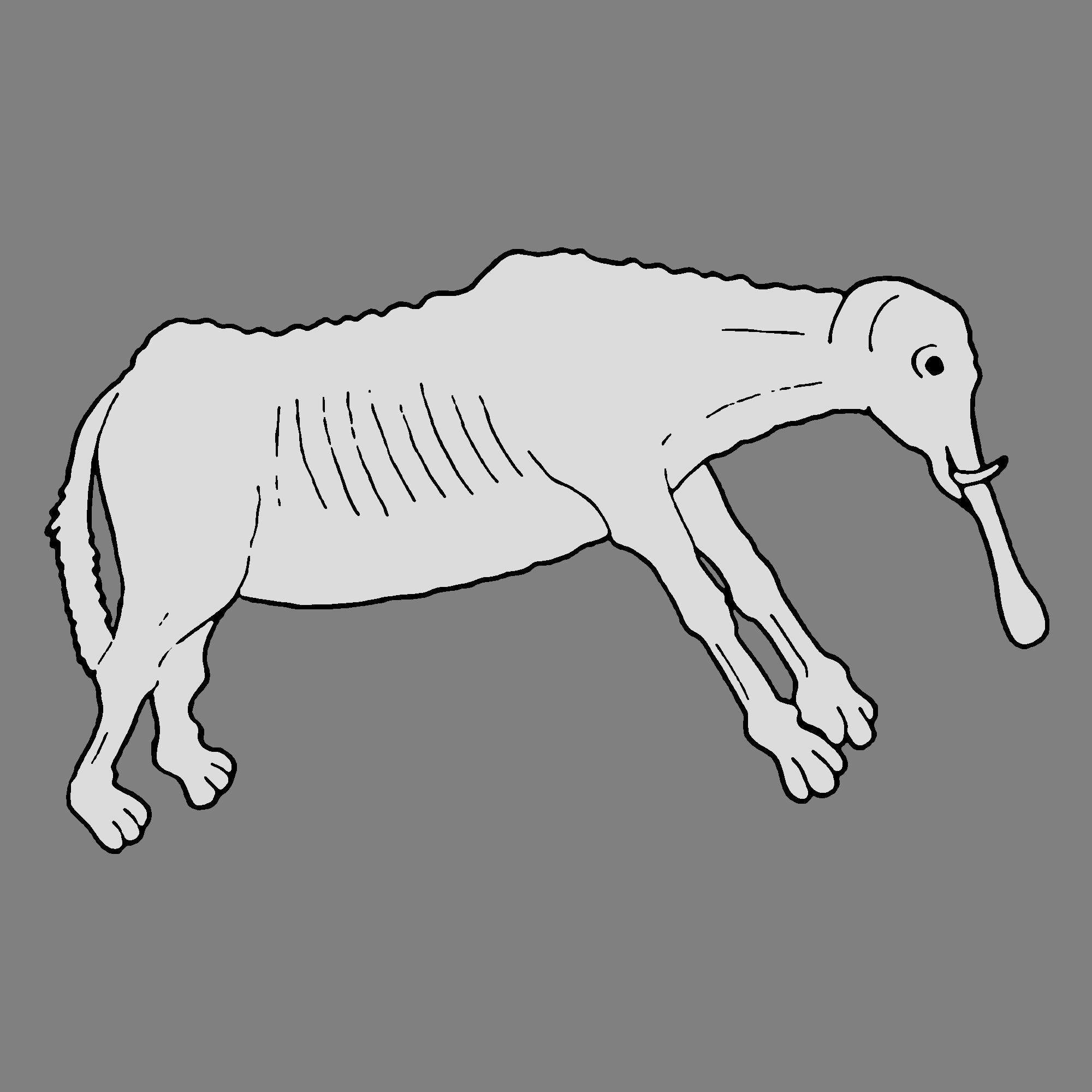
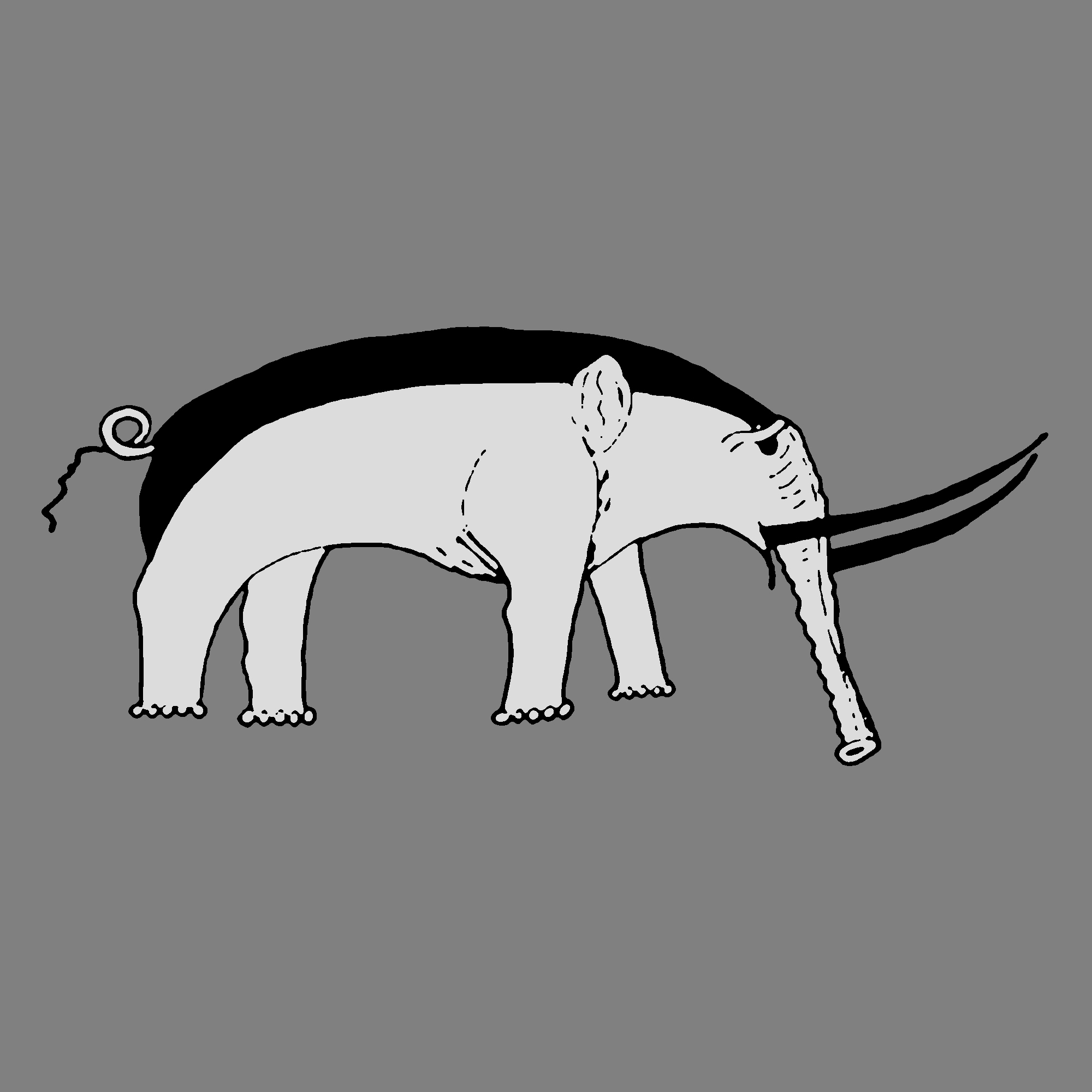
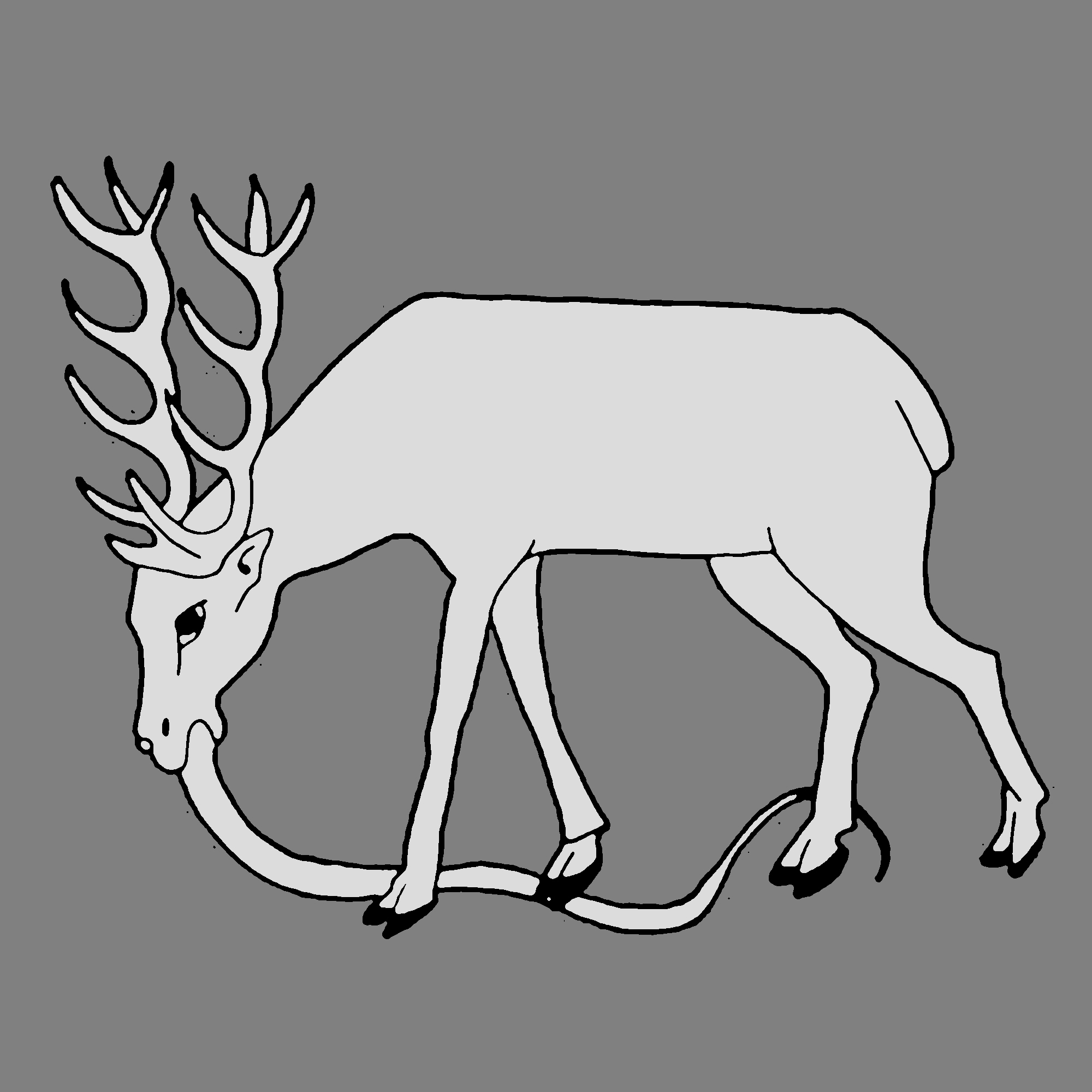
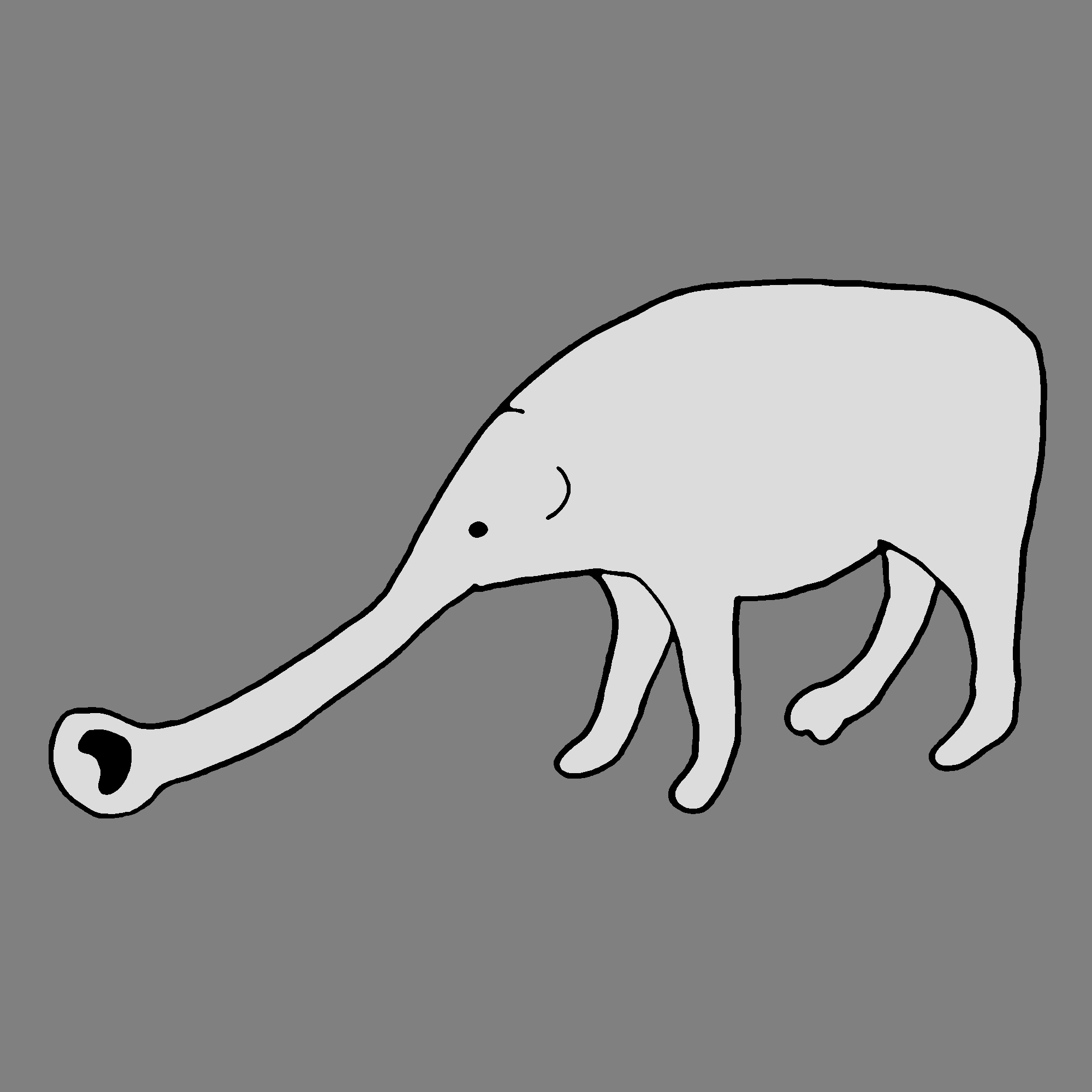
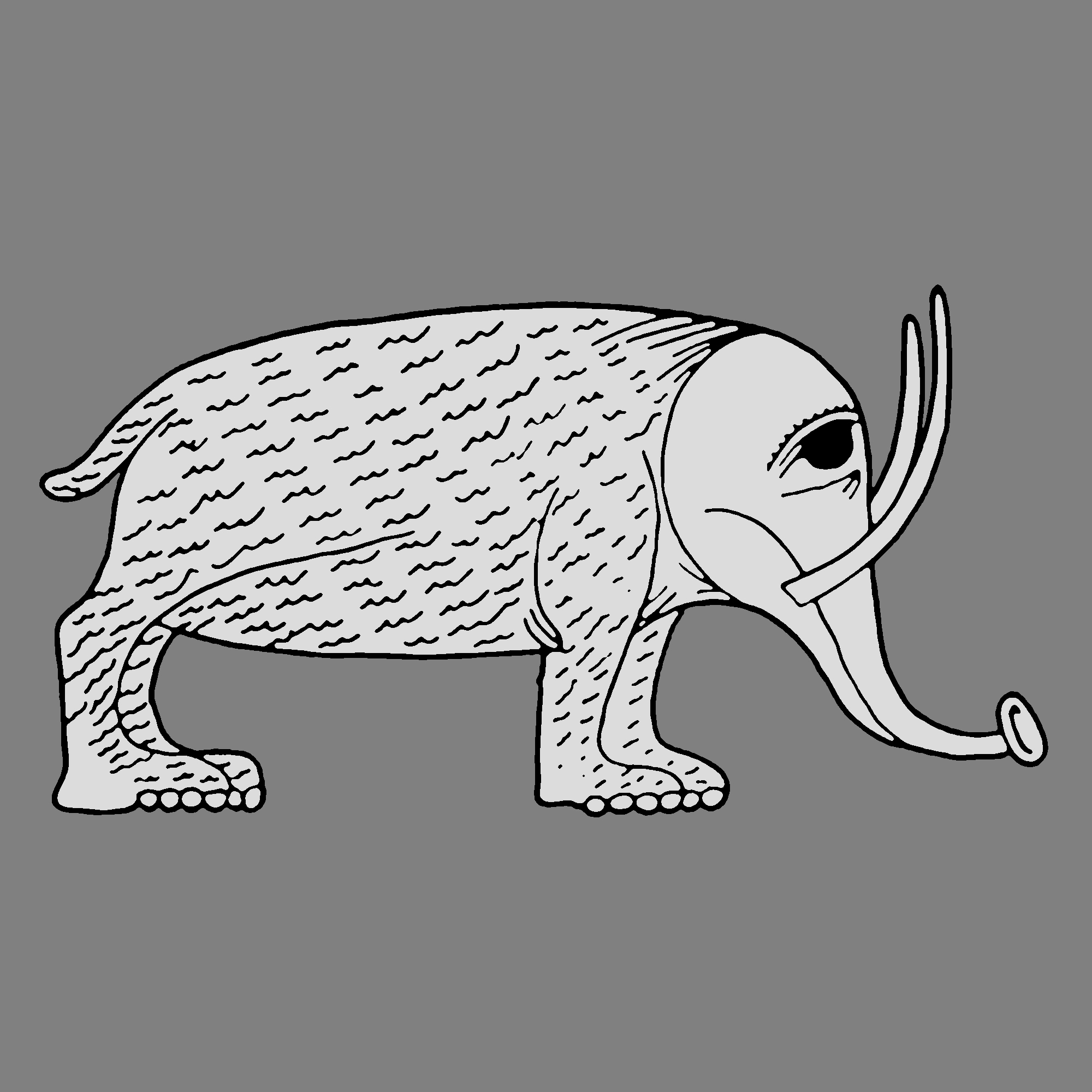
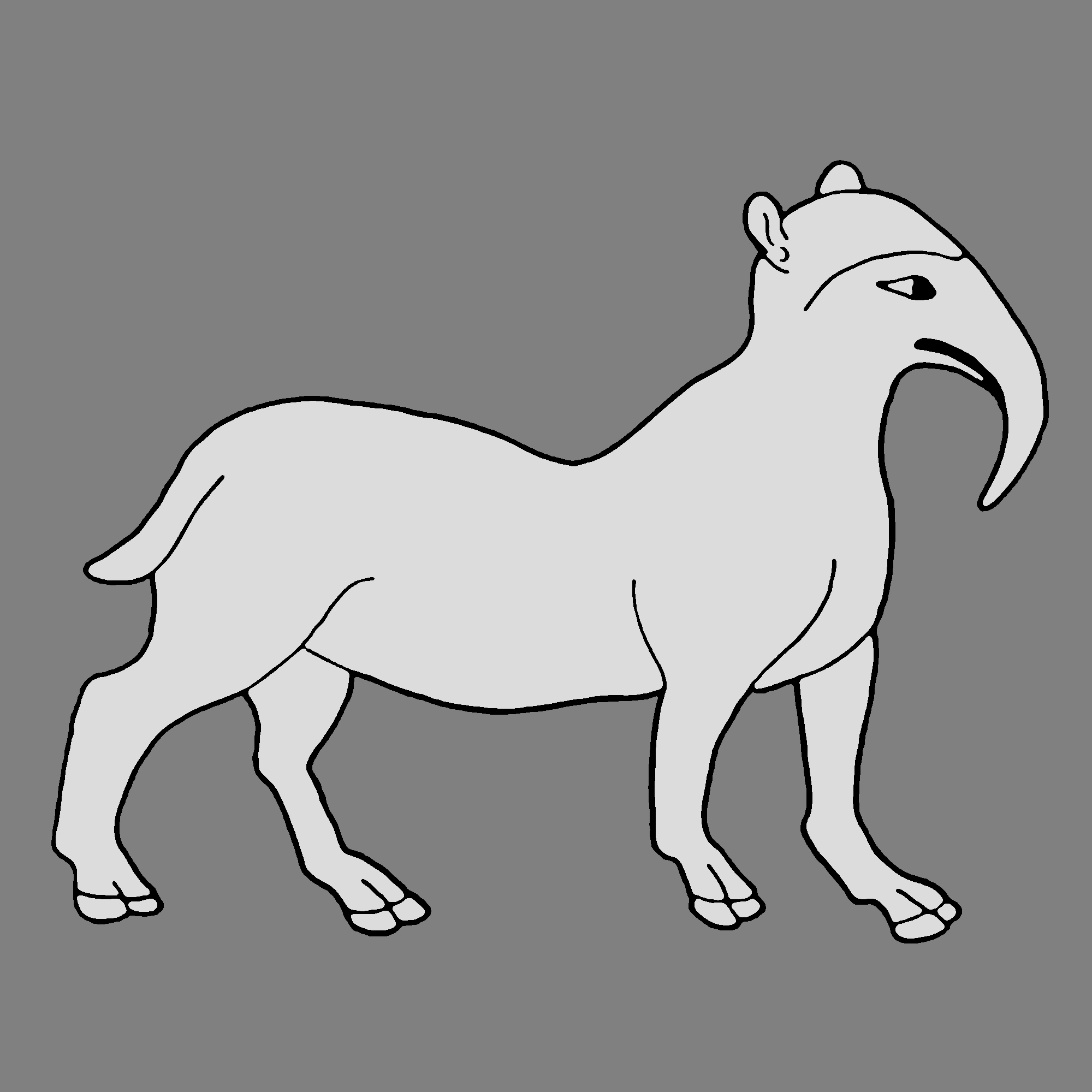
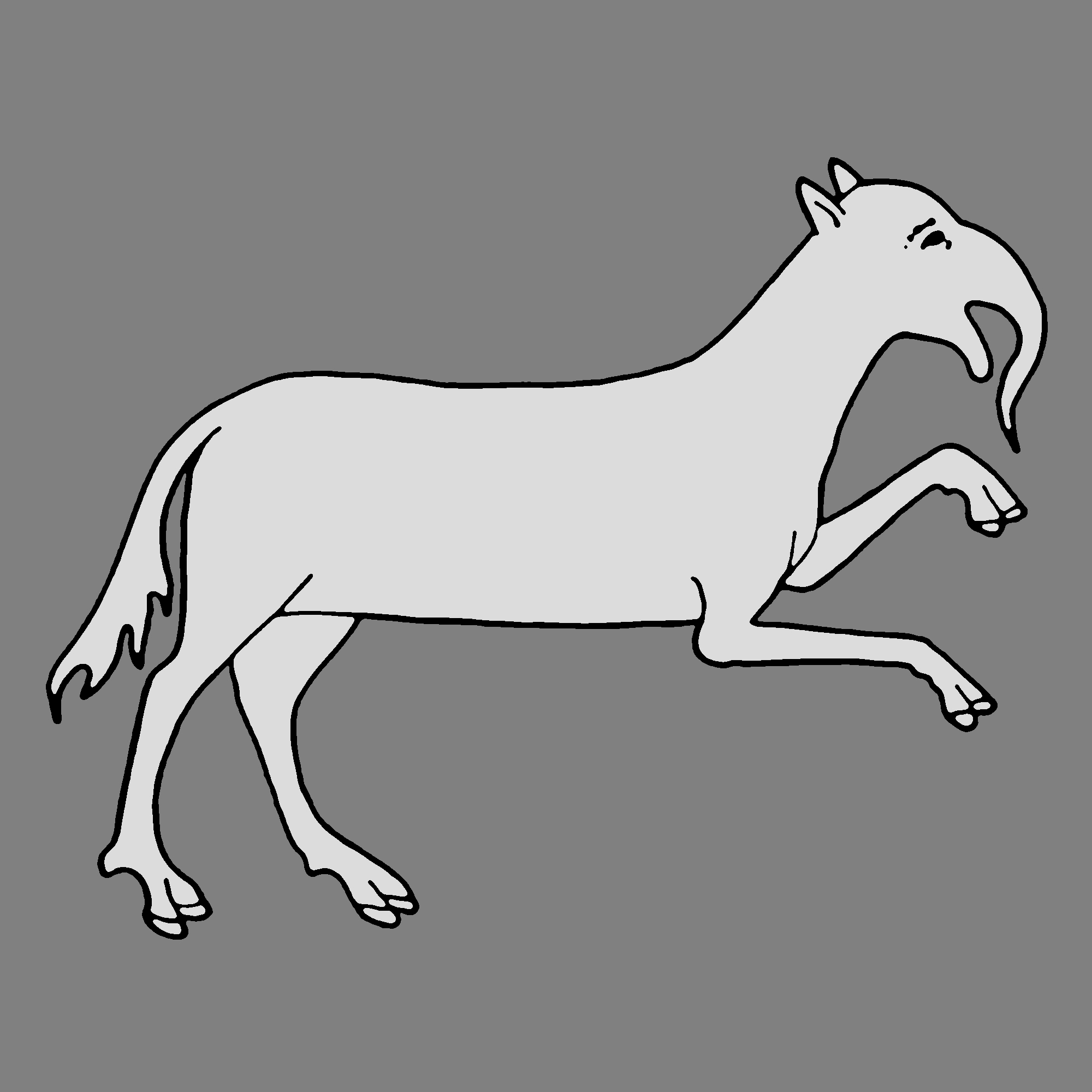
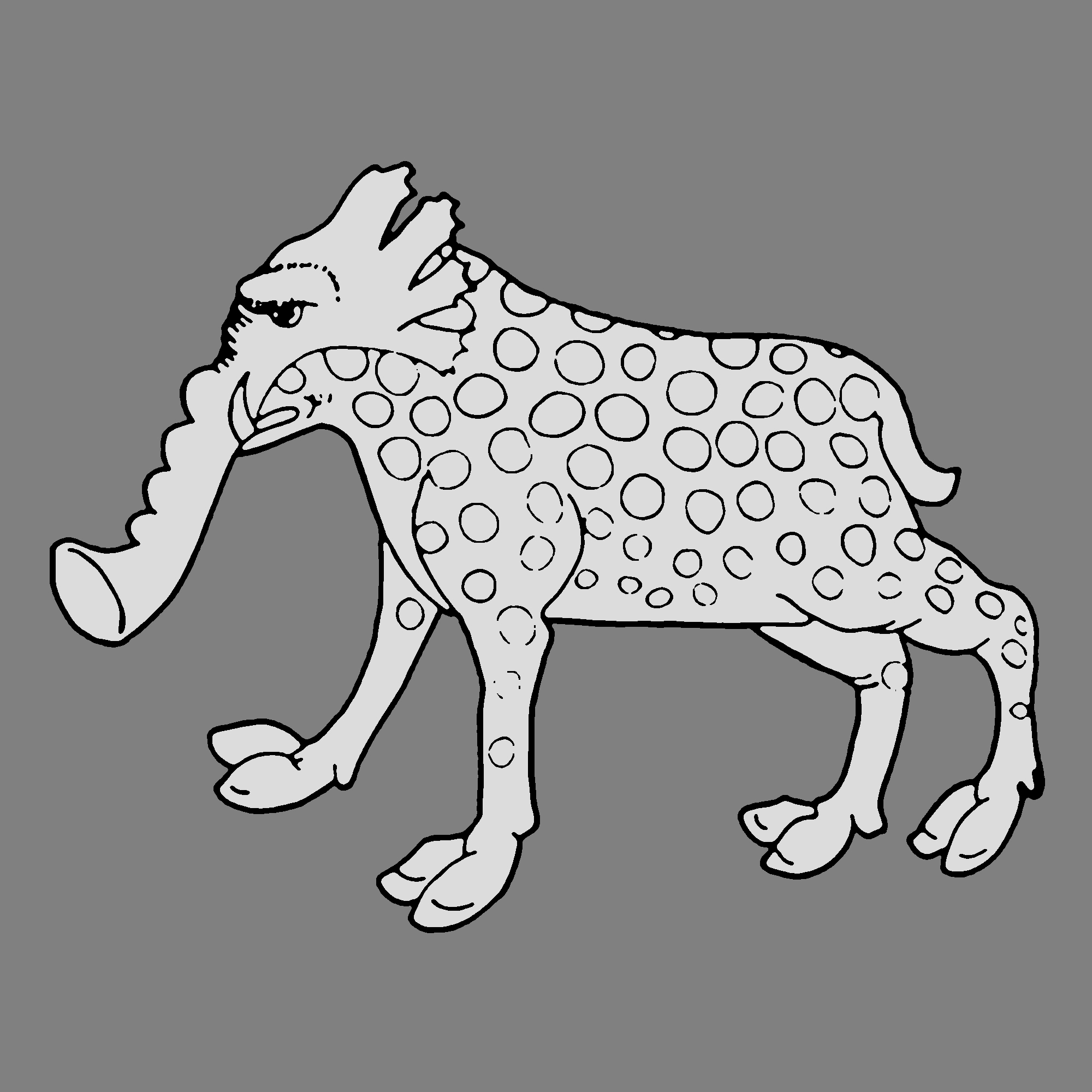
Source: Uli Westphal, Elephas Anthropogenus, 2008-2015.
***
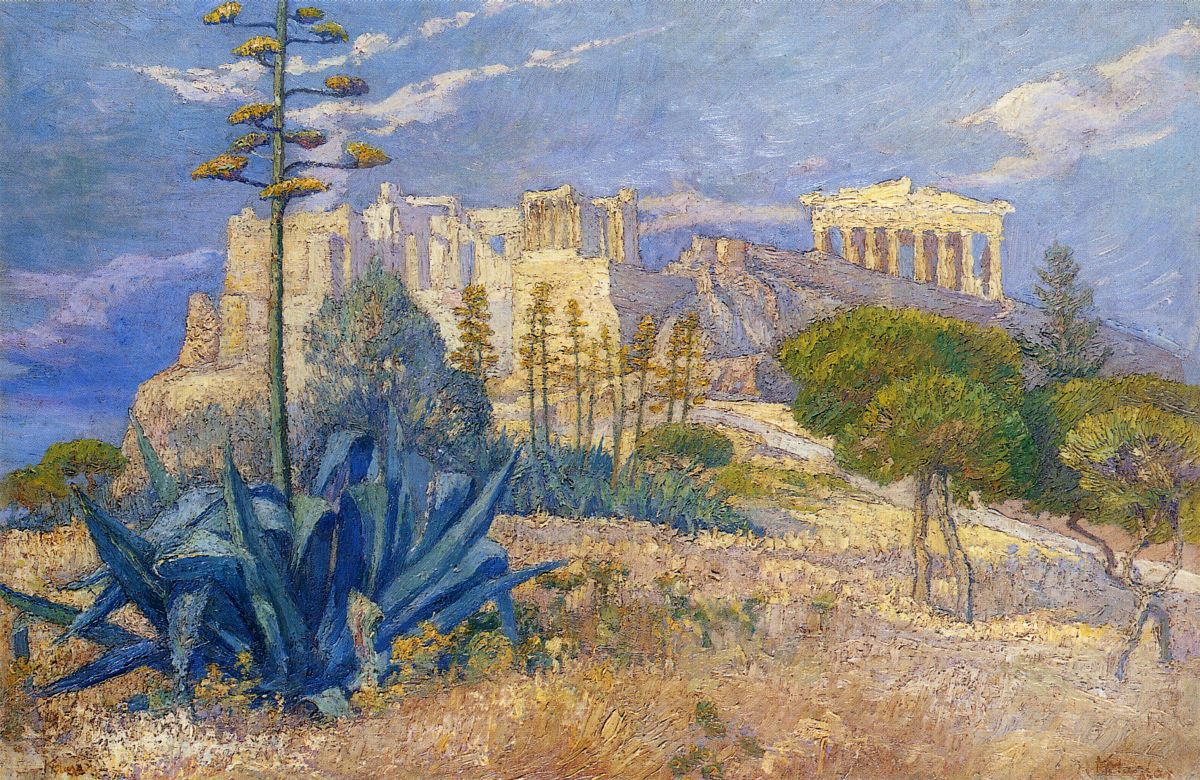
Artist: Konstantinos Maleas, 1920s.
***
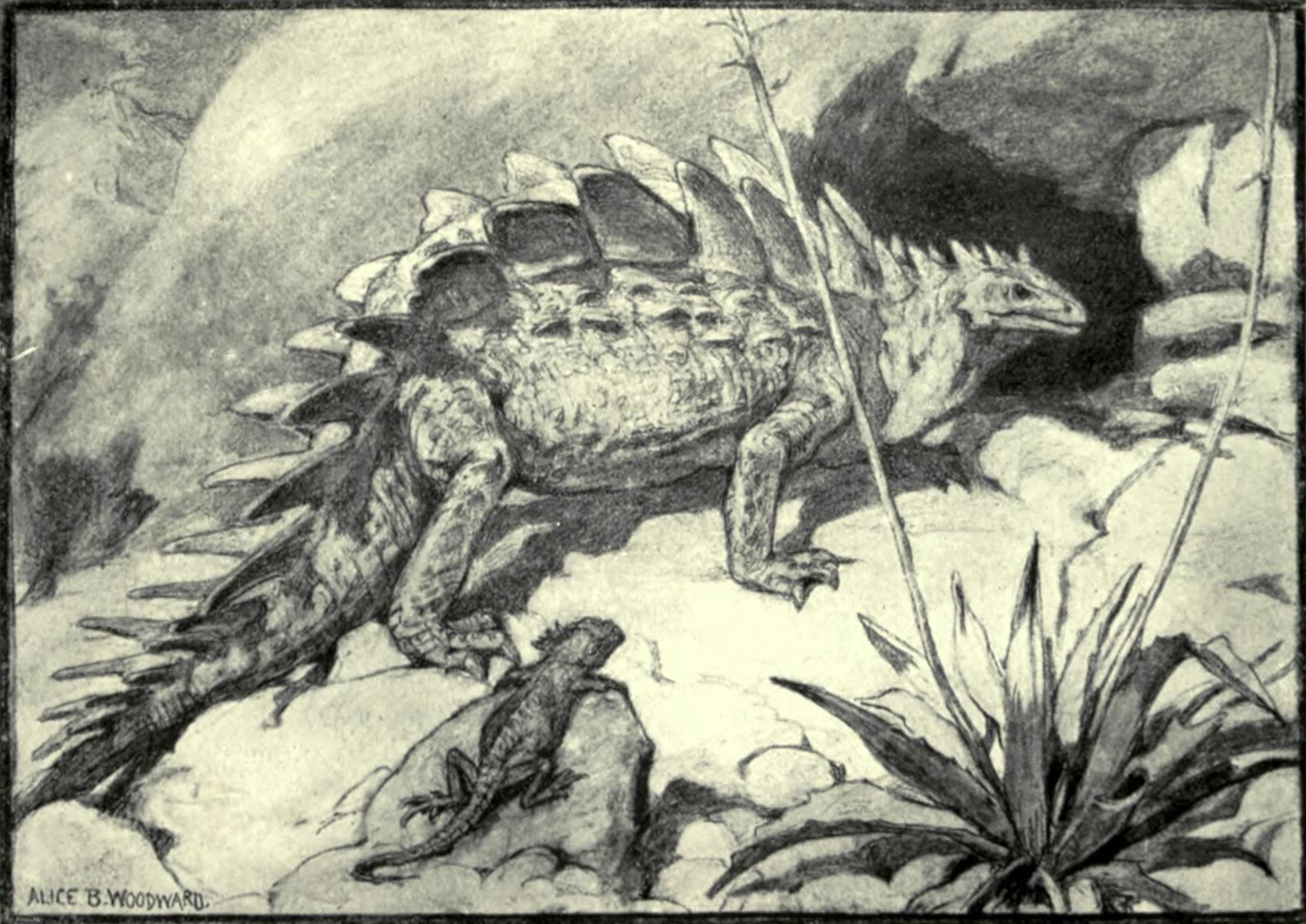
Artist: Alice B. Woodward, 1912.
***
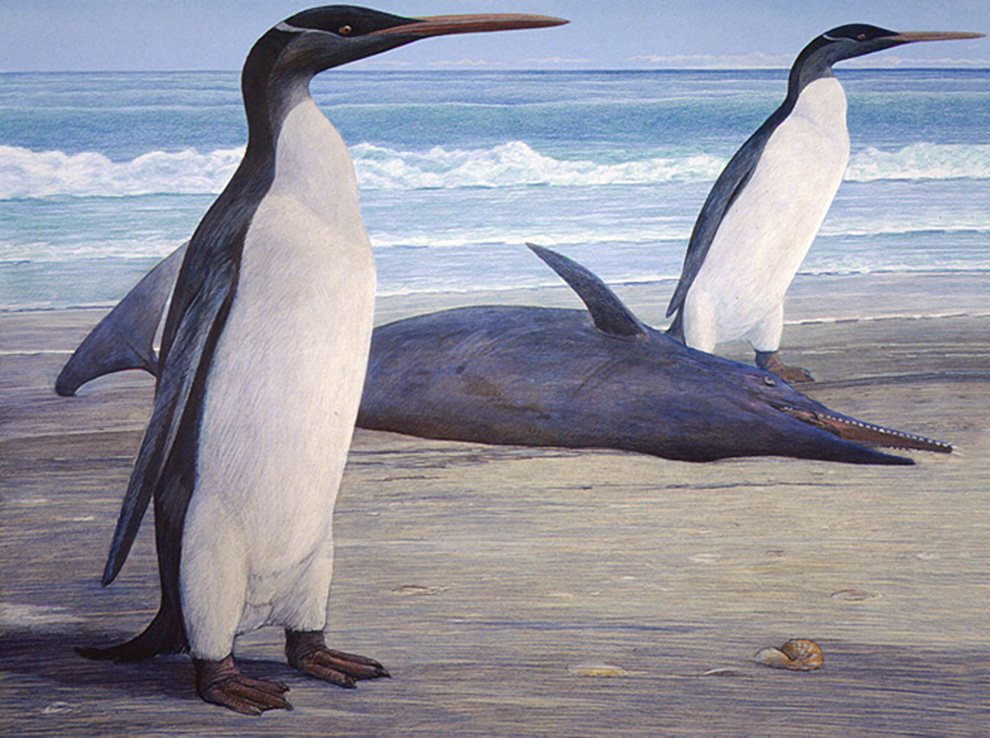
Artist: Chris Gaskin, 2012.
***
As difficult as it may sound to believe; there exists a major, common and diverse group of crustaceans whose adult forms remain completely unknown. Named Facetotecta, these animals are only known from small, vaguely-shrimp-like larvae, collectively termed y-cyprids. For over a century, it was known that y-cyprids metamorphosed into... something else. Butthat "something else"remained mostly unknown until 2008, when researchers treated y-cyprids with a crustacean molting hormone known as H-20.
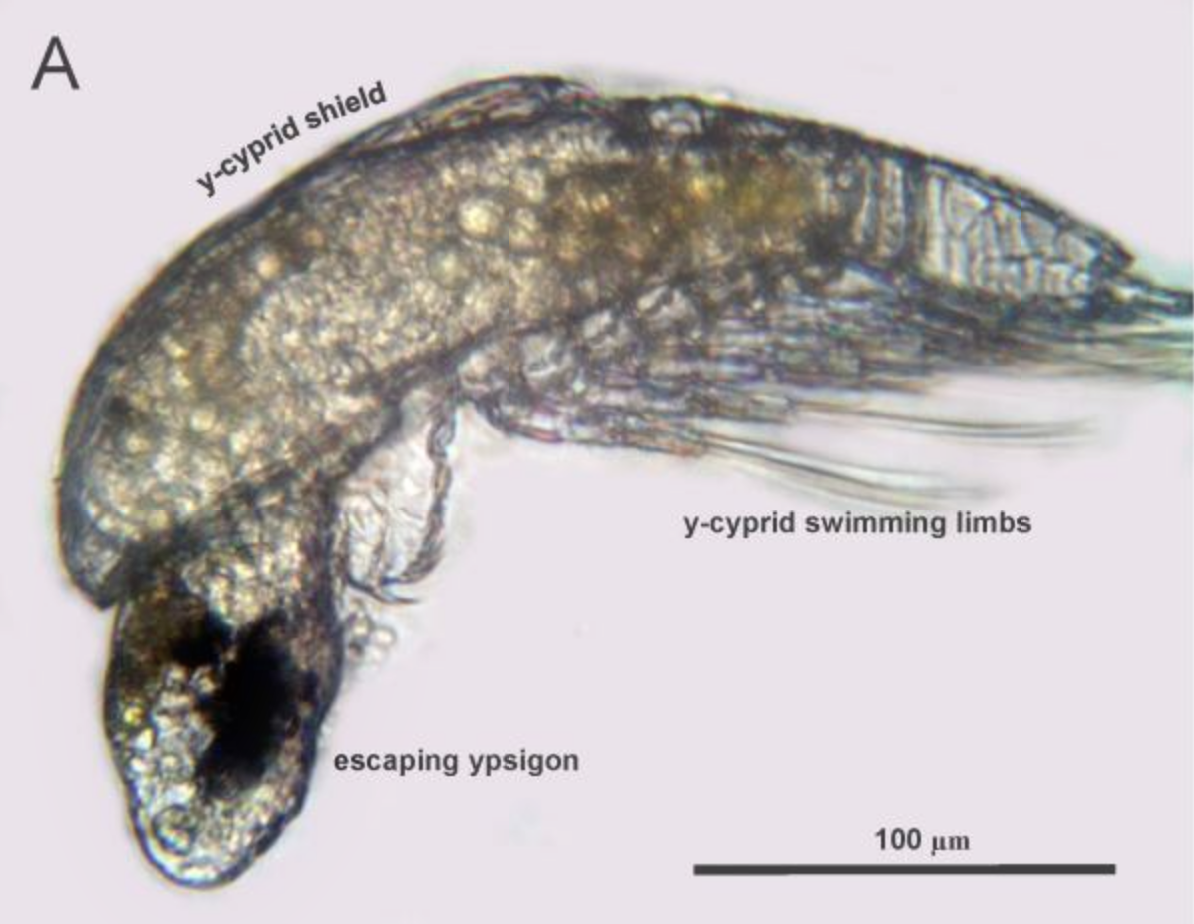
Under the influence of the hormone, the y-cyprids molted, and disgorged a degenerate, vaguely slug-like form which the researchers named a ypsigon.
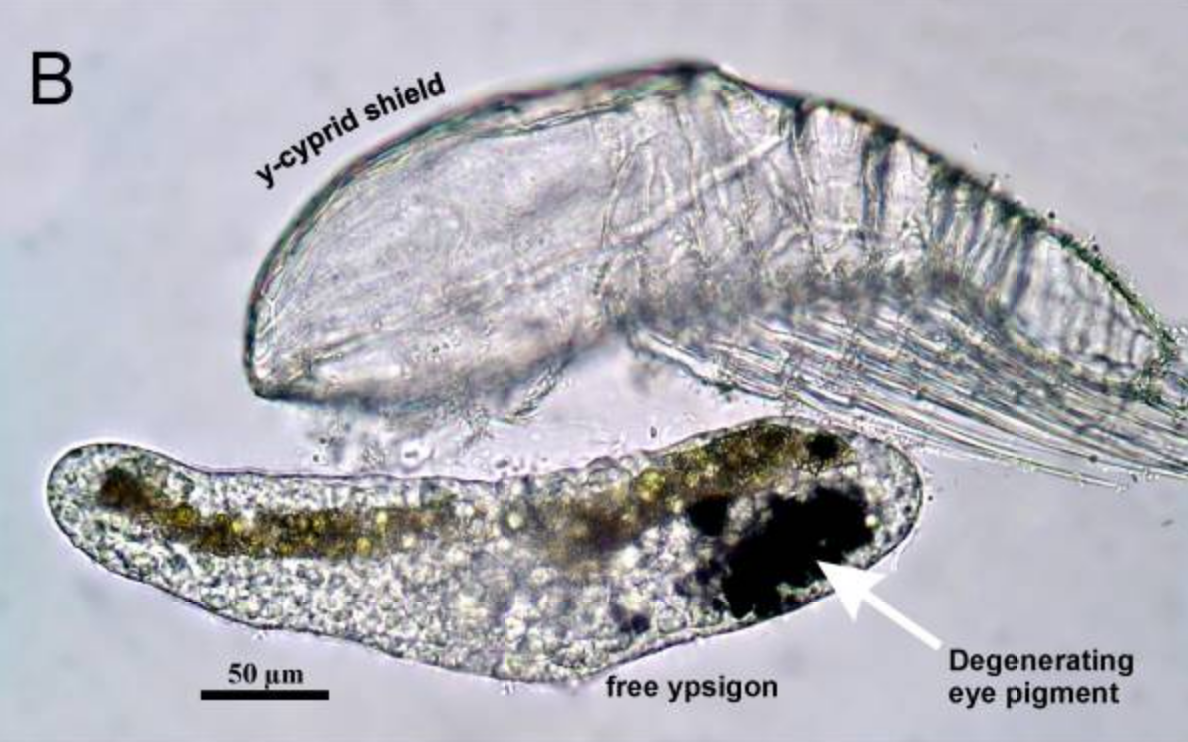
The free ypsigon is seen in the picture above. The transformation was a jarring and disturbing process. The y-cyprids' eyes devolved into masses of dark cells, which the ypsigons blindly carried about in their anterior regions.
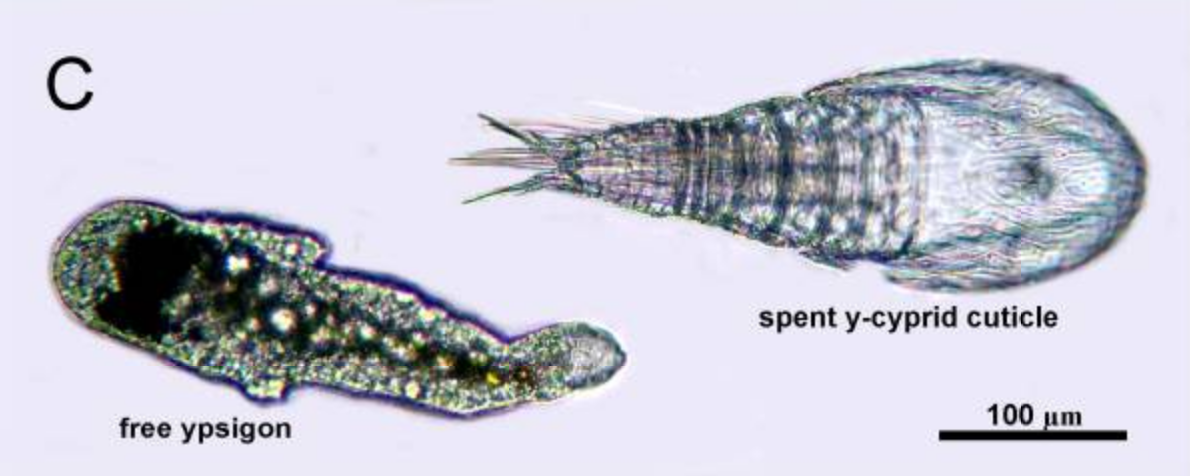
After metamorphosis, researchers predicted that theypsigons went on to parasitise some sort of marine creature, which still remains unknown.
So the life cycle of the Facetotectans was only partially solved.
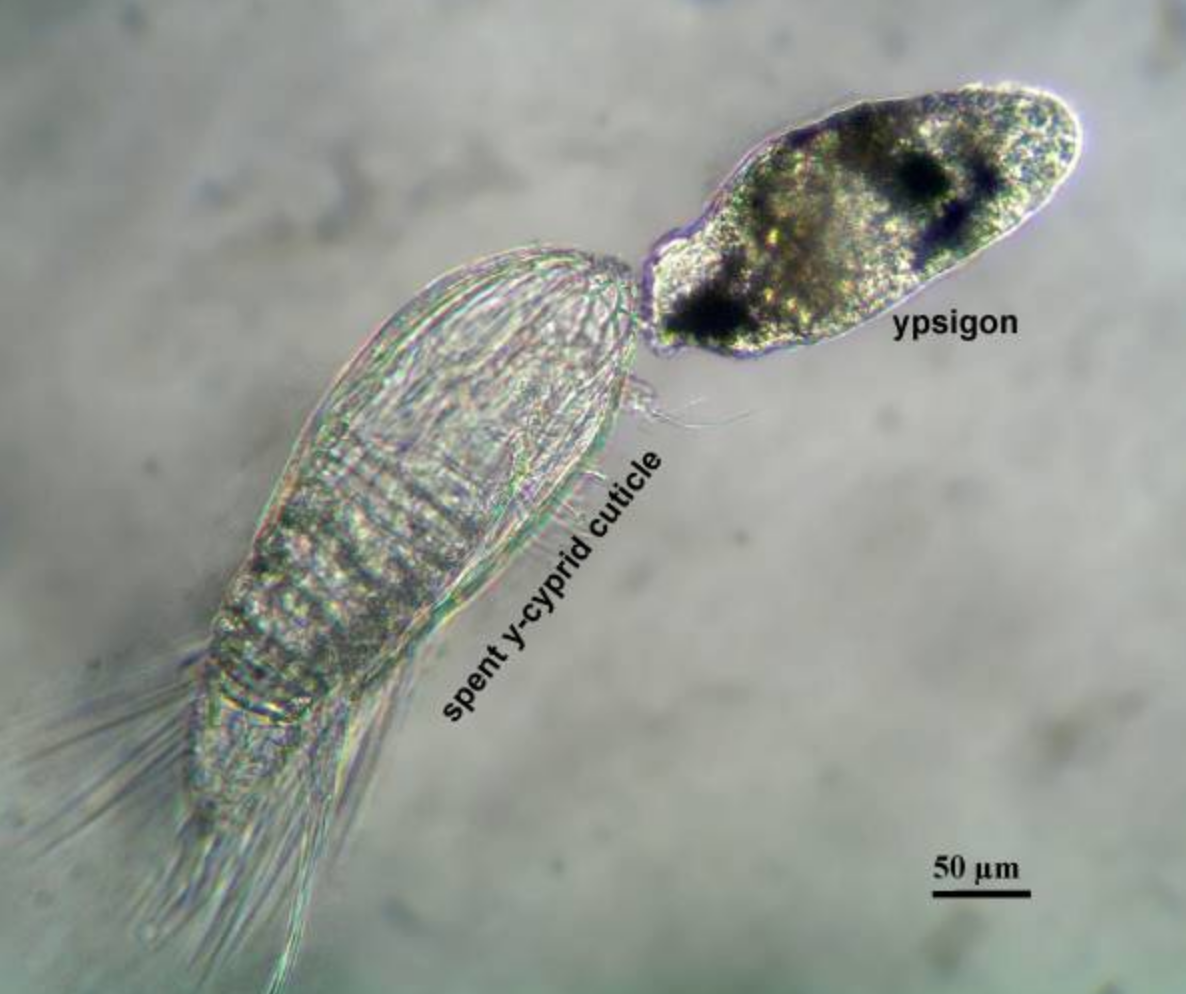
Different species of y-cyprids turned into different ypsigons after being treated with the H-20 hormone. Here, a "fat" y-cyprid disgorges a similarly chubby ypsigon.
Source:Henrik Glenner, Jens T Hoeg, et al., “Induced metamorphosis in crustacean y-larvae: Towards a solution to a 100-year-old riddle”, BMC Biology, 2008, 6:21.
***
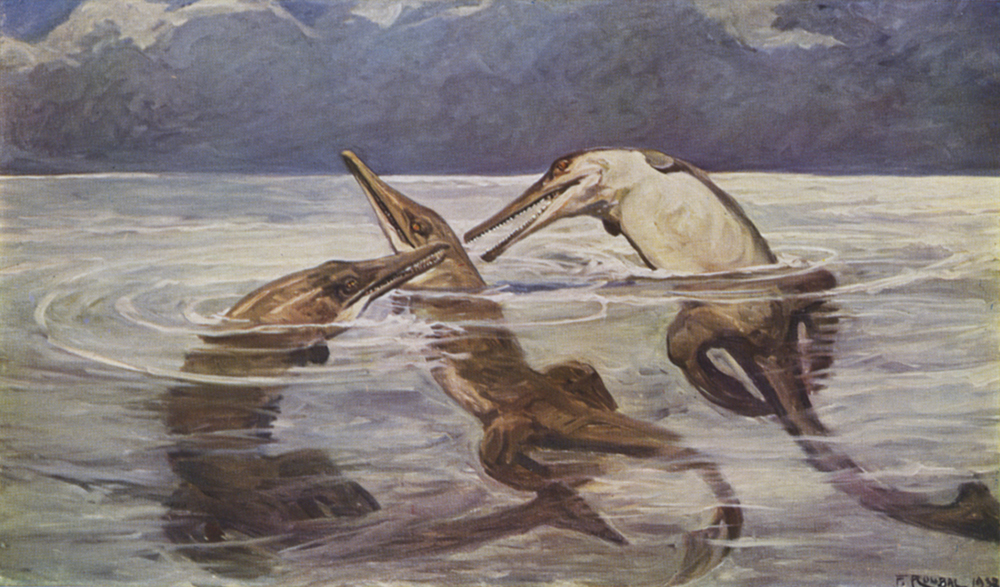
Geosaurus, 1938.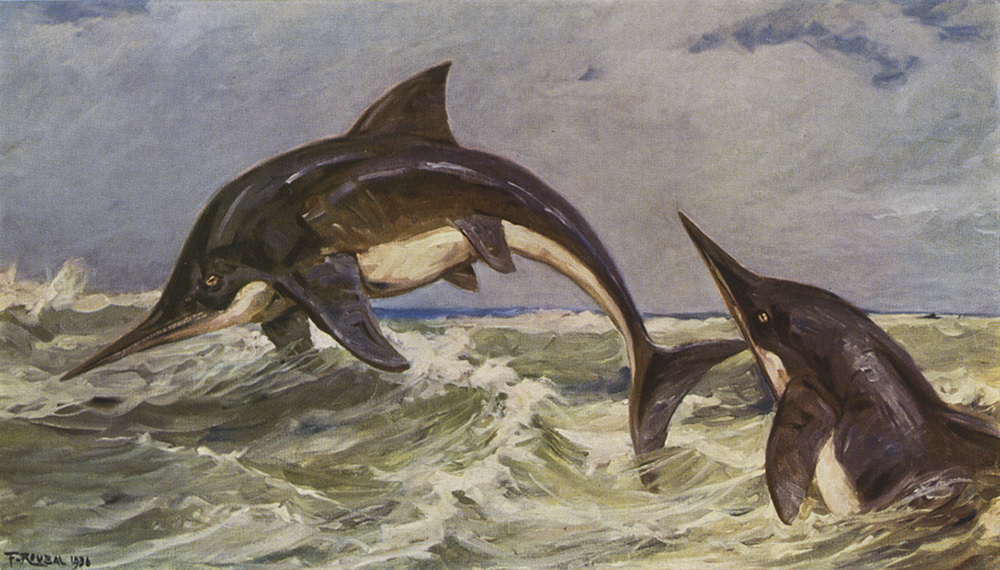
Ichthyosaurus, 1936.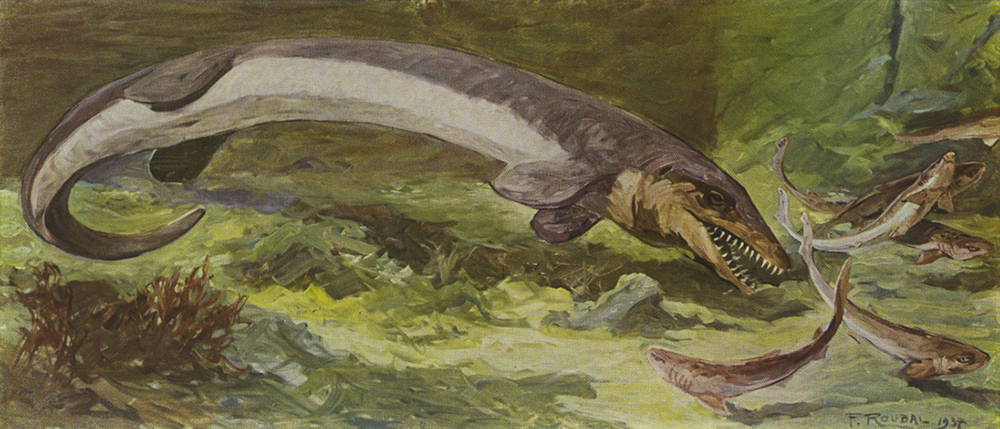
Mosasaurus and sharks, 1937.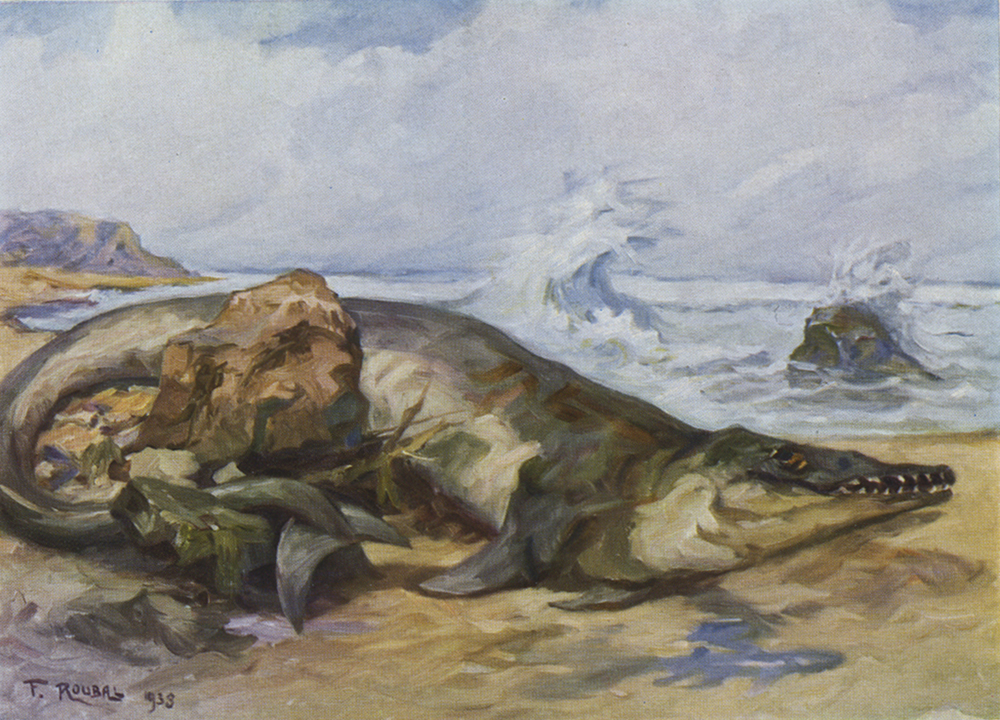
Stranded Basilosaurus, 1933.
***
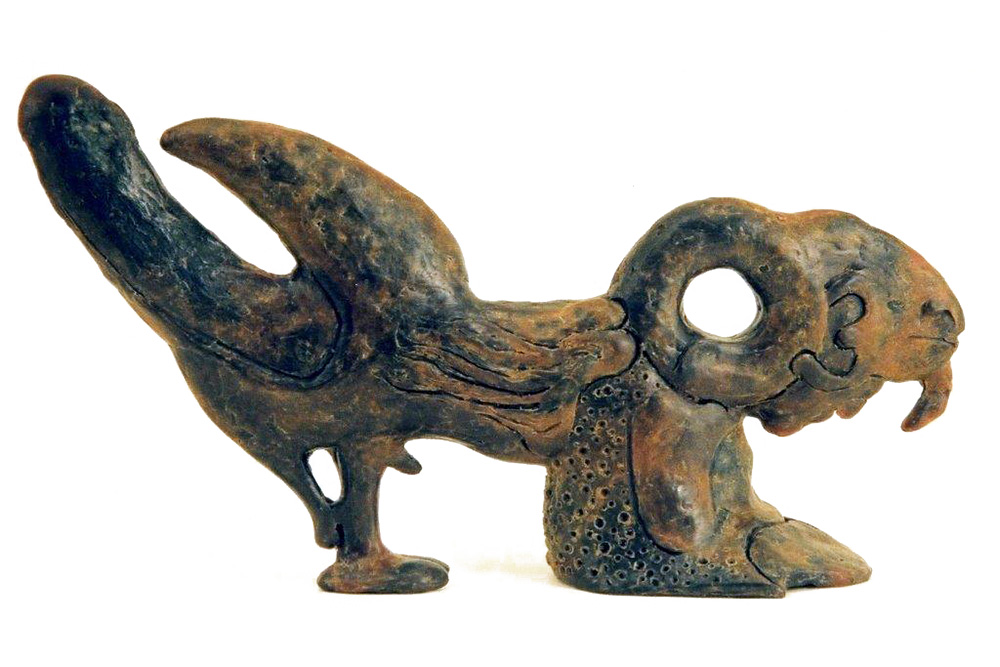
Sculptor: Pierre Racine, 2014.
***
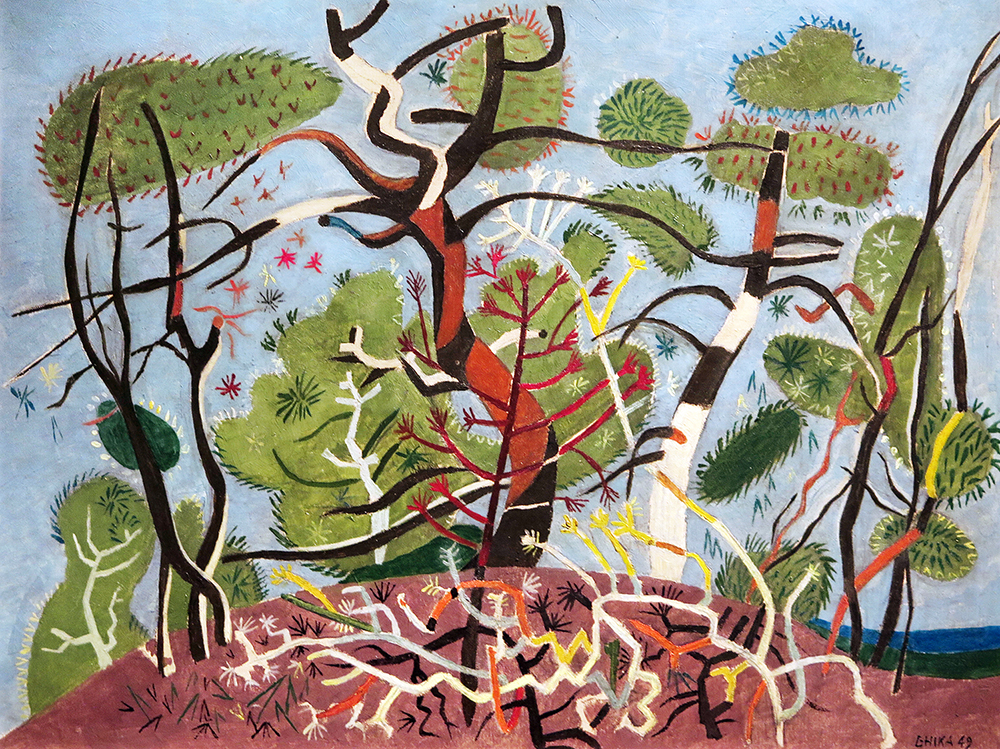
Pine Trees, 1949.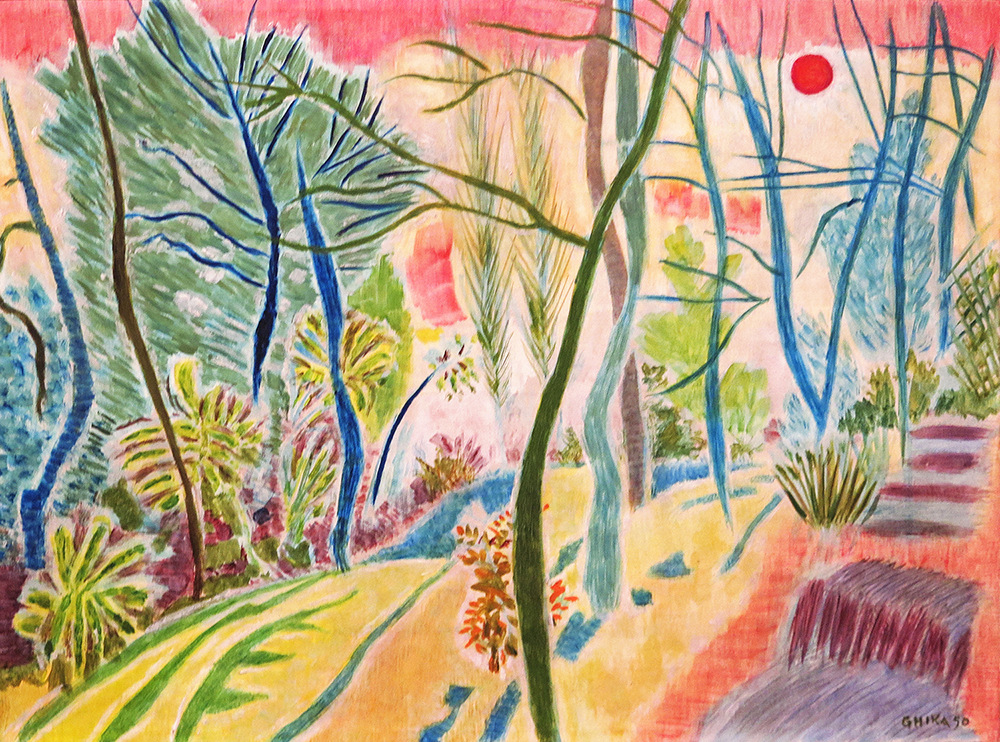
Trees on Poros, 1950.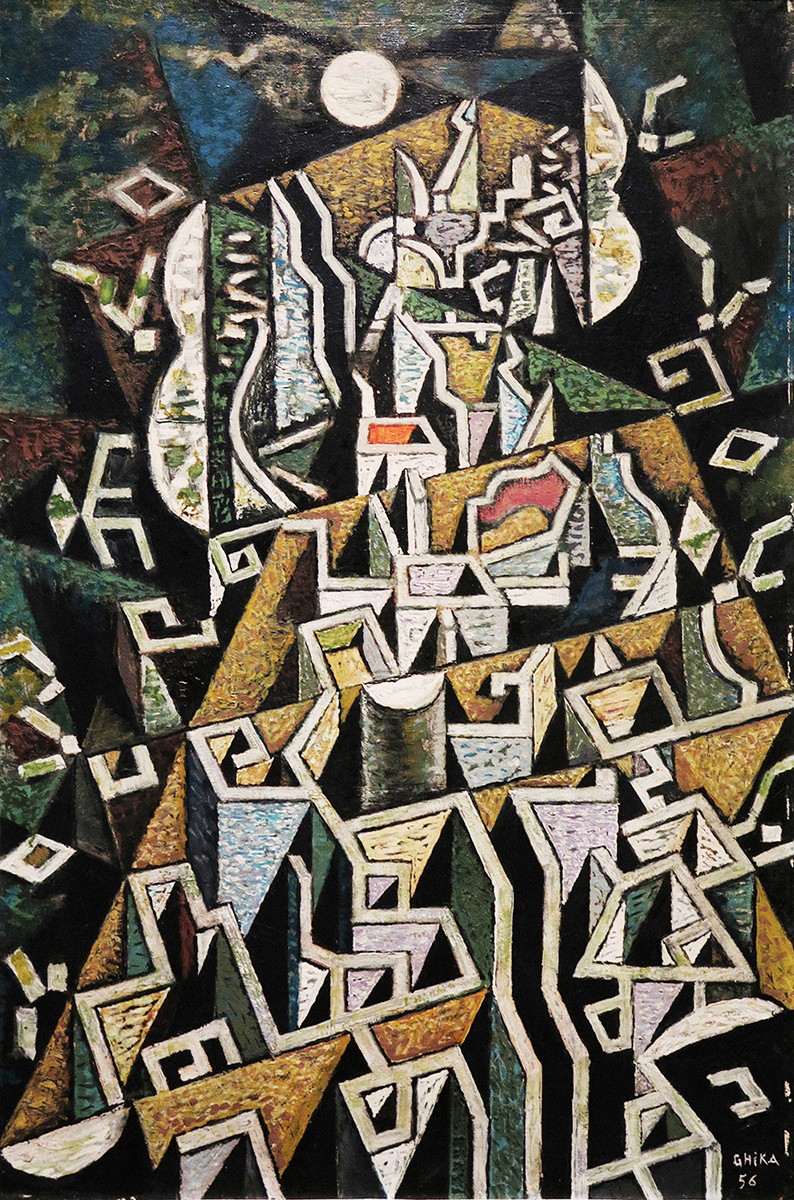
Wandering Moon over Dead City, 1956.
***
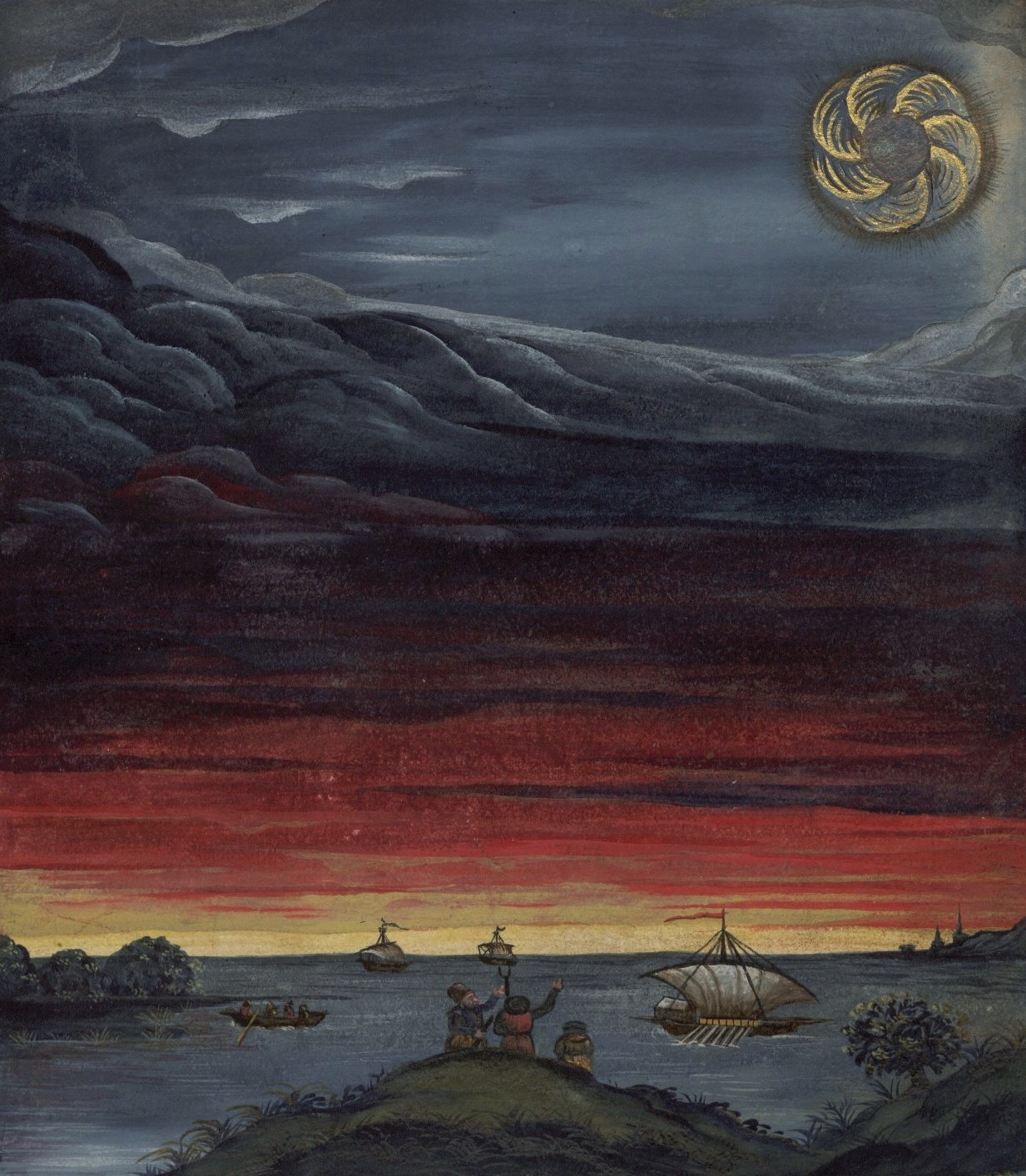
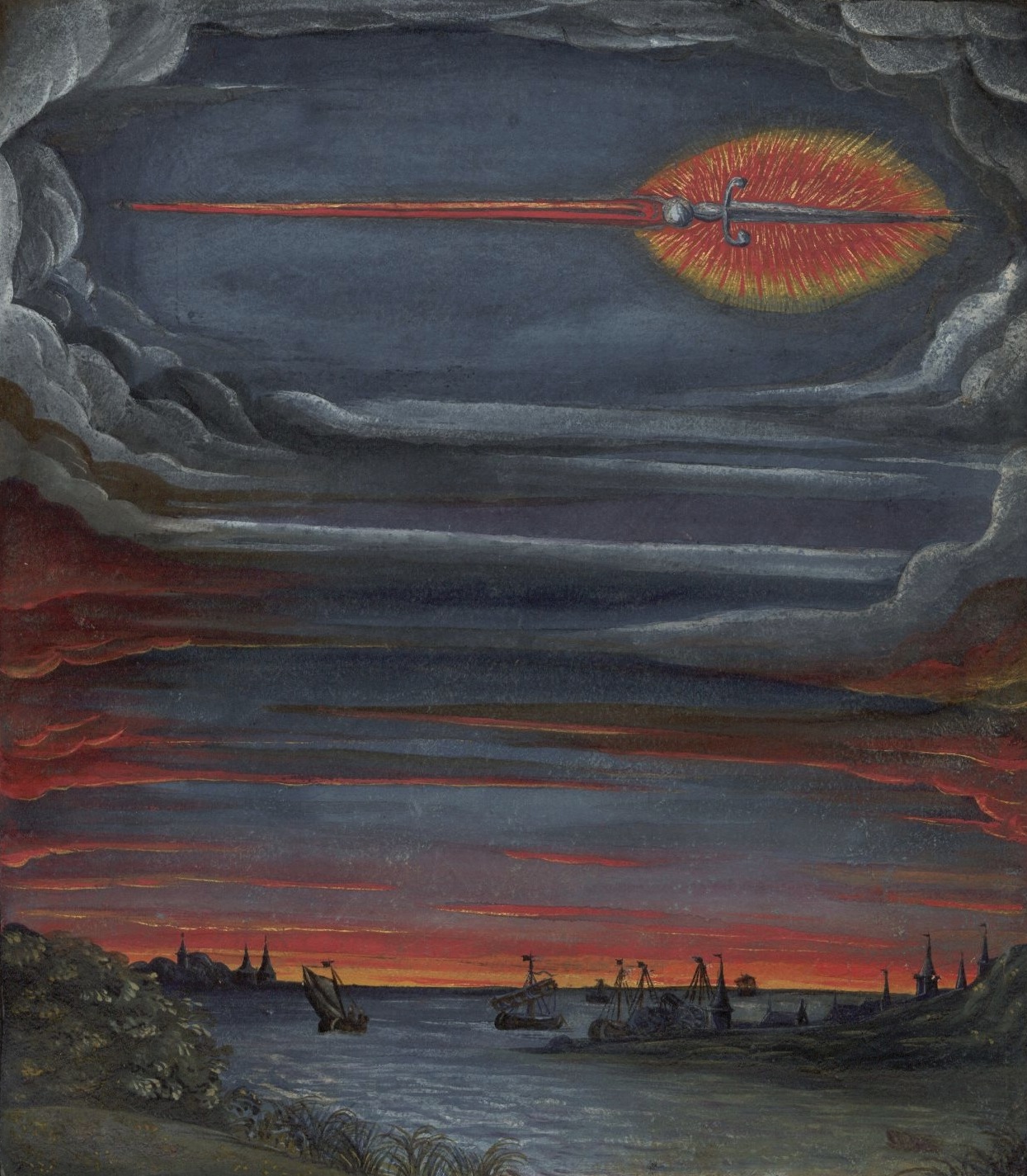
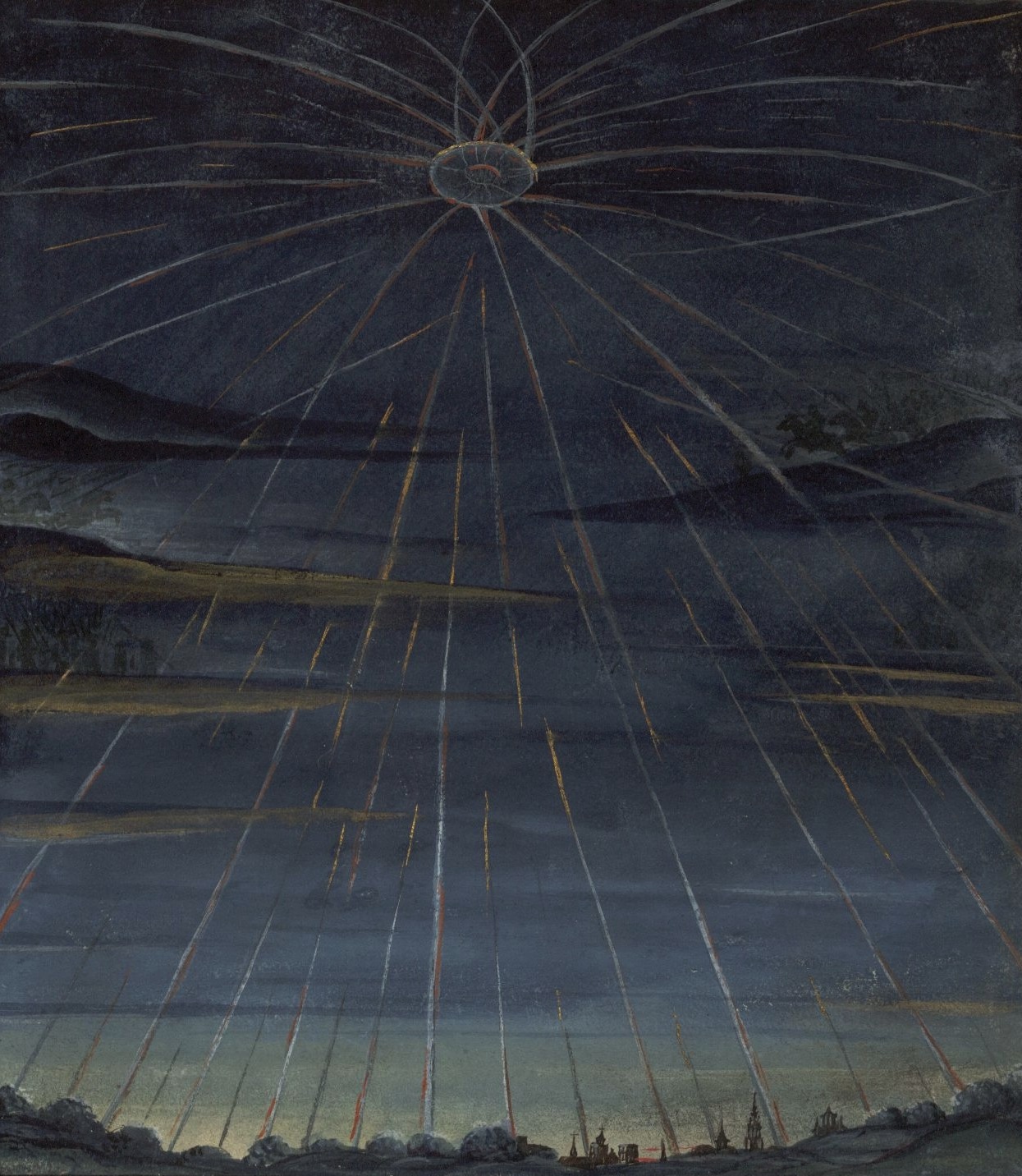
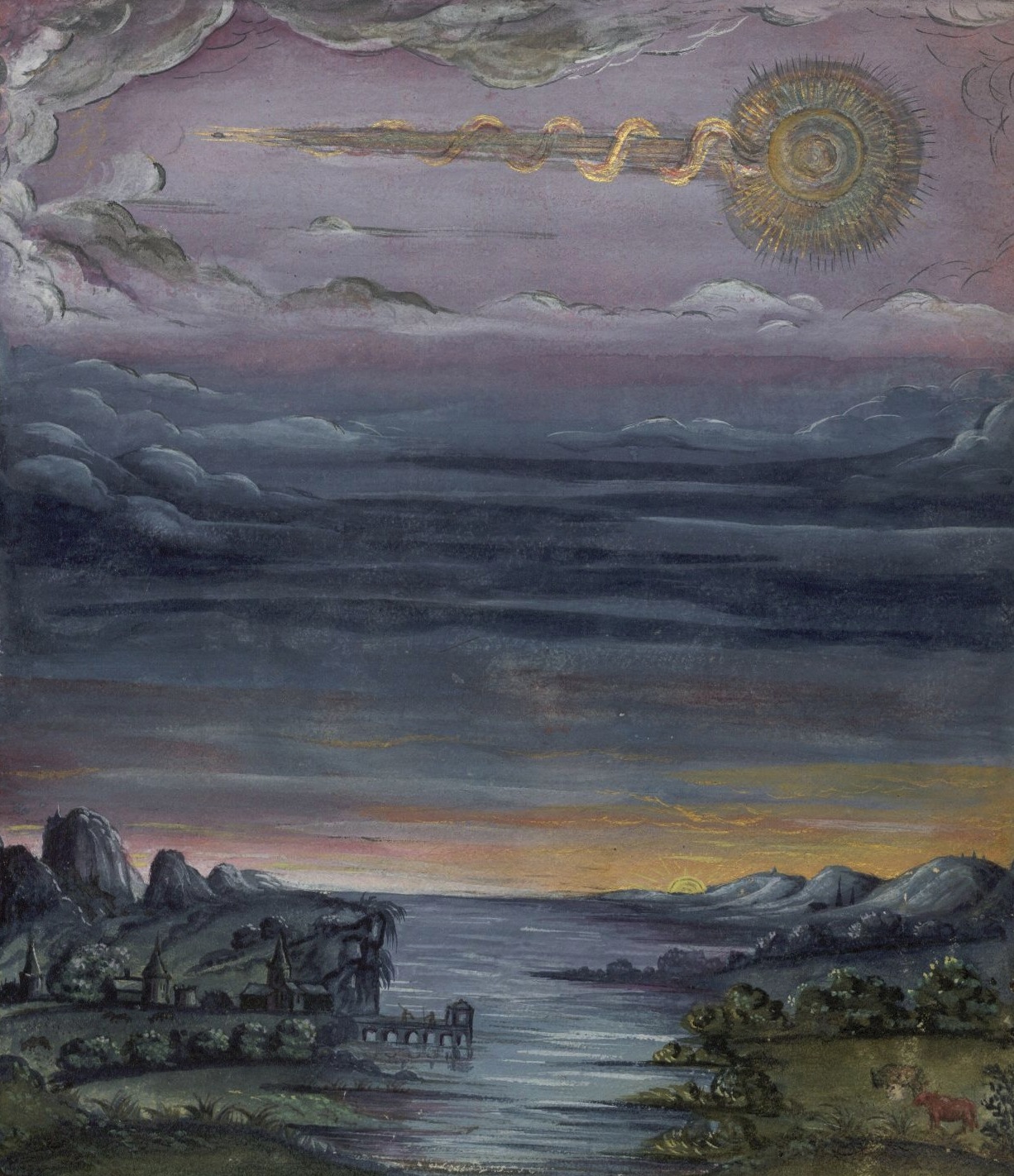
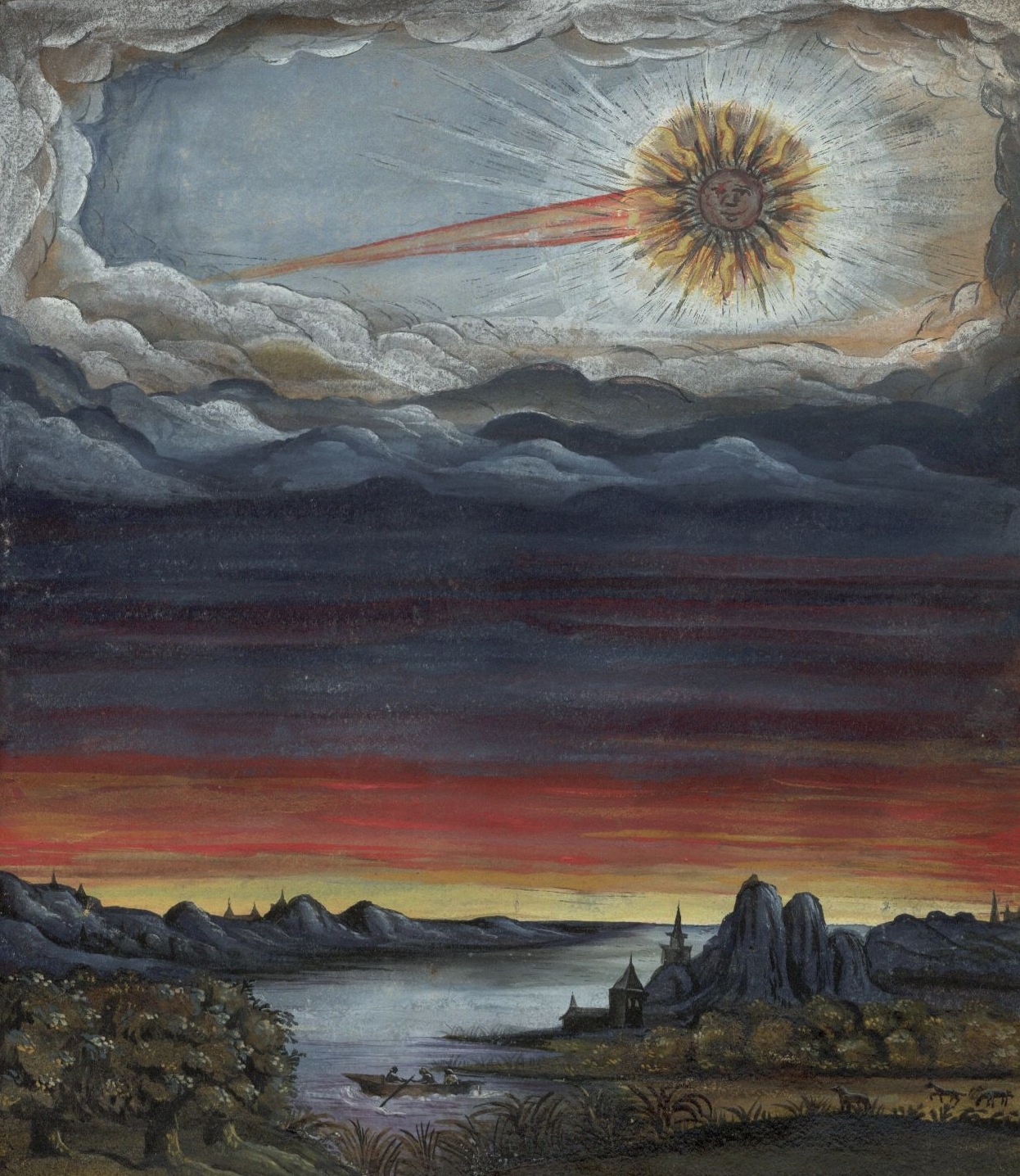
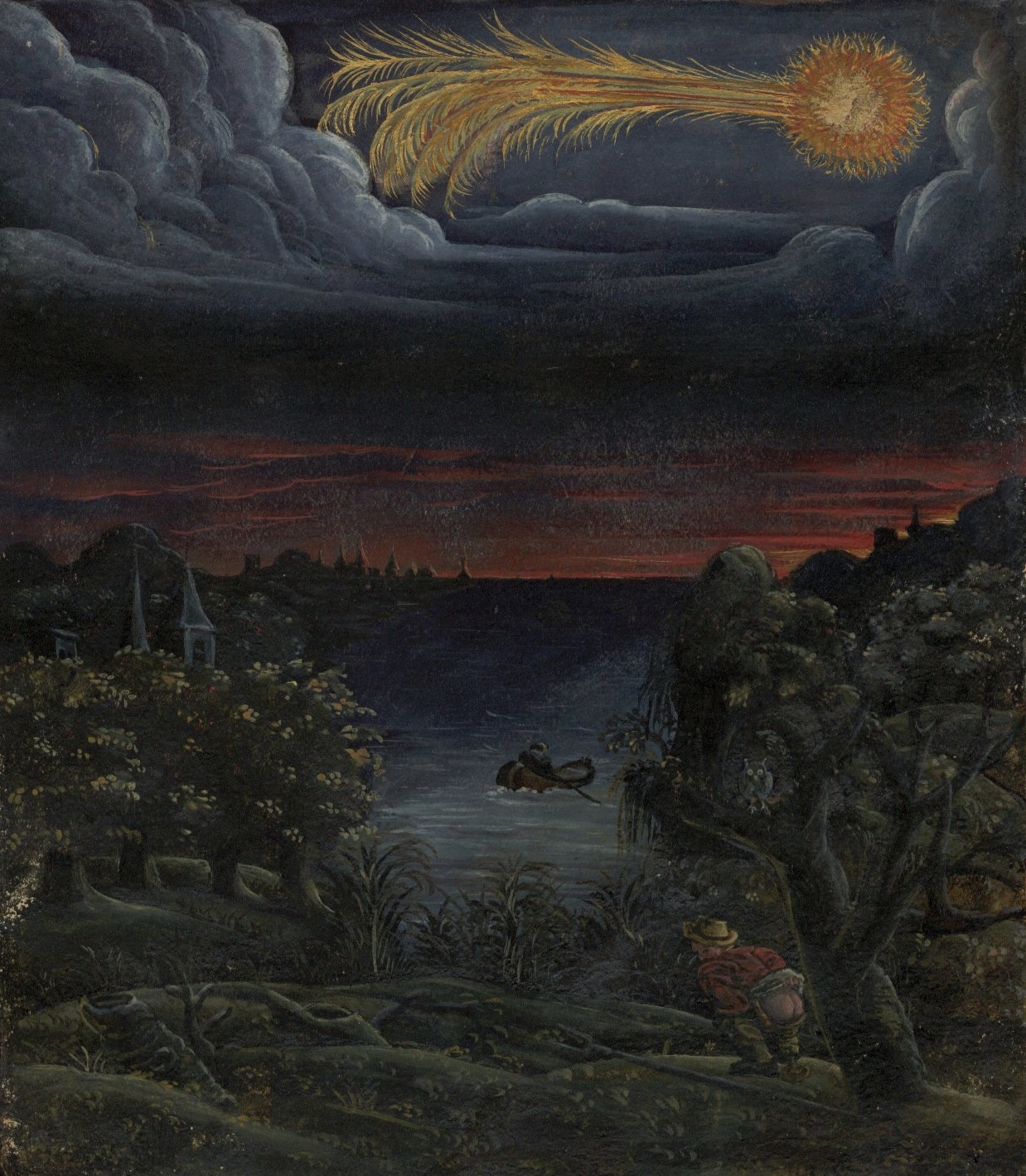
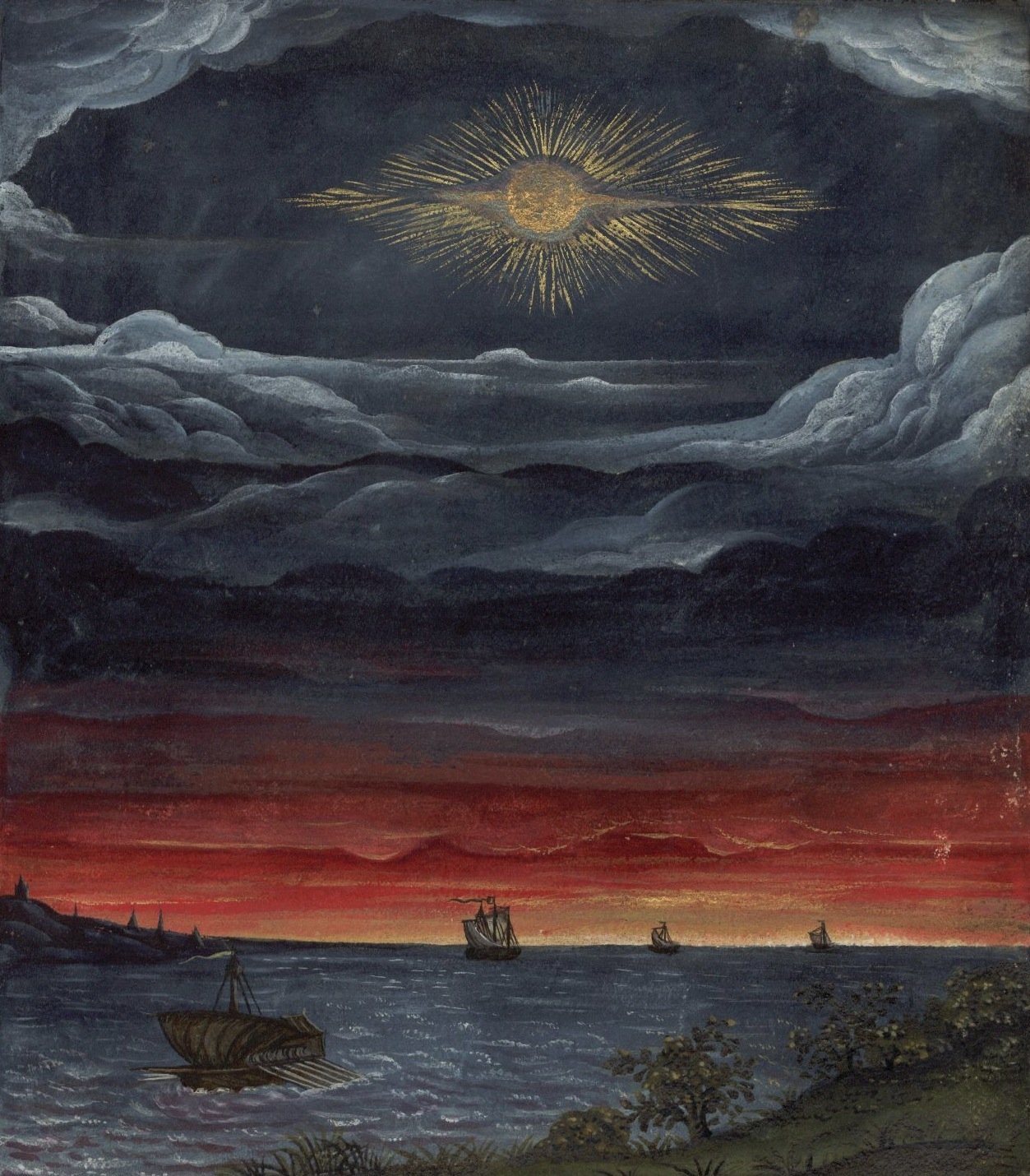
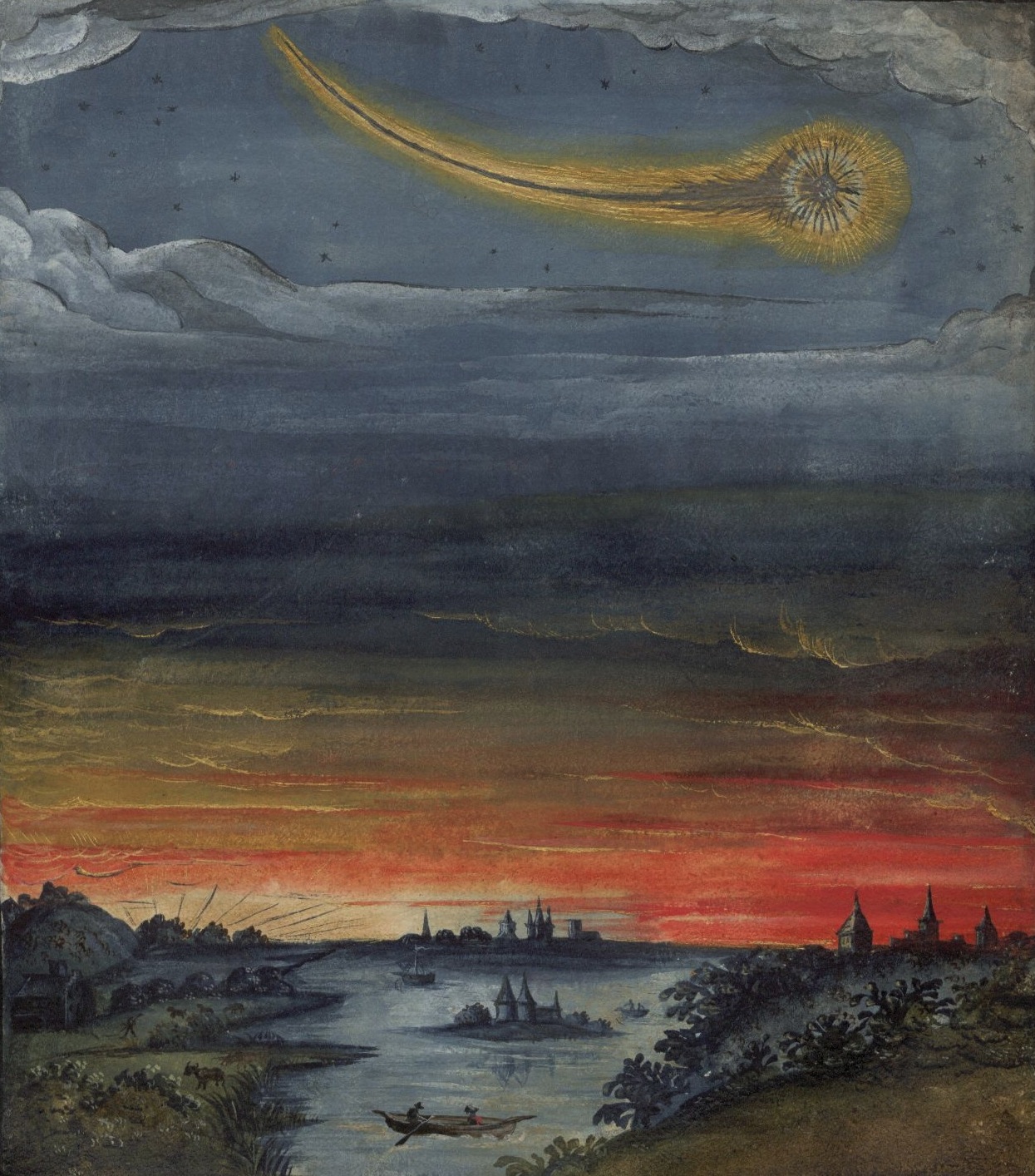
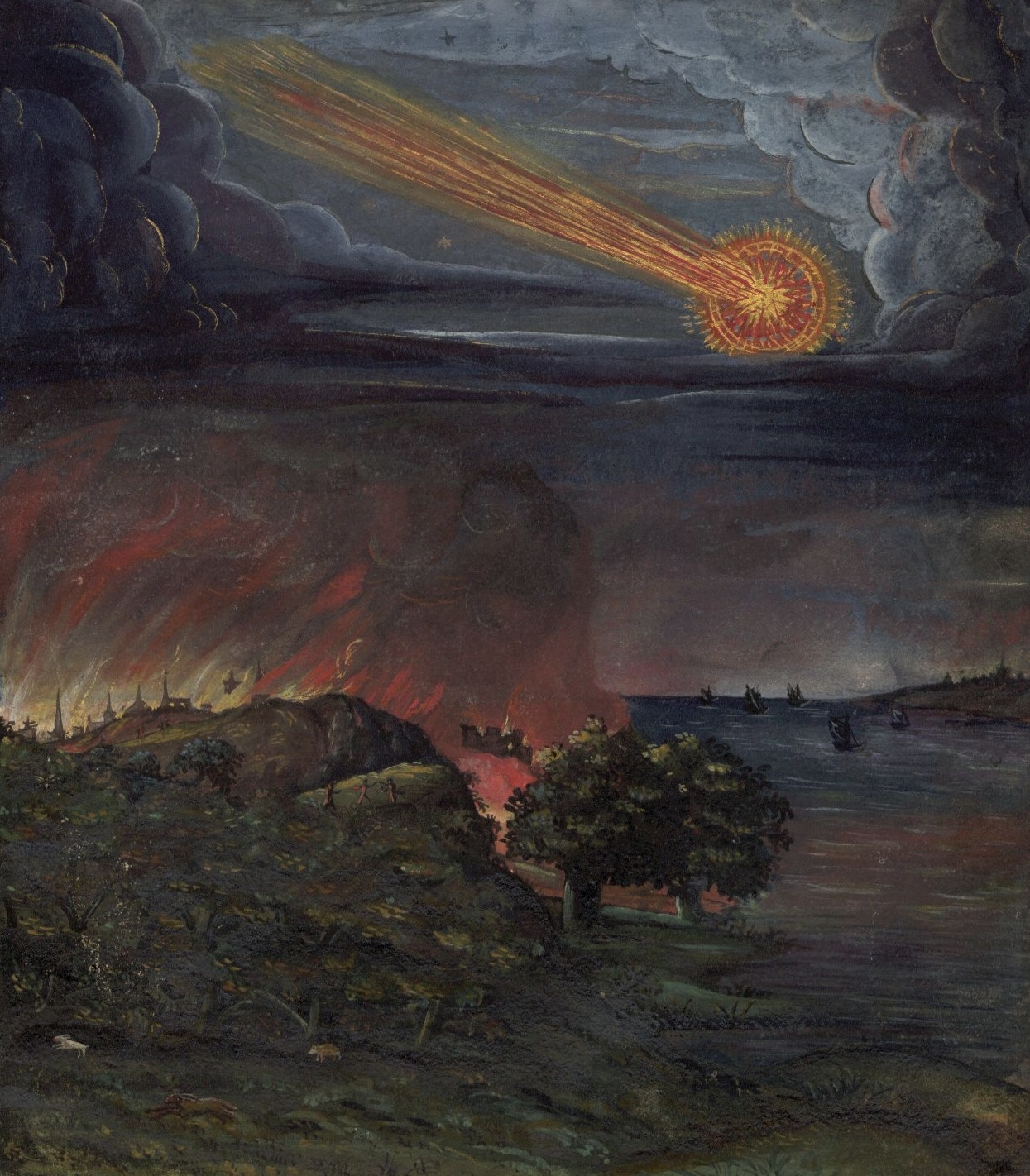
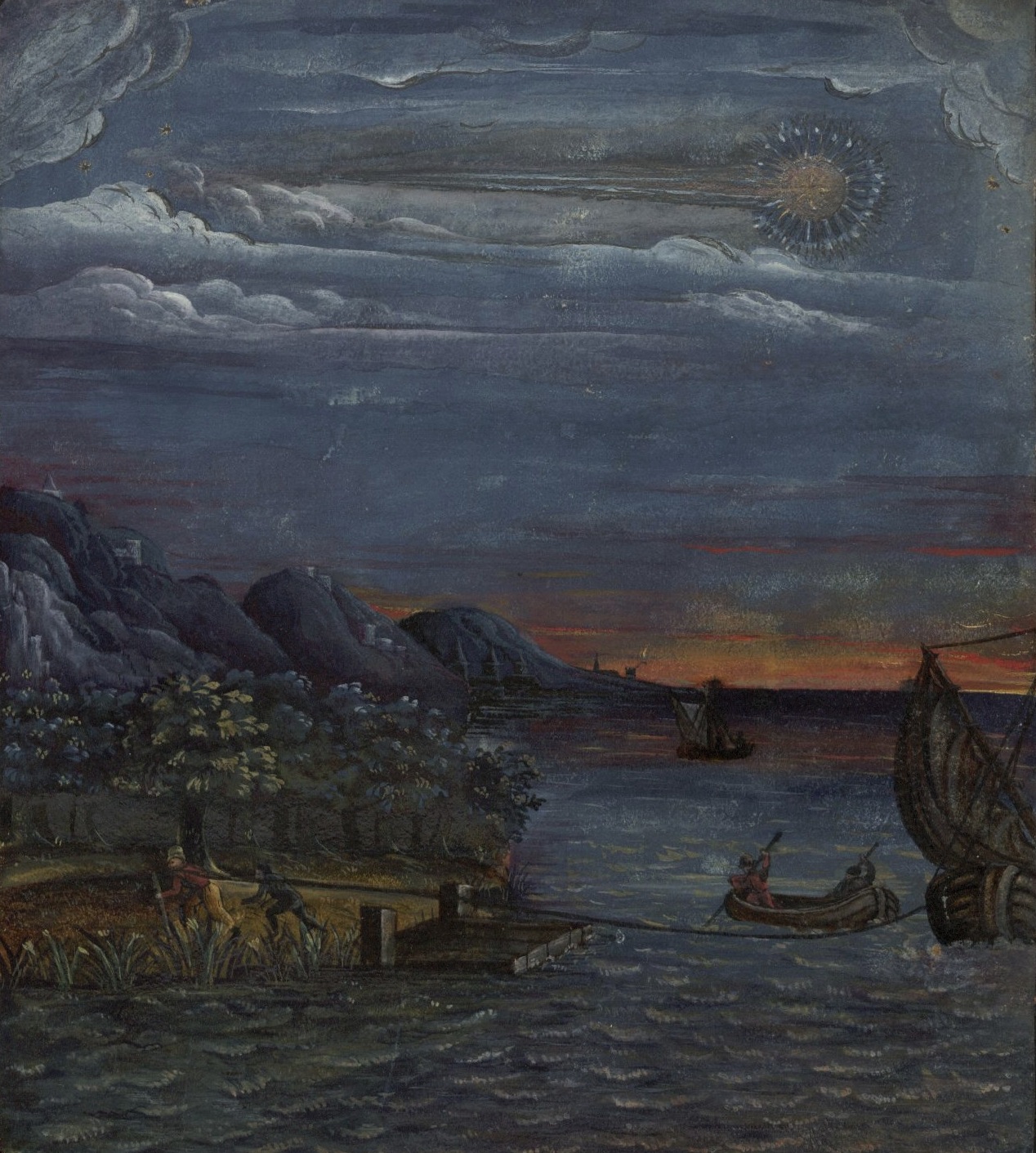
Illustrations of comets from the 16th century.
Source: Das Kometenbuch, 1587.
***
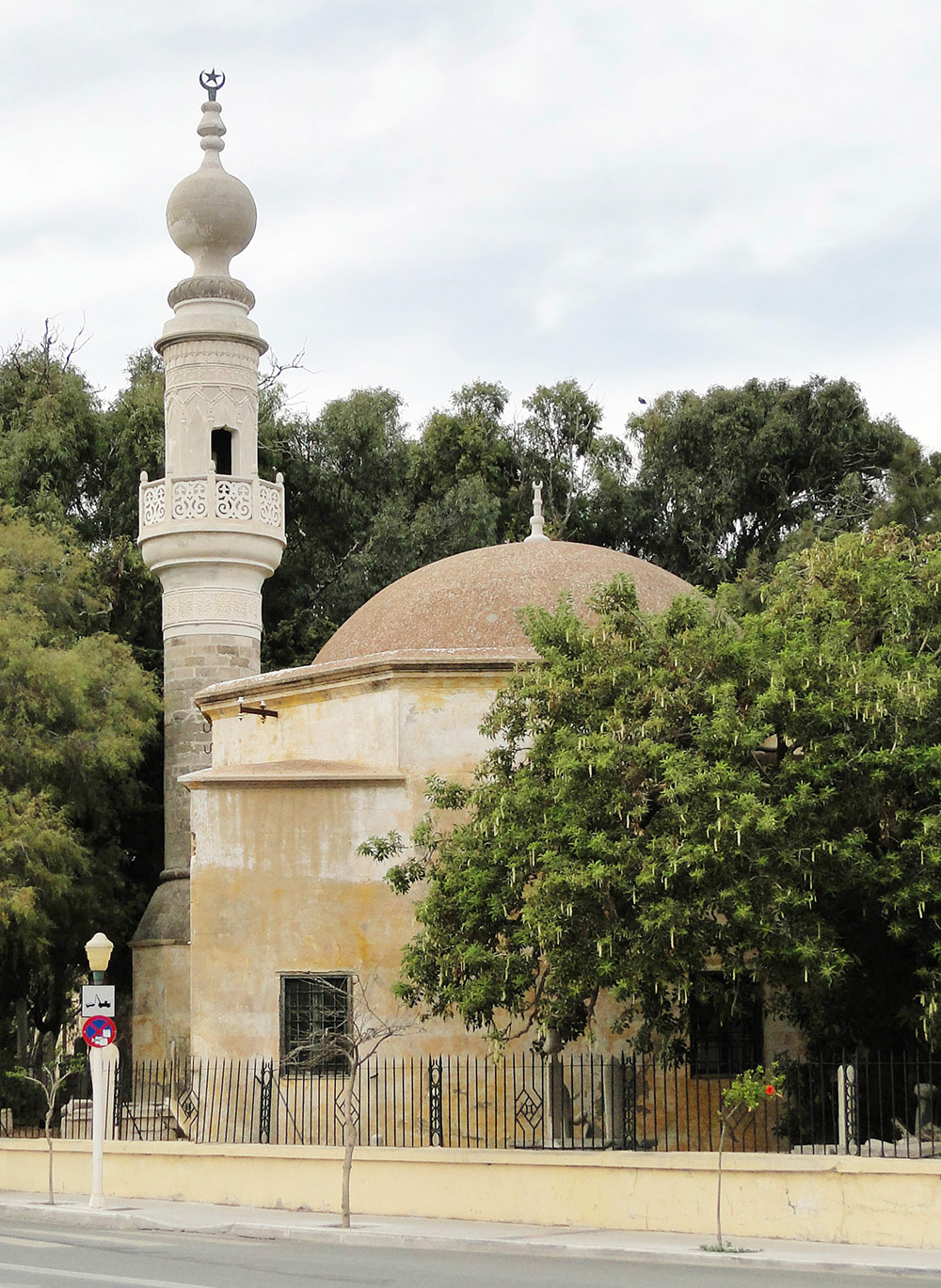
Photo credit: Bernard Gagnon.
***
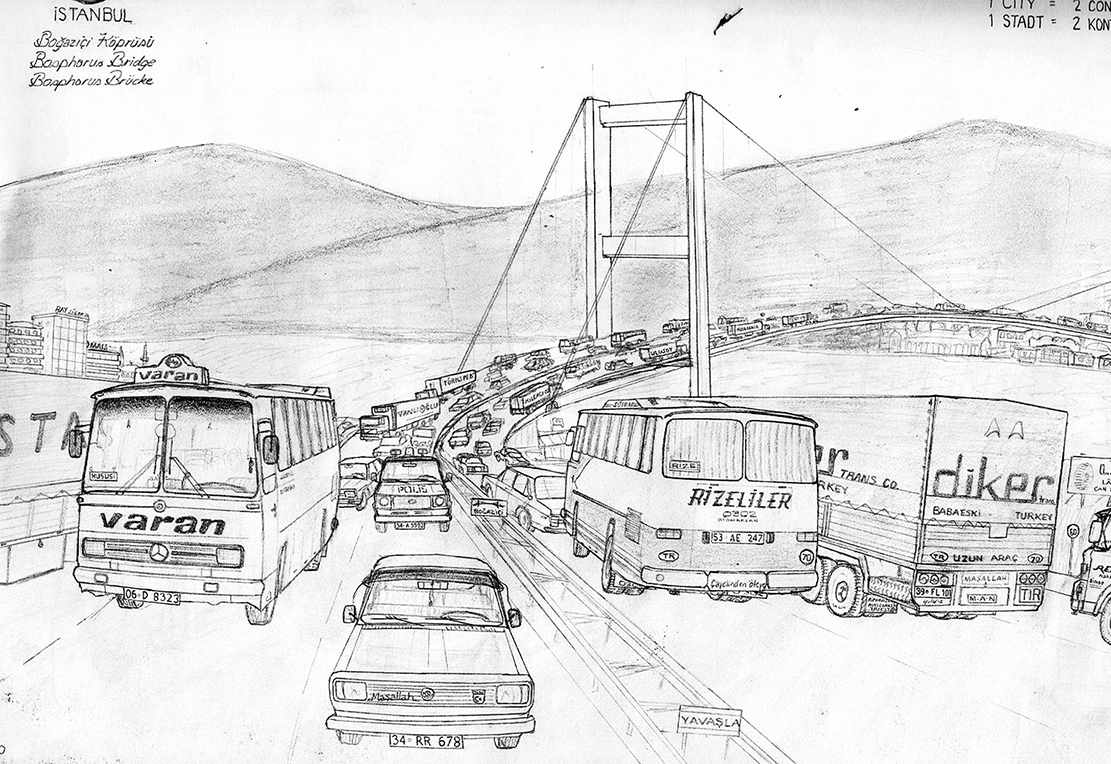
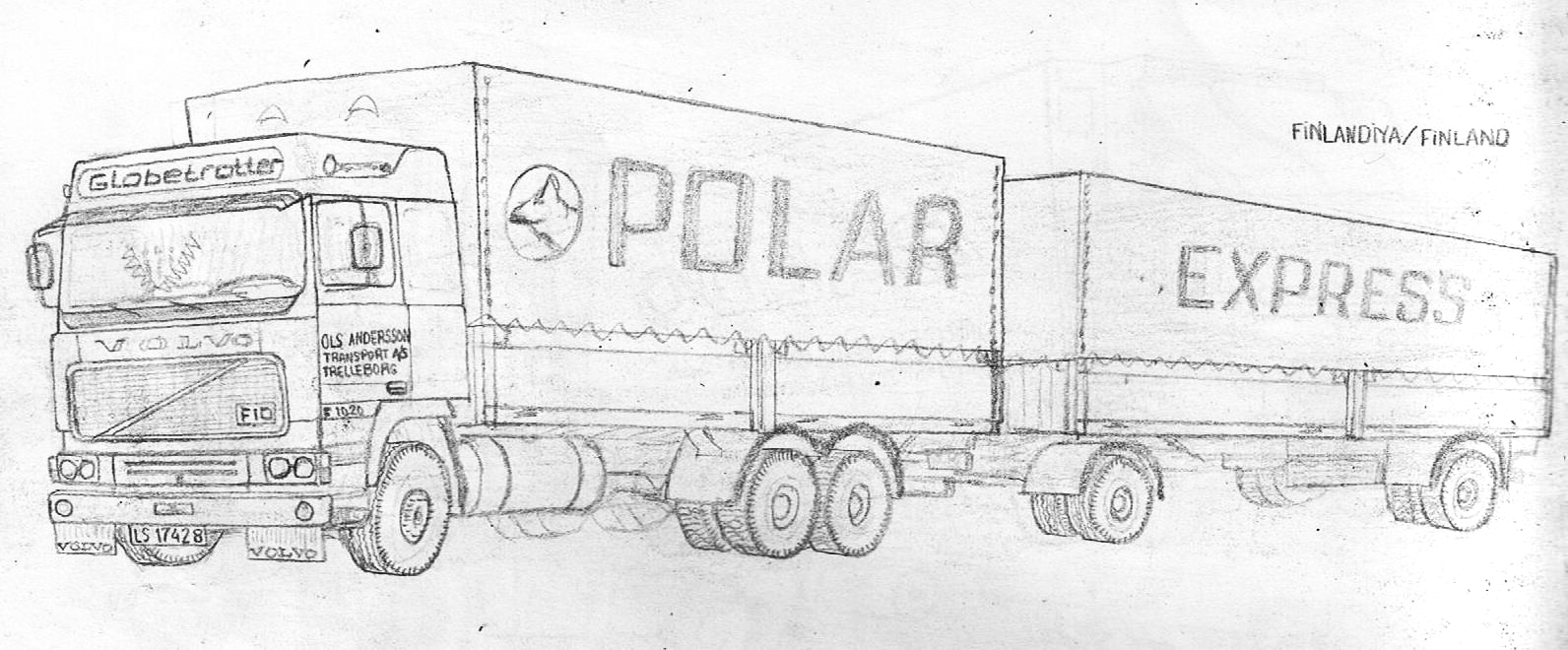
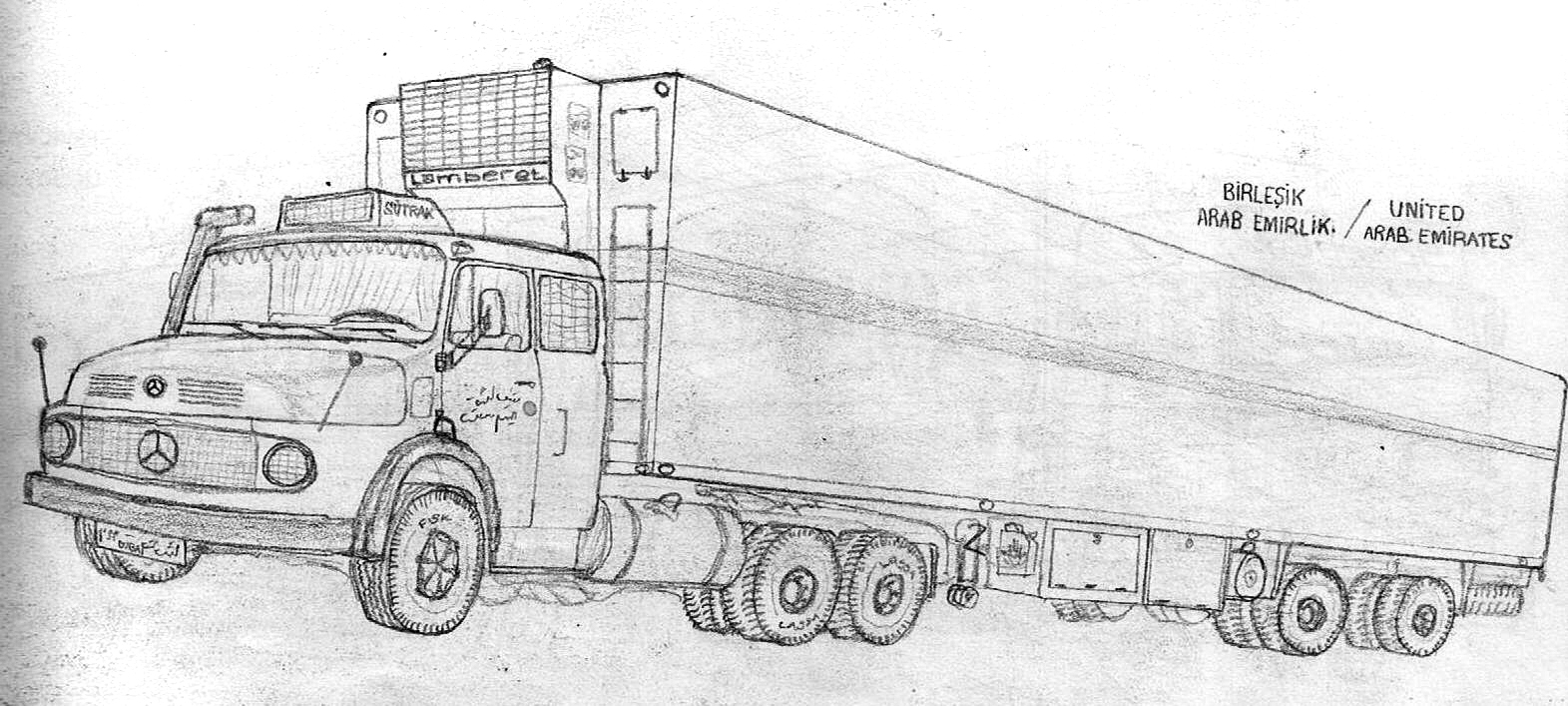
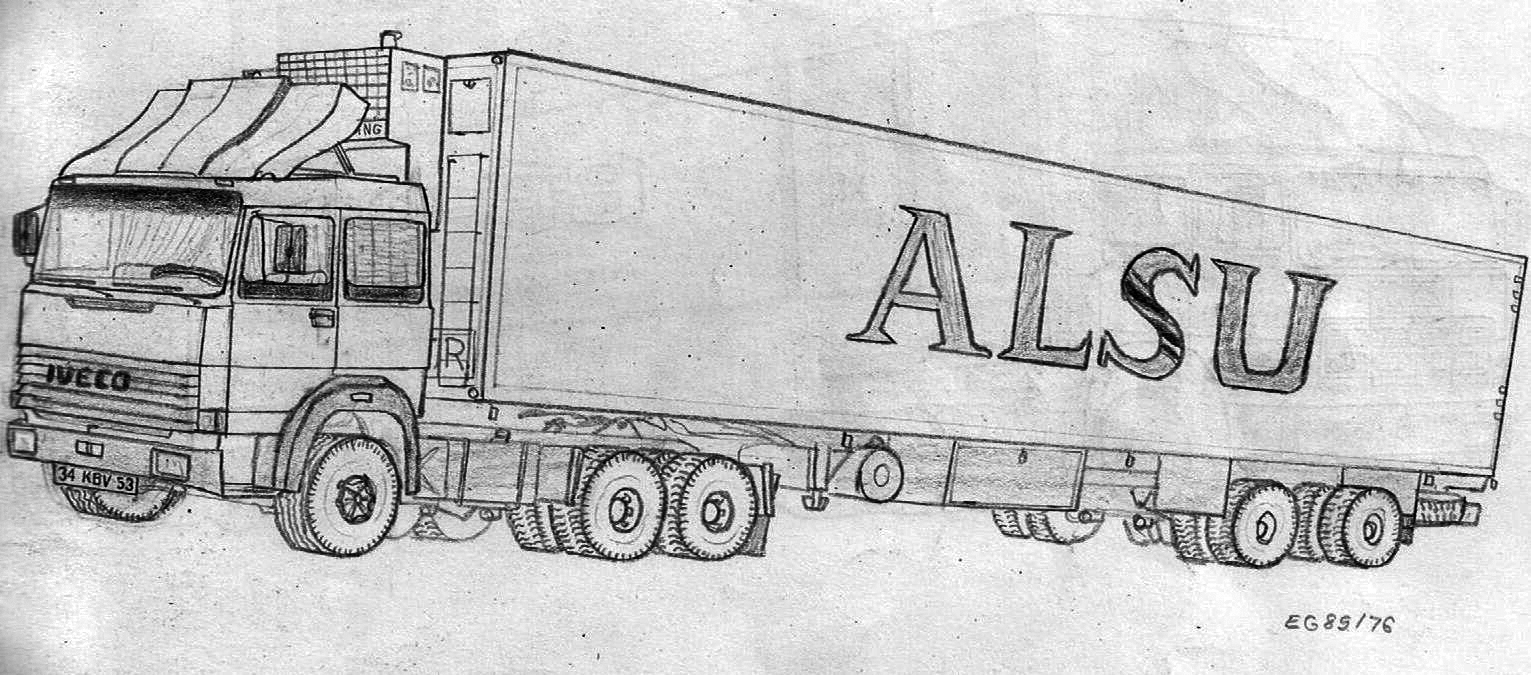
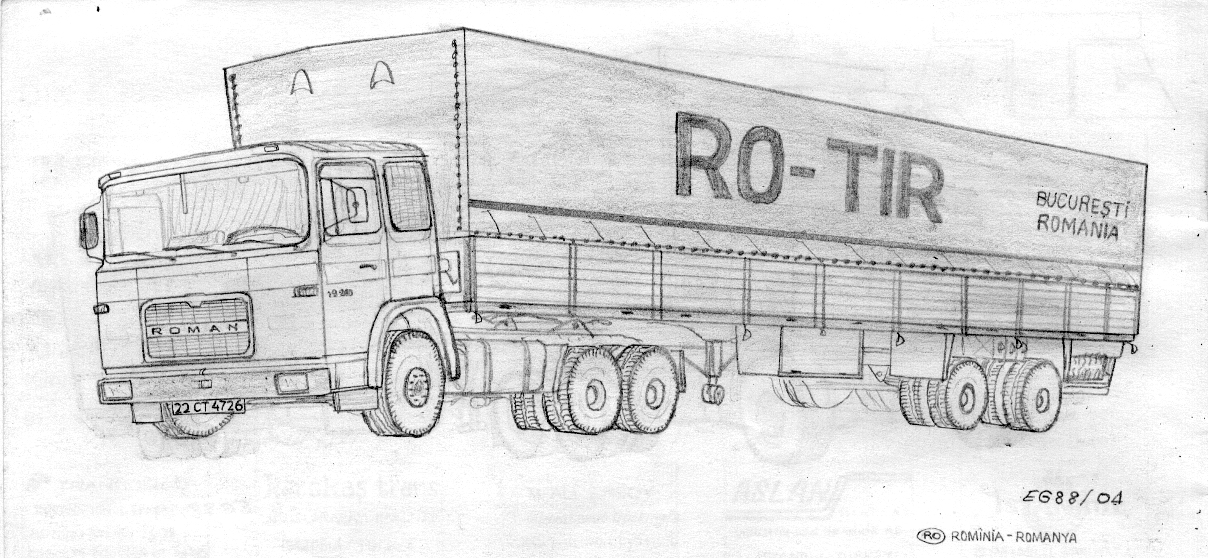
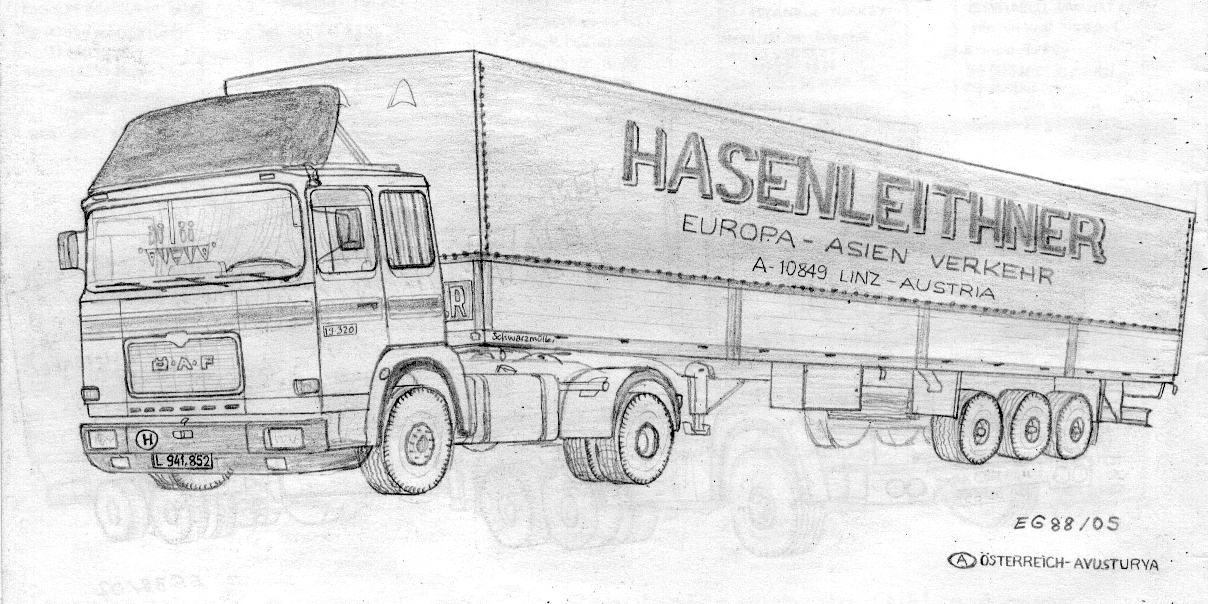
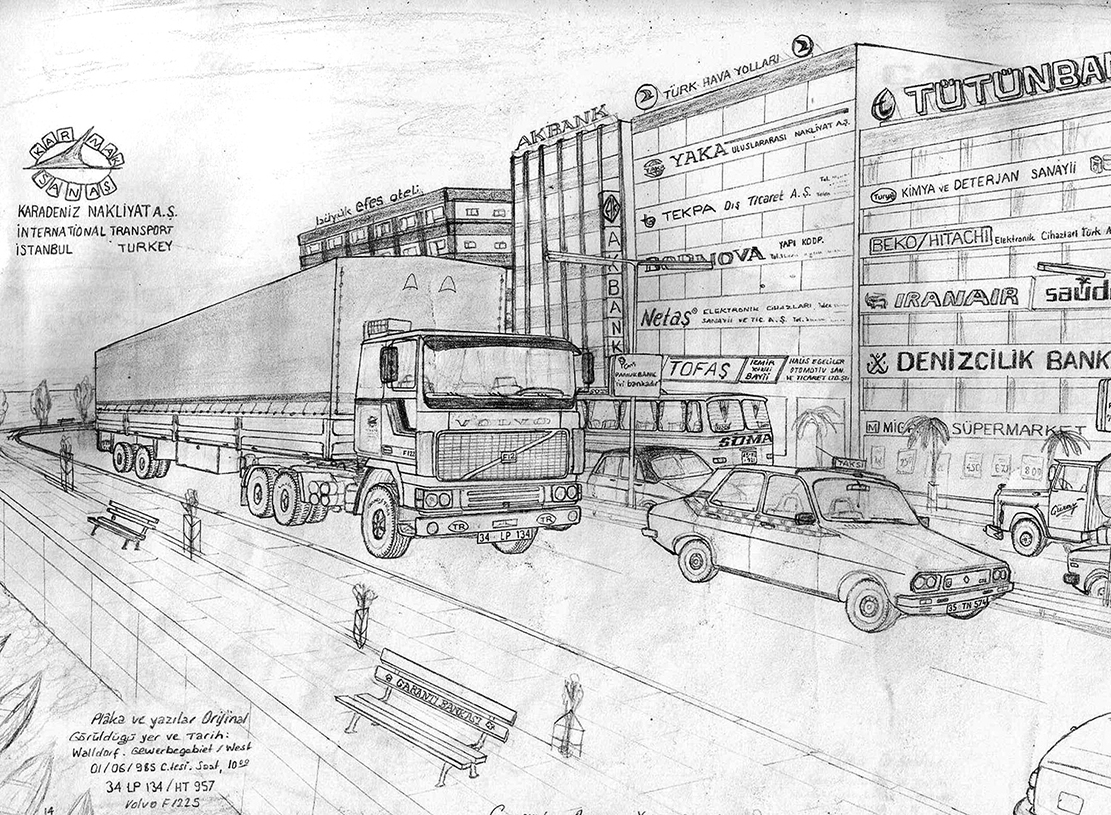
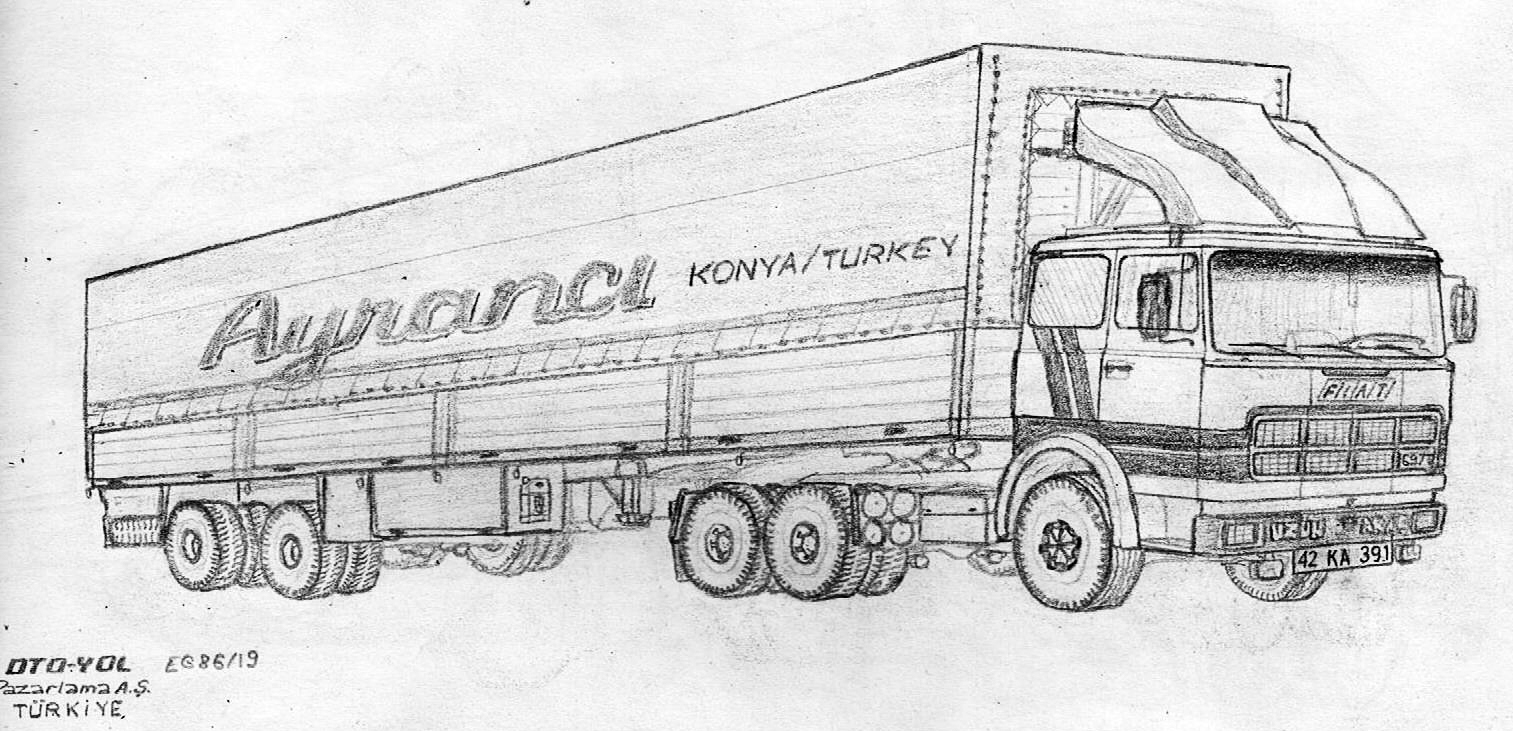
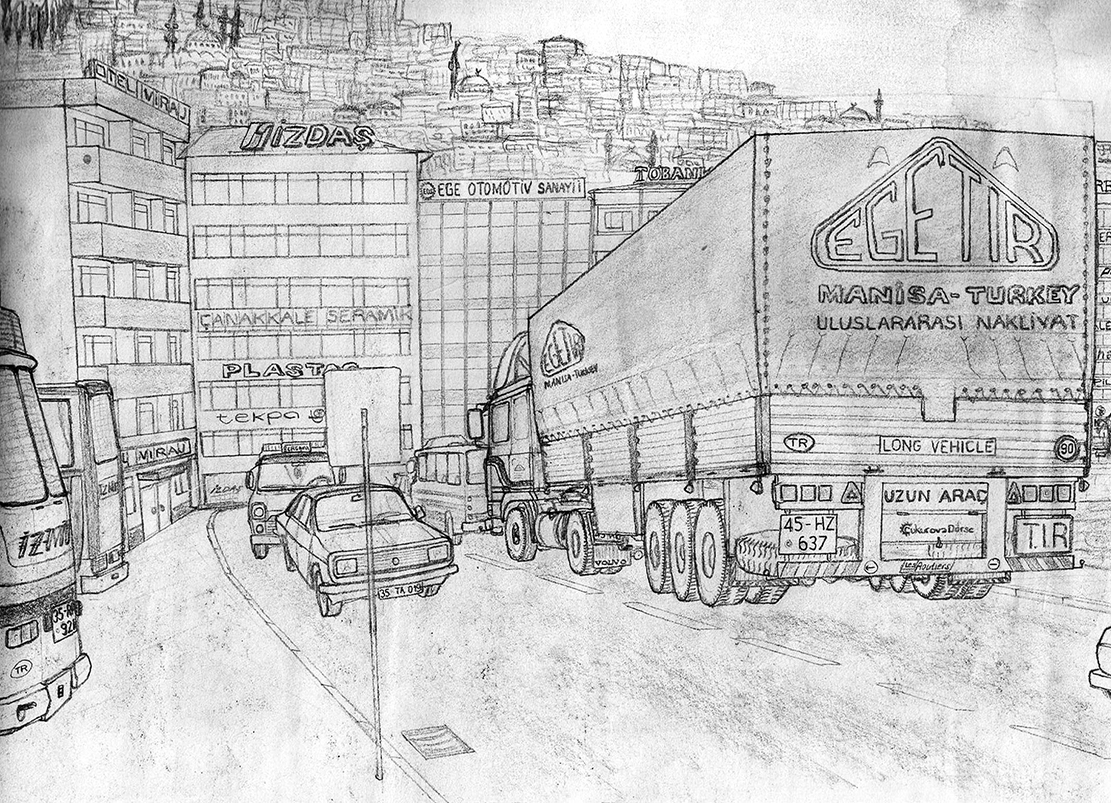
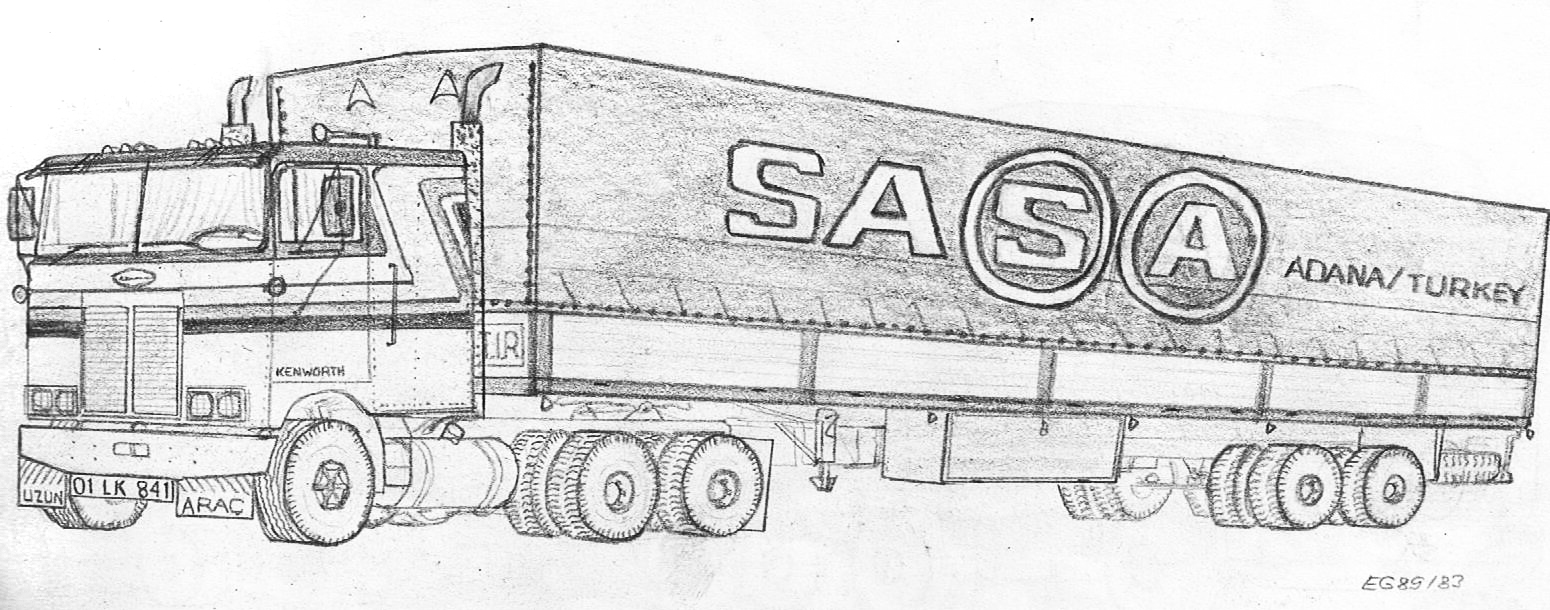
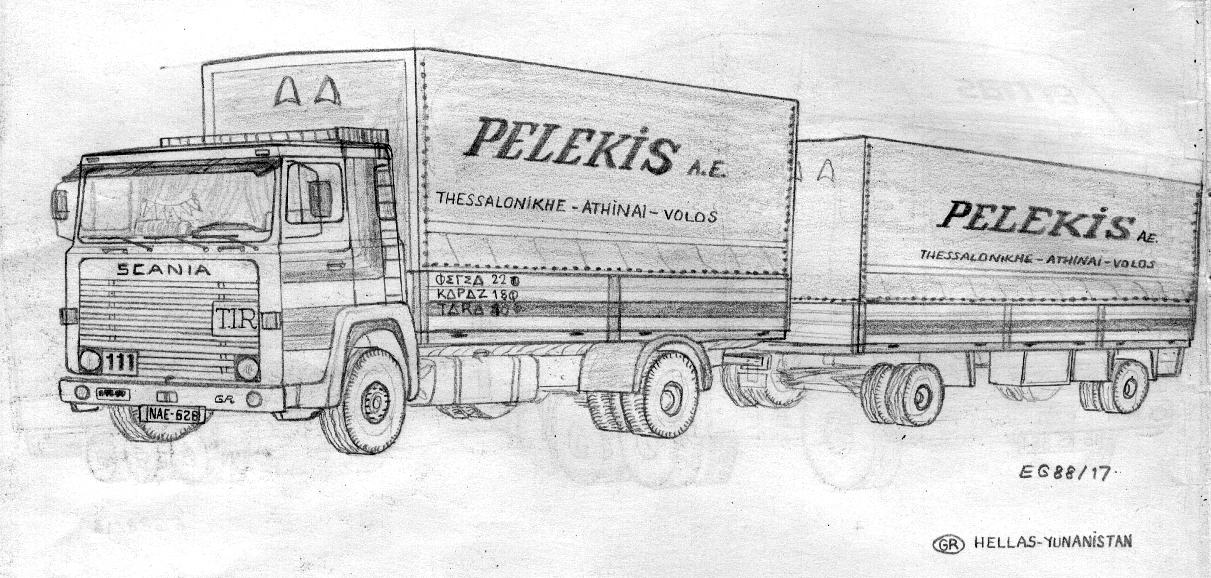
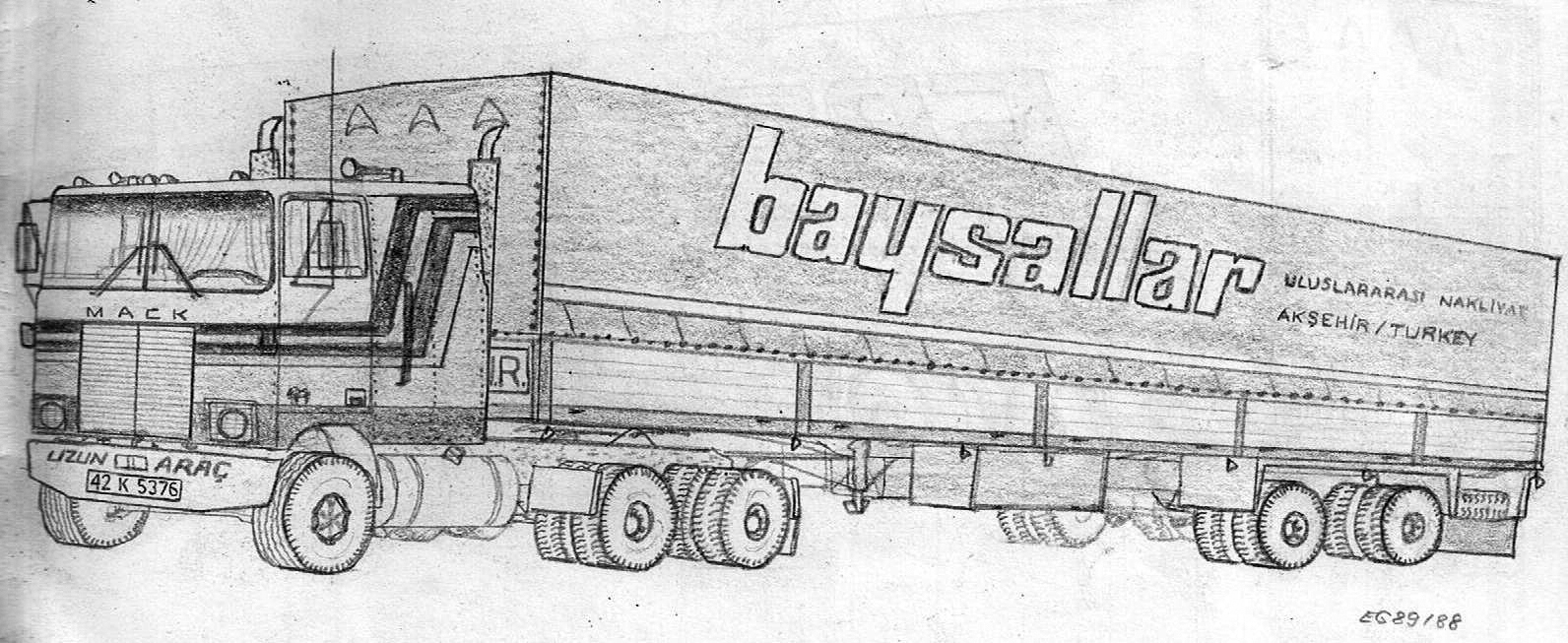
Artist:Ekrem Gürleyen.
***
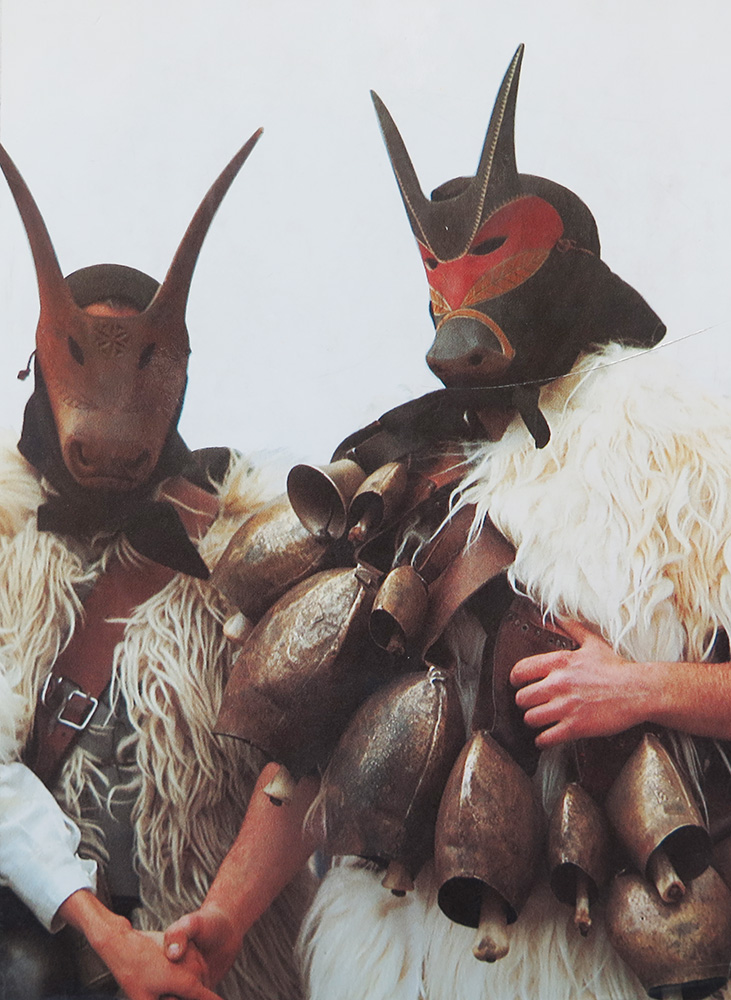
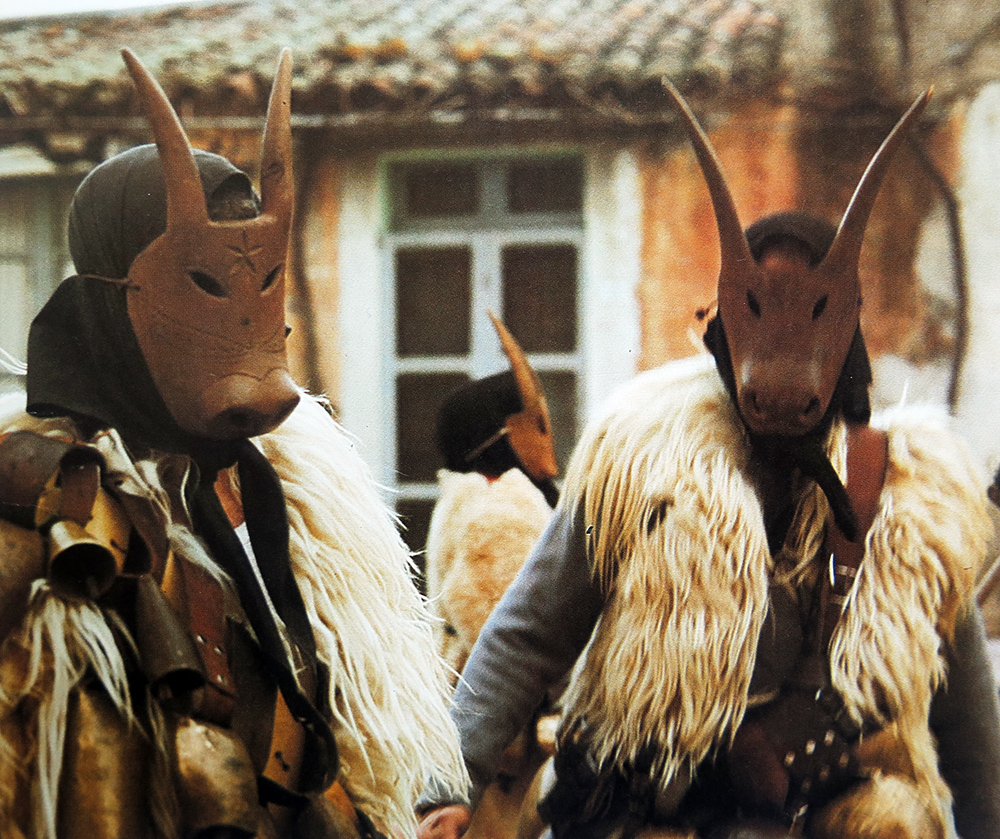
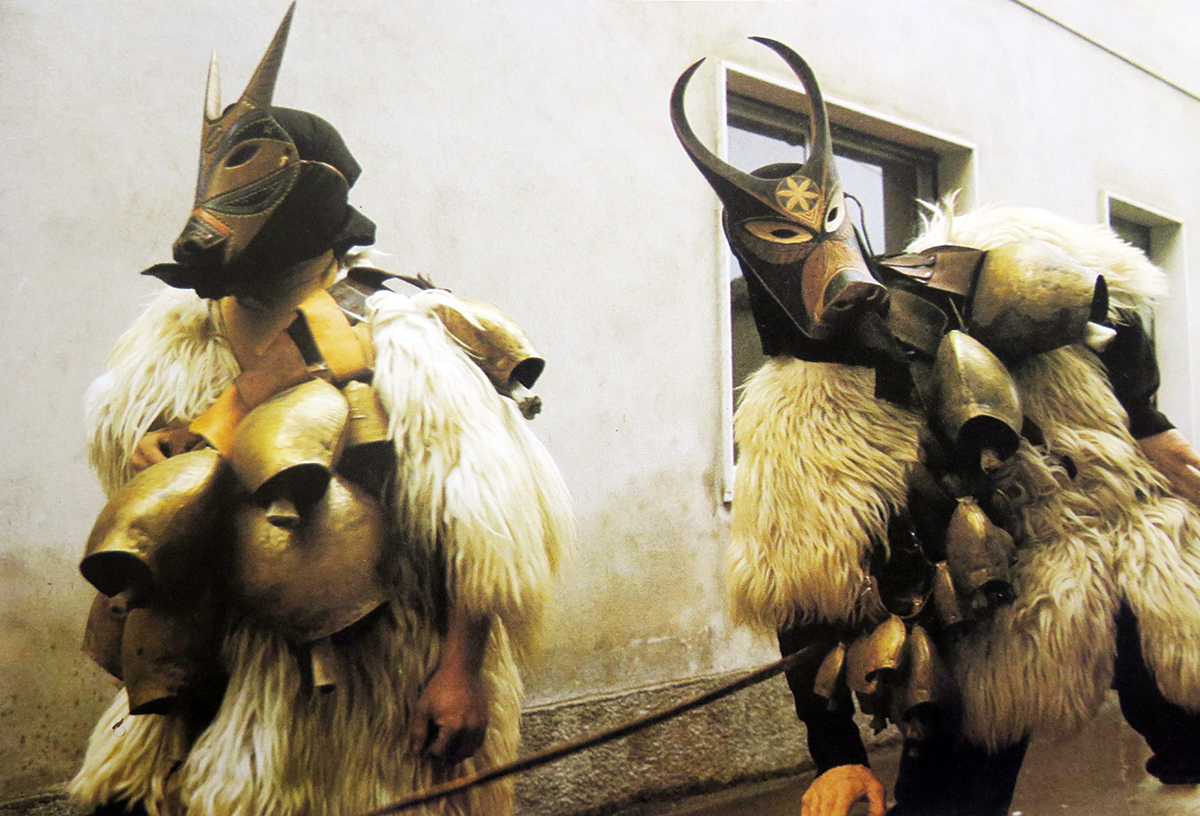
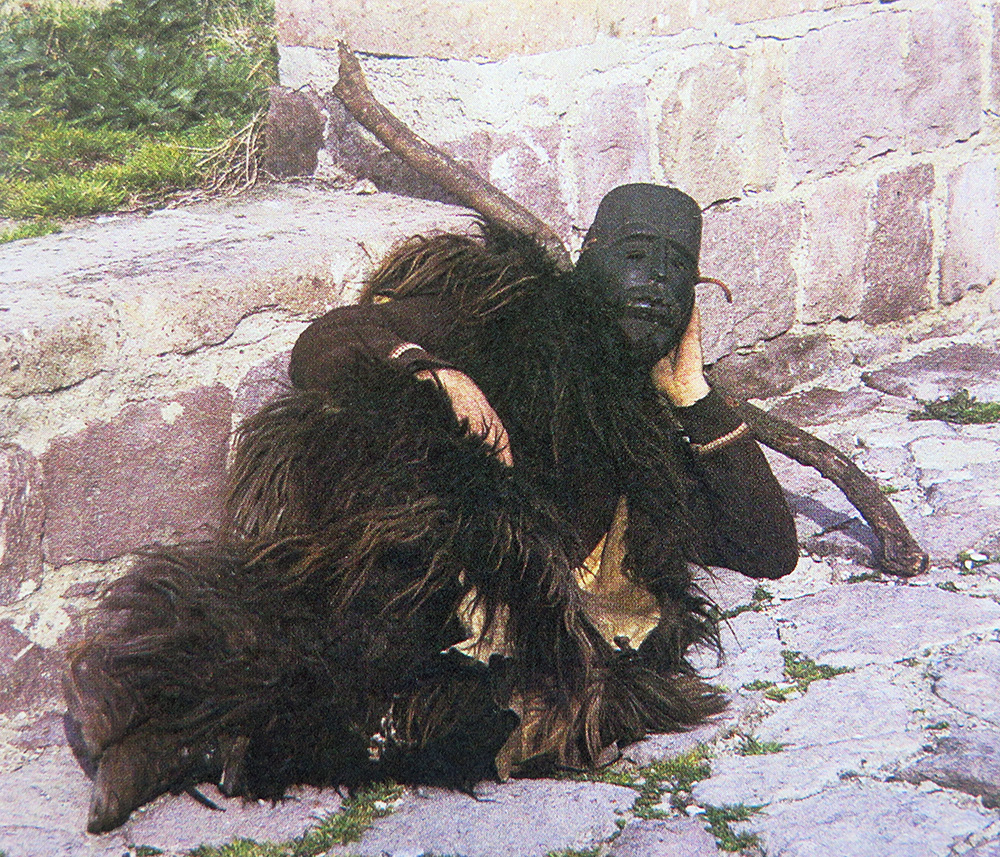
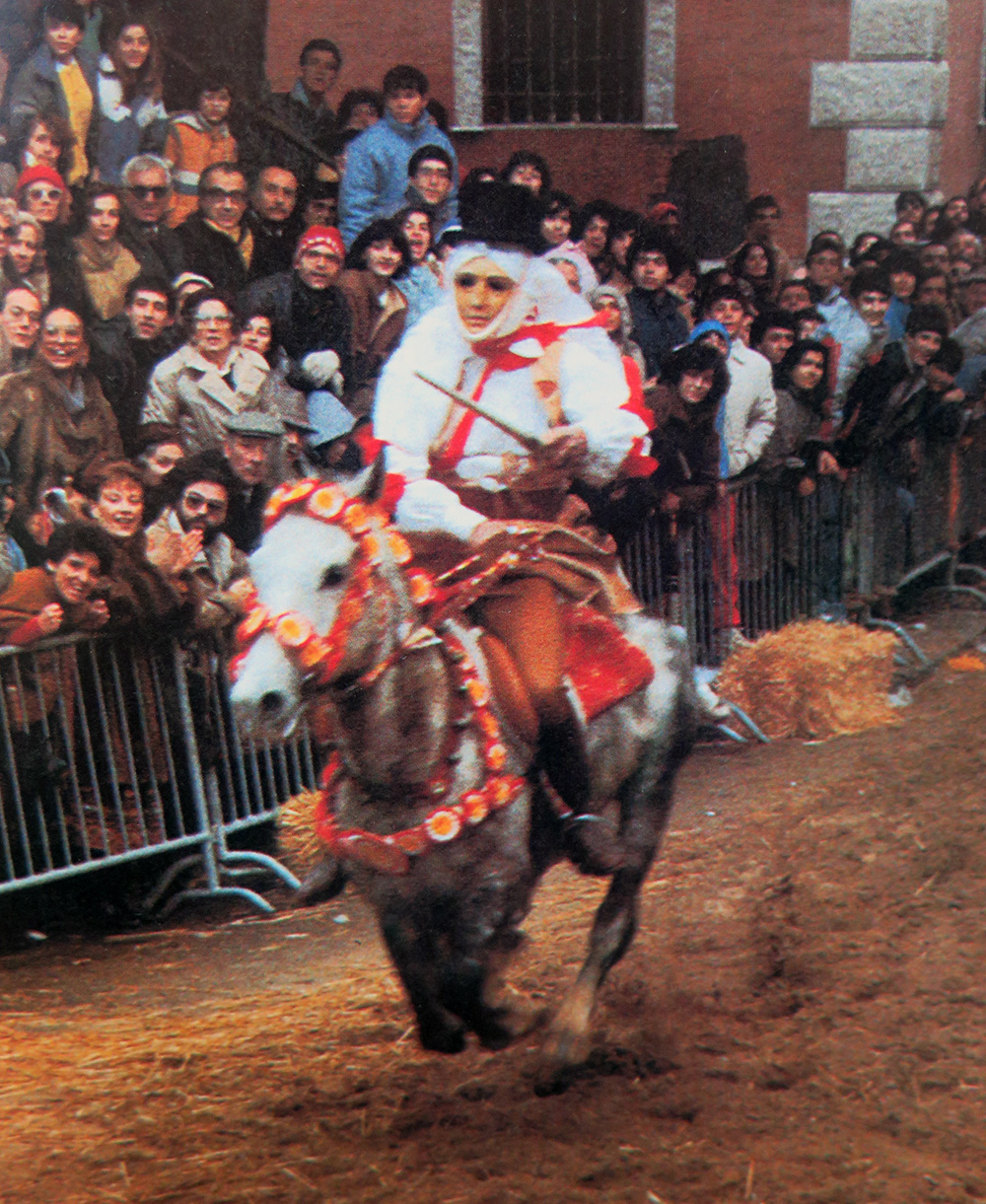
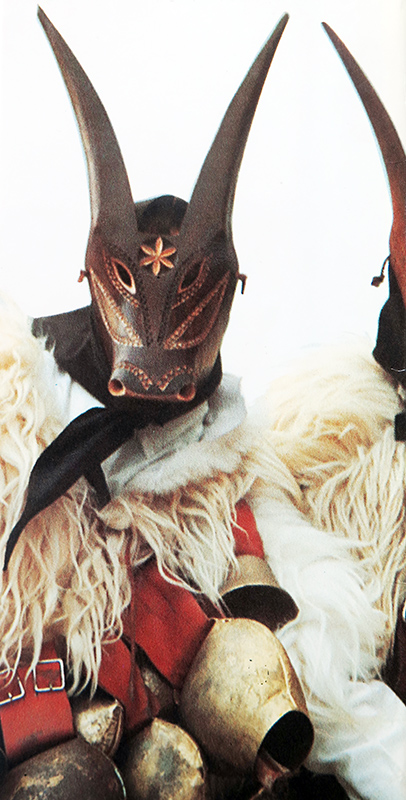
Boes, Merdules, and other folk play characters from Sardinia.
Source: Mario Atzori, et al., Il carnevale in Sardegna, Editrice Mediterranea, Rome, 1990.
***
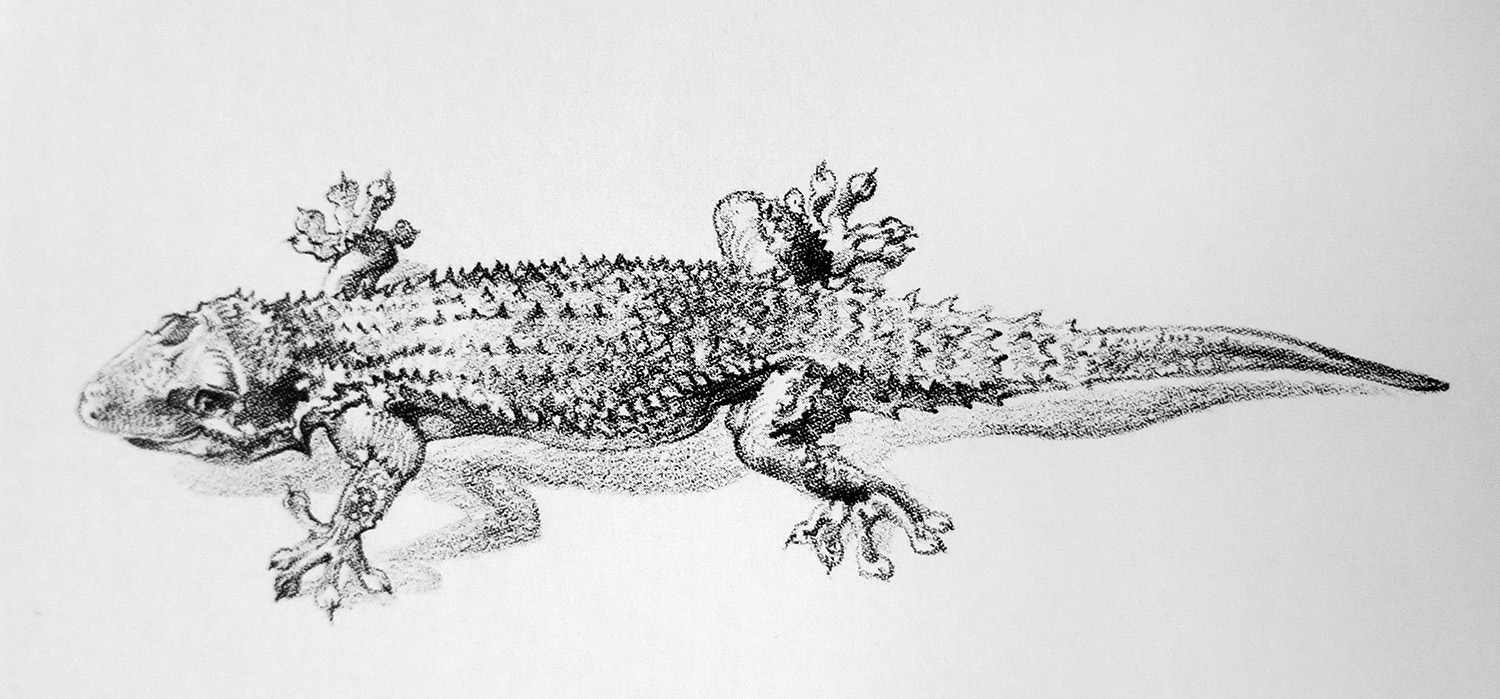
Artist: Stanis Dessy, mid-1930s.
***
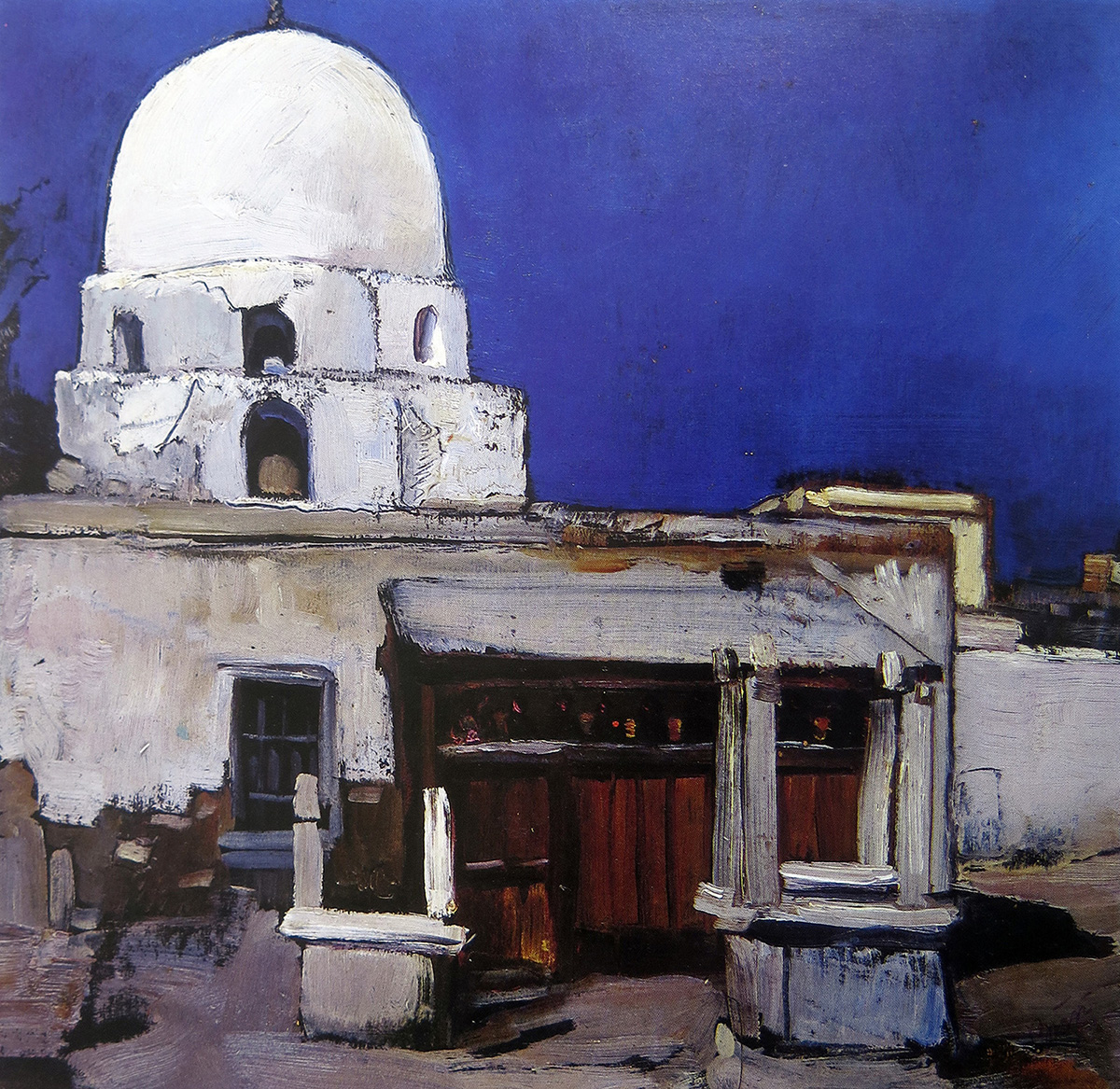
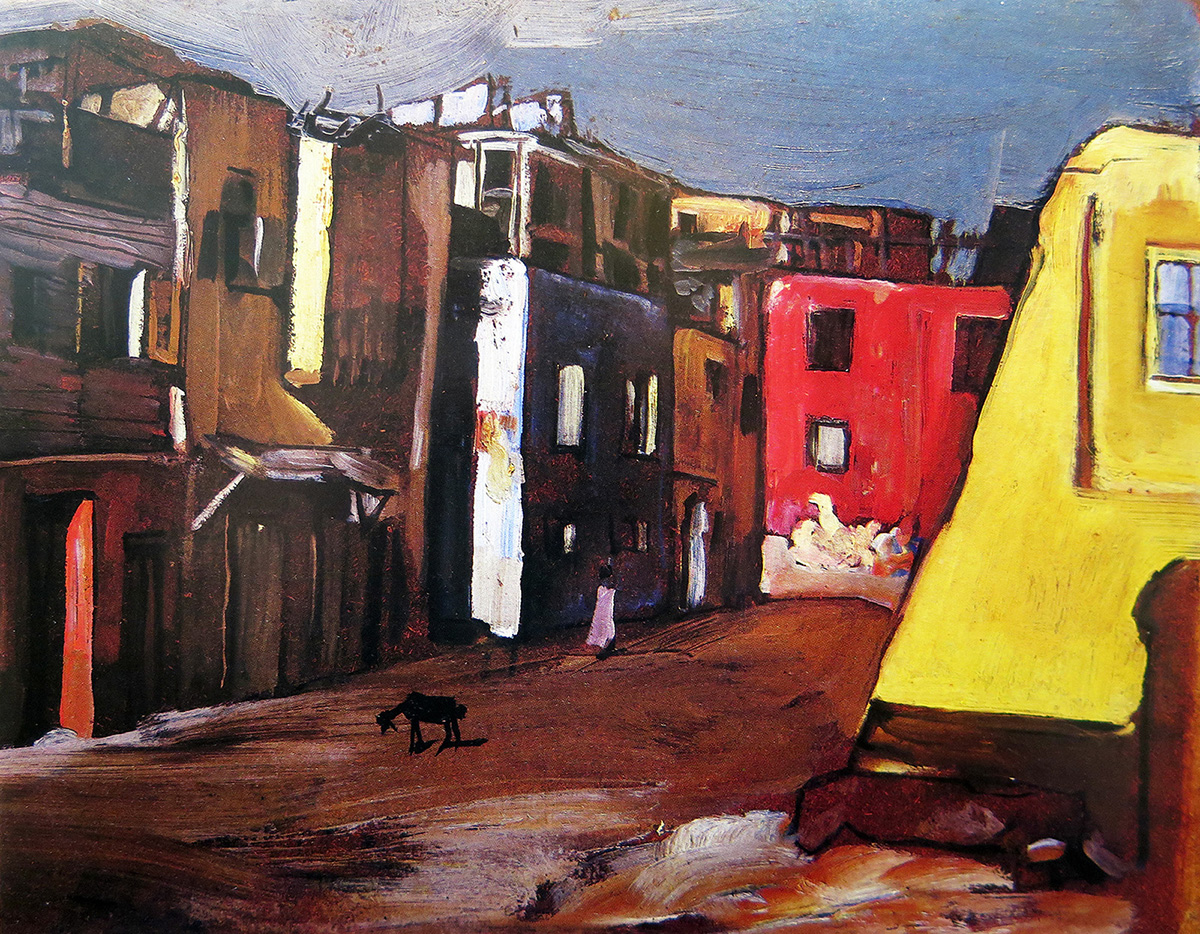
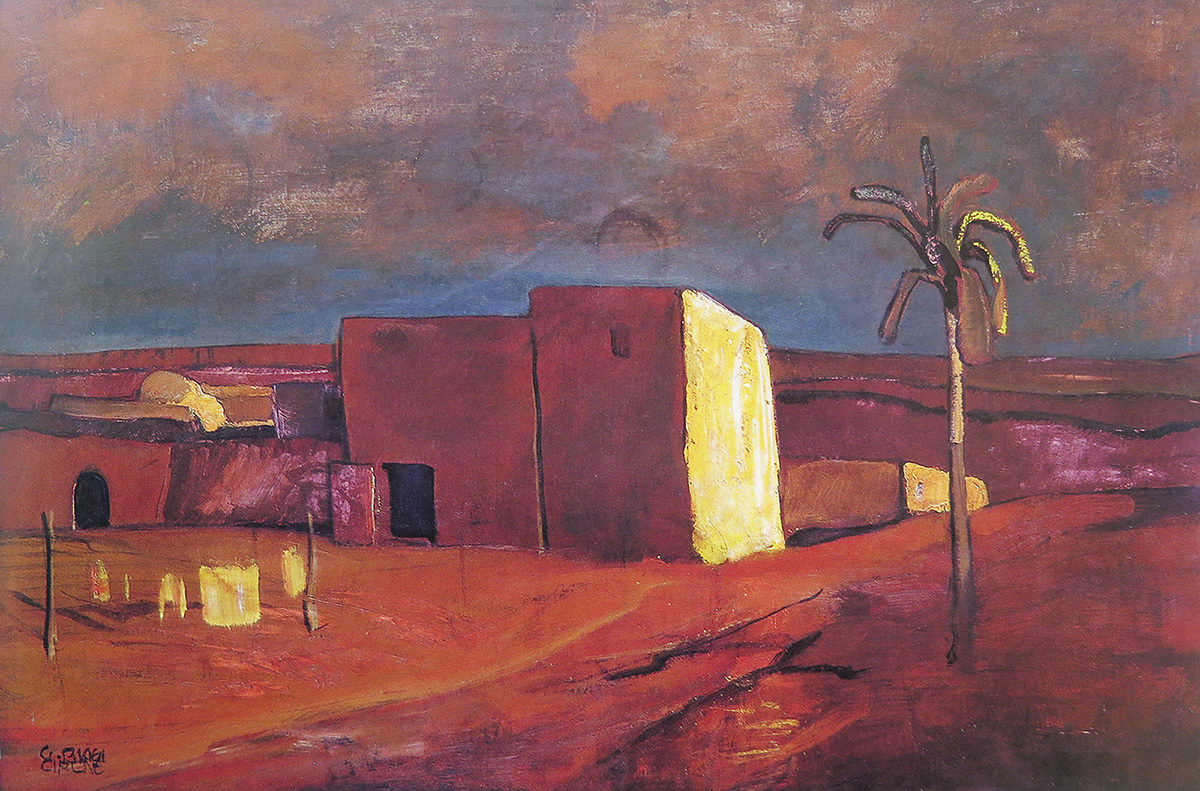
Artist: Giuseppe Biasi, 1924-1927.
***
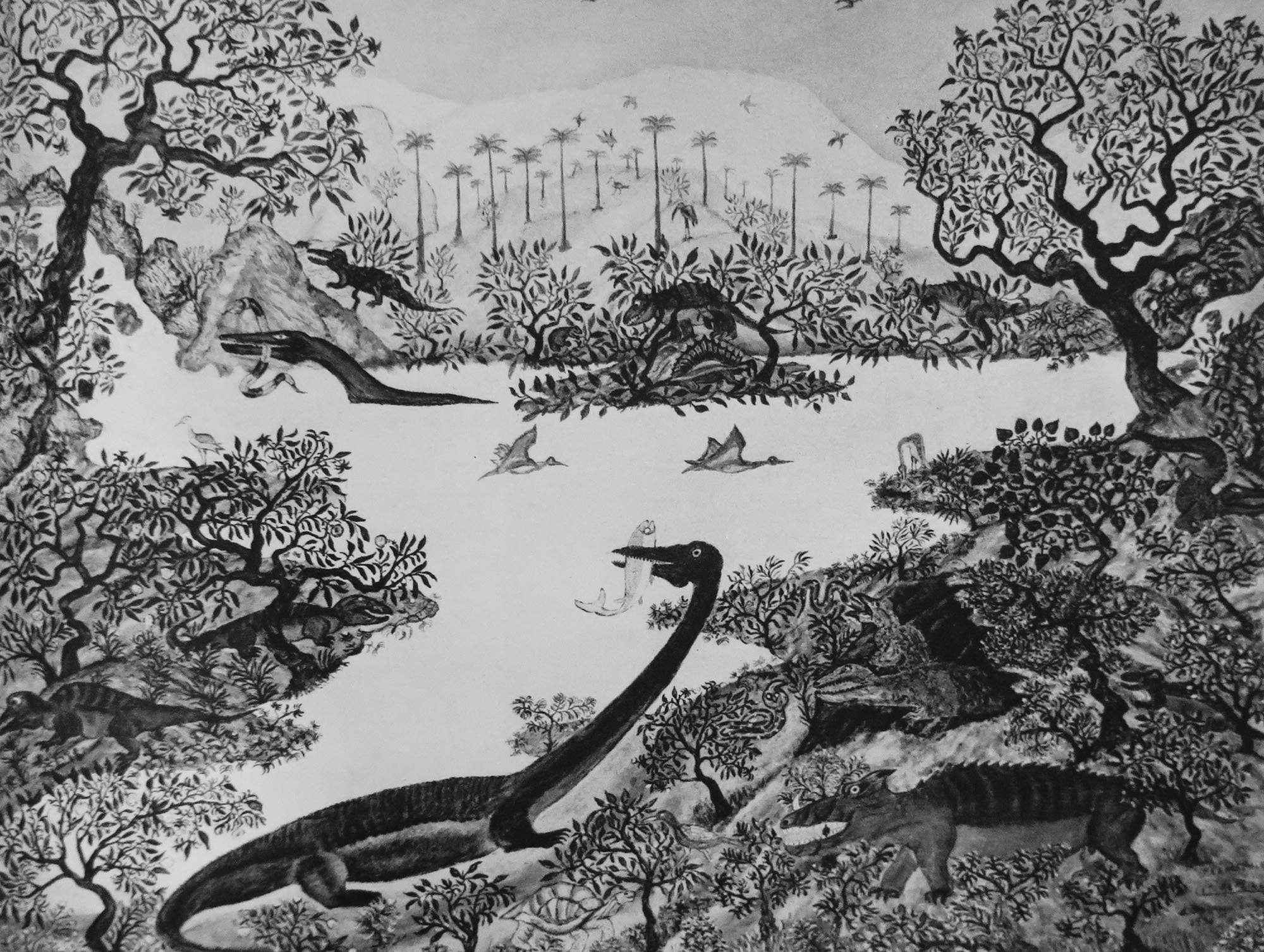
Artist: Dominique Lagru, early 1950s.
***
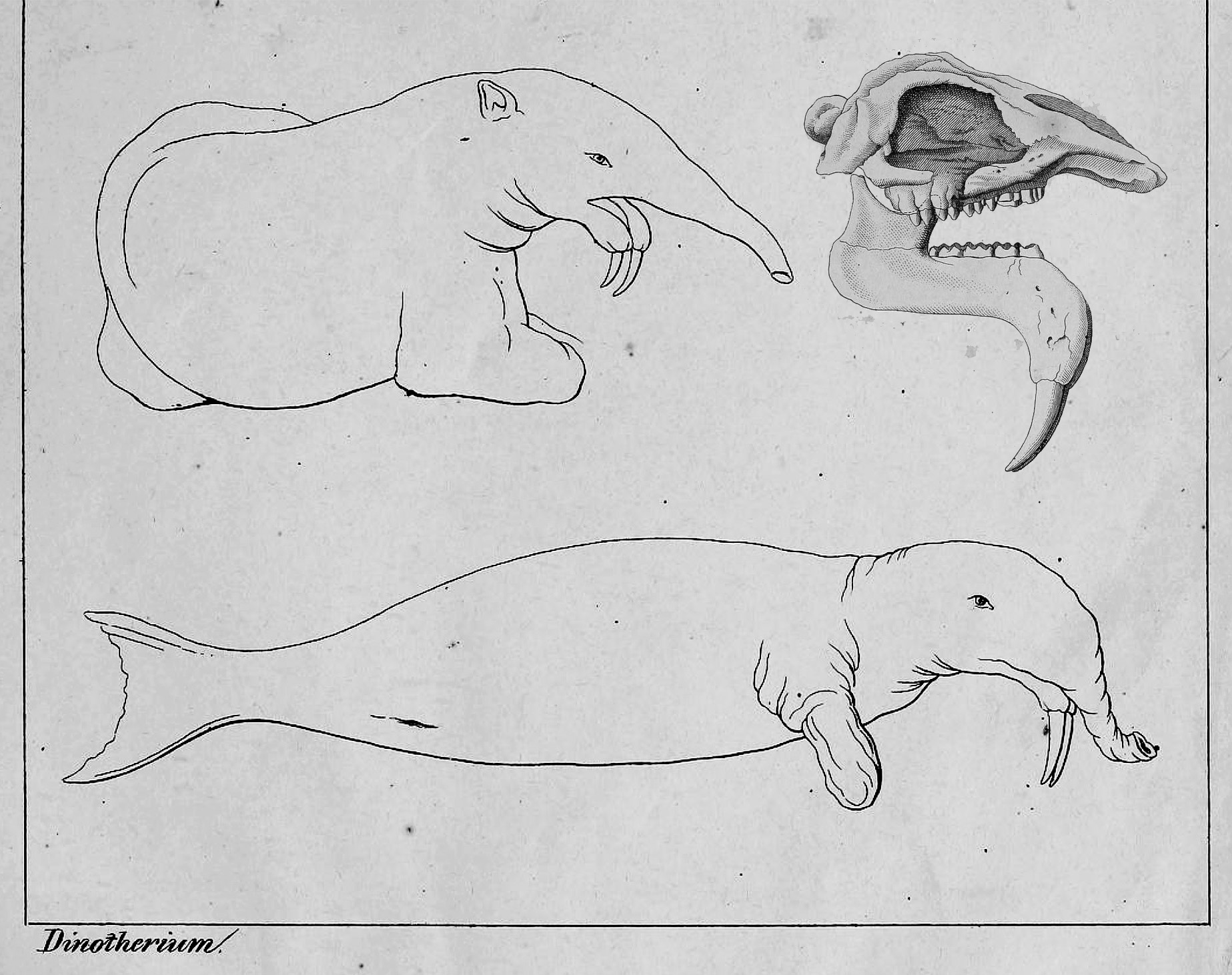
At one point, the extinct proboscidean Deinotherium was interpreted as a walrus-or-manatee-like creature, using its peculiar tusks to haul itself to land.
Source: Petrefactenbuch, oder allgemeine und besondere Versteinerungskunde mit Berucksichtigung der Lagerungs-Verhaltnisse, besonders in Deutschland
Krais & Hoffmann, Stuttgart, 1855.
***
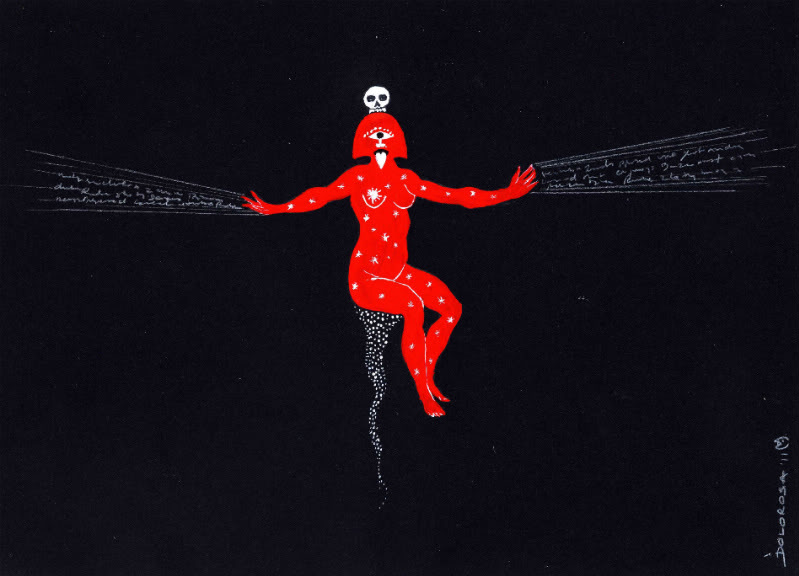
Artist: "Dolorosa", 2012.
***
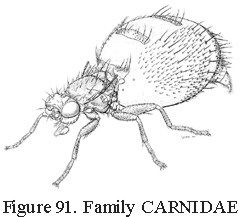
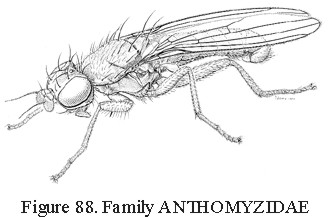
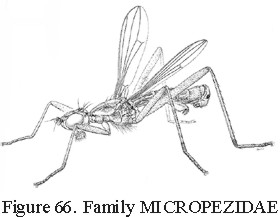
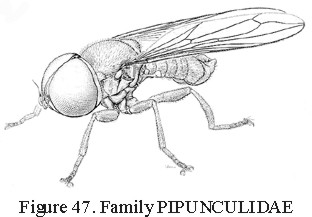
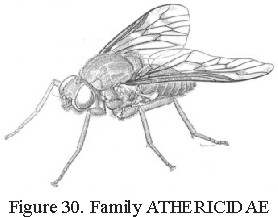
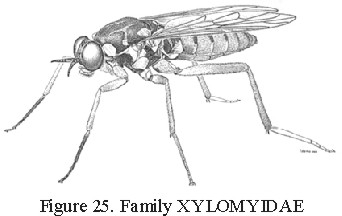
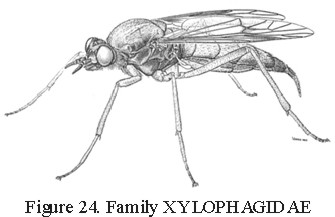
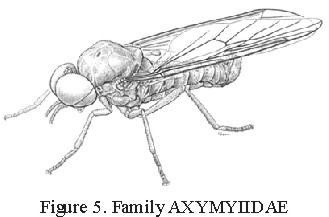
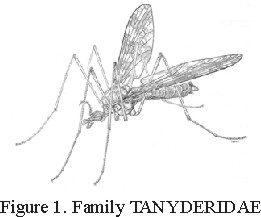
Illustrations depicting nine of the many families of flies (Diptera).
Source: University of British Columbia Department of Zoology website, https://www.zoology.ubc.ca/bcdiptera/Order%20Diptera%20Text%20Files/family_descriptions.htm
***
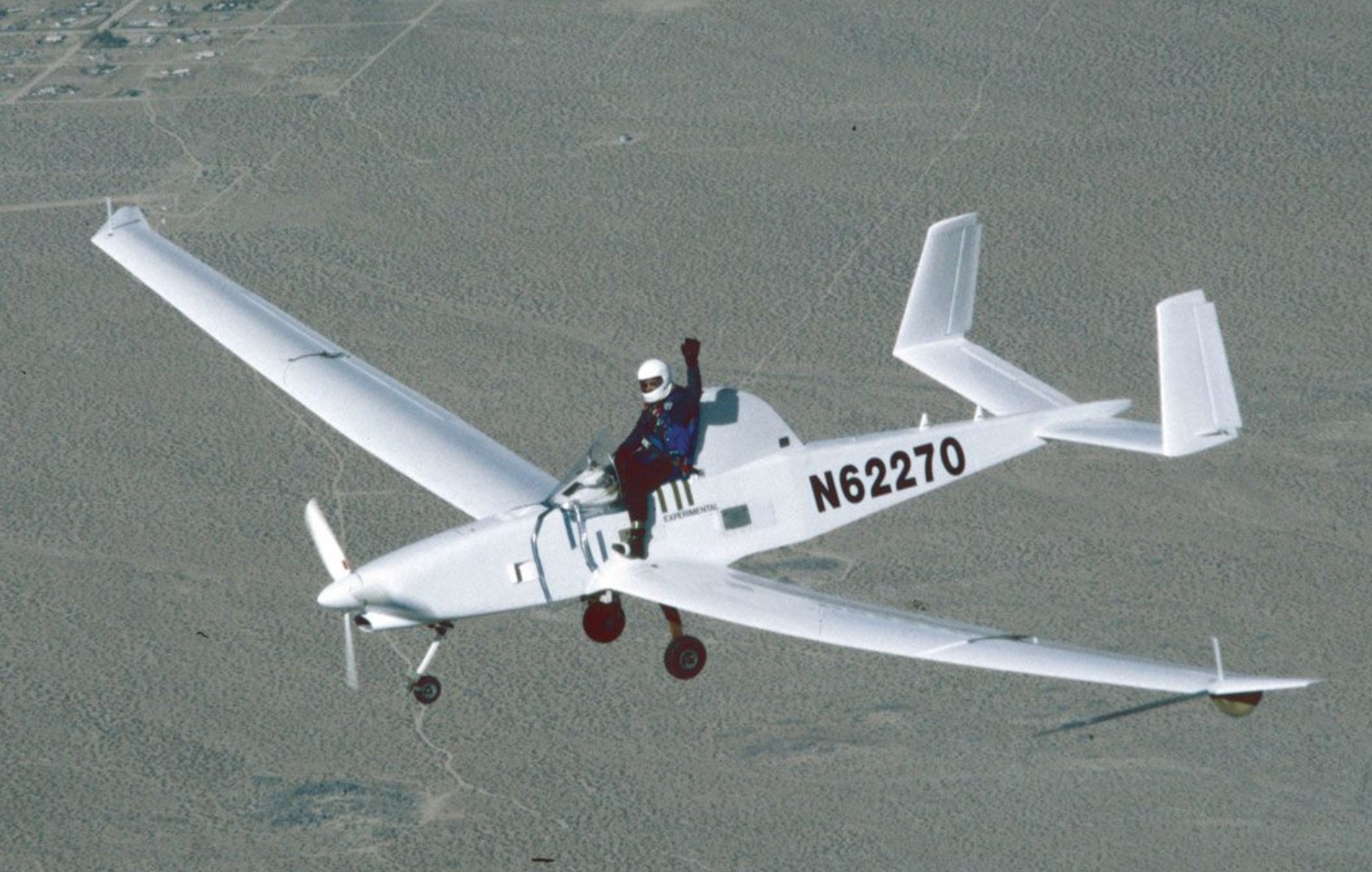
A pilot rides on an early Scaled Composites Raptor UAV to rescue the aircraft in case of a malfunction.
Source: Scaled Composites website, www.scaled.com
***
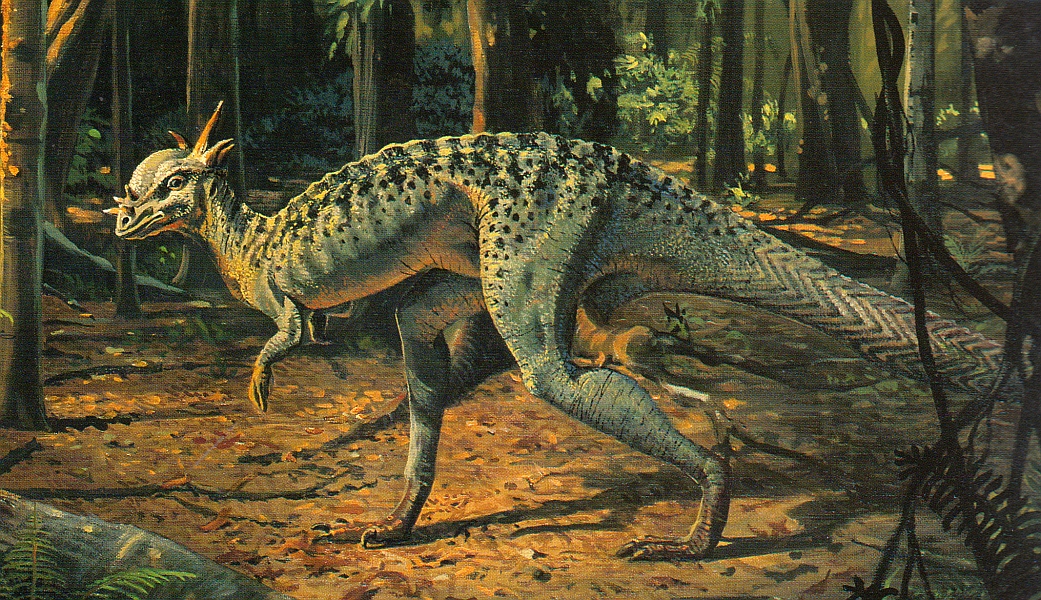
Artist: Ely Kish.
***
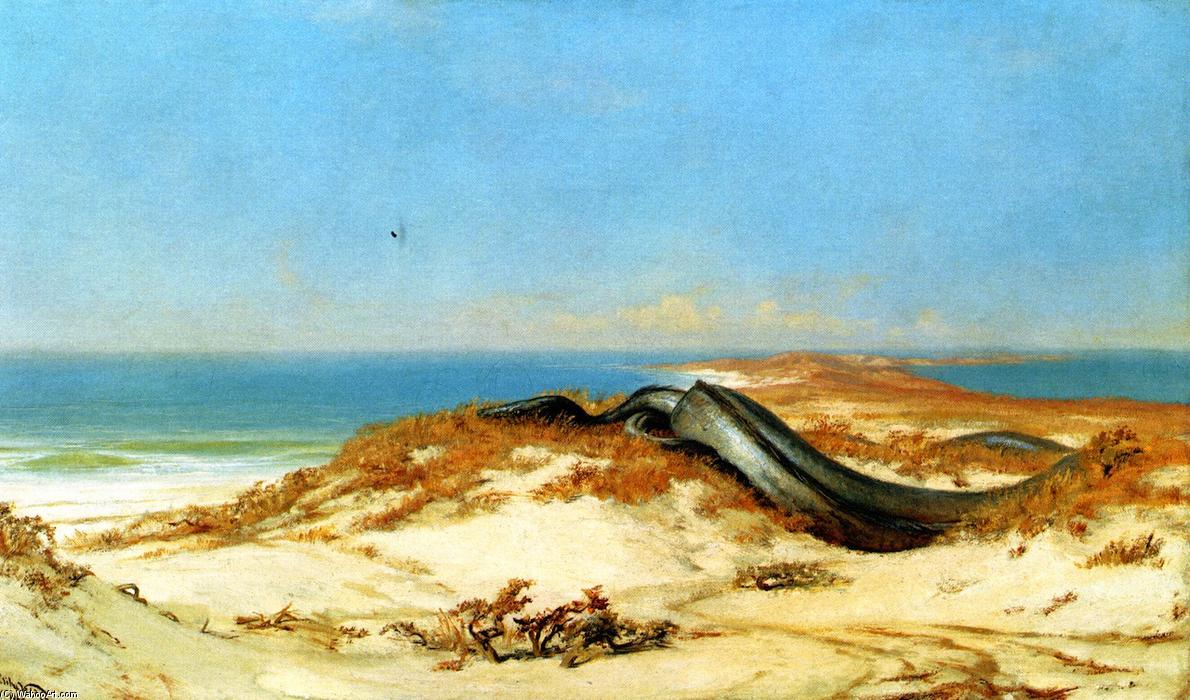
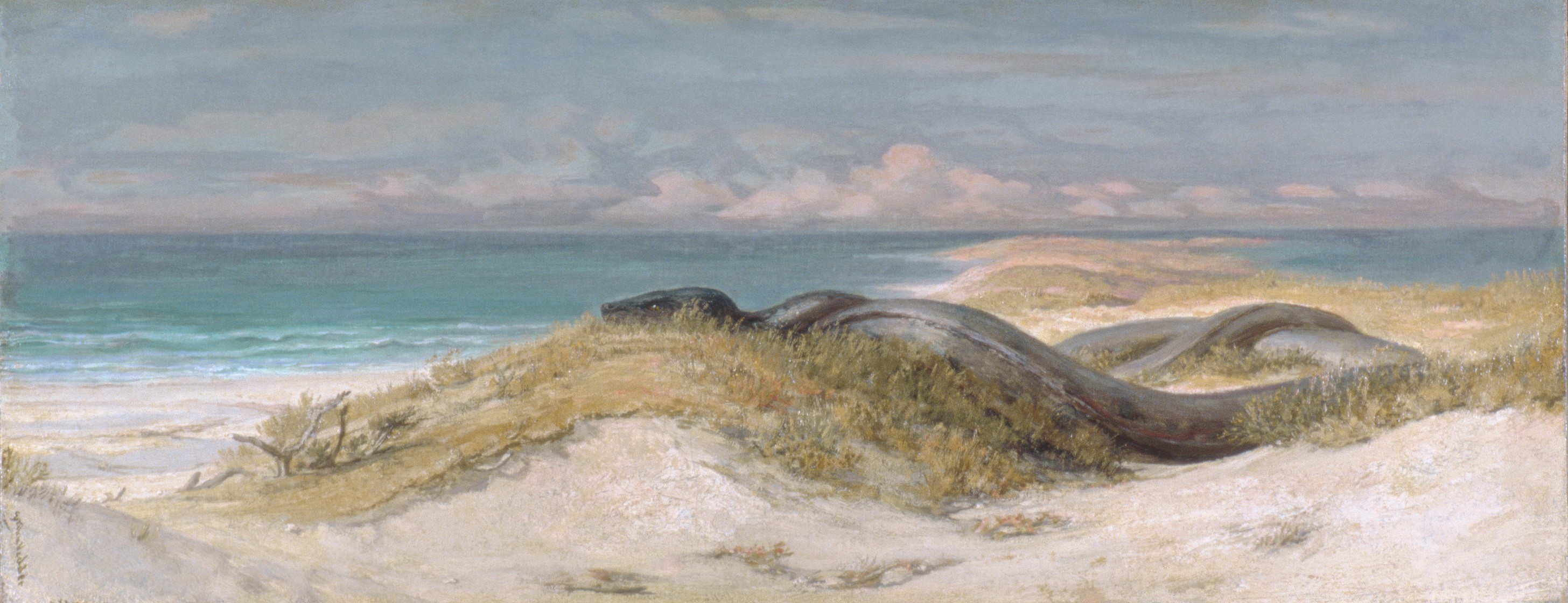
Artist: Elihu Vedder, 1890s.
***
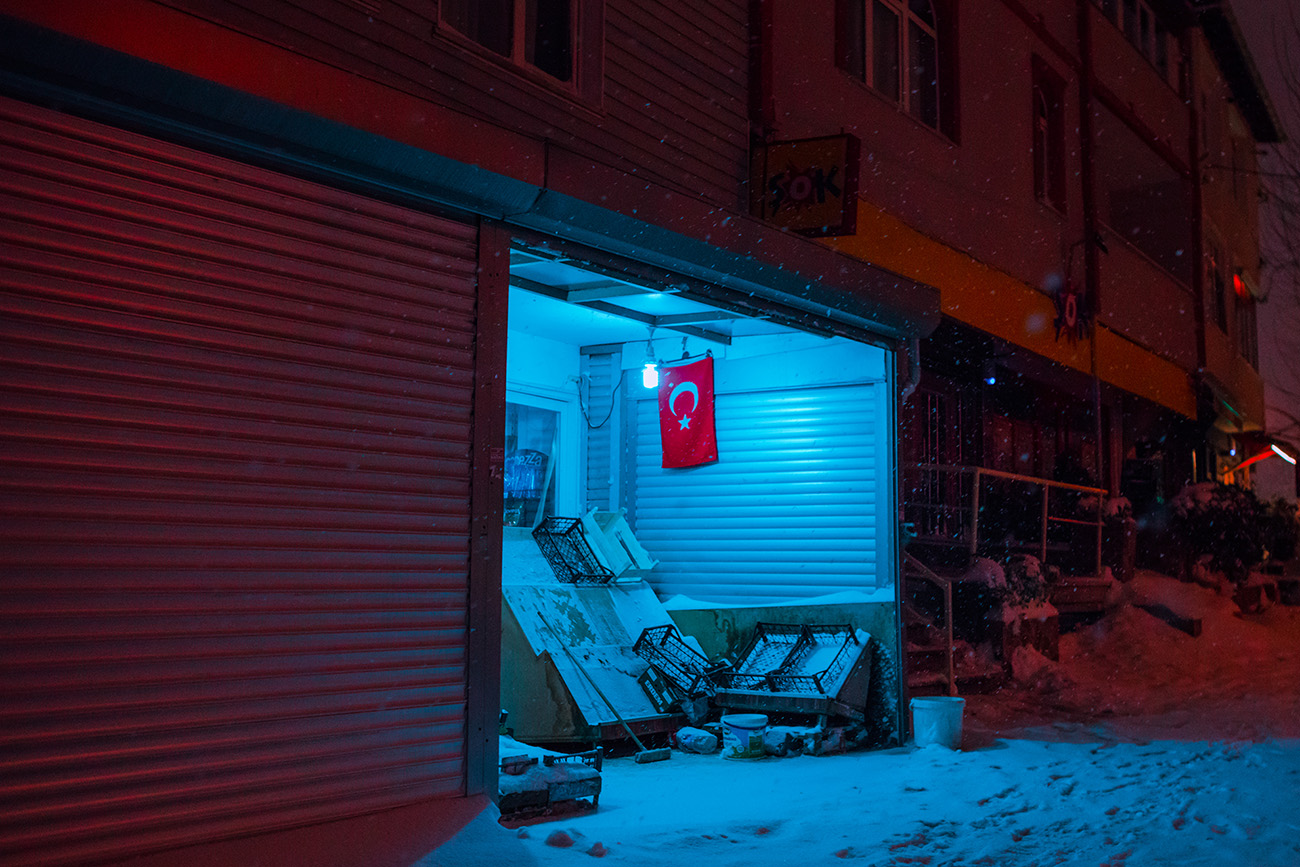
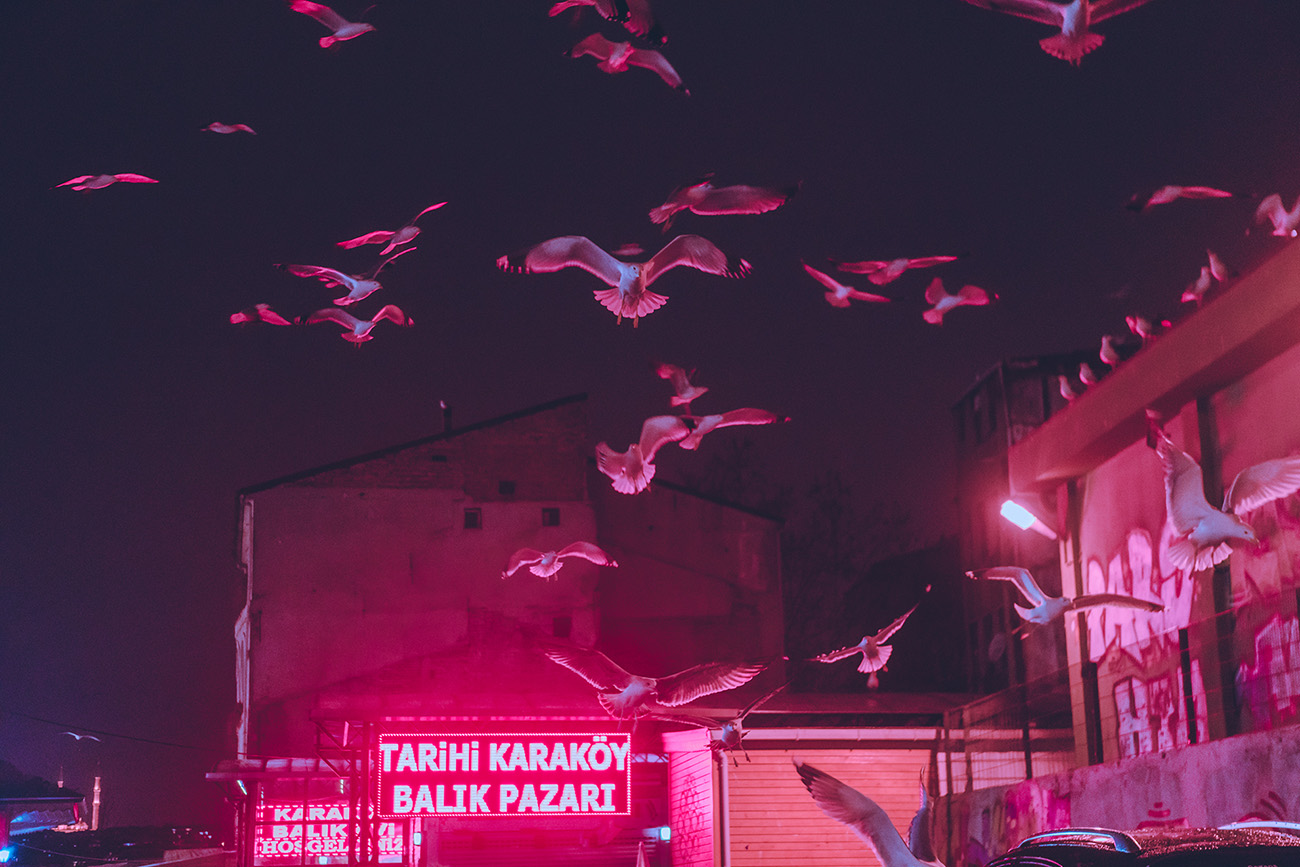
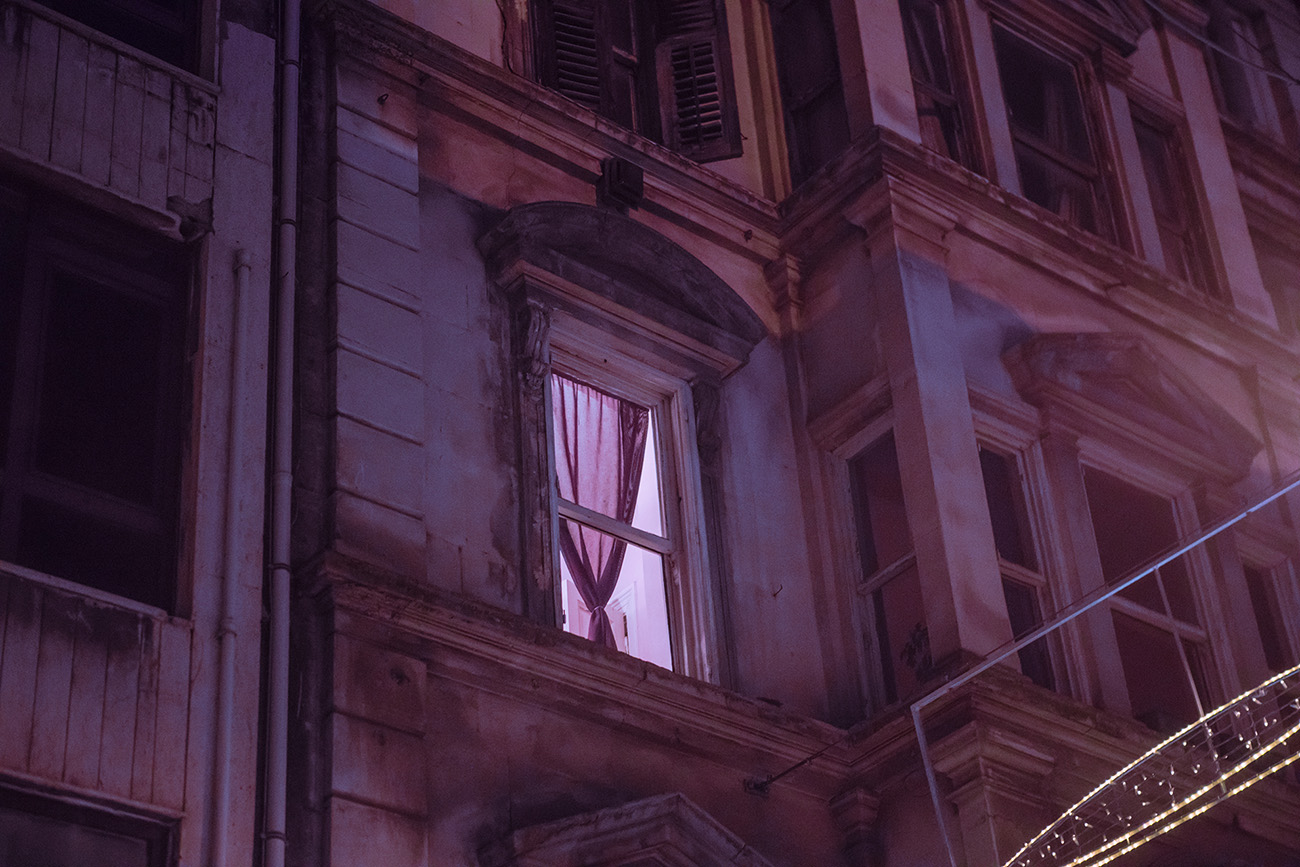
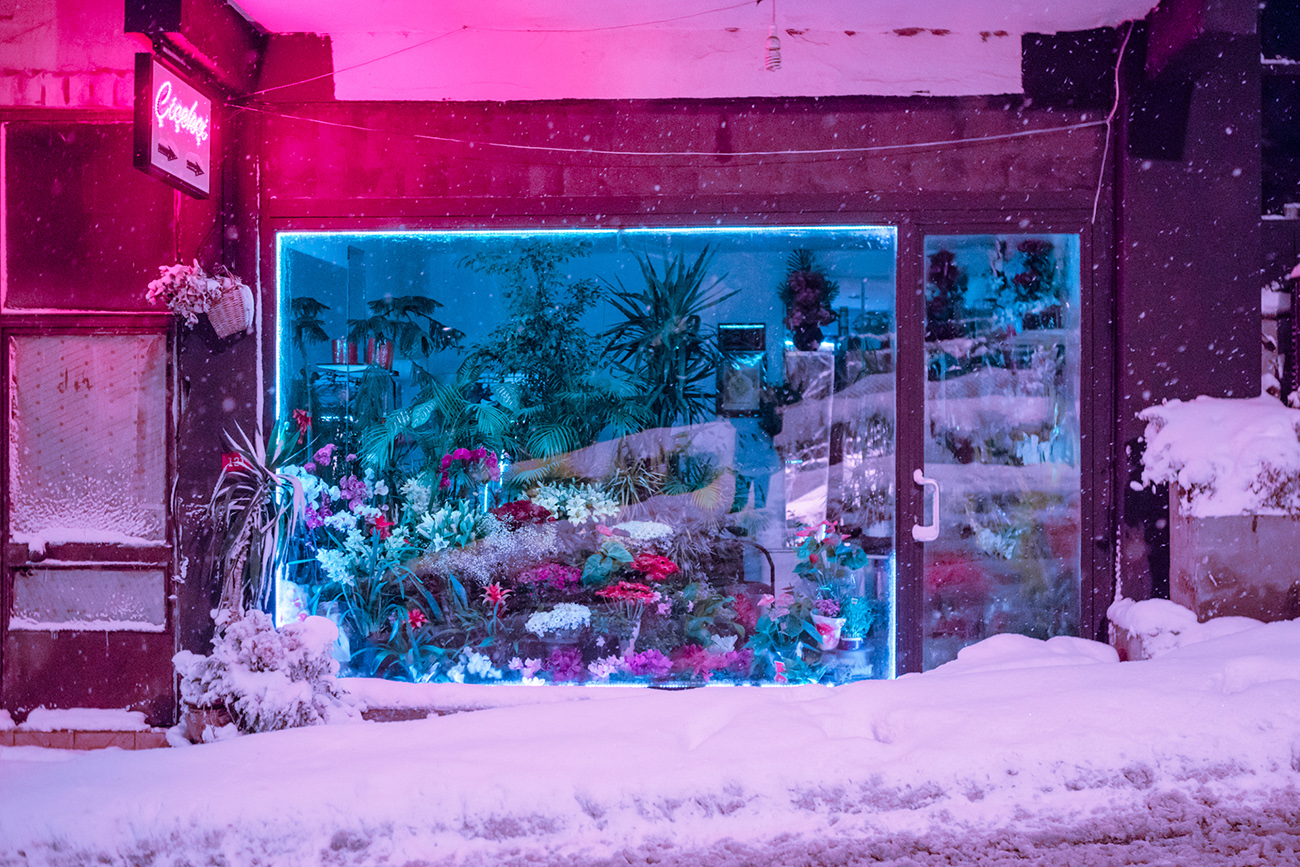
Artist: Elsa Bleda, 2018.
***
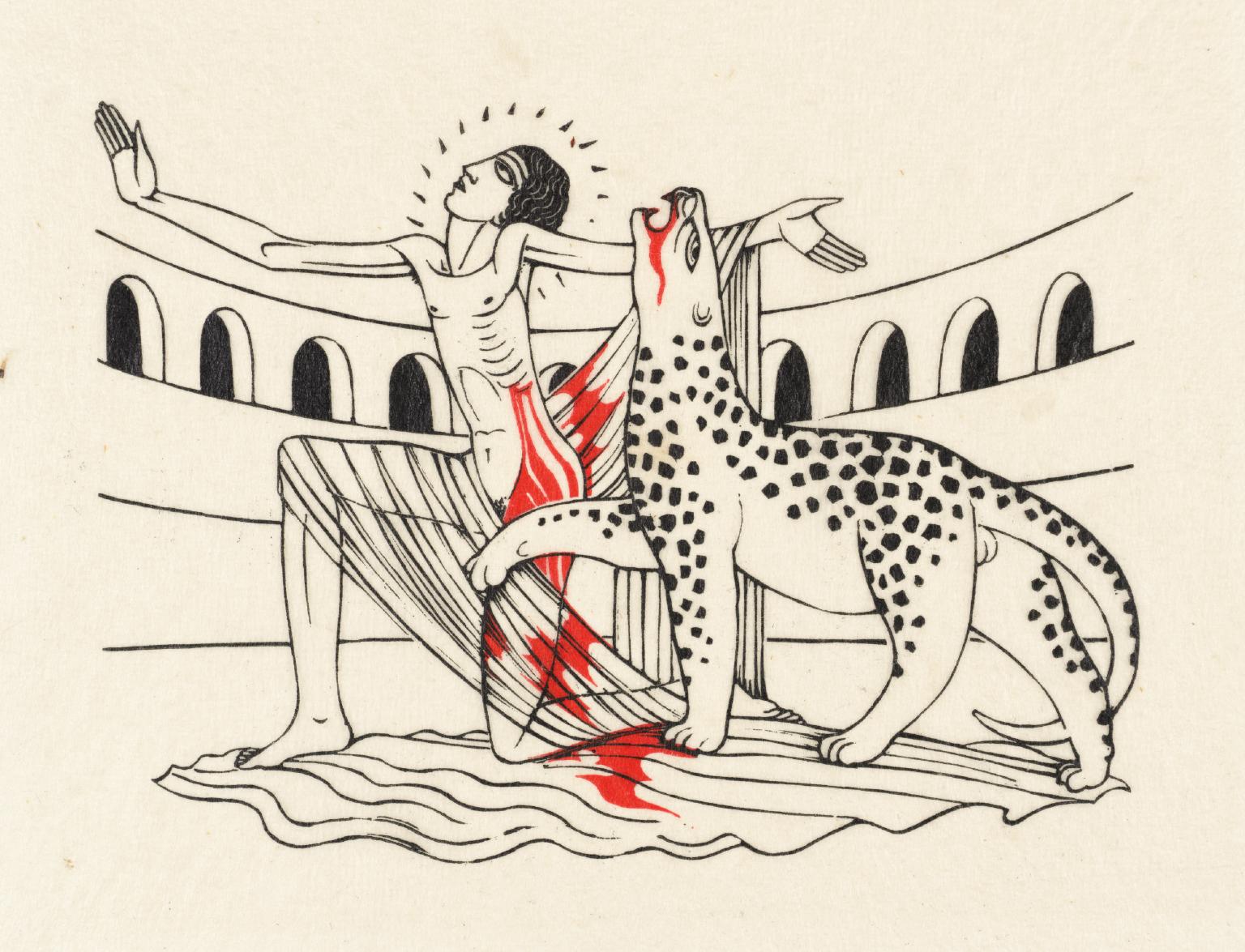
Artist: Eric Gill, 1928.
***
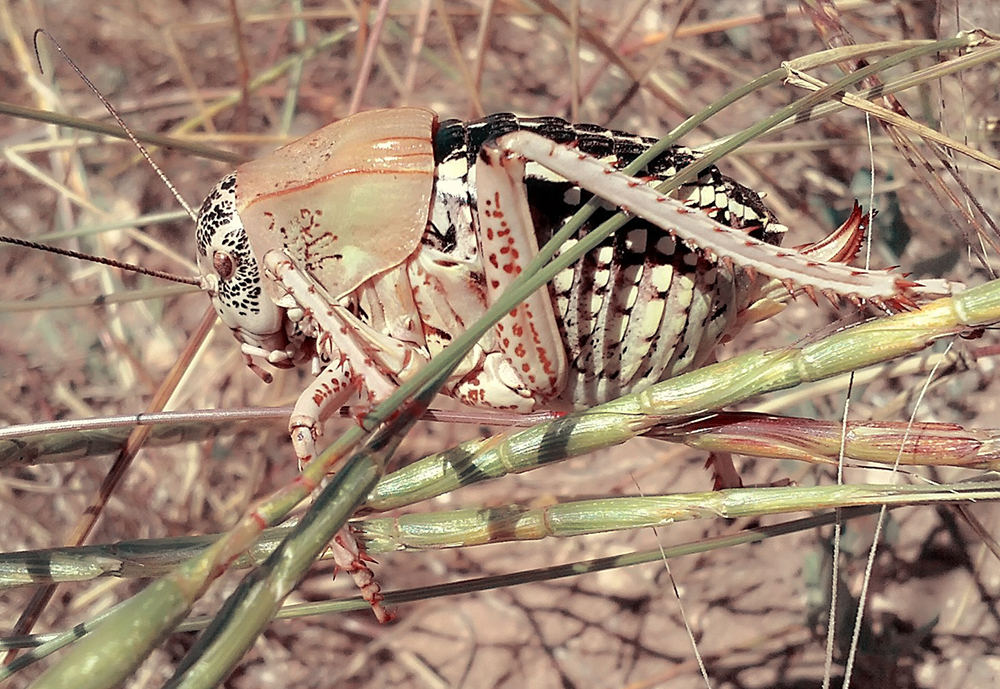
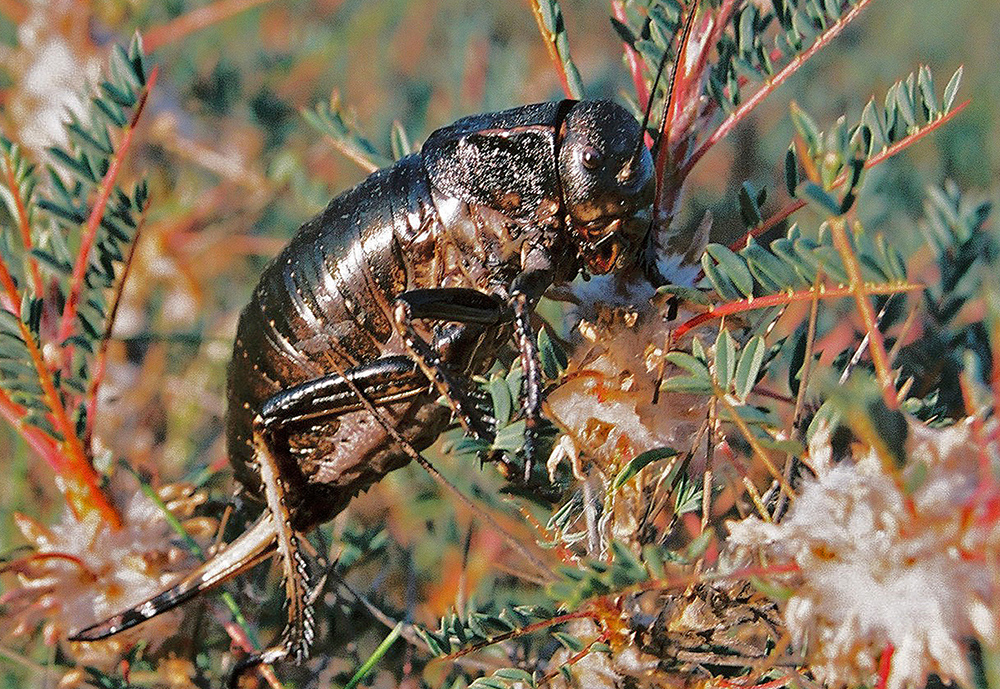
Two species of chunky Eurasian crickets; Callimenus avanos (above), and Callimenus dasypus (below).
***
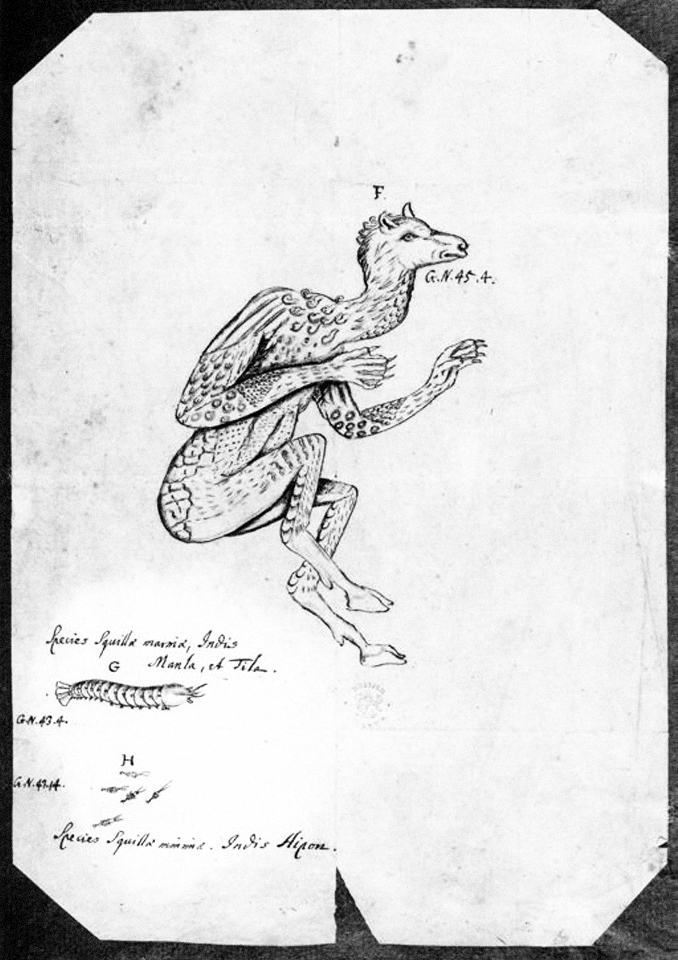
A mysterious animal from the Philippines, referred to only as "mustela" by the 17th-century zoologist Georg Josef Camel.
Source: Raquel A. G. Reyes, “Botany and zoology in the late seventeenth-century Philippines: the work of Georg Josef Camel SJ (1661–1706)”
Archives of natural history 36 (2): 262–276. 2009.
***
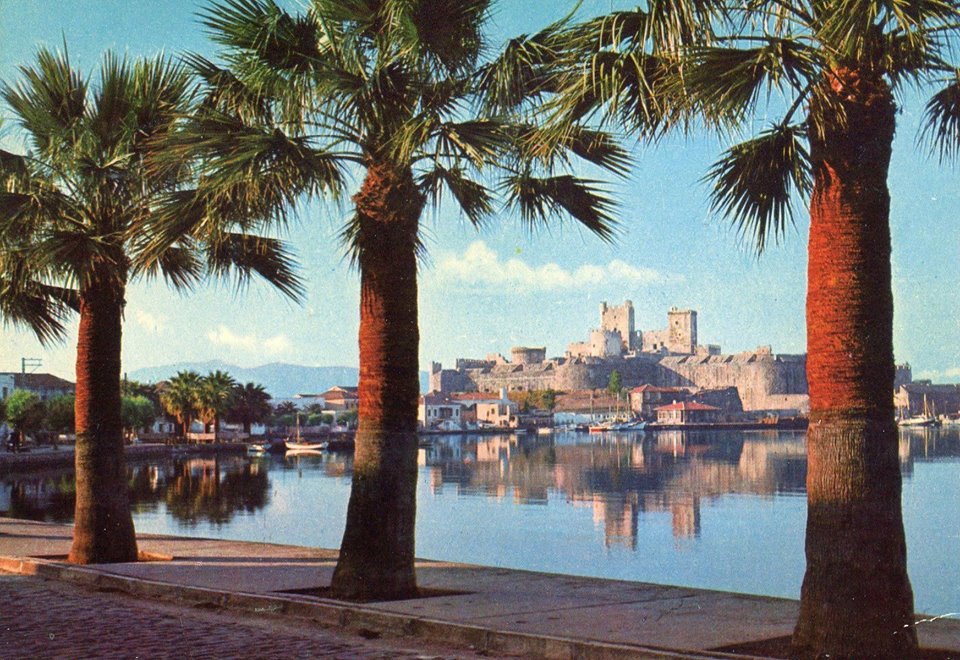
A late-1970s postcard from Bodrum, a touristic town in southwestern Turkey.
***
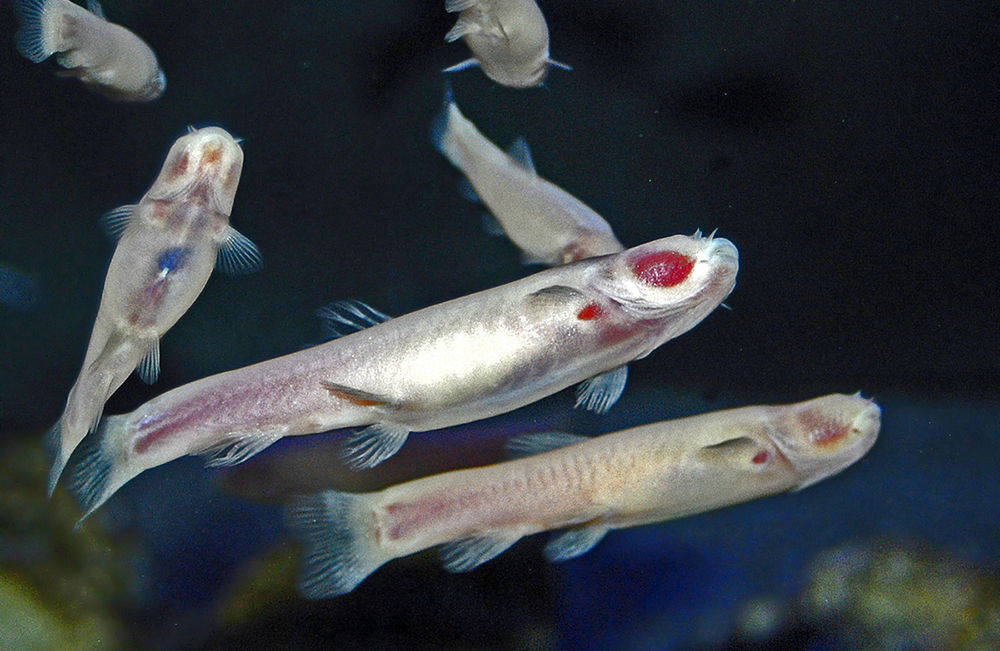
Photo credit: Wikipedia / "Hectonichus"
***
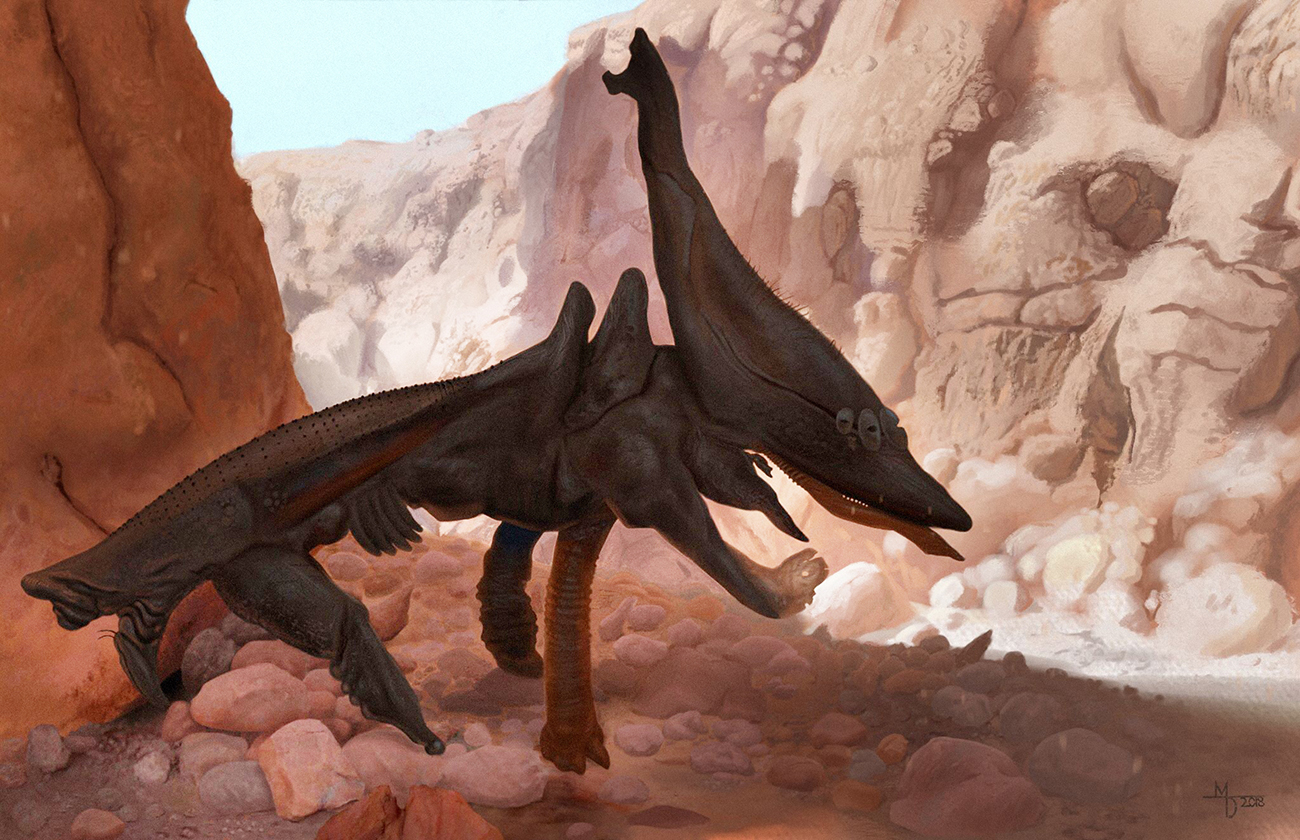
Artist: Midiaou Diallo, 2018.
***
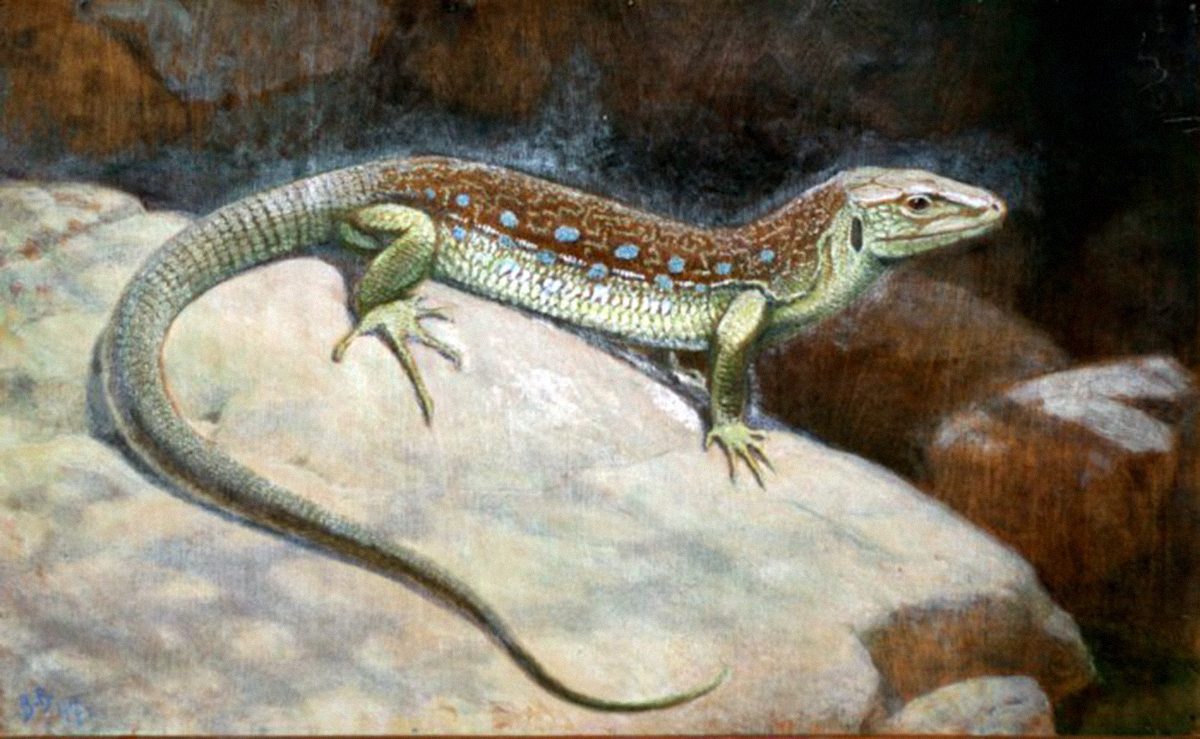
Artist: Vasily Vatagin, 1946.
***
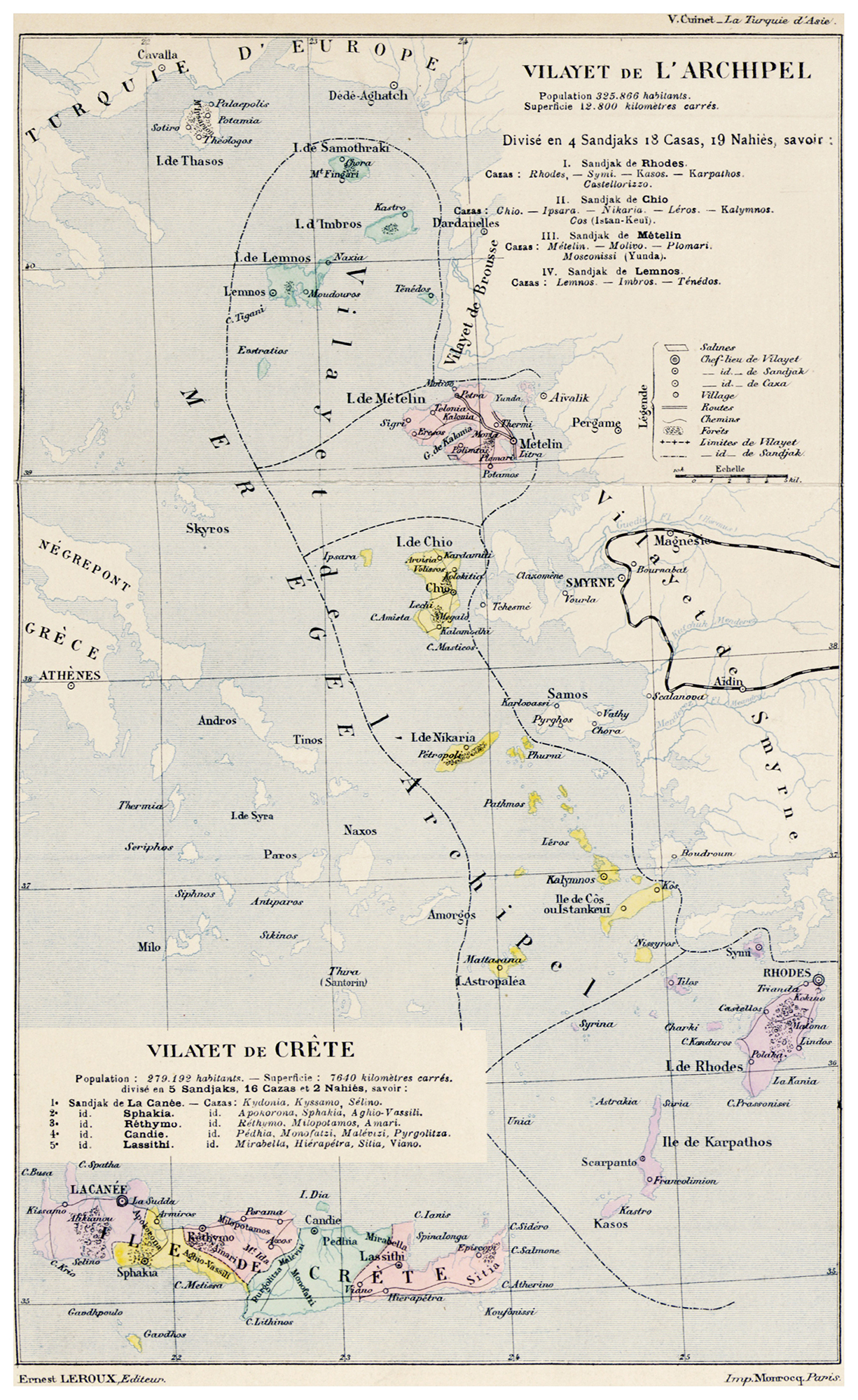
A French map showing the Late-Ottoman vilayets (provinces) of Crete and the Aegean Archipelago.
Source: Vital Cuinet, La Turquie s'Asie - Tome III Provinces des Îles de l'Archipel et de la Crète, Isis Books, Istanbul, 2001.
***
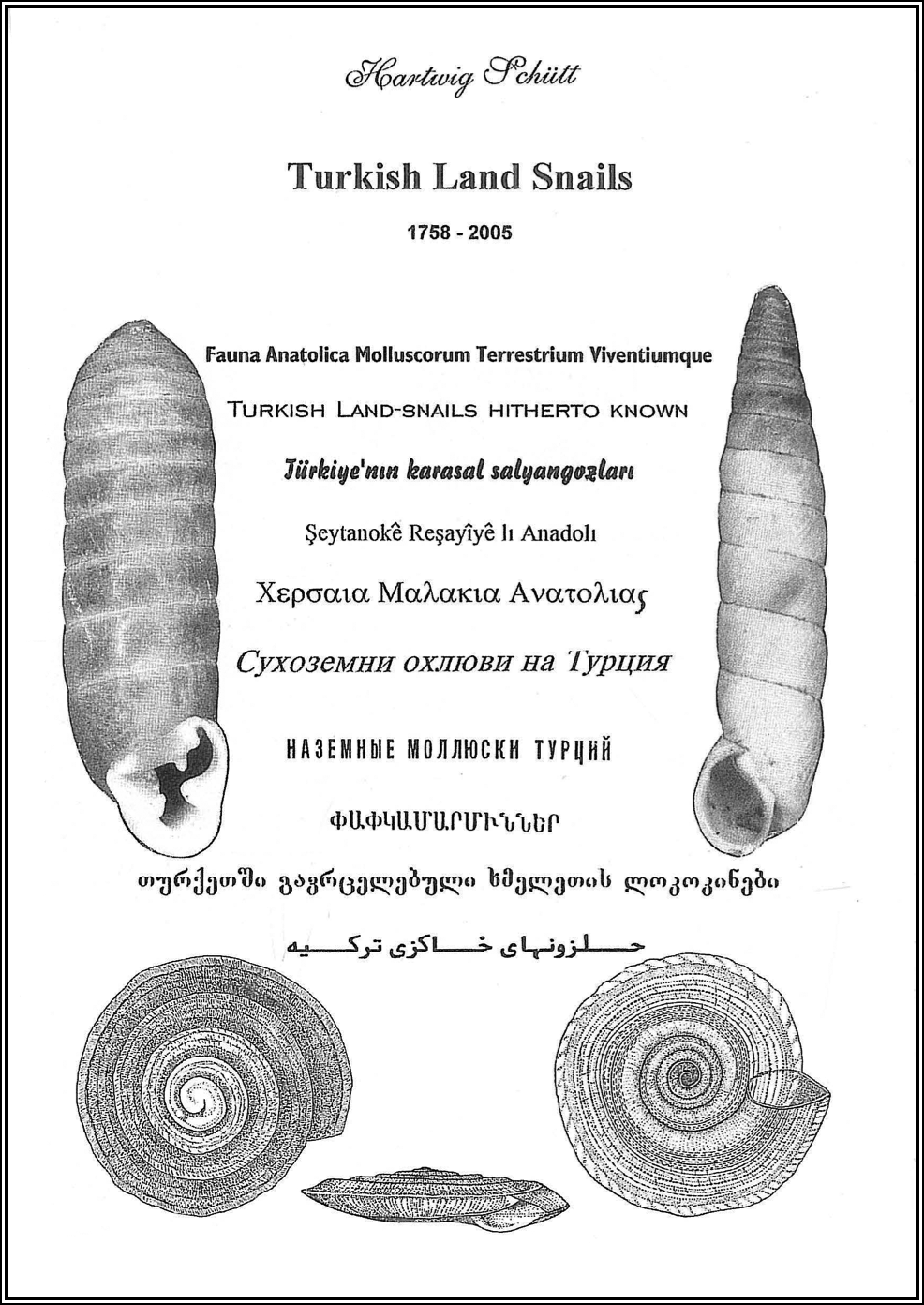
Title page of Turkish Land Snails, the most comprehensive volume on the subject, typeset in all languages of the region.
Source: Hartwig Schütt, Turkish Land Snails, Verlag Natur & Wissenschaft, Solingen, 2010.
***
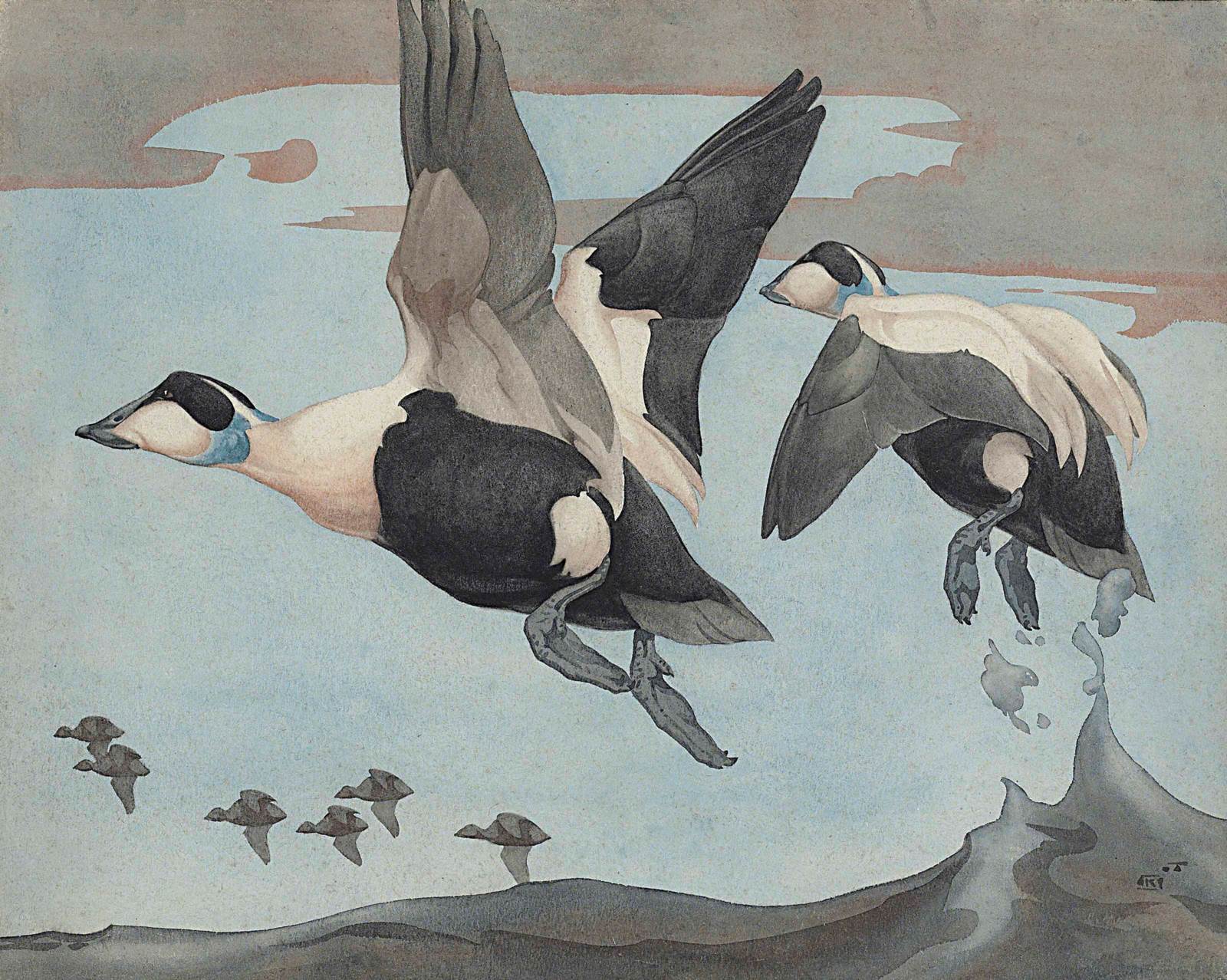
Artist: Richard Talbot Kelly.
***
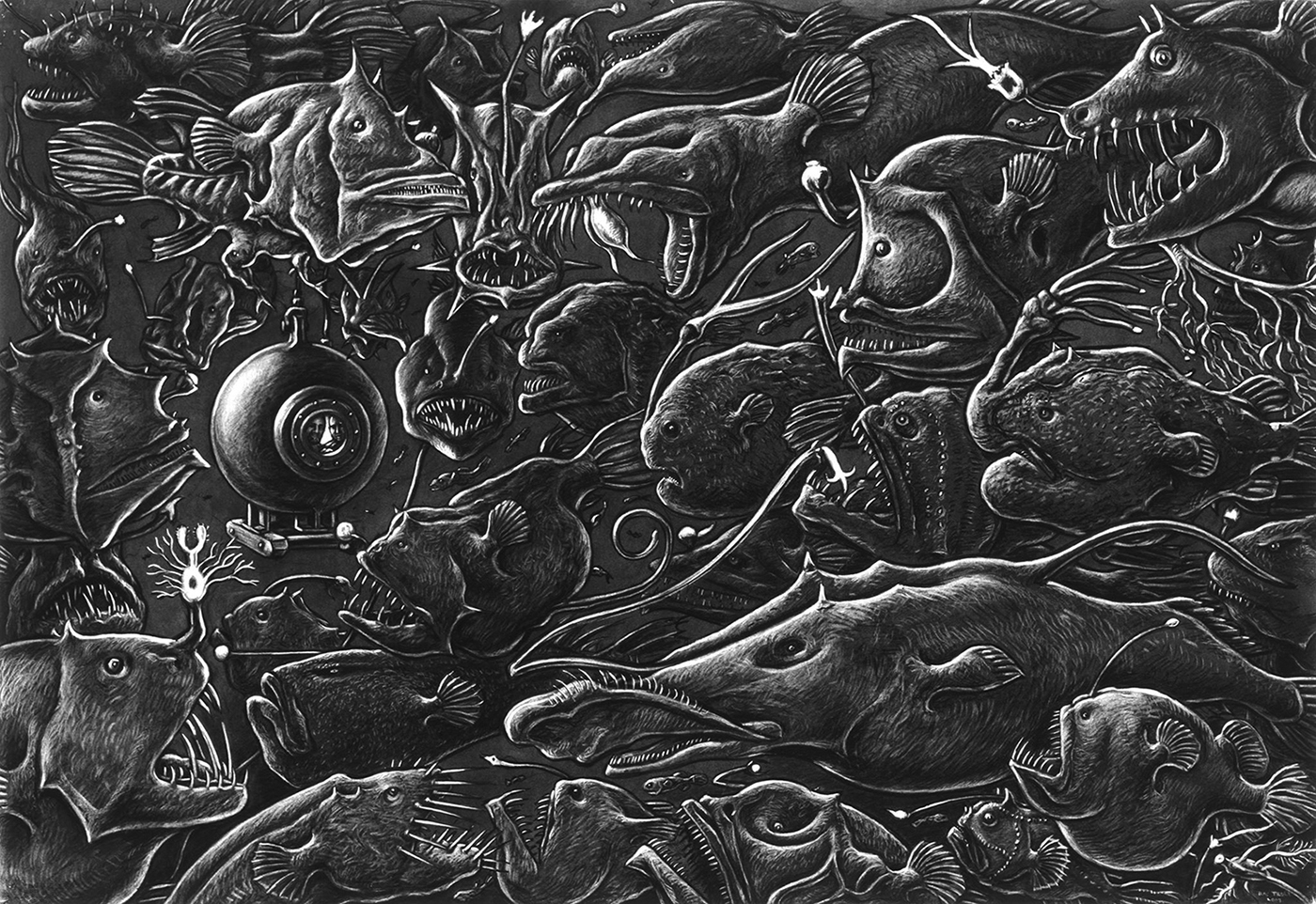
Painting illustrating the diversity of anglerfish - every form seen here is an extant creature!
Artist: Ray Troll, 2003.
***
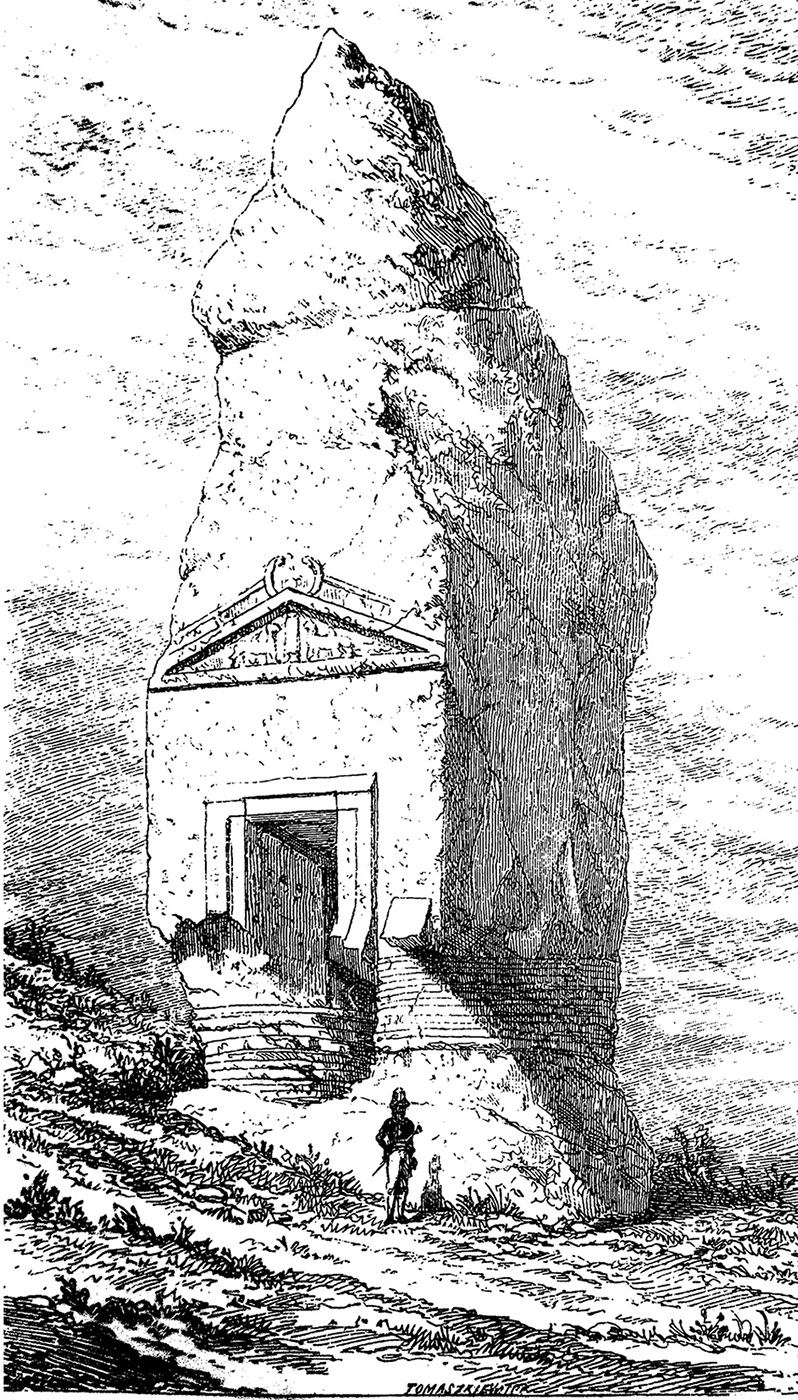
An engraving showing the ancient "Arslankaya" monument, a relic of Phrygian civilisation.
Source: Journal of Hellenic Studies, 1884.
***
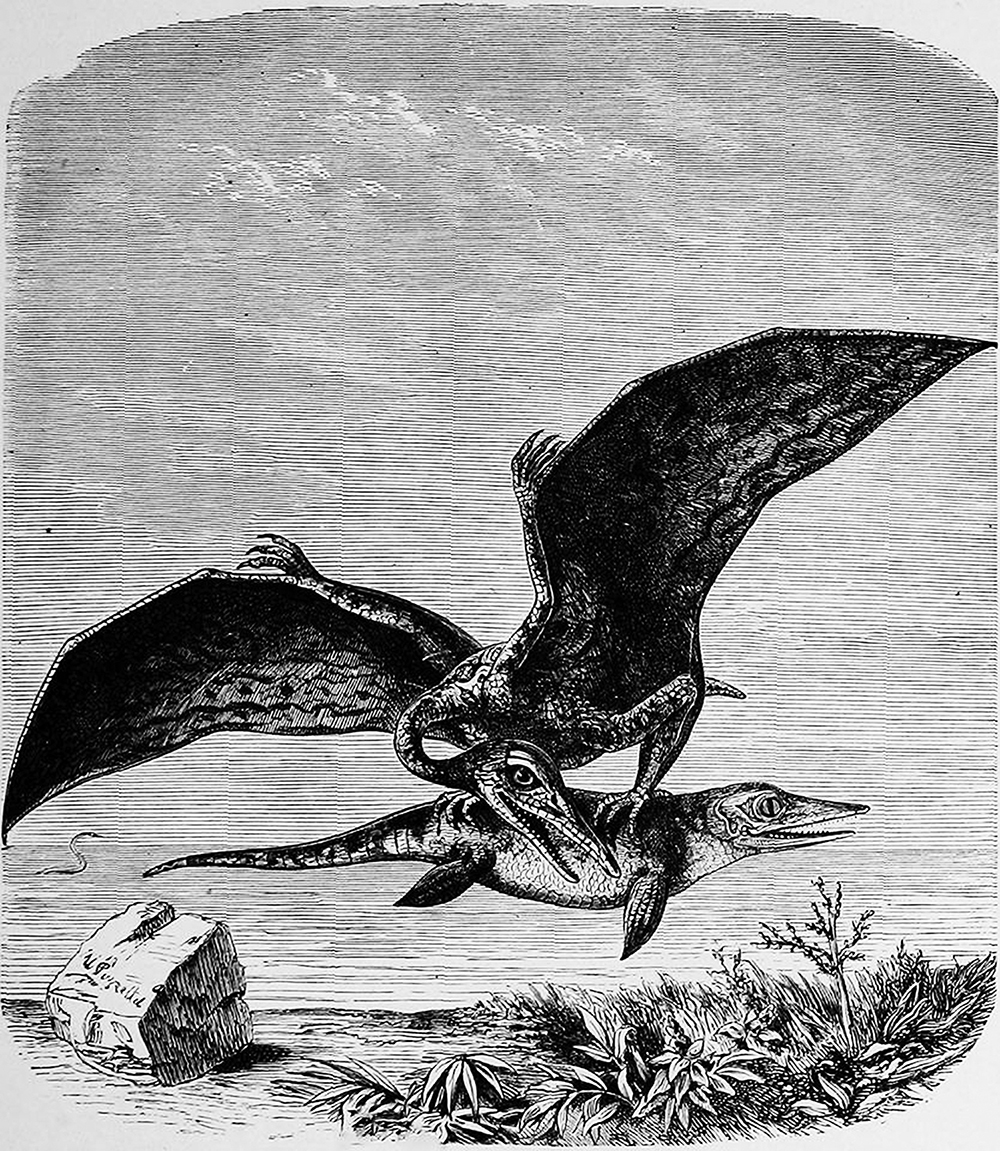
A lizard-like pterosaur battles a crocodile-like ichthyosaur.
Artist: V. Bertaud, 1866.
***
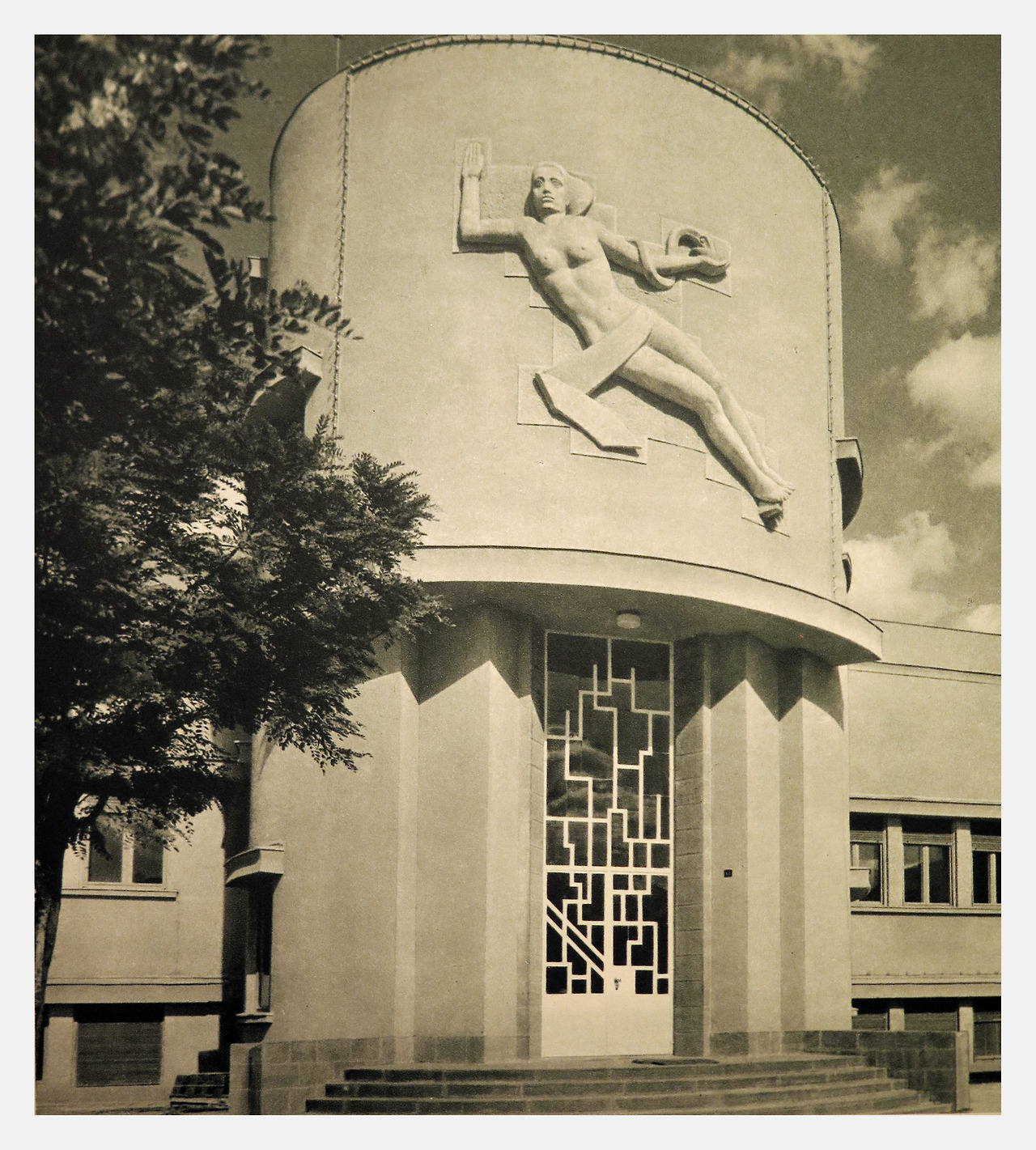
The gateway of the National Health Institute in Ankara, Turkey.
Source: Othmar Pferschy, Fotoğrafla Türkiye [Turkey in Pictures], Matbuat Umum Müdürlüğü, Ankara, 1936.
***
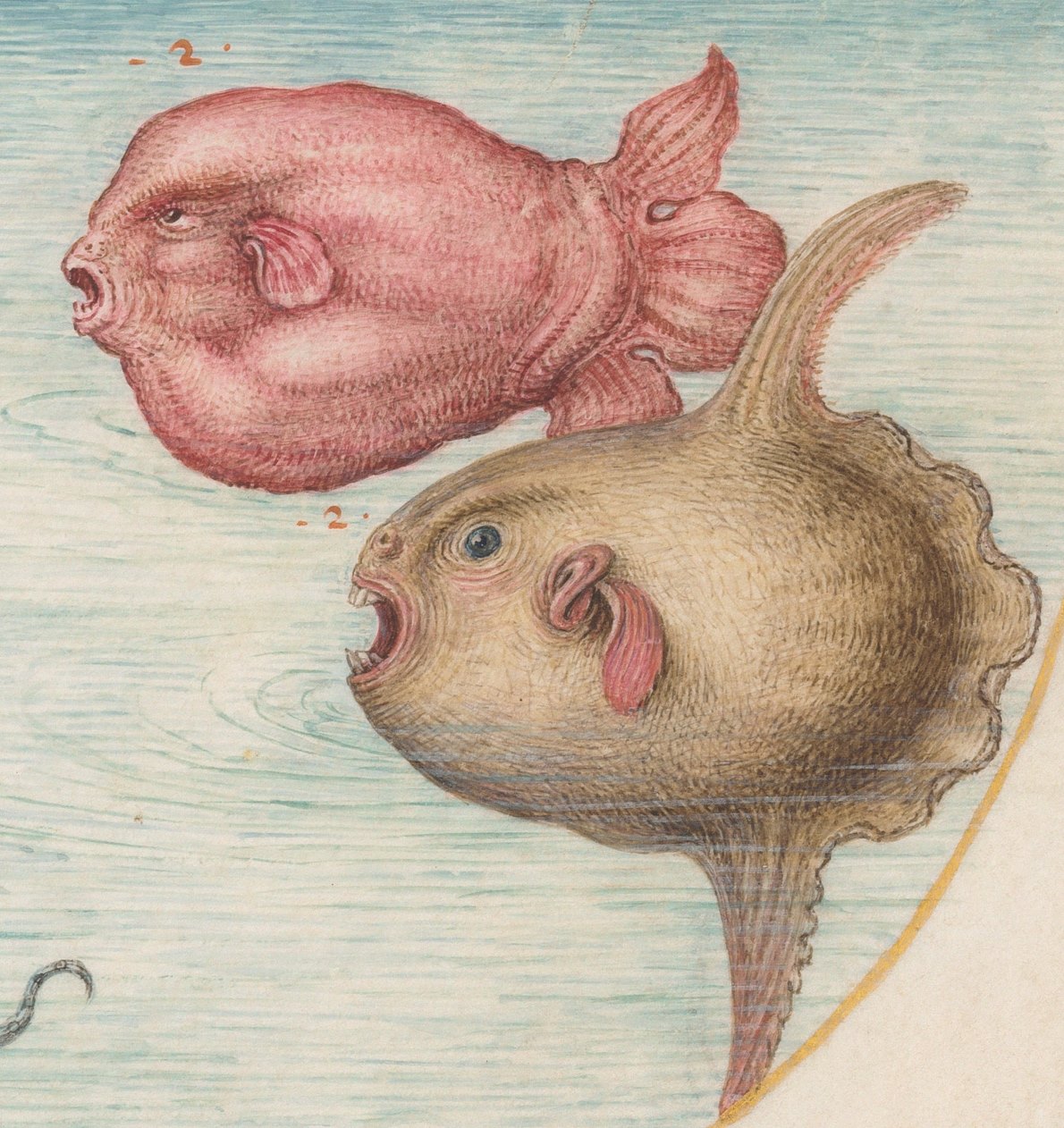
Renaissance-era book drawing of sunfish, Molidae sp.
***
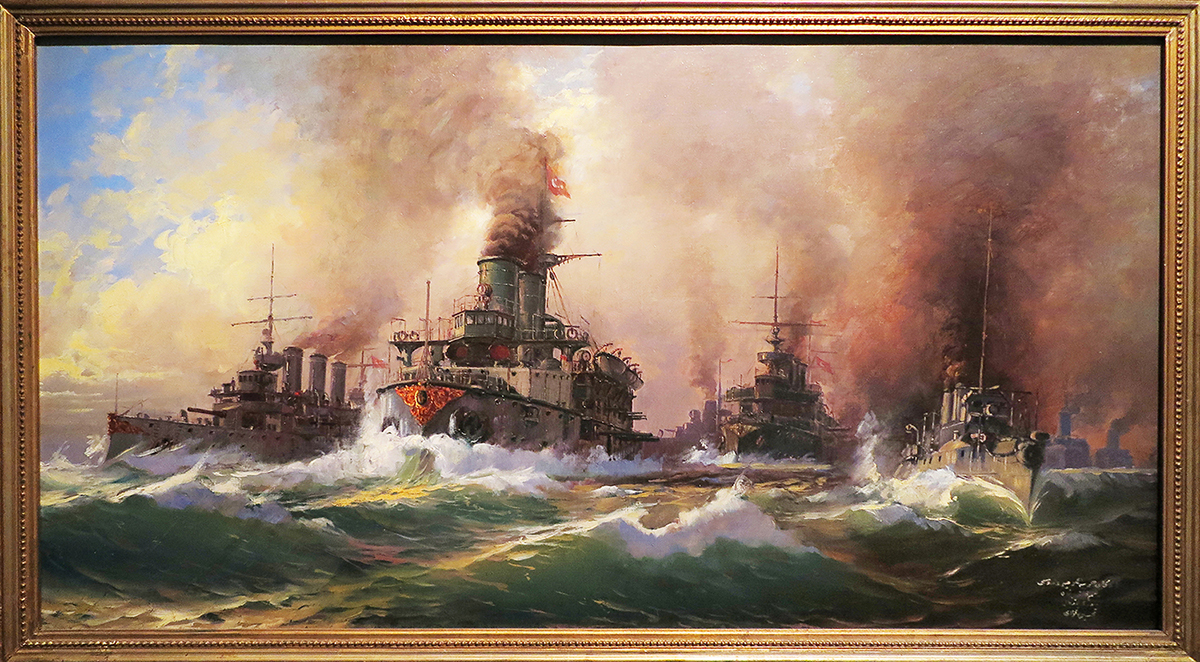
Painting by Diyarbakırlı Tahsin Siret, an Ottoman naval artist of the late 1800s.
***
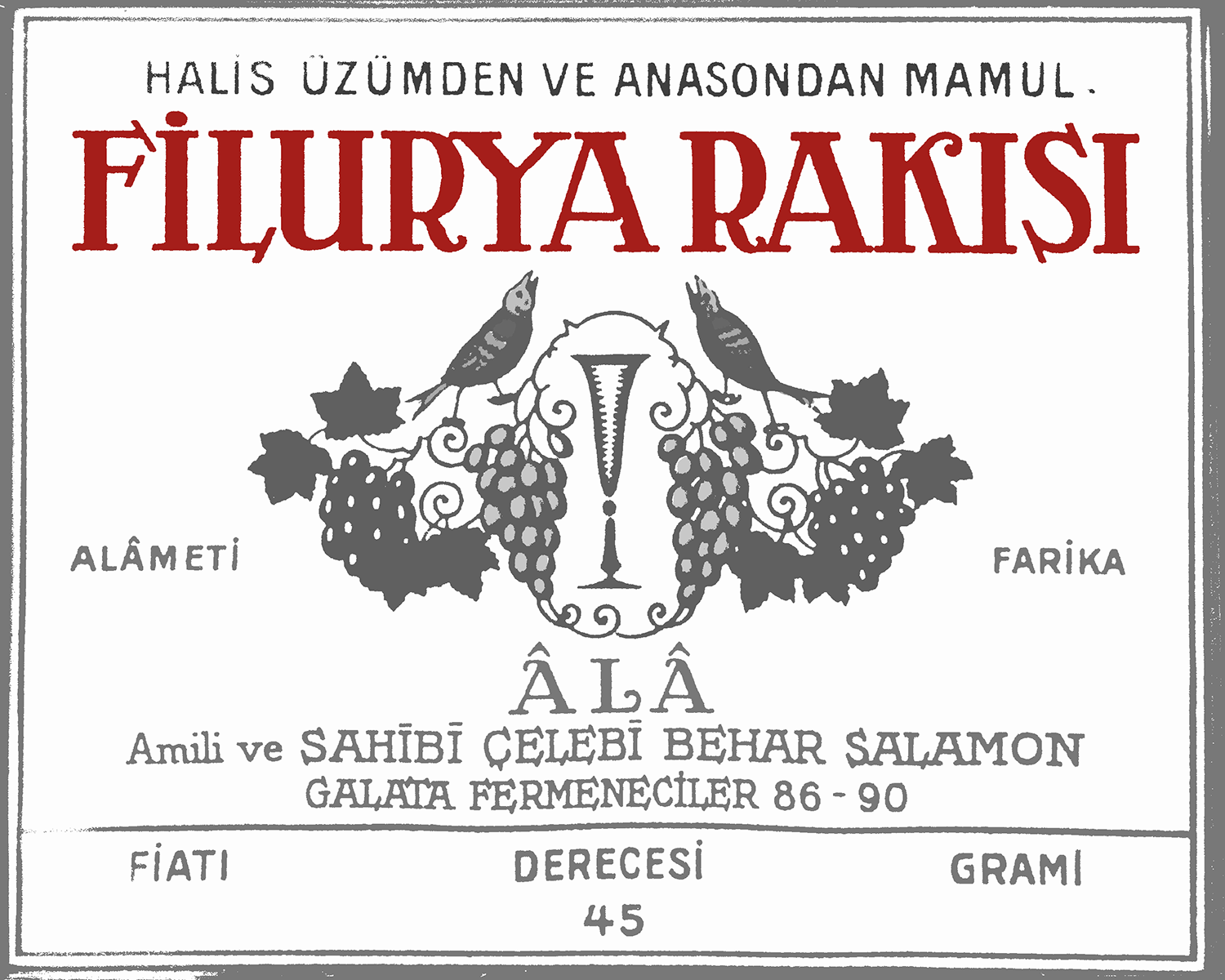
The label and brand of the Filurya [green finch] Rakı, an aniseed-based alcoholic drink from Turkey of the 1930s.
There were many brands of “rakı” in Turkey, but Filurya was distinct in being owned by Çelebi Behar Salamon, a member of the country’s Jewish community.
***
The rights of images on this page belong to their respective owners - if applicable.
They have been reproduced here for non-commercial purposes.
Contact c.m.kosemen@gmail.com for inquiries.
